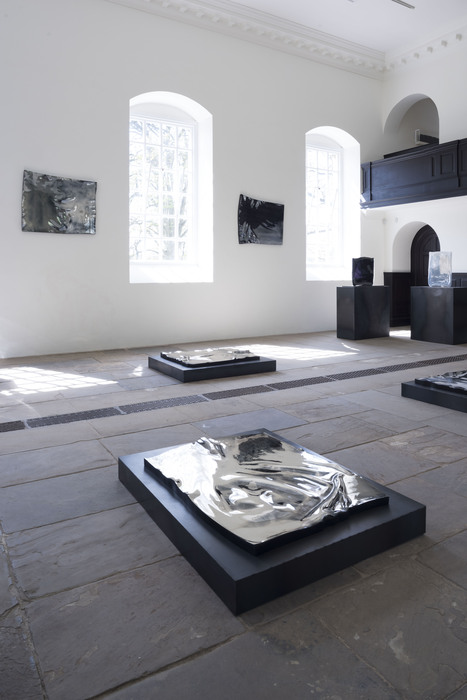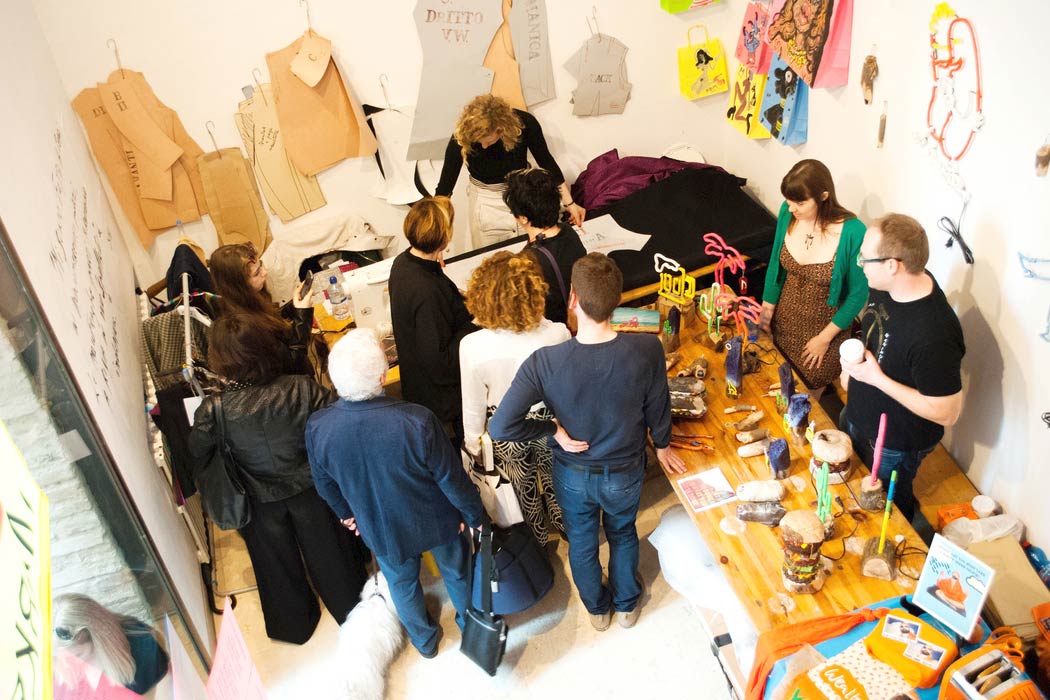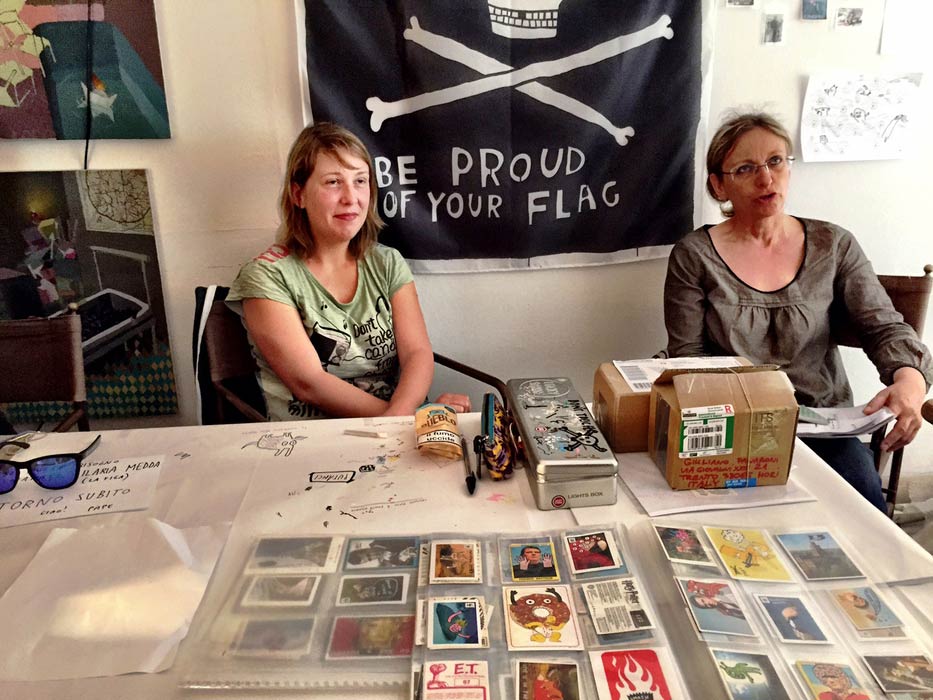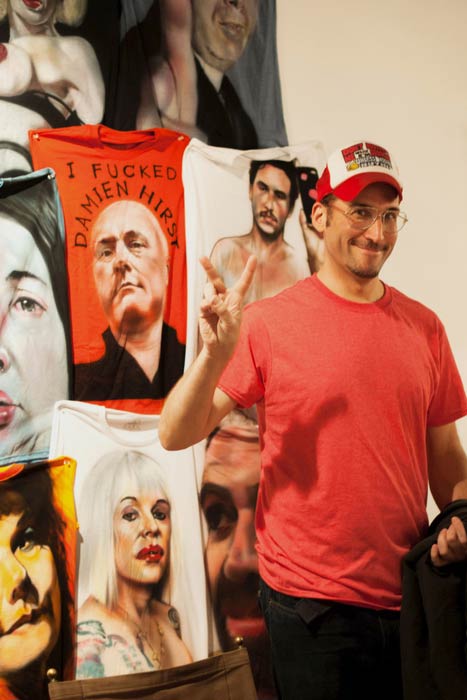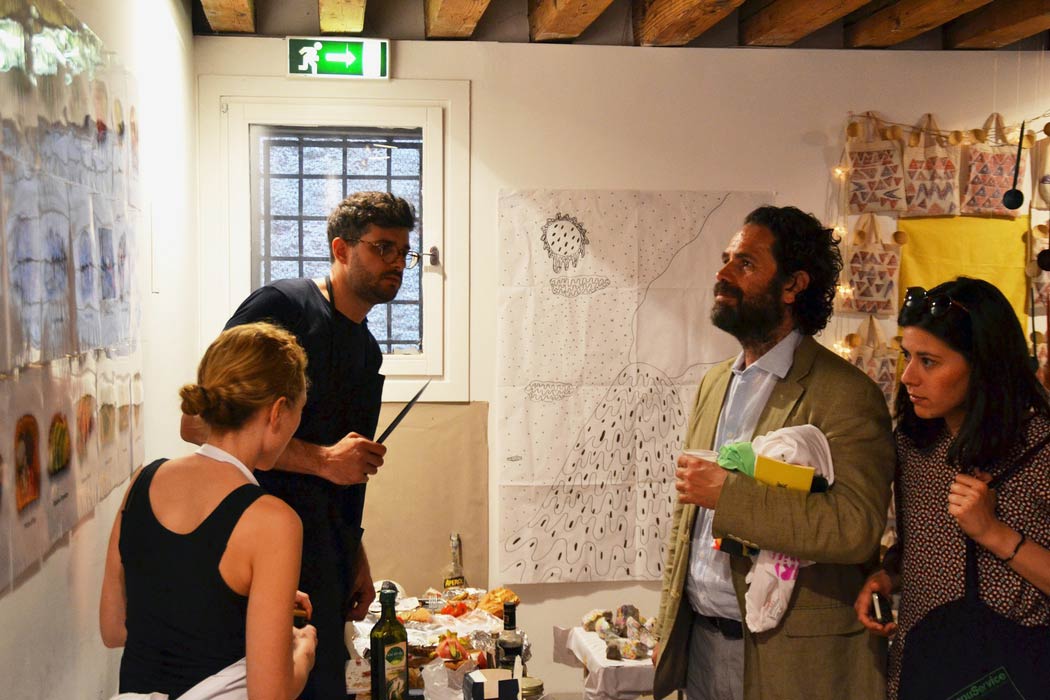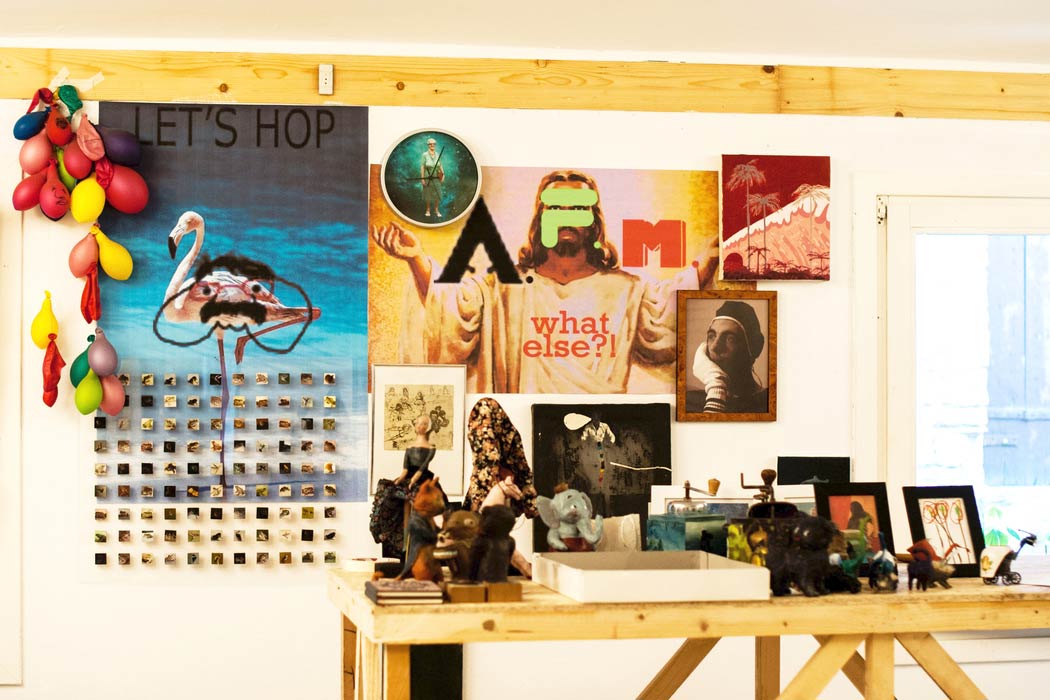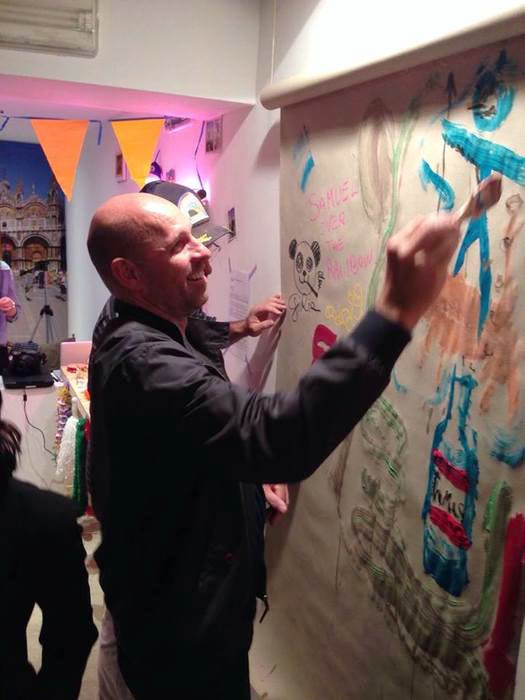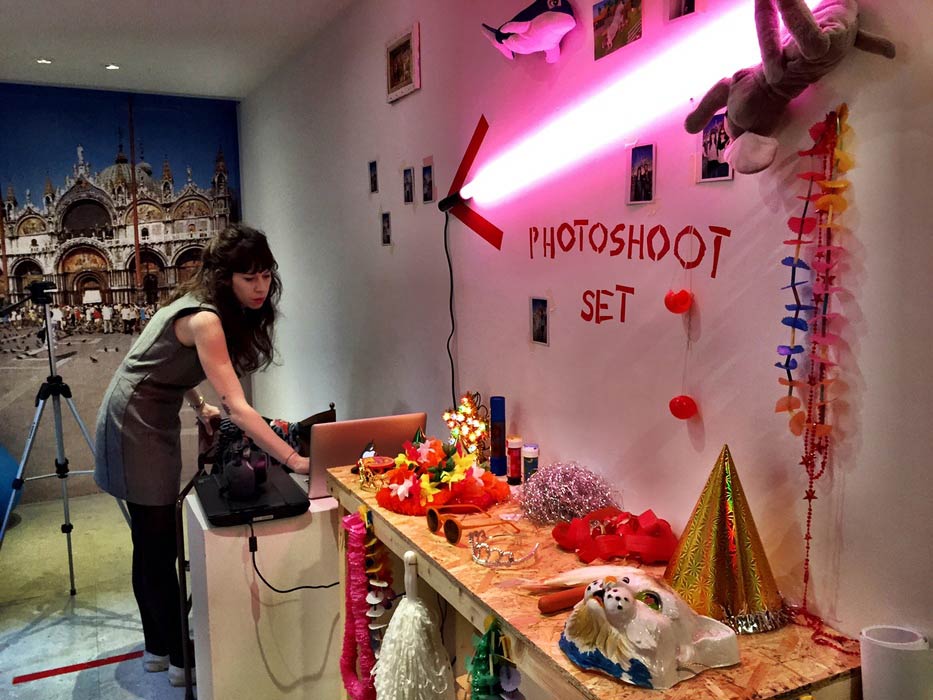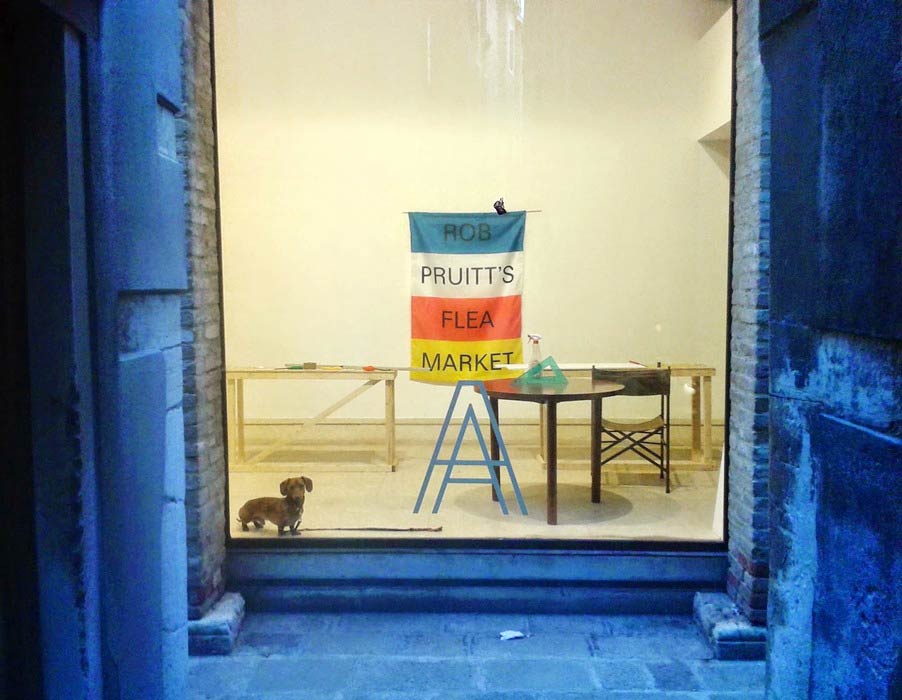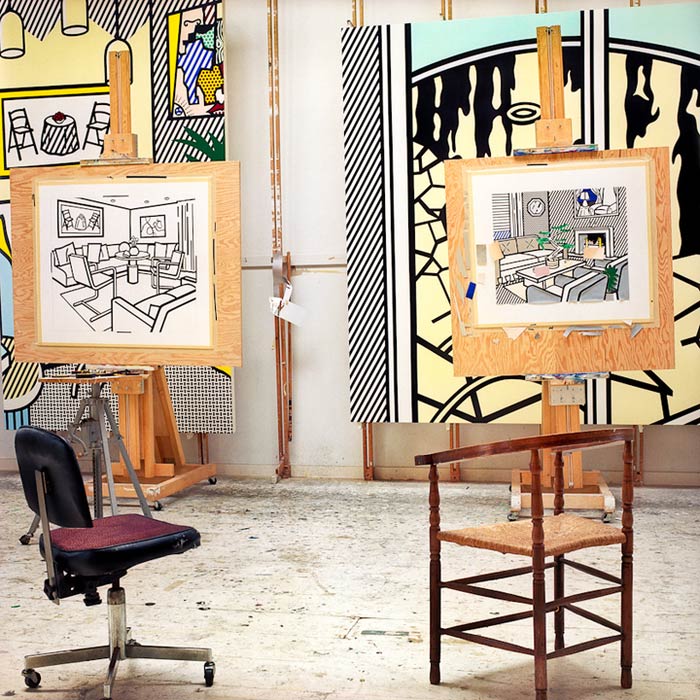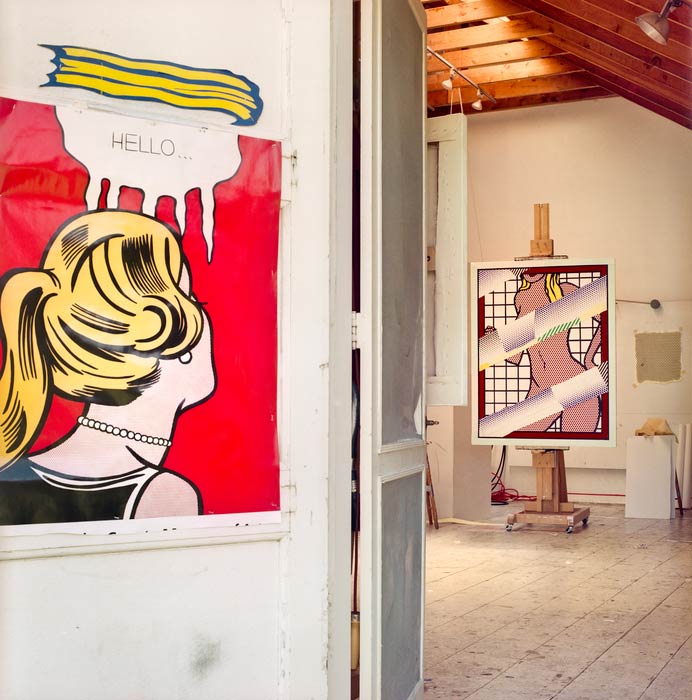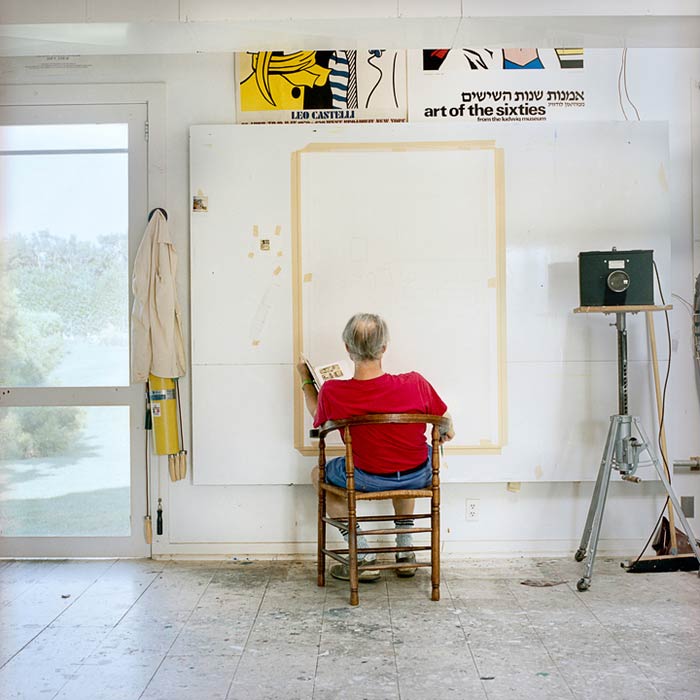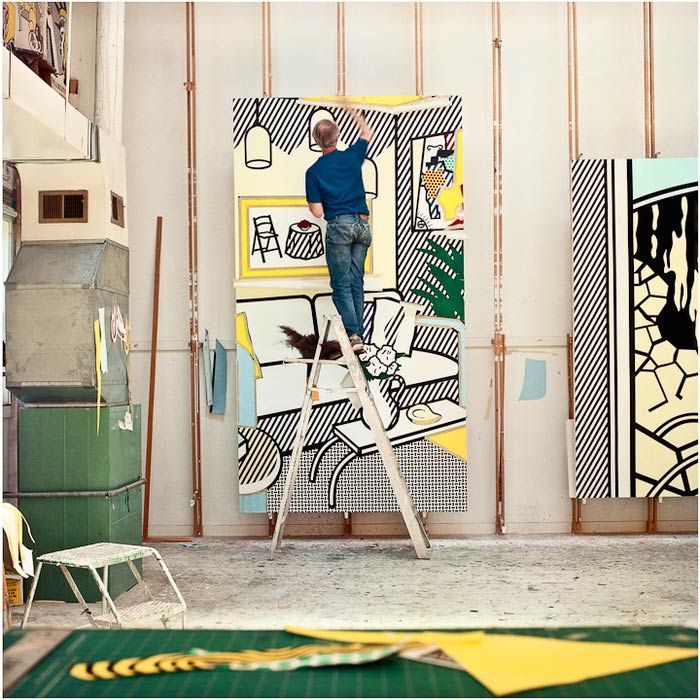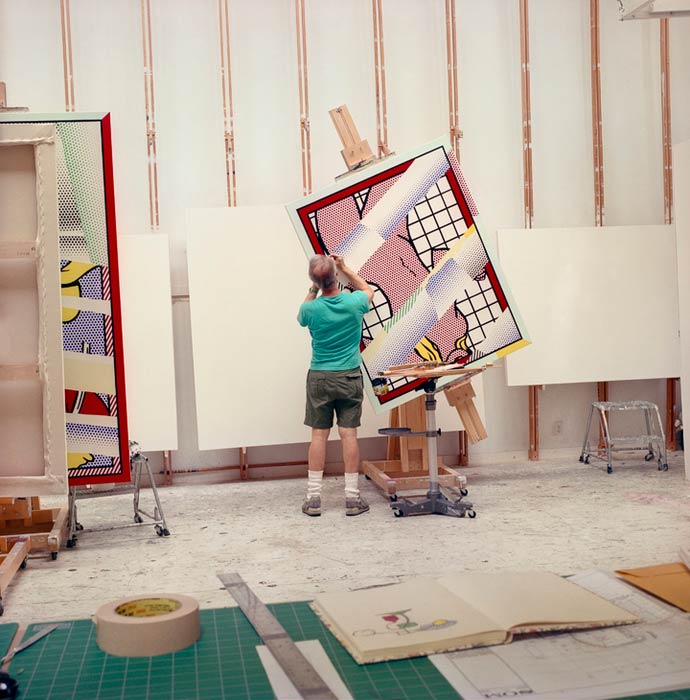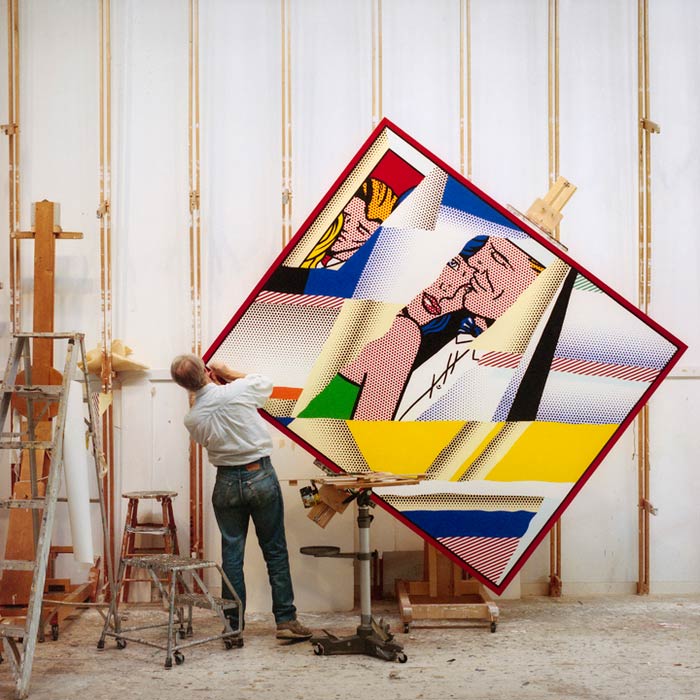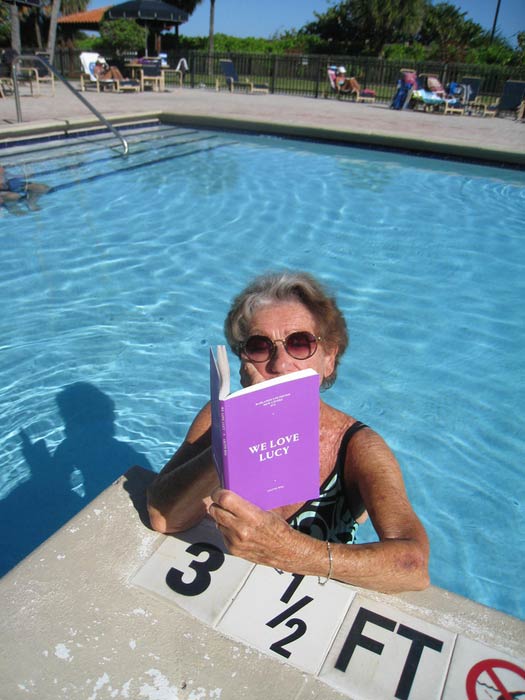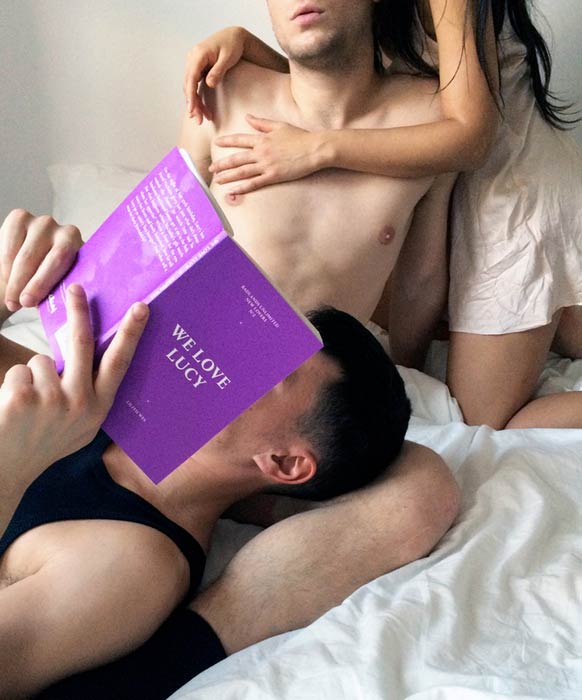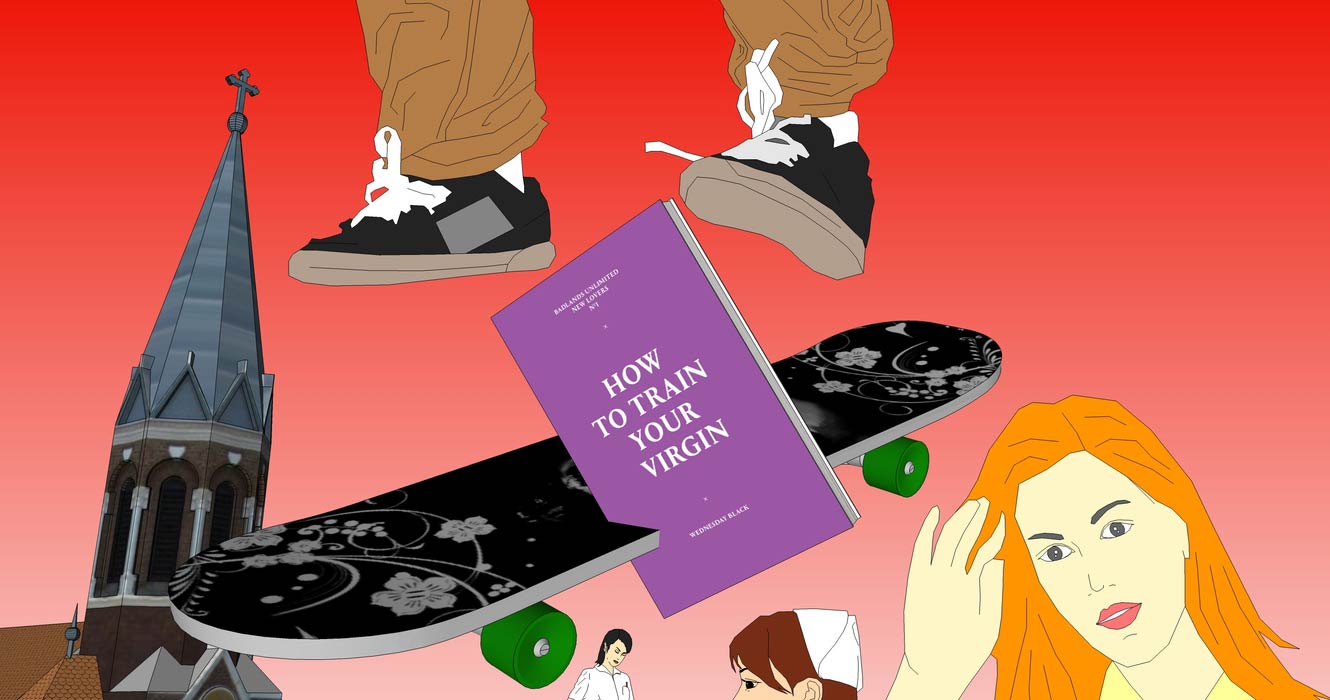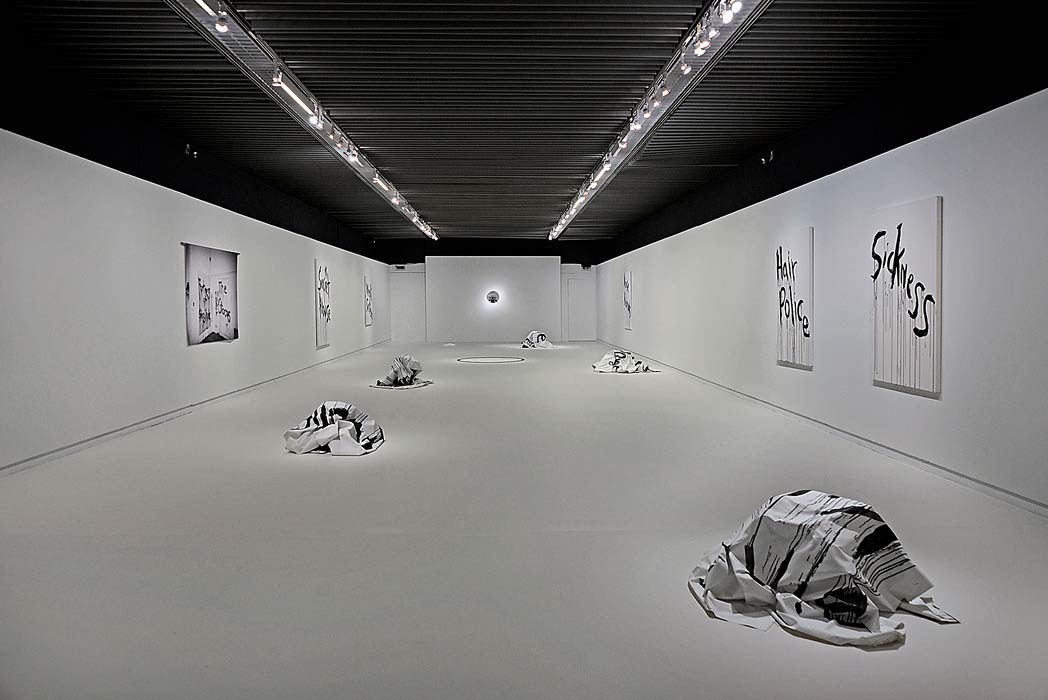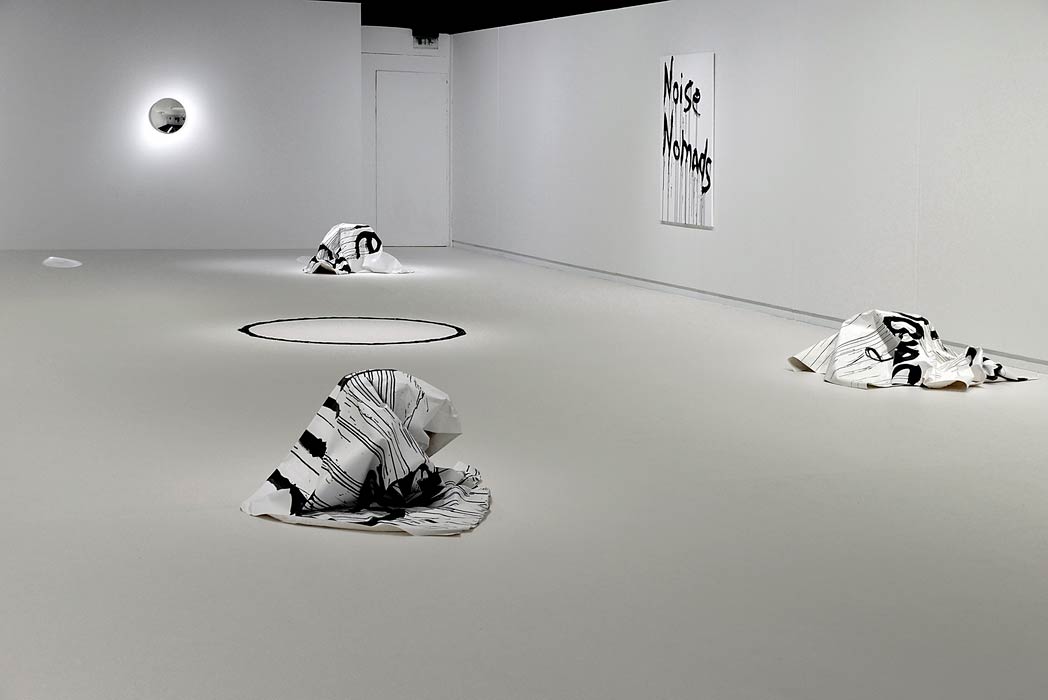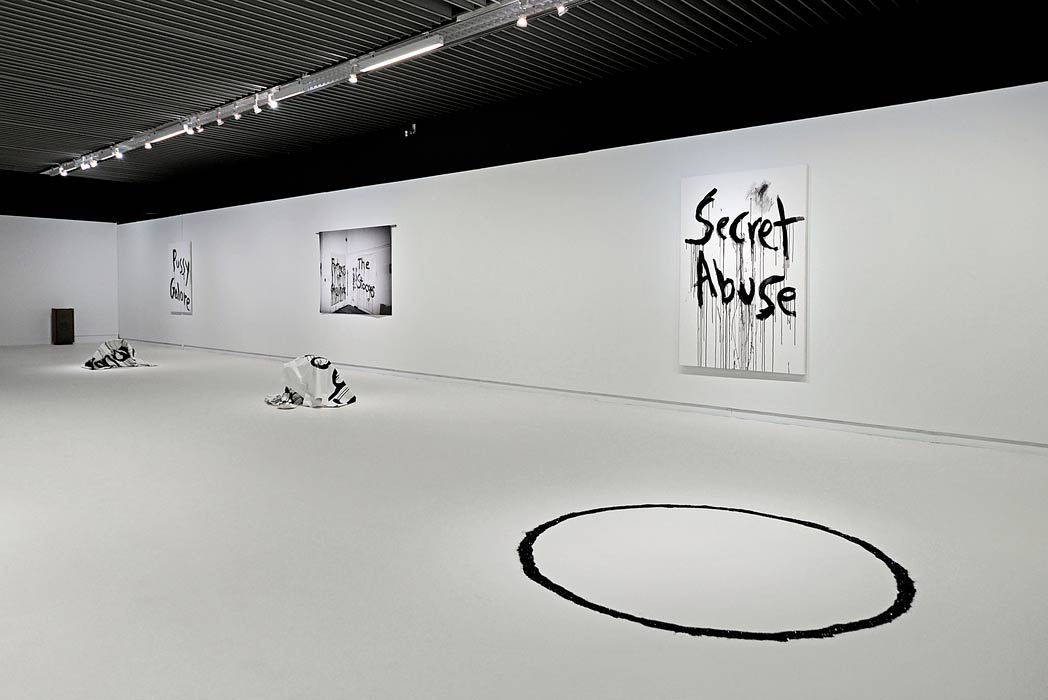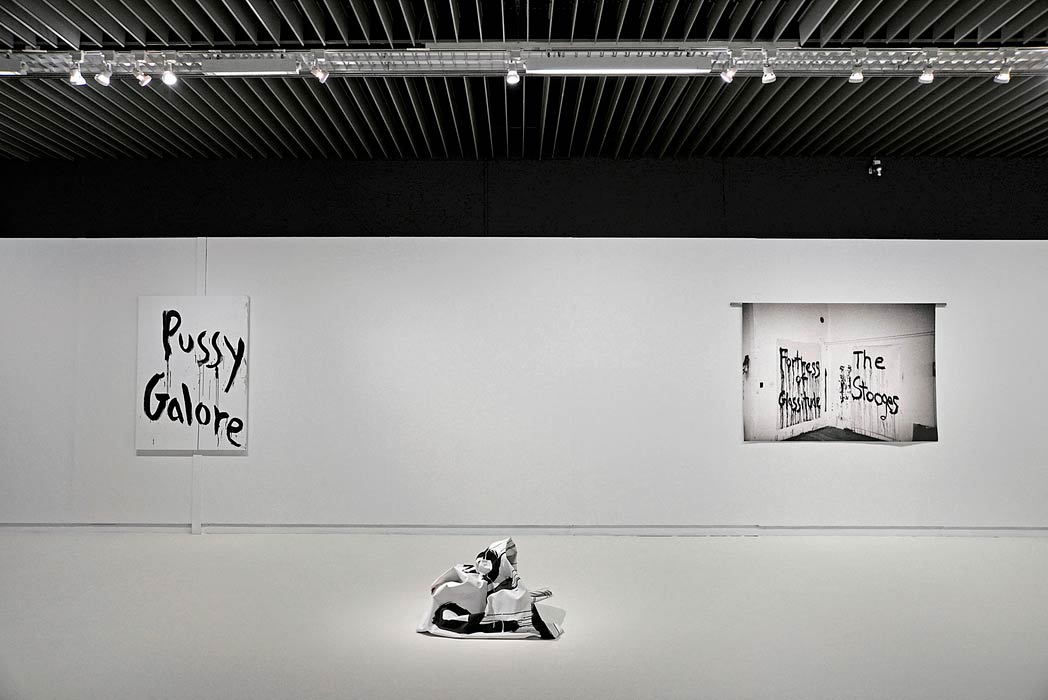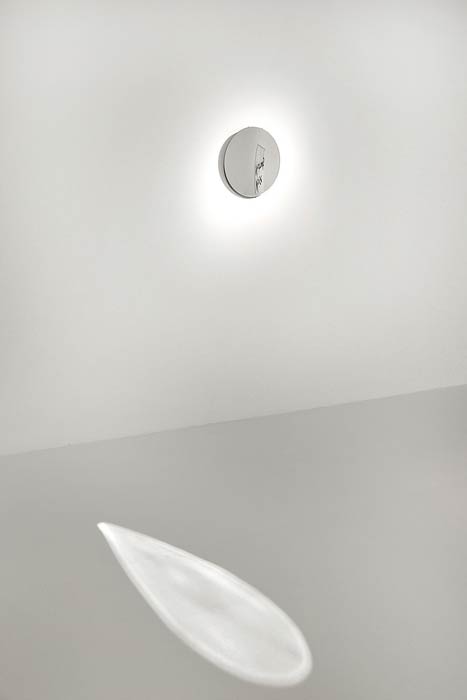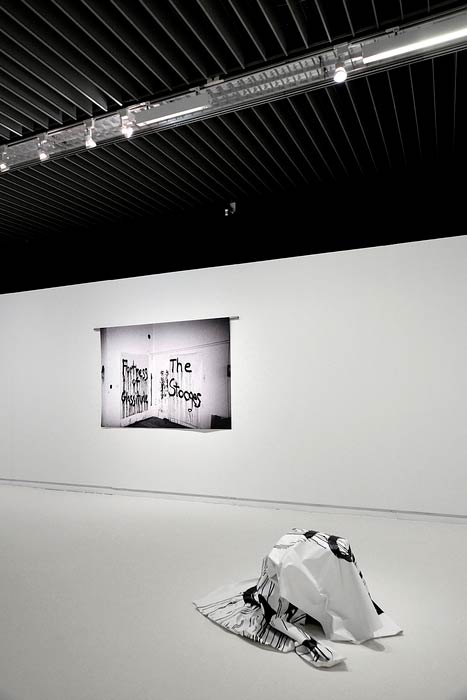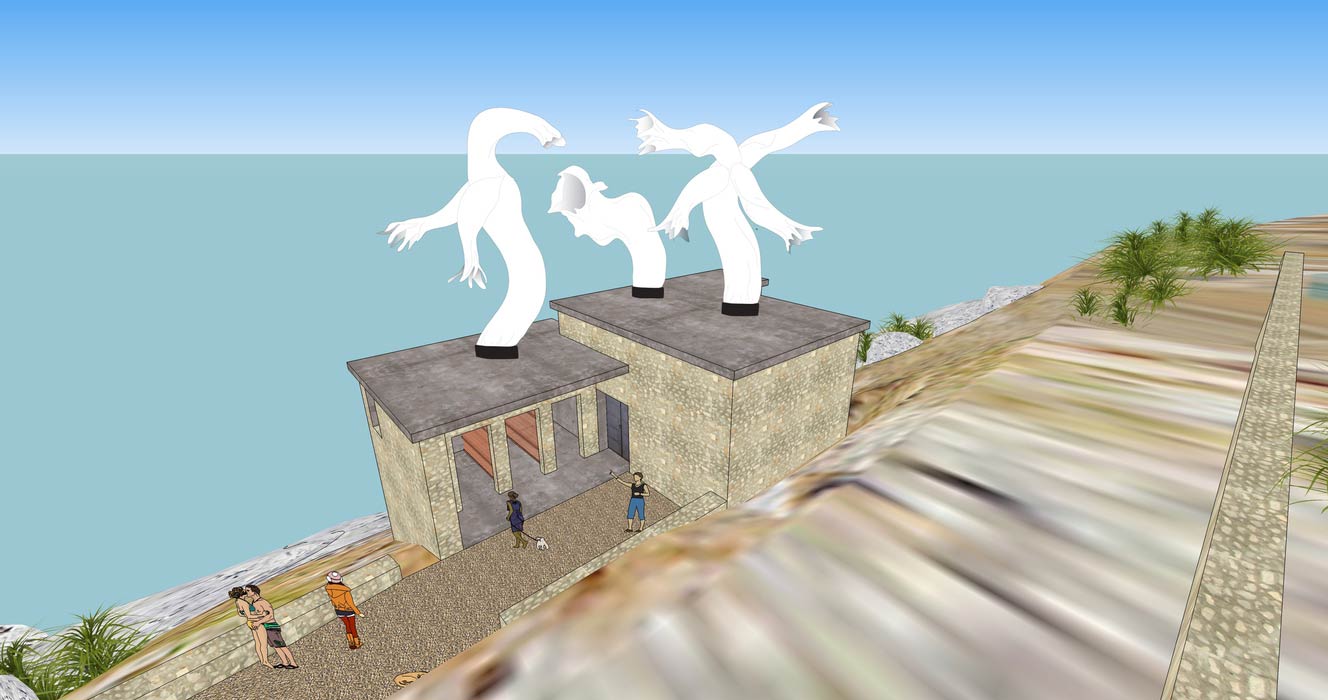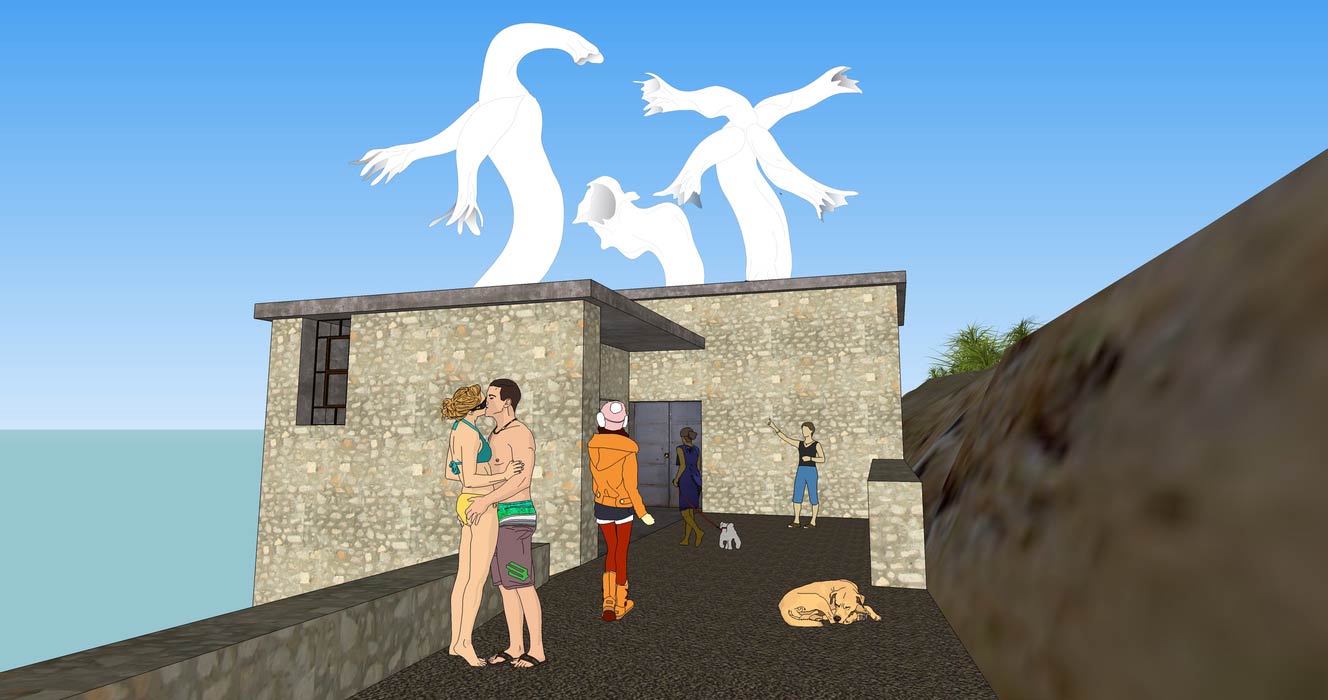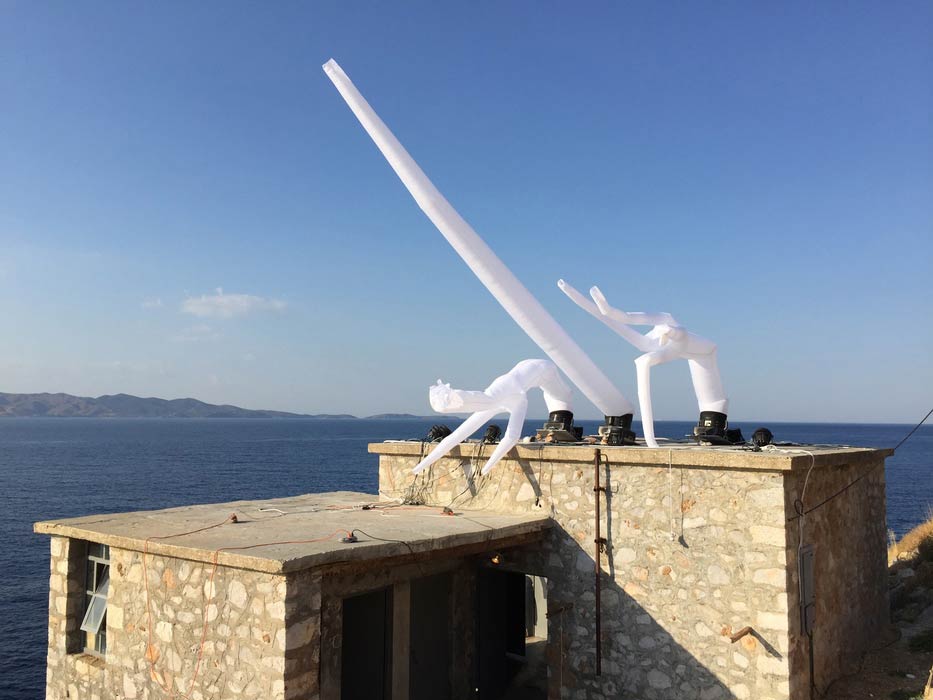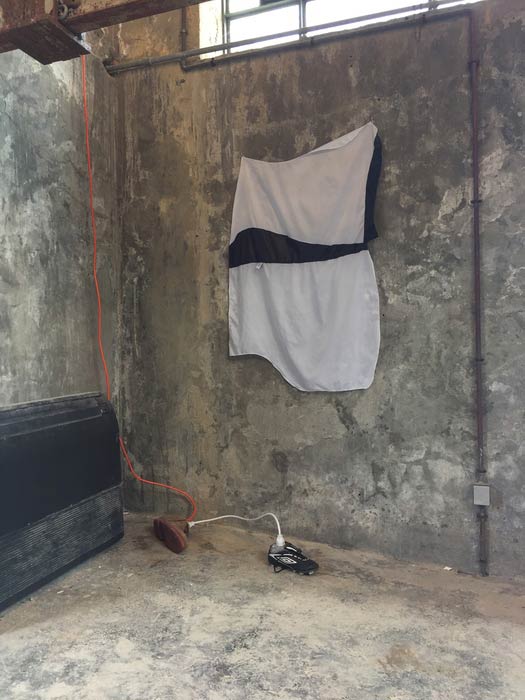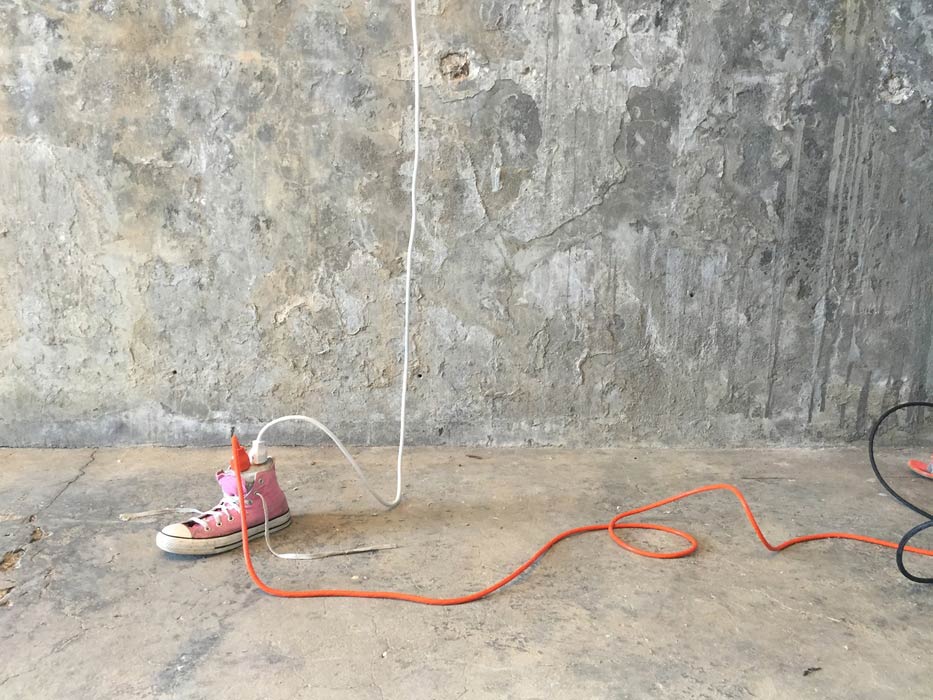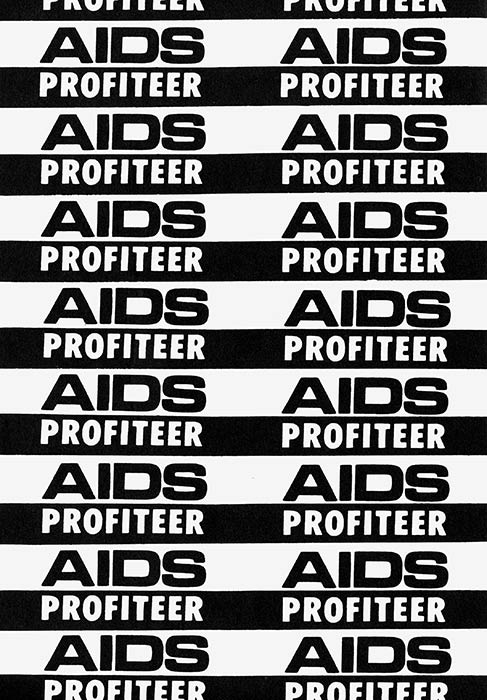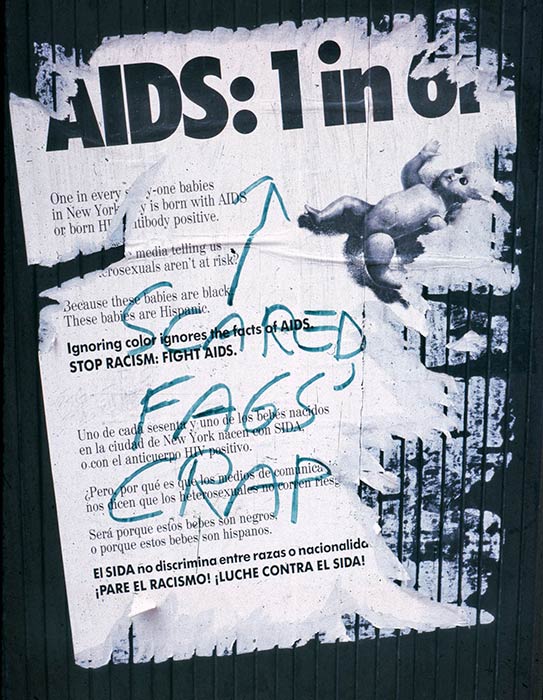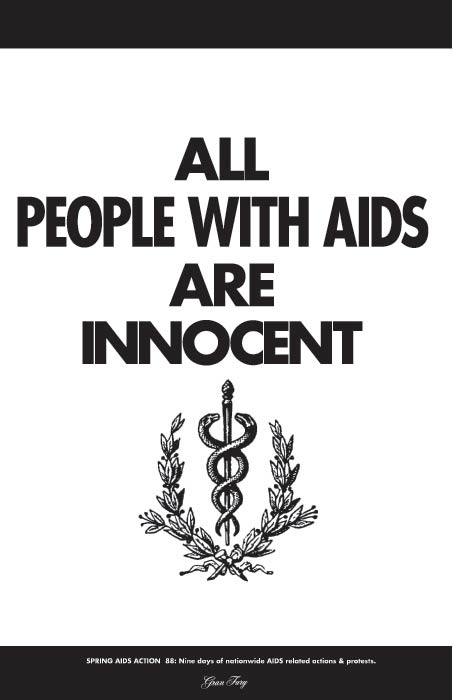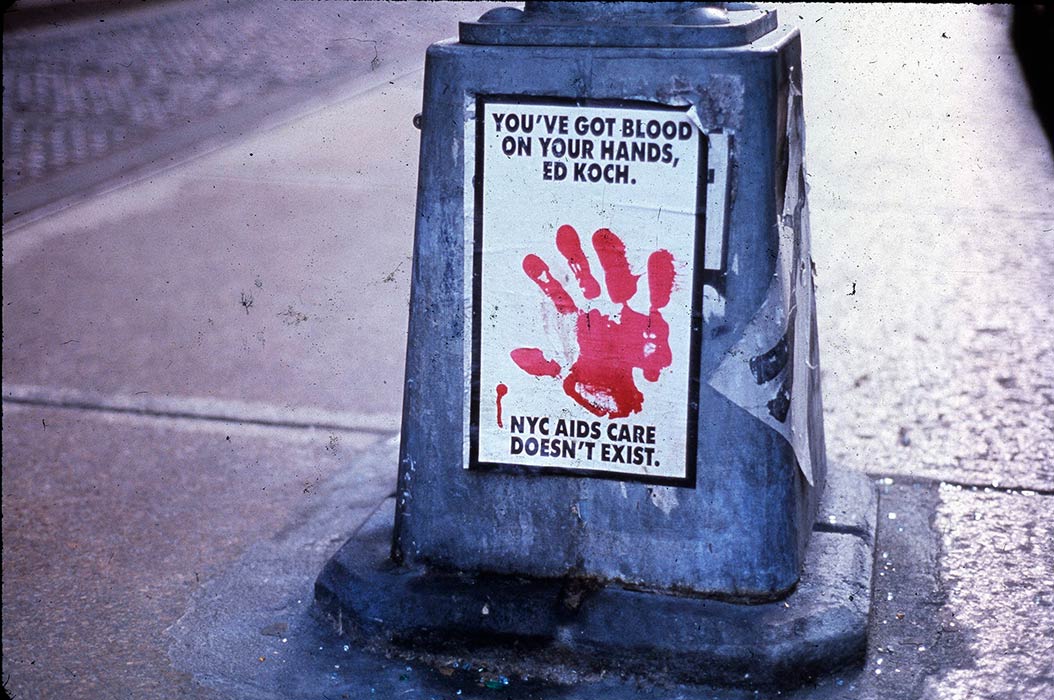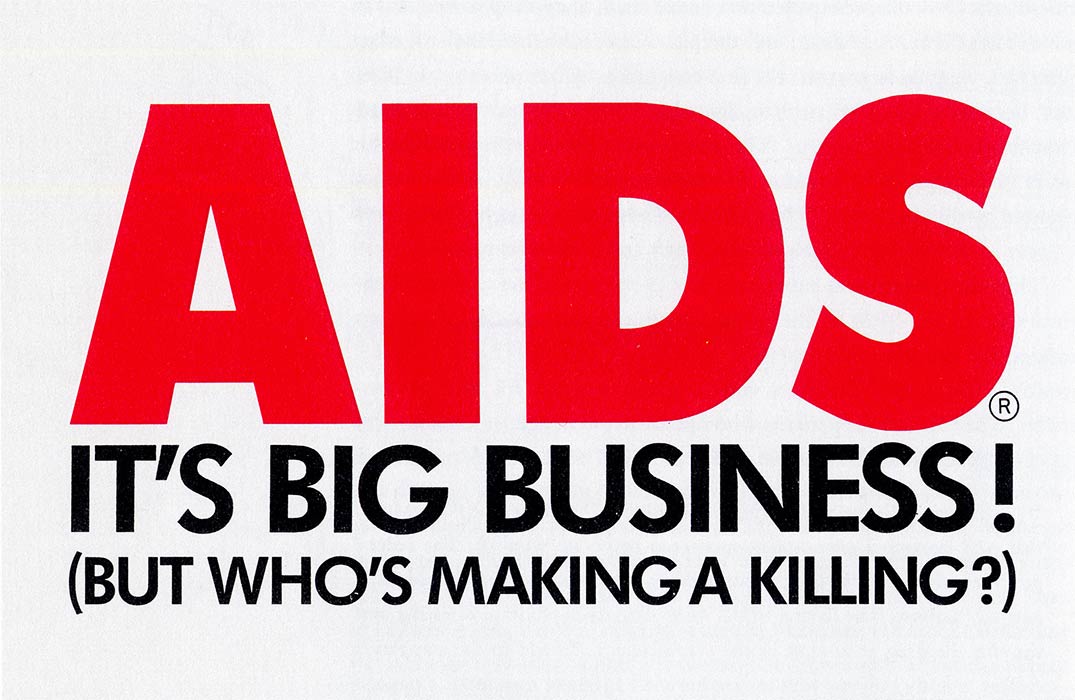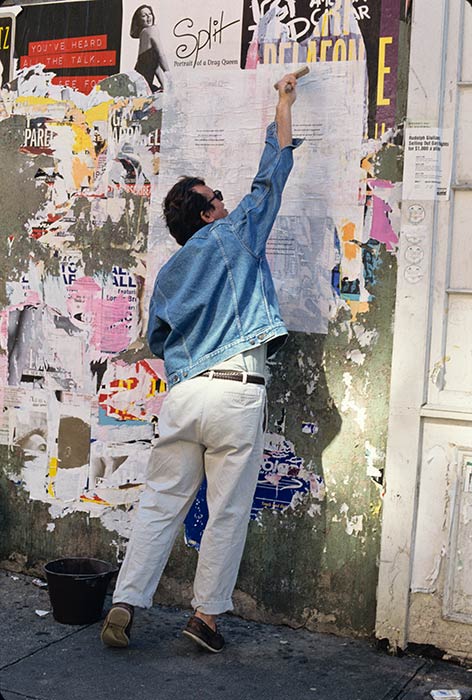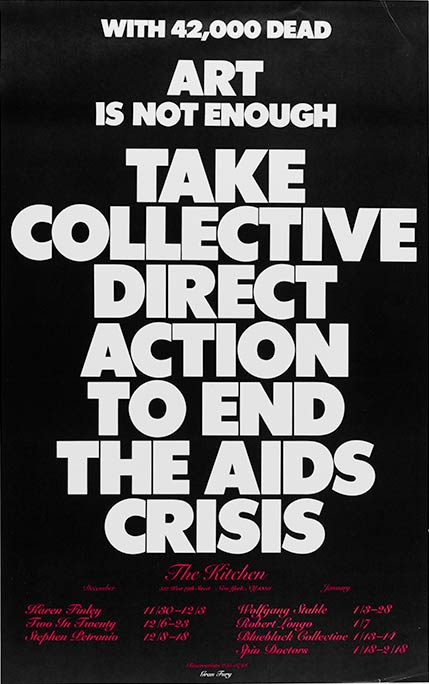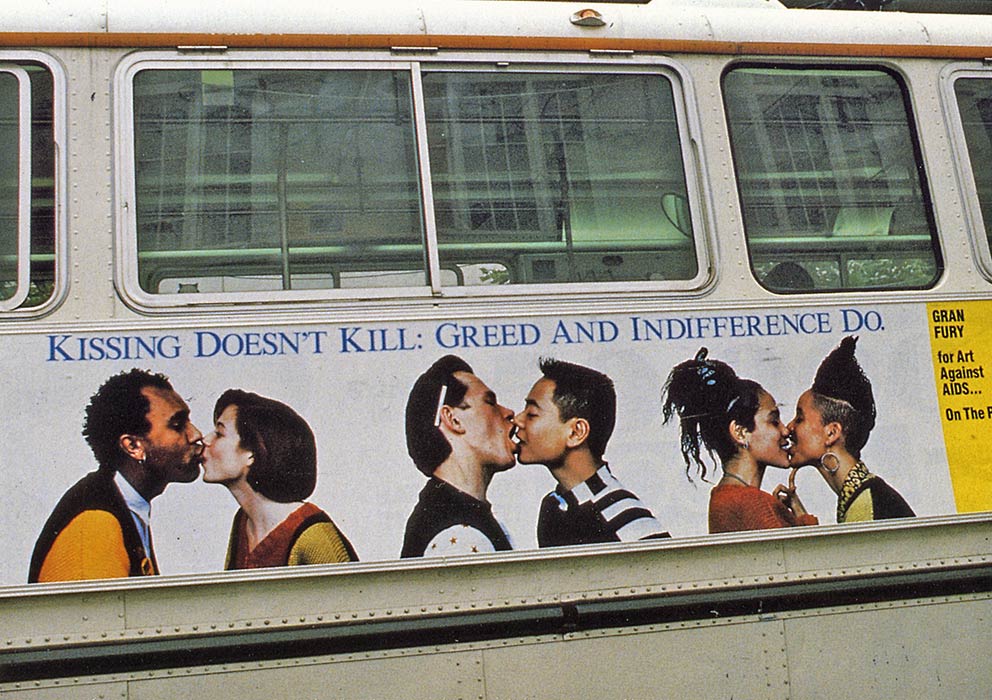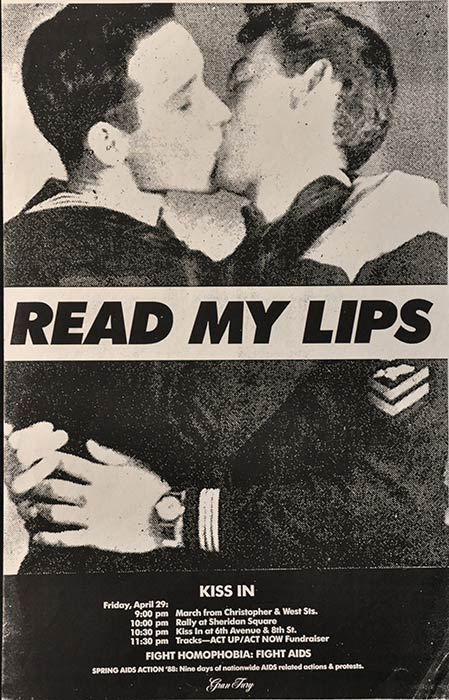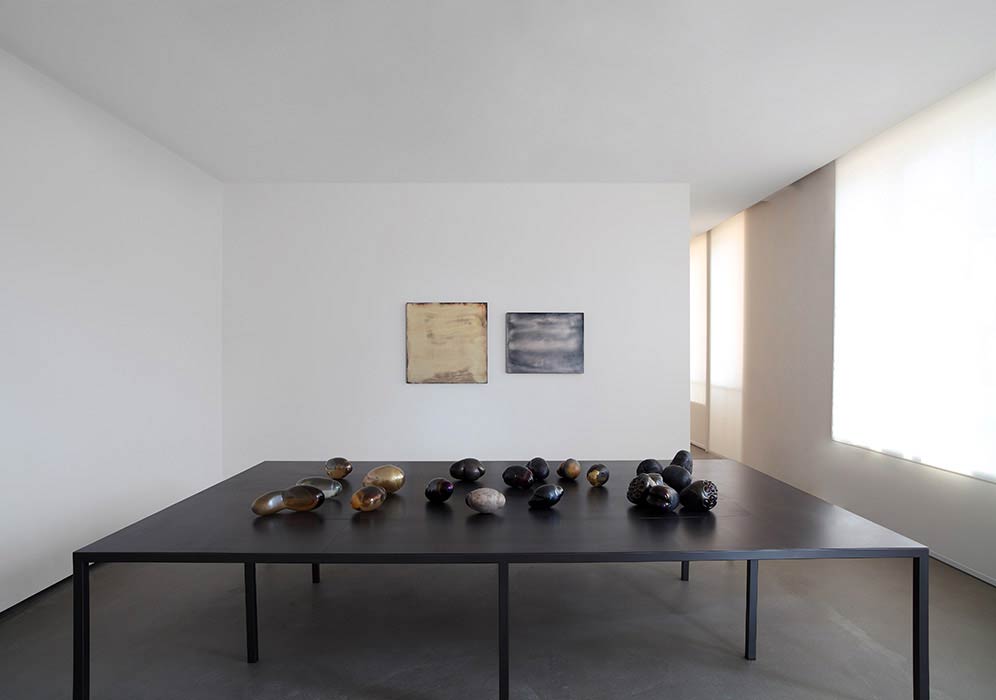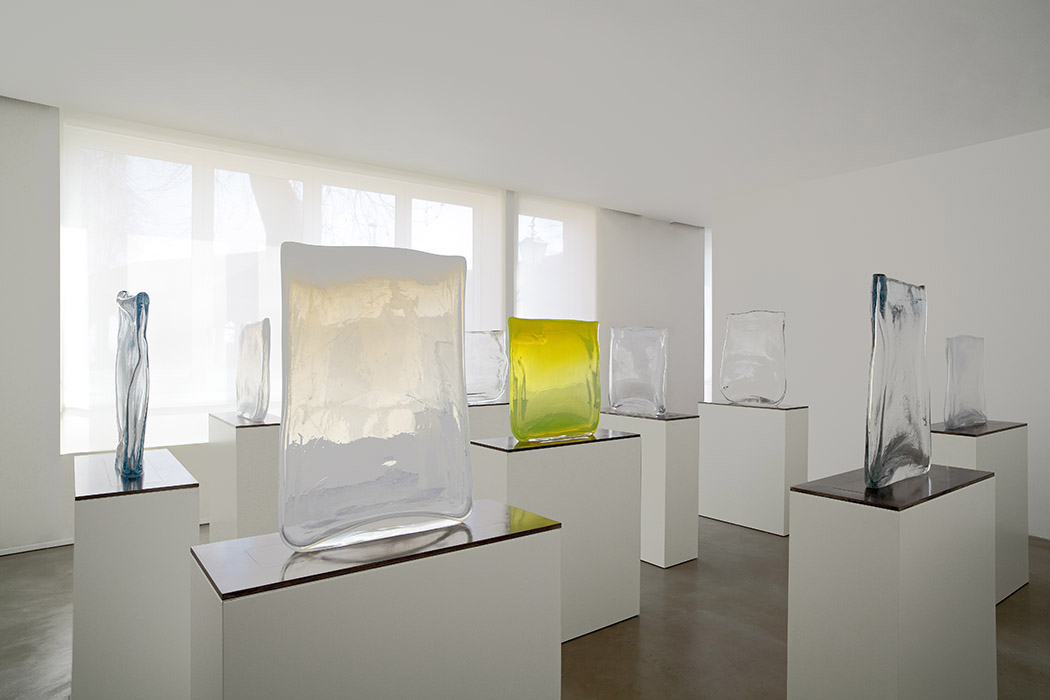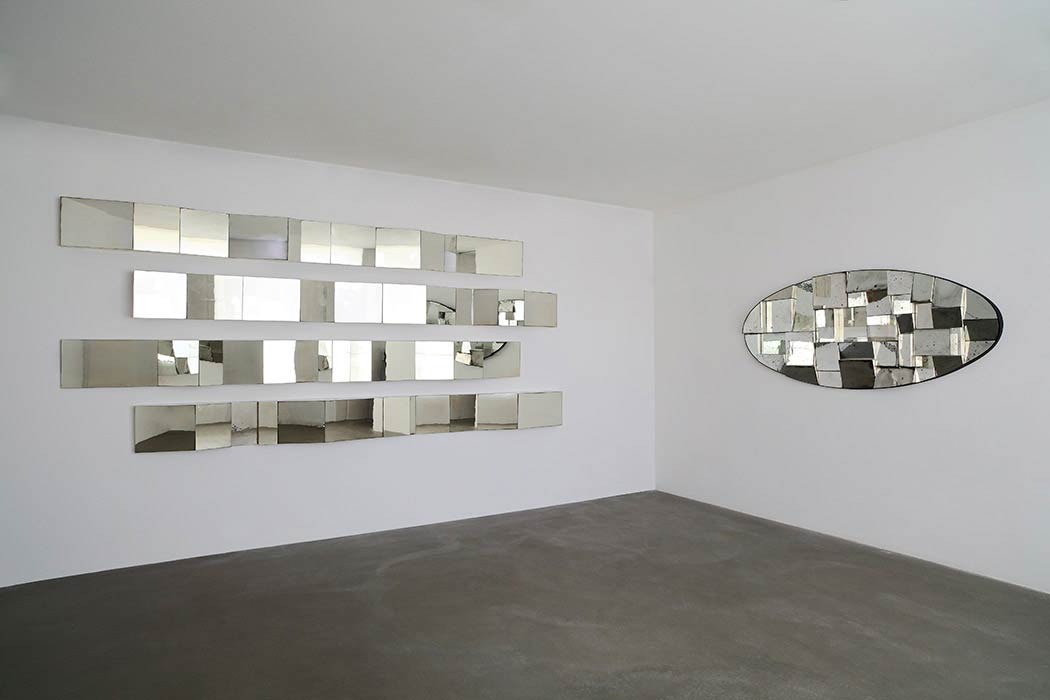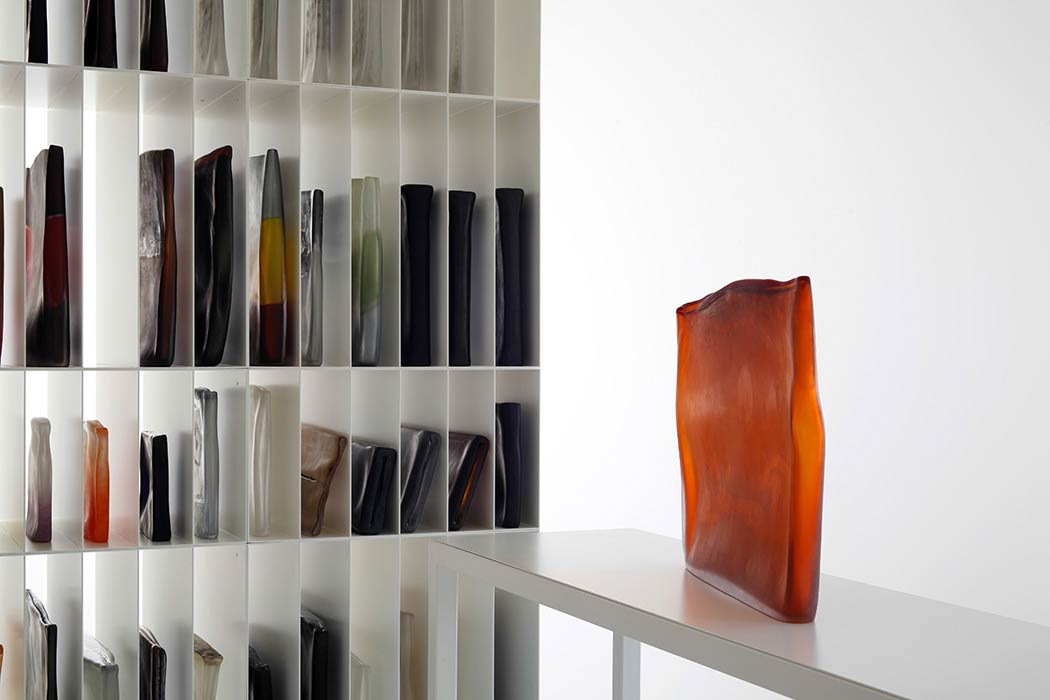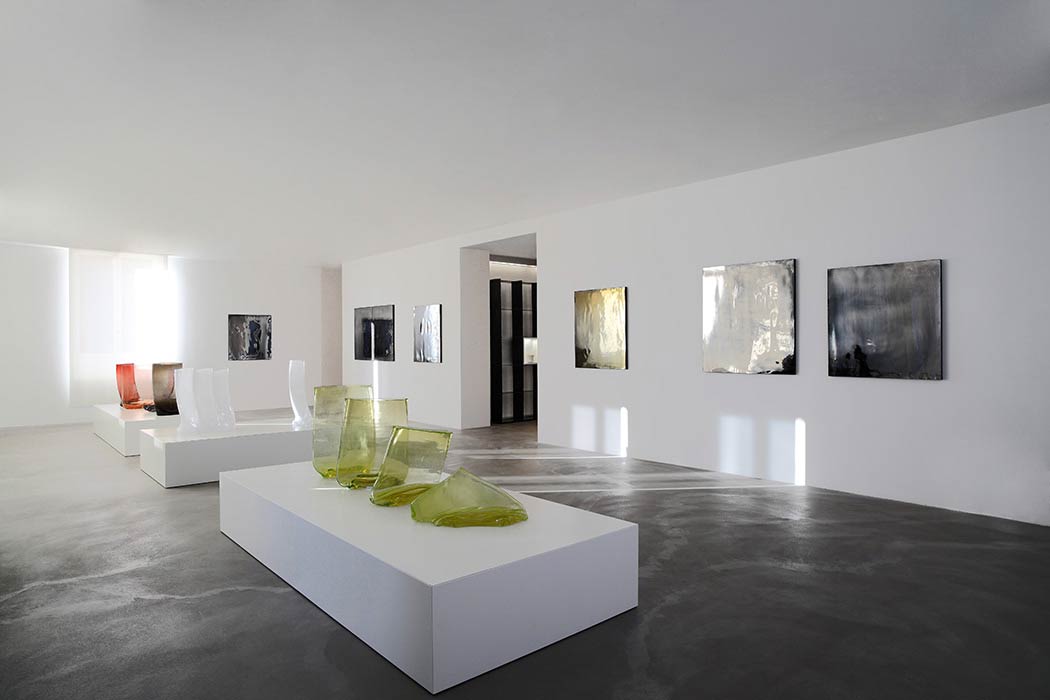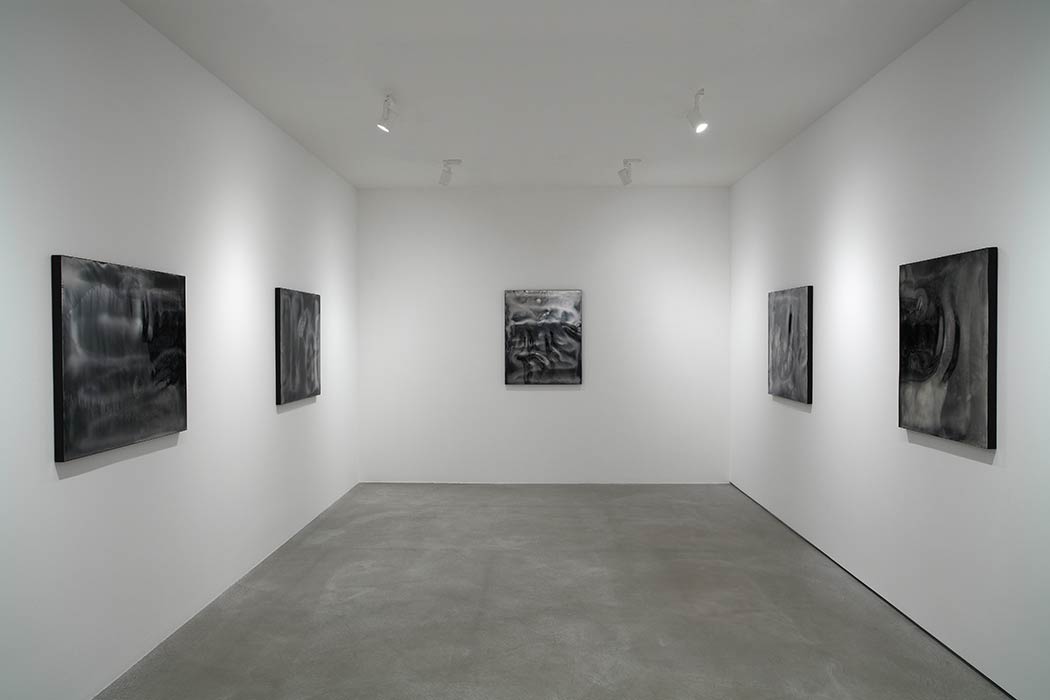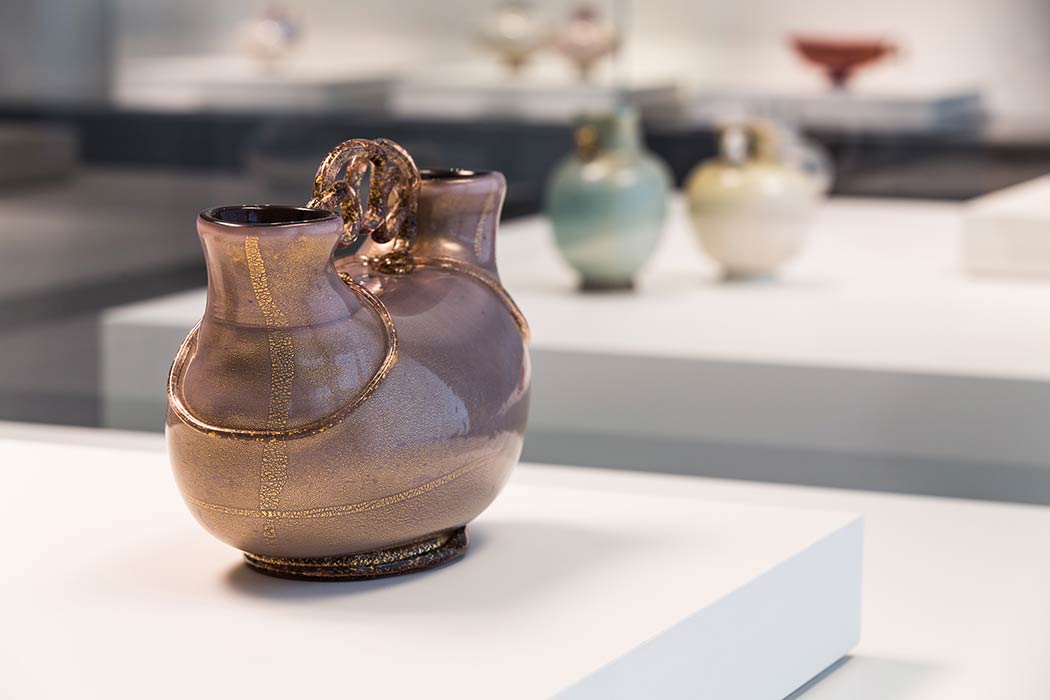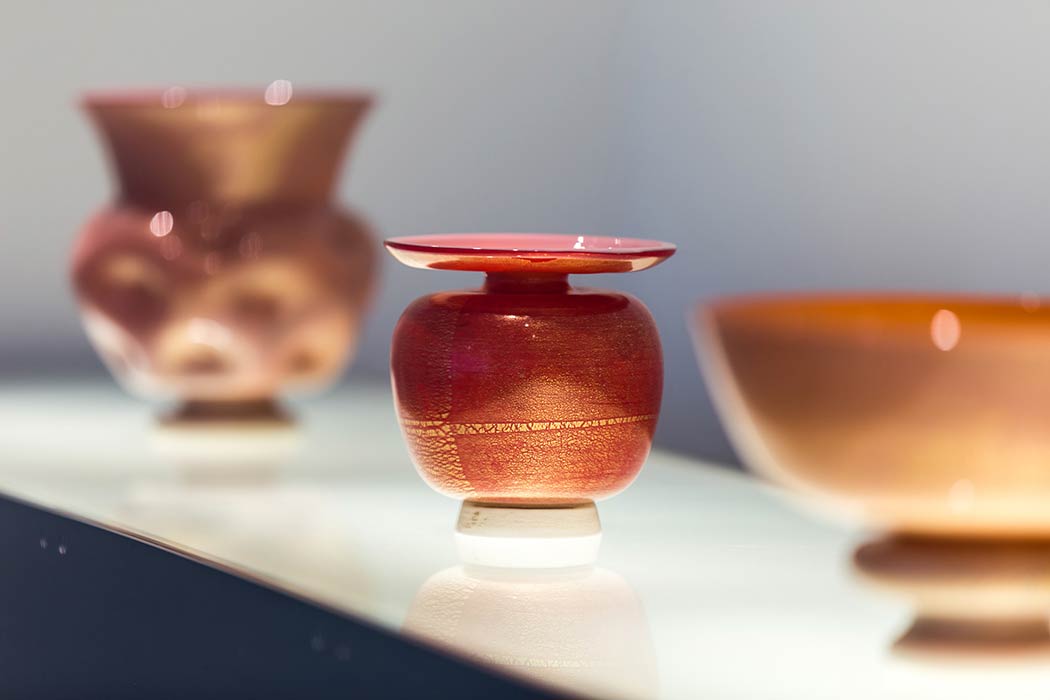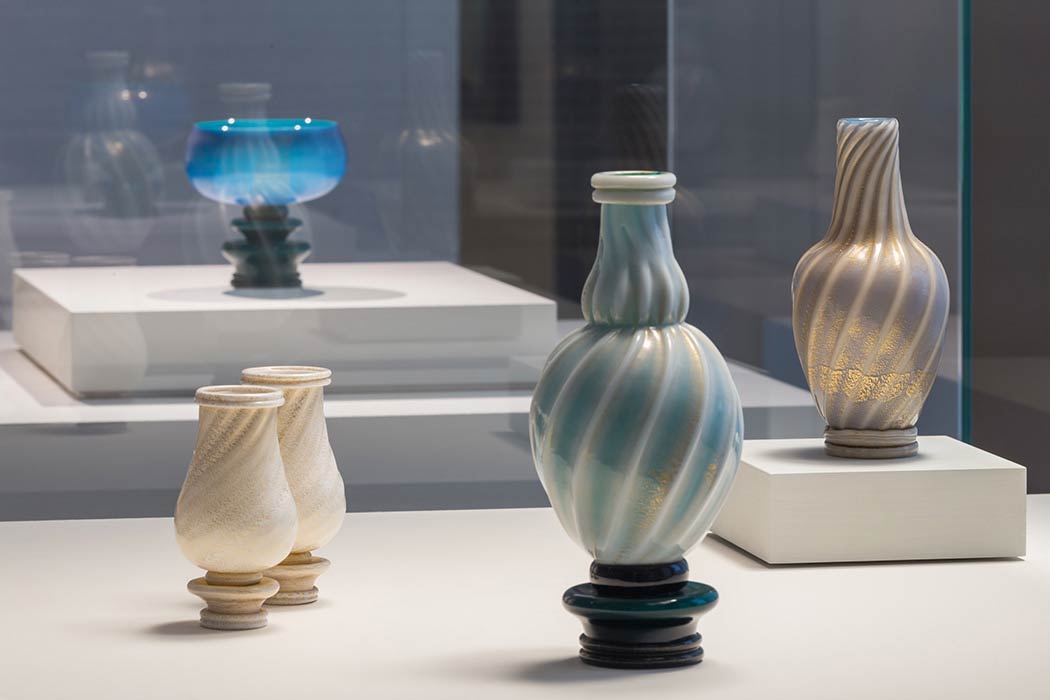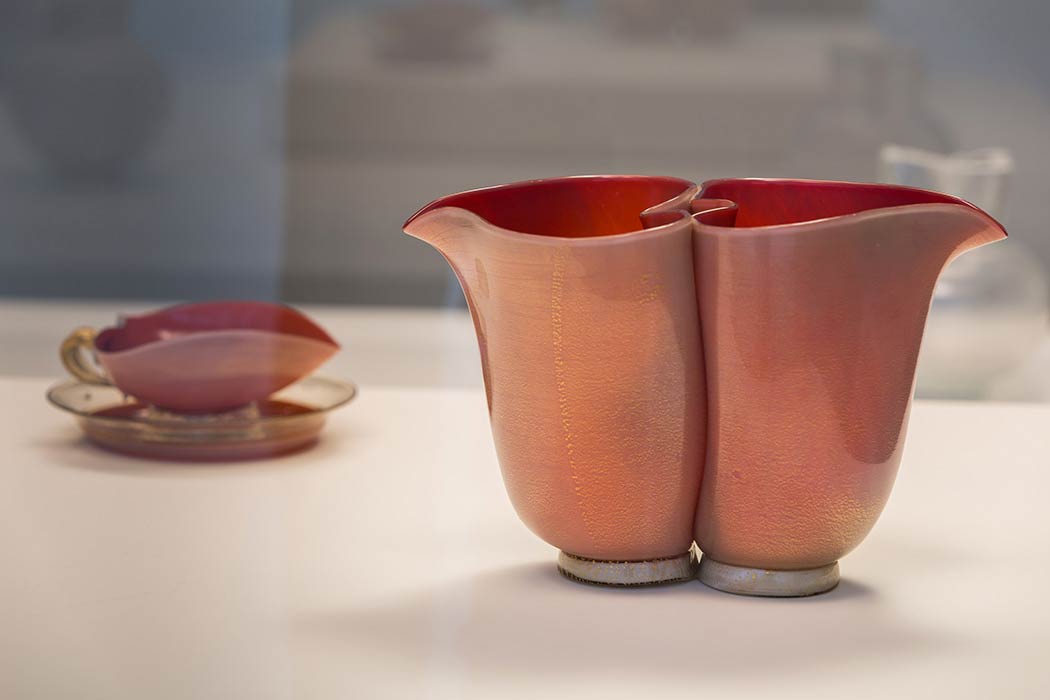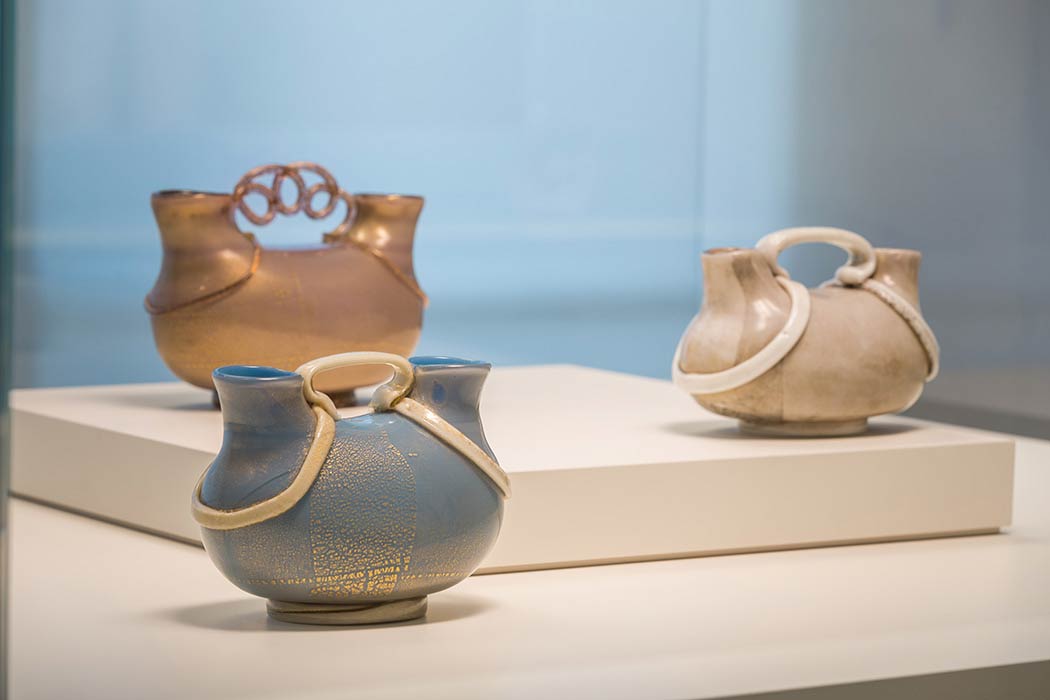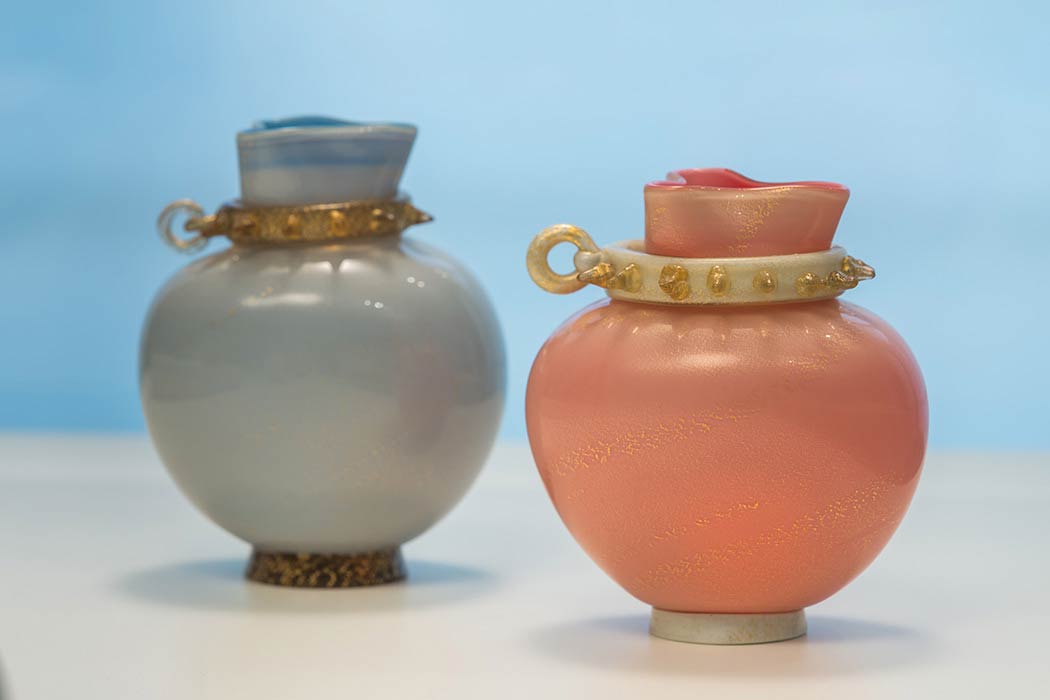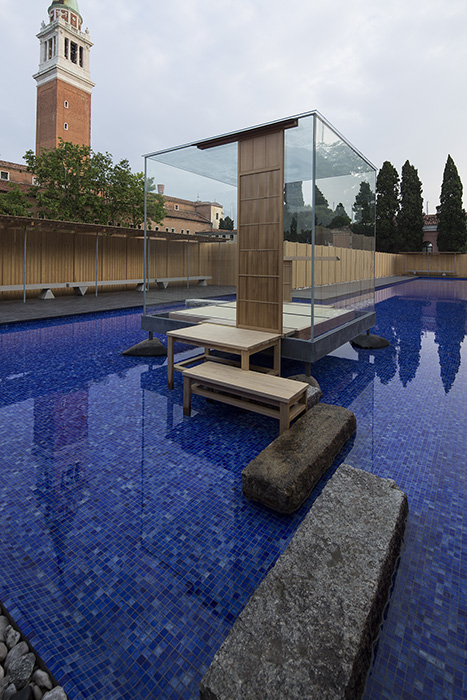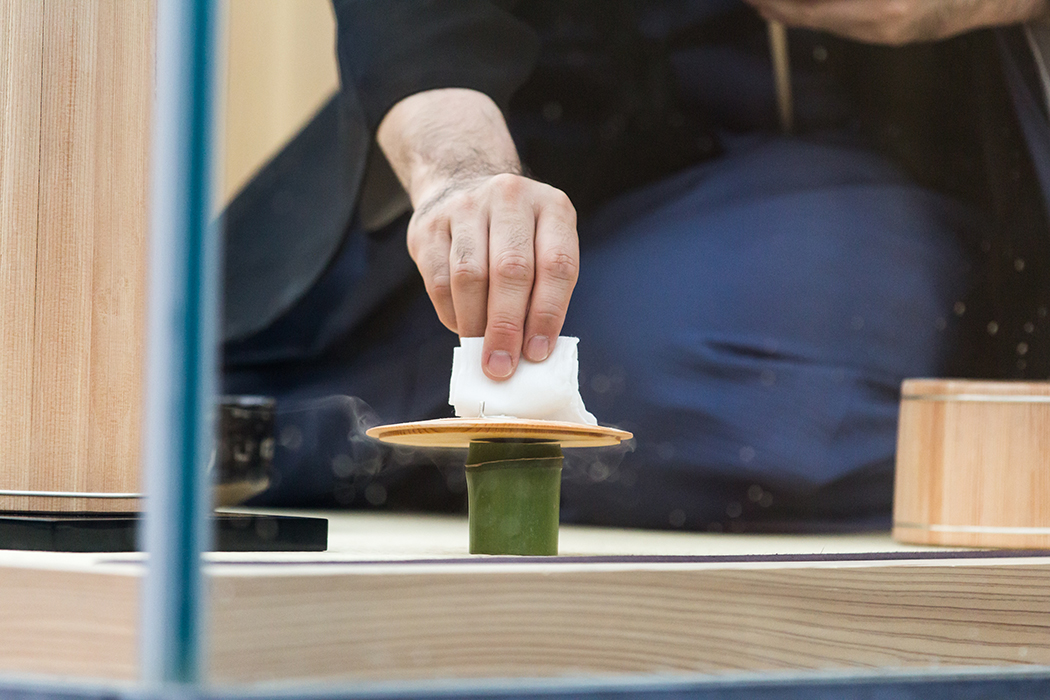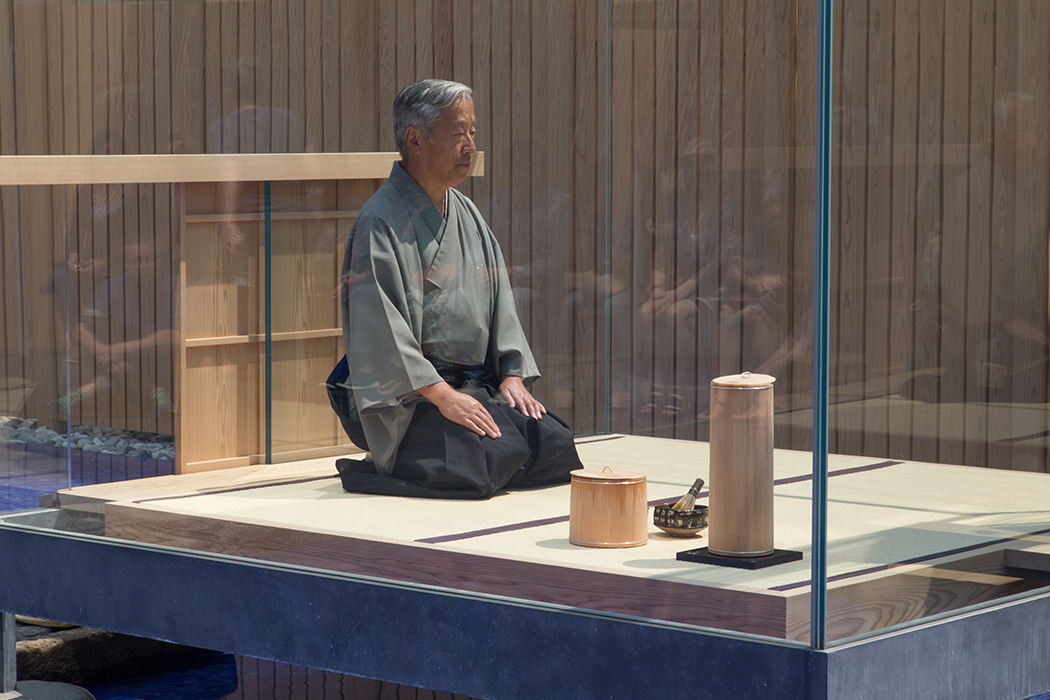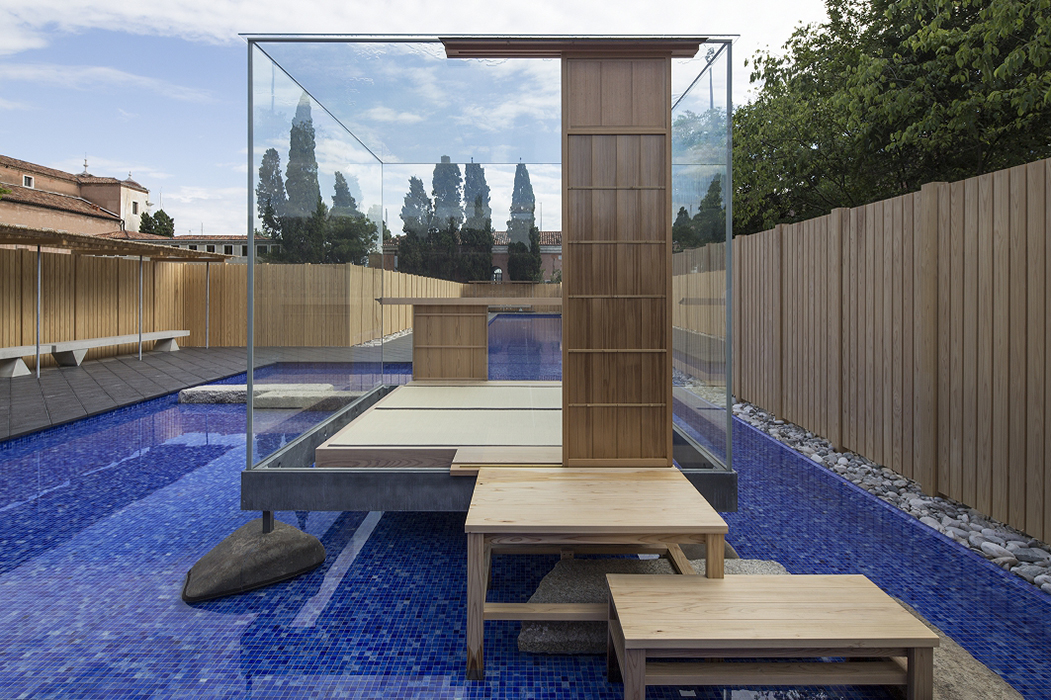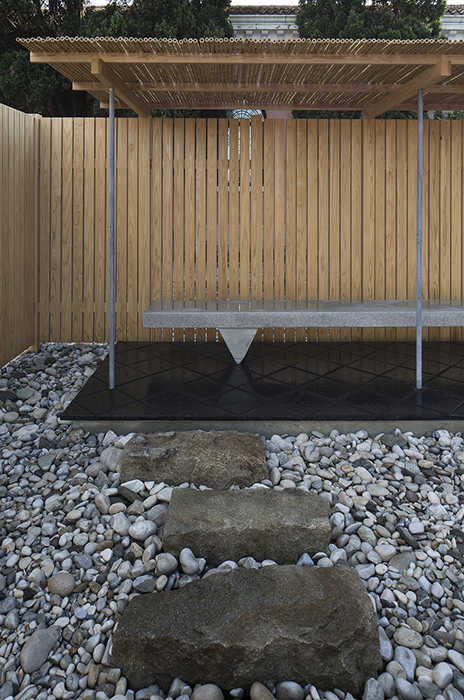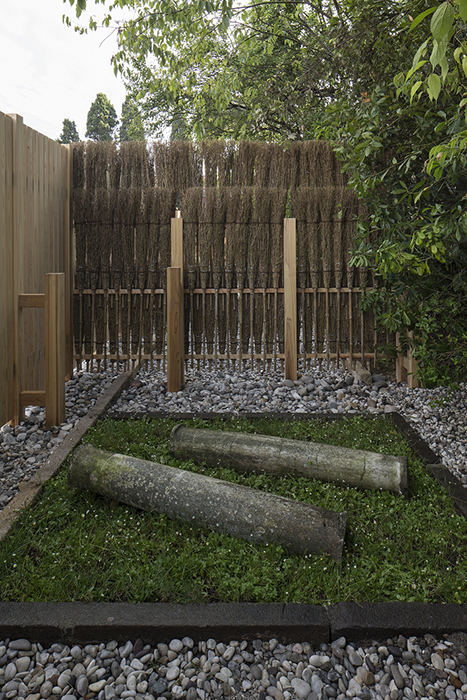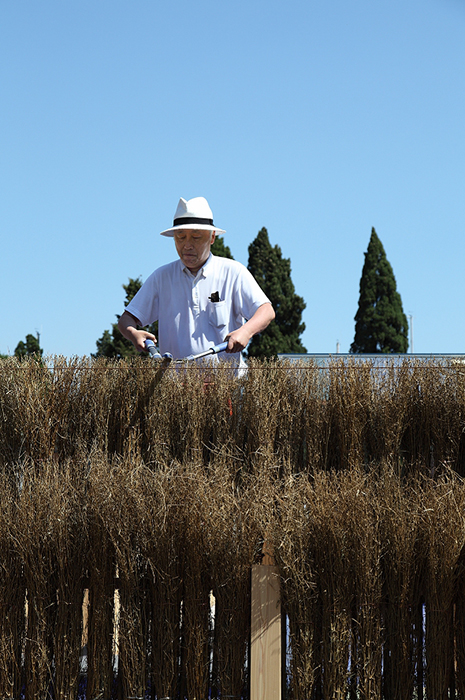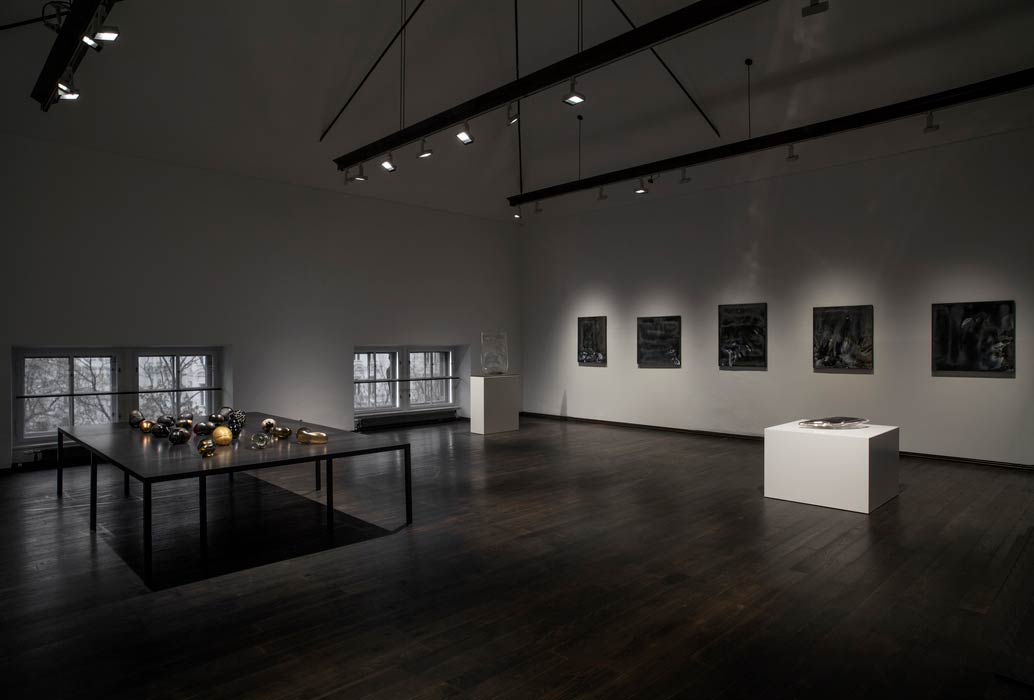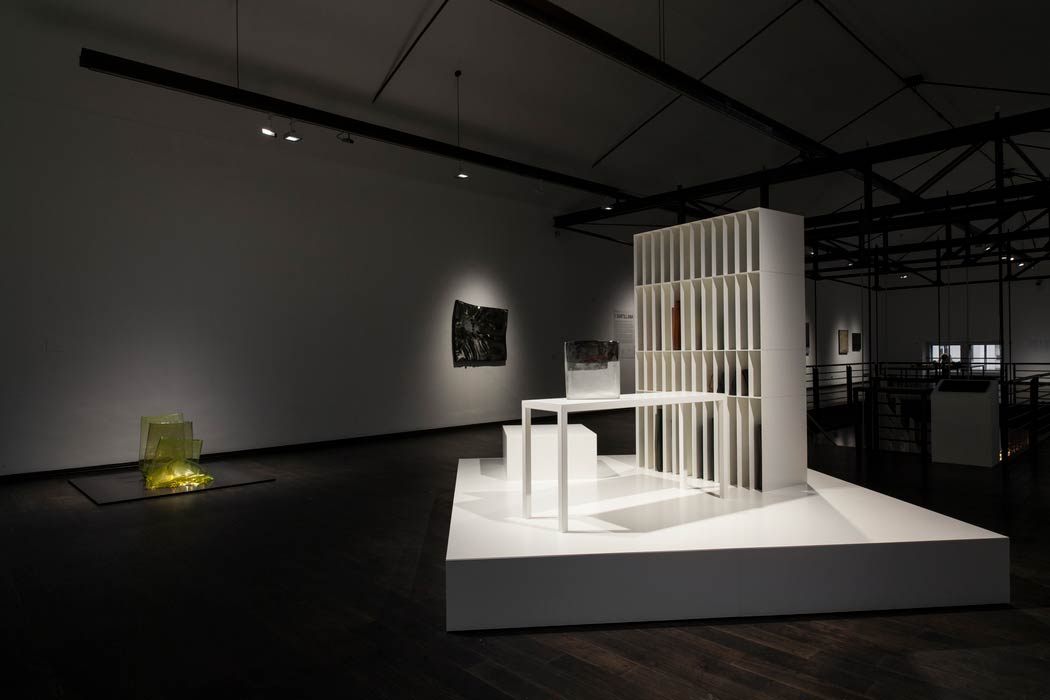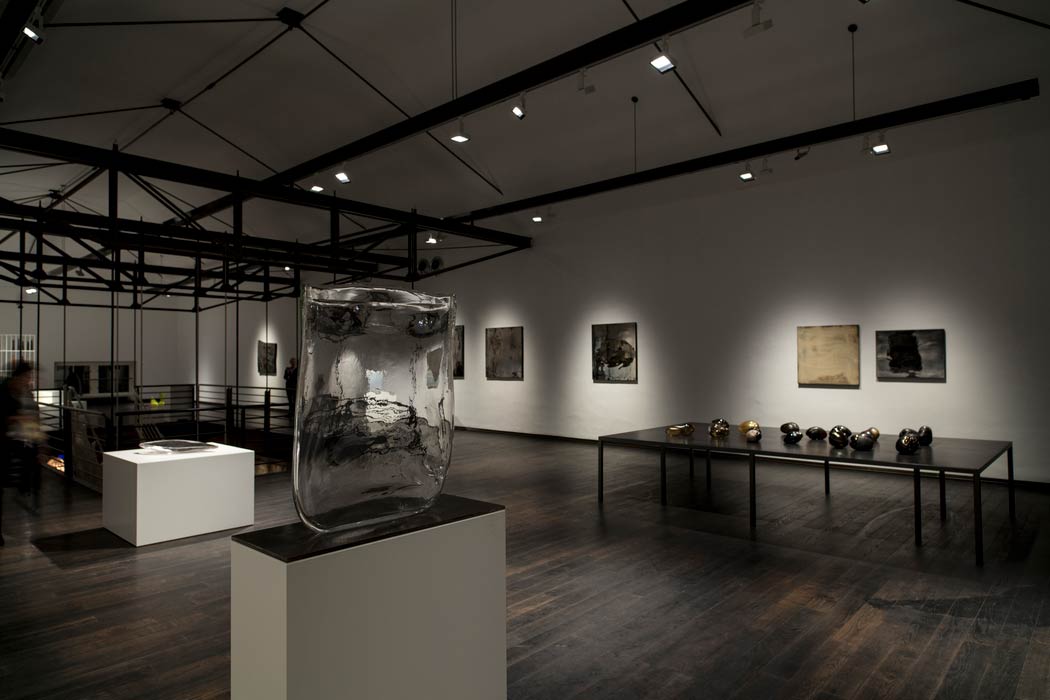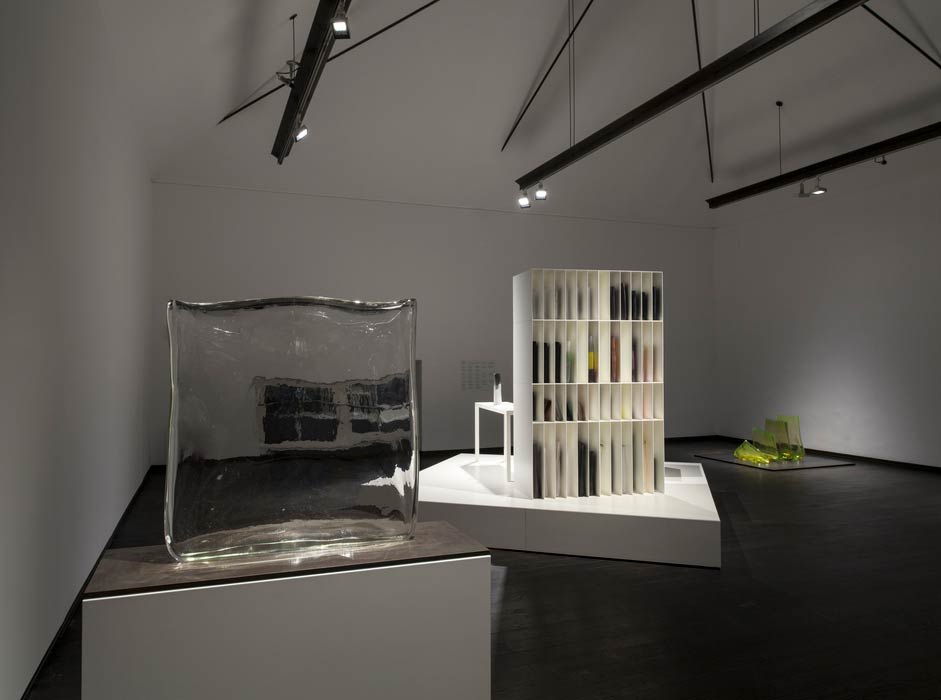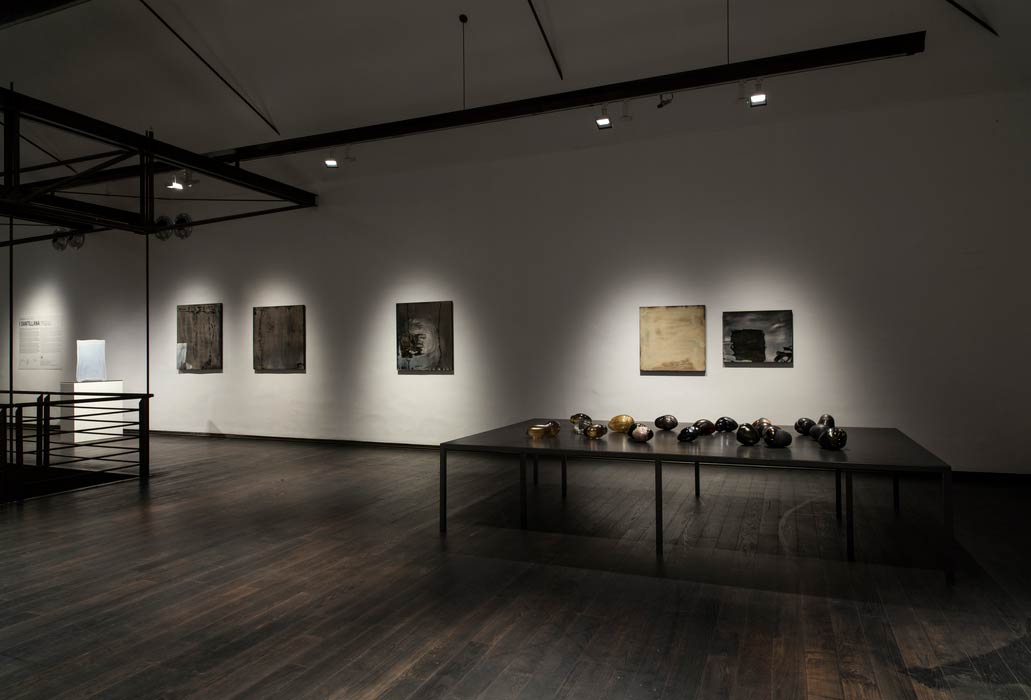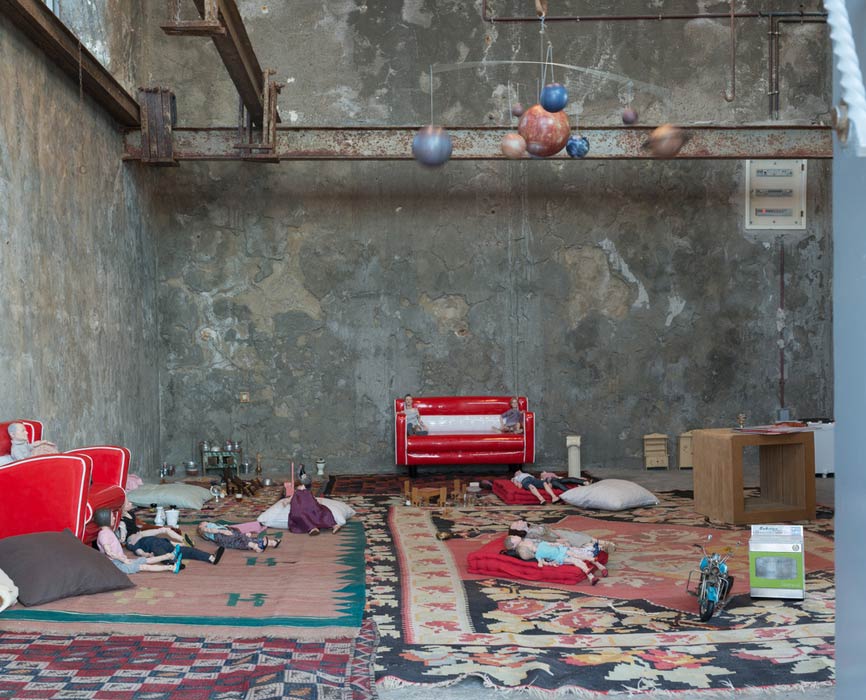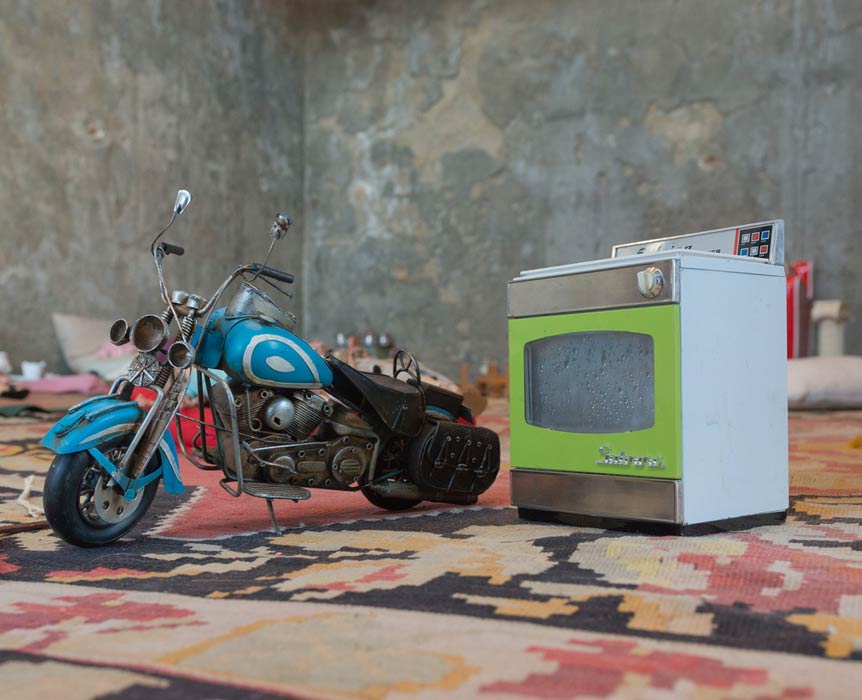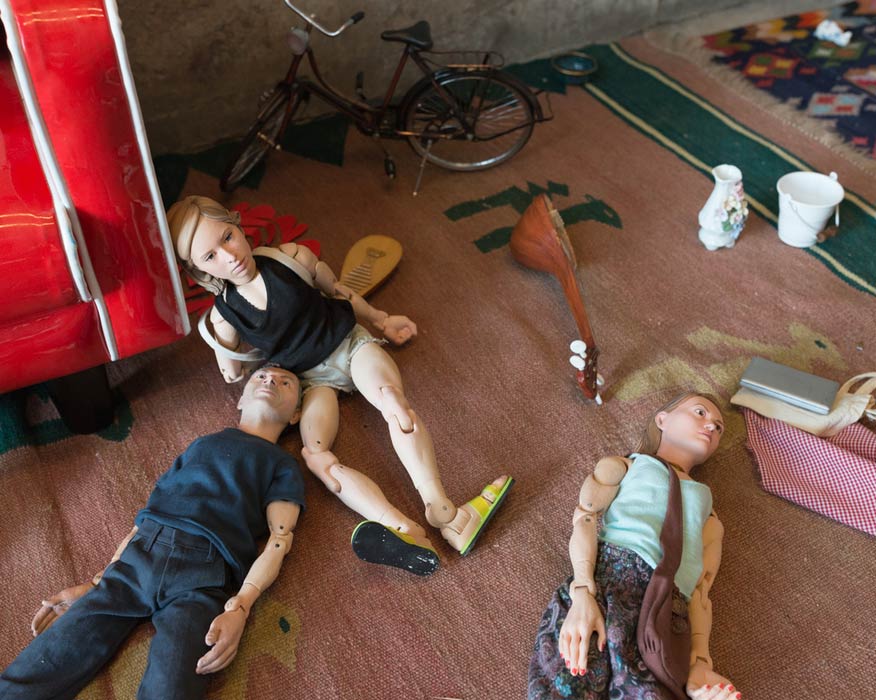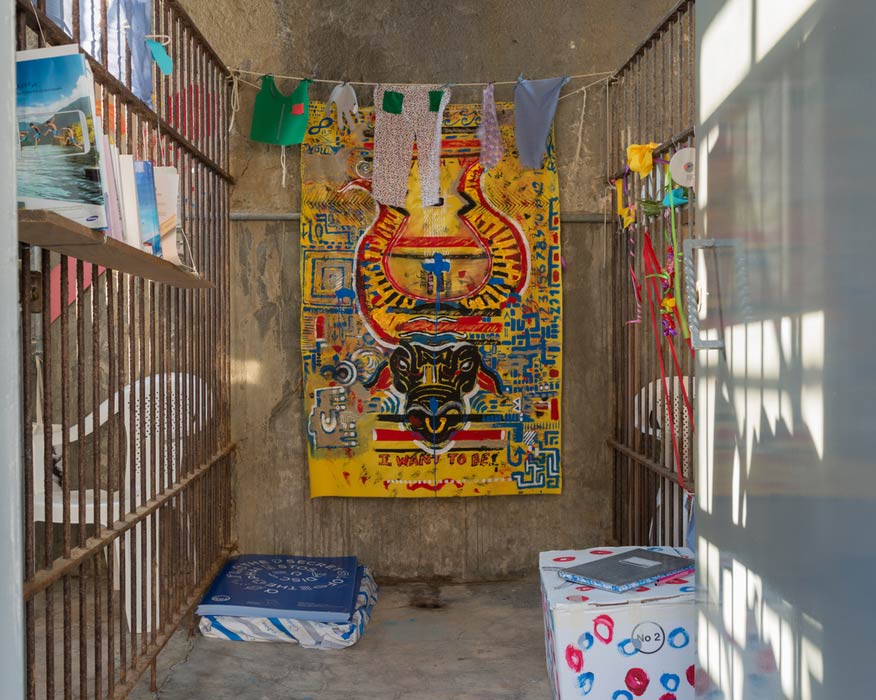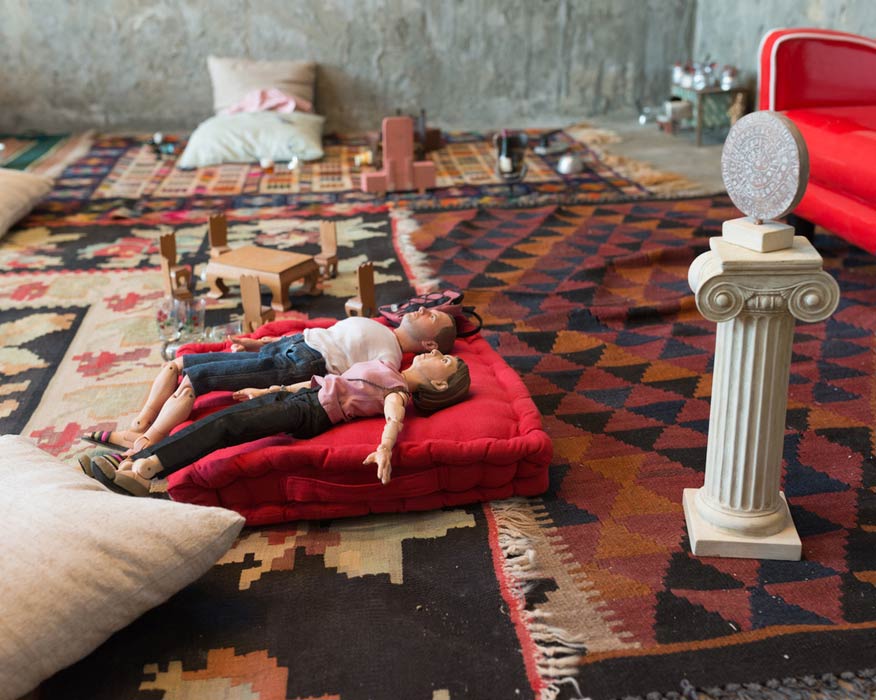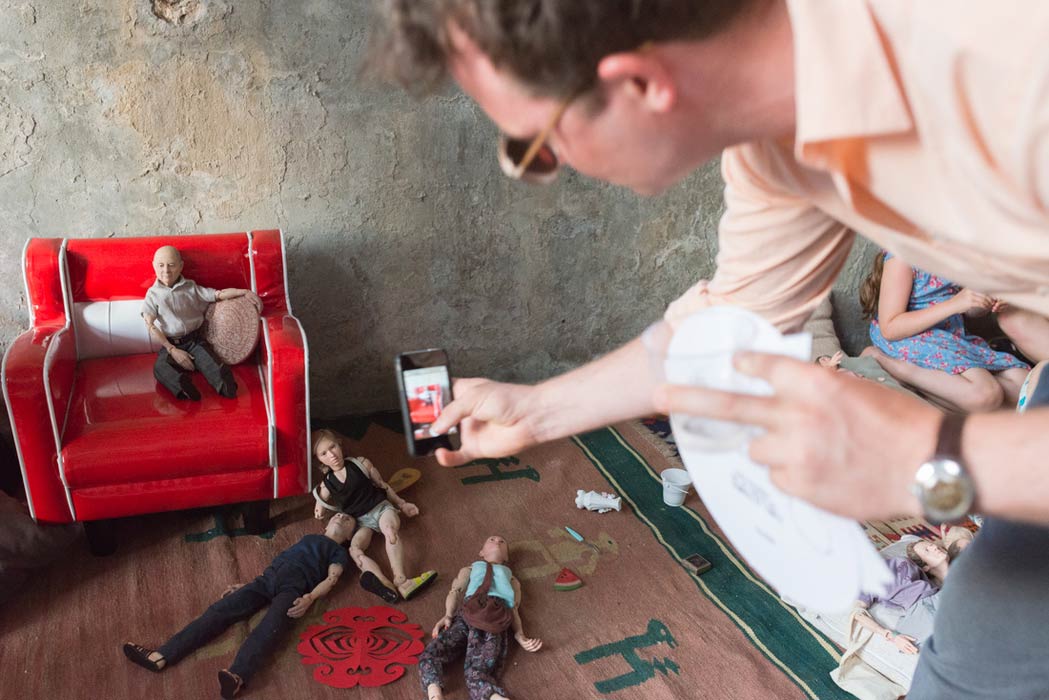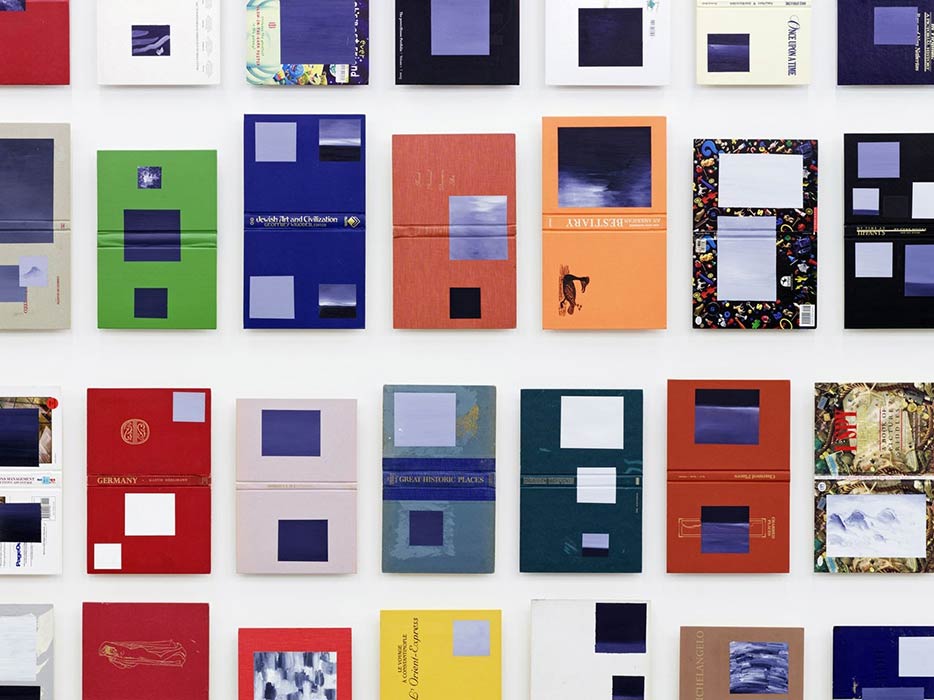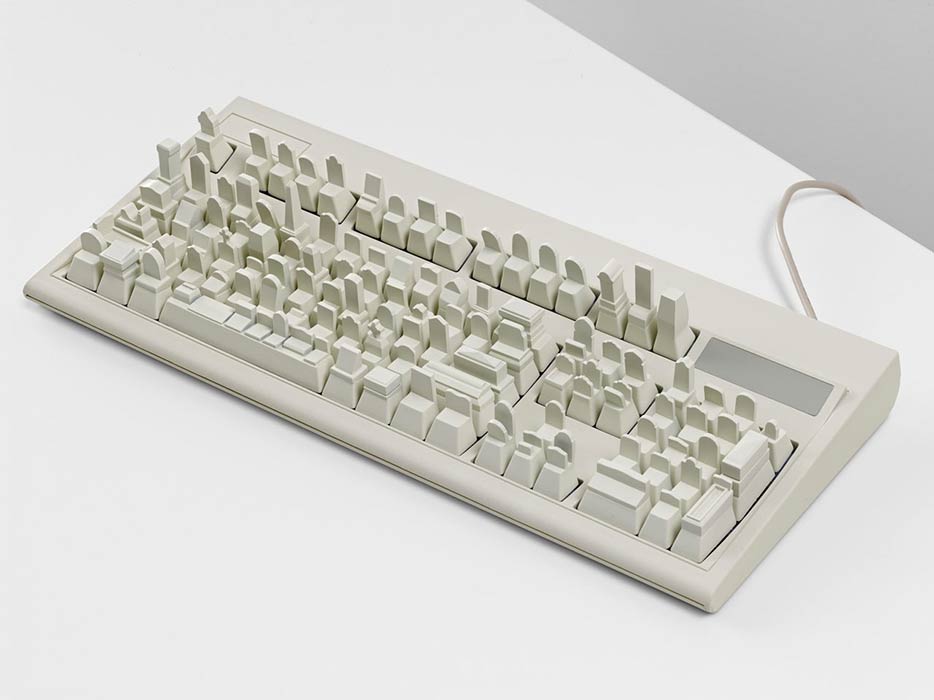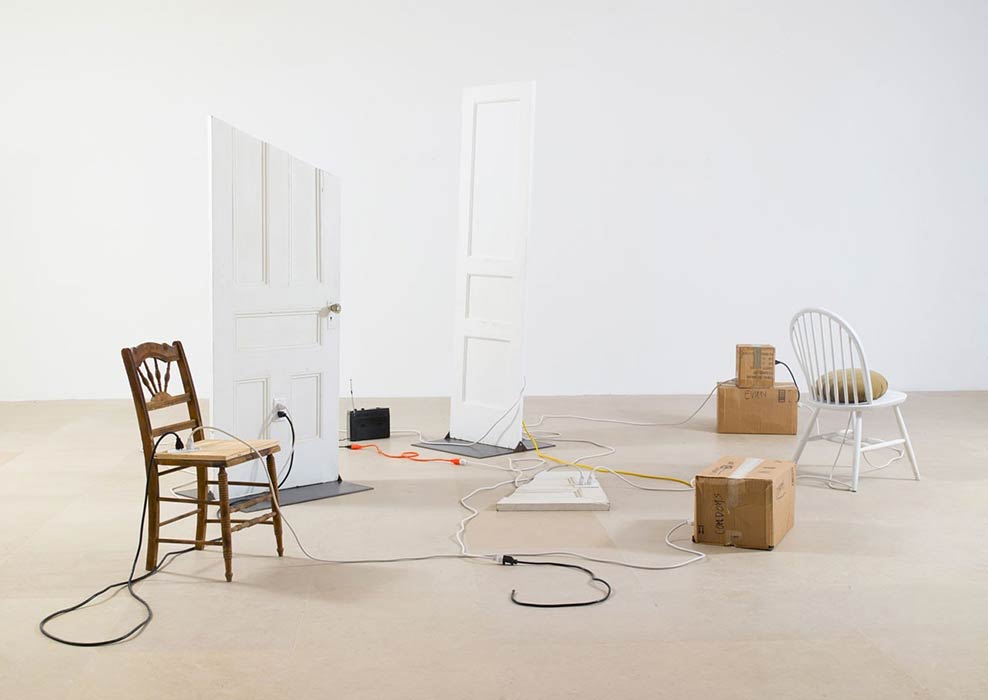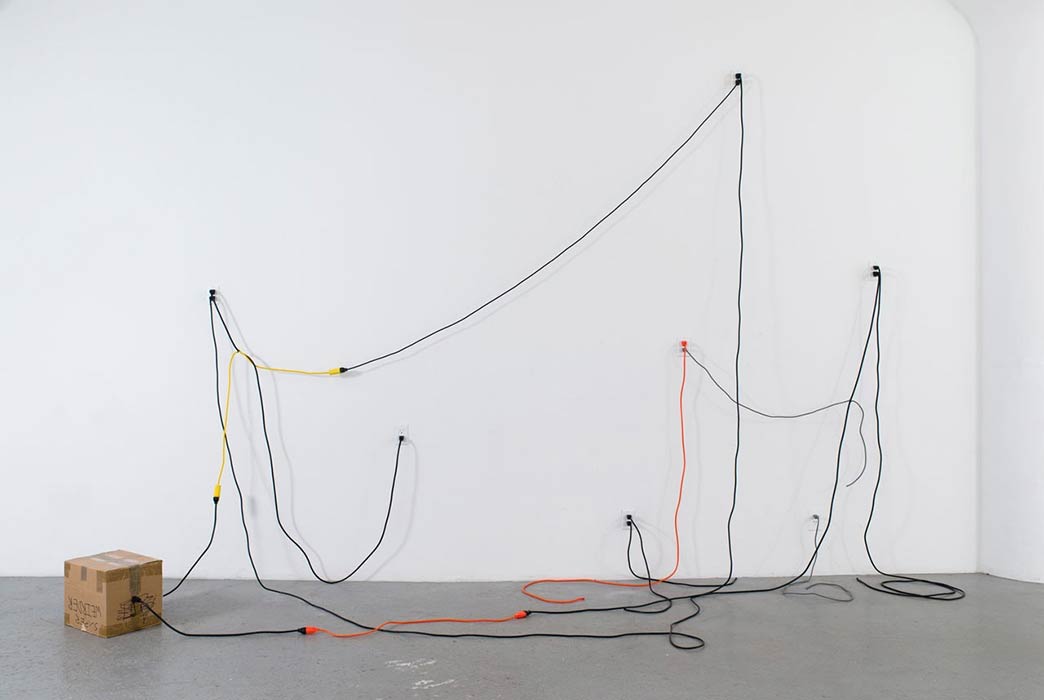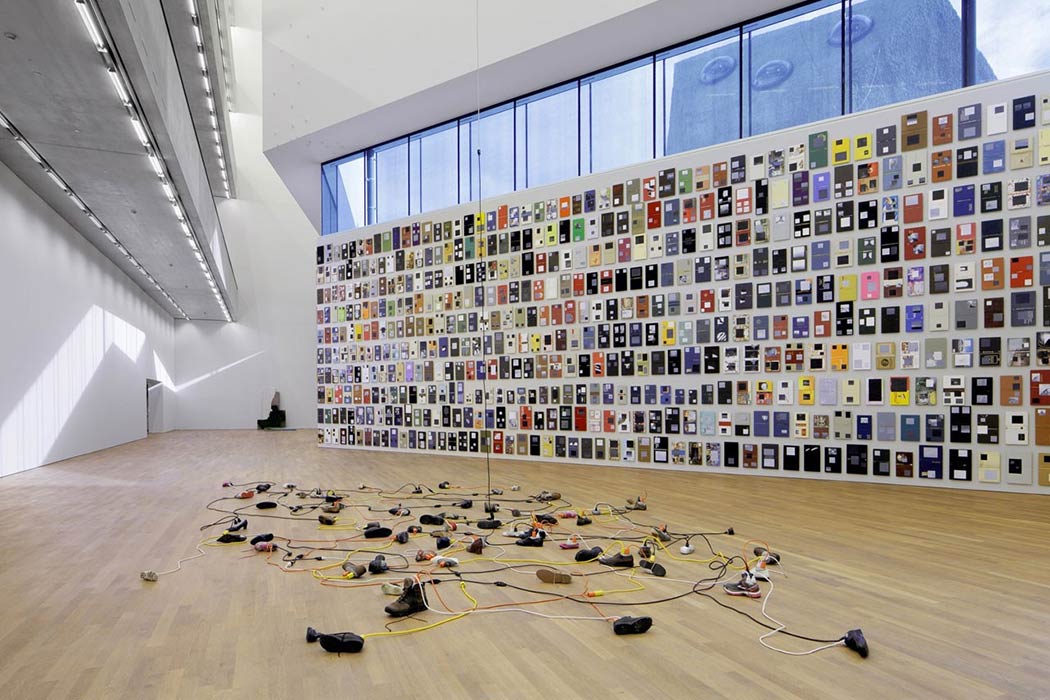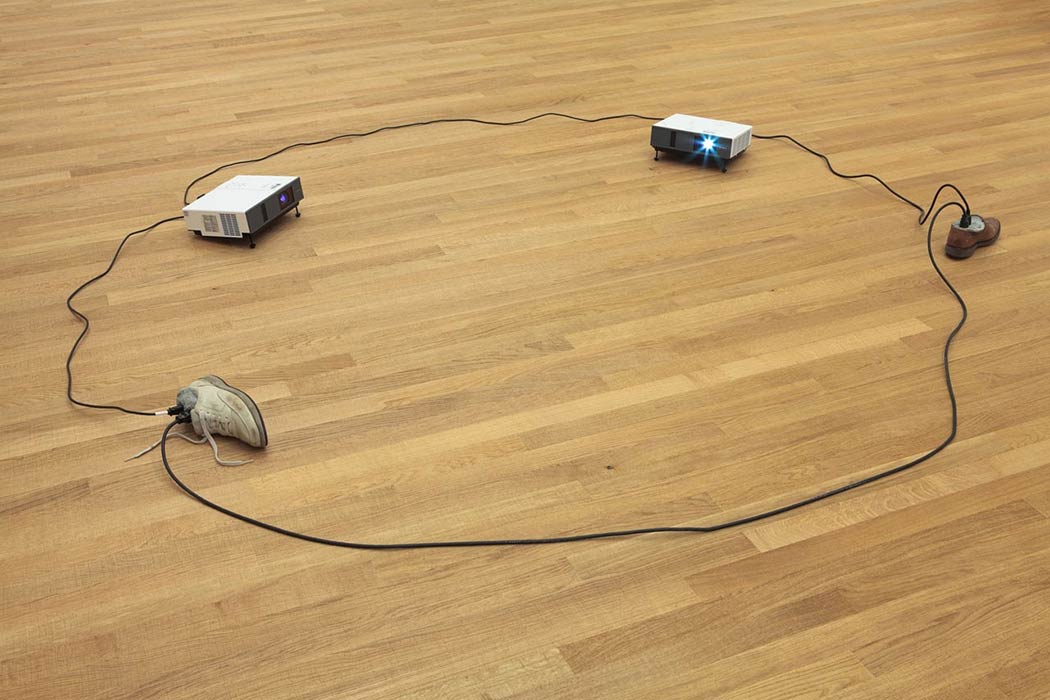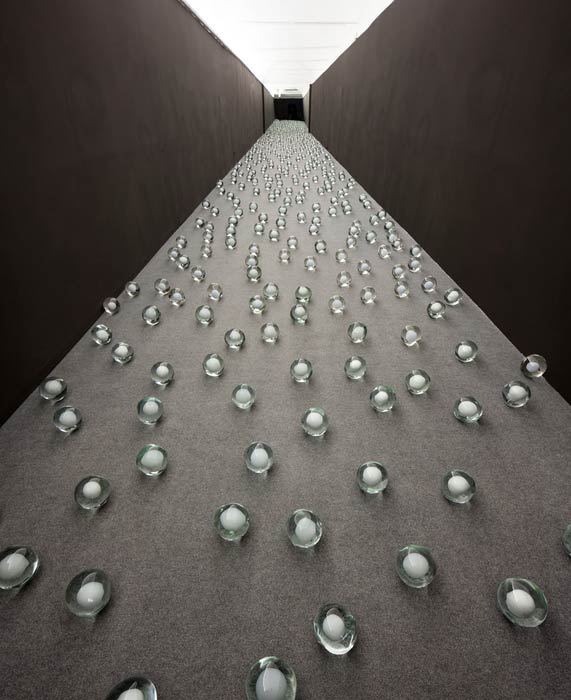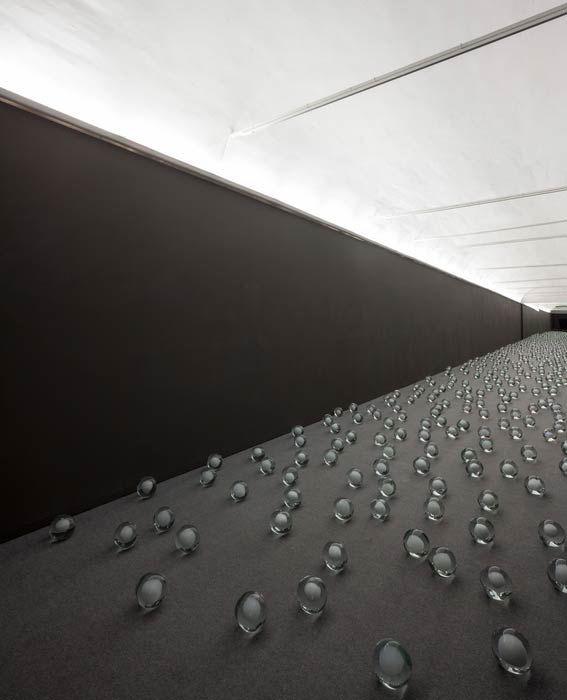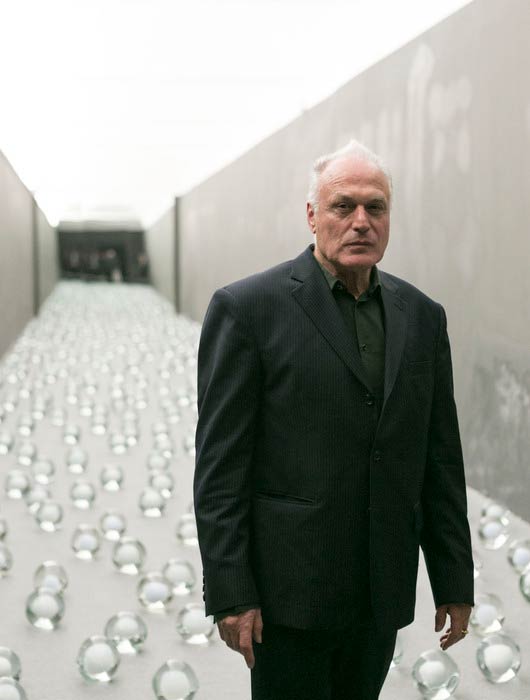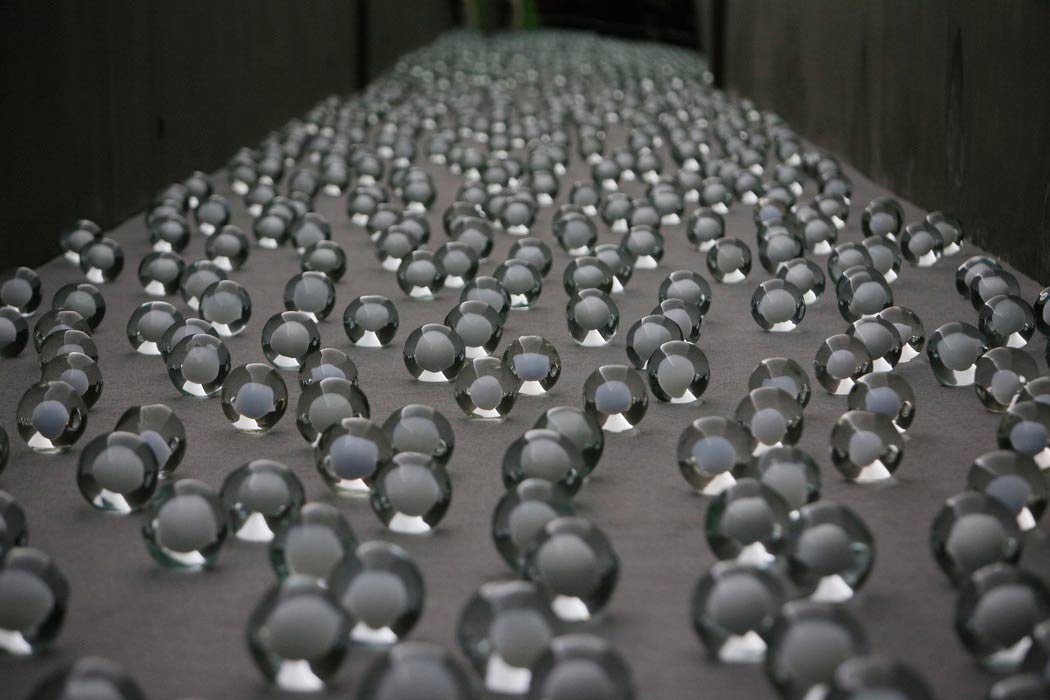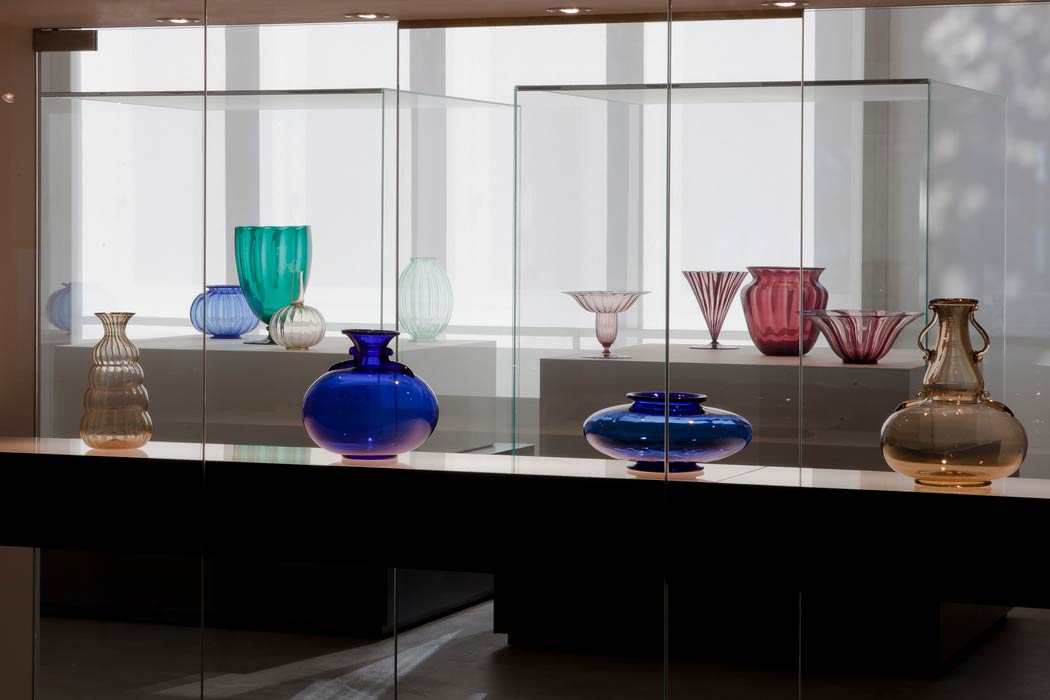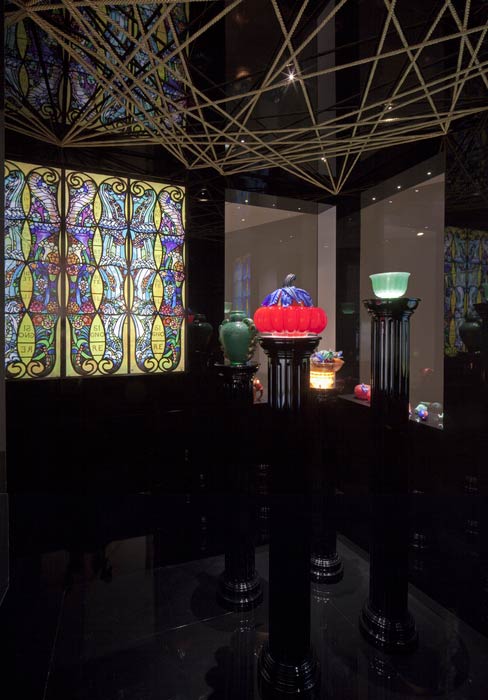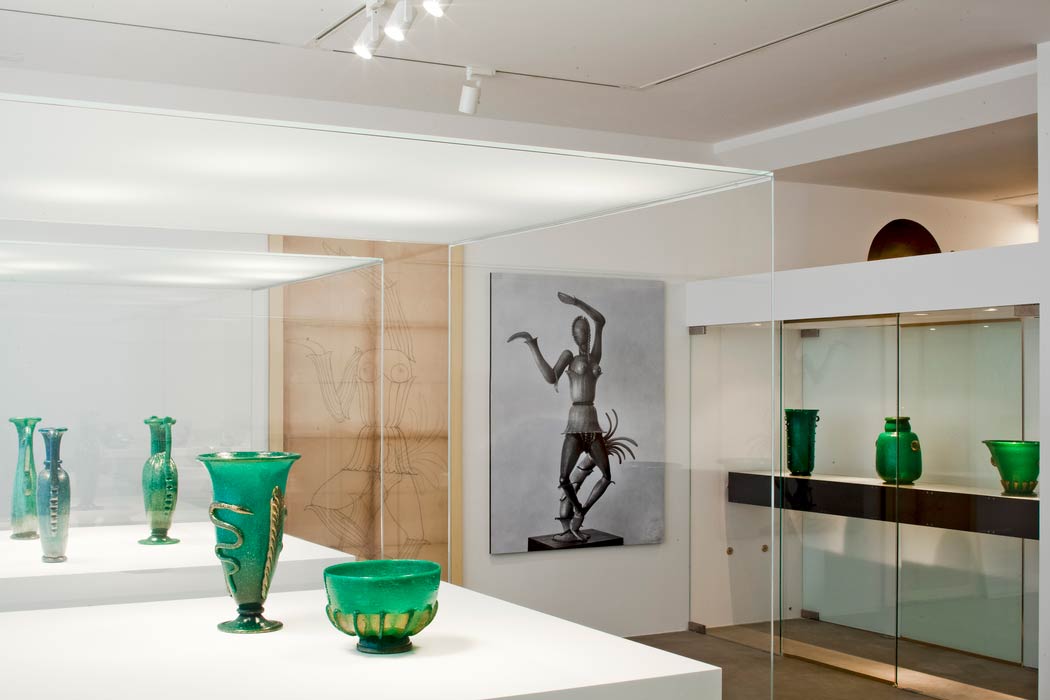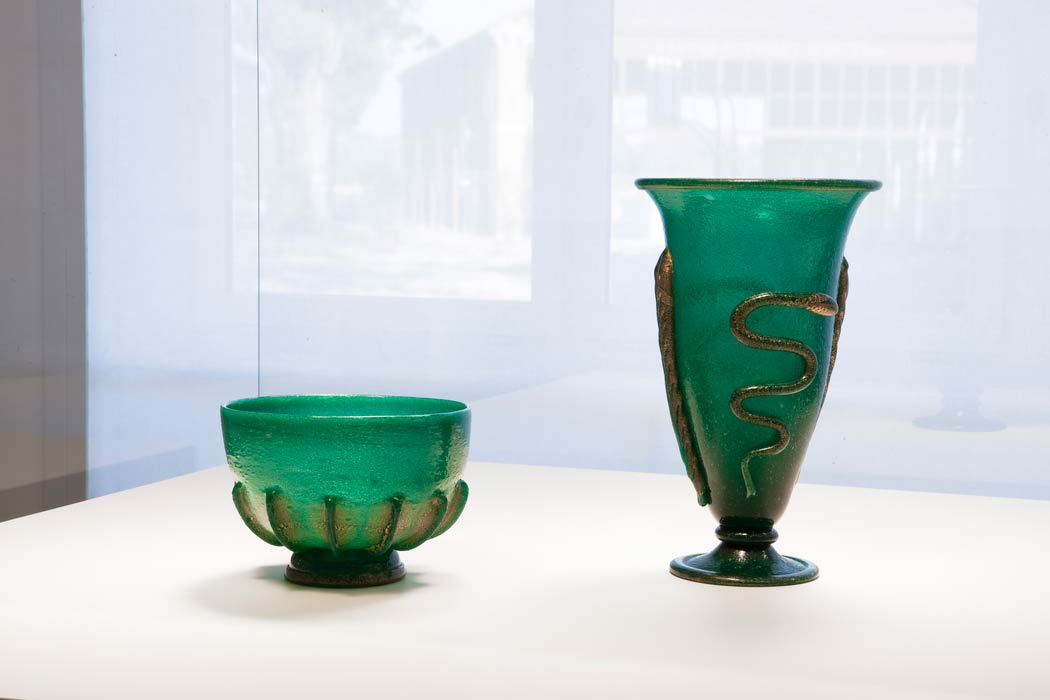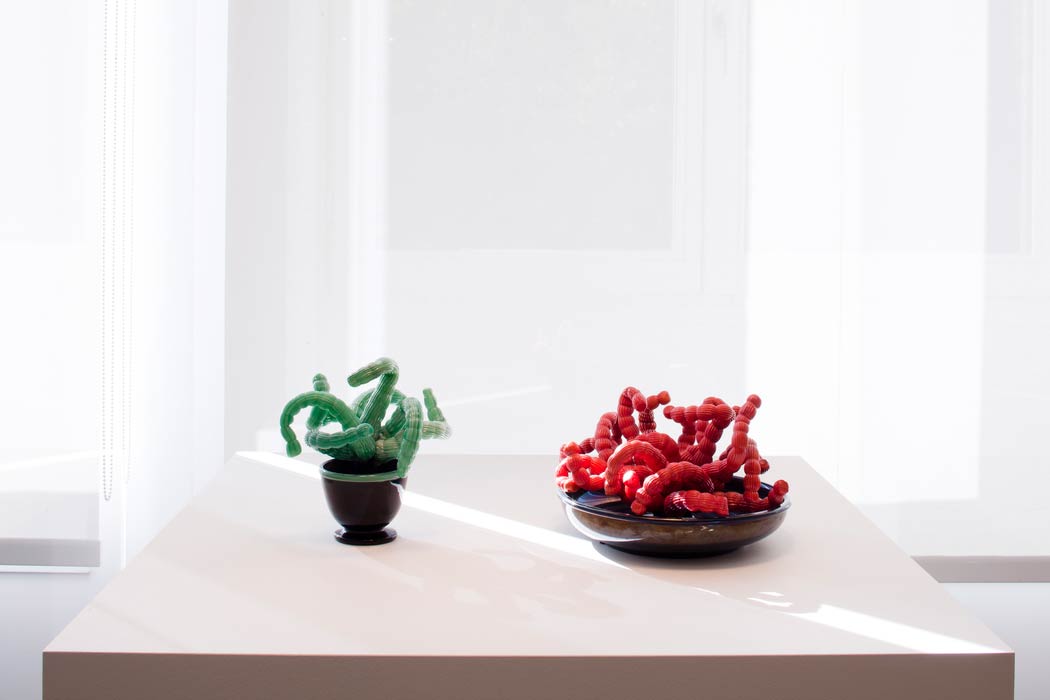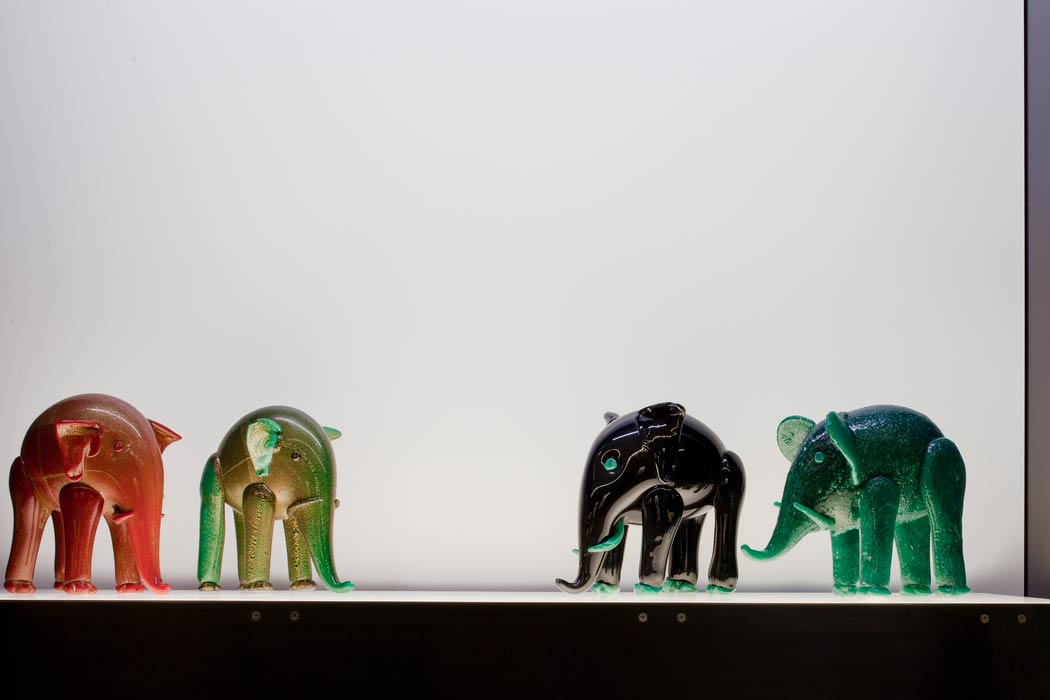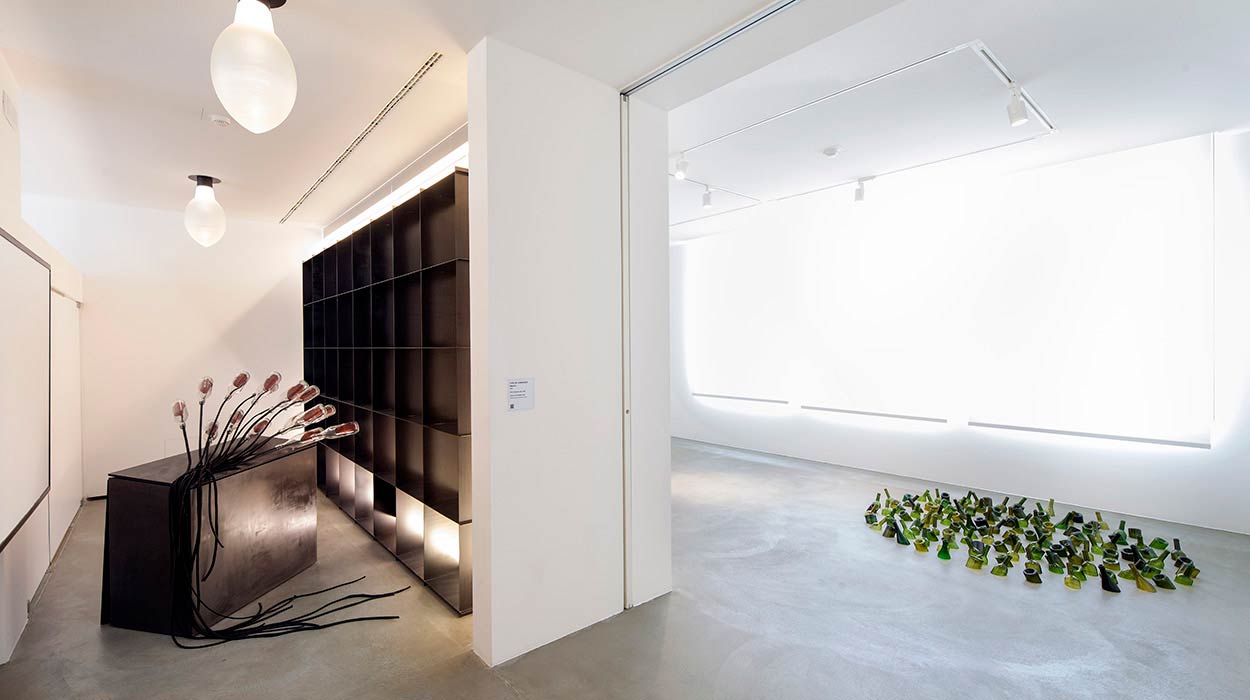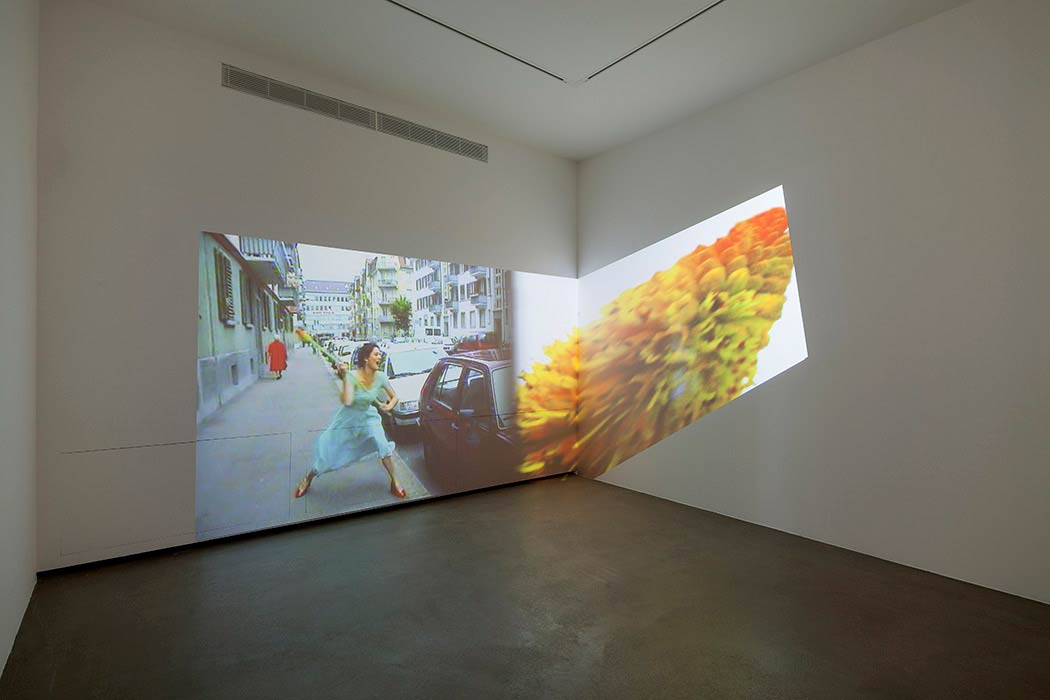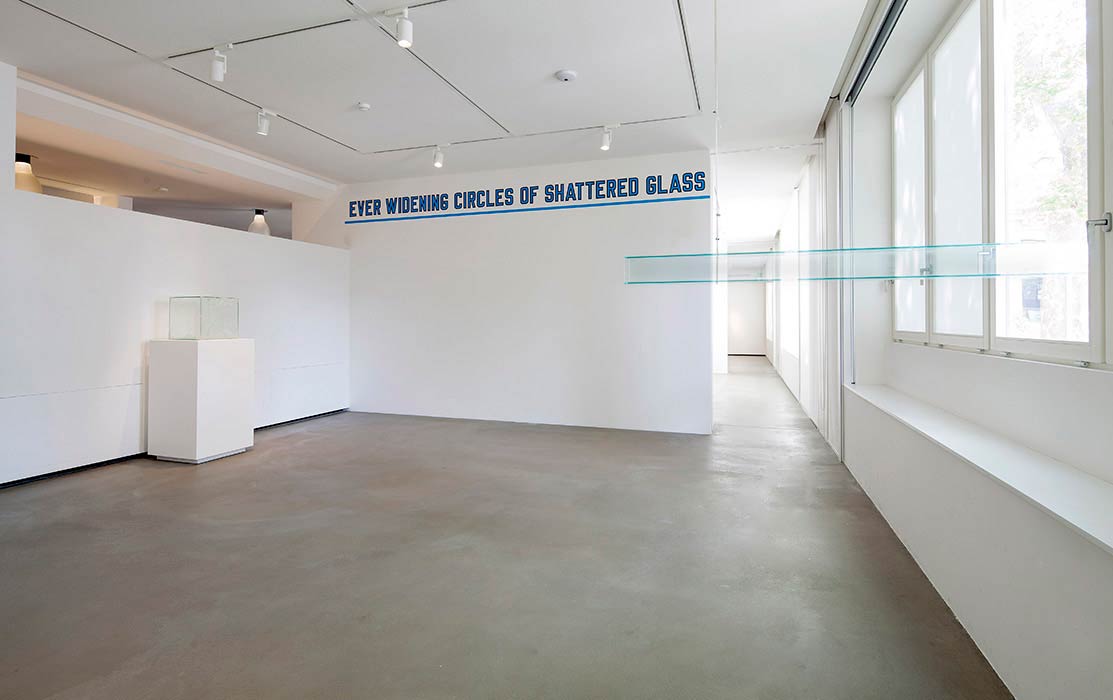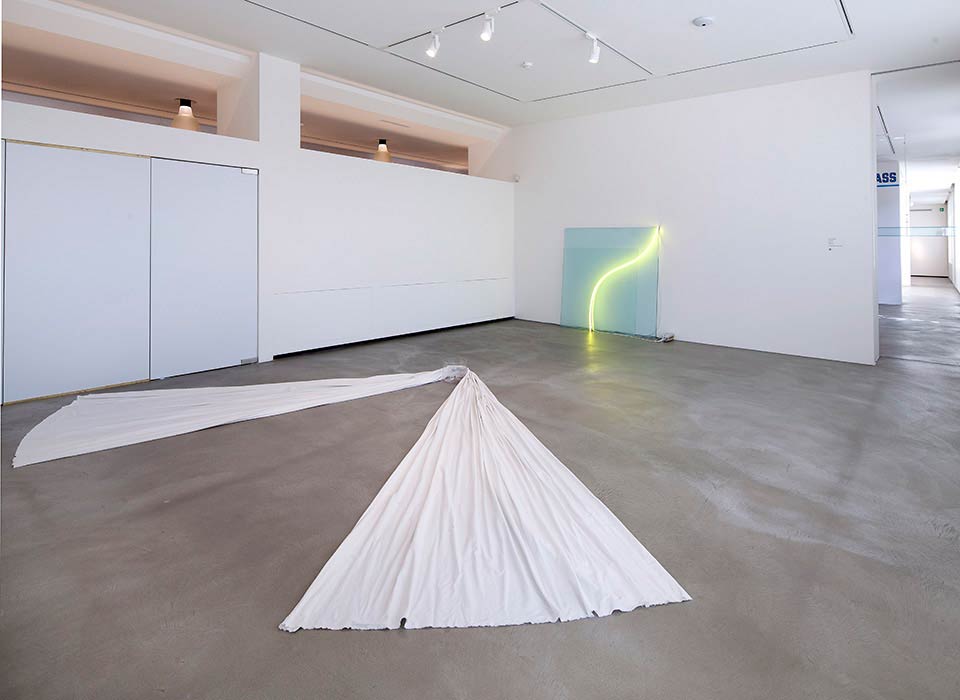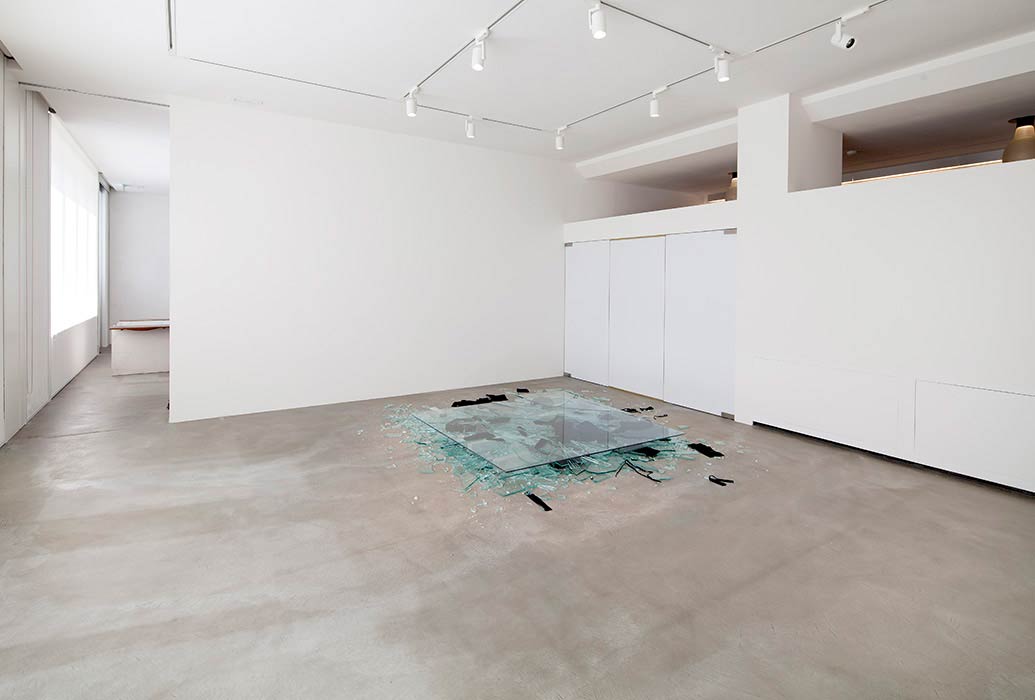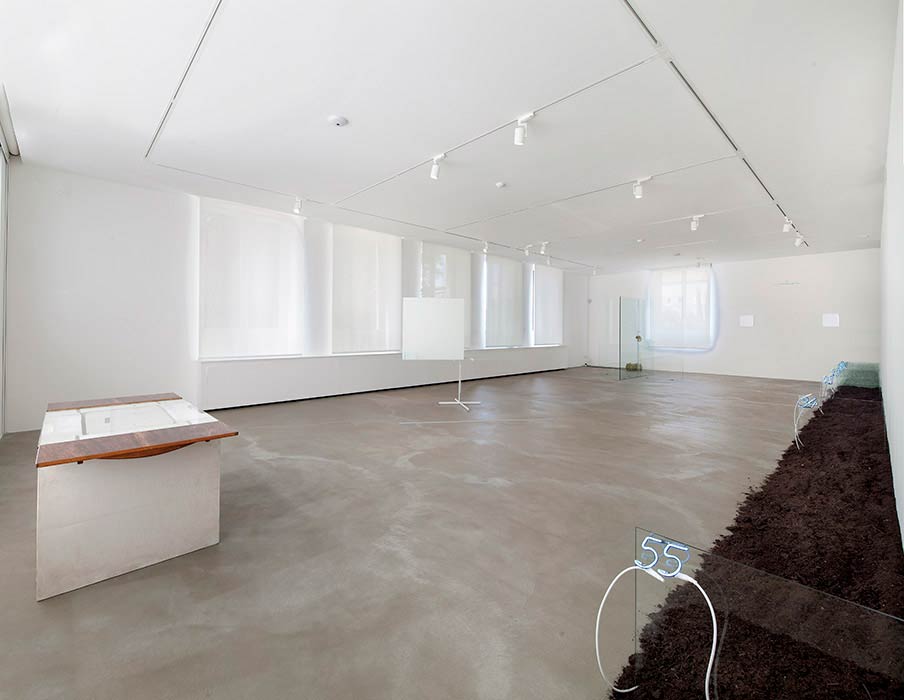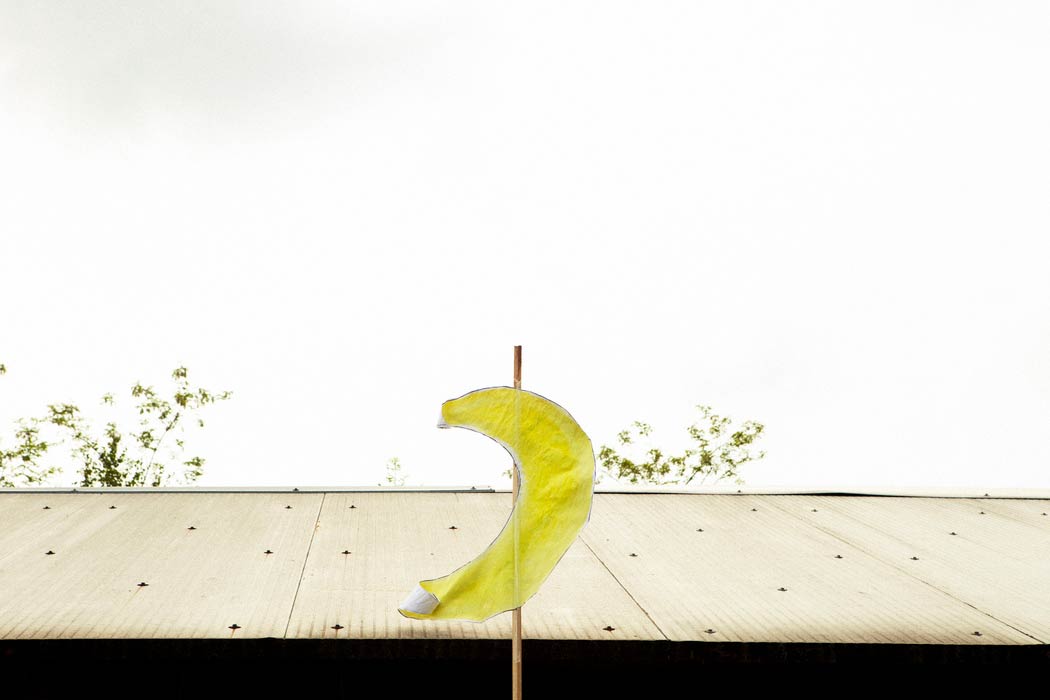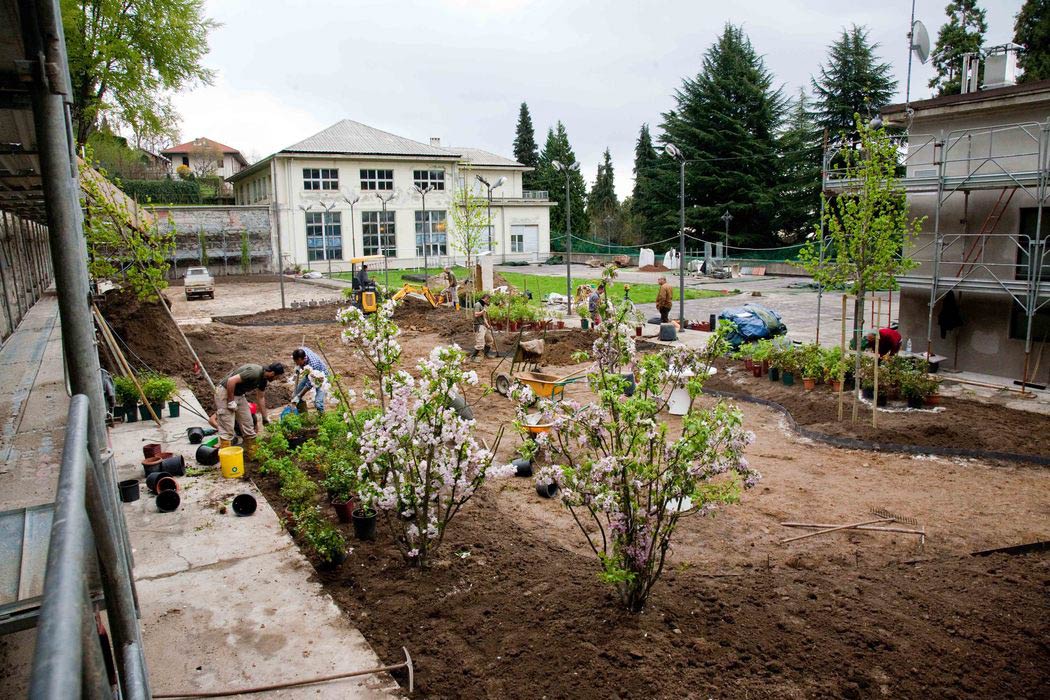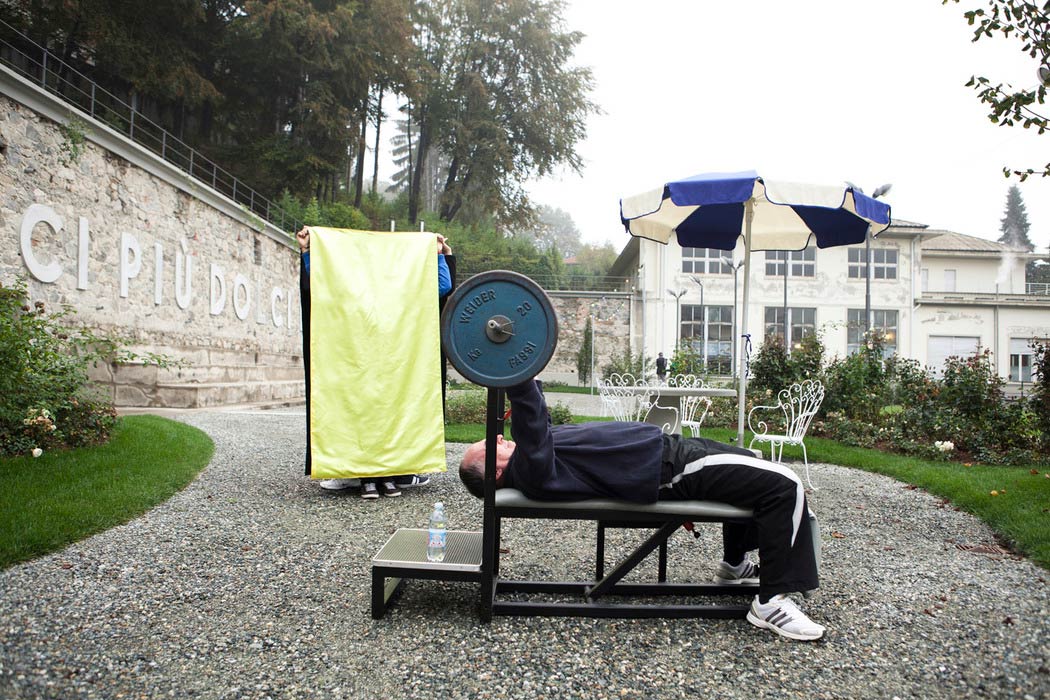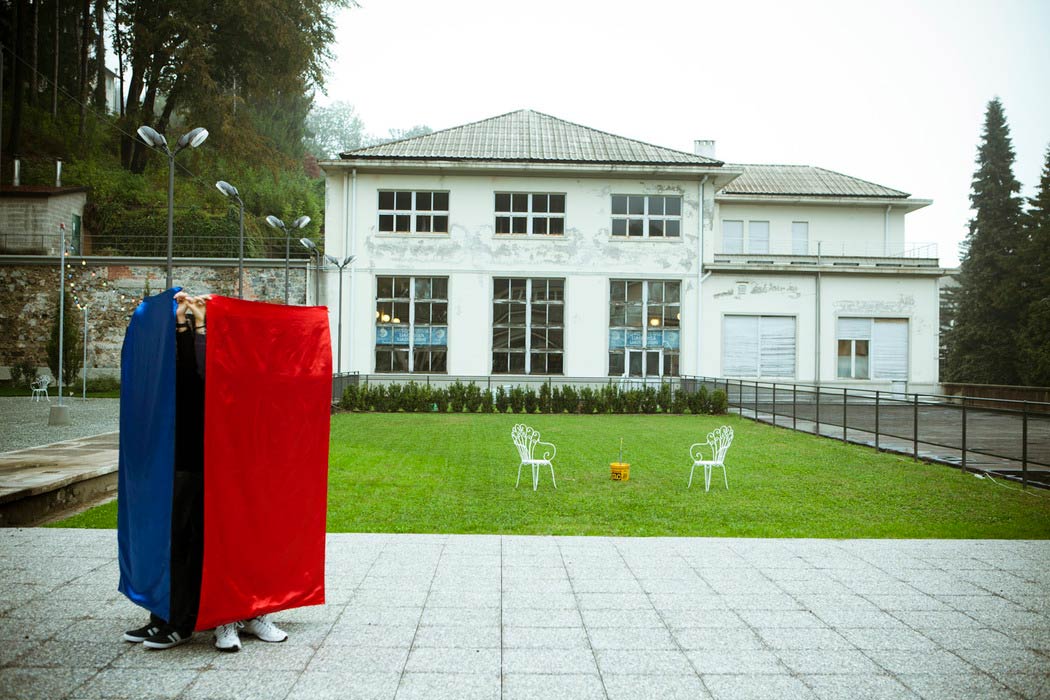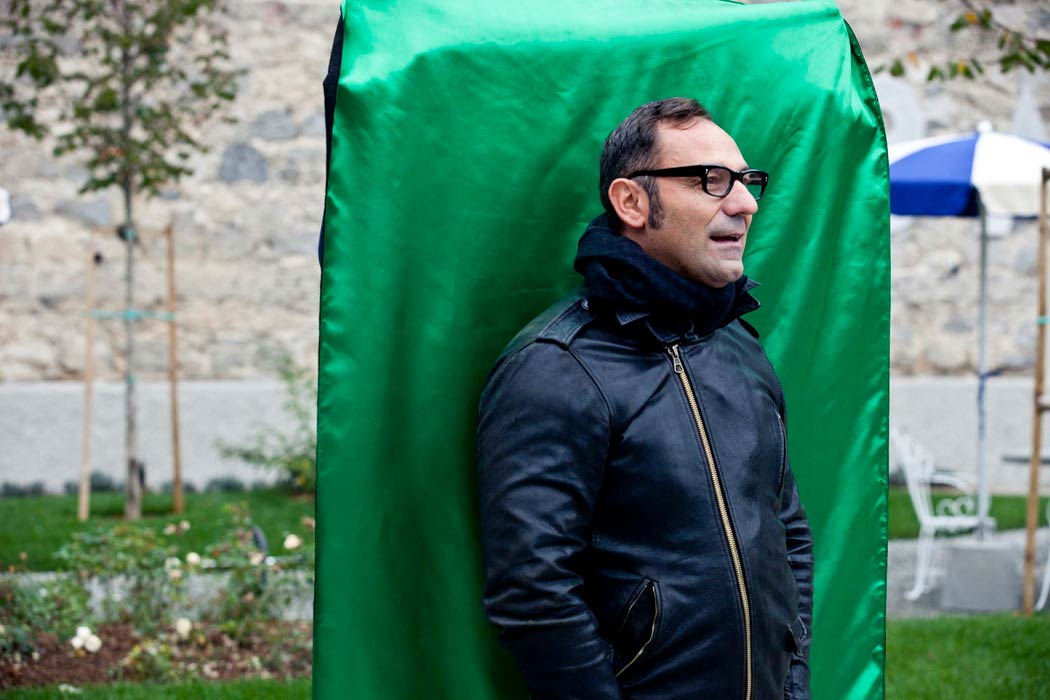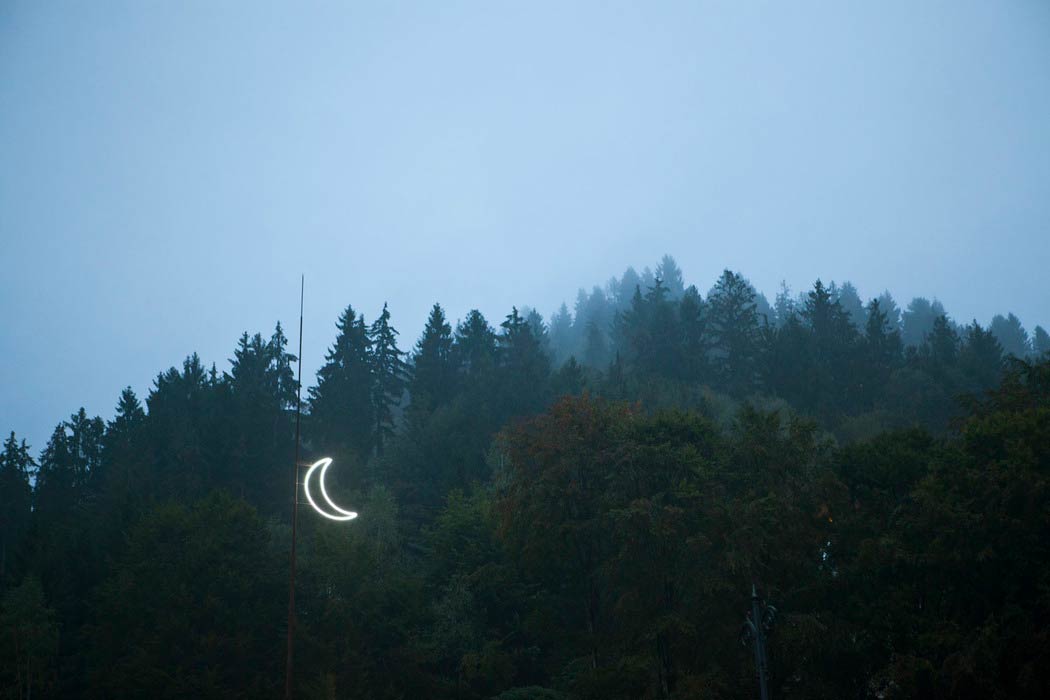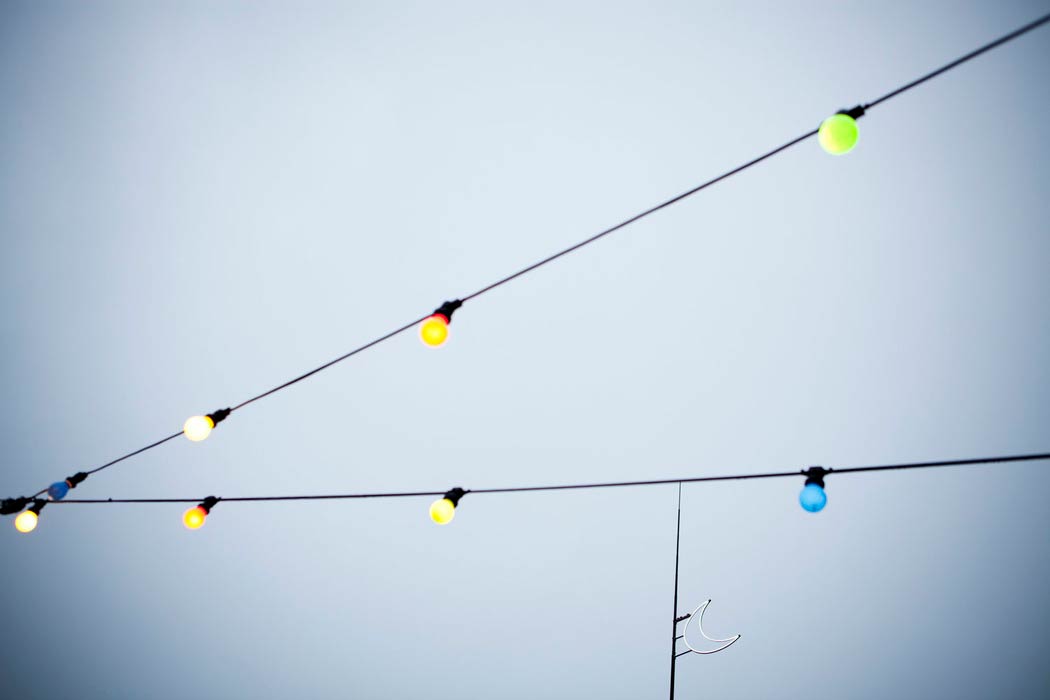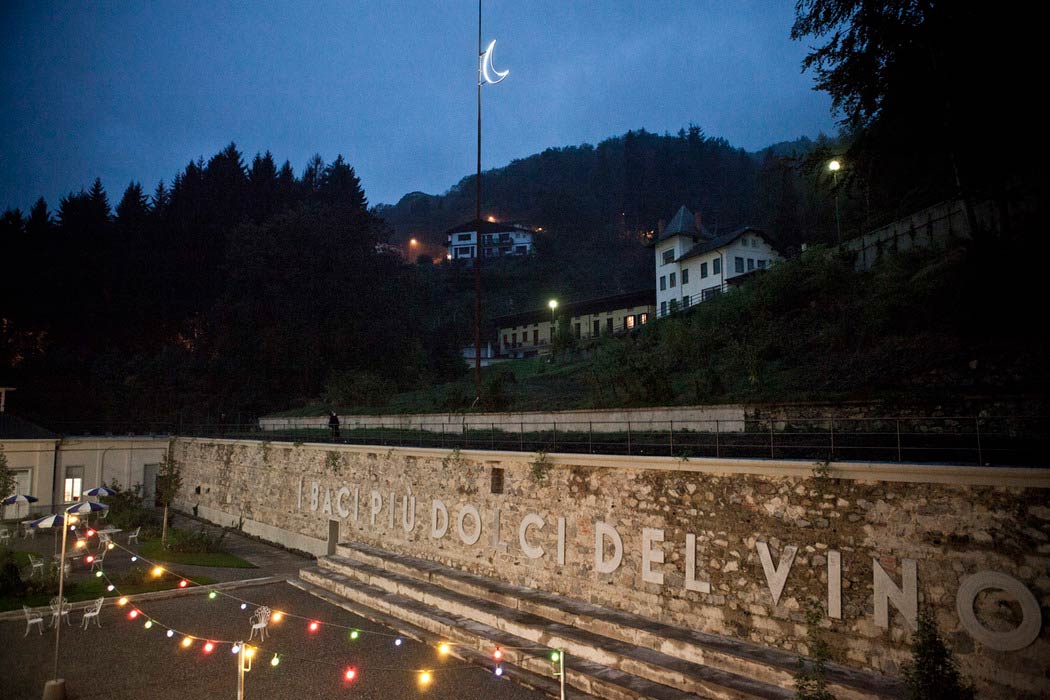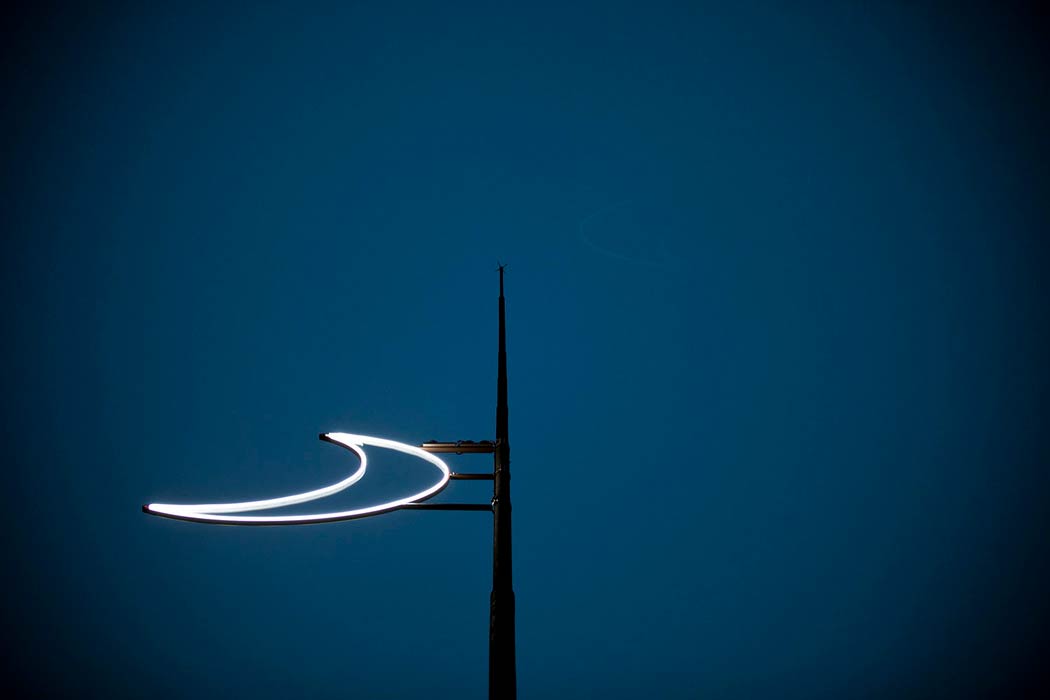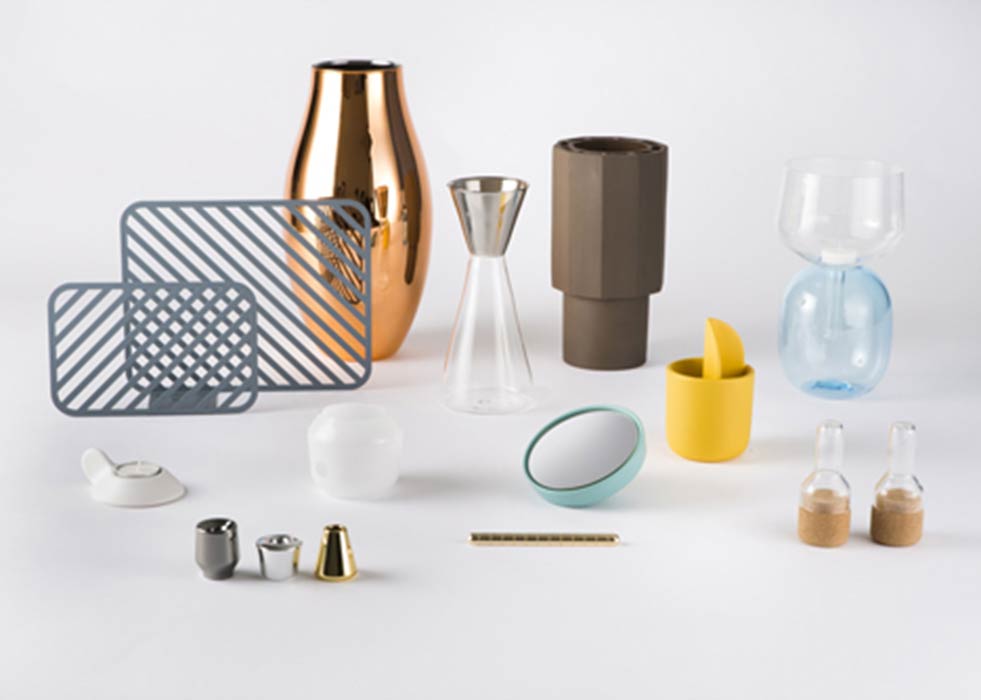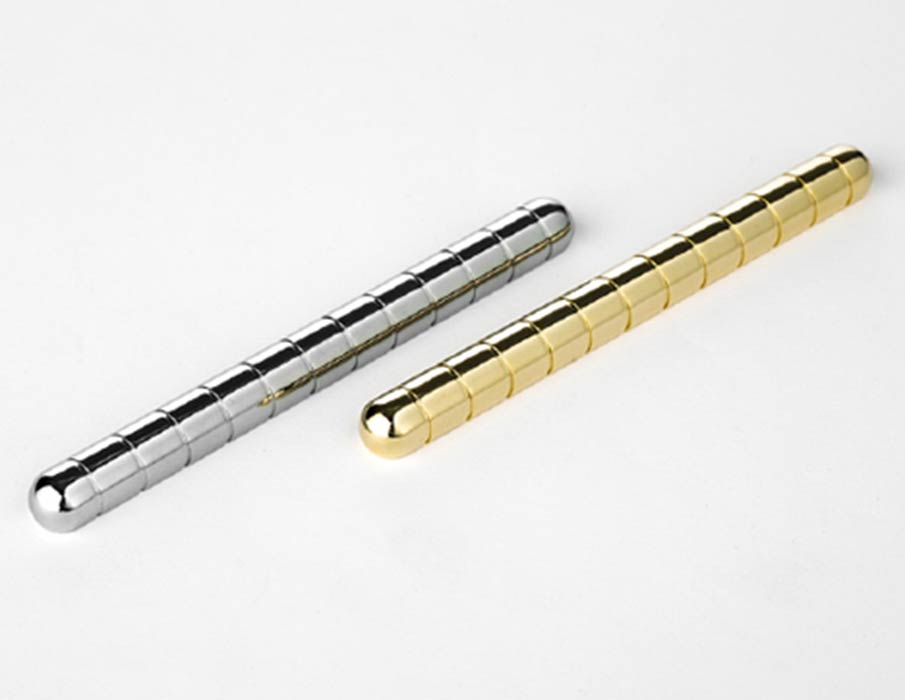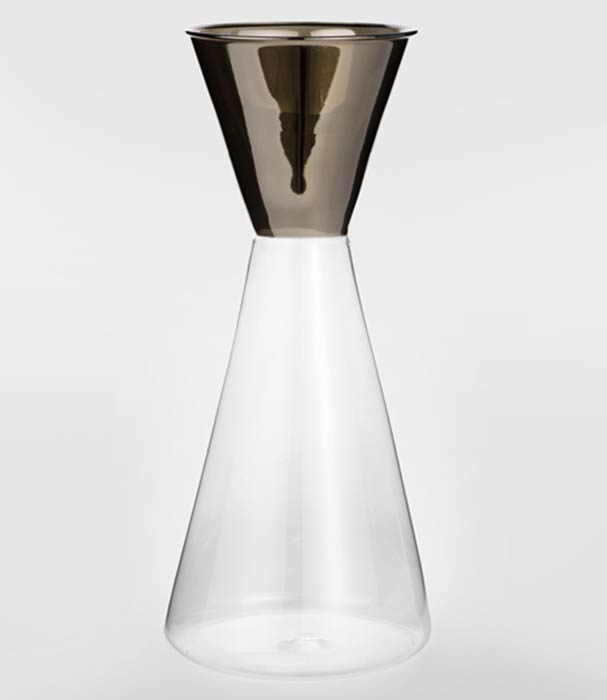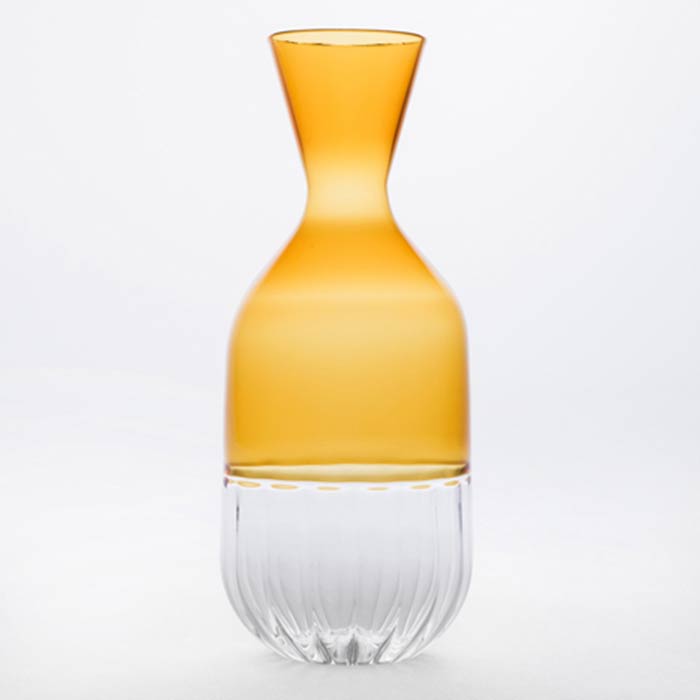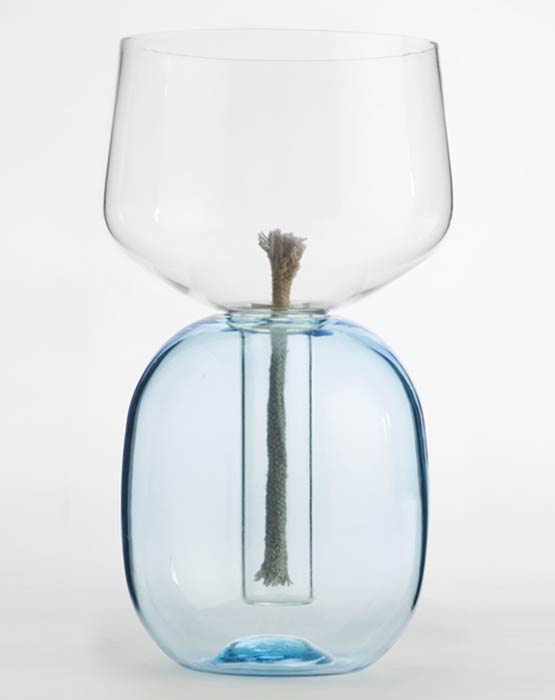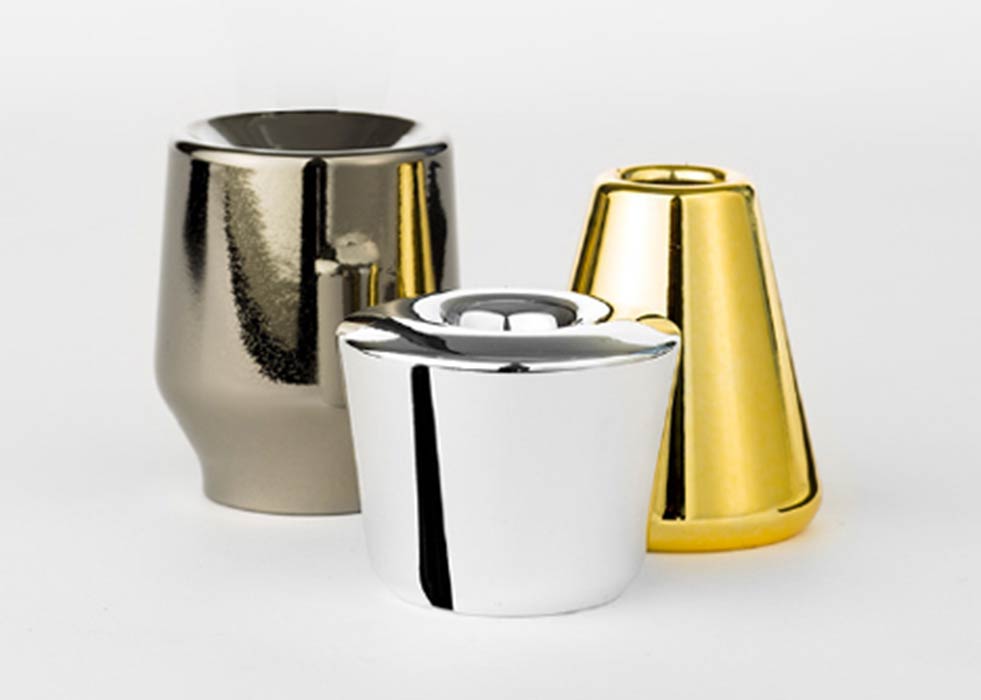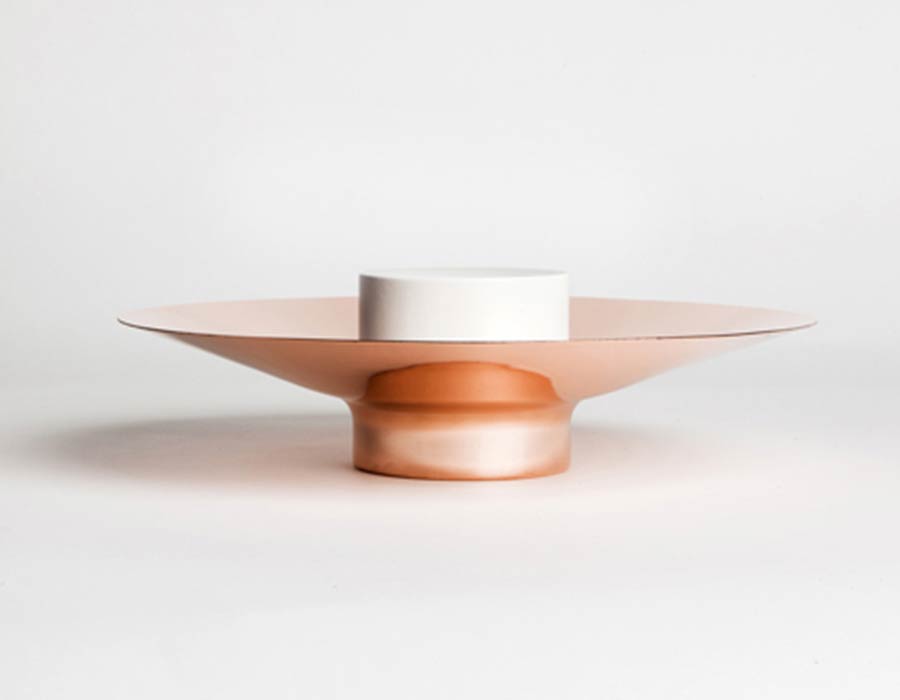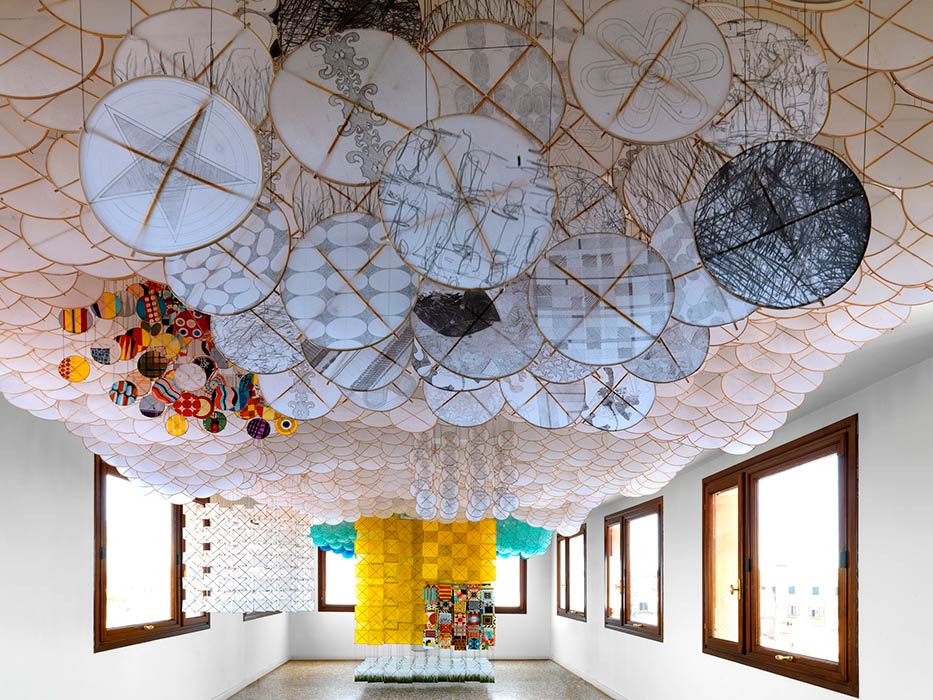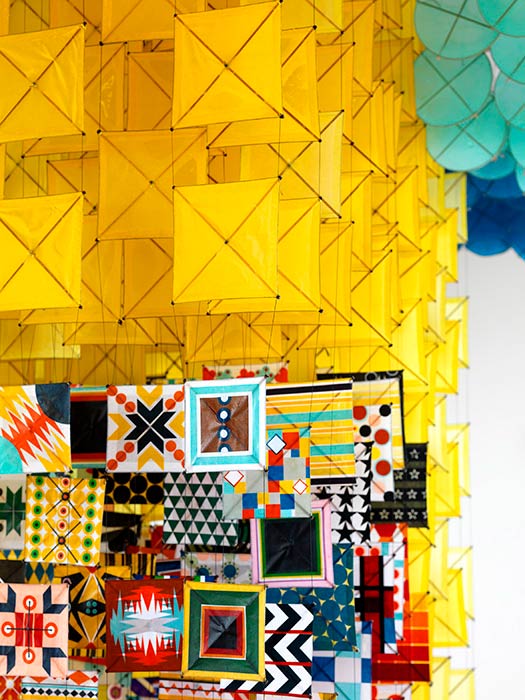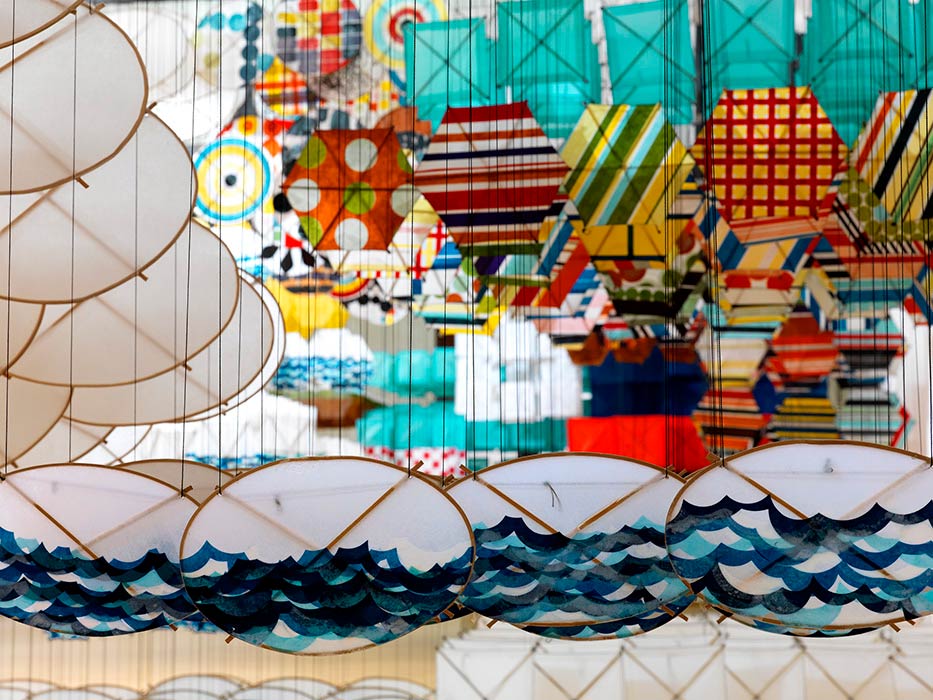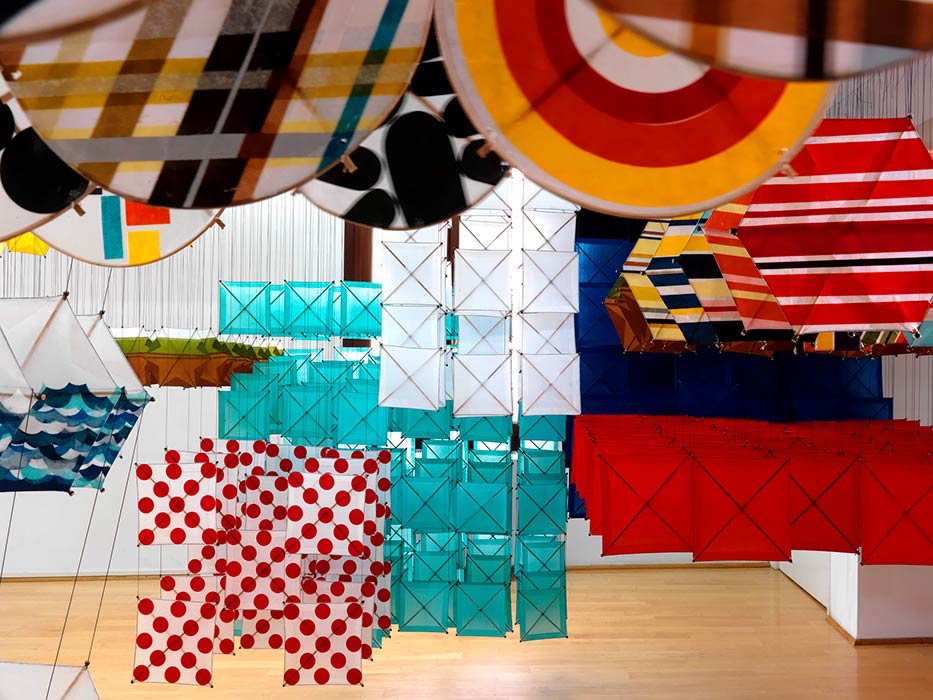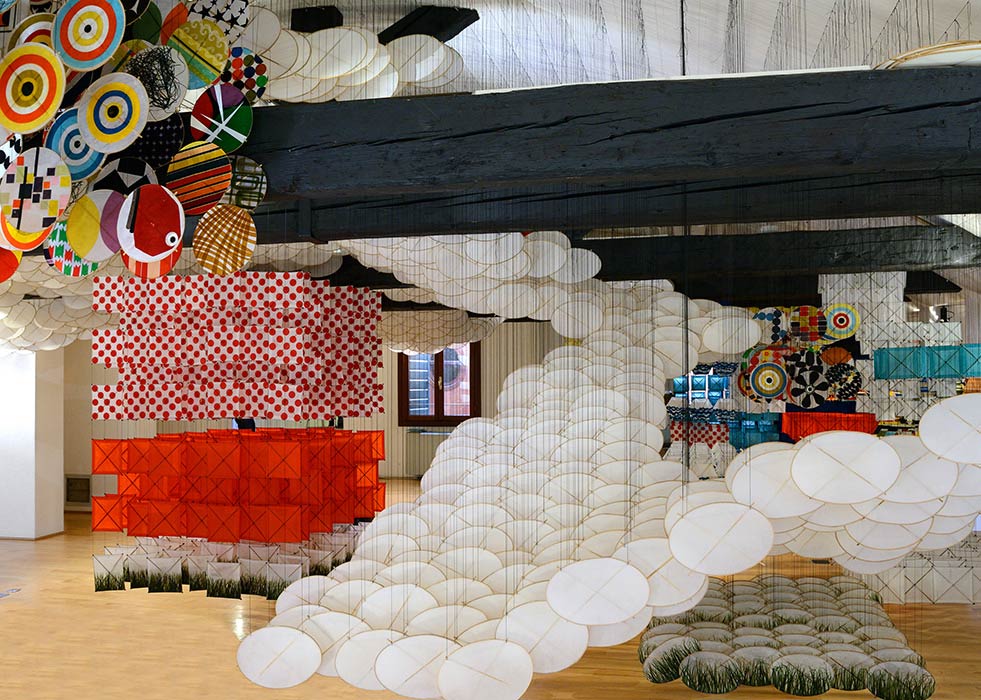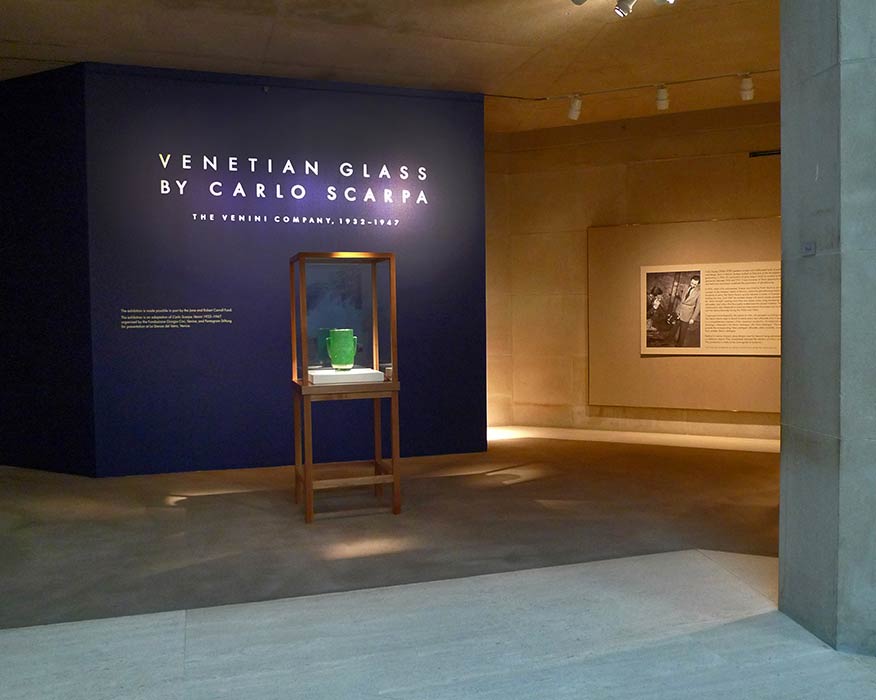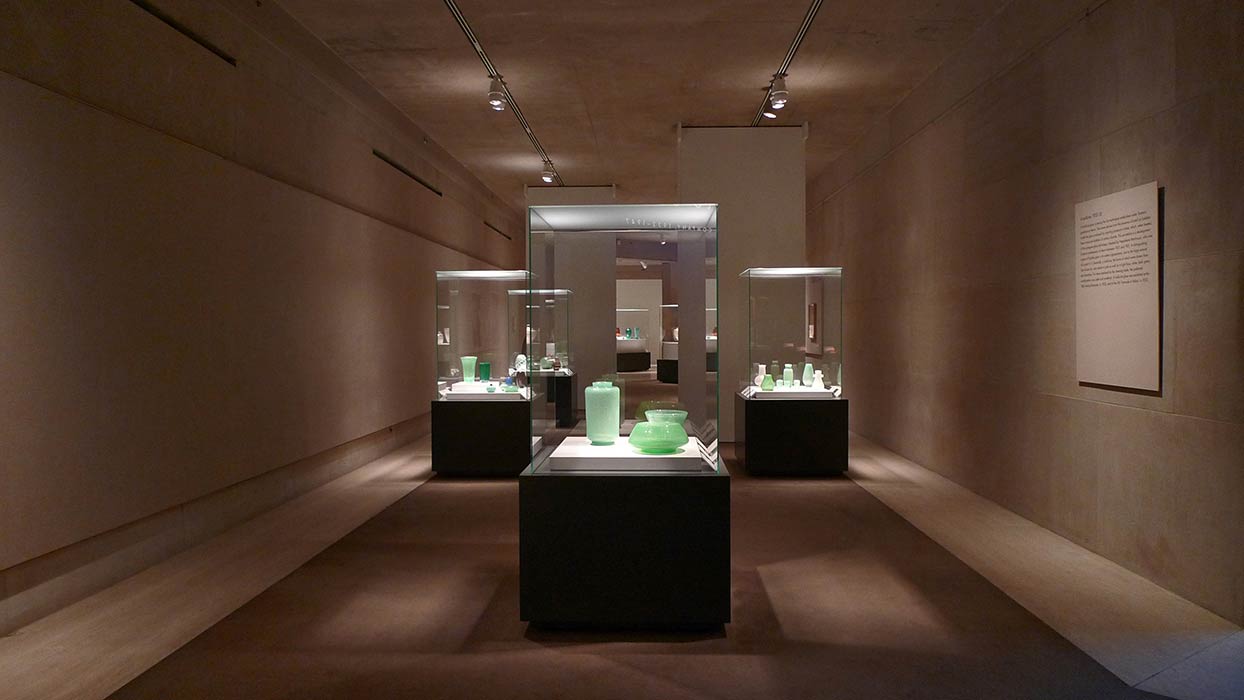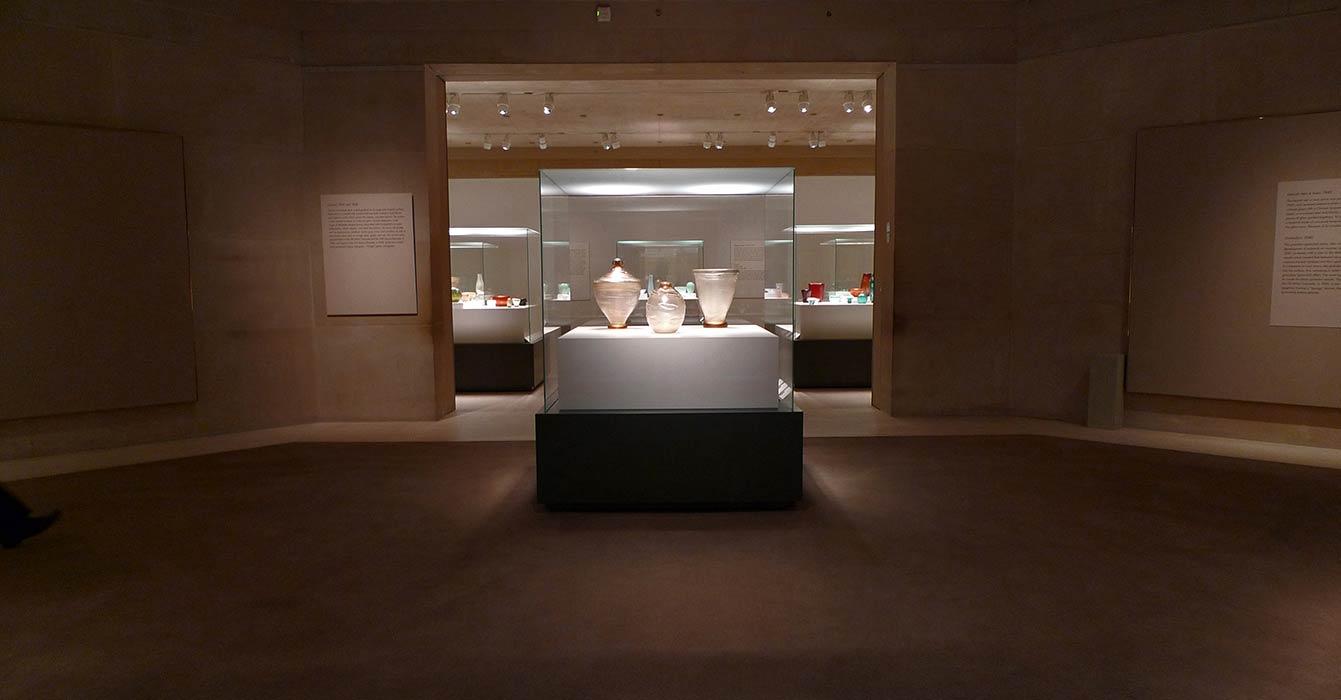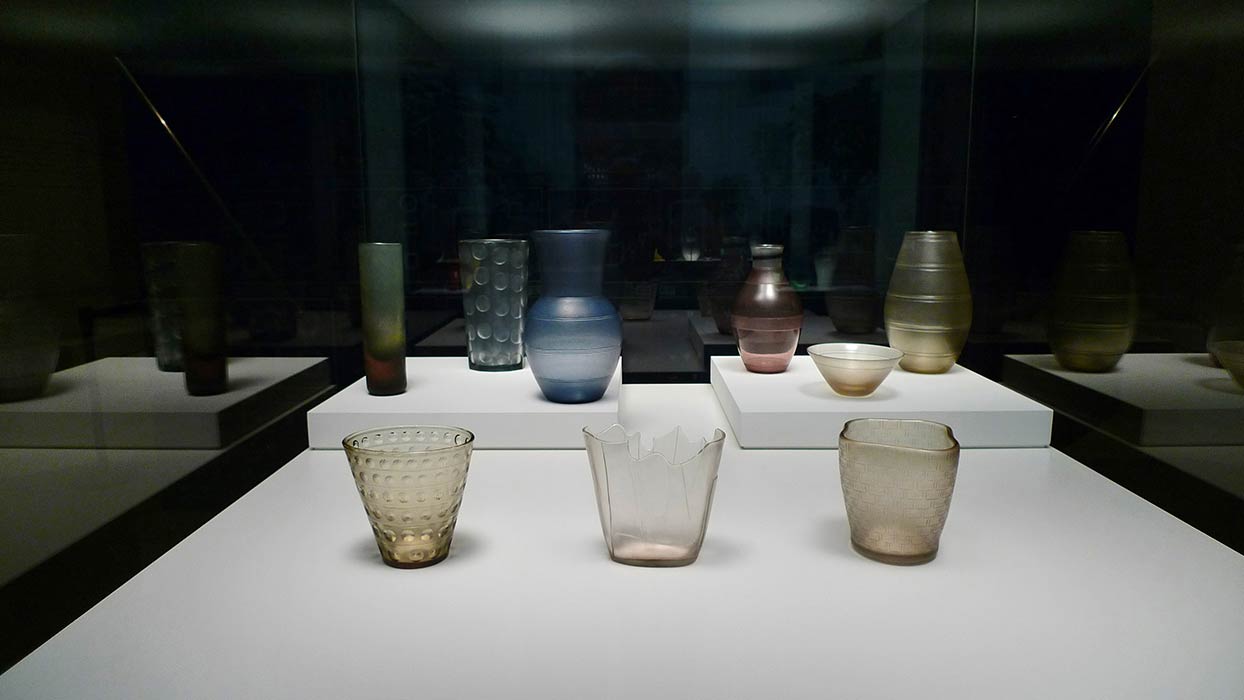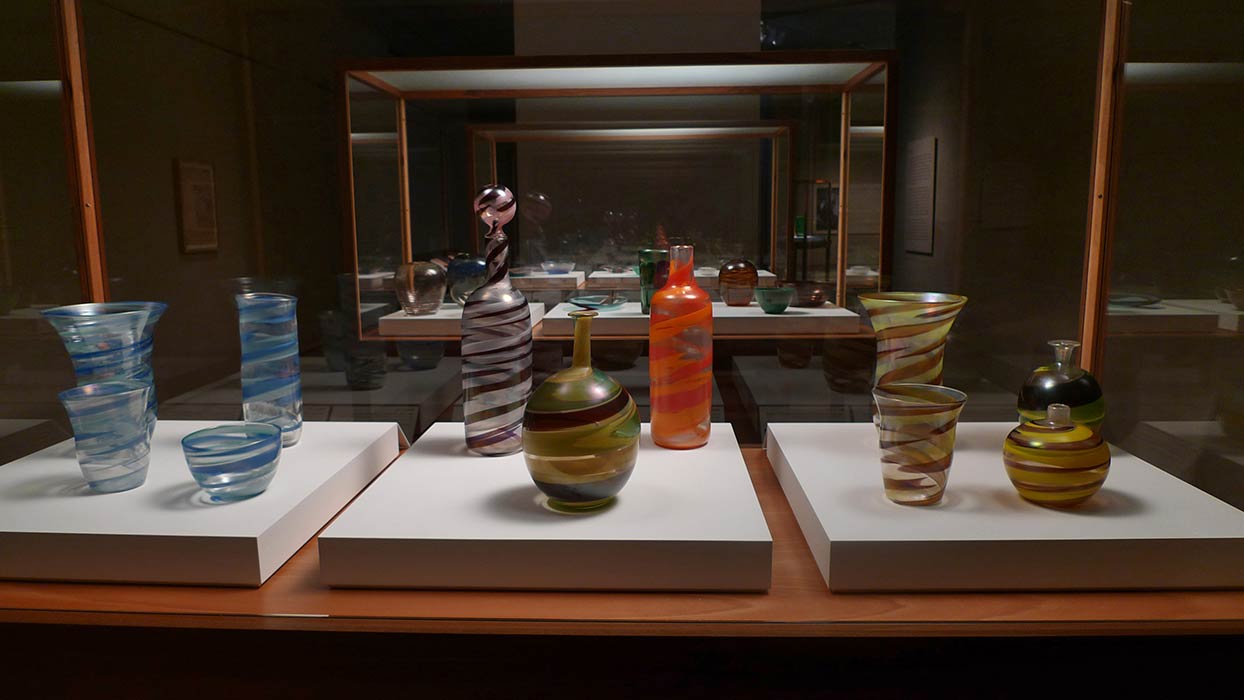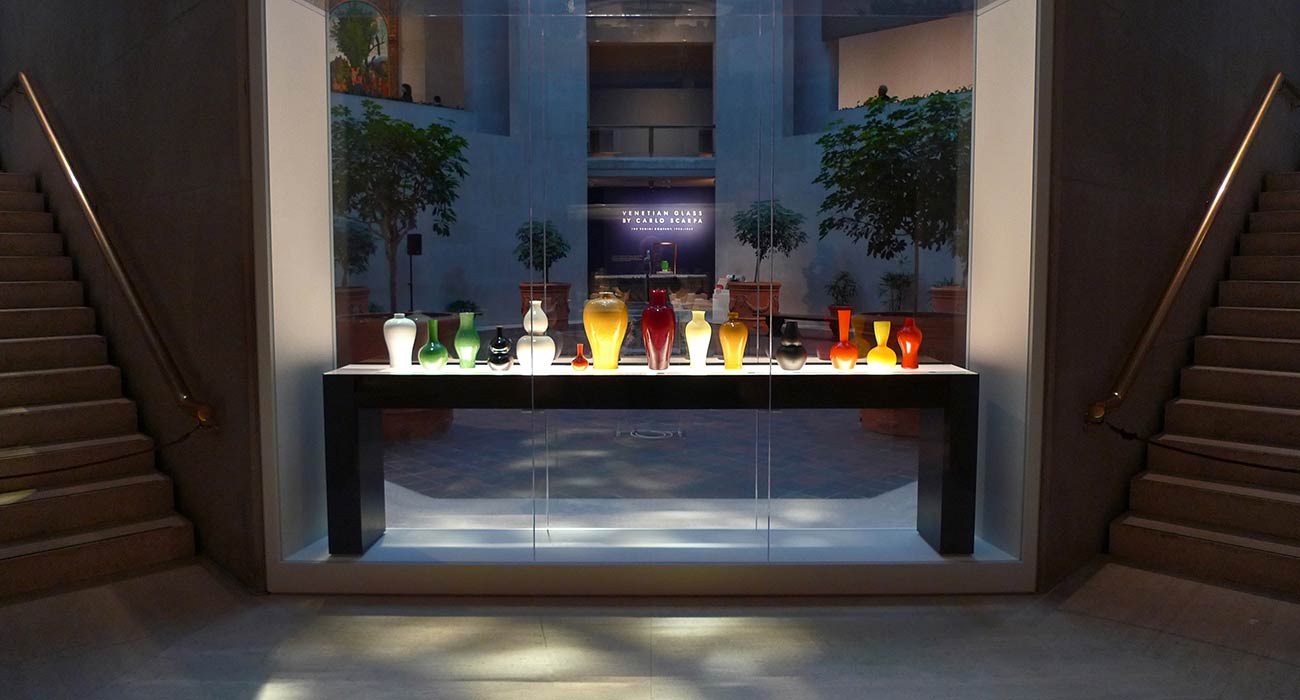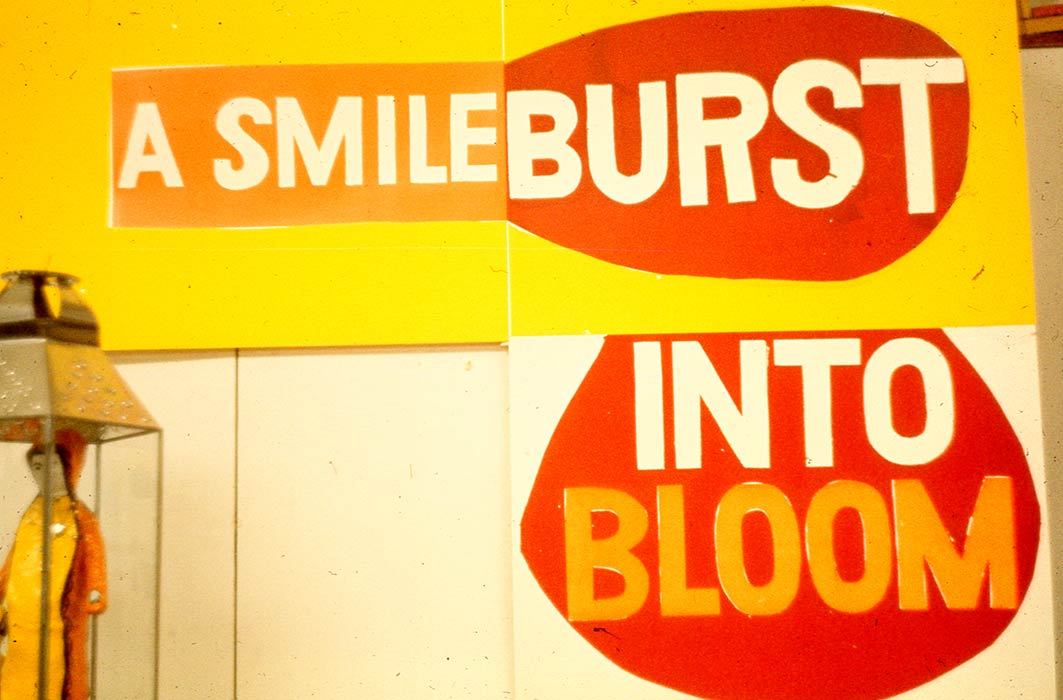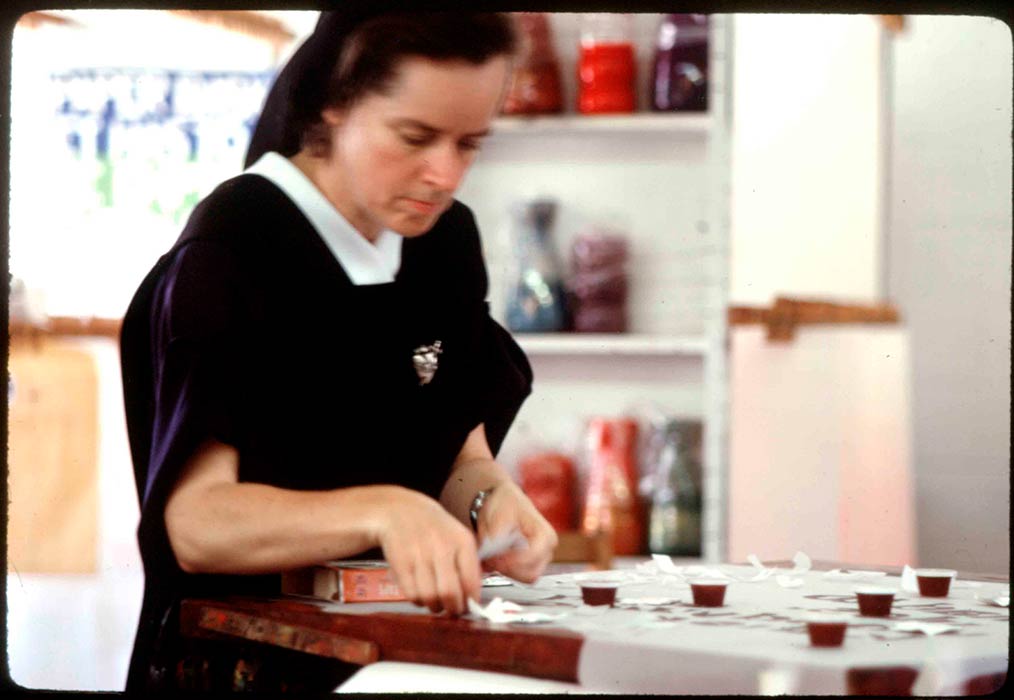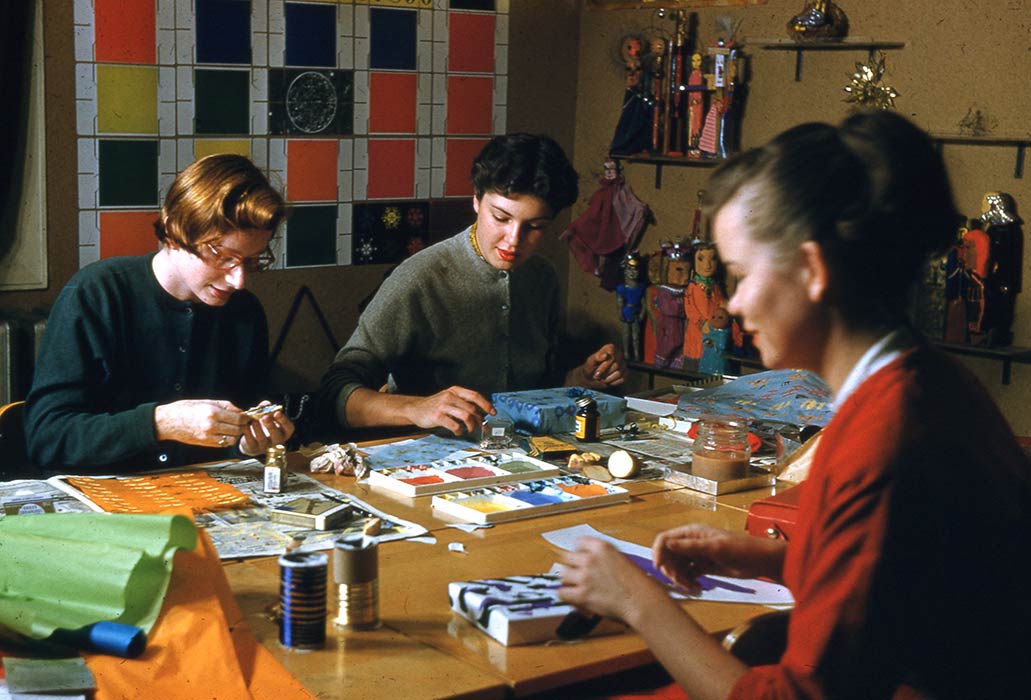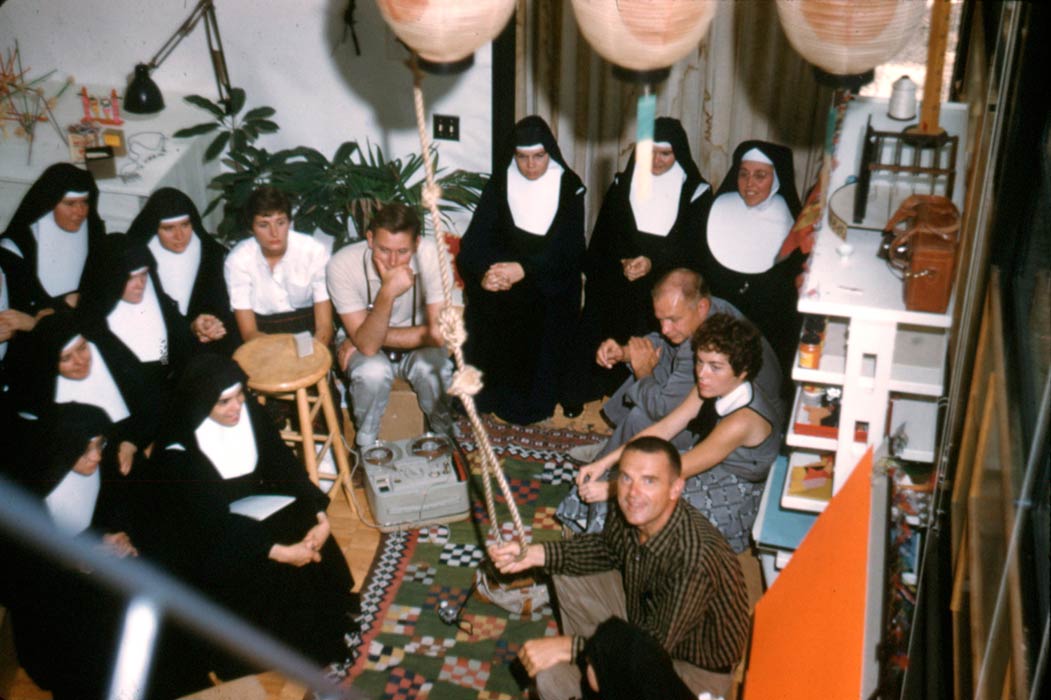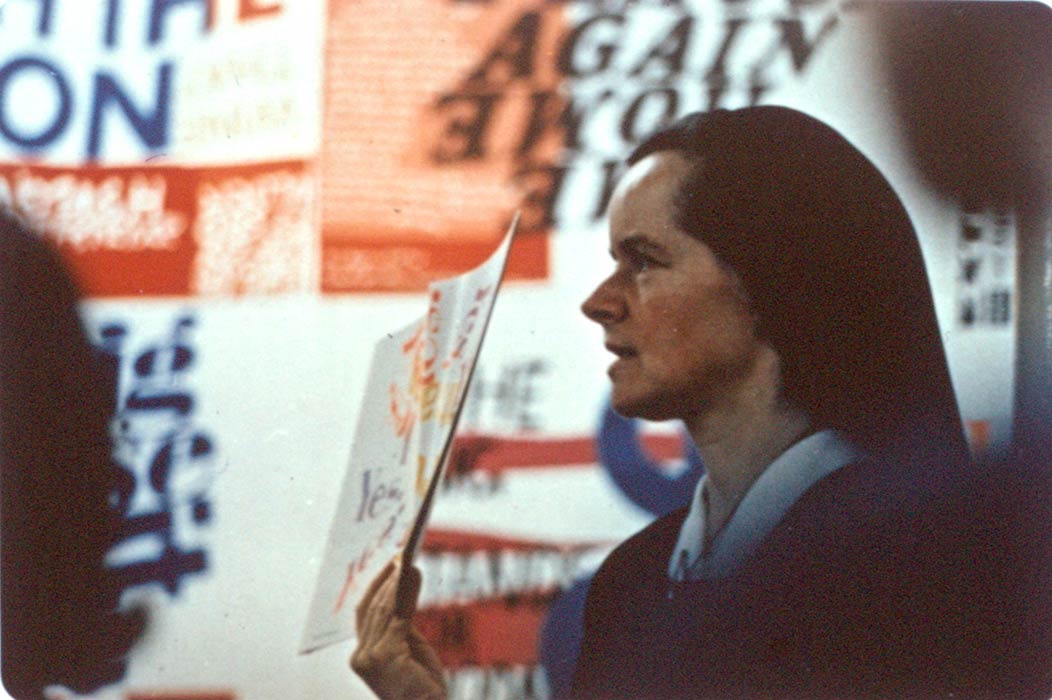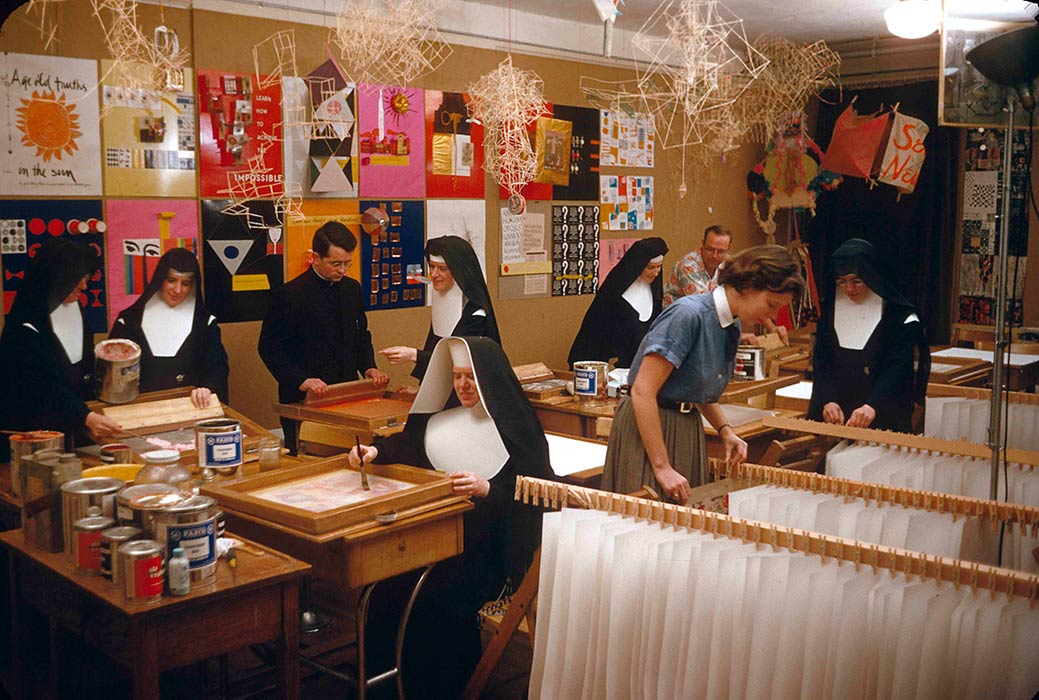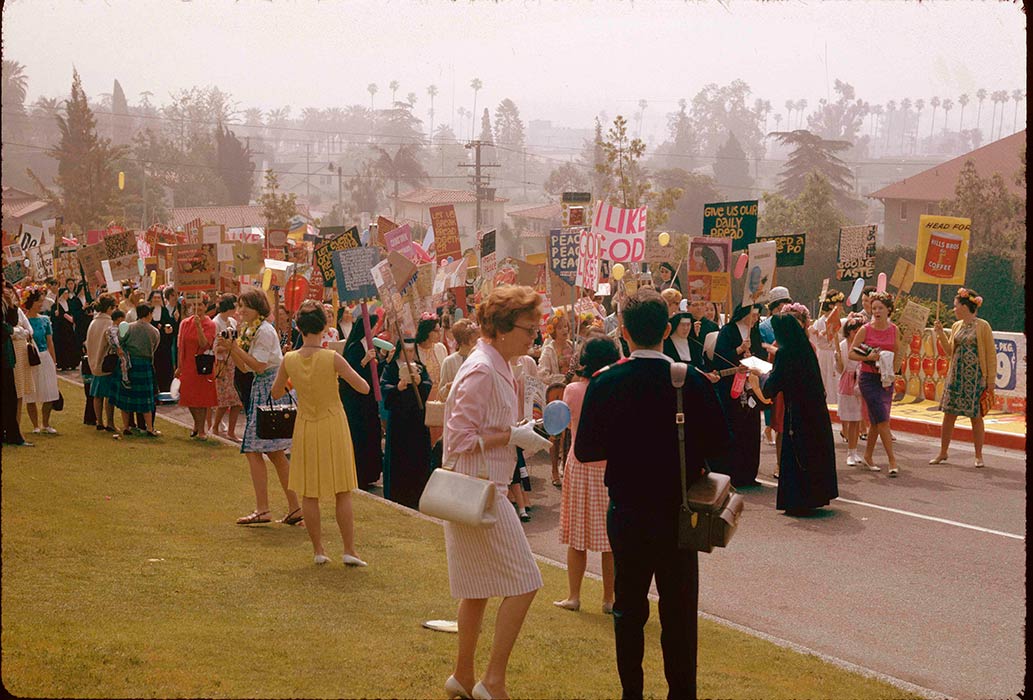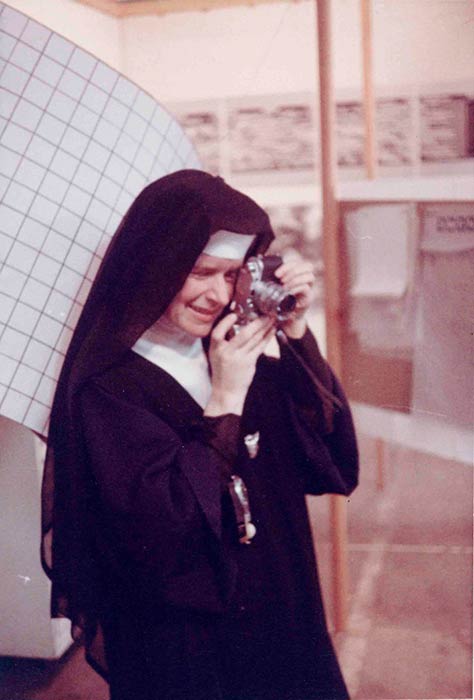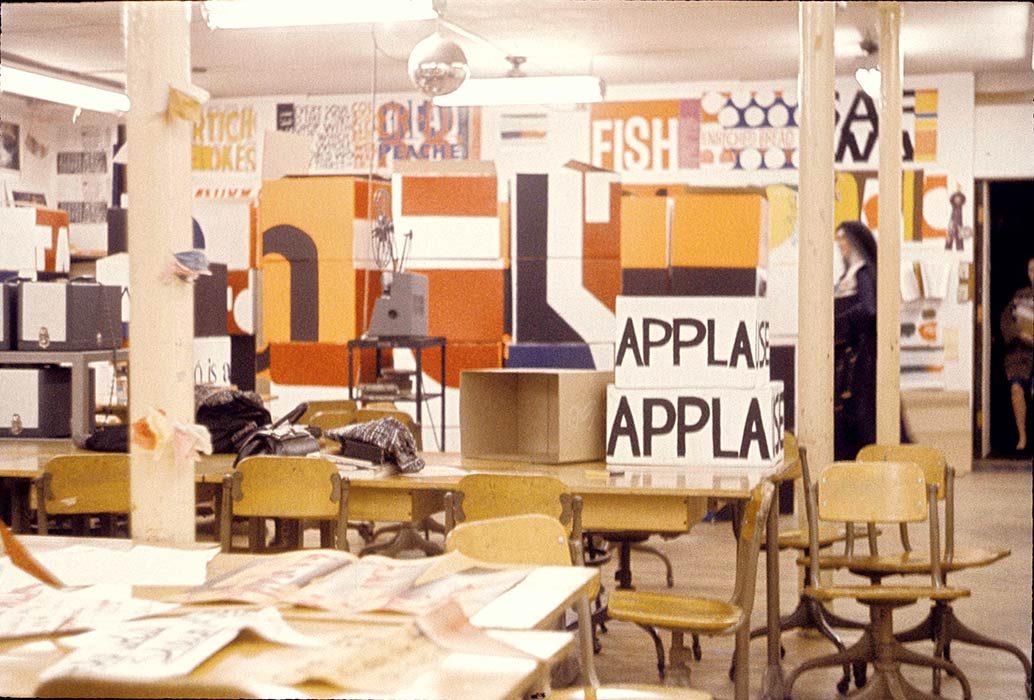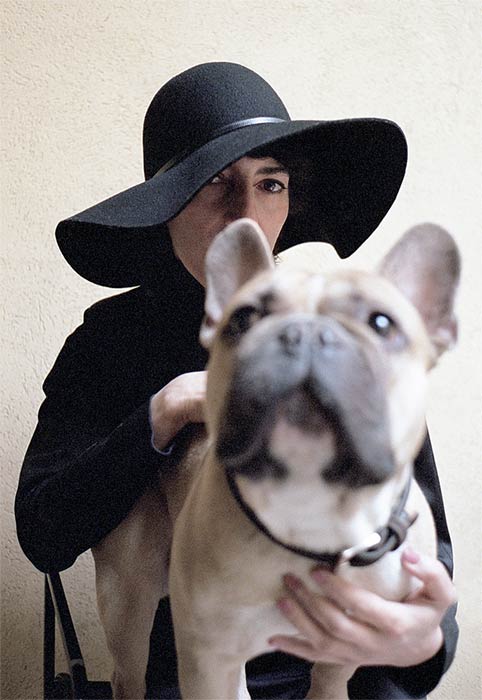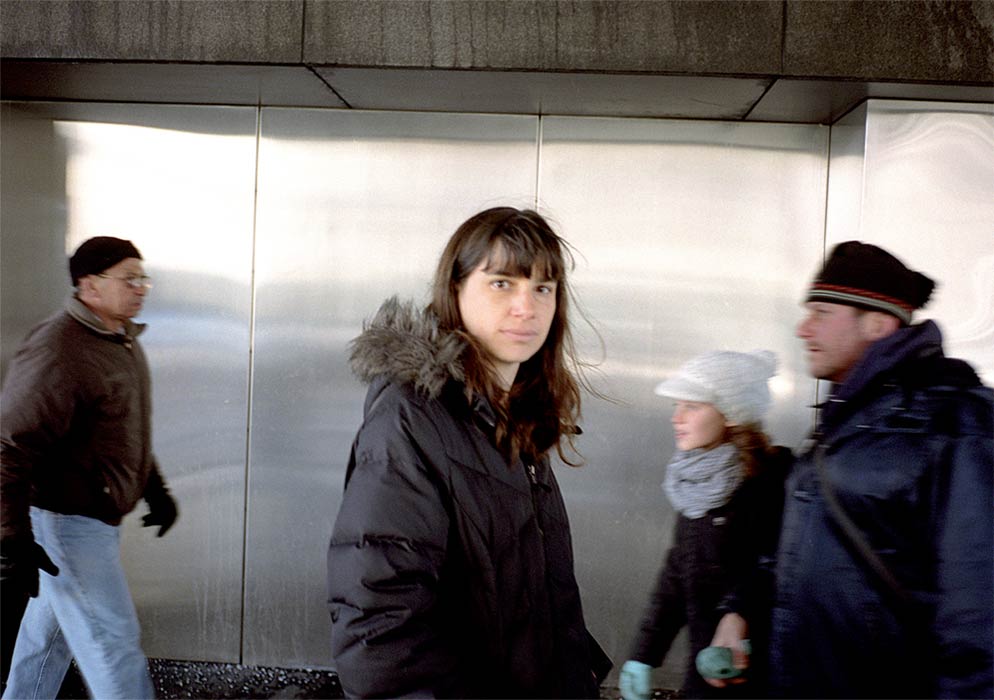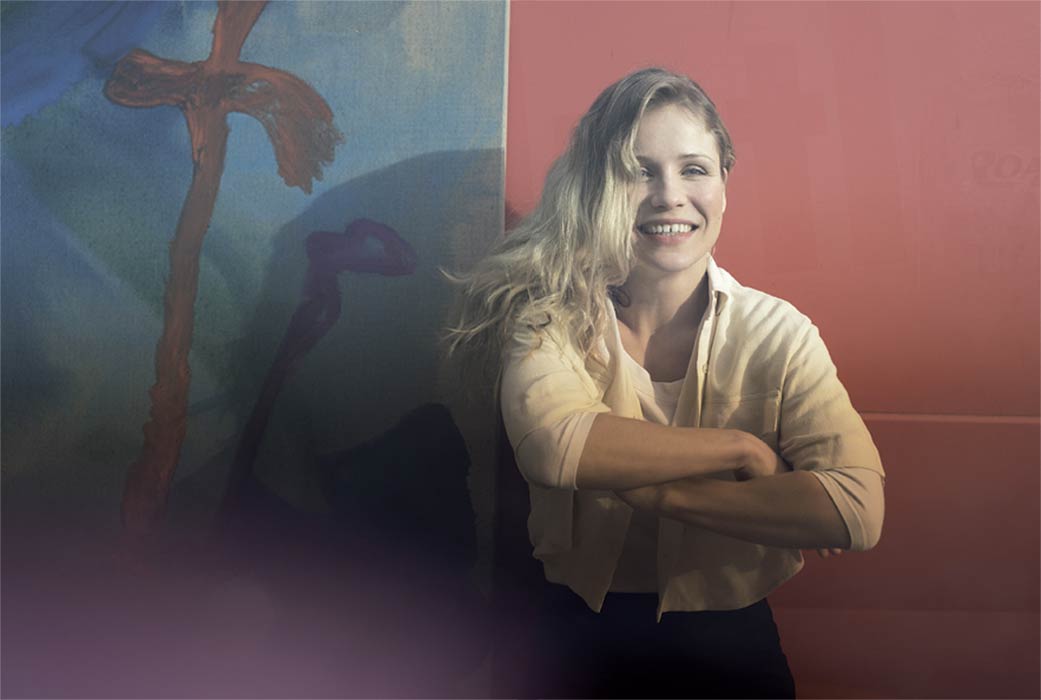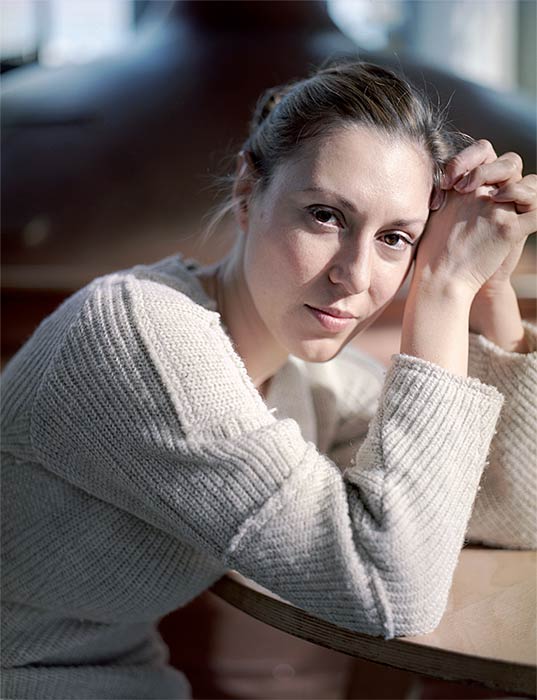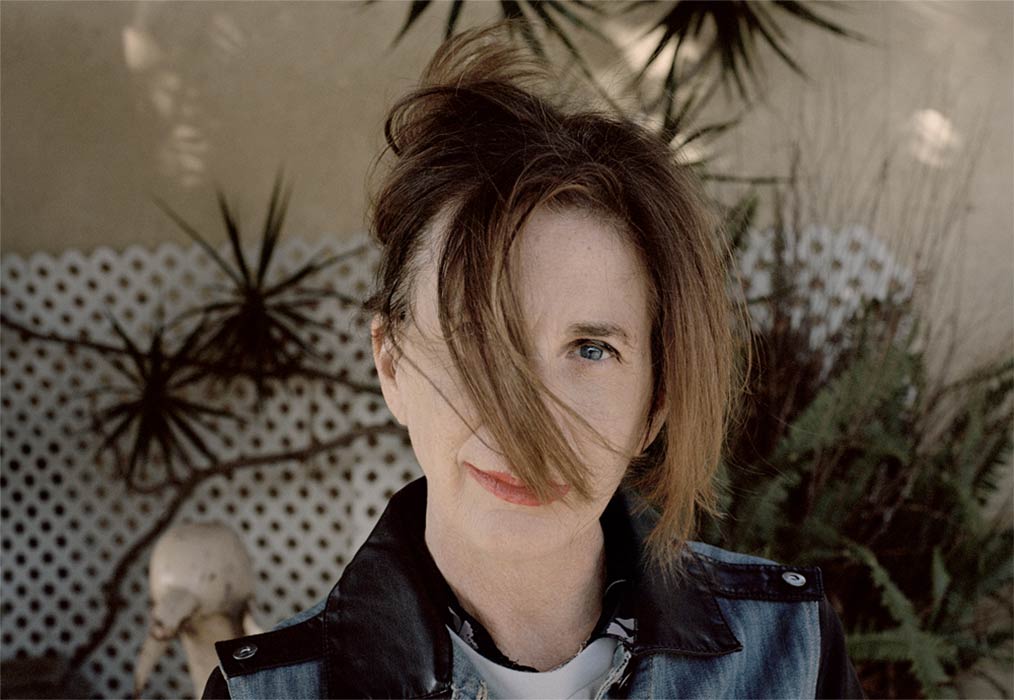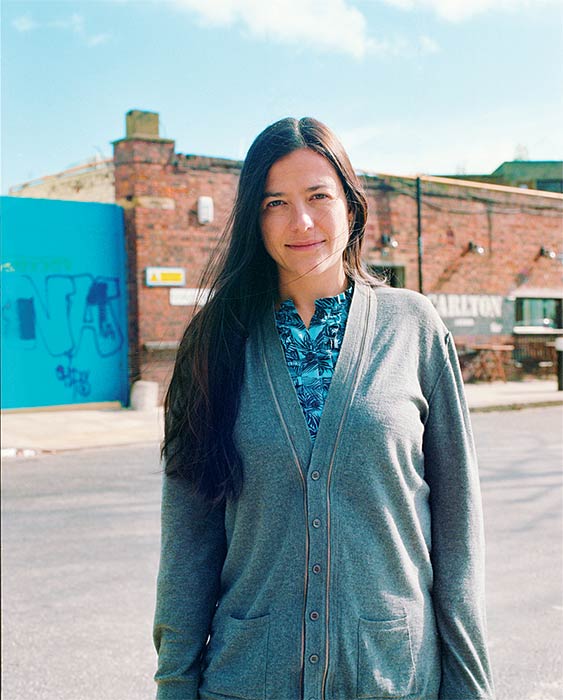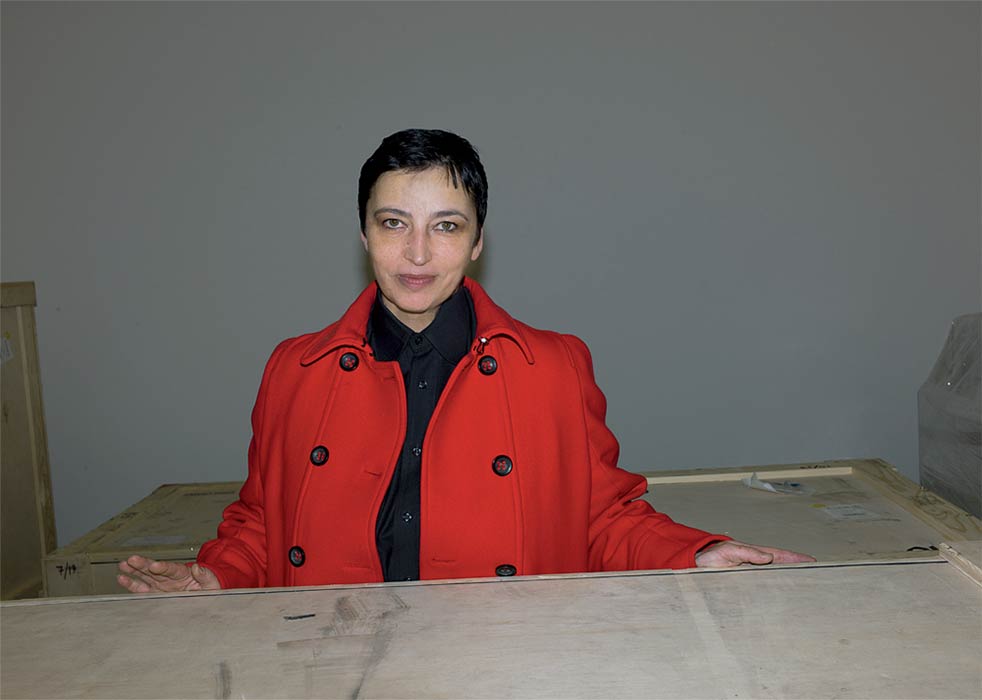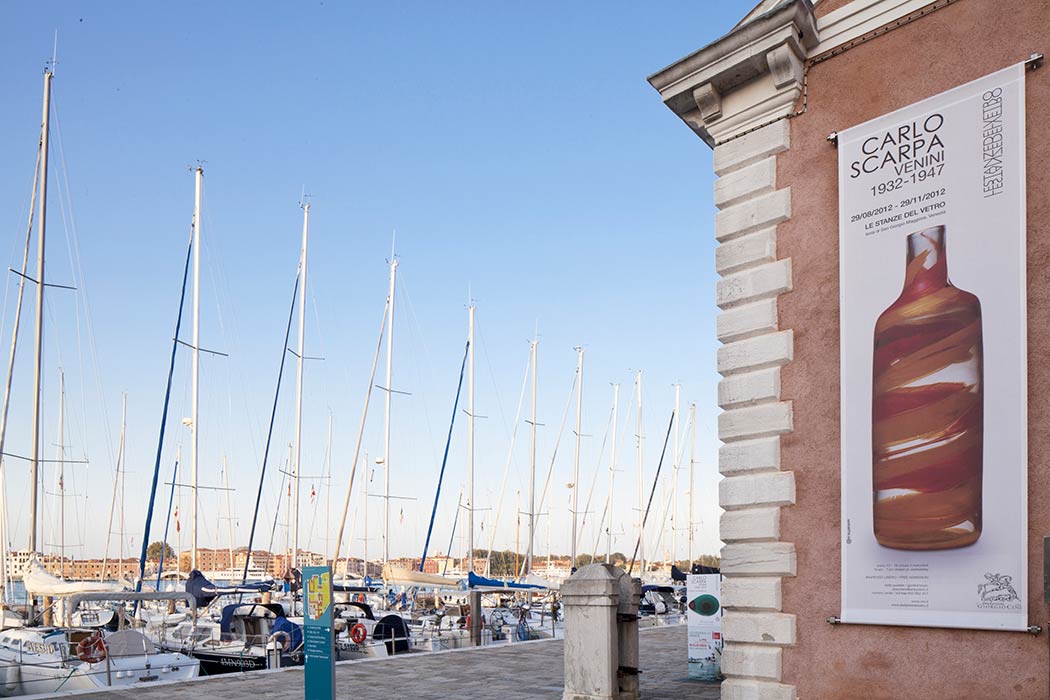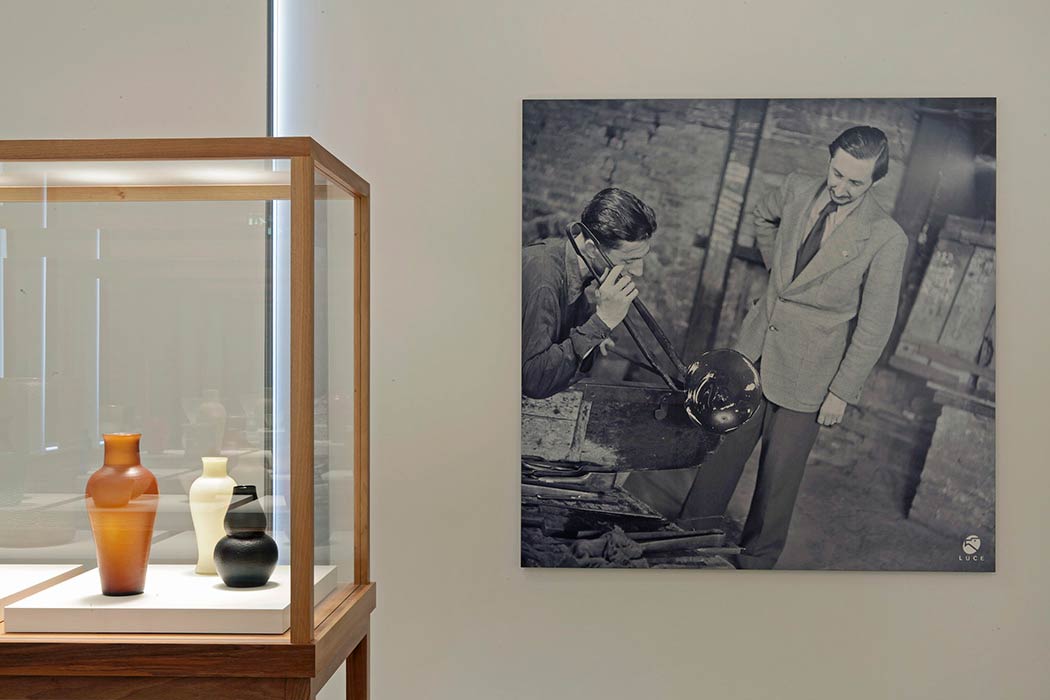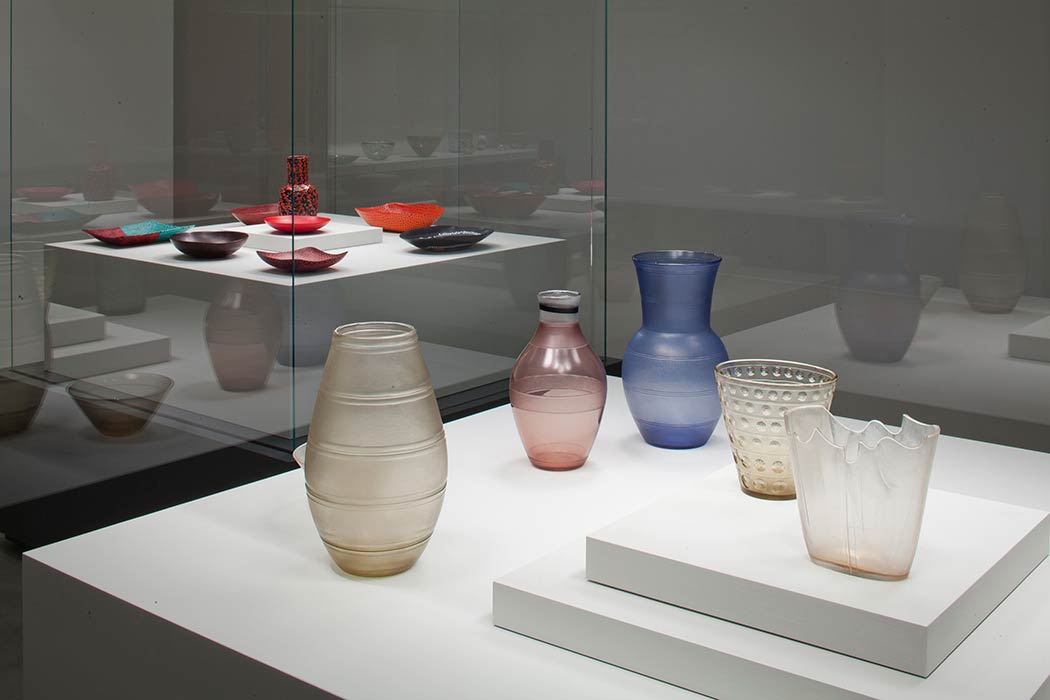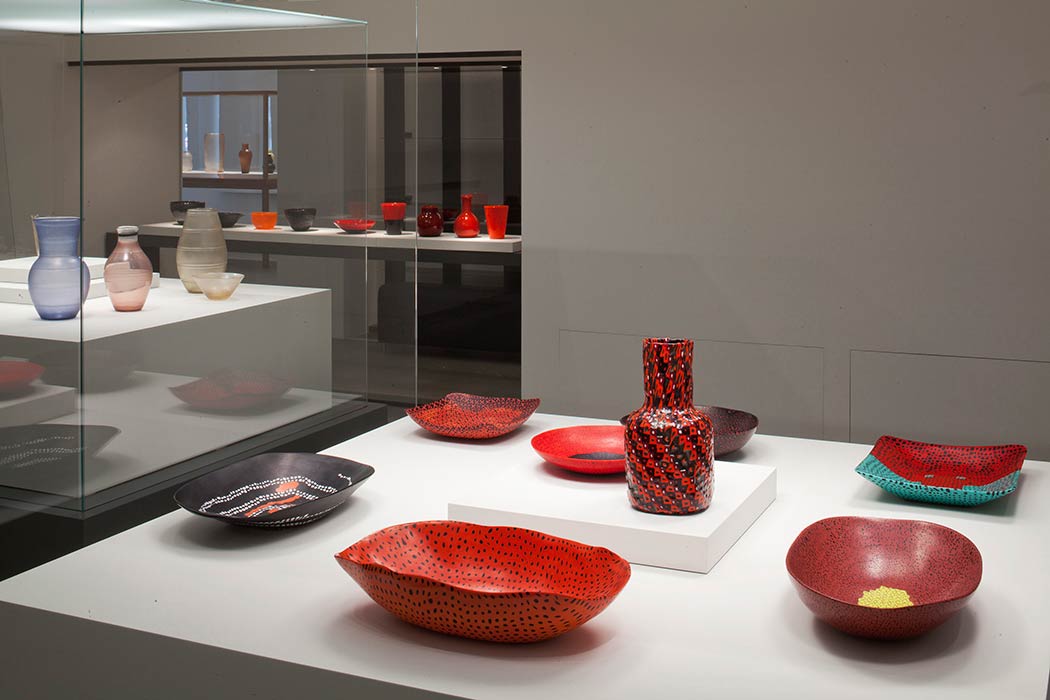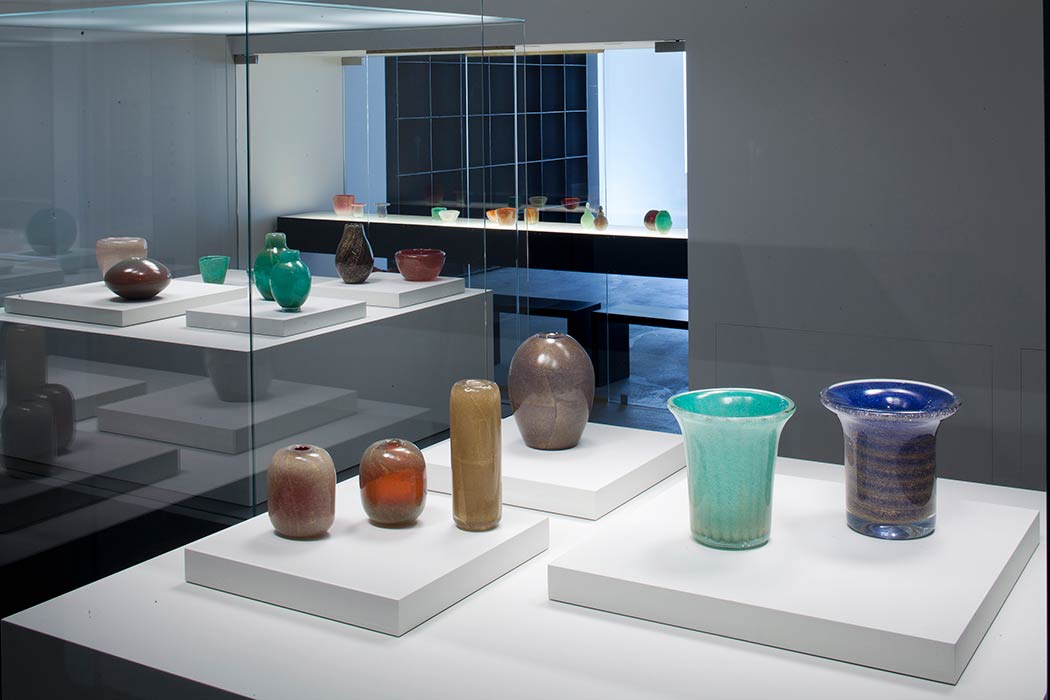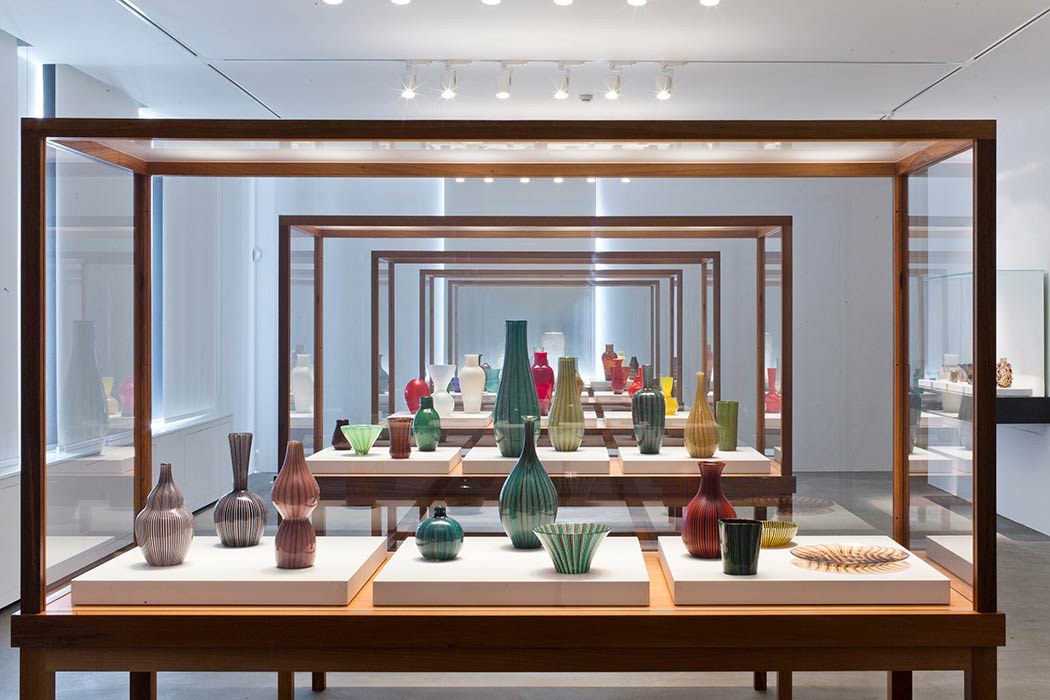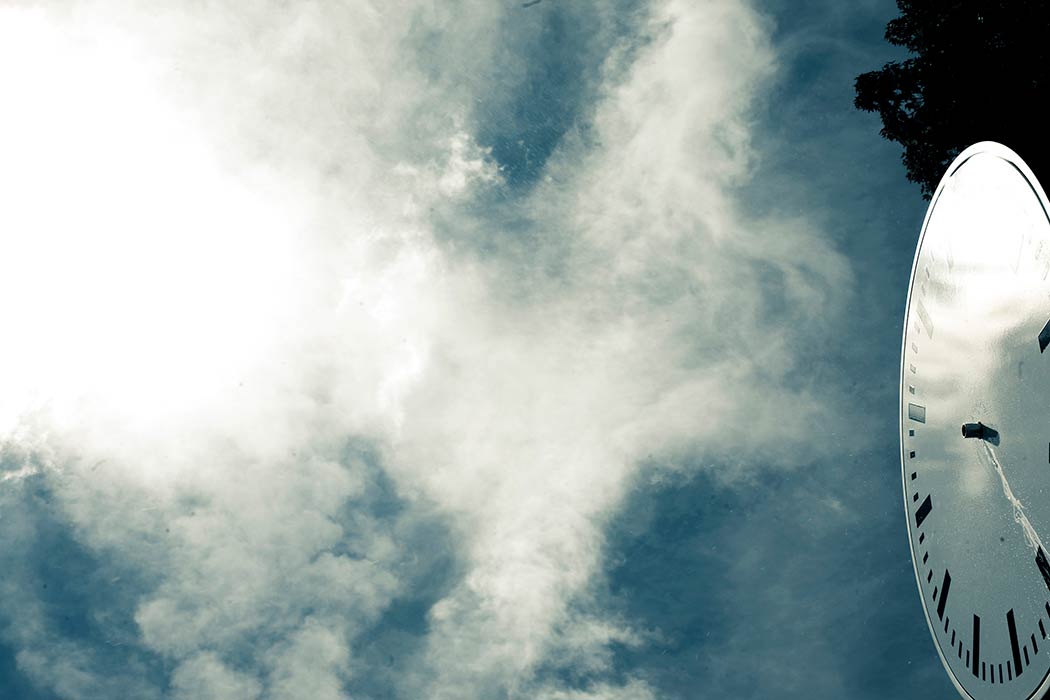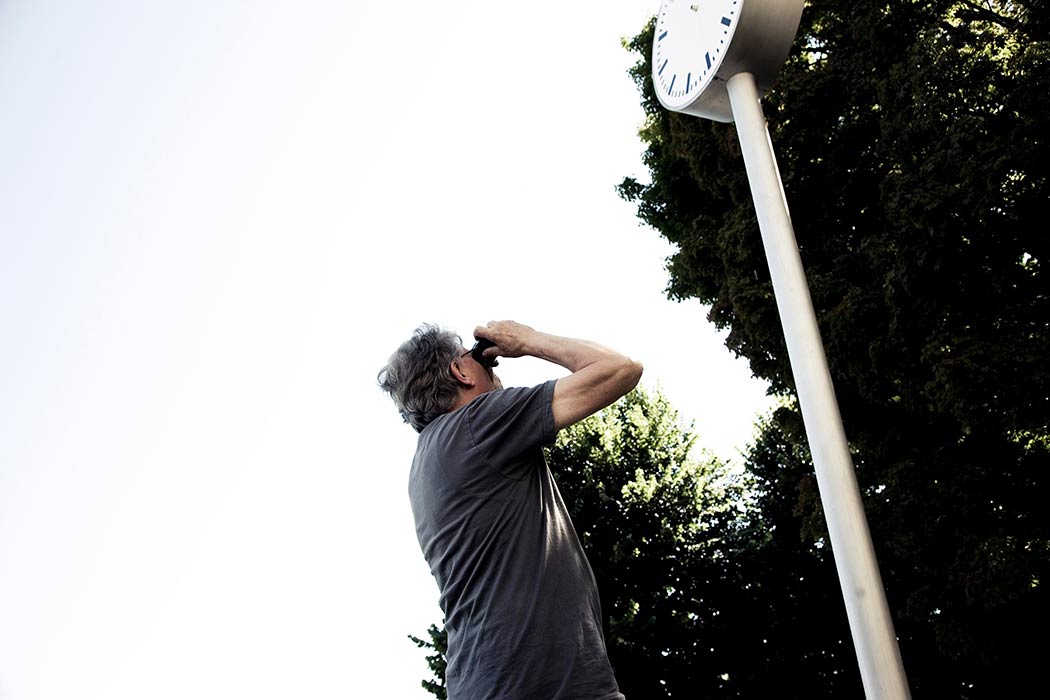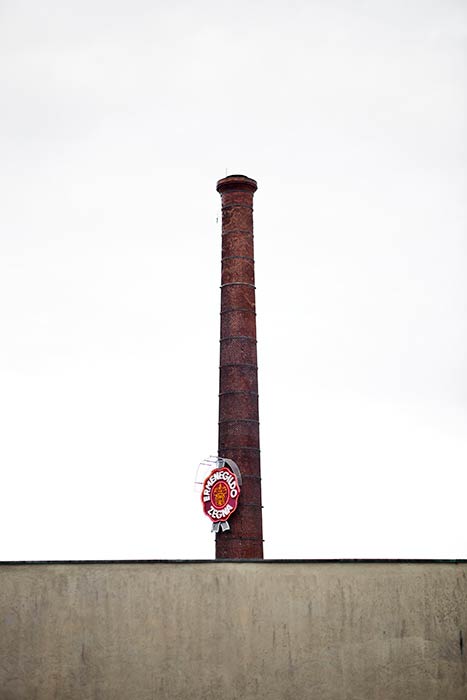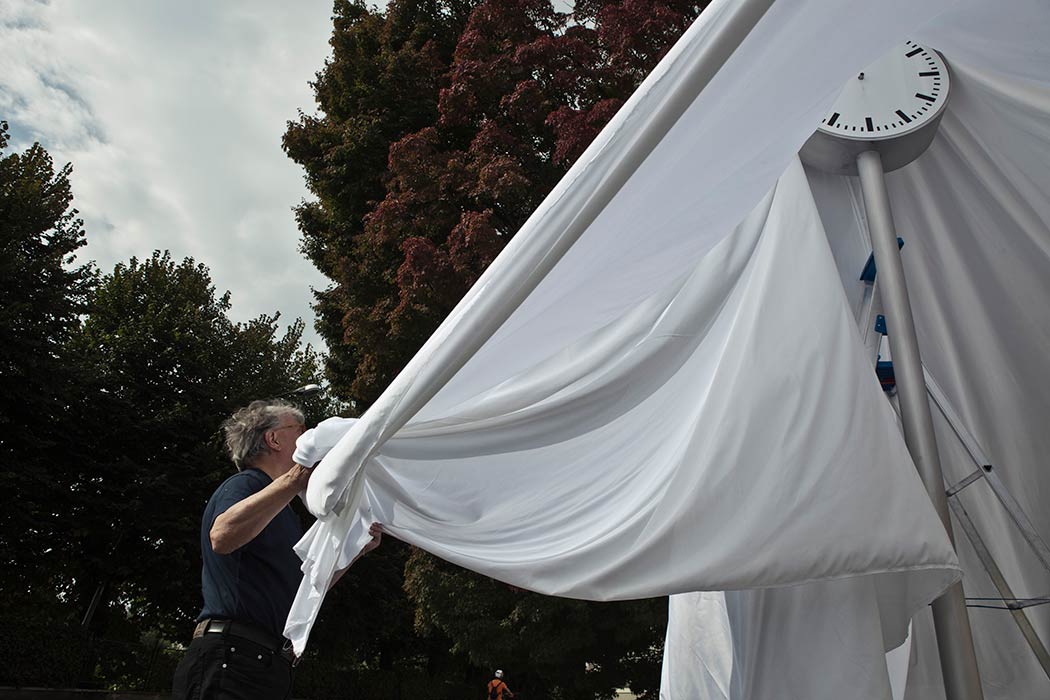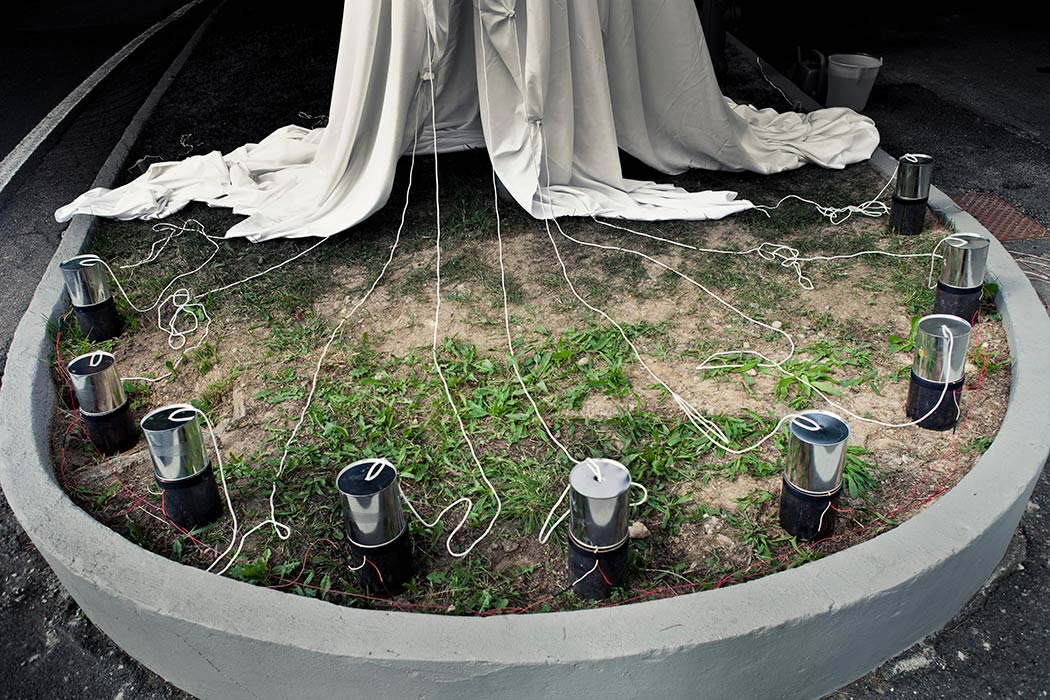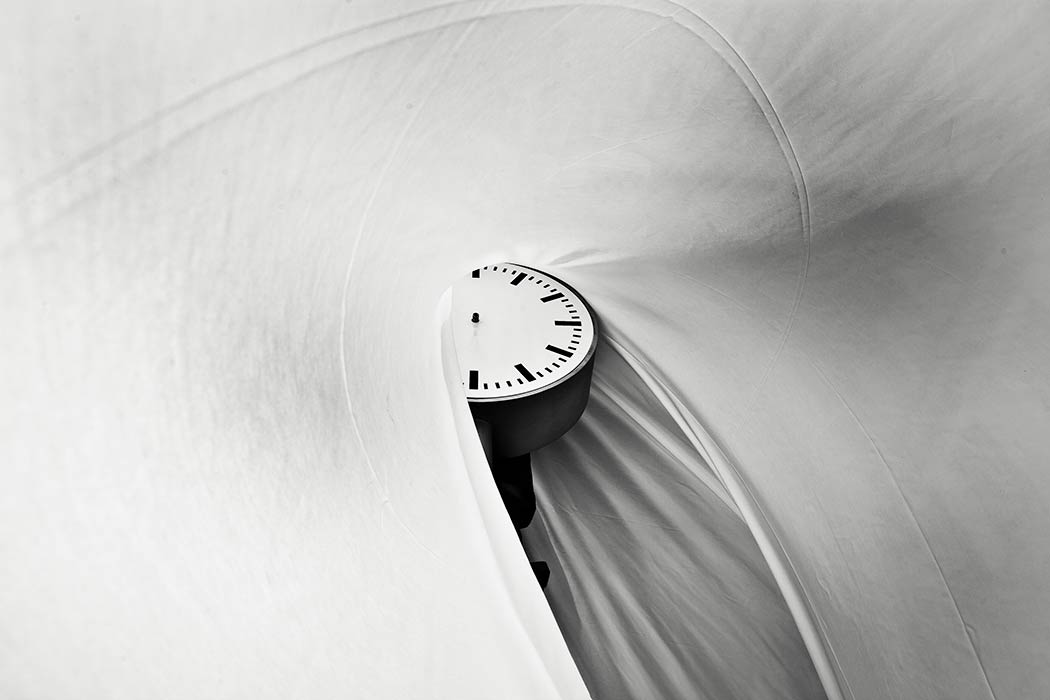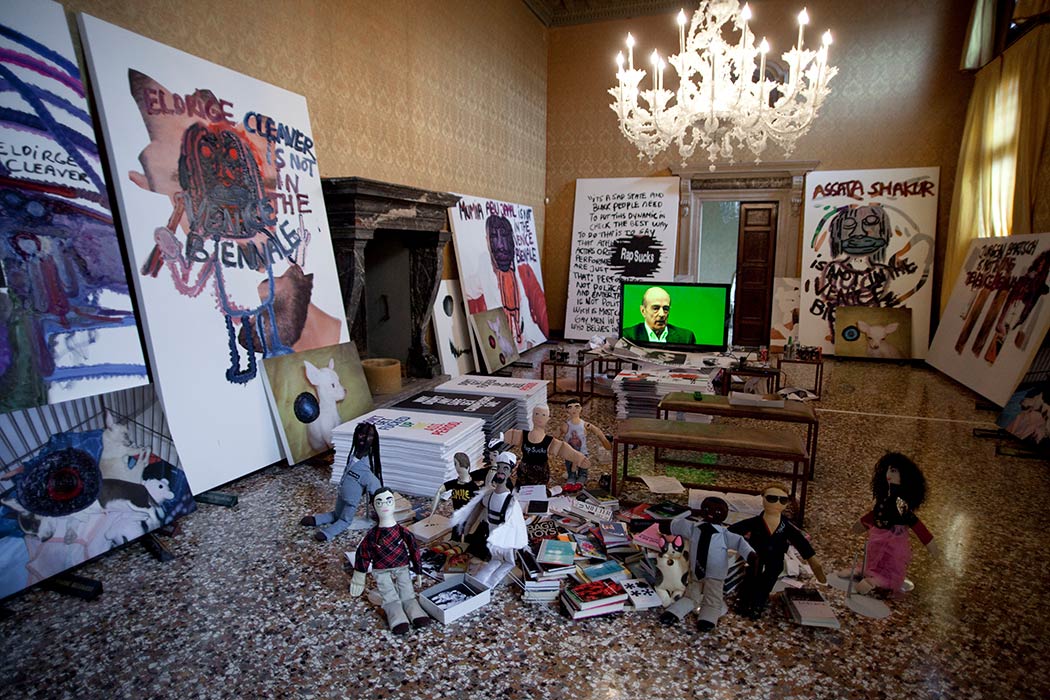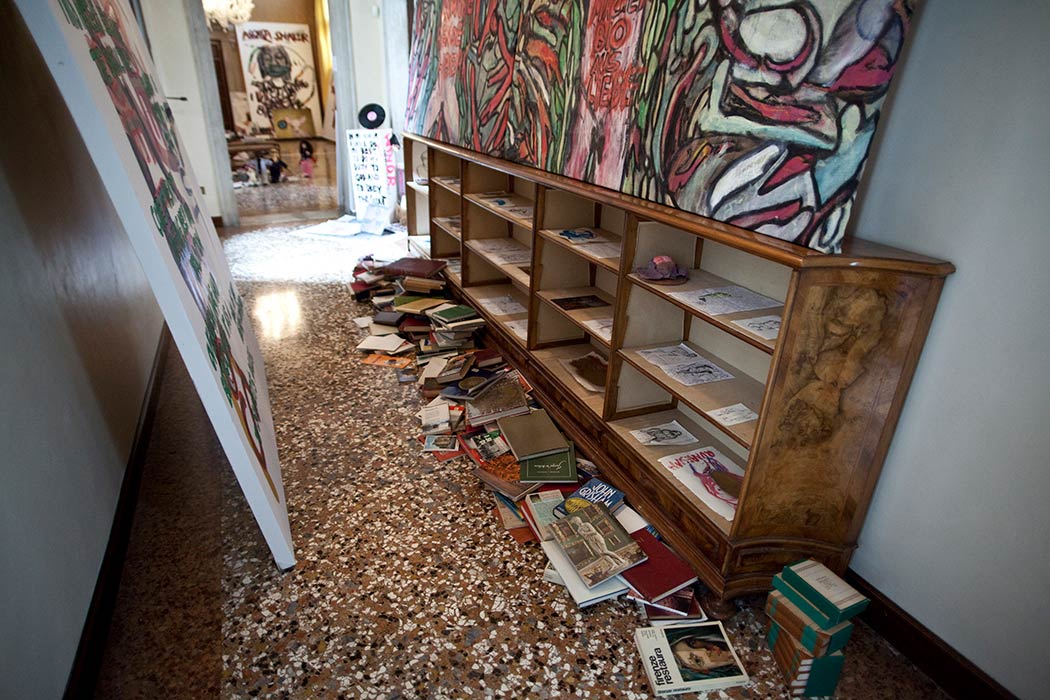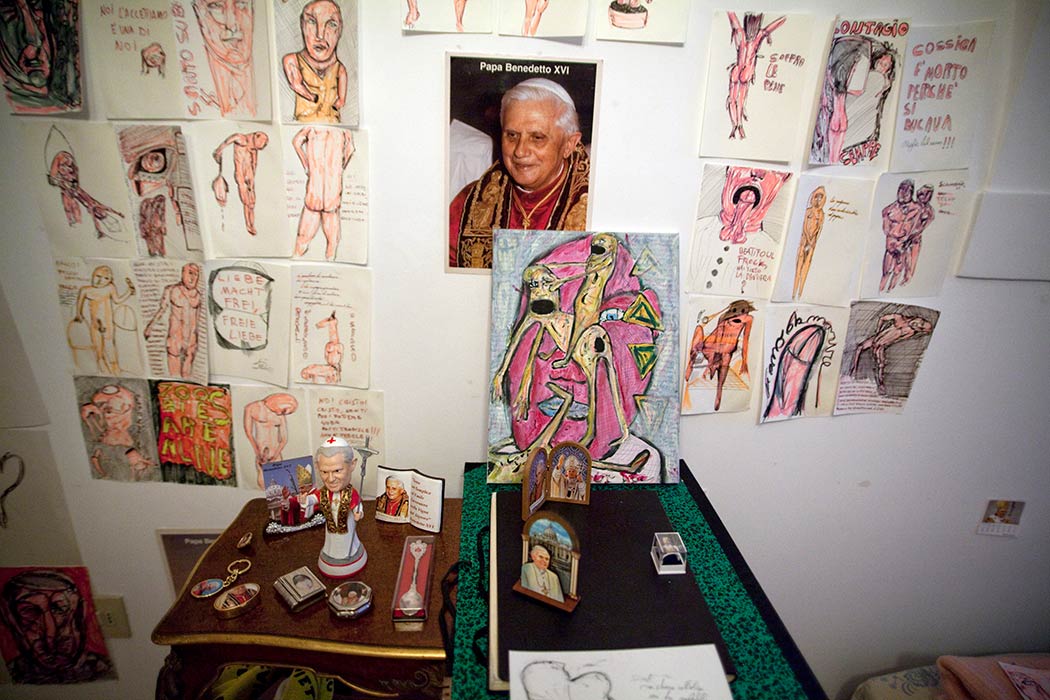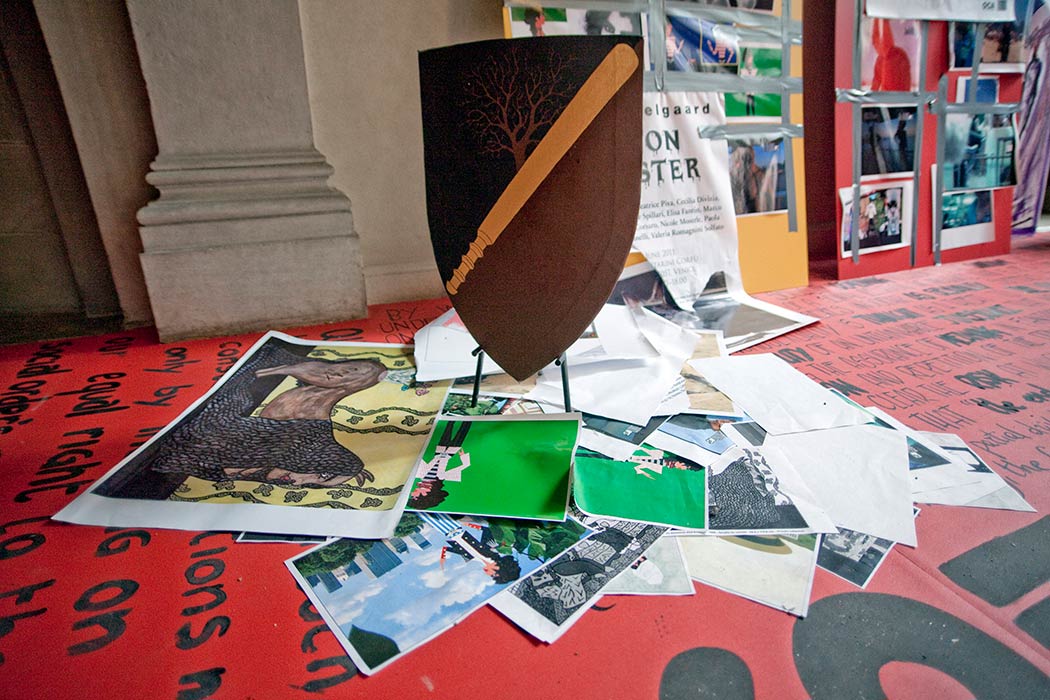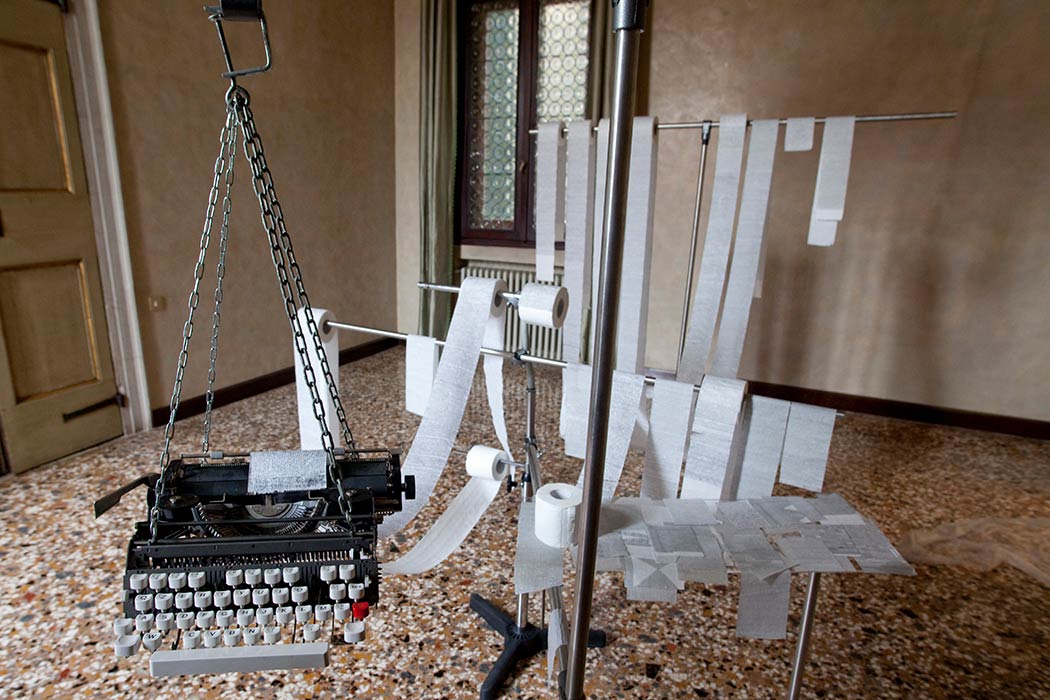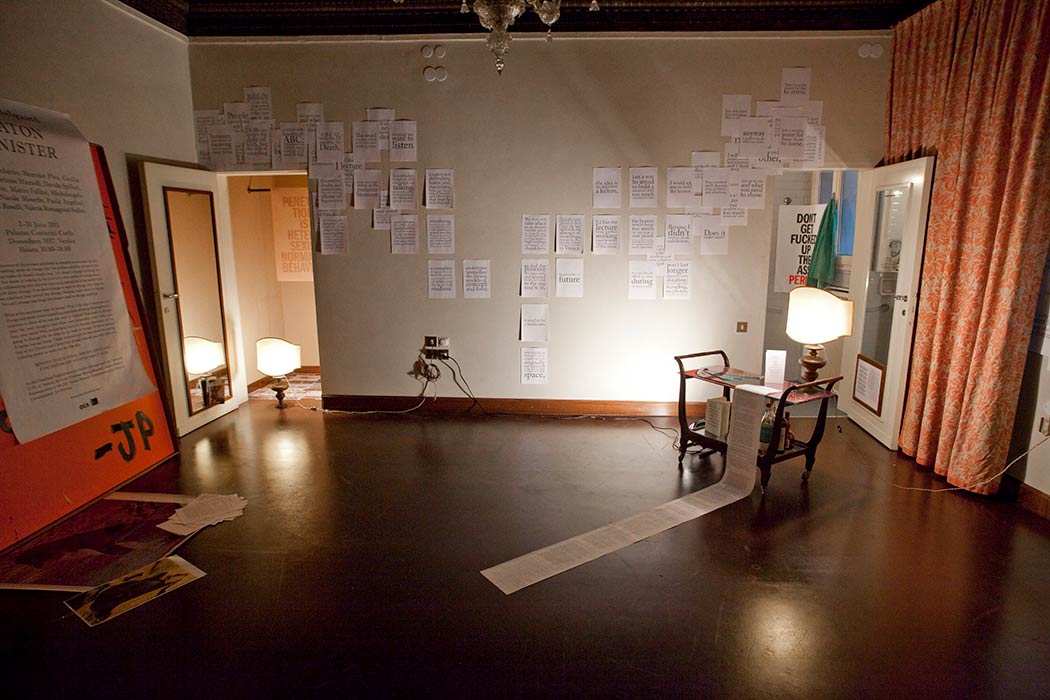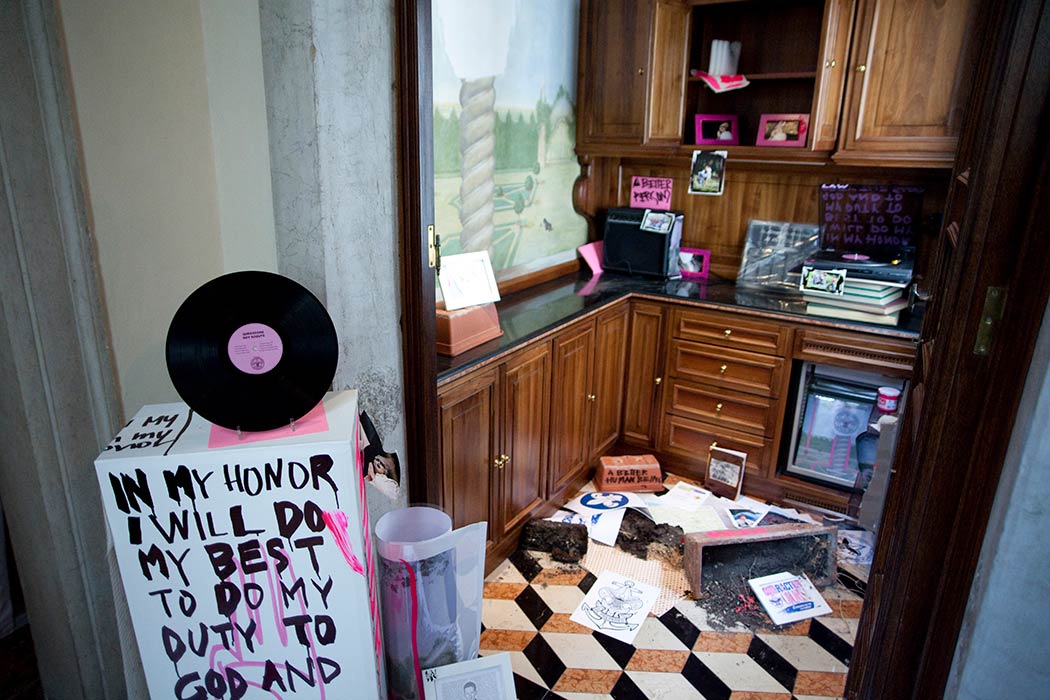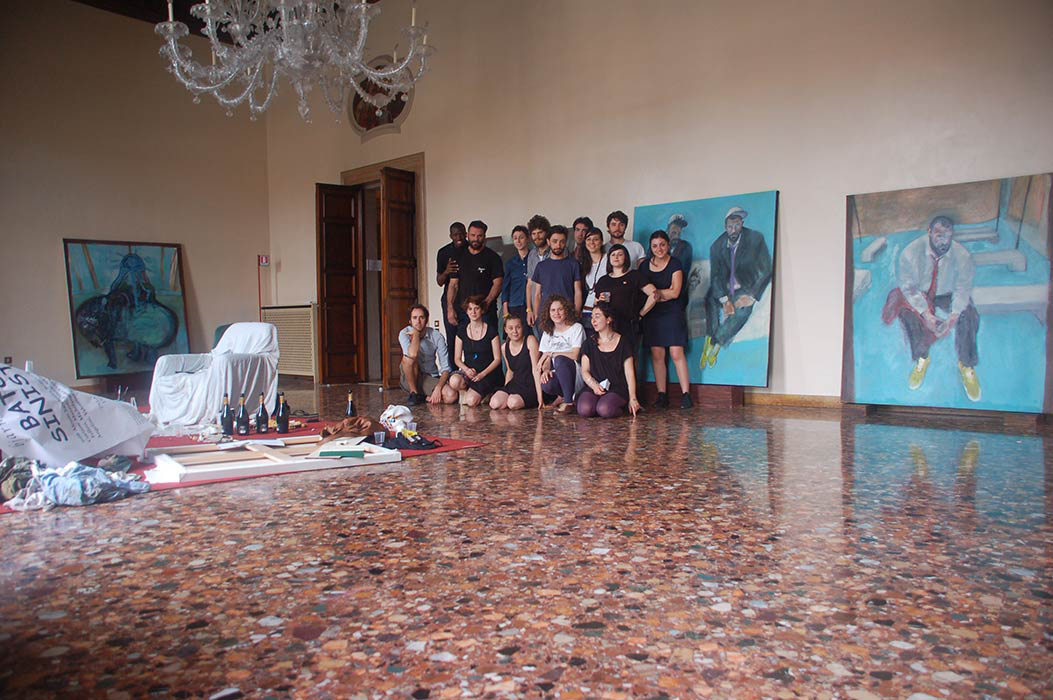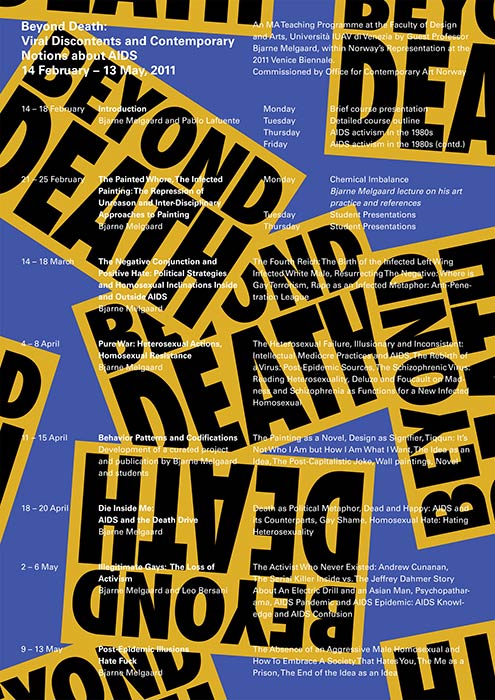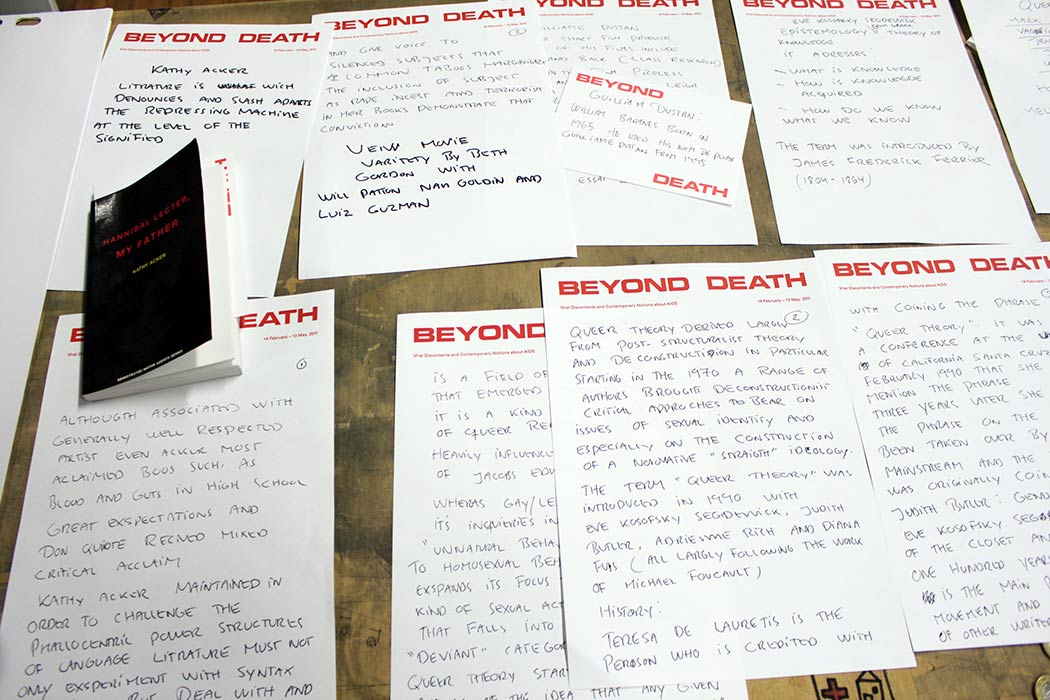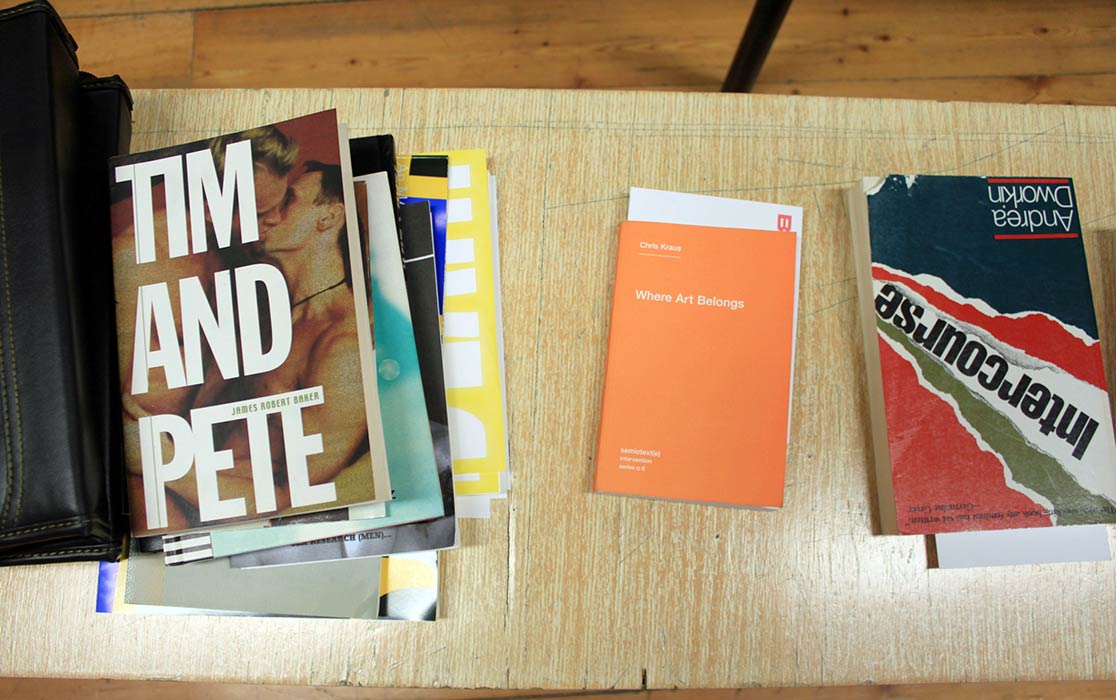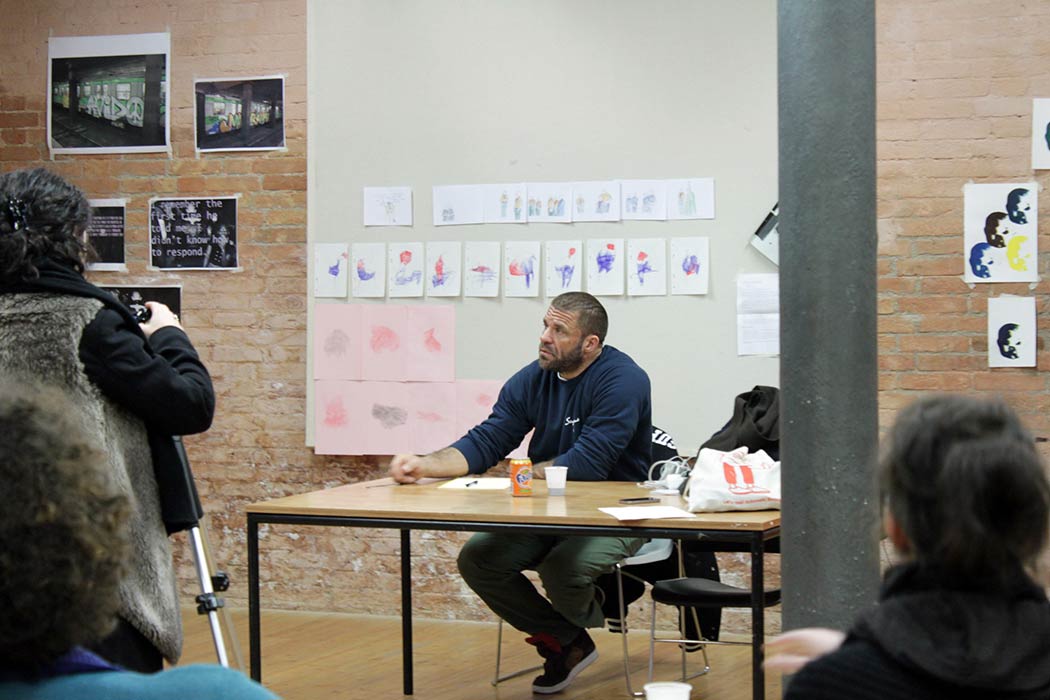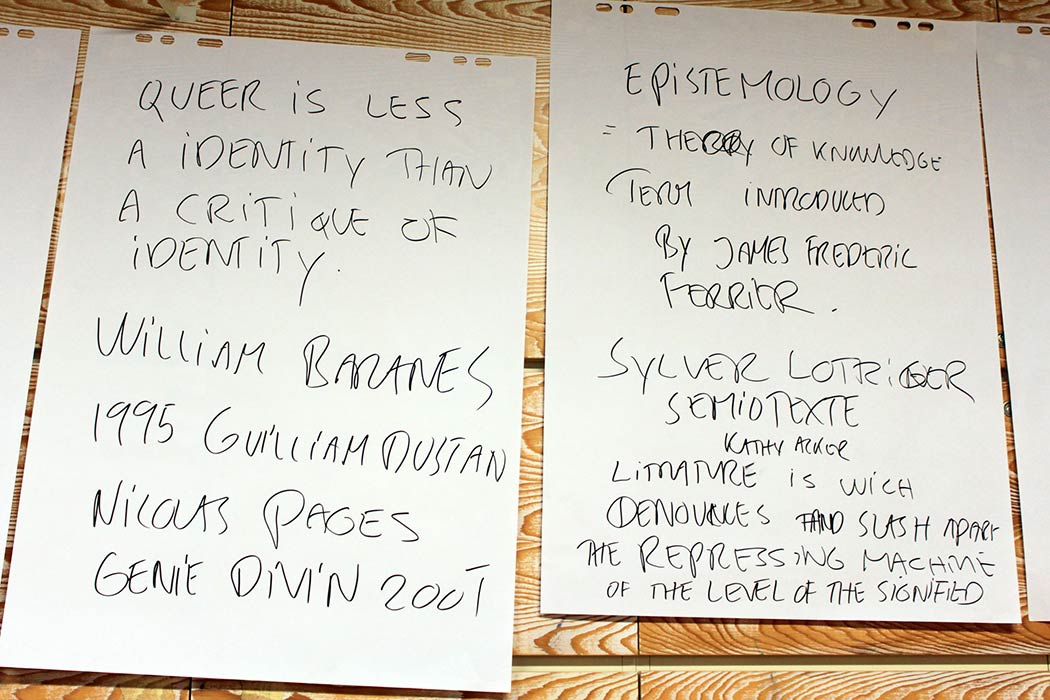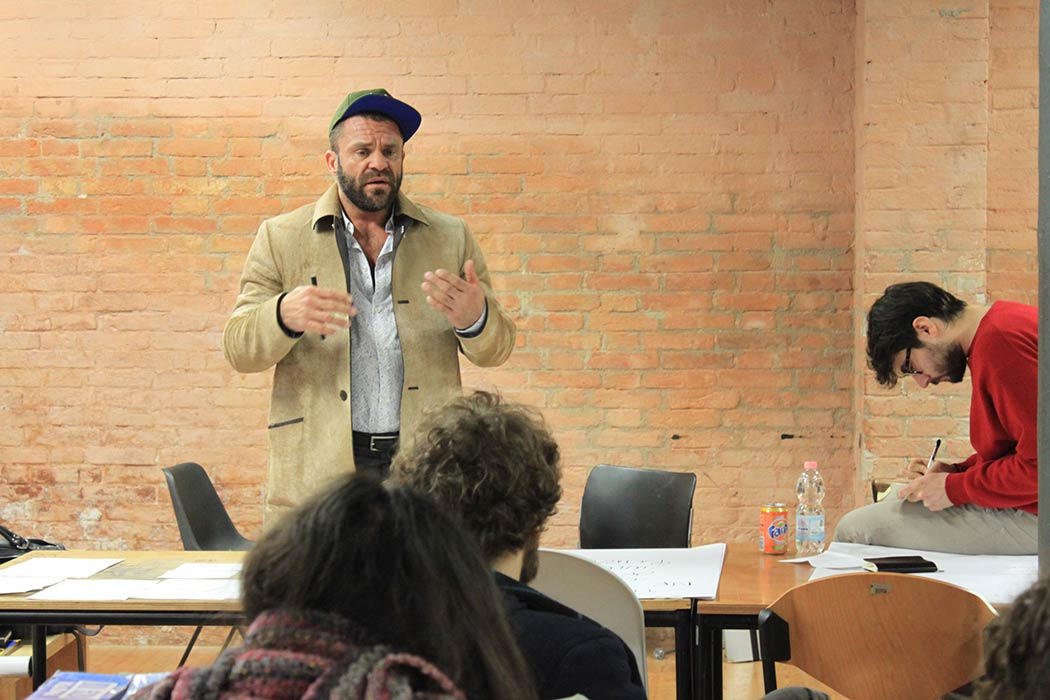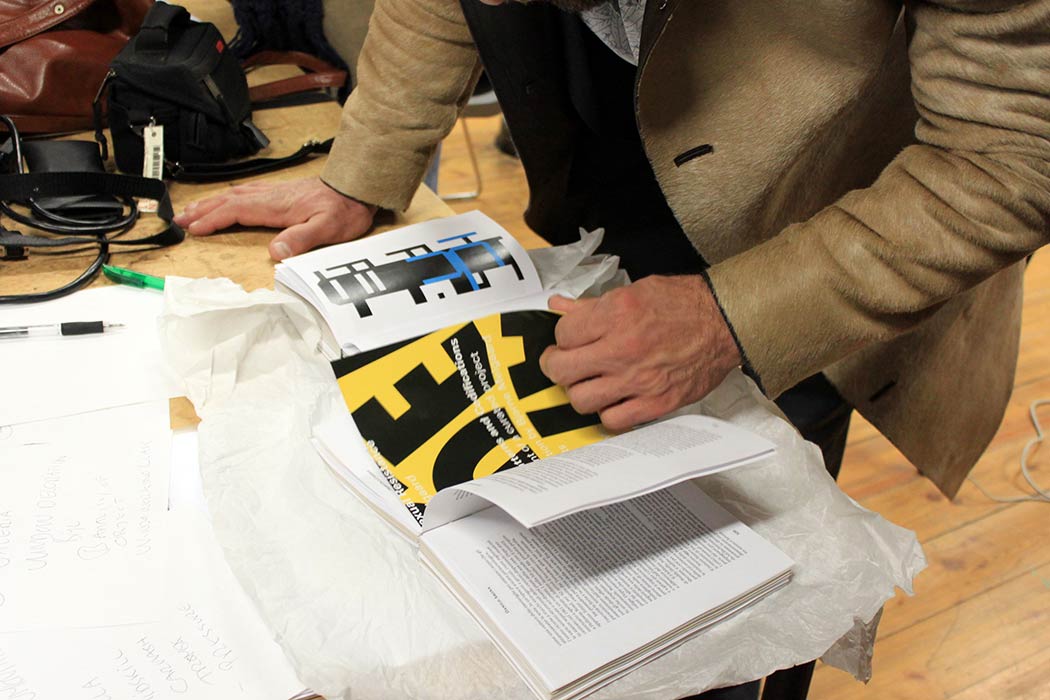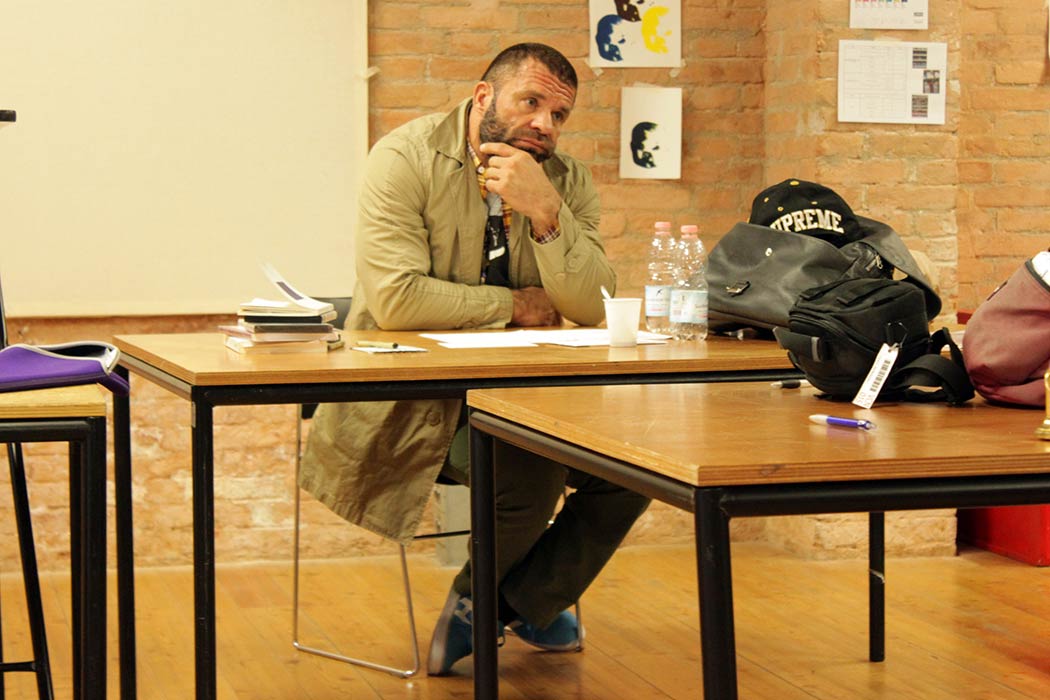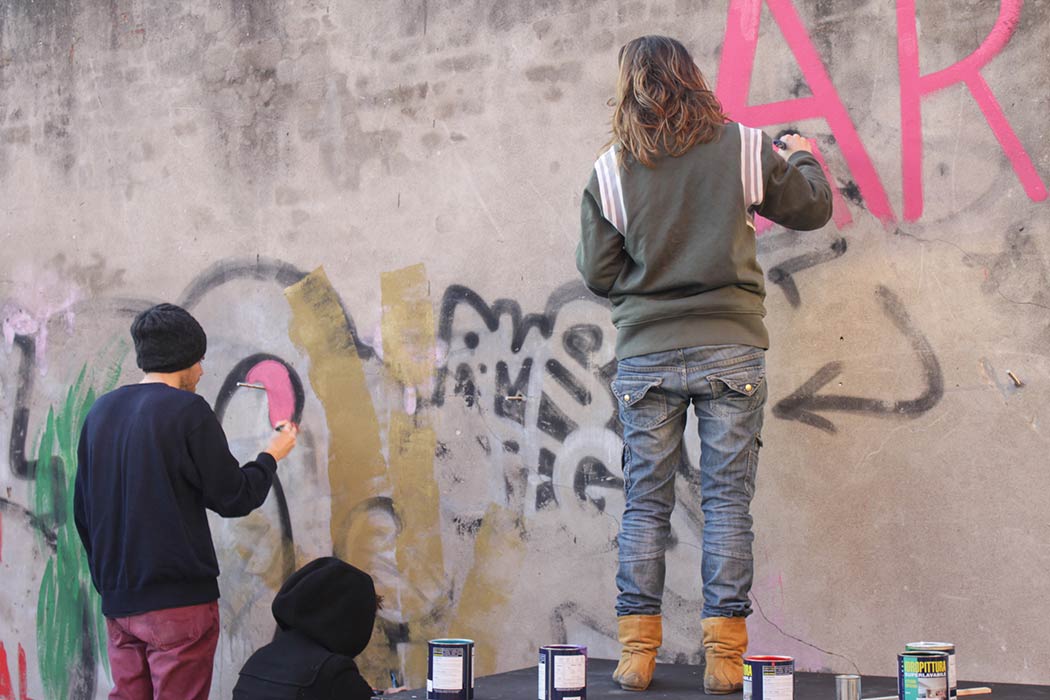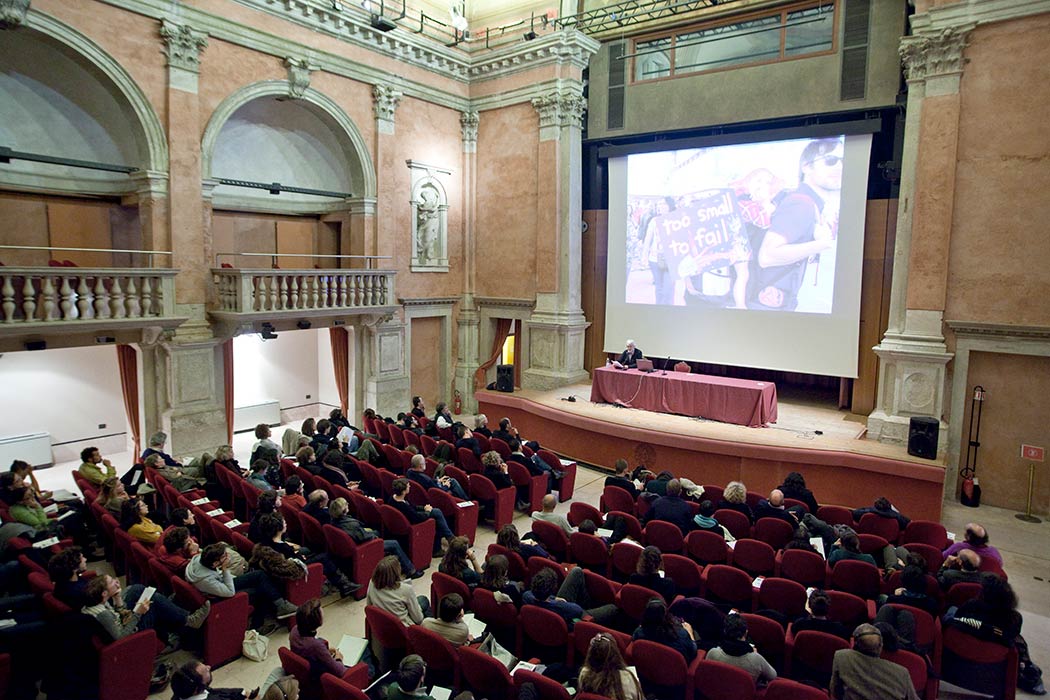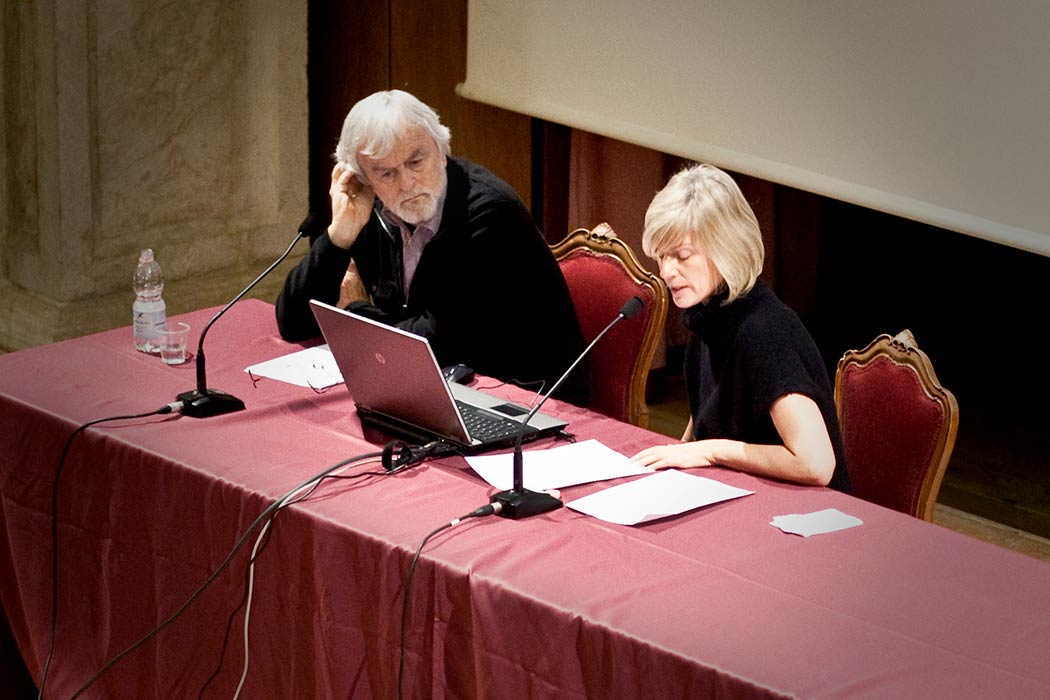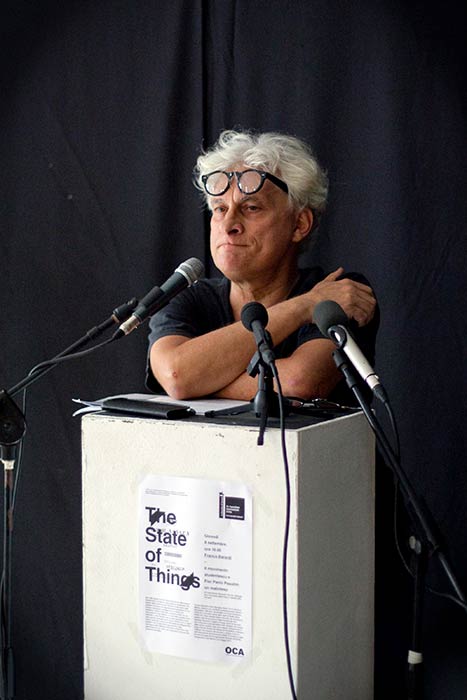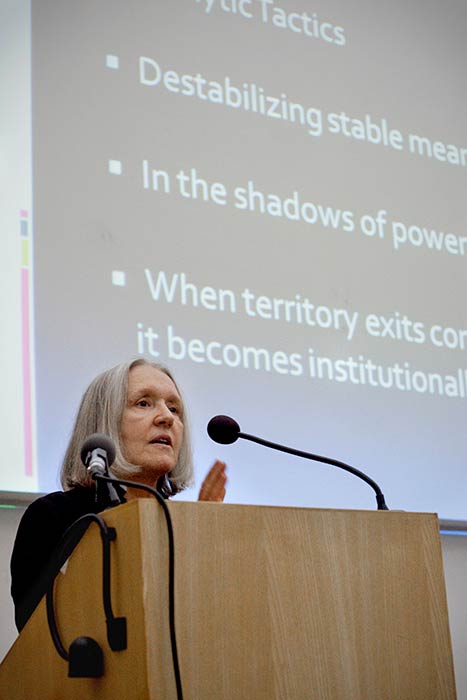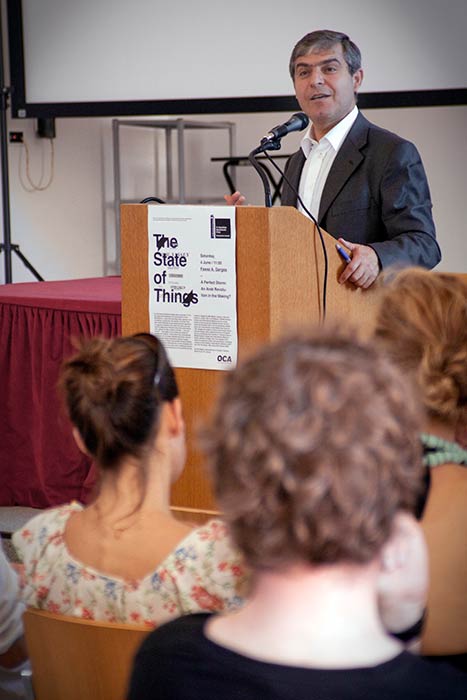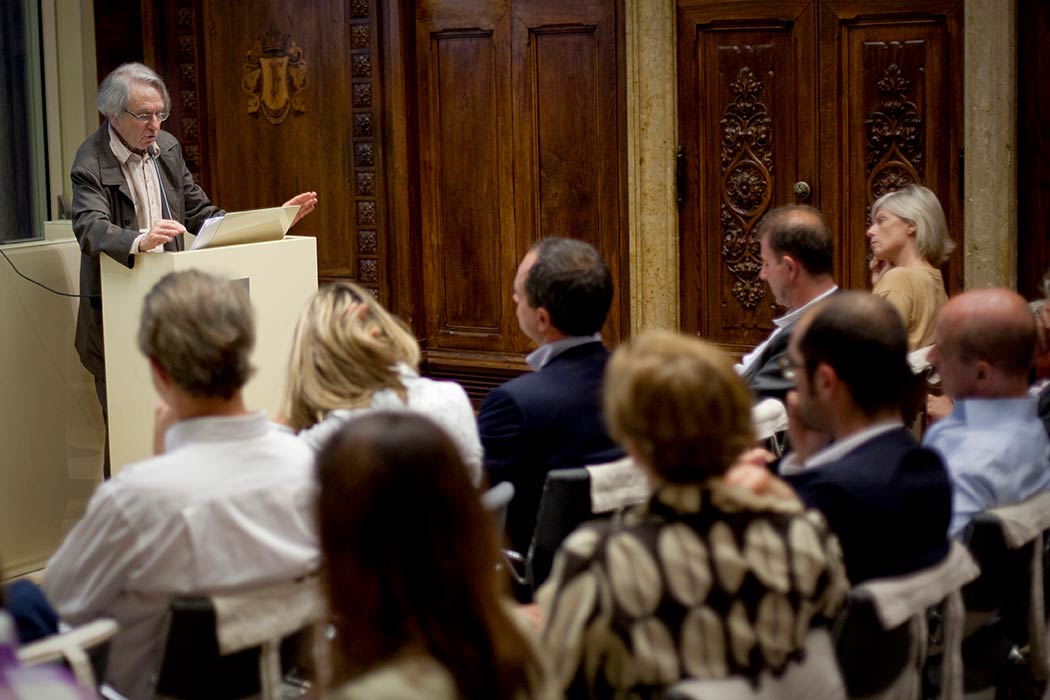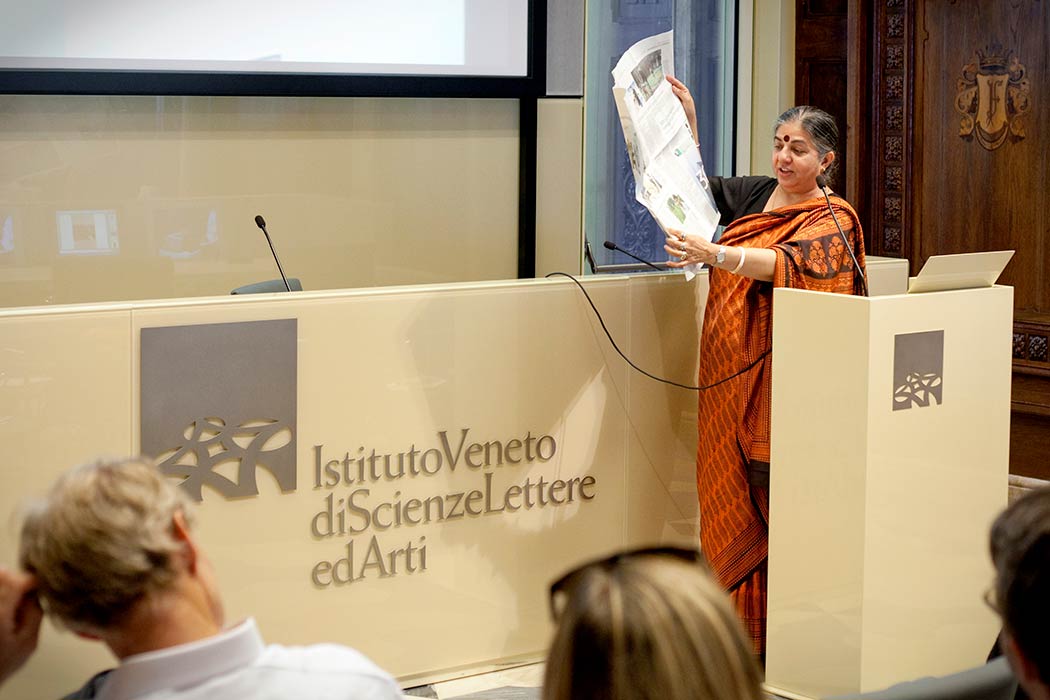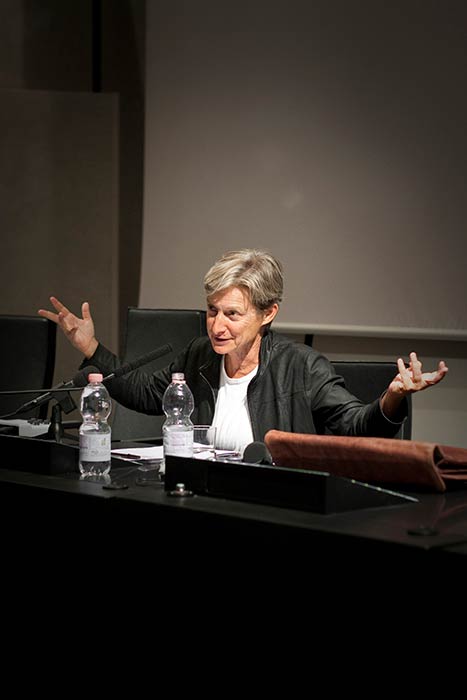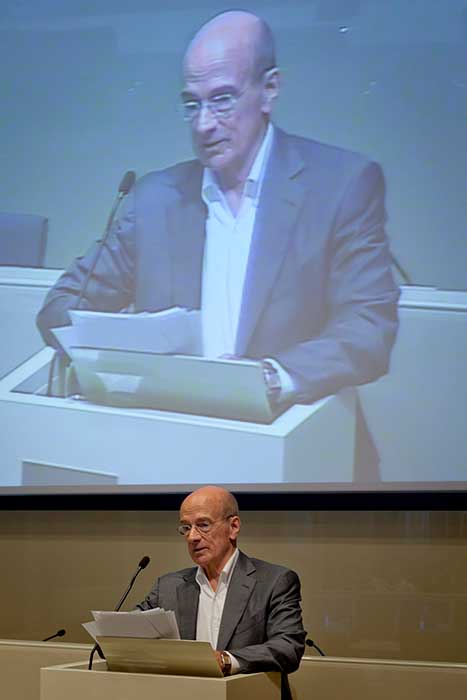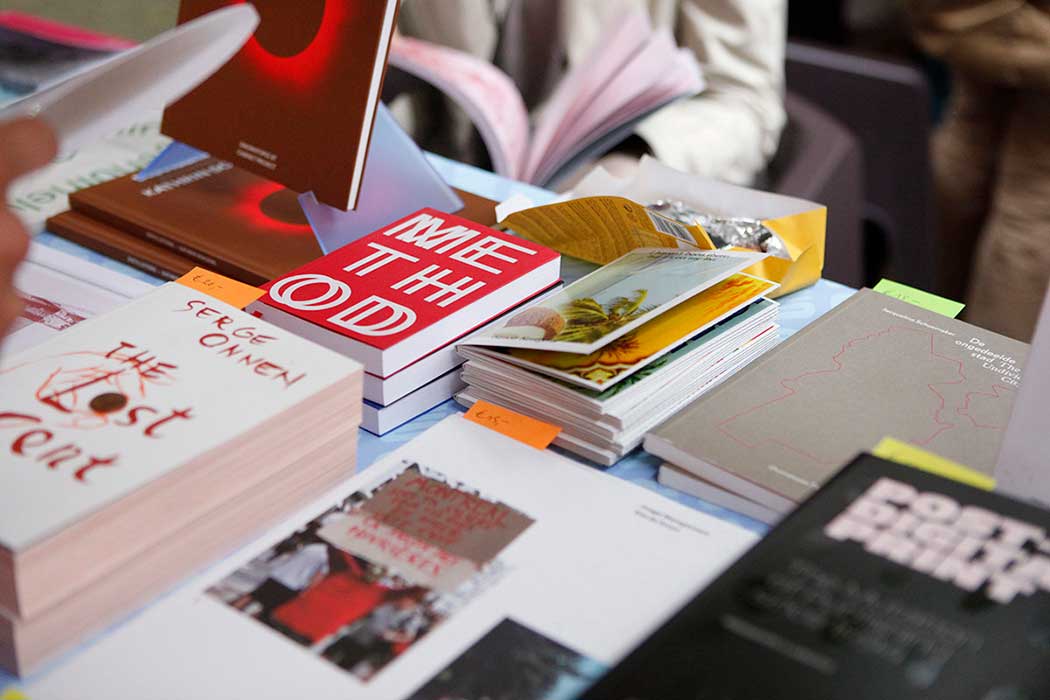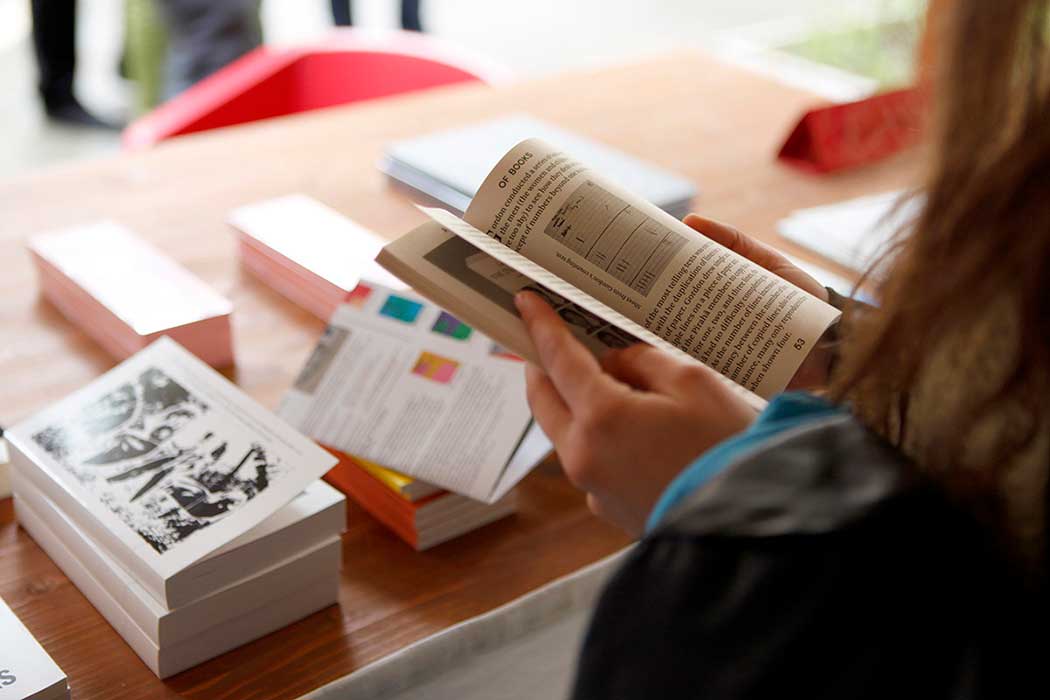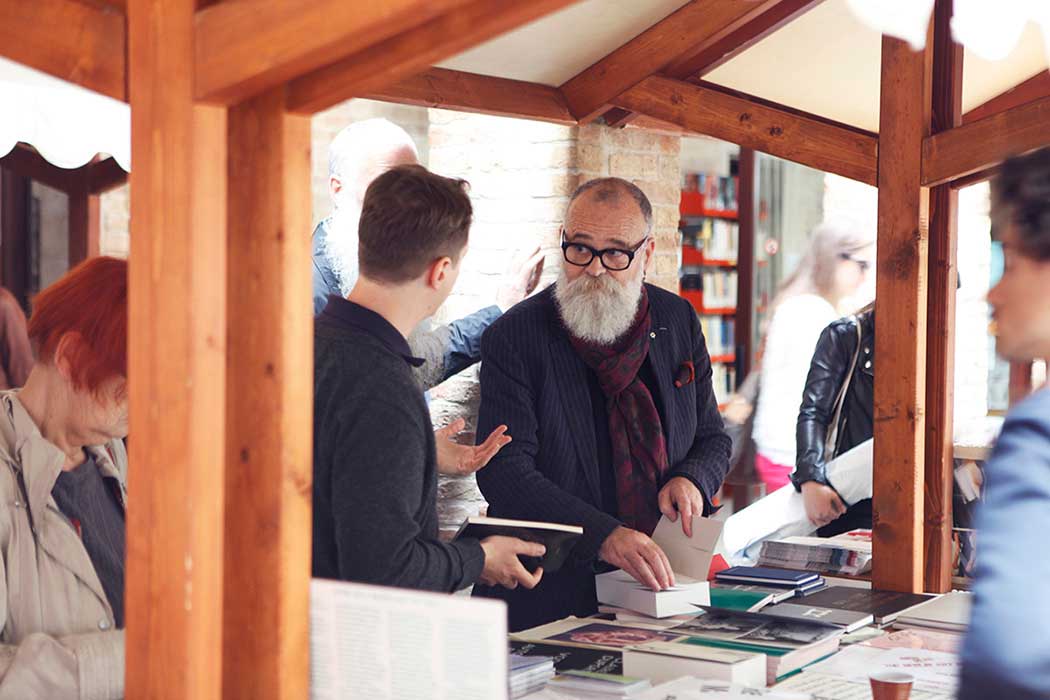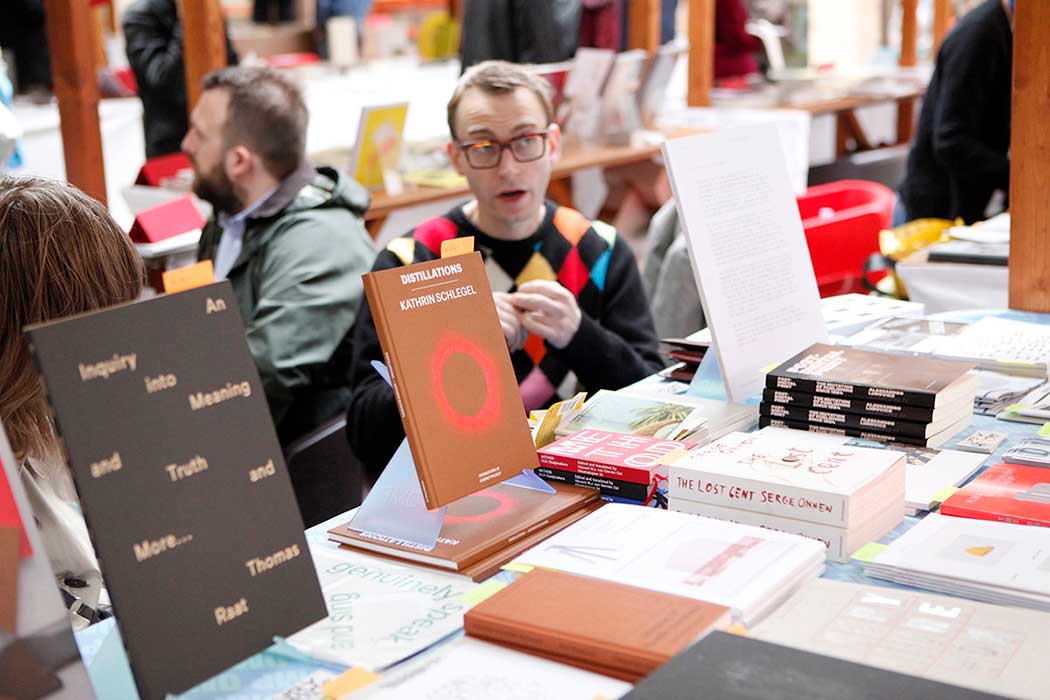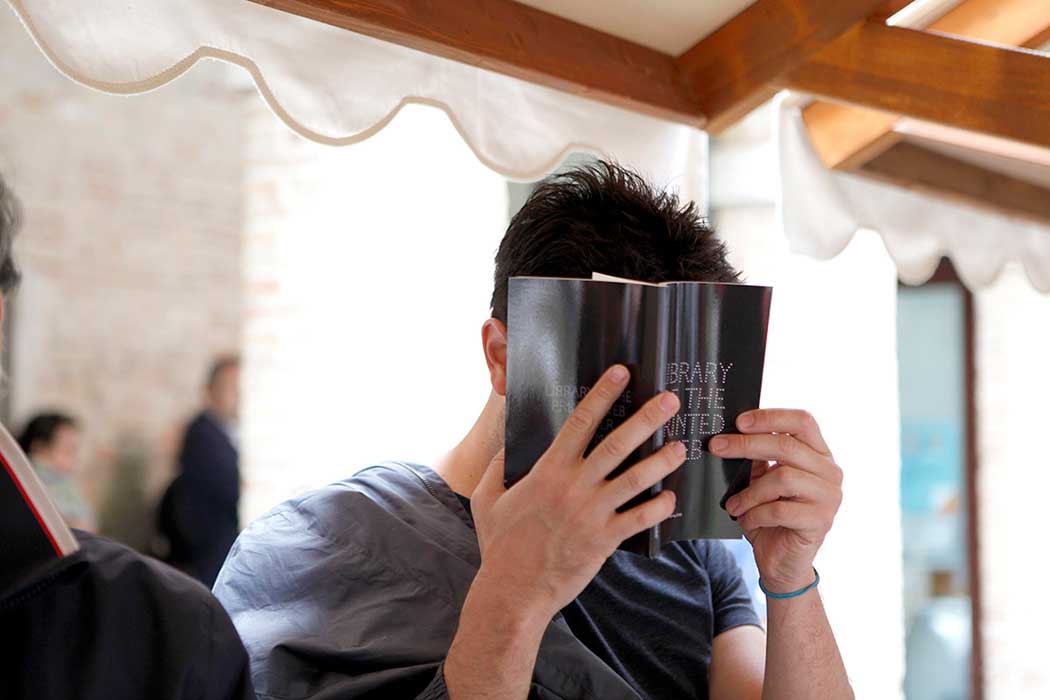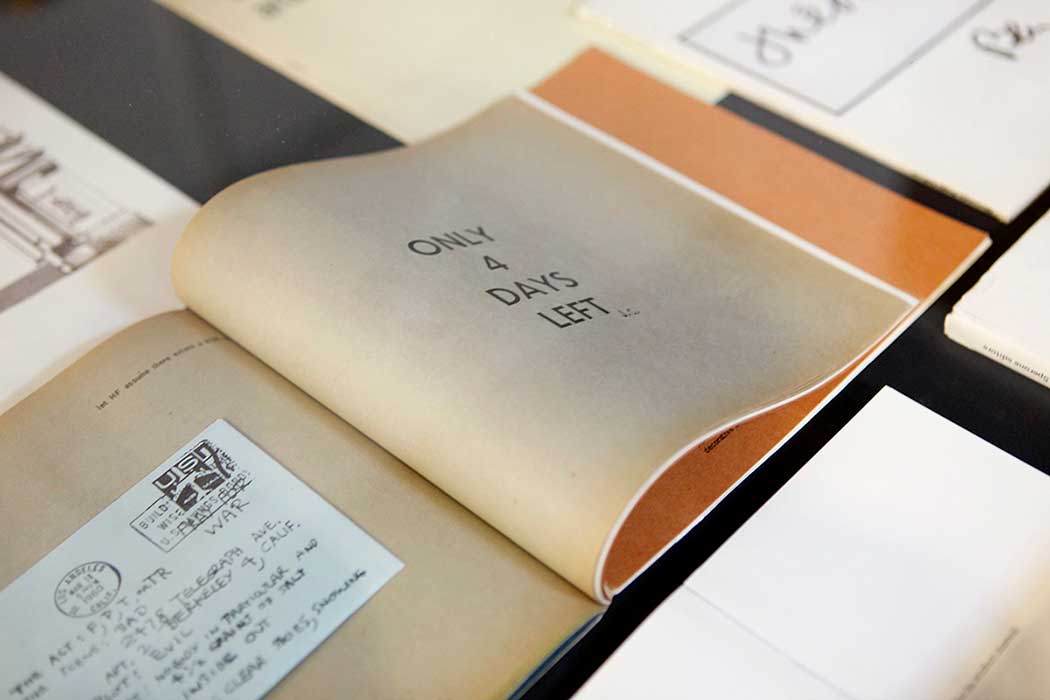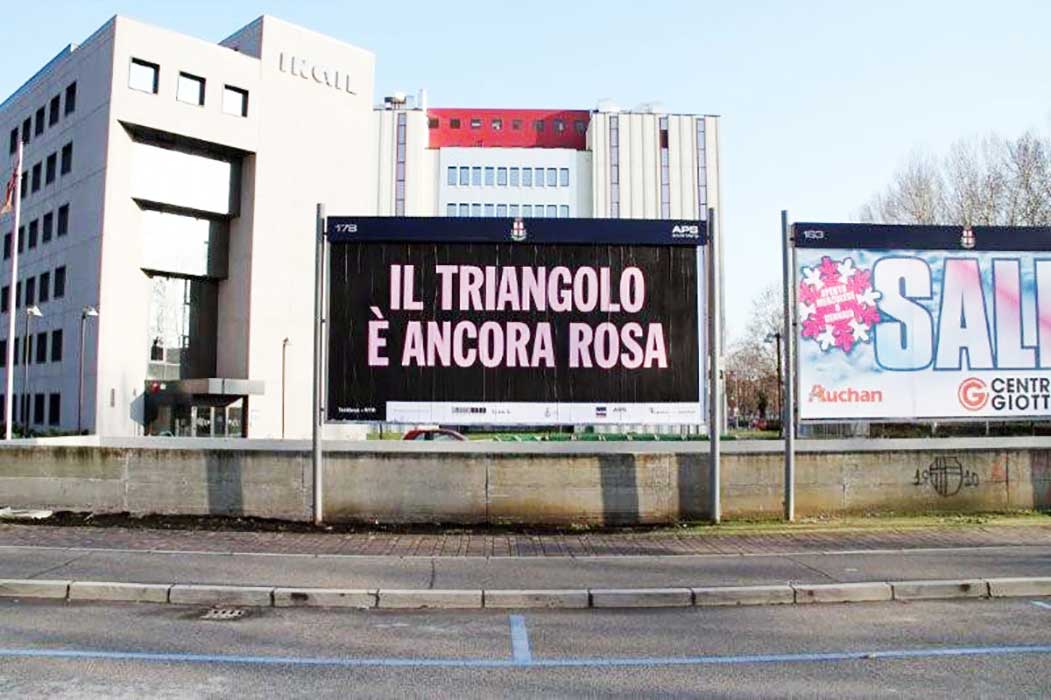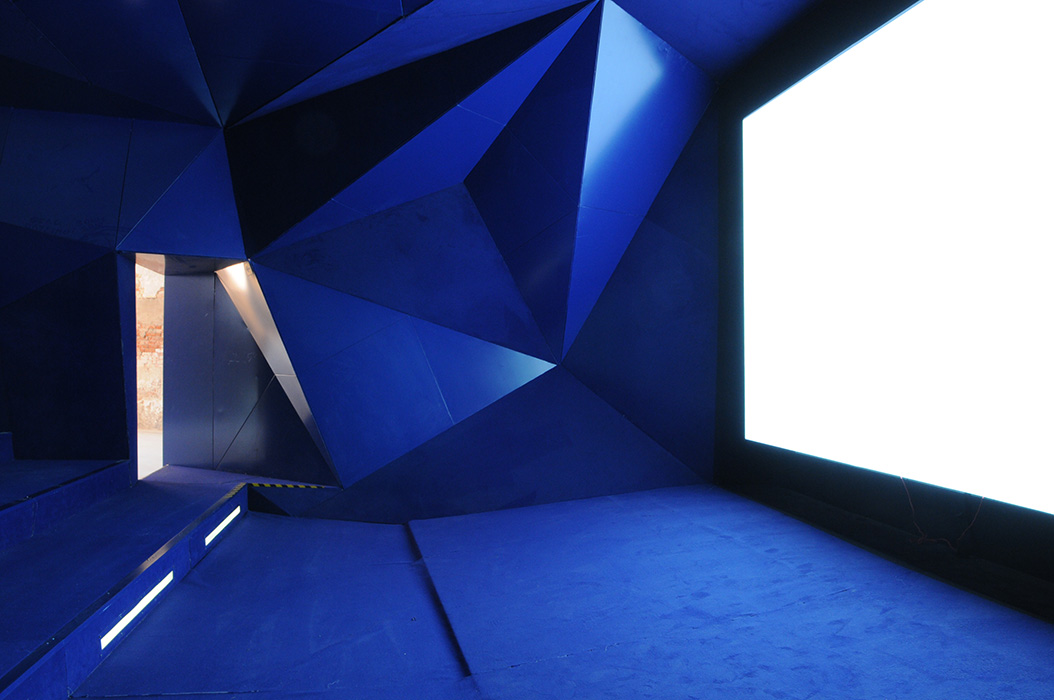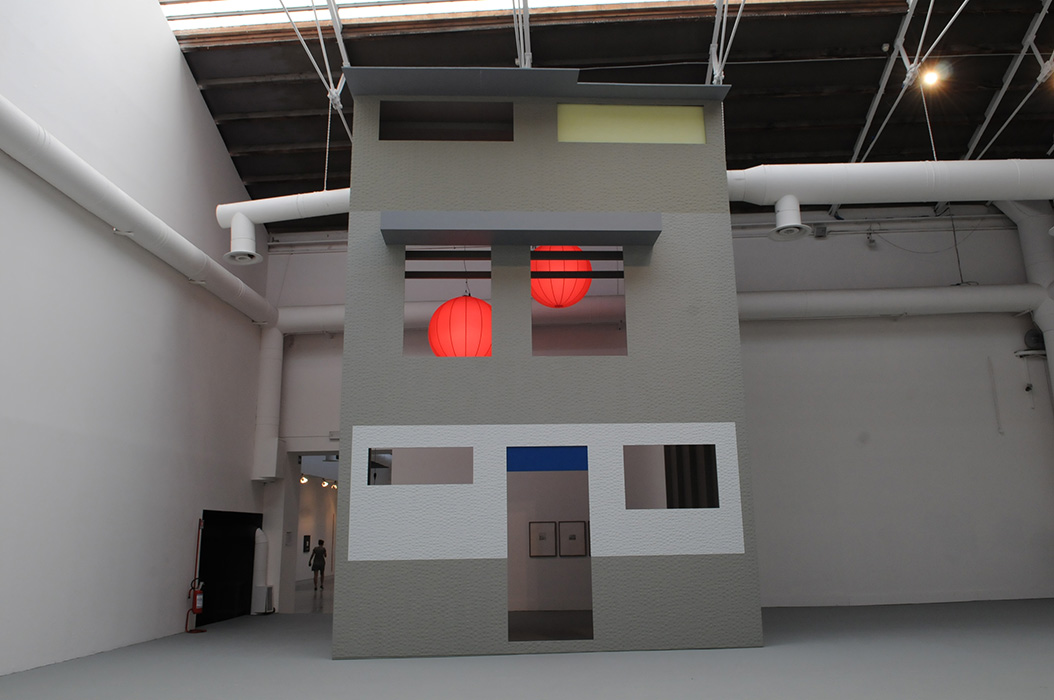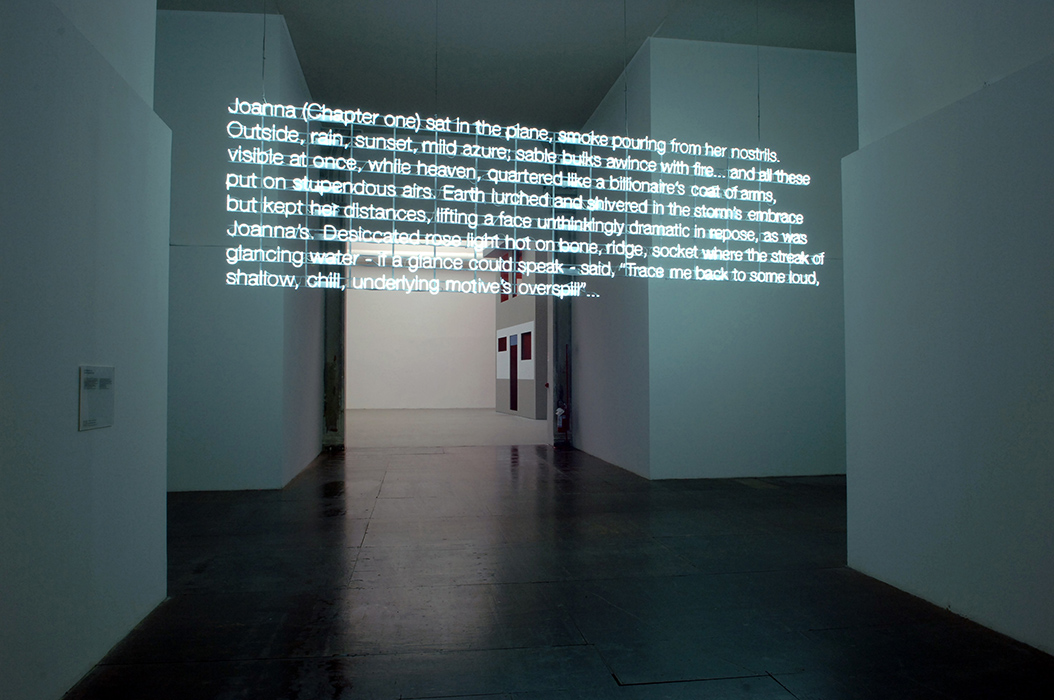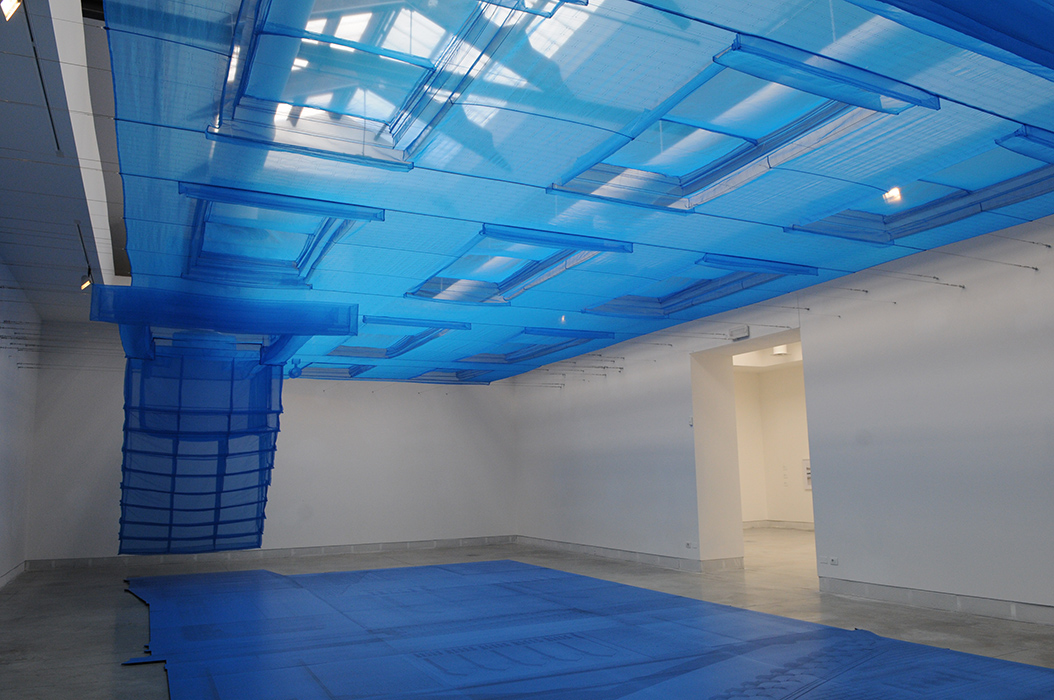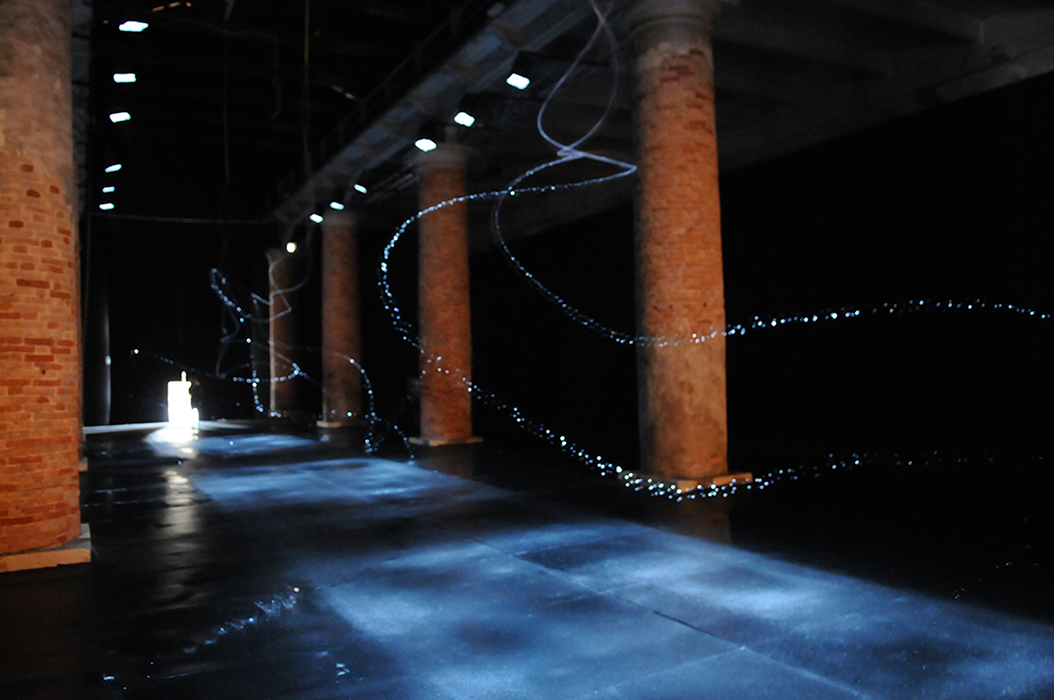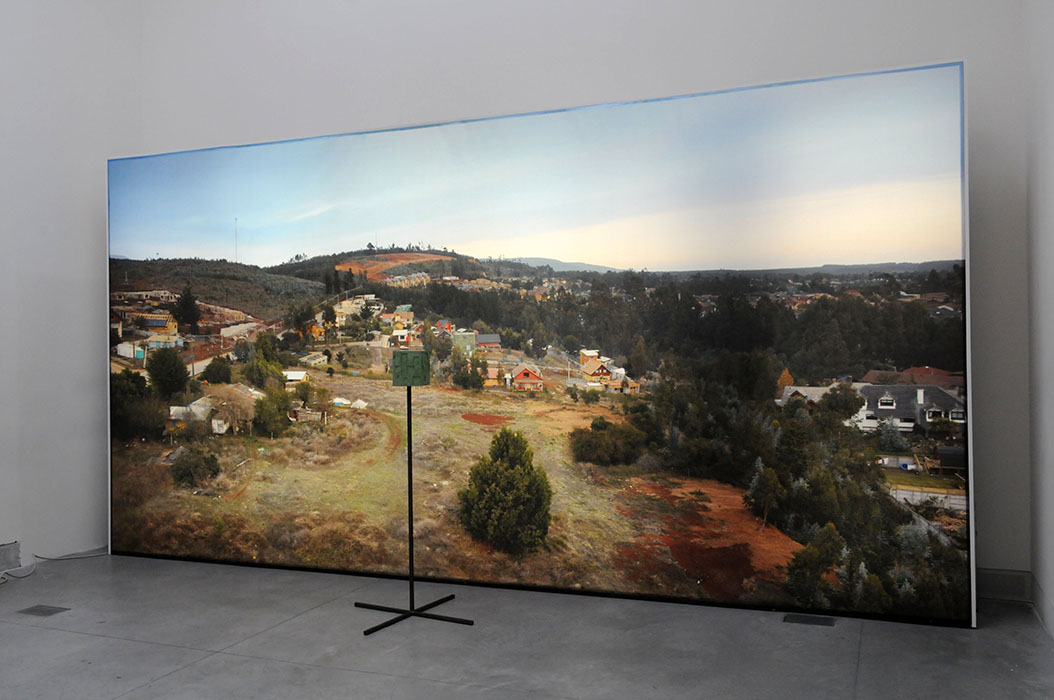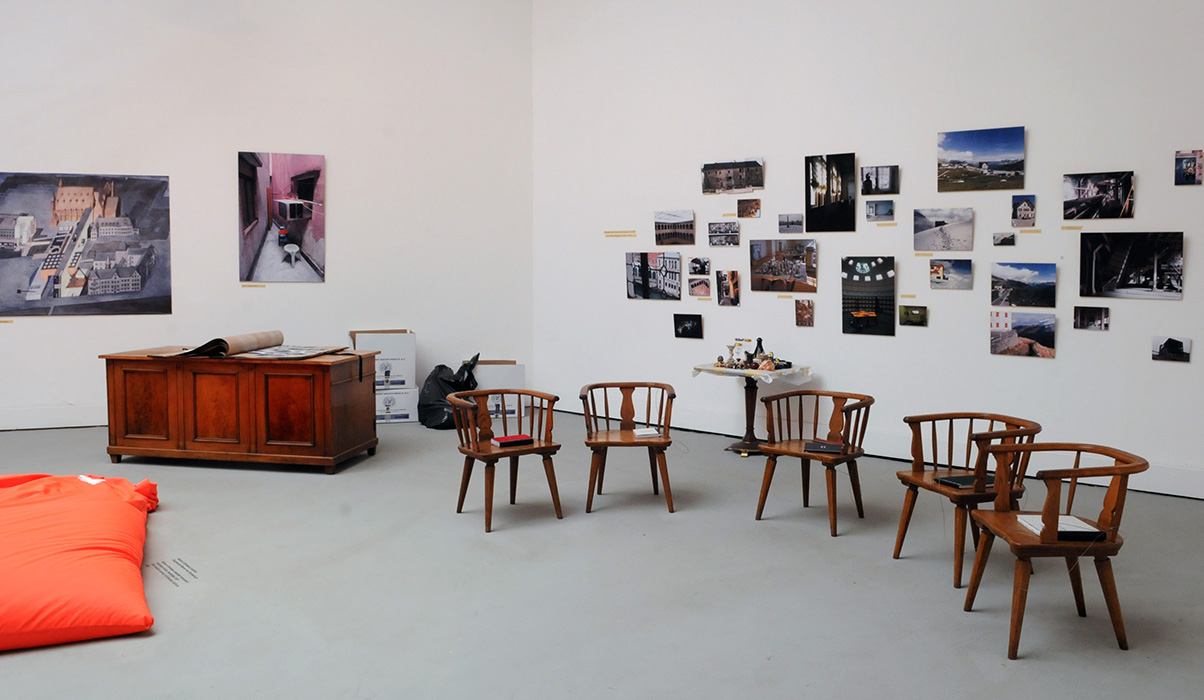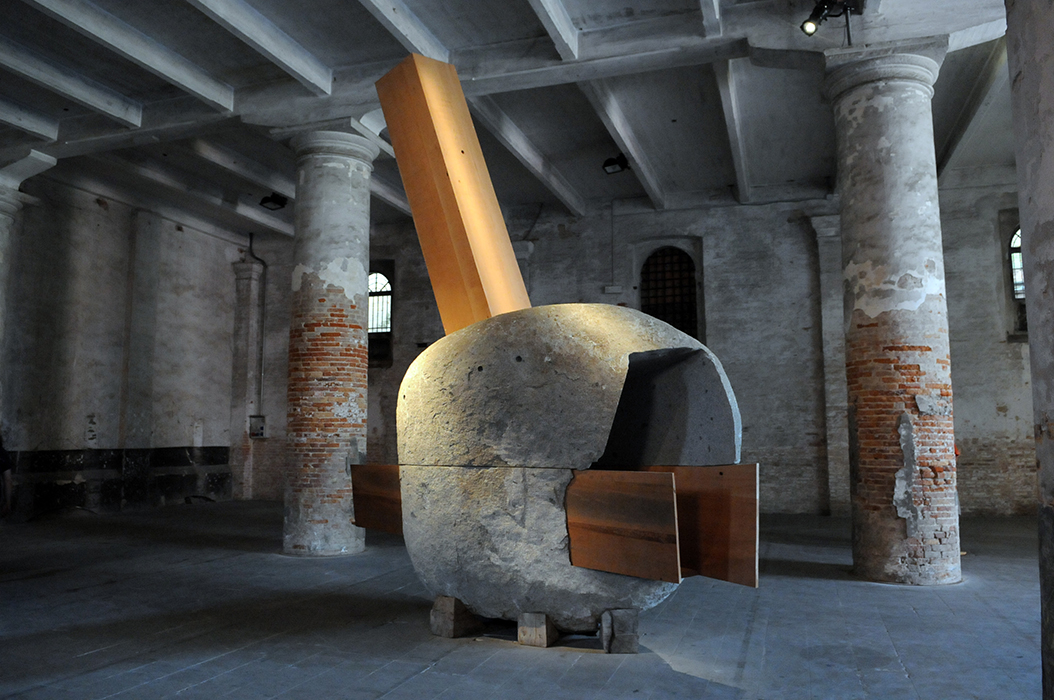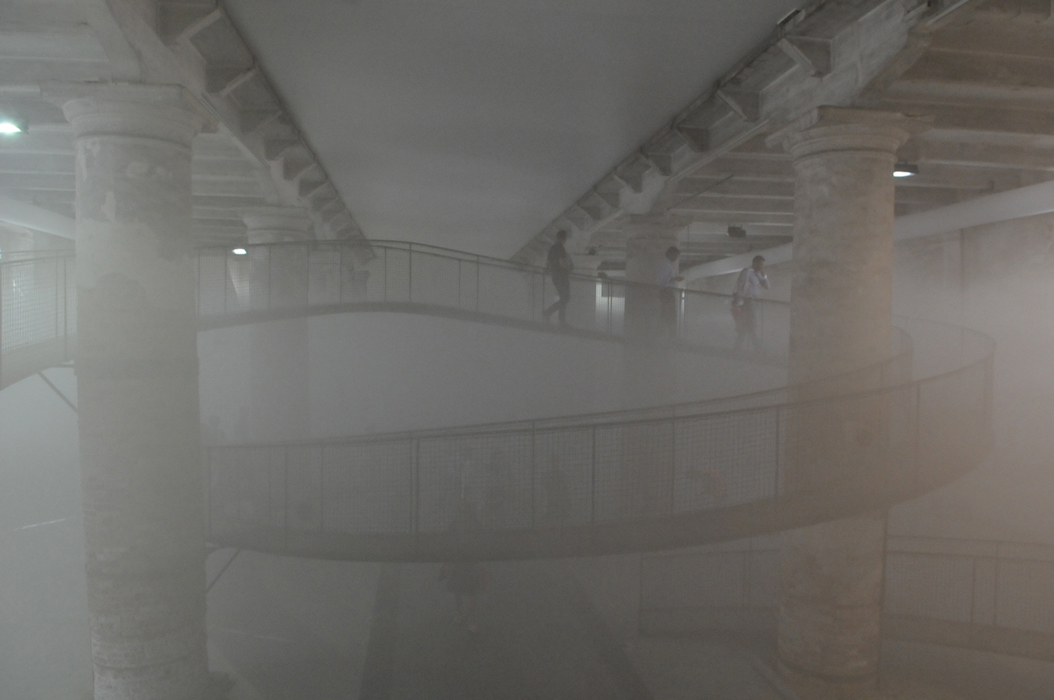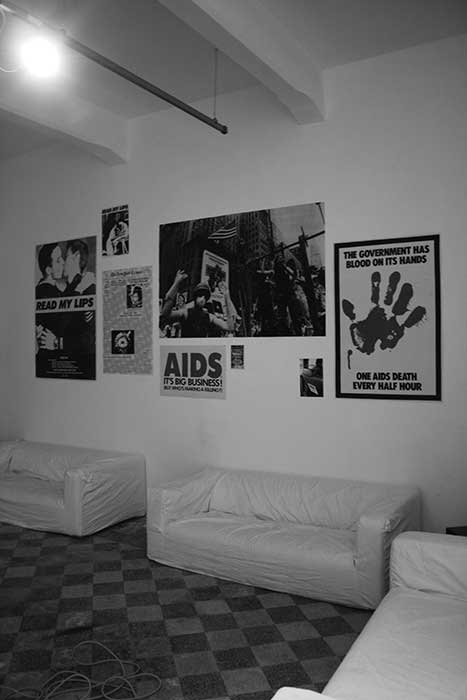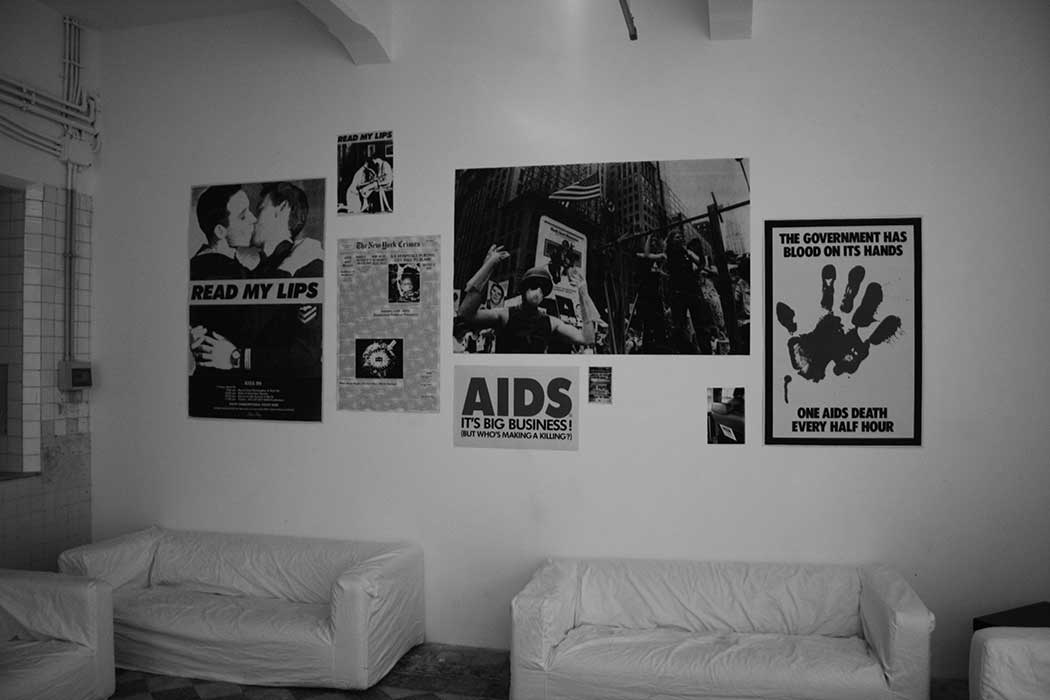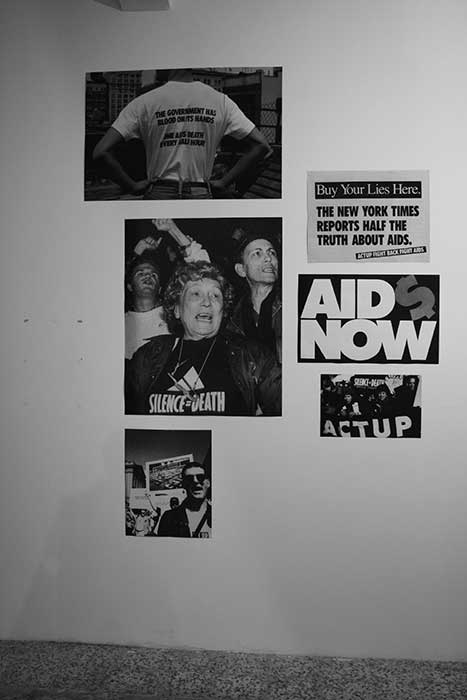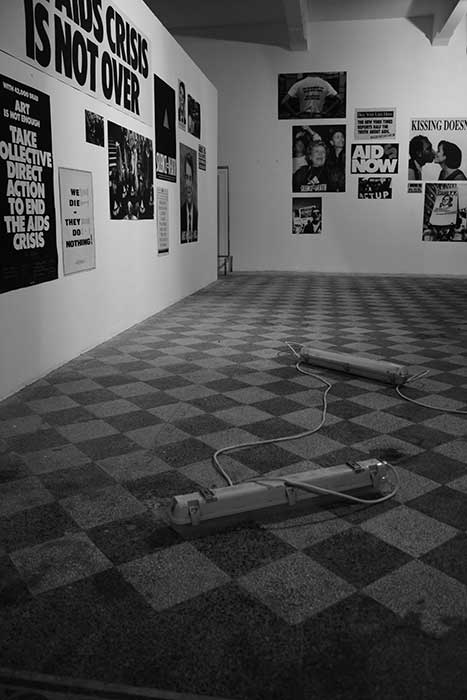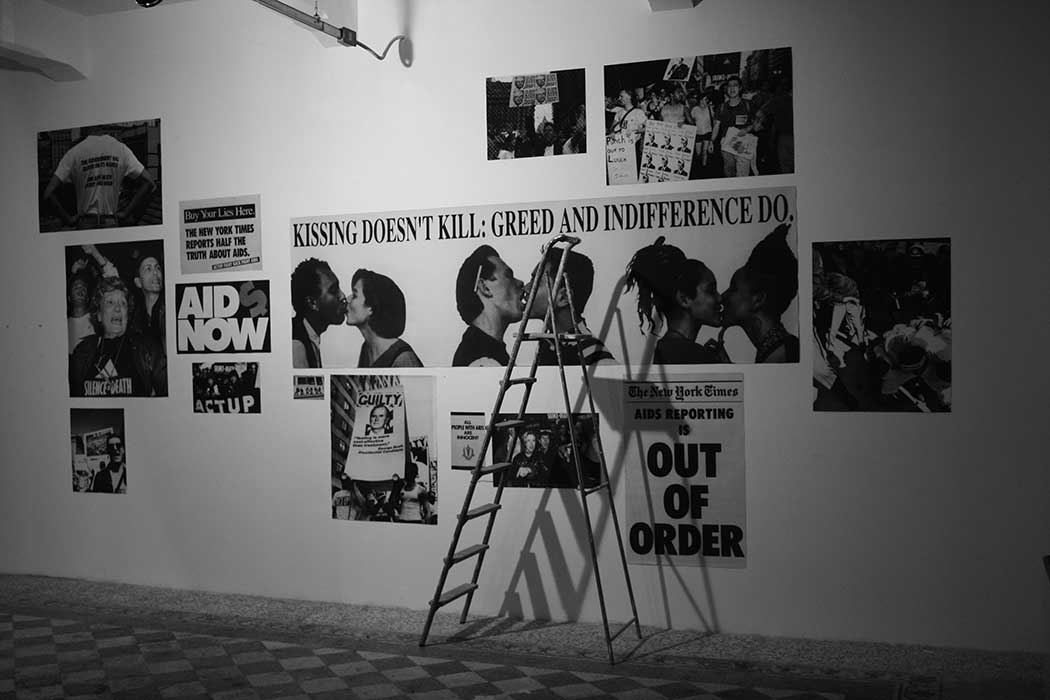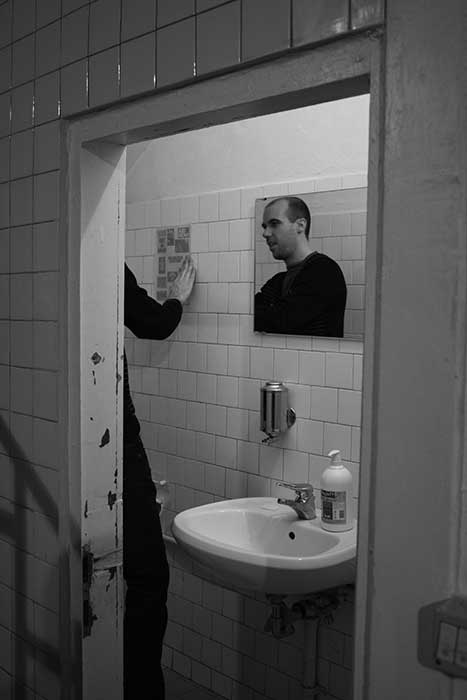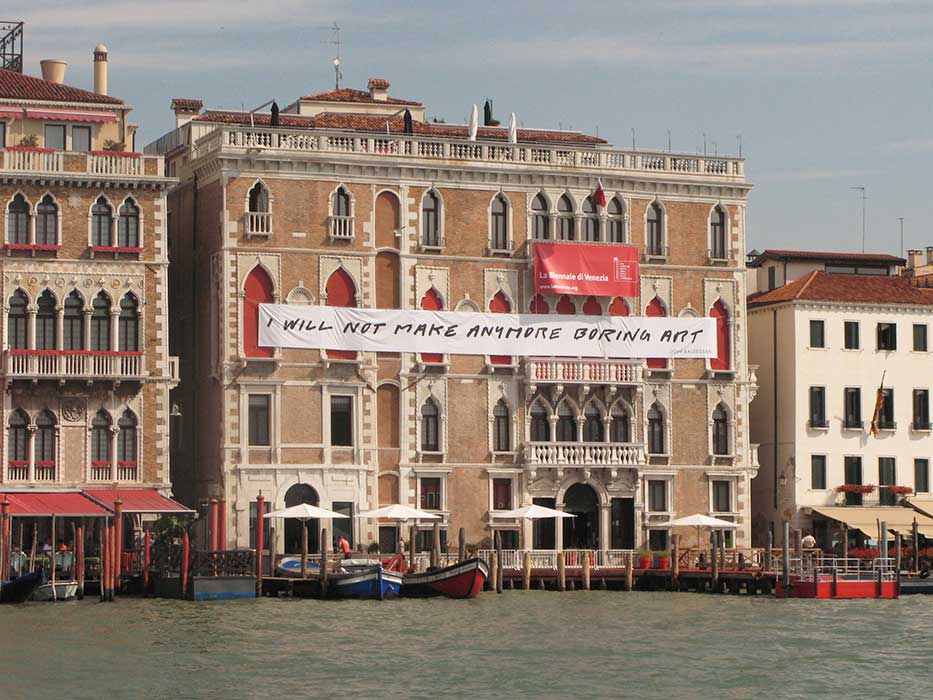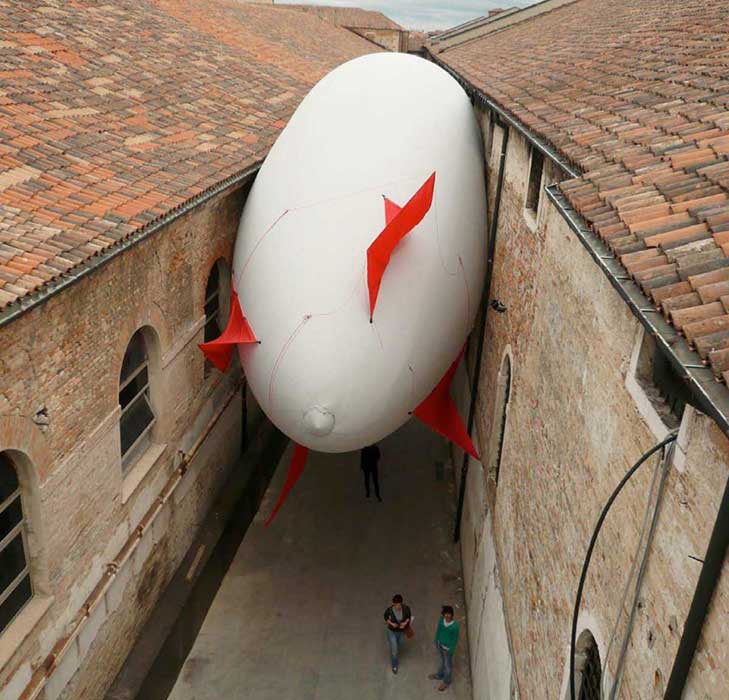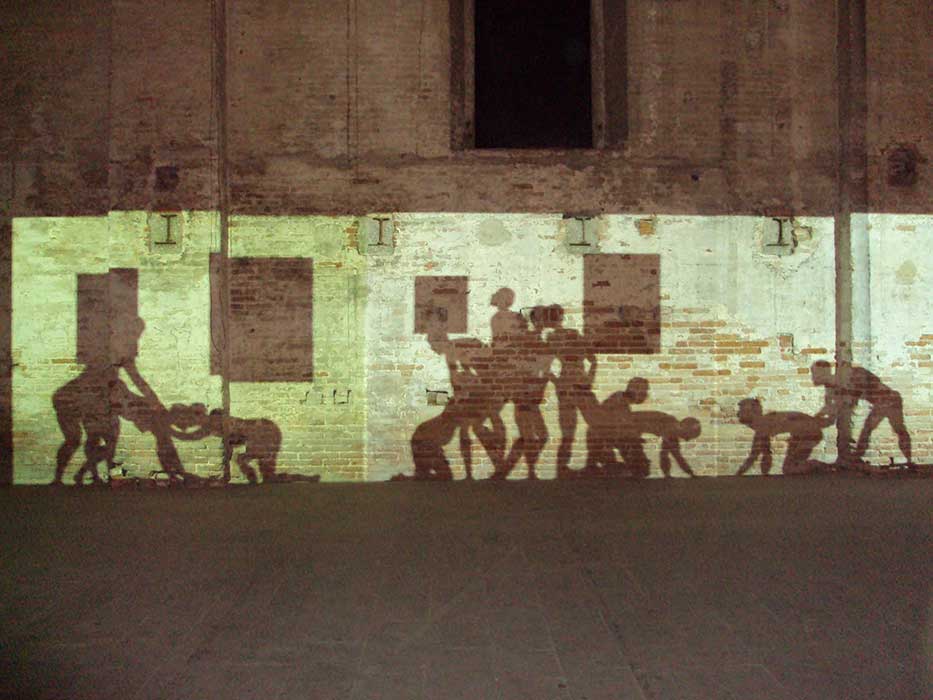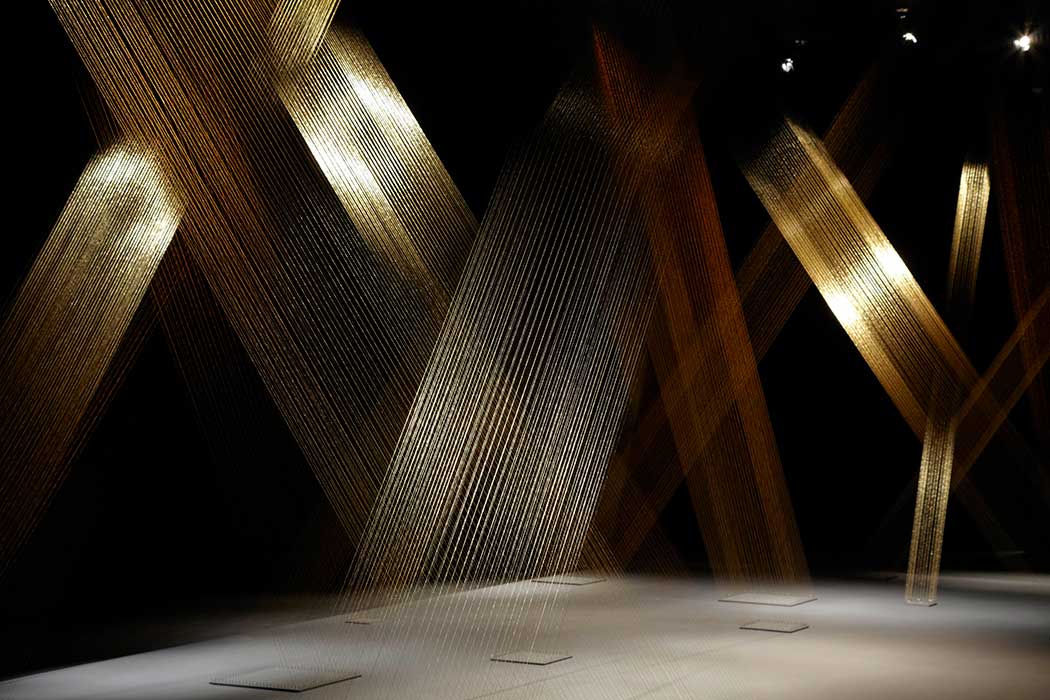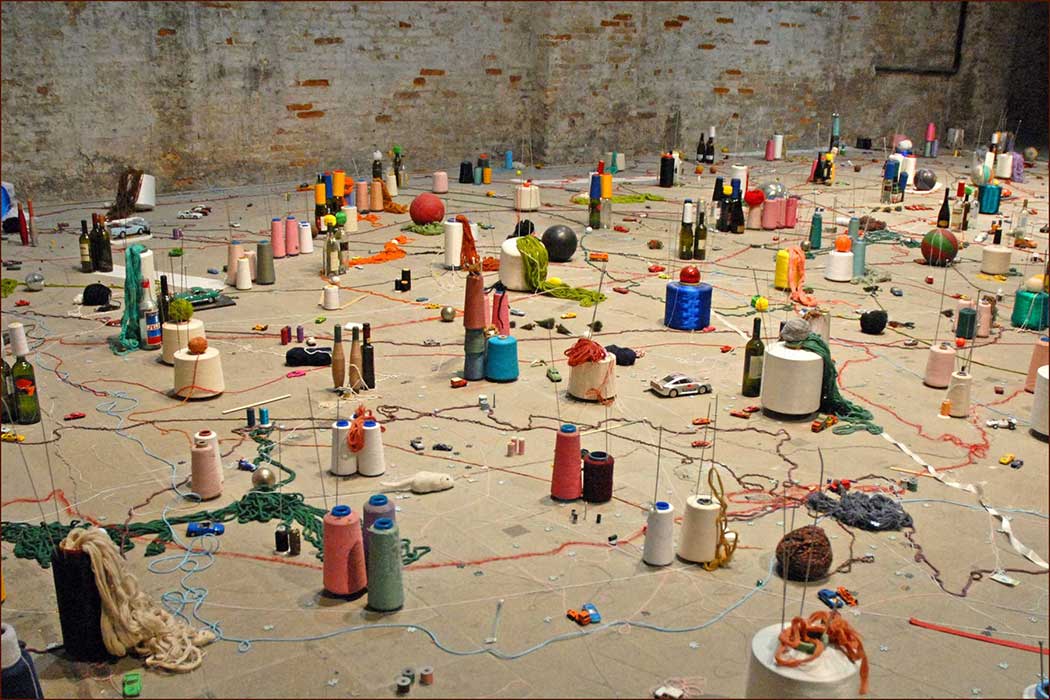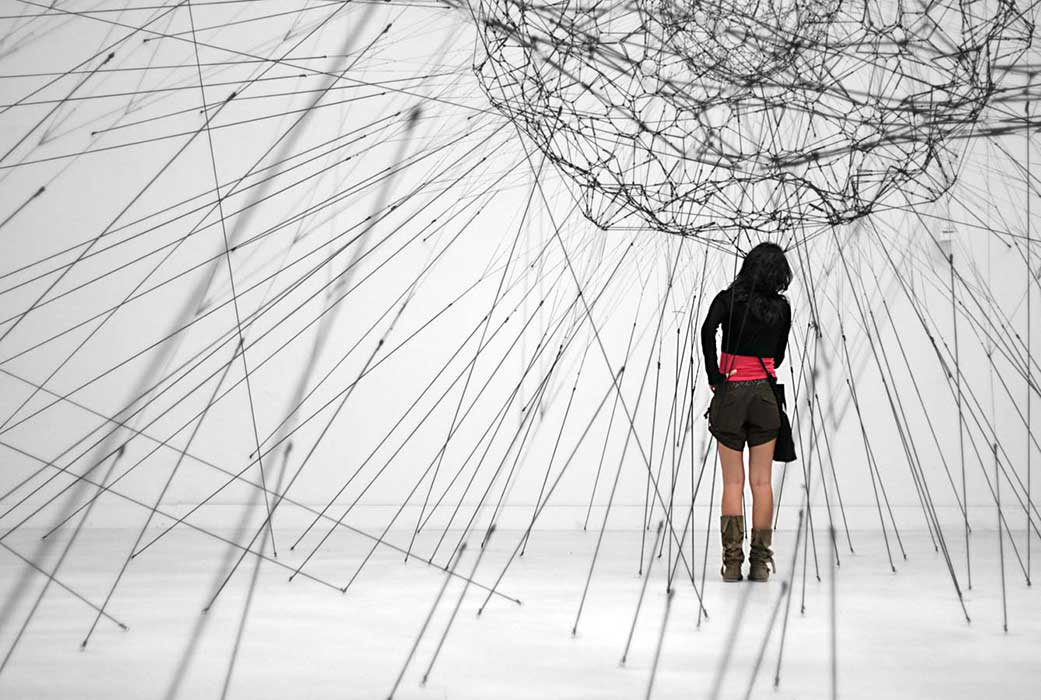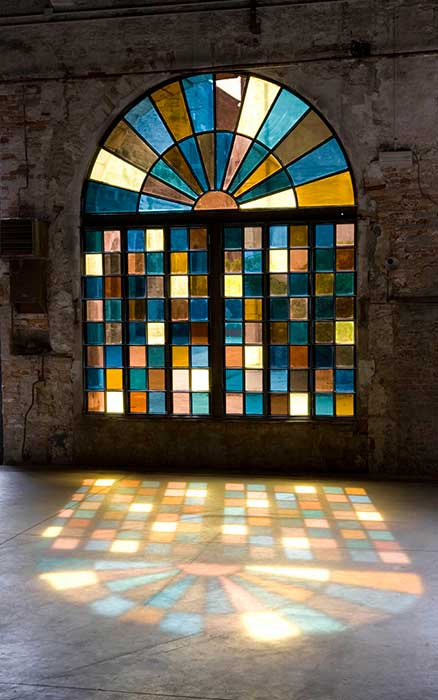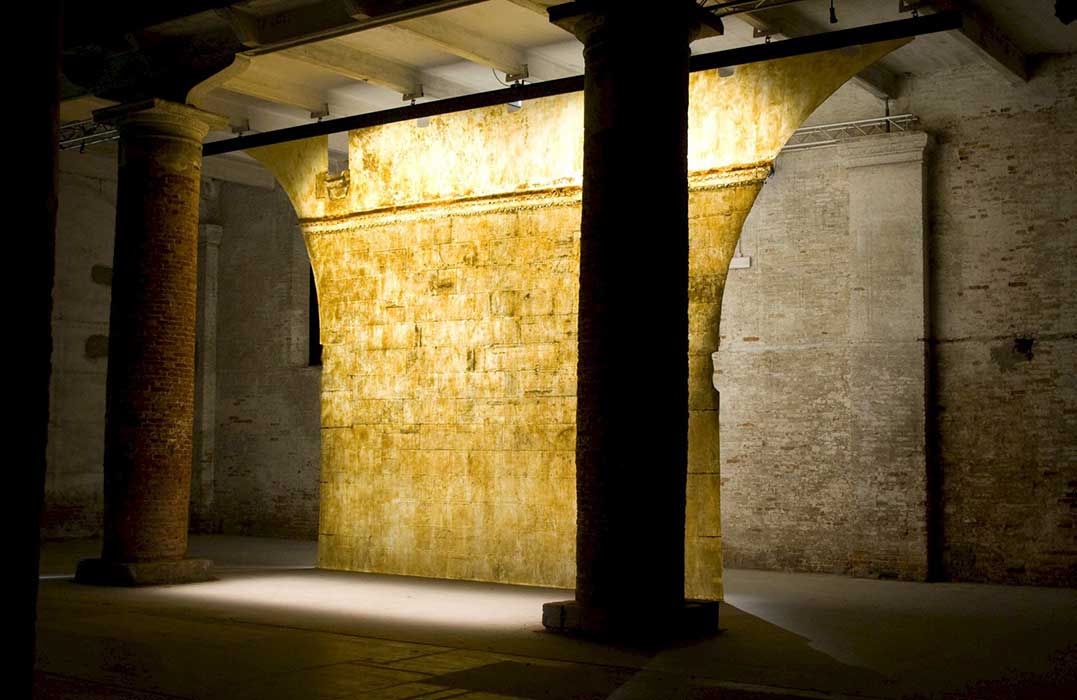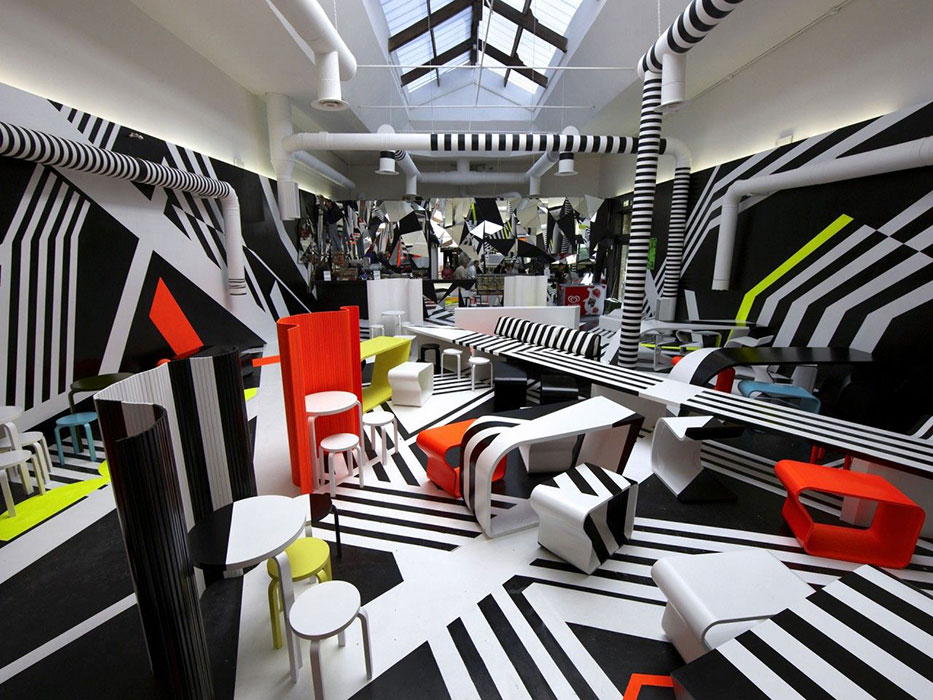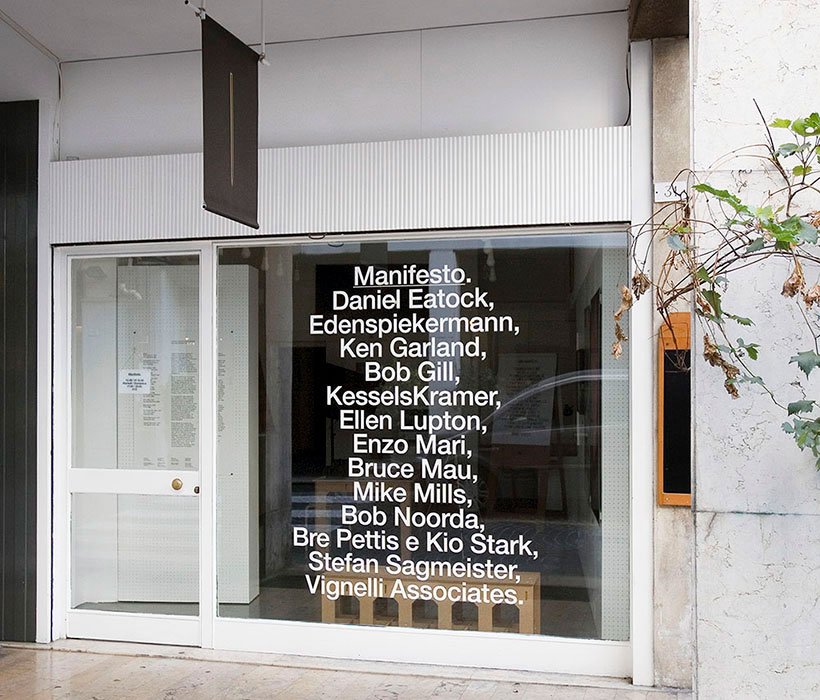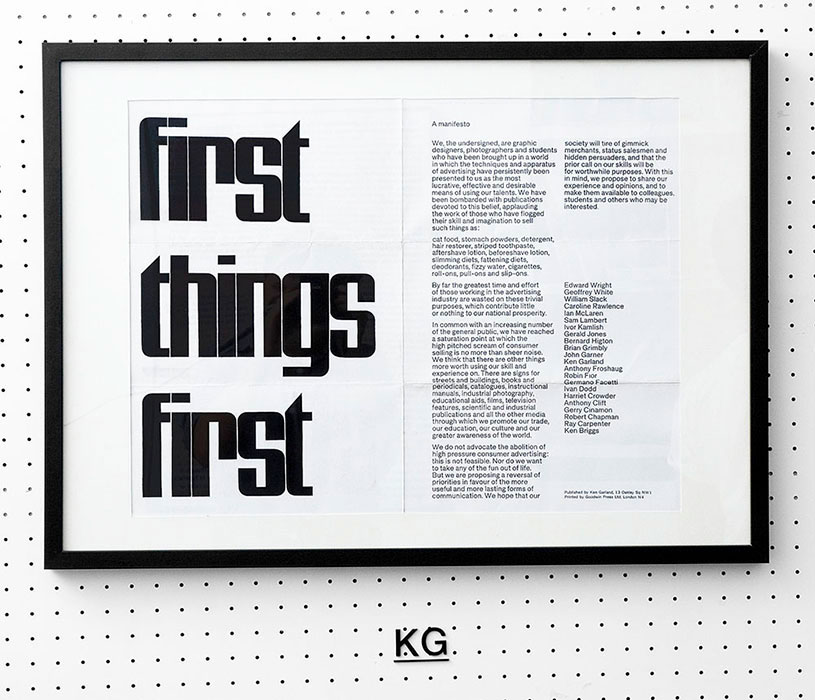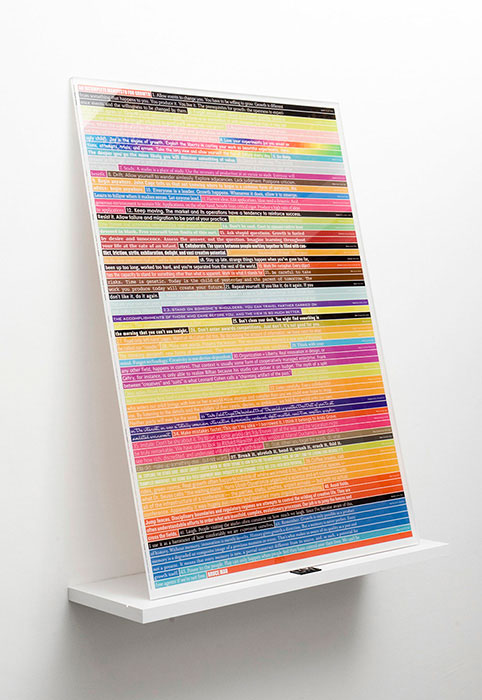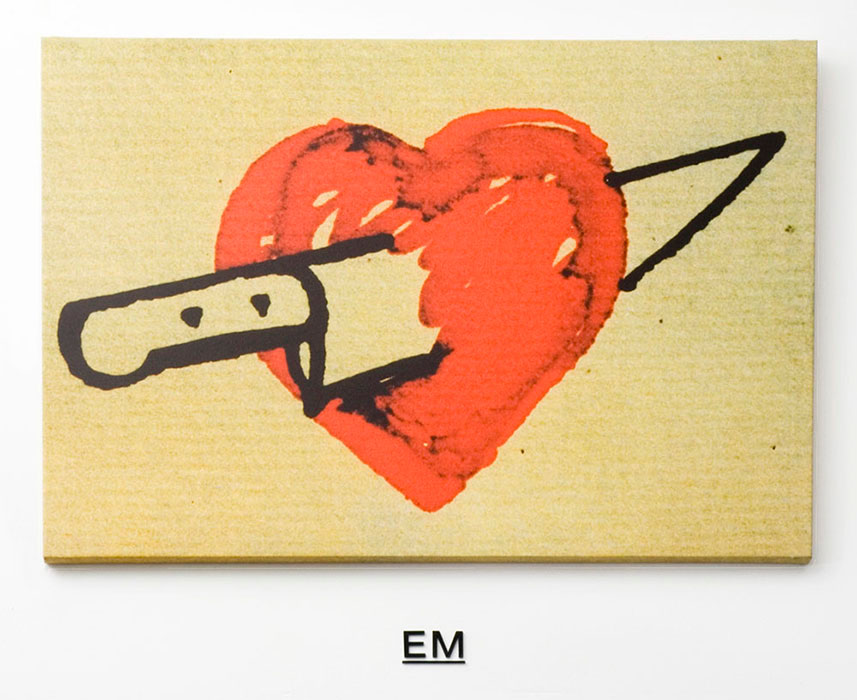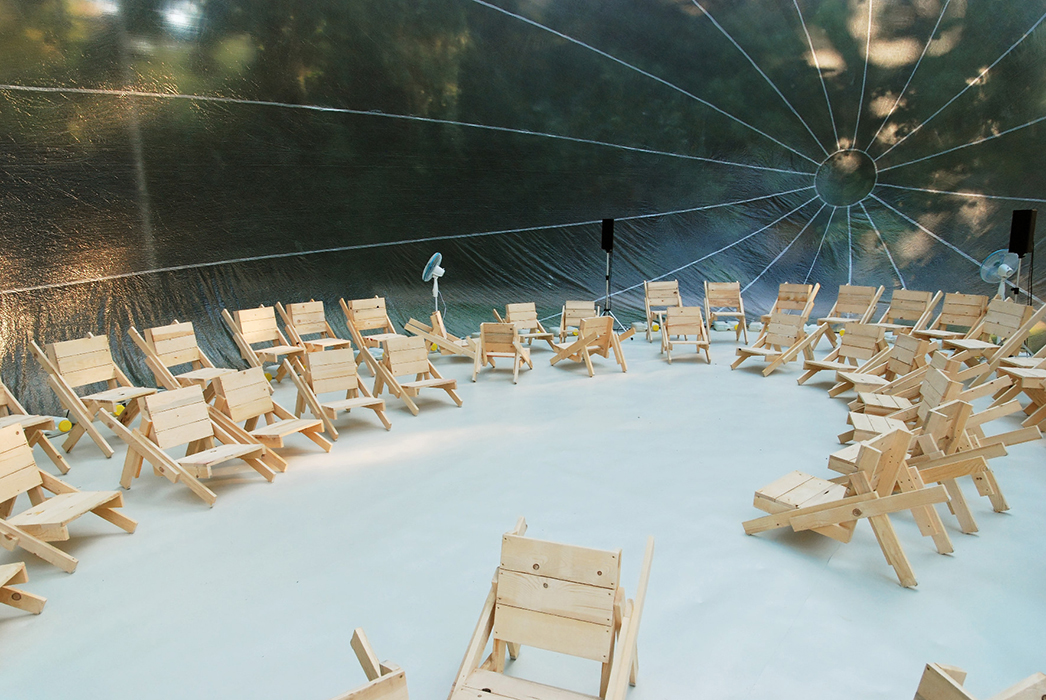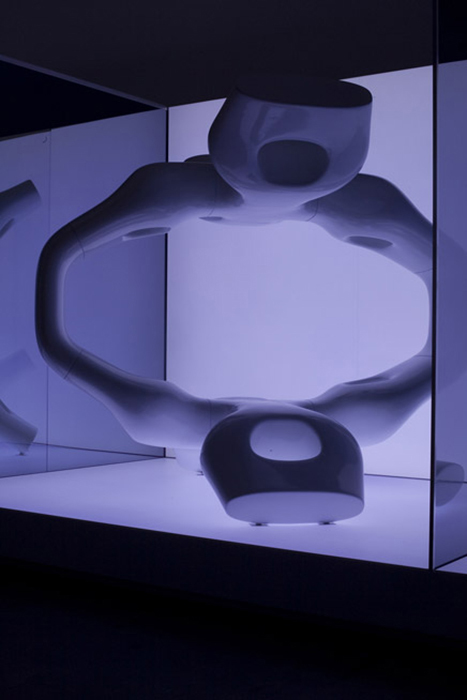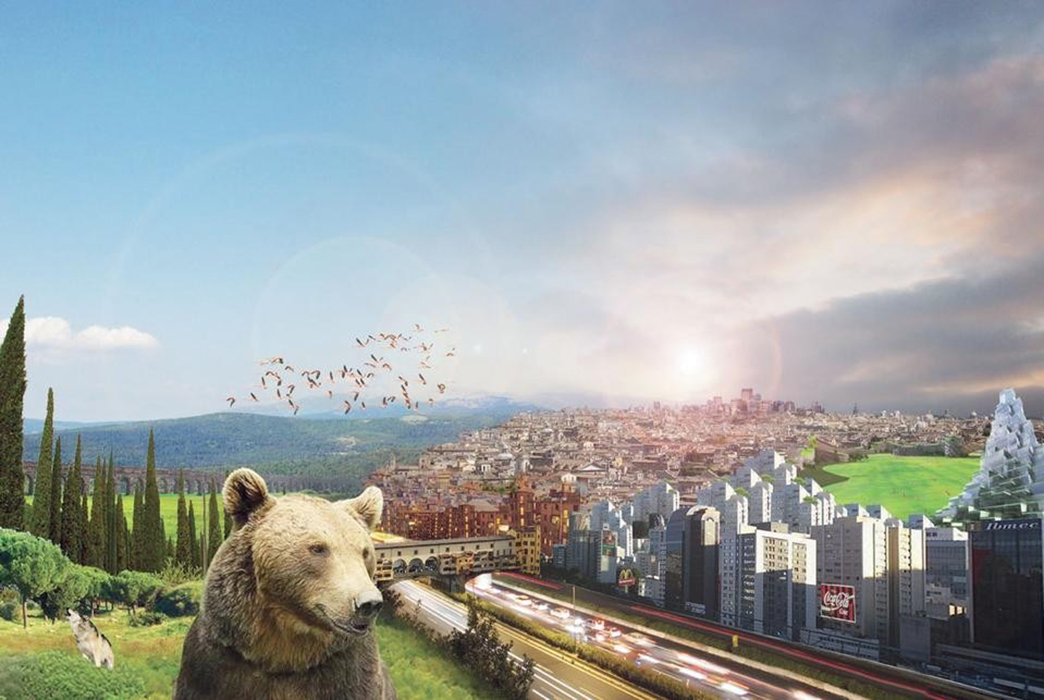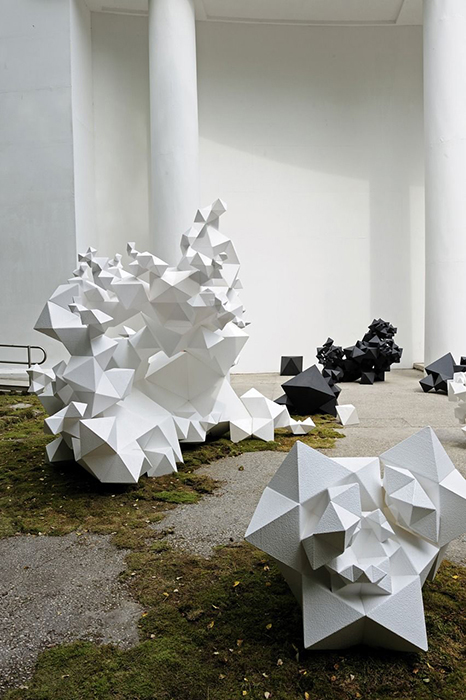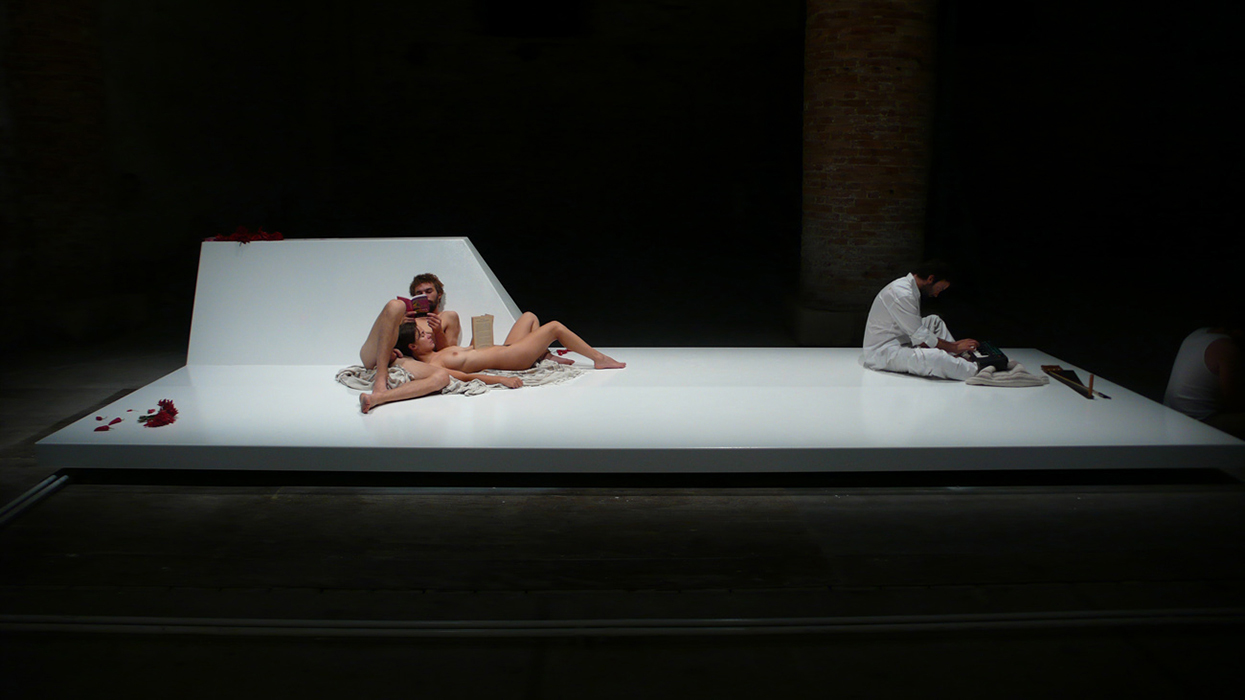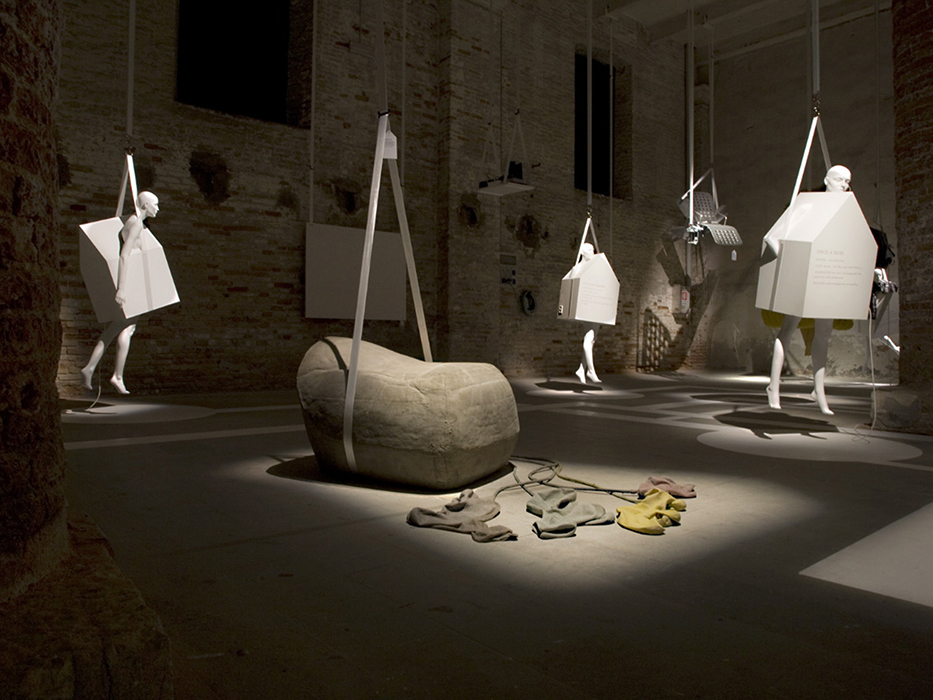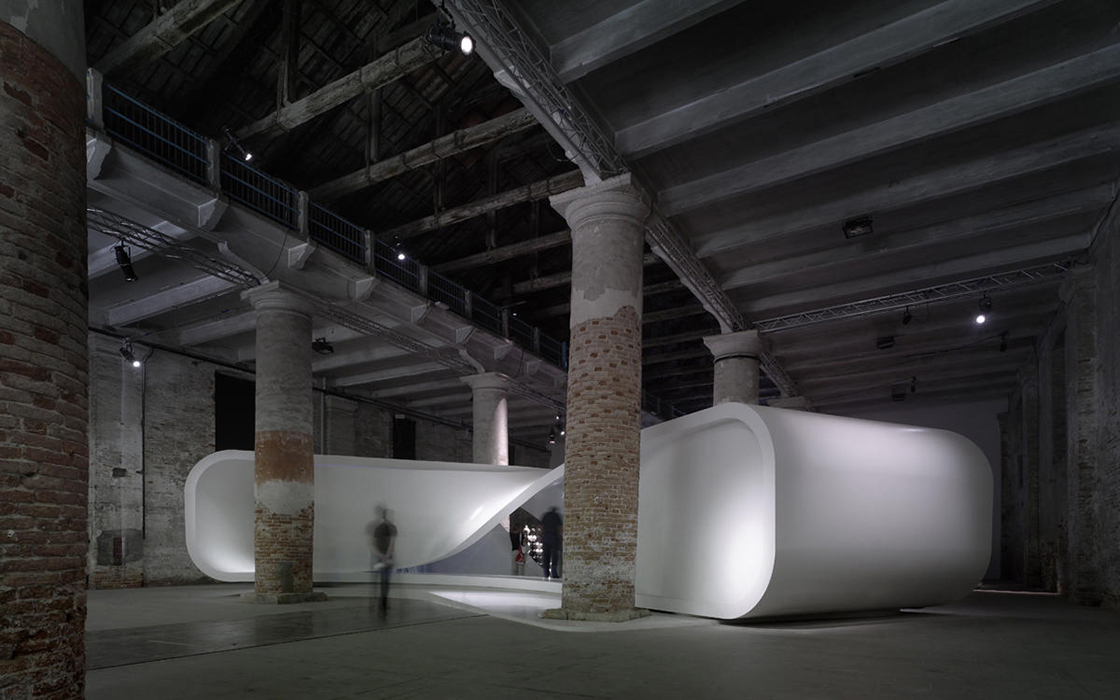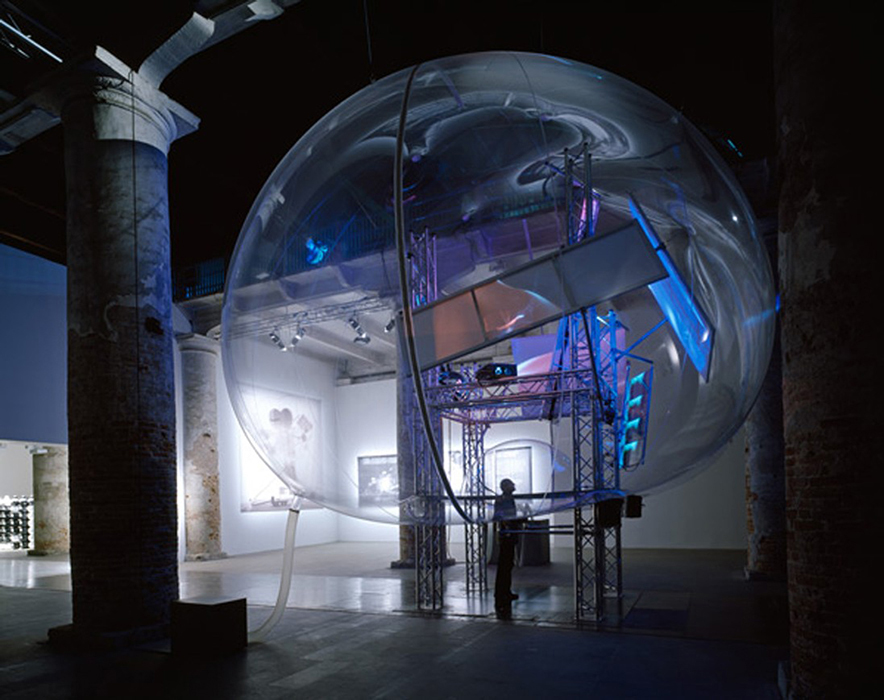Tommaso Speretta
| # | Title | Project | Credit | Year |
|---|---|---|---|---|
| 71 | Editorial | Sharjah Biennial 15: Thinking Historically in the Present | Sharjah Art Foundation | 2023 |
|
Edited by
Hoor Al Qasimi
Softcover, 439 pages, 2023 Published by Sharjah Art Foundation |
Bringing together more than 150 artists from over 70 countries, Sharjah Biennial 15 was
conceived by the late Okwui Enwezor and curated by Hoor Al Qasimi. Titled Thinking
Historically in the Present, SB15 presented works that critique monolithic understandings
of nationhood, tradition, race, gender, body and imagination, which ultimately inform the
Biennial’s intersectional thematic. Concurrently, it addresses the mission of the
Sharjah Art Foundation in envisioning institutional models for exhibition making that stand
outside of the West in support of intercultural dialogue and the production and presentation
of contemporary art responsive to our post-colonial times. The accompanying publication
serves as both an exhibition catalogue and a navigation tool to give reader access to
the curatorial concept, the structure of the Biennial, participating artists and the works on view.
|
|||
| 70 | Curating | I am/We are | Stavanger Art Museum | 2022 |
|
In anticipation of the Queer Culture Year in Norway, Stavanger Art Museum presented “I am/We Are”, a film program which through an artistic perspective highlighted issues concerning sex, gender, feminism, black identity, race, queer culture and HIV/AIDS. The first in a series of three screenings was dedicated to the life and work of artist David Wojnarowicz (1954–1992), on the 30th anniversary of his AIDS-related death. The second evening celebrated the experiences shared by queer men of color during the HIV/AIDS epidemic, through the films of Marlon T. Riggs, "Tongues Untied" (1989) and "Non, Je Ne Regrette Rien (No Regret)" (1992). The third and last evening focused on the representation of the female body and highlighted feminist perspectives in experimental filmmaking, with a screening of “Ricerche: two “ (2020) by Sharon Hayes followed by Barbara Hammer’s “Sisters!” (1973) and “I was / I am” (1973), from which the program took its title.
|
||||
| 69 | Curating | Every Moment Counts. AIDS, and its Feelings | Henie Onstad Kunstsenter | 2022 |
|
Taking its title from a series of color prints by photographer Rotimi Fani-Kayode (1955–1989),
Every Moment Counts–AIDS and its Feelings presents works from 1982 until today, including several
new productions. In addition to focusing on queer culture, the exhibition also assesses the contribution
of the arts to periods of intense social and political crisis. Curated according to a broad range of
differing “emotional qualities” the exhibition presents an entanglement of aesthetic research, political
activism, personal experiences, and theoretical analysis. The exhibited works manifest how artists
responded to the HIV/AIDS pandemic along the lines of themes including love and death, hope and
resignation, intimacy, and the body. Also rage and desire, care and healing, spirituality, and
protection, mourning and memory, vulnerability and power, sex, politics, and activism.
Every Moment Counts features works by: Soufiane Ababri, Patrick Angus, David Armstrong, Gretchen Bender, Barton Lidice Beneš, Ross Bleckner, Tessa Boffin, Andrea Bowers, Nancy Brooks Brody, Nancy Burson (with Kunio Nagashima), Feliciano Centurión, Elmgreen & Dragset, Pepe Espaliú, Rotimi Fani-Kayode, Rafael França, Gang, General Idea, Nan Goldin, Felix Gonzalez-Torres, Gran Fury, Catherine Gund, Sunil Gupta, Barbara Hammer, Keith Haring, Richard Hawkins, Romuald Hazoumé, Hudinilson Jr., Peter Hujar, Lars Laumann, Matts Leiderstam, Zoe Leonard, Paul Maheke, Robert Mapplethorpe, Liliana Maresca, Bjarne Melgaard, Donald Moffett, Mark Morrisroe, Cookie Muller/ Vittorio Scarpati, Piotr Nathan, Bart Julius Peters, Jack Pierson, Karol Radziszewski, Hunter Reynolds, Marion Scemama, Fin Serck-Hanssen, Kerstin Schroedinger and Oliver Husain, Sim Simaro, Manuel Solano, Chrysanne Stathacos, Hugh Steers, Maître Syms, Tseng Kwong Chi, Zephania Tshuma, Edilson de Carvalho Viriato, David Wojnarowicz and Martin Wong. |
||||
| 68 | Editorial | HEDDA | Loose Joints | 2021 |
|
Hardcover, 134 pages, 2021
Published by Loose Joints, London and Marseille |
Over the last five years, Norwegian artist Fin Serck-Hanssen followed and documented
the gender-confirming journey of close friend Hedda, who from her early twenties
travelled from Oslo to Buenos Aires and Bangkok to undergo cosmetic surgeries and a vaginoplasty.
Serck-Hanssen and Hedda’s images are made collaboratively to build a complex portrait of both
physical and psychological changes within a young person’s life and show with unflinching
honesty the realities of Hedda’s confirming, surgeries, and recovery. Hedda reflects on the
construction of identity in the 21st century, mixing her selfies and curation of an online
identity against Serck-Hanssen’s tender but direct portraiture of her most vulnerable moments.
Designed by Mevis and van Deursen, HEDDA finishes with an immersive short fictional story
by novelist Genevieve Hudson, exploring ideas of ambiguity, transition and change.
|
|||
| 67 | Editorial | Maurizio Cattelan: 2000 words | DESTE Foundation for Contemporary Art | 2021 |
|
Edited by
Massimiliano Gioni and Karen Marta Softcover, 128 pages, 2021 Published by DESTE Foundation for Contemporary Art, Athens |
Maurizio Cattelan’s subversive attitude has earned him several monikers in the art world:
court jester, prankster, and provocateur. His playful, satirical body of work—which includes
Comedian (2019), a banana duct-taped to the wall at ArtBasel Miami Beach, and America (2016),
the 18-karat gold toilet he later installed in the Guggenheim Museum’s restroom—reflects a
pointed critique of institutional and cultural norms in the society at large. “A true grandchild
of Marcel Duchamp and bastard nephew of Andy Warhol,” Cattelan is as sharply attuned to
context –social, institutional, cultural– as he is to gesture and expression.
2000 Words is a series of monographs conceived by Massimiliano Gioni, each of which combines a critical, forthright essay with a survey of an artist’s works in the Dakis Joannou Collection. |
|||
| 66 | Curating | EMPORIO | Spazio Punch | 2020 |
|
Rethinking the historical tradition of the artists’ store,
EMPORIO transforms Spazio Punch into a multidisciplinary laboratory
in constant transformation, a fluid space in which creativity,
production and performance interact in a sequence of objects, images,
relationships and events. By reconfiguring the visual language of Instagram,
EMPORIO transports the viewer from digital channel to physical space,
where six collectives of young designers featuring more than thirty creatives
experiment with a new model of presentation and distribution of objects,
ideas, visions and new aesthetics.
EMPORIO features works by: maga*archivio, Premiata Ceramica Sperimentale, Venice is Burning per CQFP, Verissima Fonderia Anonima, XMERON |
||||
| 65 | Editorial | SInce 1986 | Swiss Institute | 2020 |
|
Edited by
Simon Castets and Karen Marta Hardcover, 456 pages, 2020 Published by Swiss Institute, New York, and Koenig Books, London |
Since 1986, Swiss Institute has been a driving force for supporting experimental,
under-recognized and emerging art from around the world. A look back at its legacy,
SInce 1986 presents a concise oral history of Swiss Institute as told by the artists
and curators who played a part in it. While contextualizing the institution within the
broader history of New York City’s independent art spaces, the book also provides a
complete visual timeline of SI’s groundbreaking art, architecture, design and
performance programs to date.
|
|||
| 64 | Project Management | de Chirico | Electa / Marsilio | 2019 |
|
With around 100 works ranging from 1909 to 1973 displayed in the historical Palazzo Reale in Milan,
the exhibition de Chirico explores recurring motifs in the artist’s oeuvre
such as mannequins, gladiators and illogical interiors.
Hailed as a visionary by the Surrealists for his unsettling Metaphysical
paintings,the Italian painter has become an enigma in the history of modern art.
Revisiting the artist’s prolific but baffling career trajectory,
this exhibition comes almost 50 years after the first major retrospective
the 81-year-old de Chirico was celebrated with in his home country in 1970.
Intriguing and enigmatic character, at the same de Chirico very often relished the part of the agitator. His undisguised provocative behavior is reassessed by this exhibition today as a calculated performance, a marker of the artist’s polemical genius and contemporary sensibility. |
||||
| 63 | Curating | ENCORE | Art Genève | 2019 |
|
An evening of performances by: Saâdane Afif, Hsia-Fei Chang, Pierre Huyghe, Yutaka Makino, Jonathan Monk, Annika Larsson / Satch Hoyt and Anri Sala.
The project draws on the notion of “encore” –a repeated or additional performance called by the audience at the end of a concert. Often reflecting the momentary state of mind of musicians, encores can result in uniquely intimate musical renditions, or into moments of excessive extravaganza or pretense. For the invited artists, the notion of encore serves as a social-ritualistic pattern and as an artistic scheme to explore different kinds of reiterations, mutations or changes. Music is perceived as convertible energy, often referring to already existing works or to somewhat noisy political events such as Pierre Huyghe’s off-key response to John Cage’s iconic silent piece “4:33,” Hsia-Fei Chang’s Karaoke performance based on the real story of a political assassination attempt or Jonathan Monk’s scrupulous rendition of “his Mother cleaning his father’s piano.” |
||||
| 62 | Editorial | Piero Manzoni: Life of the Artist | Gagosian / Rizzoli International | 2019 |
|
Written by
Flaminio Gualdoni Trade Paperback, 256 pages, 2019 Published by Gagosian and Rizzoli International, New York |
Originally published in Italian in 2013, this new English-language biography of Piero Manzoni provides an exclusive look at the personal and artistic life of this groundbreaking Italian artist, making this book a must-read for any art
or Italian history enthusiast.
Manzoni’s brief career was one of the most radically inventive of the twentieth century, producing a body of work that continues to challenge the definitions of artistic sovereignty and virtuosity to this day. This newly-translated biography charts Manzoni’s evolution as both an artist and an individual, tracing a line from his youth and student days to his affiliation with Lucio Fontana to his untimely death in 1963. |
|||
| 61 | Curating | Carlo Zinelli. Continous Vision | Fondazione Palazzo Te | 2019 |
|
Artist Carlo Zinelli was sectioned to San Giacomo alla Tomba’s hospital in Verona after a period of strong inner anguish following the traumatic experience as a soldier during the World War II. In the three decades spent
in
the hospital, Zinelli continuously reinvented the time and space of his paintings, developing his own figurative motifs and subjects in the intersection of everyday life elements with dream-like magical visions. Resembling a danse
macabre at times or a sort of personal Kabbalah for the artist, Zinelli’s paintings are filled with a spontaneous and immediate exuberance as well as an unequivocally “pop” symbolism.
|
||||
| 60 | Editorial | Jeff Koons: 2000 words | DESTE Foundation for Contemporary Art | 2019 |
|
Edited by
Massimiliano Gioni and Karen Marta Softcover, 140 pages, 2019 Published by DESTE Foundation for Contemporary Art, Athens |
Jeff Koons explores how everyday items become works of art by reflecting our desires. Crafting a vast
aesthetic grammar from a language of kitsch, athleticism, and antiquity, his work elevates symbols of pop
culture and consumer goods into a realm of timeless self-realization. Methodologically, Koons has created
a prophecy fueled by the ecstasy of materialism, where the image or object becomes its own
ouroboros, consuming itself. This monograph contains an essay by Massimiliano Gioni with Natalie Bell
examining Koons’s parallels to Duchamp and the function of readymades over the course of his career.
2000 Words is a series of monographs conceived by Massimiliano Gioni, each of which combines a critical, forthright essay with a survey of an artist’s works in the Dakis Joannou Collection. |
|||
| 59 | Editorial | The Athens Dialogues: The Book | DESTE Foundation for Contemporary Art | 2018 |
|
Edited by
Karen Marta Softcover, 120 pages, 2018 Published by DESTE Foundation for Contemporary Art, Athens |
Starring Hans Ulrich Obrist in conversation with Danai Anesiadou, James Bridle, Elizabeth Diller,
Apostolos Georgiou, Isaac Julien, Jeff Koons, Ranjana Leyendecker, Ari Marcopoulos, Charles Ray,
Shuddhabrata Sengupta, Christina Soulou,
Hito Steyerl, and Adrián Villar Rojas.
Whether celebrated, studied, or challenged, the past returns much like a ghost in The Athens Dialogues. Eleven artists, a writer, and an architect engage in conversation with Hans Ulrich Obrist, challenging notions of history and offering diverse accounts of how the present is imagined in relation to the past. One of the conversations, with Ari Marcopoulos, takes the form of a photographic essay that runs through the book, examining Athens in its ancient and contemporary forms. This collection of conversations is in part an homage to a 1962 paperback of Last Year at Marienbad that embeds episodic film stills into Alain Robbe-Grillet’s groundbreaking screenplay. |
|||
| 58 | Editorial | Kiki Smith: 2000 words | DESTE Foundation for Contemporary Art | 2018 |
|
Edited by
Massimiliano Gioni and Karen Marta Softcover, 84 pages, 2018 Published by DESTE Foundation for Contemporary Art, Athens |
Kiki Smith’s art confronts what it means to be human. Her sculptures are often feminine figures that become personifications of sexuality, trauma, and abjection. Smith considers the body in her work to be a grotesque portal between
public and private life. It is a site of introspection but also internalized violence, which goes on to manifest outward in her ability to create intense organic forms. This monograph contains an essay by Margot Norton that examines
Smith’s fascination with the human body and its ability to project emotional vulnerability.
2000 Words is a series of monographs conceived by Massimiliano Gioni, each of which combines a critical, forthright essay with a survey of an artist’s works in the Dakis Joannou Collection. |
|||
| 57 | Editorial | Andra Ursuţa: 2000 words | DESTE Foundation for Contemporary Art | 2018 |
|
Edited by
Massimiliano Gioni and Karen Marta Softcover, 96 pages, 2018 Published by DESTE Foundation for Contemporary Art, Athens |
Imbued with the collective memories of Romanian culture, Andra Ursuţa’s body of work uses her grim past to
tackle the harshness of our present reality. With a sensibility that is both humorous and gloomy, the
artist culls images from her childhood and homeland and confronts early experiences of fear and death;
these personal and cultural histories shape her sculptures, paintings, and installations. This monograpah
contains an essay by Ali Subotnik that examines Ursuţa’s stark recreations of cultural and historical
turmoil
2000 Words is a series of monographs conceived by Massimiliano Gioni, each of which combines a critical, forthright essay with a survey of an artist’s works in the Dakis Joannou Collection. |
|||
| 56 | Editorial | Kerstin Brätsch: 2000 words | DESTE Foundation for Contemporary Art | 2018 |
|
Edited by
Massimiliano Gioni and Karen Marta Softcover, 80 pages, 2018 Published by DESTE Foundation for Contemporary Art, Athens |
Kerstin Brätsch’s work trades in the market of pure information. By way of painting, drawing, performance,
sculpture, and design, she depicts the mutation of images over time, reflecting the volatility of data
transmission and consumption in the contemporary digital moment. Her paintings deploy the visual
vocabulary and history of abstraction to debunk the assumed spirituality, legacy, and strength of
modernism. This monograph contains an essay by Massimiliano Gioni that examines Brätsch’s profound
engagements with the contemporary social lives of images.
2000 Words is a series of monographs conceived by Massimiliano Gioni, each of which combines a critical, forthright essay with a survey of an artist’s works in the Dakis Joannou Collection. |
|||
| 55 | Editorial | PAVILLON DE L’ESPRIT NOUVEAU: A 21st Century Show Home | Swiss Institute | 2018 |
|
Edited by
Felix Burrichter, Simon Castets, and Karen Marta Softcover, 120 pages, 2018 Published by Swiss Institute and Karma, New York |
Conceived as both a speculative model for the technological home and an homage to Le Corbusier’s
Pavillon
de L’Esprit Nouveau of 1925, Felix Burrichter’s exhibition PAVILLON DE L’ESPRIT NOUVEAU: A 21st
Century
Show Home is a radical, multifunctional domestic space as well as a showcase for new design. As the
second edition of Swiss Institute’s Architecture and Design Series, this volume adopts the conceptual
framework of the exhibition at SI and its related public programs, in addition to presenting seminal
essays, archival materials, and exhibition documentation.
|
|||
| 54 | Editorial | Giuseppe Penone: The Inner Life of Forms | Gagosian / Rizzoli International | 2018 |
|
Edited by
Carlos Basualdo Hardcover, 490 pages, 2019 Published by Gagosian and Rizzoli International, New York |
In a monumental oeuvre spanning more than forty years, Penone has explored and expanded our understanding of what constitutes sculpture through the interplay between the human body, nature, and art. His work represents a poetic
expansion of Post-Minimalism’s, and specifically, Arte Povera’s radical break with conventional media, emphasizing the transformative logic involved in the processes of respiration, growth, and aging that are common to all living
beings.
Housed in a box, the four new essays and conversation are collected in one volume, while twelve insightful texts investigate the main typologies that can be found as organizing principles in the work. This monograph is the most comprehensive survey of Giuseppe Penone’s work to date. |
|||
| 53 | Editorial | José Leonilson: Empty Man | Americas Society | 2017 |
|
Edited by
Gabriela Rangel and Karen Marta Hardcover, 284 pages, 2017 Published by Americas Society, New York |
José Leonilson came of age as an artist during the 80s generation in Brazil. What he shared
with this diverse artistic milieu was the so-called “joy of painting,” rediscovered in the years following
the end of Brazilʼs dictatorship. What separated him from his contemporaries was his personal way of
working and his distinct aesthetic centred on raw emotional feelings, introspective musings, and private
affairs.
Focusing on Leonilsonʼs production as a mature artist, this book features approximately fifty paintings, drawings, and intimate embroideries made between the mid 1980s until 1993, when the artist died of AIDS. This short yet prolific period showcases the artist’s fully developed language, connecting his oeuvre with contemporary art practices, Brazilian vernacular traditions, and global issues prompted by the AIDS crisis. |
|||
| 52 | Editorial | Erick Meyenberg: The Wheel Bears No Resemblance to a Leg | Americas Society / Yerba Buena Center for the Arts | 2017 |
|
Edited by
Gabriela Rangel, Lucía Sanromán, and Karen Marta Softcover, 168 pages, 2017 Published by Americas Society, New York and Yerba Buena Center for the Arts, San Francisco |
Borrowing its title from the enigmatic words of Guillaume Apollinaire, The Wheel Bears No Resemblance to a Leg
chronicles the making of a multilayered project by Mexican artist Erick Meyenberg. Working for two
years with a local military high school marching band in Mexico City, Meyenberg orchestrated a complex
performance which took place throughout the capital and involved the public in a critical reflection on
discipline, education, gender, and the state from a pedagogical perspective.
This publication includes the drawings, musical scores, diagrams of choreography, video stills, and other artworks which document and contextualize the artist’s extensive research, as well as critical essays by Gabriela Rangel, Osvaldo Sánchez, and Lucía Sanromán. |
|||
| 51 | Curating | AIDS Video Interruption | British Museum | 2017 |
|
AIDS Video Interruption presents, for the first time in a public institution in the UK, a
selection of
independent AIDS video works produced in America at the end of the 1980s, when the political crisis
resulting from the government’s unwillingness to confront the epidemic was at its highest peak. This
project looks back at the history of AIDS artistic activism in America to further reflect on the
artists’s capacity to offer an alternative to the public discourse on AIDS. These artists offer a highly
politicized representation of
the epidemic, undermining the cultural establishment and, most importantly, opening up a space for
dissensus.
AIDS Video Interruption features works by: Barbara Hammer, Ton Kalin, Isaac Julien, Ellen Spiro and Gran Fury. |
||||
| 50 | Curating | TRICKS | bruno | 2017 |
|
TRICKS brings together a new selection of works from the early 2000s through 2017 by Dutch photographer
Bart Julius Peters. At a time when photography has become synonymous with digital communication, the
nostalgic romance of Peters’s 35-mm coarse-grained black-and-white photographs returns us to a fictional,
idealized past. Peters combines objective reality with subjective fiction, where the material world that
surrounds us inevitably collapses.
Borrowing its title from the cult book of the same name by Renaud Camus, TRICKS looks at this ambiguous and contradictory effect of beauty, where the artist’s ability to sublimate emotions and ideas into a photographic representation of vanishing reality becomes, as he often says, an act of “sprezzatura.” |
||||
| 49 | Editorial | TRICKS: The Book | bruno | 2017 |
|
Bart Julius Peters is a master in combining objective reality with his subjective fiction, making the material world that surrounds us collapse in front of our own eyes. The objects and images he portrays are doorways into the human
mind; they are projections of our hopes, dreams, and desires; they are symbols of the failures and successes of our aspirations, of our material absence or presence in the world, and of our most secret sexual fantasies as well.
As Roland Barthes has claimed, in his preface to Camus’s Tricks, which Peters’s book borrows its title from: “a trick is that magical encounter that happens only once. This encounter is more than an affair, but less than love, it is an intensity that passes through without regret.” To me, Bart Julius’s work is nothing else if not all about this. |
||||
| 48 | Curating | The Athens Dialogues | DESTE Foundation for Contemporary Art | 2017 |
|
An evening of interviews, conversations, performances, and screenings conceived by Hans Ulrich Obrist that
explores the critical and creative connections between antiquity and contemporary art.
“How do artists use antiquity as a toolbox?” In western art history few themes have had more scholarly and artistic attention than the artistic, architectural, and craft achievements of antiquity. But what meanings and use can we make of this ancient past today? Obrist has once said that his marathons “treat the past as a toolbox with which to make an almost archaeological slice of the present.” They are experimental discussions and research conversations that hopefully lead elsewhere for the artists, curators, thinkers, and others who participate and attend. The Athens Dialogue presents conversations between Hans Ulrich Obrist and Danai Anesiadou, James Bridle, Liz Diller, Apostolos Georgiou, Isaac Julien, Jeff Koons, Raqs Media Collective, Adrián Villar Rojas, Christiana Soulou, and Hito Steyerl. It featured a performance by Ranjana Leyendecker, a video installation by Charles Ray, and a visual narrative designed by Ari Marcopoulos. |
||||
| 47 | Editorial | Liquid Antiquity | DESTE Foundation for Contemporary Art | 2017 |
|
Edited by
Karen Marta and Brooke Holmes Hardcover, 303 pages, 2017 Published by DESTE Foundation for Contemporray Art, Athens |
Liquid Antiquity is neither an academic textbook nor an art book, but a unique platform that explores the intersection between contemporary art and antiquity in a fluid stream of images, ideas, and voices. An experiment
challenging our
petrifying idea of classicism, this publication radically breaks the traditional notion of temporality with a visual essay spanning more than twenty-five hundred years of art history that is set in an open-ended dialogue with a series
of critical texts, and interviews with contemporary artists.
Liquid Antiquity features a critical essay by Brooke Holmes; a series of 27 lexemes that critically rethink the traditional language of classicism, written by prominent critics and scholars including Page duBois, Richard Fletcher, Hal Foster, Yannis Hamilakis, Glenn W. Most among others; and ten interviews with contemporary artists: Matthew Barney, Paul Chan, Haris Epaminonda, Urs Fischer, Jeff Koons, Christodoulos Panayiotou, Charles Ray, Asad Raza, Kaari Upson, and Adrián Villar Rojas. |
|||
| 46 | Editorial | RDC/AAL | Rafael de Cárdenas / Architecture at Large | 2017 |
|
Commemorating ten years of unparalleled work by Rafael de Cárdenas’s firm Architecture at Large, this
publication is a suitably unique and timely artifact. More than seventy projects are organized according
to mood, rather than chronologically, and treated in lavish detail: flagship stores for Baccarat and
Gentle Monster in New York; the Wynwood Building in Miami; the Unknown Union shop in Cape Town, South
Africa; the revamp of a historic department store in Saint Petersburg, Russia; temporary spaces for Nike
and Nordstrom; a collection of sophisticated residences across North America and Europe; and more.
Designed by Creative Director Patrick Li in collaboration with de Cárdenas, the book’s stunning photography is complemented by graphic gatefolds that offer interchangeable covers. It includes texts by Felix Burrichter, John Miller, and Jesse Seegers. |
||||
| 45 | Curating | Where the light don’t shine | San Serriffe | 2017 |
|
In Bart Julius Peters’s work emotions do always come first. Without apparently showing too much attention to the instinctual yet constructed nature of the images he creates and the scenarios he stages, Peters addresses nondualism in
an
allegorical representation of hedonism, nostalgia, the body, and sexuality through a figurative intensity that gives physical appearance to the sense of emotional pleasure as well as vulnerability that drip over his subjects.
By reconfiguring the everyday material and situations surrounding him, Peters celebrates the imaginary lyricism of the reality he looks at. Suspended between realism and pure imagination, the world he depicts is one of unexpected outcomes. |
||||
| 44 | Editorial | Kaari Upson: 2000 words | DESTE Foundation for Contemporary Art | 2017 |
|
Edited by
Massimiliano Gioni and Karen Marta Softcover, 152 pages, 2017 Published by DESTE Foundation for Contemporary Art, Athens |
For Kaari Upson, possessions are the gateway into the human psyche. Contained within them are all the
hopes, dreams, fears, and desires of their owners. Like a shaman, Upson creates her own gateways, using
unorthodox techniques to imbue everyday objects with an arcane magic. The result is auratic works that act
as powerful, haunting symbols of absence, failed aspirations, and loneliness. This monograph contains an
essay by Ali Subotnick that examines Upson’s pseudo-scientific approach to her art that allows her to
create confounding work that is simultaneously familiar and foreign.
2000 Words is a series of monographs conceived by Massimiliano Gioni, each of which combines a critical, forthright essay with a survey of an artist’s works in the Dakis Joannou Collection. |
|||
| 43 | Editorial | Fin de Siècle | Swiss Institute | 2017 |
|
Edited by
Simon Castets and Karen Marta Softcover, 187 pages, 2017 Published by Swiss Institute and Karma, New York |
Fin de Siècle marks the inaugural edition of Swiss Institute’s annual Architecture and Design Series with a fantastical and idiosyncratic narrative of design after modernism. Inspired by Eugène Ionesco’s 1952 play Les
Chaises, curator,
artist, and architect Andreas Angelidakis selects an eclectic, anthropomorphizing array of twentieth-century design for the exhibition, which is documented in this volume alongside a specially crafted artist book.
|
|||
| 42 | Editorial | Niele Toroni | Swiss Institute | 2017 |
|
Edited by
Simon Castets and Karen Marta Softcover, 328 pages, 2017 Published by Swiss Institute and Karma, New York |
Blurring the lines between artist’s book and monograph, this volume is the only one in English on Niele
Toroni and the most comprehensive in print, relentlessly documenting nearly five decades of his
exhibitions. Part of a generation of artists who transformed our understanding of painting, Toroni has
applied a paint-covered no. 50 brush at regular intervals of 30 cm to a variety of surfaces since 1966.
With each brushstroke he encapsulates the fullness of the human touch without leaving an emotive record.
Both irreverent and sublime, his travail/peinture (“work/painting”) repeats itself in an eternal
recommencement. “You can look at the ocean every day,” Toroni reminds us, “but it is never the same sea.”
|
|||
| 41 | Editorial | William Kentridge: Triumphs & Laments | Verlag der Buchhandlung Walther König | 2016 |
|
Edited by
Carlos Basualdo Hardcover, 300 pages, 2016 (second edition 2018) Published by Verlag der Buchhandlung Walther König, Köln |
This publication is not only a celebration of William Kentridge’s monumental frieze drawn along the banks of the Tiber River in Rome and the performance which inaugurated it, but a gorgeously produced guide to one of his most
memorable
and ambitious projects.
Designed with the early Baedekers in mind, this bilingual book acts as an essential component to viewing Kentridge’s erased-graffiti figures and understanding the process of their creation, with useful gatefolds, a poster and a leporello of the frieze to accompany the texts. These include a conversation between Carlos Basualdo and the artist and two essays, by Salvatore Settis and Gabriele Guercio, which explore the meaning behind the work and its resonance with the millennia-long history of the city of Rome. |
|||
| 40 | Editorial | Rob Pruitt's eBay Flea Market: Year 1 | bruno | 2016 |
|
Retracing one year in the life of Rob Pruitt, this publication compiles a collection of quotidian objects that the artist once loved, consumed, and then finally sold on the online marketplace from September 2013 to September 2014. An
extension of the flea markets Pruitt has organized since the early 1990s, this book unearths fragments of the artist’s life through the lens of the contemporary phenomena of digital commerce.
“A crazy and fun (looking) book! It addresses all kinds of fascinating themes such as market value, the cloud, consumption, data, currency, fetishism, uselessness, the digital storm. The combination of encyclopedic efflux of online auctions together with images of banal objects floating in the air works very humorously and self-reliantly. This book is actually a titanic work that is done with lots of care.” –Michalis Pichler |
||||
| 39 | Writing | “Its Sound and Shape in my Mouth:” Eddie Peake and the Enjoyment of Sexual Ambiguity | 032C | 2016 |
|
032C Magazine, Berlin
Published March 14, 2016 |
Google Eddie Peake and you will be confronted with images of sculpted nudity, lacquered spray paintings, and gritty music videos. His recent exhibition The Forever Loop at the Barbican in London successfully marked the first
decade of
Peake’s career as an artist. The show, a three-month, ten-hour-a-day installation, explored sexual identity, desire, and its origins. Peake welcomed visitors with a series of looped choreographies, performed by naked dancers, and
roller
skaters in sheer onesies gracefully gliding through the space.
Tommaso Speretta spoke with Peake about his work and the undeniable importance of eroticism. |
|||
| 38 | Writing | Chantal Ackerman: Now | Flash Art | 2016 |
|
Flash Art Italia, Milan
Published December/January 2016 |
Ambika P3 and A Nos Amours present a major exhibition of work by the internationally celebrated filmmaker and artist, Chantal Akerman. Entitled NOW, this is the first large scale exhibition in the English-speaking world of
Akerman’s
installation work and coincide with the UK premiere of her new film, No Home Movie (2015).
|
|||
| 37 | Writing | Roberto Cuoghi: Putiferio | Flash Art | 2016 |
|
Flash Art Italia, Milan
Published August 2016 |
Putiferio in Latin means “to bring the stink” but can also signify chaos or a small taste of hell. Cuoghi’s version of Putiferio for DESTE’s Slaughter House in Hydra is an installation depicting an invasion of ceramic
crabs that were created by the artist and his crew using archaic firing techniques. From the experimental five-chamber kiln (that reached a temperature of at least 1000°C) Cuoghi tongued out numerous fiery crabs and colored them
either
with the use of smelly brews made of yeast, proteins, sugar, bird feed, and iron powder or through a reduction process.
|
|||
| 36 | Project Management | Glass from Finland in the Bischofberger Collection | Pentagram Stiftung | 2015 |
|
Organized by
Pentagram Stiftung and Fondazione Giorgio Cini, Venice Le Stanze del Vetro, Venice April 13 – August 2, 2015 |
The exhibition showcases the best of Finnish and international design thanks to the unprecedented loan of
over 300 glass works from the Bischofberger private collection. It includes over 300 works by the foremost
20th century Finnish designers such as Aino and Alvar Aalto, Arttu Brummer, Kaj Franck, Göran Hongell,
Gunnel Nyman, Timo Sarpaneva, Oiva Toikka, and Tapio Wirkkala.
|
|||
| 35 | Project Management | Laura de Santillana and Alessandro Diaz de Santillana | Yorkshire Sculpture Park | 2015 |
|
Descendants of the Venini glassware dynasty, Laura de Santillana and Alessandro Diaz de Santillana learned
and honed their skills at Venini during their early careers, and they have each gone on to develop
distinctive practices that break with exacting technical traditions and geographical confines. Despite the
correlation in the direction of their journeys and a shared basic material, this exhibition looks at
their unique and radically different visual vocabulary.
|
||||
| 34 | Curating | Rob Pruitt’s Flea Market in Venice | Gavin Brown’s enterprise | 2015 |
|
During the press preview days of the Venice Art Biennale, American artist Rob Pruitt invites the international as well as the local art community to engage in the lively space of the Flea Market –a convention that channels the
timeless
vitality of the open-air market, a place where art and commerce mix and mingle. Pruitt’s Flea Market is an unusual bazar des artistes. The range of offerings is broad: artists sell their work, present live performances, hold
book
signings, sell their vintage clothes, books, trinkets, or even make food and drink.
Pruitt’s project blurs the line between art and the quotidian while offering insight into the way the art market works by recreating it with a shifted context. Traditionally, the commercial aspect of art is swept aside or kept from view, but the new context provided by the performative structure of the flea market breaks down such traditional barriers that separate the artist, the work, and the audience. This becomes a reflection upon the dynamics of inclusion and exclusion in the art world, upon its economical rules, the social value assigned to objects, and the relationship of authenticity and property to the work of art. |
||||
| 33 | Writing | Writer Frederic Tuten Gives Us a Look Inside His Old Friend Roy Lichtenstein’s Studio | 032C | 2015 |
|
032C Magazine, Berlin
Publisged February 11, 2015 |
Frederic Tuten never completely abandoned the idea of being an artist, but today we recognize him instead as a prolific writer of five experimental novels, a book of short stories, and several essays on contemporary art that range
from
John Baldessari to Eric Fischl. His close association with New York’s art world is perhaps best exemplified by his friendship with Roy Lichtenstein, who made the covers for two of his novels: The Adventures of Mao on the Long
March, and
arguably the most celebrated, Tintin in the New World.
Tommaso Speretta met with Frederic Tuten at Roy Lichtenstein’s Southampton studio in New York to talk about his friend’s life and work. |
|||
| 32 | Writing | New Lovers: Artist Paul Chan Talks About his Foray Into the World of Erotic Literature | 032C | 2015 |
|
032C Magazine, Berlin
Published August 24, 2015 |
In 2010, artist Paul Chan founded his publishing project Badlands Unlimited with the mandate of “creating books in an expanded field.” With works ranging from a collection of essays by Saddam Hussein entitled On Democracy
(2012)
to How
to Download A Boyfriend, billed as the first-ever group show in the form of an e-book for the iPad, the project has grown in scope and reputation since its inception. Chan’s latest effort is New Lovers, a series of erotic books
written
by women, which was presented last spring at the Guggenheim Museum in New York.
Writer Tommaso Speretta met with Chan a few hours before the opening of Hippias Minor, a site-specific project he has conceived for the DESTE Foundation’s Slaughterhouse in Hydra. Speretta spoke with Chan about his passion for books, Badlands Unlimited, and the motives behind his foray into the world of erotic literature. |
|||
| 31 | Writing | Kim Gordon: Noise Paintings | Flash Art | 2015 |
|
Flash Art Italia, Milan
Published Summer 2015 |
Kim Gordon’s works often reflexively reference her practices in other disciplines. The Noise Paintings popularize the type of music that they symbolize and acknowledge, and thus, a web of references emerges between authorship,
visualization and the reciprocal influence of poetic communication.
The long, hall-like room at the Benaki Museum is a memorial to bands that worked with dissonance and aspects of what is now called noise music. The stretched canvases included in the exhibition represent noise bands, while the squashed floor sculptures are names of bands that no longer exist and that used dissonance, an element in music that goes all the way back to Luigi Russolo and the art of the Futurists. |
|||
| 30 | Writing | Paul Chan: Hippias Minor | Flash Art | 2015 |
|
Flash Art Italia, Milan
Published Summer 2015 |
Three outdoor works inspired by Plato’s Hippias Minor are installed on the roof of the DESTE’s Hydra Slaughterhouse space. One of Plato’s most controversial dialogues, Hippias Minor details Socrates’s confounding
arguments
that there is
no difference between a person who tells the truth and one who lies, and that the good man is the one who willingly makes mistakes and does wrong and unjust things. Shown for the first time, these outdoor pieces represent Chan’s
evolving body of work that incorporates aspects of animation, sculpture, sewing, and fluid dynamics, and which he simply calls “clothes for spirits”.
|
|||
| 29 | Writing | REBELS REBEL. AIDS, Art and Activism in New York, 1979–1989 | MER. Paper Kunsthalle | 2014 |
|
“REBELS REBEL is the most recent in a series of works that bring to light the activism surrounding the
outbreak of the HIV/AIDS epidemic. Along with the documentaries How to Survive a Plague [2012] and
United
in Anger [2012], REBELS REBEL joins an emergent history, giving voice to a Queer movement born out
of
crisis. In order to construct his narrative, Speretta looks to the art collectives involved in producing
art propaganda, or agitprop.
Merging written and visual histories, REBELS REBEL reflects a moment where the lines between art, politics, pop culture and social theory were purposefully blurred by AIDS activists bent on creating greater awareness for the growing epidemic. Speretta adeptly articulates the ways artists, and those involved in AIDS activism, repurposed advertising, marketing and communication techniques to combat an indifferent media and government.” —Robert B. Mulry |
||||
| 28 | Project Management | Santillana – Works by Laura de Santillana and Alessandro Diaz de Santillana | Pentagram Stiftung | 2014 |
|
Curated by
Martin Bethenod Le Stanze del Vetro and Fondazione Giorgio Cini, Venice April 6 – August 3, 2014 |
The exhibition explores the world of Laura de Santillana and Alessandro Diaz de Santillana, siblings and
descendants of a legendary glassmaking dynasty, through their father, Ludovico Diaz de Santillana, and
their grandfather, Paolo Venini. The exhibition brings together approximately 170 works including
sculptures, artworks and glassware selected from a period of more than two years of meetings and
conversations between curator Martin Bethenod and the Santillana siblings. The works on display
investigates the diverse yet intertwined dialectic of the two artists, each following an autonomous
artistic path but both relying on a common family heritage and biography.
|
|||
| 27 | Project Management | Tomaso Buzzi at Venini | Pentagram Stiftung | 2014 |
|
Curated by
Marino Barovier Le Stanze del Vetro and Fondazione Giorgio Cini, Venice September 14, 2014 – January 11, 2015 |
The exhibition retraces the brief but fruitful collaboration between architect Tomaso Buzzi
and the Venini glassware company, through a selection of 200 works, as well as drawings and archive
material, celebrating the Italian design taste of the 1930s. Friend with Gio Ponti, and member of “Il
Labirinto,” one of the most interesting architecture experimental groups of the late 1920s, modeled after
the viennese Wiener Werkstätte, Buzzi was a lively protagonist of the so called “Novecento Milanese” and
contributed to the renewal of the Italian design scene of the 1930s and 1940s.
|
|||
| 26 | Project Management | Hiroshi Sugimoto: Glass Tea House Mondrian | Pentagram Stiftung | 2014 |
|
Glass Tea House Mondrian is a temporary pavilion designed by the Japanese artist Hiroshi Sugimoto.
It
consists of two main elements, an open-air landscape courtyard and suspended over a reflecting pool an
enclosed glass cube intended to be used for the traditional Japanese tea cerimony. “I decided that a
Japanese transliteration of the name ’Mondrian’ would be an ideal name. I
combined three characters –聞鳥庵– that betoken “a modest house where one can hear the birds sing.” I like to
think that this tea house was designed by Mondrian after he heard Sen no Rikyû speaking to him through the
singing of the birds,” says artist Hiroshi Sugimoto.
|
||||
| 25 | Project Management | Santillana: By Invitation of the MAK | MAK | 2014 |
|
This exhibition offers the very first insight into the works of the Santillana siblings ever presented in
Austria. Grandchildren of Paolo Venini, founder of the Venini glass company, Laura de Santillana and
Alessandro Diaz de Santillana were raised in one of the most significant glassmaking families in Venice.
In their work, they epitomize the ideal synthesis of a perfect understanding for the craft, extensive
knowledge of the material, and free artistic form-finding.
|
||||
| 24 | Writing | Pawel Althamer: The Secret of the Phaistos Disc | Domus | 2014 |
|
Domus Magazine, Milan
Published 16 July 2014 |
Polish artist Pawel Althamer confirms that the concept of form is fundamental to his work, bringing a new and unexpected meaning to his often visionary ideas that are equally imbued with a certain mysticism and mystery. Althamer may
be
a spokesman for the desires and fears of contemporary society but he does not forego sometimes theatrical representations of his work, which convey the image of an artist attentive to the formal rendering of his sculptures –physical
objects that translate via public interaction into personal stories.
We met him at the opening of his new The Secret of the Phaistos Disc project commissioned by the DESTE Foundation in Athens for the Slaughterhouse on the island of Hydra, acquired by the Greek collector Dakis Joannou in 2008 and converted into a project space in 2009. |
|||
| 23 | Writing | Paul Chan: Selected Works | Domus | 2014 |
|
Domus Magazine, Milan
Published 15 September 2014 |
Simply describing Paul Chan as a visual artist is a very narrow definition. He is a political activist, a prolific writer, a passionate publisher and a voracious reader. On the one hand, he admits that his art has nothing to do with
his
political commitment; on the other, he does not rule out the two possibly being channelled along the same path, one day. Chan’s work mixes his knowledge of history and philosophy, old and new, with political and social reflections in
a
body of work that ranges from drawing to sculpture, video projections, animation, literature and printing. Although he tends not to give definitive answers because “the questions are always more important than the answers,” Paul Chan
leaves nothing to chance. “I have a Duchampian approach,” he says. “It is not up to me to label what I do.”
A few months after the opening of his first large exhibition in a European museum, at the Schaulager in Basel, we met Chan in Athens where –although not yet official– he will soon be engaged on a new project. |
|||
| 22 | Project management | Not Vital: 700 Snowballs | Pentagram Stiftung | 2013 |
|
Consisting of 700 individually hand blown glass balls that bear a striking resemblance to snowballs suspended in air, 700 Snowballs explores the ever-rich potential of Venice glass-blowing tradition, despite our being in an era
of
industrial mass-production and cultural globalization. The installation creates a place of meditation, evoking the metamorphic, transformative and cyclical processes of nature. The luminous and reflective qualities of glass
simultaneously reflect both the dense and yet ephemeral nature of snow. This mirrors the tension between the organic form and the inorganic material, between the durability of the artwork and the fragility of the elements it evokes.
|
||||
| 21 | Project Management | Napoleone Martinuzzi. Venini 1925–1931 | Pentagram Stiftung | 2013 |
|
Curated by
Marino Barovier Le Stanze del Vetro and Fondazione Giorgio Cini, Venice September 8, 2013 – January 6, 2014 |
Showcasing more than 200 glass works, as well as drawings and archive material, the exhibition covered the
most significant glass production that Venitian sculptor Napoleone Martinuzzi designed for Venini in the
1920s, when he was appointed Artistic Director of the Murano glassware company. A central focus of the
exhibition was the relationship between Martinuzzi and Gabriele d’Annunzio who commissioned him to design
and produce sculptures and works in glass for the renowed poet’s estate overlooking the Garda lake.
|
|||
| 20 | Project Management | Fragile? | Pentagram Stiftung | 2013 |
|
Curated by
Mario Codognato Le Stanze del Vetro and Fondazione Giorgio Cini, Venice April 8 – July 28, 2013 |
This exhibition takes into account the use of glass as a found object, with specific
metaphorical and linguistic features –from the provoking gesture of Marcel Duchamp of shutting the air of
Paris in a transparent ampoule, to the tragic lyricism of Joseph Beuys’s glass fragments as a witness to
the ferociousness of earthquakes; from the transformation of industrial objects into poetical
individualities by Luciano Fabro, to the ironic explosion of car windscreens in Pipilotti Rist’s video.
The exhibition includes works by: Michael Craig-Martin, Ceal Floyer, Carsten Nicolai, Lawrence Weiner, Monica Bonvicini, Keith Sonnier, Giuseppe Penone, Rachel Whiteread, Luciano Fabro, Mona Hatoum, David Hammons, Claire Fontaine, Cyril de Commarque, Barry le Va, and Joseph Kosuth. |
|||
| 19 | Media | Marcelo Maloberti: Kisses Sweeter Than Wine | Fondazione Zegna | 2013 |
|
This project marks the opening of Maloberti’s first permanent public work: a small “garden of delights.” Its title quotes a verse from Solomon’s Song of Songs. It also evokes a famous post-war American pop-song, Kisses
Sweeter
Than
Wine, and an energetic 1966 theatrical performance by Öyvind Fahlström, held at the Armory in New York.
The garden comprises several elements. The most visible element is a monumental writing on the wall (over 30 meter long), spelling out in concrete the work’s title. The most charming is a rose garden with fifteen varieties of fragrant white flowers. Furthermore, there are ornamental fruit trees; a set of tables designed by the artist; a fragment of a stage and a half-moon neon sign, “to wish the town a peaceful night,” says the artist. |
||||
| 18 | Media | SOMETHING GOOD | Zaven | 2013 |
|
SOMETHING GOOD is a new concept brand, constantly evolving and improving, that aims to promote every aspect of design culture and the commerce of high quality products, organized by limited edition collections which combine the
international flair of contemporary design with the world renowned Made in Italy tradition. It is a productive initiative started by the designers themselves, in order to highlight how design has surpassed the physical limits of
objects
and traced wider boundaries.
It aims at acting as the spokesperson for a rediscovery of the manufacturing industry within industrial production, by combining attention to details, high-quality manufacturing standards and overall production sustainability. |
||||
| 17 | Media | Jacob Hashimoto: GAS GIANT | Fondazione Querini Stampalia | 2013 |
|
The work of Jacob Hashimoto is characterized by the use of stylistic elements borrowed from Japanese culture, such as kites made from bamboo and paper, which the artist reassembles to create huge installations and interactive
sculptural
forms that literally invade the exhibition area.
GAS GIANT consists of 10,000 bamboo and paper kites handmade by the artist assembled is large-scale site-specific installation conceived for Fondazione Querini Stampalia in Venice. As the exhibition’s title suggests, the giant size of the work contributes to an increasingly new definition of space and time and explores the dreamlike aspect of a nature that changes perspective and meaning in relation to the observation point. |
||||
| 16 | Project Management | Venetian Glass by Carlo Scarpa: The Venini Company, 1932–1947 | Metropolitan Museum of Art | 2013 |
|
Venetian Glass by Carlo Scarpa: The Venini Company, 1932–1947 is a reinstallement of the exhibition Carlo Scarpa. Venini 1932–1947 organizd by Le Stanze del Vetro and Fondazione Giorgio Cini in Venice in 2012. Curated by
Nicholas
Cullinan, it is the first exhibition entirely dedicated to glass organised by the Metropolitan Museum of Art in New York.
Organized chronologically, the pieces in the exhibition are divided into groups according to technique. Radical in nature, Scarpa’s glass designs went far beyond being perceived merely as decorative or utilitarian objects. They immediately attracted the attention of critics, one of whom wrote that “this production is really at the avant-garde of modernity.” |
||||
| 15 | Writing | Sister Corita Kent: Somebody Had to Break the Rules | PIG Quarterly | 2013 |
|
PIG Quarterly
Published March 14, 2016 |
Sister Corita was an actual nun who lived and worked in Los Angeles during the 50s and 60s and whose fame as Pop artist and educator went far beyond the boundaries of both California as well as the Catholic Church. It all happened at
Immaculate Heart College, a community of young scholars where she was a guide and a role model.
Through her personality and dedication to her work, Sister Corita encouraged her students and colleagues to reflect with joyful messages and a positive attitude on the spirit of renewal and political uprising at the time. Immaculate Heart College became the most radical and liberal Catholic community in the US. All thanks to a collective effort, a spirit of contribution based on learning from and teaching each other, best phrased in Sister Corita’s own words: “Give the gang our best! Now!” |
|||
| 14 | Writing | Women | PIG Quarterly | 2013 |
|
PIG Quarterly
Published Spring 2013 |
Interviews with: Cecilia Alemani, Nairy Baghramian, Huma Bhabha, Keren Cytter, Ida Ekblad, Elena Filipovic, Chris Kraus, Klara Kristalova, Hanna Liden, Malin Gabriella Nordin, Laura Owens, Amalia Pica, Falke Pisano, and Beatrix Ruf.
This issue of PIG Quarterly is dedicated to the women of today, presenting seventy-seven females who are a source of inspiration. Not only because they have achieved things in the fields of music, art, new technologies and human rights. These women from the West and from the East consciously and unconsciously represent the sunny side of life and a femininity that isn’t afraid to take on life as it comes, with its difficulties and it’s solution, finding, day by day, a very personal expression, possessing the perseverance to go on and always growing. All this while never forgetting to have fun along the way. |
|||
| 13 | Project Management | Carlo Scarpa. Venini 1932–1947 | Pentagram Stiftung | 2012 |
|
Curated by
Marino Barovier Le Stanze del Vetro and Fondazione Giorgio Cini, Venice August 29, 2012 – January 6, 2013 |
The exhibition reconstructs Carlo Scarpa’s creative development as artistic director of the Venini
Glassworks in Murano, Venice, from 1932 to 1947. Organised around a selection of over 300 works, the
exhibition explores the significance and importance of Carlo Scarpa’s glass designs in the history of
glassmaking and provides an opportunity to compare his work as a glass and furniture designer with his
experimental architectures.
|
|||
| 12 | Media | Roman Signer: Horloge | Fondazione Zegna | 2012 |
|
Horloge is Signer’s first permanent public project in Italy. Located in front of Zegna’s factory main entrance, up in the hills outside Milan, it is a four metre high structure recalling an oversized station clock, with an
enamelled
dial and no hands, that every quarter of an hour marks the time with a long puff of high pressure steam, as if it were an ironic grandfather clock.
With its clock movement puffs, Horloge wants to surprise the viewer but also simply and quietly mingle with the town pace, where the daily existence is still marked by the sound of the factory sirens and the bells of the town’s church. |
||||
| 11 | Curating | Baton Sinister | Bjarne Melgaard | 2011 |
|
Curated by
Bjarne Melgaard Palazzo Contarini Corfù, Venice June 2 – 5, 2011 |
“As part of Norway’s representation at this year’s Biennale, the artist Bjarne Melgaard and a team of
local art students occupied a Palazzo at a noticeable remove from the Giardini and its National Pavilions.
[...] The Palazzo Contarini Corfù’s trashed, cluttered rooms were plastered floor to ceiling with
graffiti, posters, and slogans as if some kind of AIDS-obsessed, Pope-hating, possibly ultra-left-cult had
been squatting it. [...] Baton Sinister starts from an aesthetics of impotence and impoverishment as
theorized by Bersani but pushes these ideas into an aggressive practice in which the form of the
installation begins to communicate with a politics of occupation.
The exhibition can be seen as a brutally kitsch catastrophe of relational aethetics: the open work rediscovers its own death drive, exposing us to the dead end of communication. At the missing center of the installation, the gay terrorist movement that never was stands in for everything that is already unworking the artwork, and for the limit this unworking exposes us to.” –John Kelsey |
|||
| 10 | Curating | Beyond Death: Viral Discontents and Contemporary Notion about AIDS | IUAV University | 2011 |
|
Faculty of Design and Arts, IUAV University of
Venice
February – May, 2011 |
An MA teaching programme led by artist Bjarne Melgaard.
Beyond Death consists of a series of lectures and workshops, looking at the history and present of the AIDS crisis, and its reflection within contemporary art and discourse. Held at the IUAV University in Venice and led by artist Bjarne Melgaard, this MA program examines how AIDS has become a key lens through which to investigate some of the key transformations affecting the world today, especially in relation to identity formation, the use of violence and the possibility of collective action. This is done through the close study of the work and ideas of a series of thinkers, writers and artists –including the Black Panthers, Douglas Crimp, Guillaume Dustan, Hervé Guibert, Eve Kosofsky Sedgwick, Guy Hocquenghem, Chris Kraus, Tiqqun and David Wojnarowicz. The course also includes the participation of Leo Bersani as Guest Lecturer. |
|||
| 9 | Curating | The State Of Things | Office for Contemporary Art Norway | 2011 |
|
Curated by
Marta Kuzma and Pablo Lafuente OCA Norway at the 54th Art Biennale, Venice June 1 – November 17, 2011 |
The State of Things is a series of public lectures is held in Venice throughout the Biennale
period, reflecting upon themes such as diversity, the environment, peace-making, human rights,
capital, migration, asylum, Europe, aesthetics and revolution. Each presentation aims to tackle the “state
of
things” today, drawing from the speakers’s fields of activity and research, and from what they consider the
intellectual and political priorities of today. The programme takes its cue from the Nansen Passport,
created by Norwegian diplomat and explorer Fridtjof Nansen at the end of World War I in an attempt to
enable refugees to move across borders in search of political
and intellectual shelter.
The State of Things features Jacques Rancière, Leo Bersani, Vandana Shiva, Jan Egeland, Fawaz A. Gerges, Eyal Weizman, Judith Butler, Franco Berardi, Saskia Sassen, and T.J. Clark. |
|||
| 8 | Curating | The Book Affair | Automatic Books | 2011 |
|
A two-day independent publishing fair held in Venice on the occasion of the press preview days of the 54th Venice Art Biennale, The Book Affair gathers together some of today’s most interesting independent publishing projects,
with
the
aim to open a new public discussion on the book as a mean of research and artistic production.
Free and open to the public, this is a unique event featuring more than 30 selected international publishers, distributors and collectors dedicated to the production of books, printed matter, art catalogues, monographs, periodicals and zines. The Book Affair does also include a series of special projects, conferences, exhibitions and events organized with the idea of examining the production of books in contemporary art and which scenarios we ought to expect for its future developments. |
||||
| 7 | Curating | The Triangle is Still Pink | Fondazione March | 2010 |
|
Fondazione March, Padua
December 2009 – January 2010 |
The Triangle Is Still Pink is a six by three meters billboard designed by graphic design collective Tankboys and put up for a month in the suburbs of mainland Venice.
The pink triangle appeared for the first time in Nazi concentration camps to identify homosexual prisoners. The prosecution of homosexuality as a crime in Germany was only abolished at the end of the 1960s, but the pink triangle
remained a mark of infamy for a long time.
After the Stonewall riots in 1969, this symbol was repurposed by gay liberation movements and translated into an emblem of fighting and emancipation, quickly becoming a propaganda tool and a symbol for political activism. The message conveyed through The Triangle Is Still Pink is clear: in 2009, homophobia is still a dramatically poignant issue. |
|||
| 6 | Curating | Fight Back, Fight’s Back | Fondazione March | 2009 |
|
Fondazione March, Padua
December 2009 – Januray 2010 |
Fight Back, Fight’s Back is a six by three meters billboard designed by graphic design collective Tankboys. Displayed for a month in the suburbs of mainland Venice, this poster elaborates the “Fight Back, Fight AIDS” slogan
used
by ACT UP activists in more than 20 years of political fights and protesting. This reinterpretation adds a new meaning, which is purposely ambiguous and open to interpretation. It is an invite to act, to fight for ideas, to creative
rioting, to the subversion of banality, to reject any easy thinking, and to defend and ensure everyone’s rights.
|
|||
| 5 | Media | People Meet in Architecture | La Biennale di Venezia | 2009 |
|
“The twenty-first century has just started. Many radical changes are taking place. In such a rapid-changing context, can architecture clarify new values and a new lifestyle for the present? Hopefully, this show will be a chance to
experience the manifold possibilities of architecture, as well as to account for its plurality of approaches, each one of them being a different way of living.
Nowadays, it feels as if we are living in a post ideological society. We are more connected than ever, our culture, as well as our economy, has become global. Because of this, people’s consciousness and lifestyles change, theoretically and substantially. Sometimes relationships get shaped through indirect communication. Still, we believe that architecture plays a significant role in this: it has the power to open up new perspectives. We imagine ideas that can have far reaching effects. These dreams come from many sources and may represent a new independent freedom that is essentially inherent to contemporary culture. In the end, we would be happy if, thanks to this exhibition, we could feel where our society might be going, what dreams the future might hold for us.” –Kazuyo Sejima |
||||
| 4 | Curating | New York Memories | Fondazione Claudio Buziol | 2009 |
|
Fondazione Claudio Buziol, Venice
November 25 – December 25, 2009 |
Since its establishment in March 1987 in New York City, ACT UP has organized public demonstrations such as boycotts, protests, sit-ins and media campaigns. Over the years, thanks to the work and support of many artists and creative
minds working within the coalition, ACT UP has confronted political and economic structures of power, the art world and the general public. Artists affiliated with ACT UP have very often made use of a visual language and techniques
appropriated from advertising as well as easily circulated mediums such as posters, pins, t-shirts and stickers.
New York Memories brings together a selection of graphic works created in almost a decade by Gran Fury, one of the most prolific and powerful art collectives born alongside ACT UP. This exhibition is a tribute to the work of the many artists who worked within the context of the AIDS artistic activism, contributing to the construction of a collective memory and to the testimony of a shared history. |
|||
| 3 | Media | Fare Mondi // Making Worlds | La Biennale di Venezia | 2009 |
|
“A work of art is more than an object, more than a commodity. It represents a vision of the world, and if taken seriously it can be seen as a way of ‘making a world.’ A few signs marked on paper, a barely touched canvas, or a vast
installation can amount to different ways of world-making. The strength of the vision is not dependent on the kind or complexity of the tools brought into play. […] This exhibition explores new spaces for art to unfold outside the
institutional context and beyond the expectations of the art market.
In relationship to today's global visual industry and its demand for commodities, it seems relevant to emphasize that the experience of art is something that cannot be fully grasped in terms of possession. However, stressing the creative process and on things in the making will not exclude works in classical media. A number of historical reference points will anchor the exhibition. These artistic roots are still active, productive. They give energy to the branches of the tree of art, and perhaps also to that which emerges today, to the sprouts.” –Daniel Birnbaum |
||||
| 2 | Media | Manifesto | XYZ Gallery | 2009 |
|
Curated by
Tankboys and Cosimo Bizzarri XYZ Gallery, Treviso September 12 – October 31, 2009 |
“Manifesto is an on-going project about design manifestos. It started as an exhibition that was displayed at XYZ Gallery in 2009 (Treviso, Italy) and then at Shandong University of Art and Design in 2010 (Jinan, China) and at
Otrascosas
de Villar-Rosàs in 2012 (Barcelona). It later became a book and a website. It collects the personal and professional beliefs of some of the smartest contemporary designers: Bruce Mau, Stefan Sagmeister, Milton Glaser, Bob Gill, to
mention just a few. Some of the manifestos are programmatic pieces of writing, others are detailed work manuals, but all are passionate tributes to graphic design, creativity and the design culture.”
–Tankboys and Cosimo Bizzarri |
|||
| 1 | Media | Out There: Architecture Beyond Building | La Biennale di Venezia | 2008 |
|
“The 11th Architecture Biennale will point the way towards an architecture liberated from buildings to engage the central issues of our society: it will present site specific installations, visions and experiments that help us figure
out, make sense of and feel at home in our modern world. What should be an obvious fact: architecture is not building. Buildings are objects and the act of building leads to such objects, but architecture is something else. It is the
way we think and talk about buildings, how we represent them, how we build them. This is architecture. More generally, architecture is a way of representing, shaping and perhaps even offering critical alternatives to the human-made
environment.
This Biennale does not want to present buildings that are already in existence and can be enjoyed in real life. It does not want to propose abstract solutions to social problems, but wants to see if architecture, by experimenting in and on the real world, can offer some concrete forms or seductive images.” –Aaron Betsky |

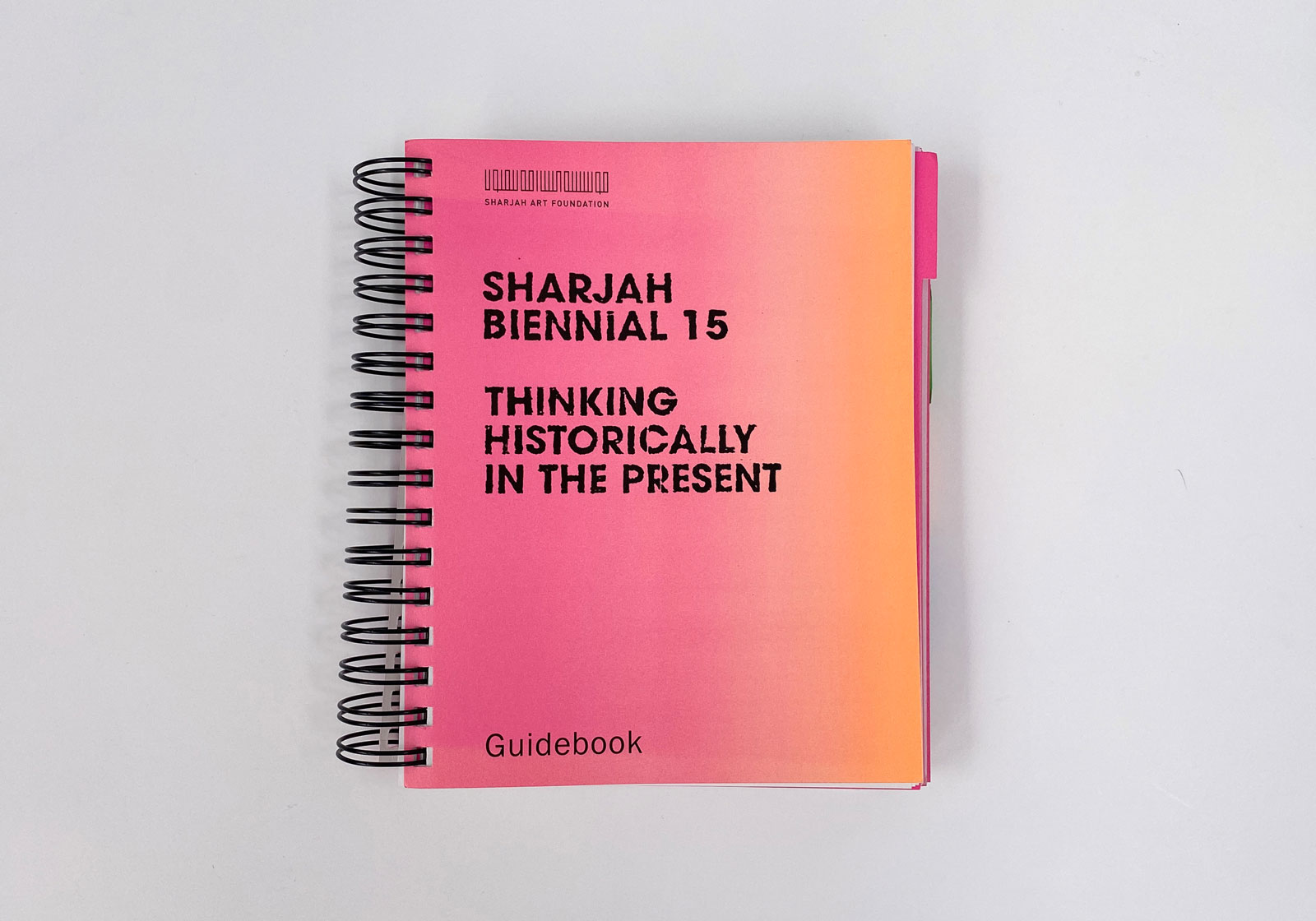
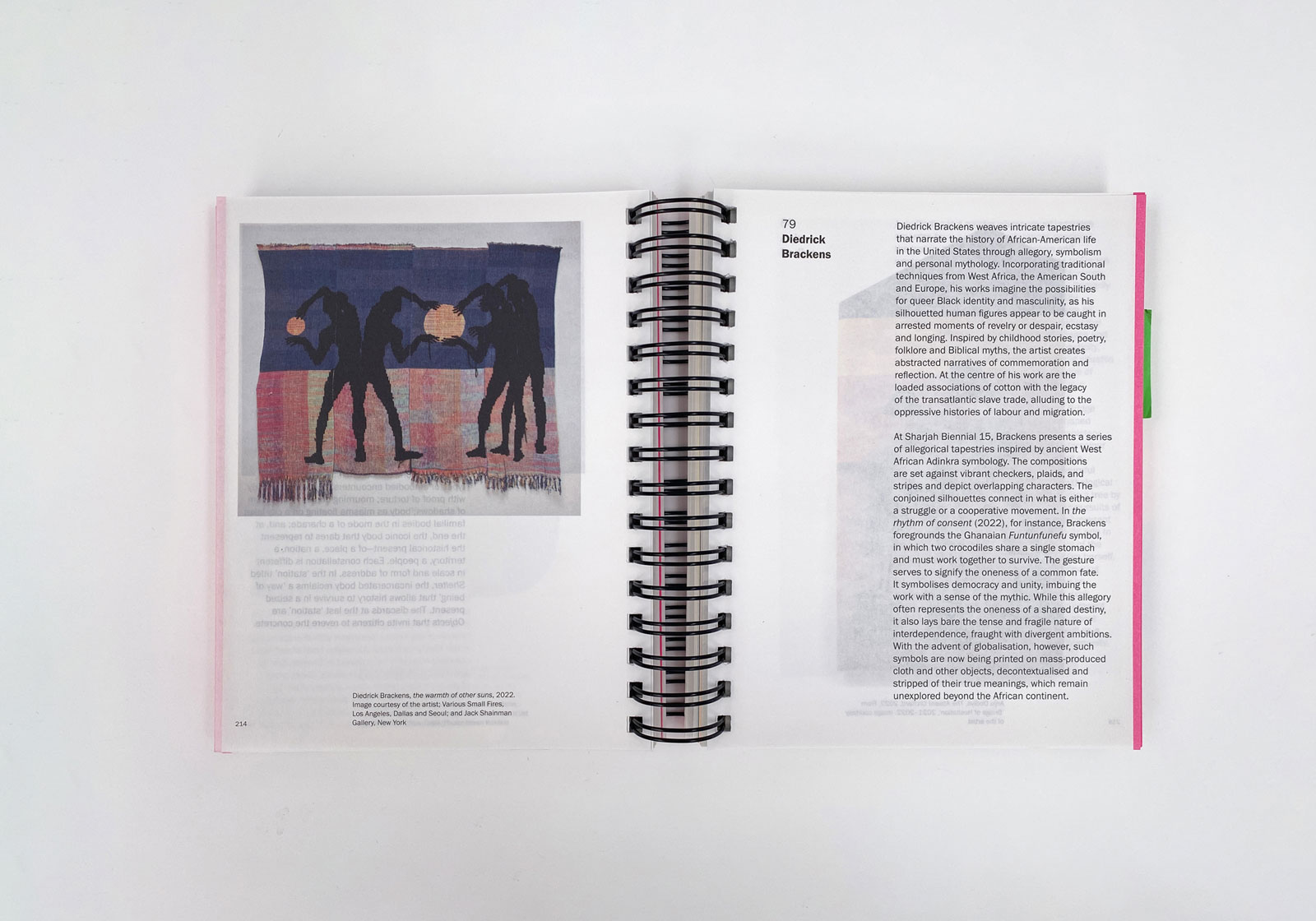
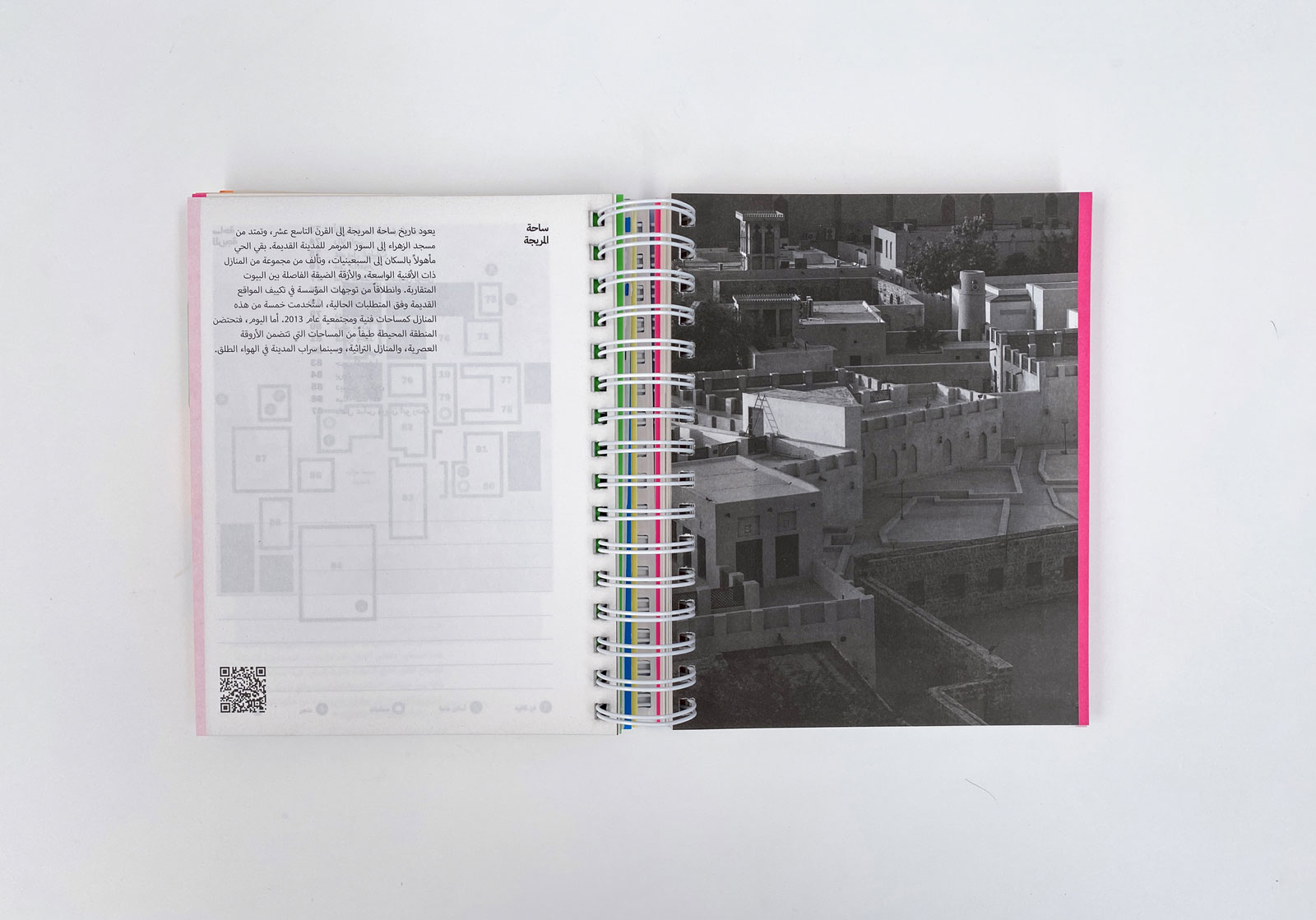
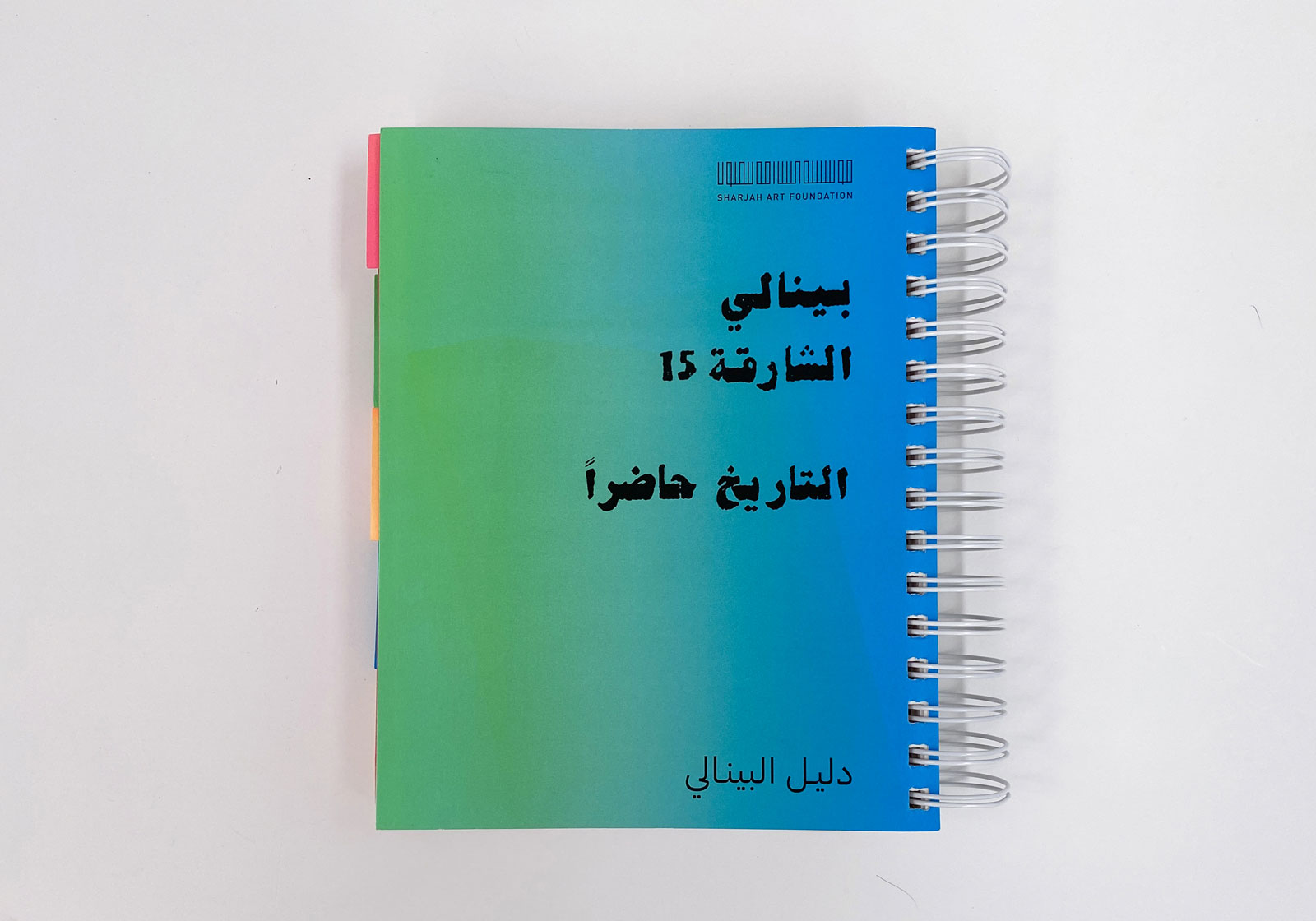
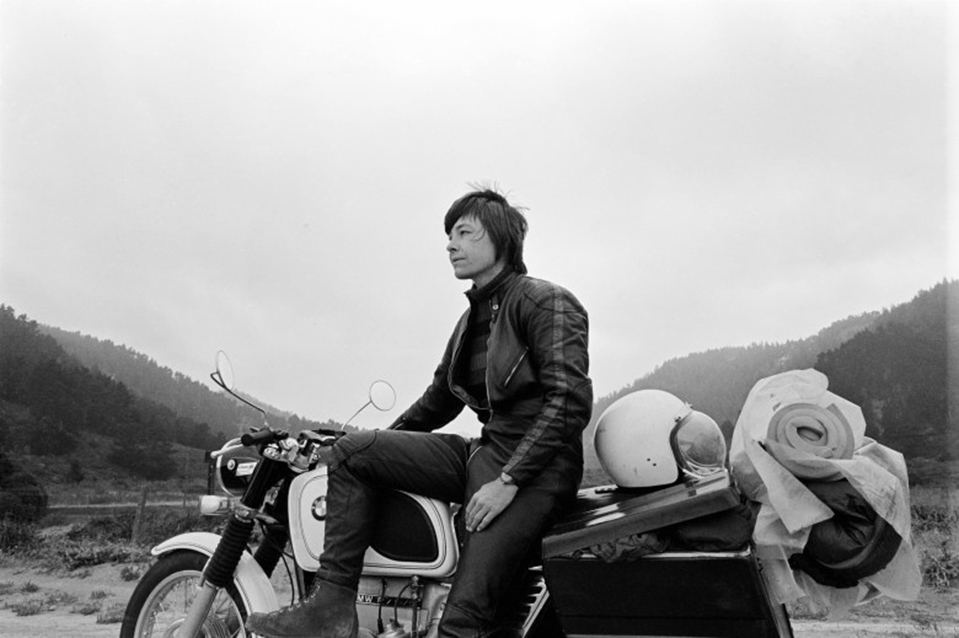

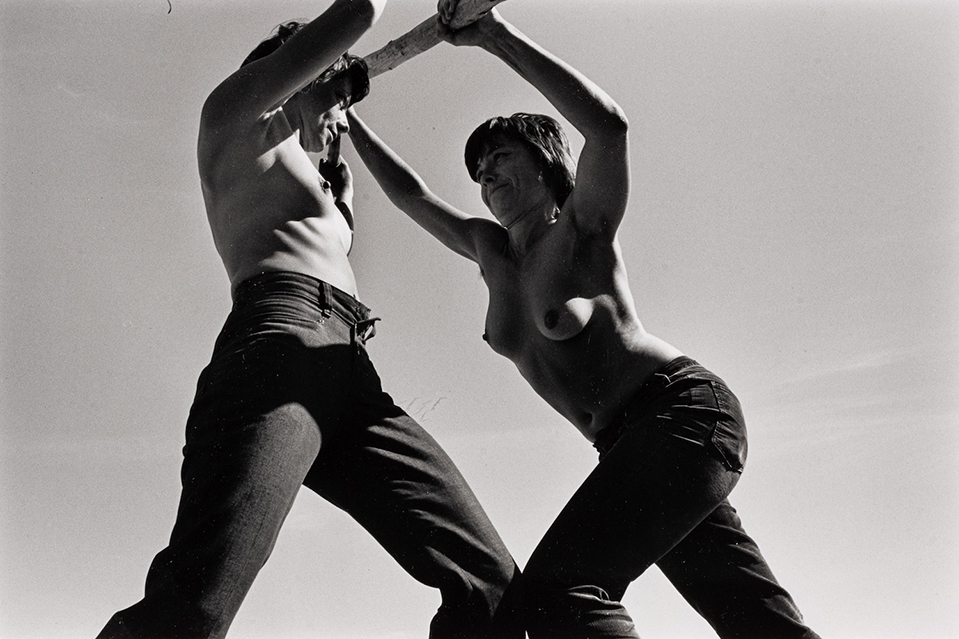
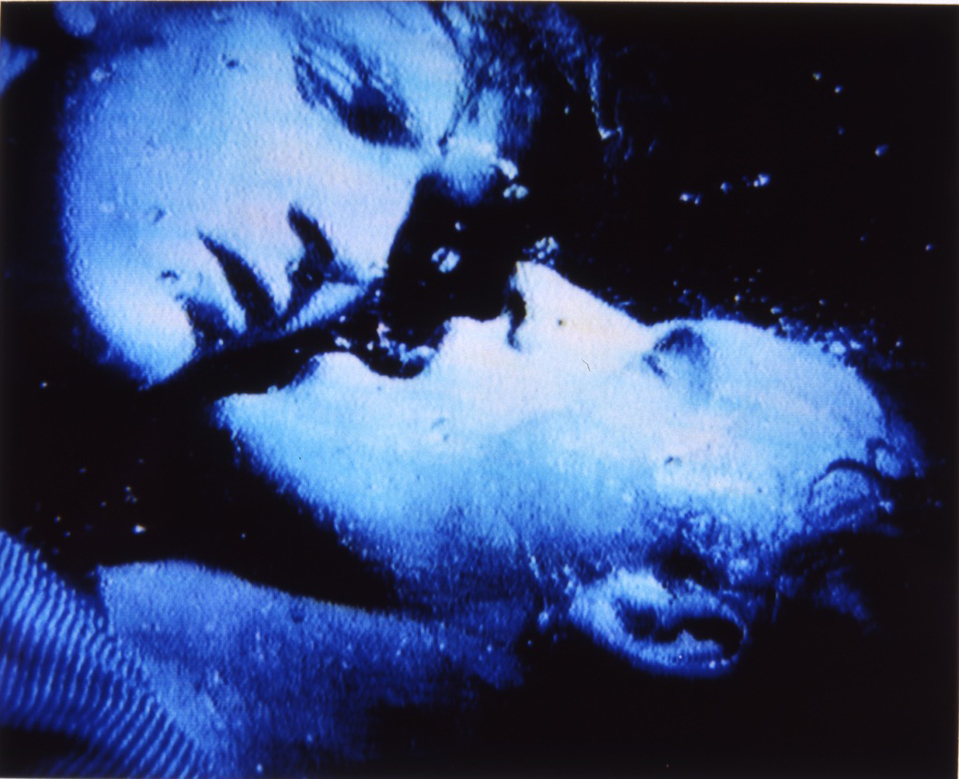
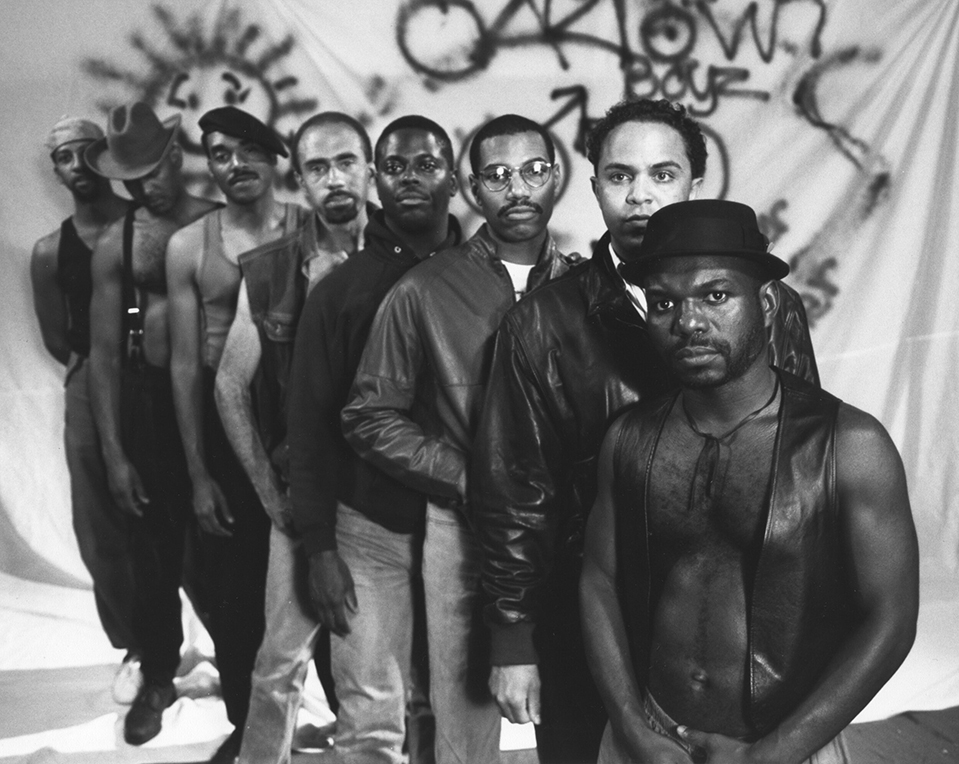
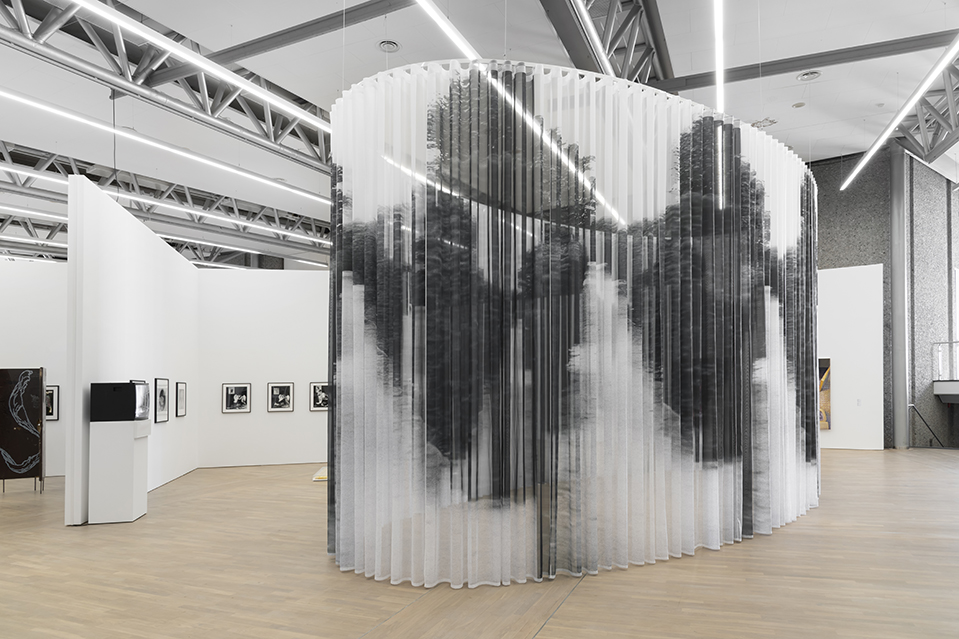
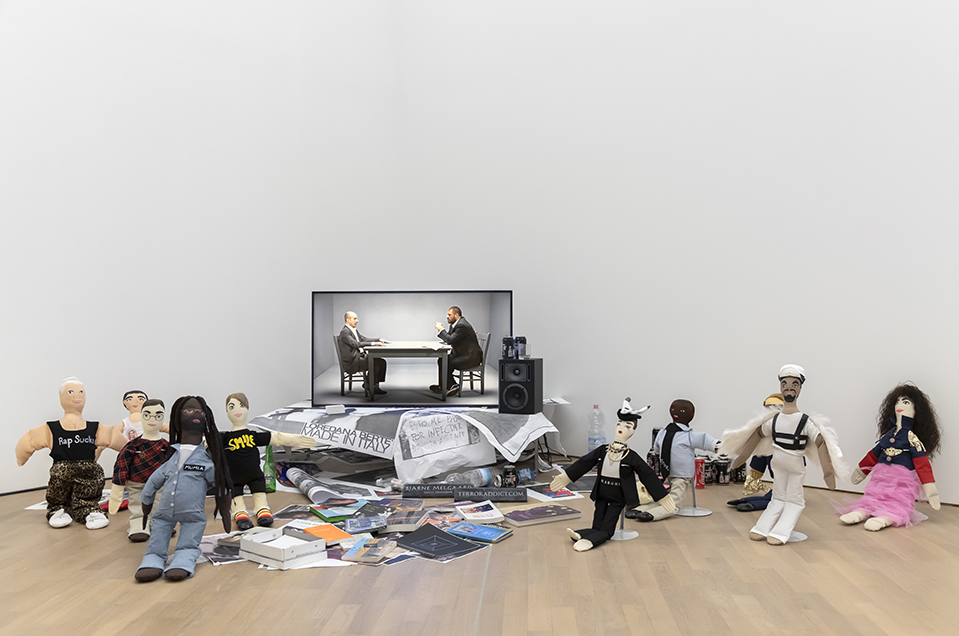
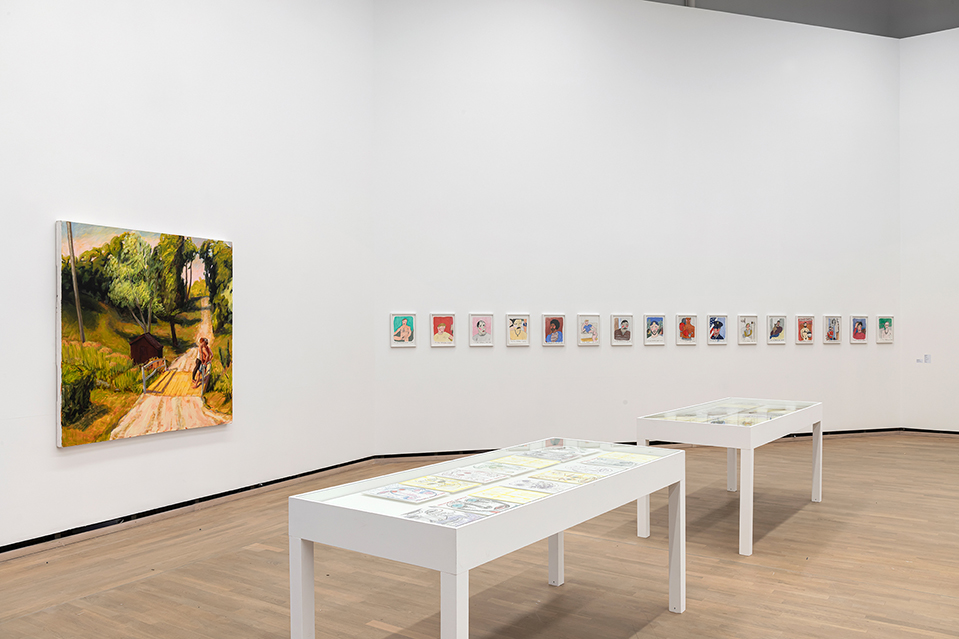
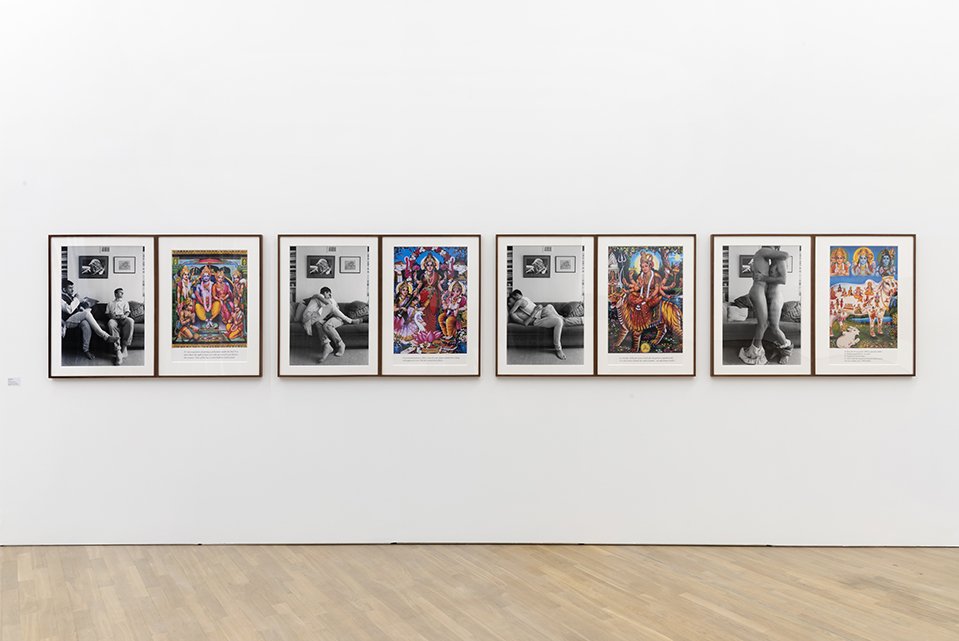
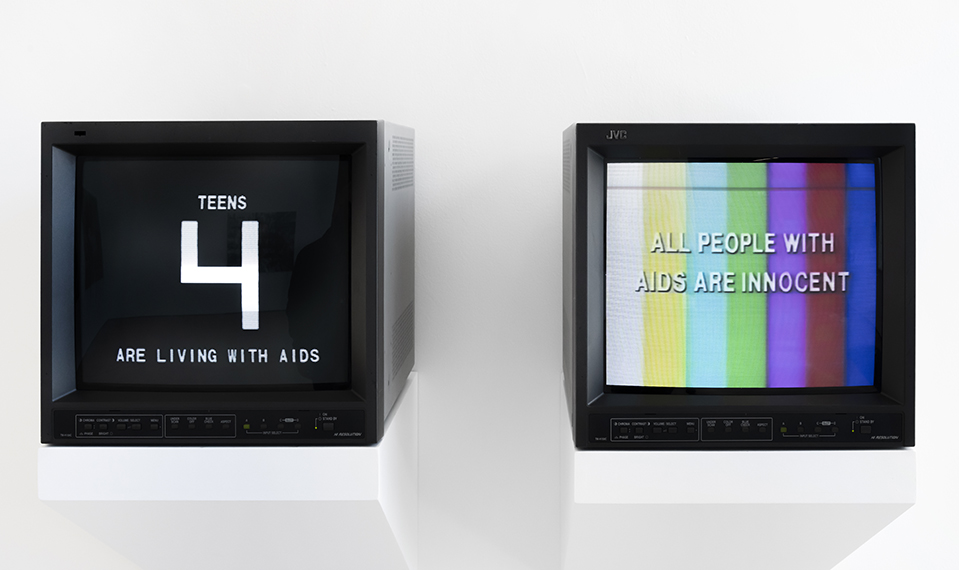

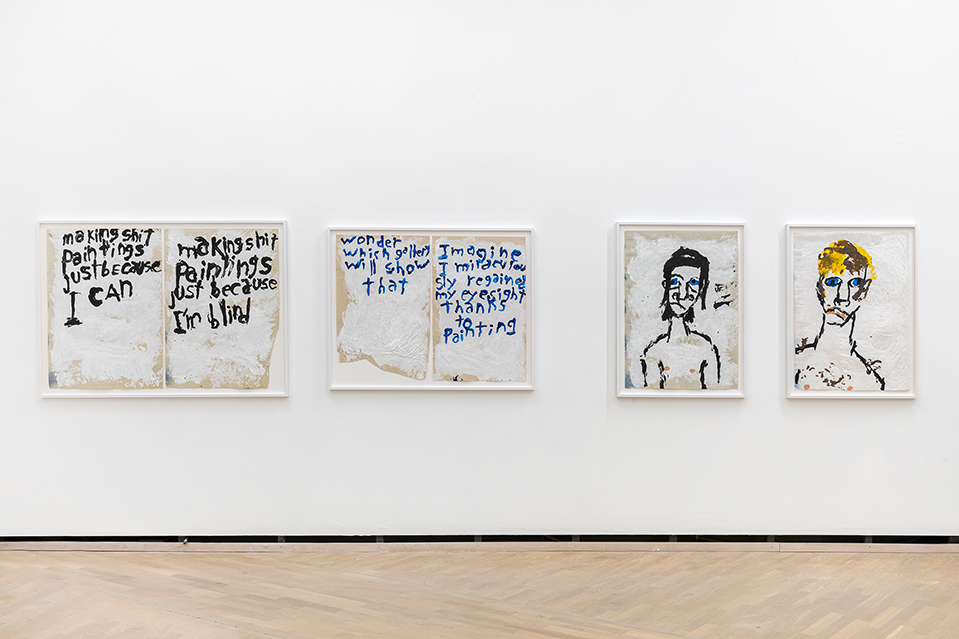
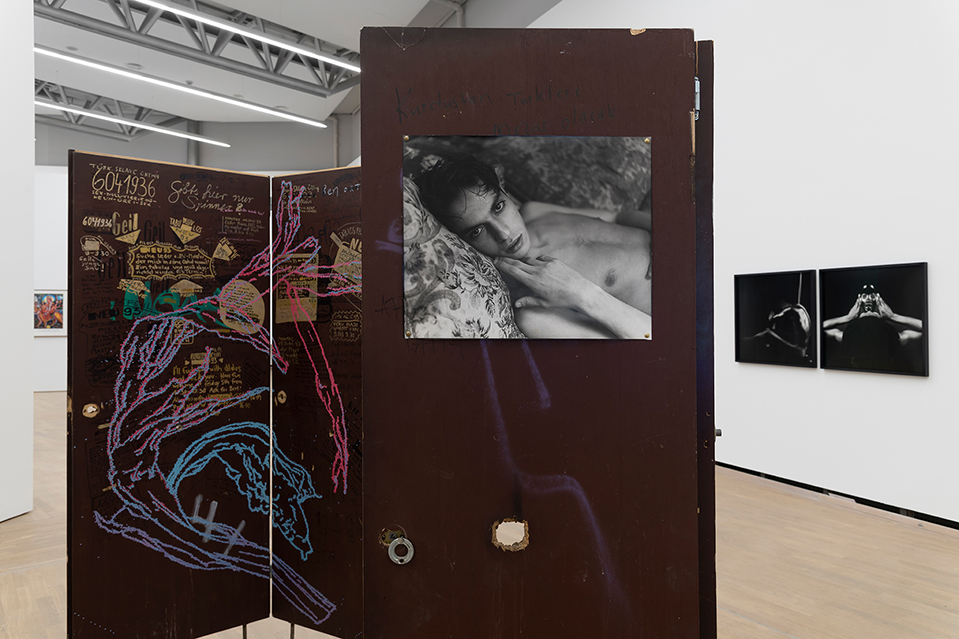
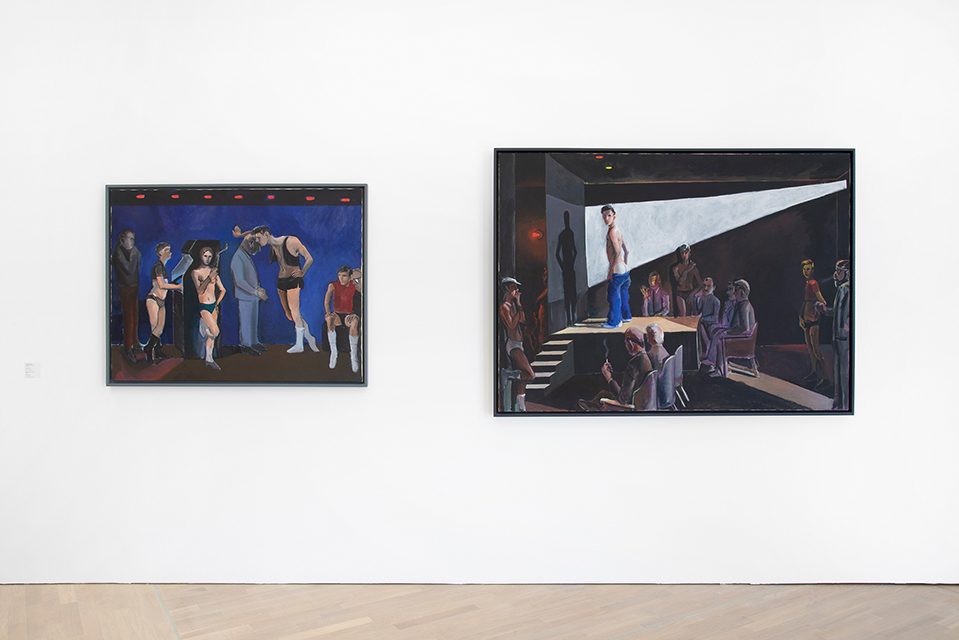
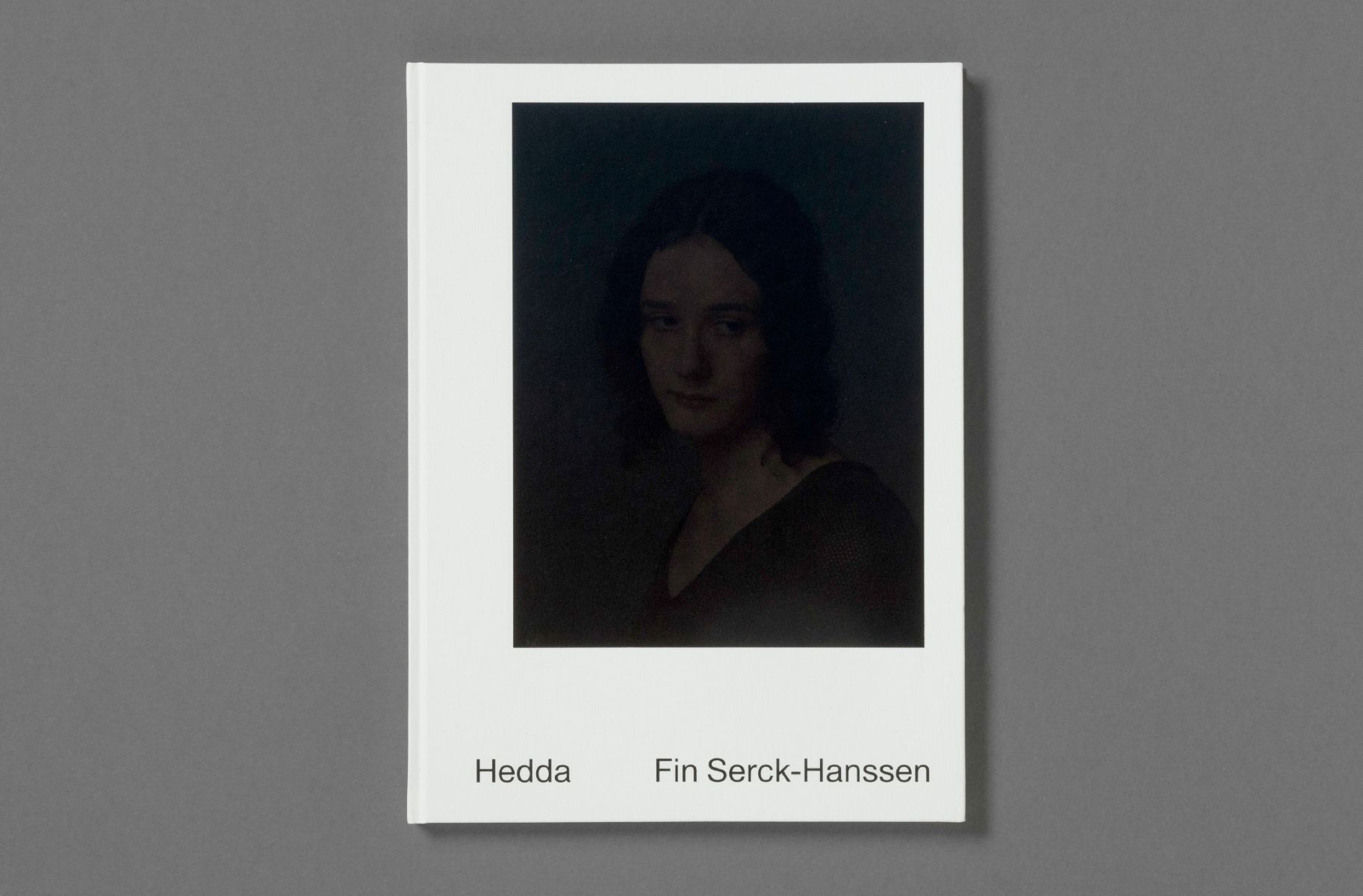
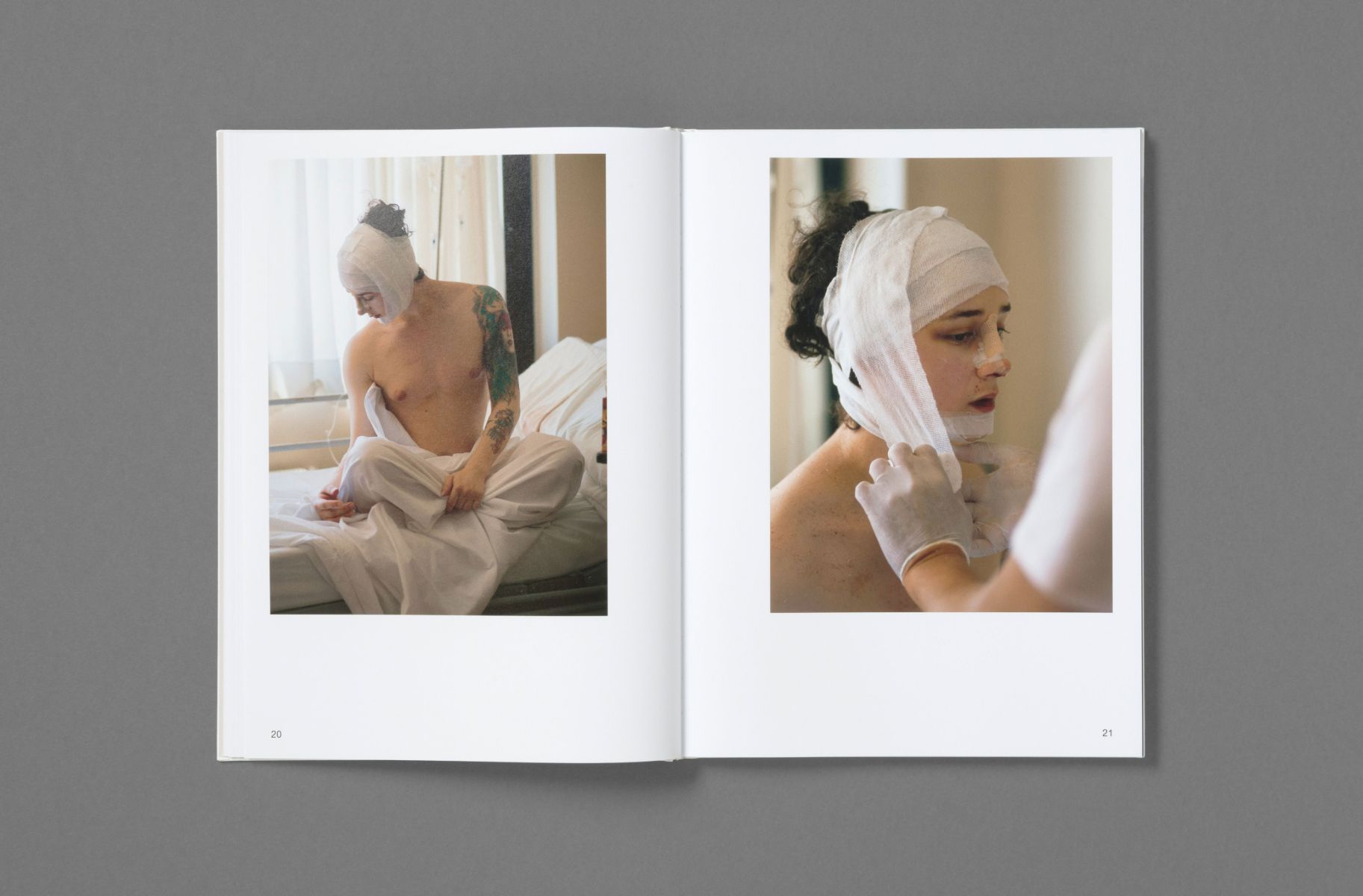
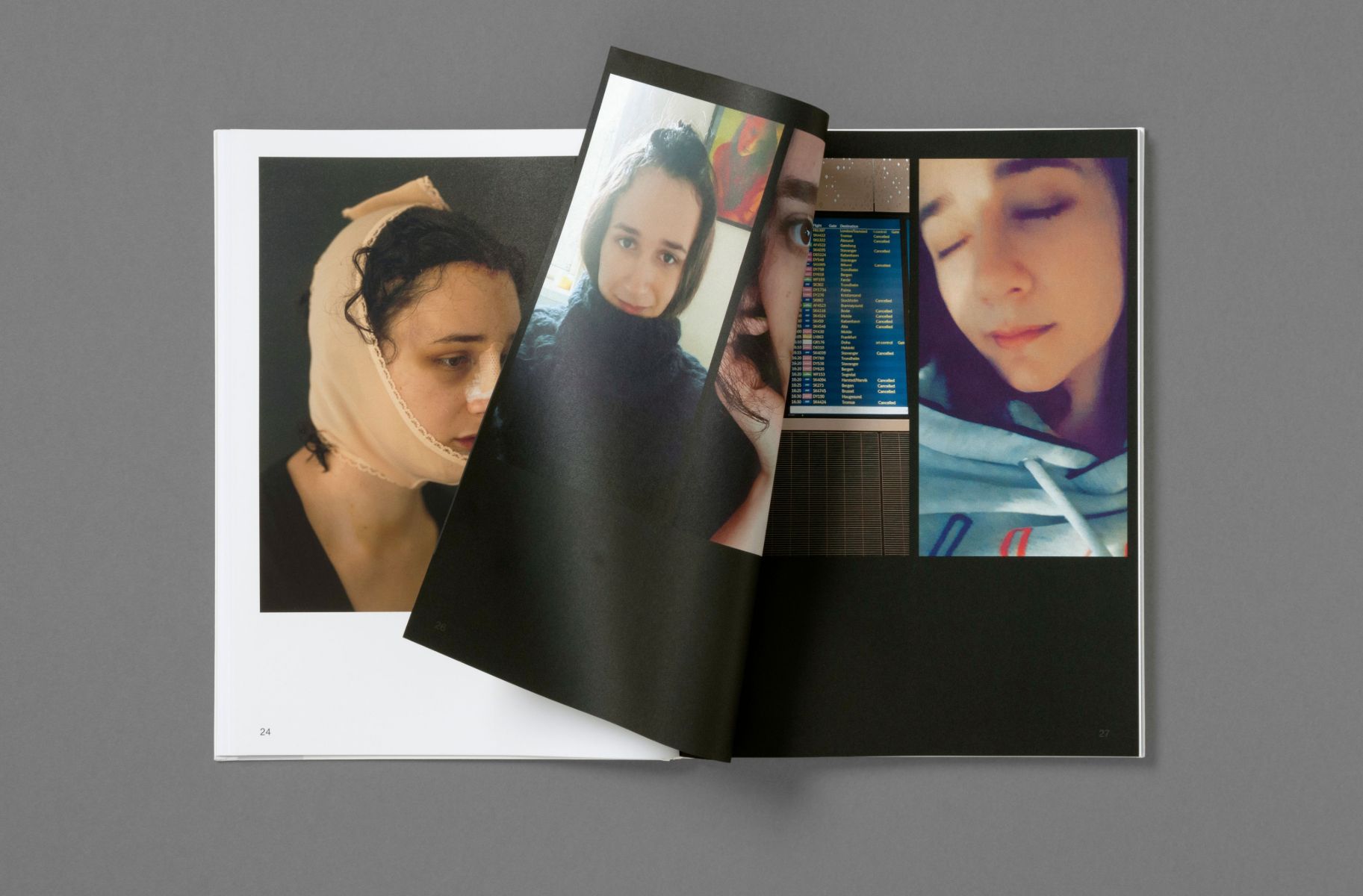
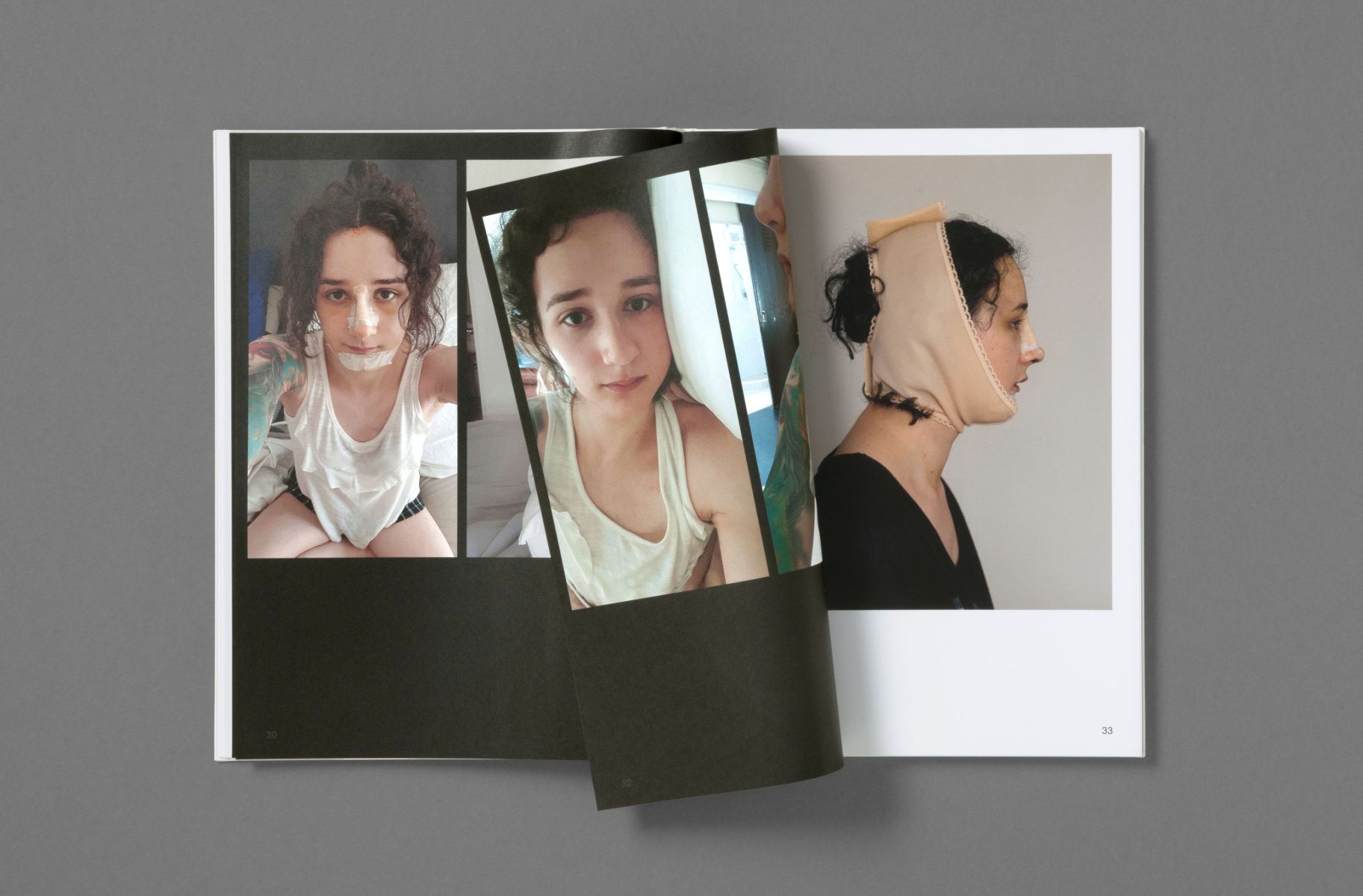
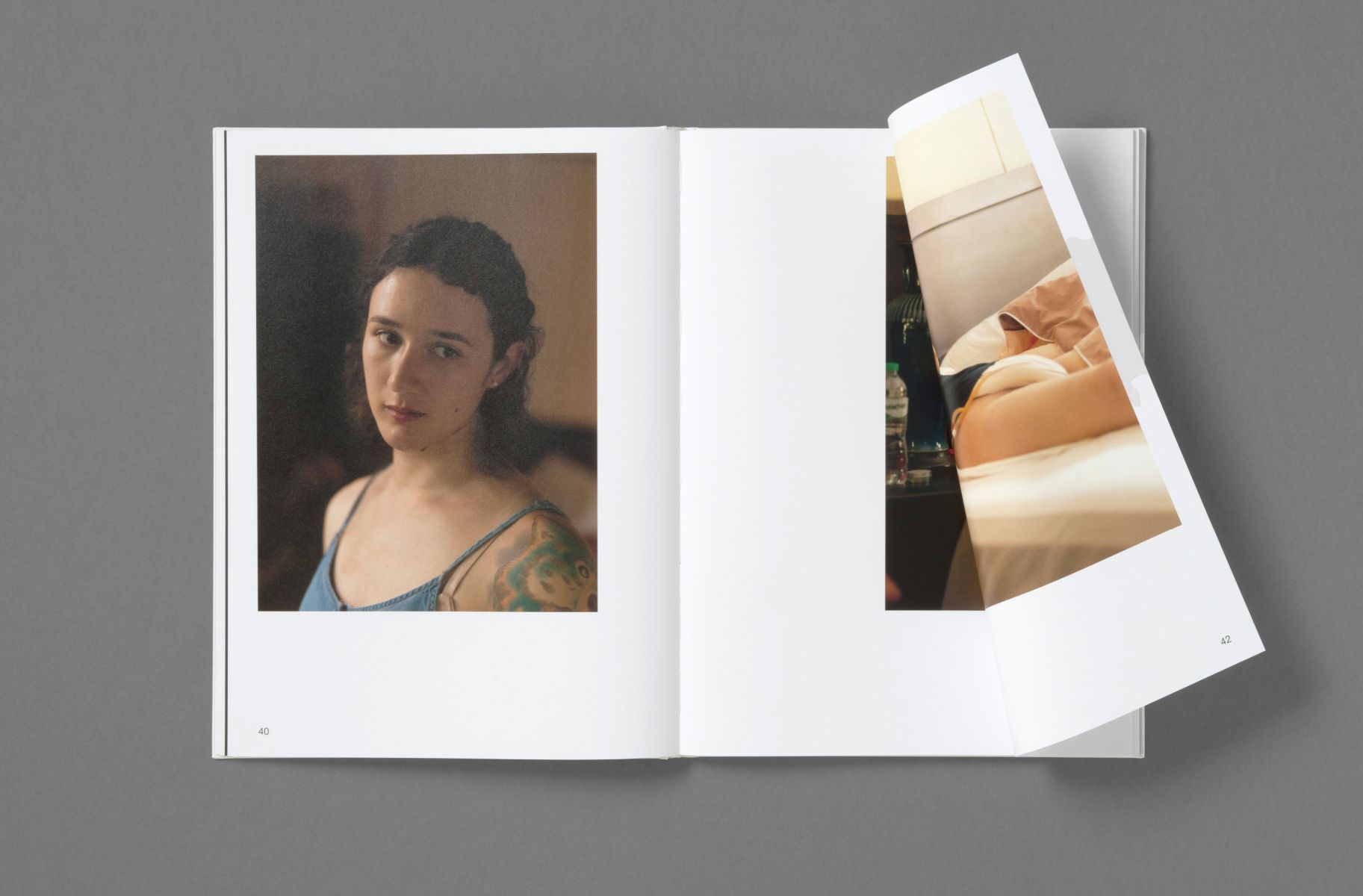
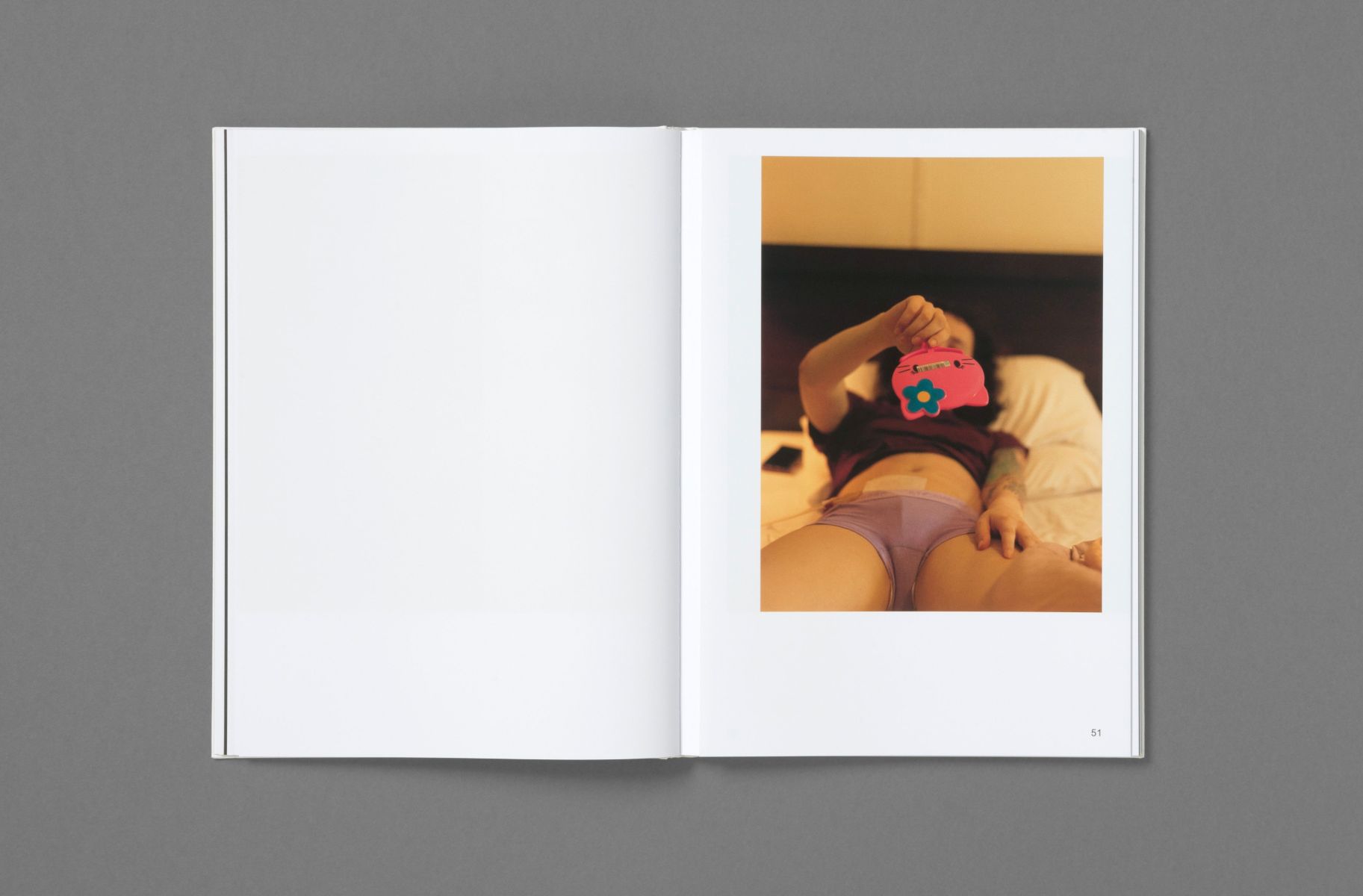
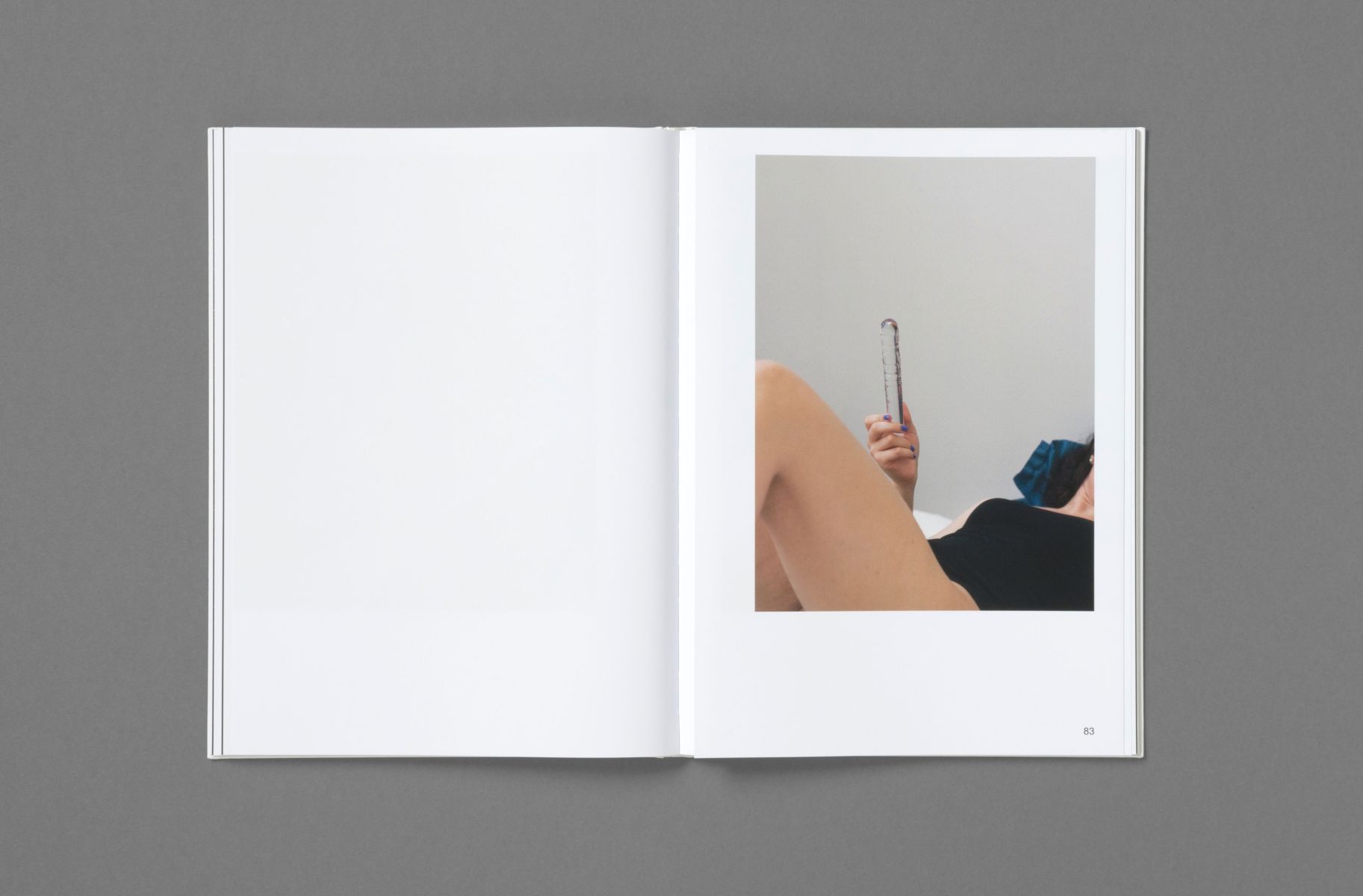
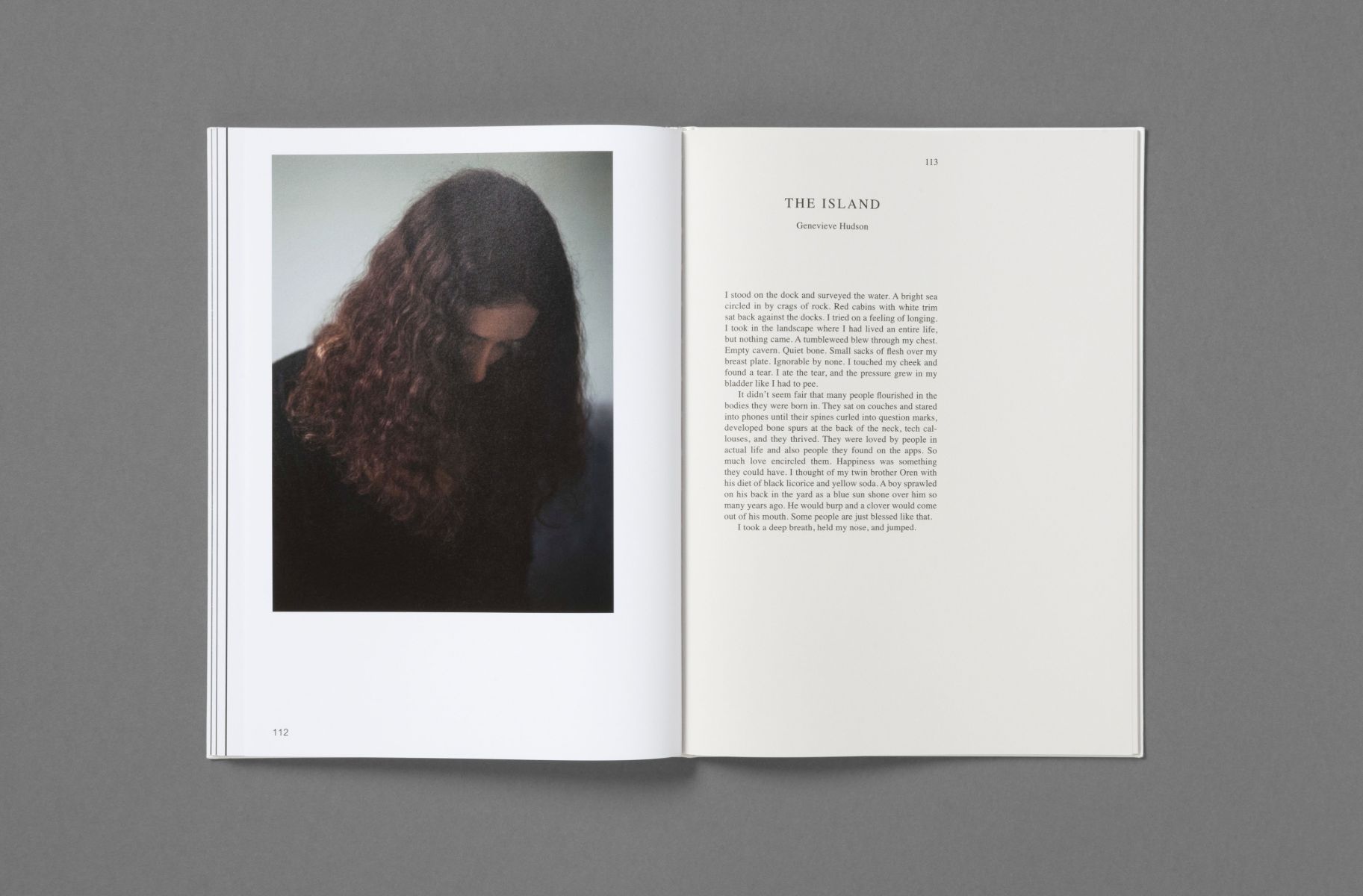
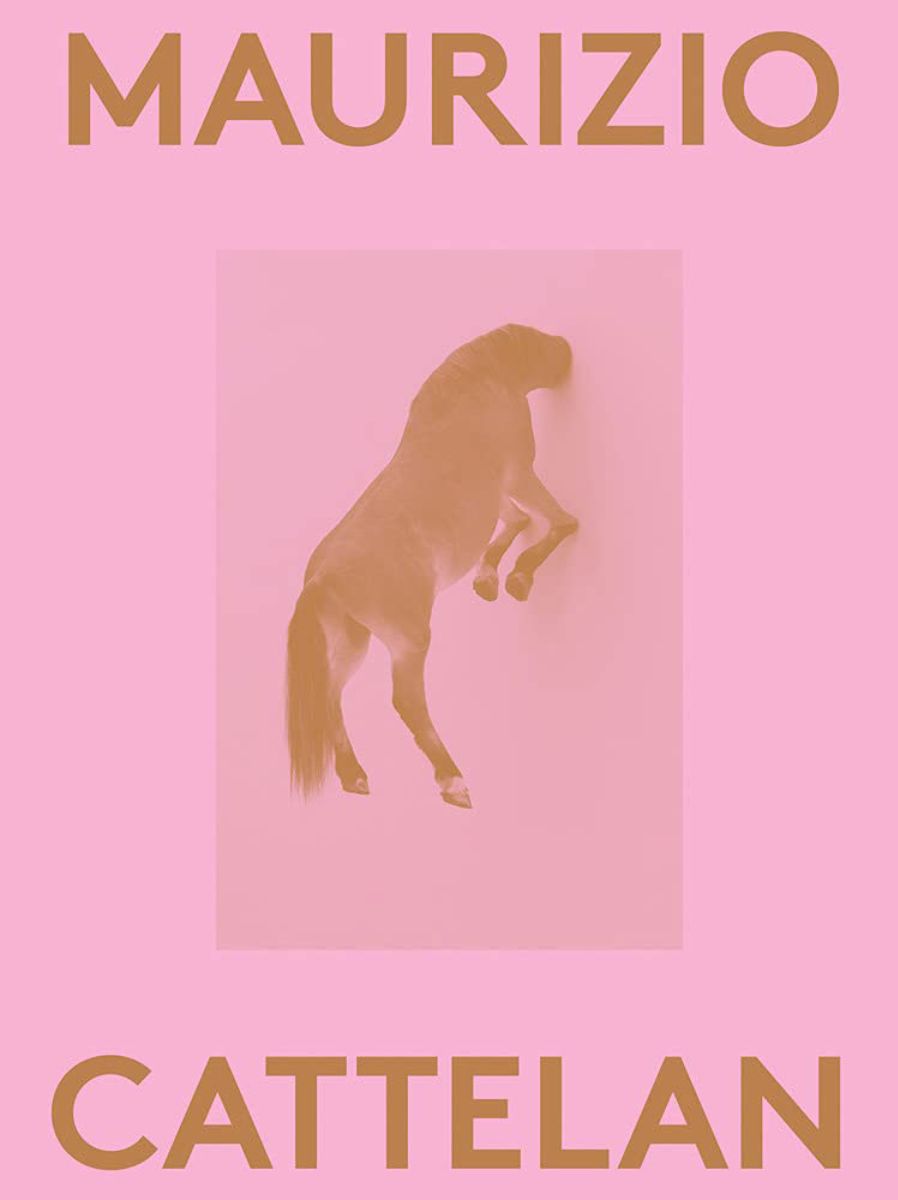
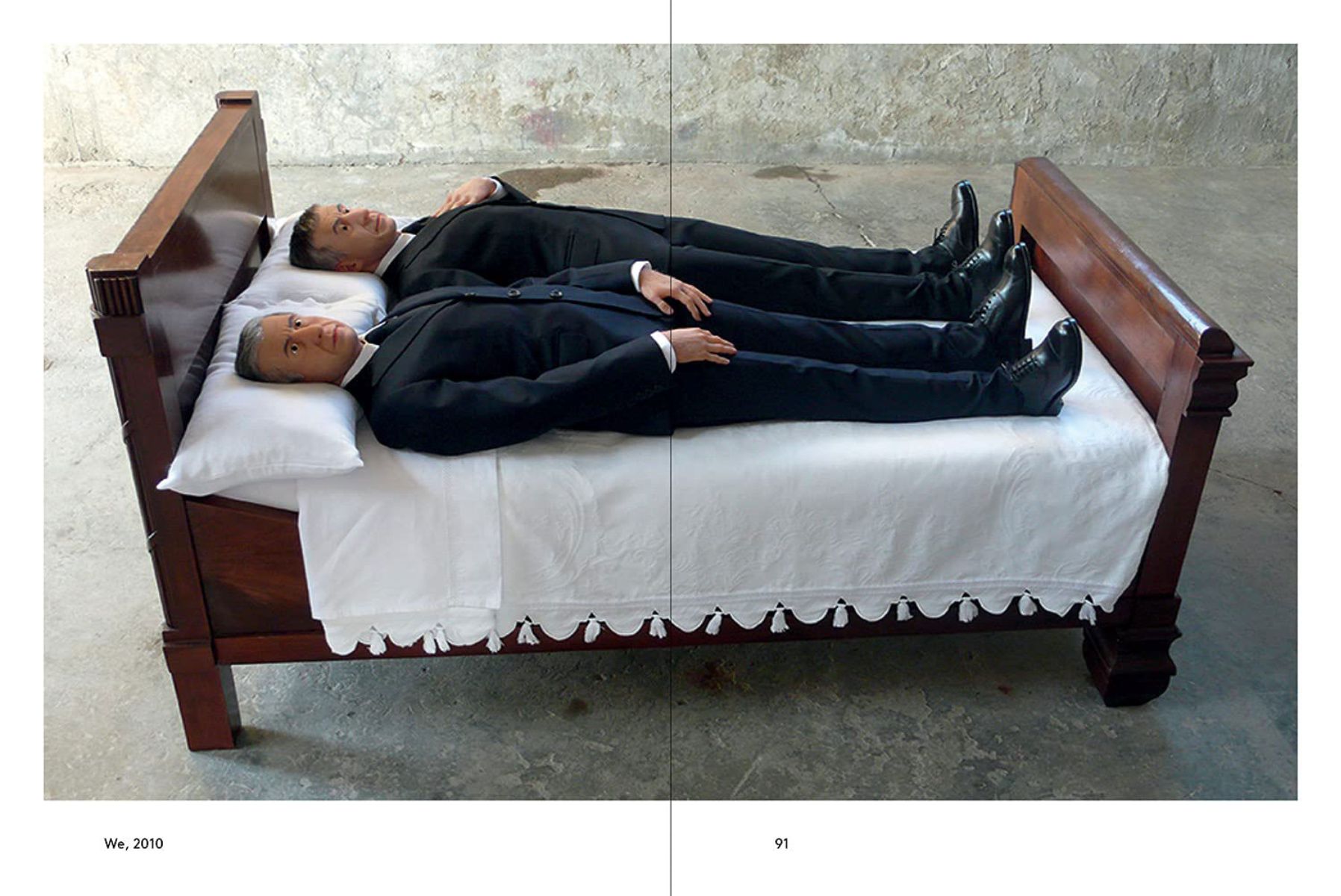
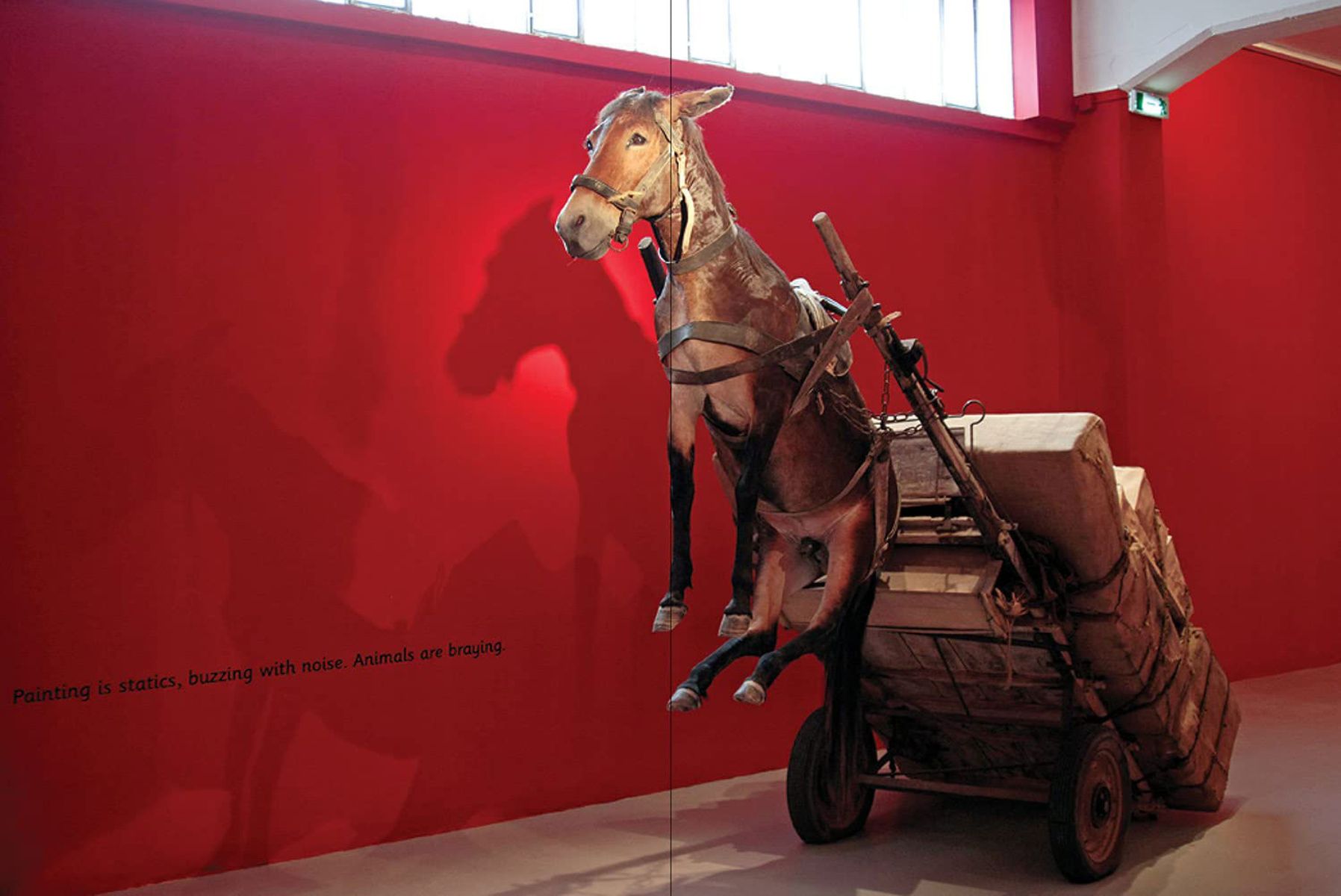
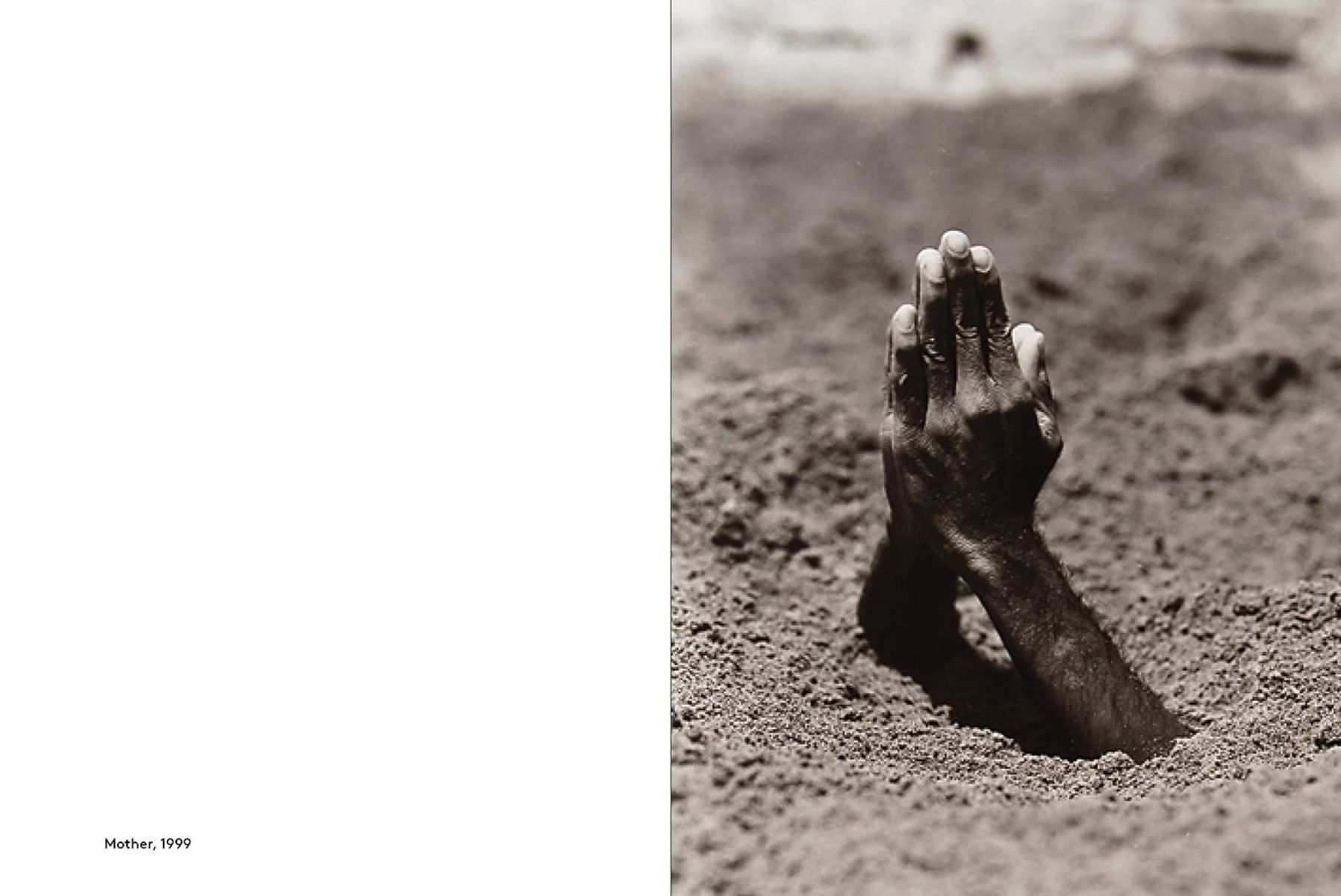
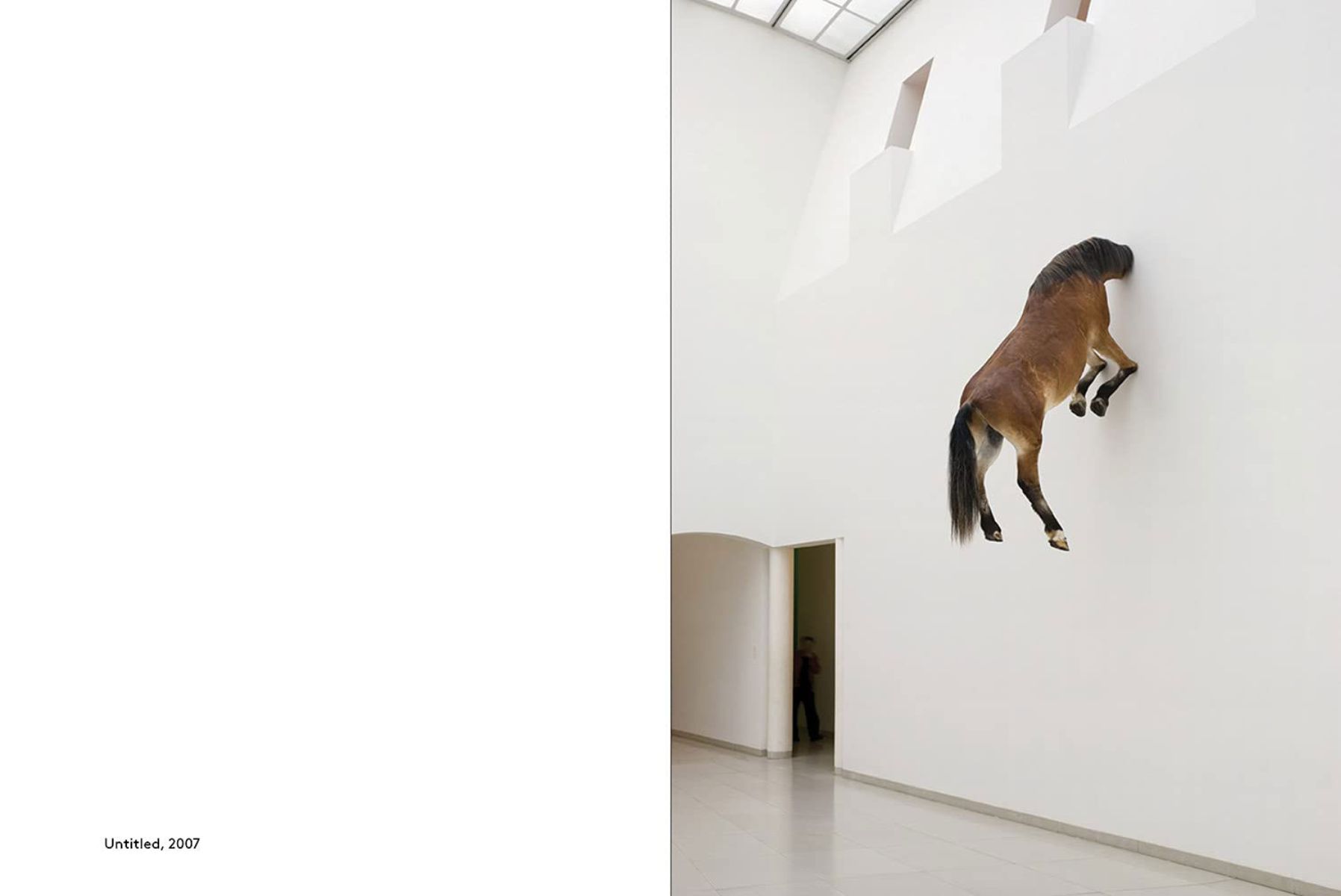
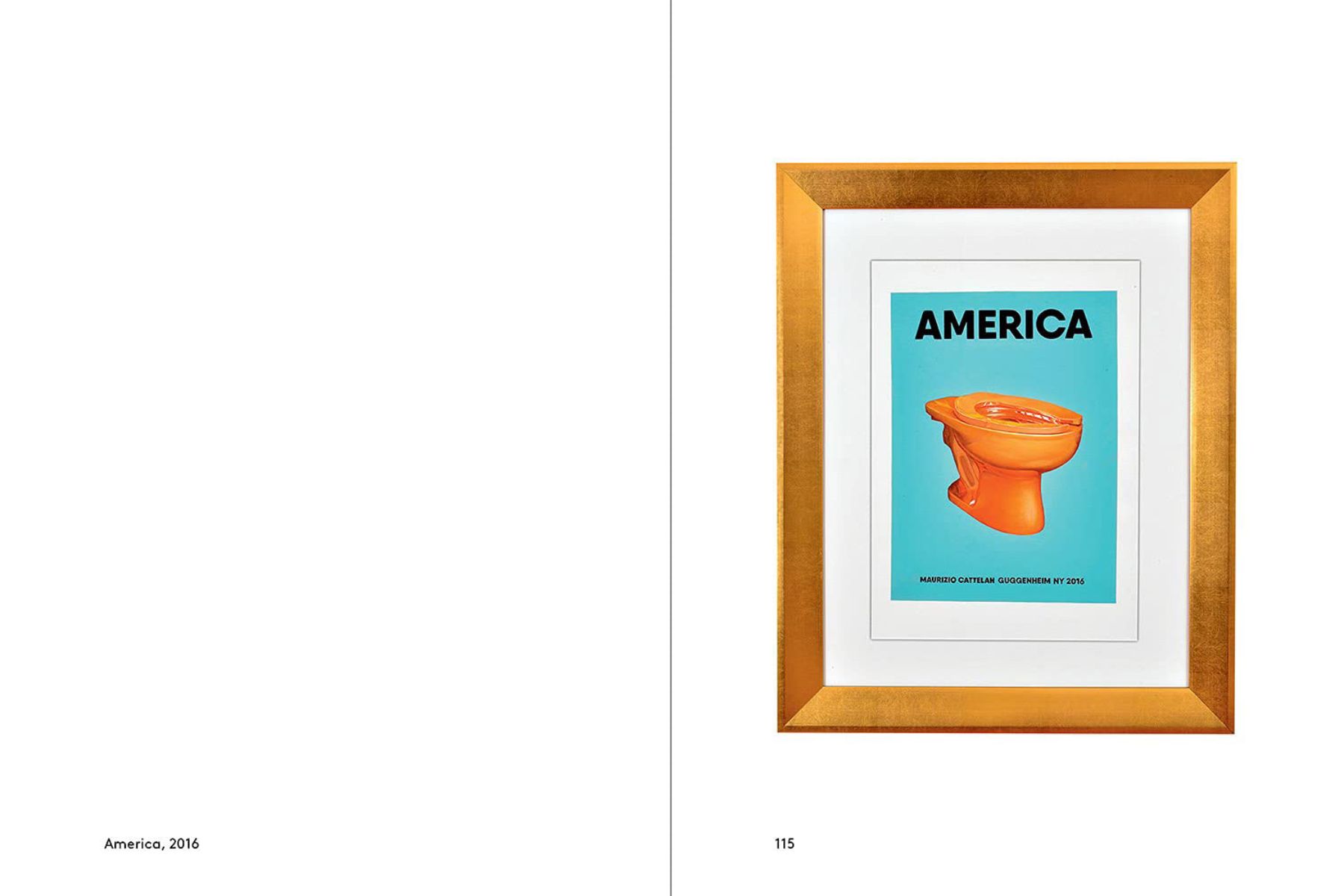
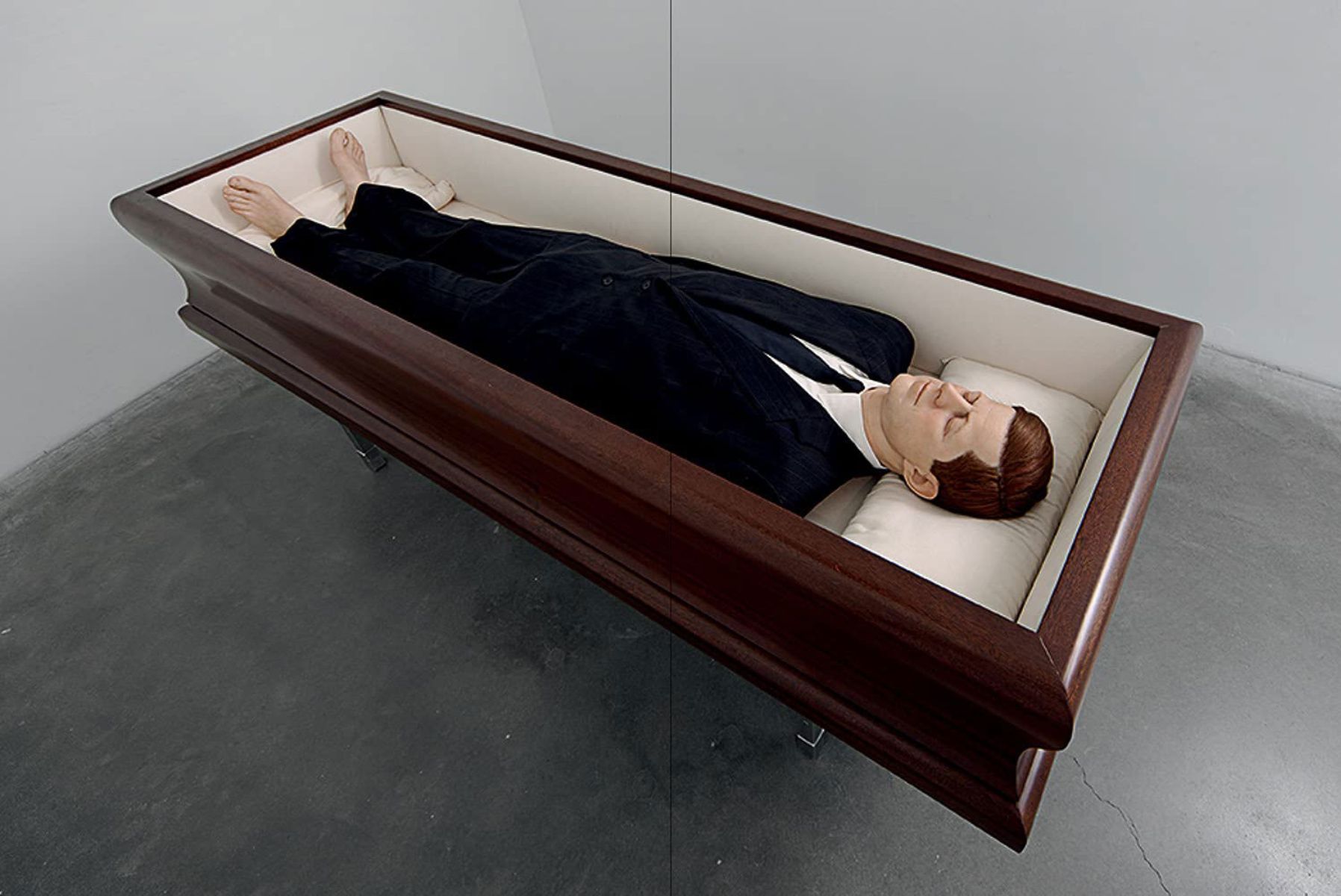
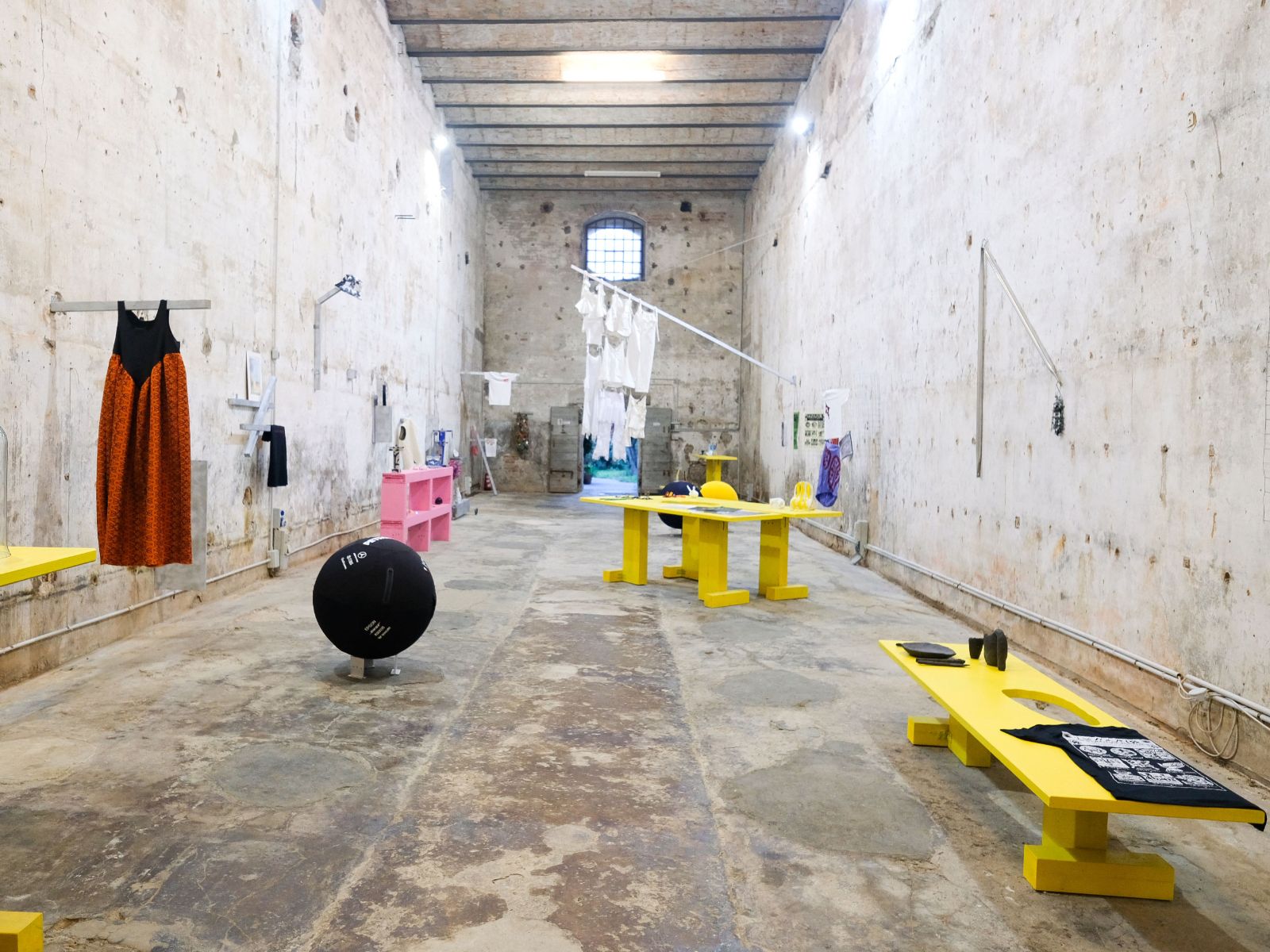
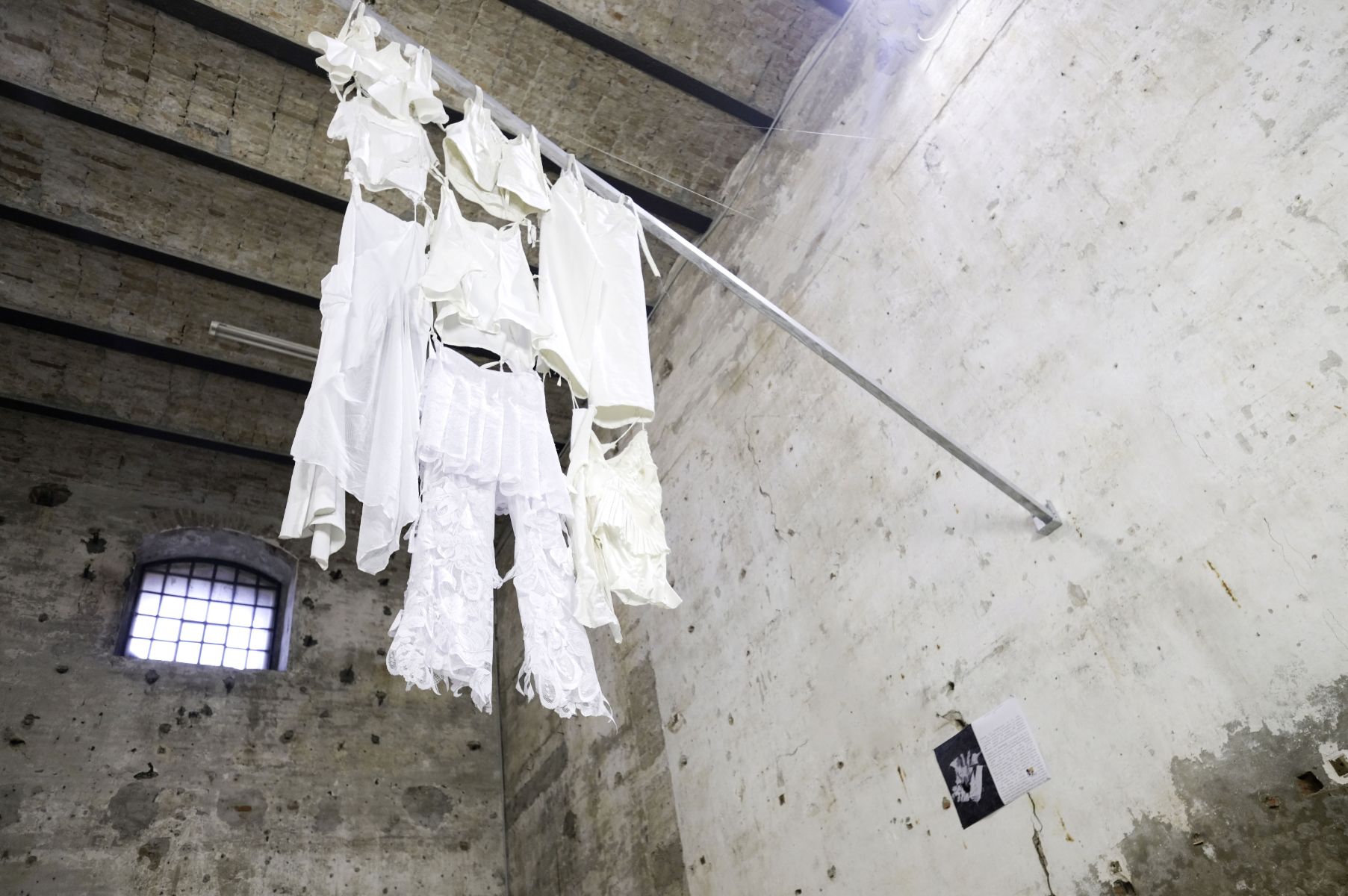
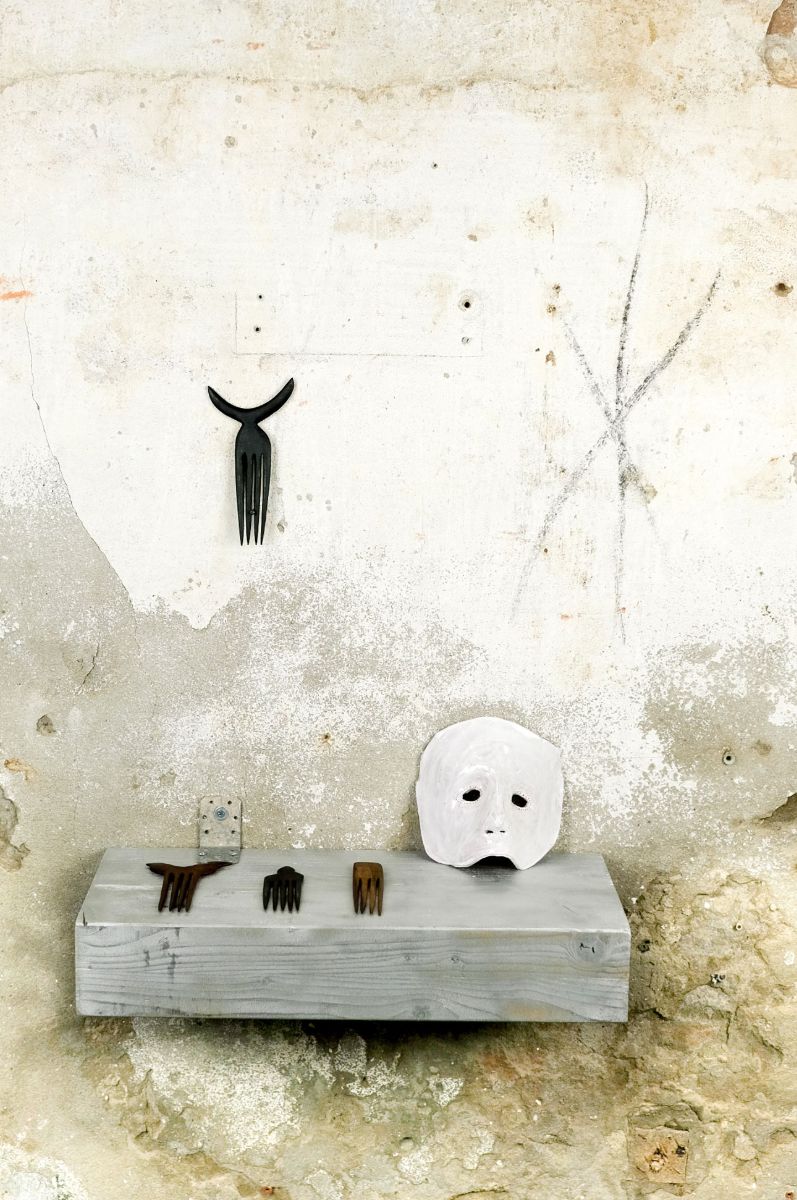
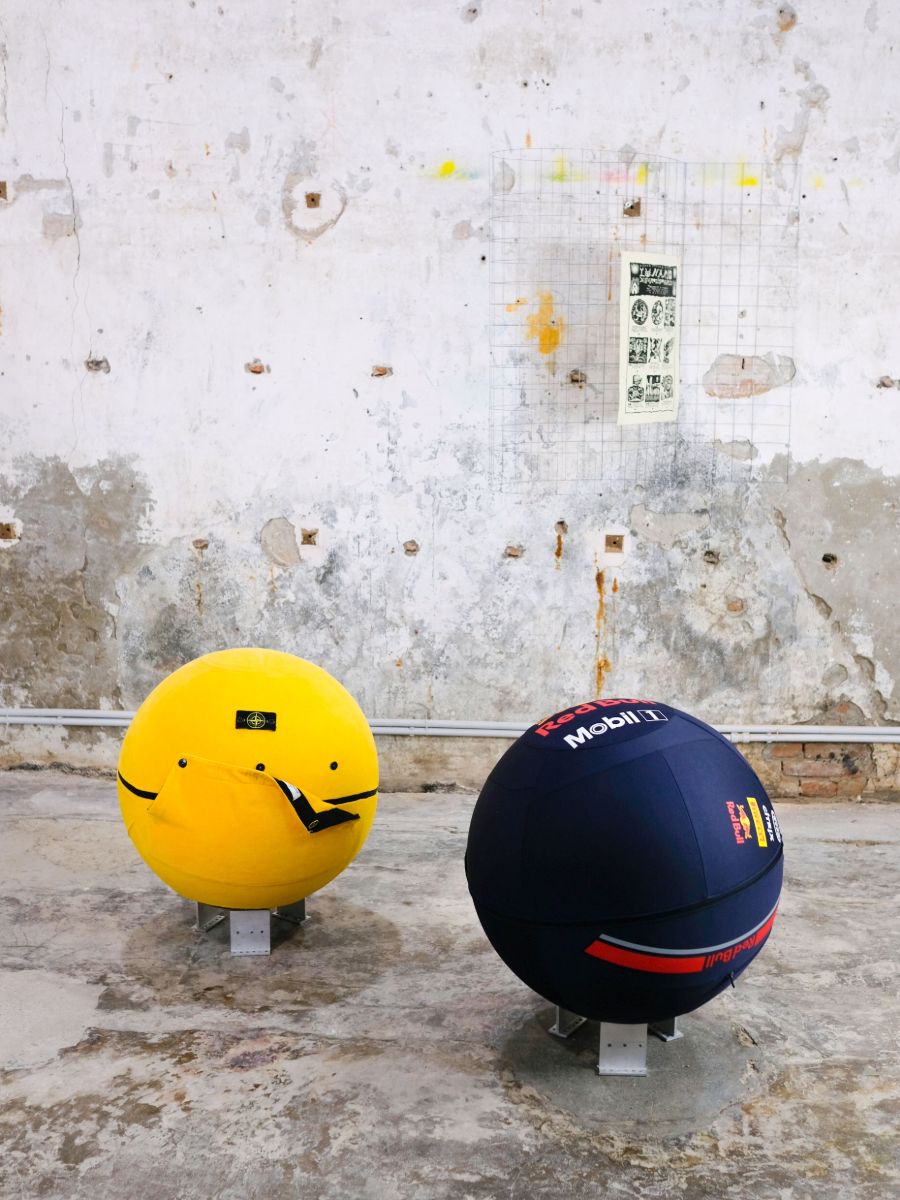
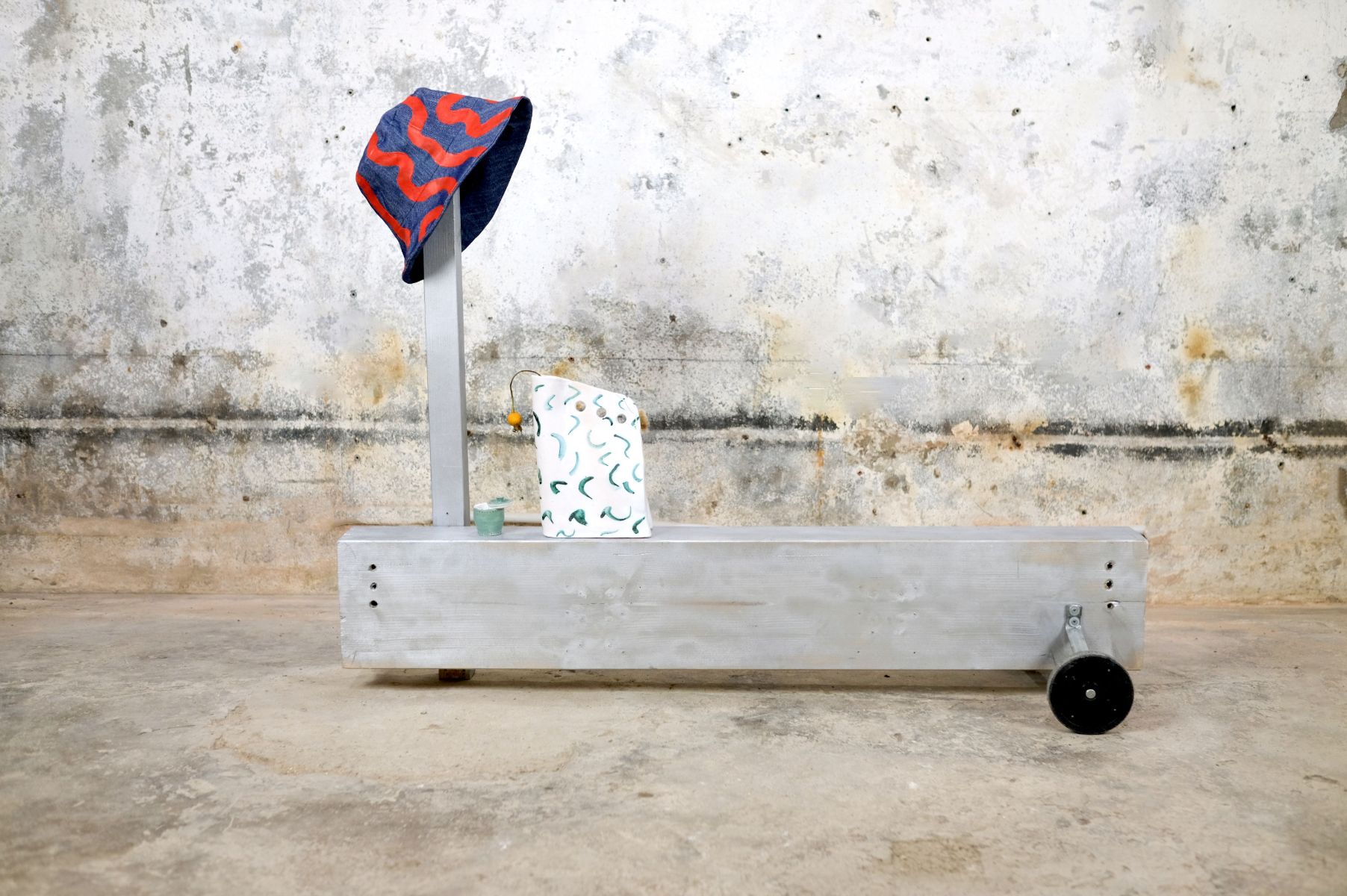
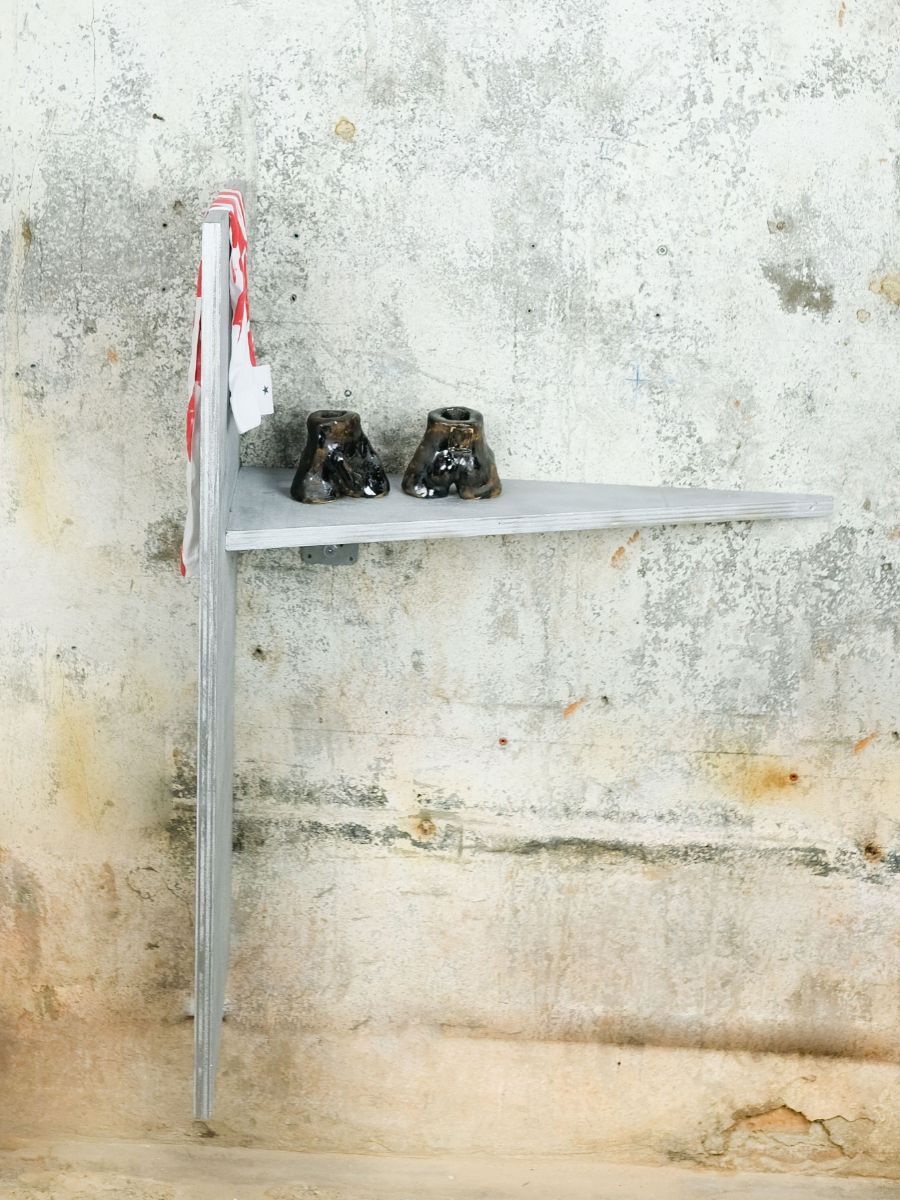
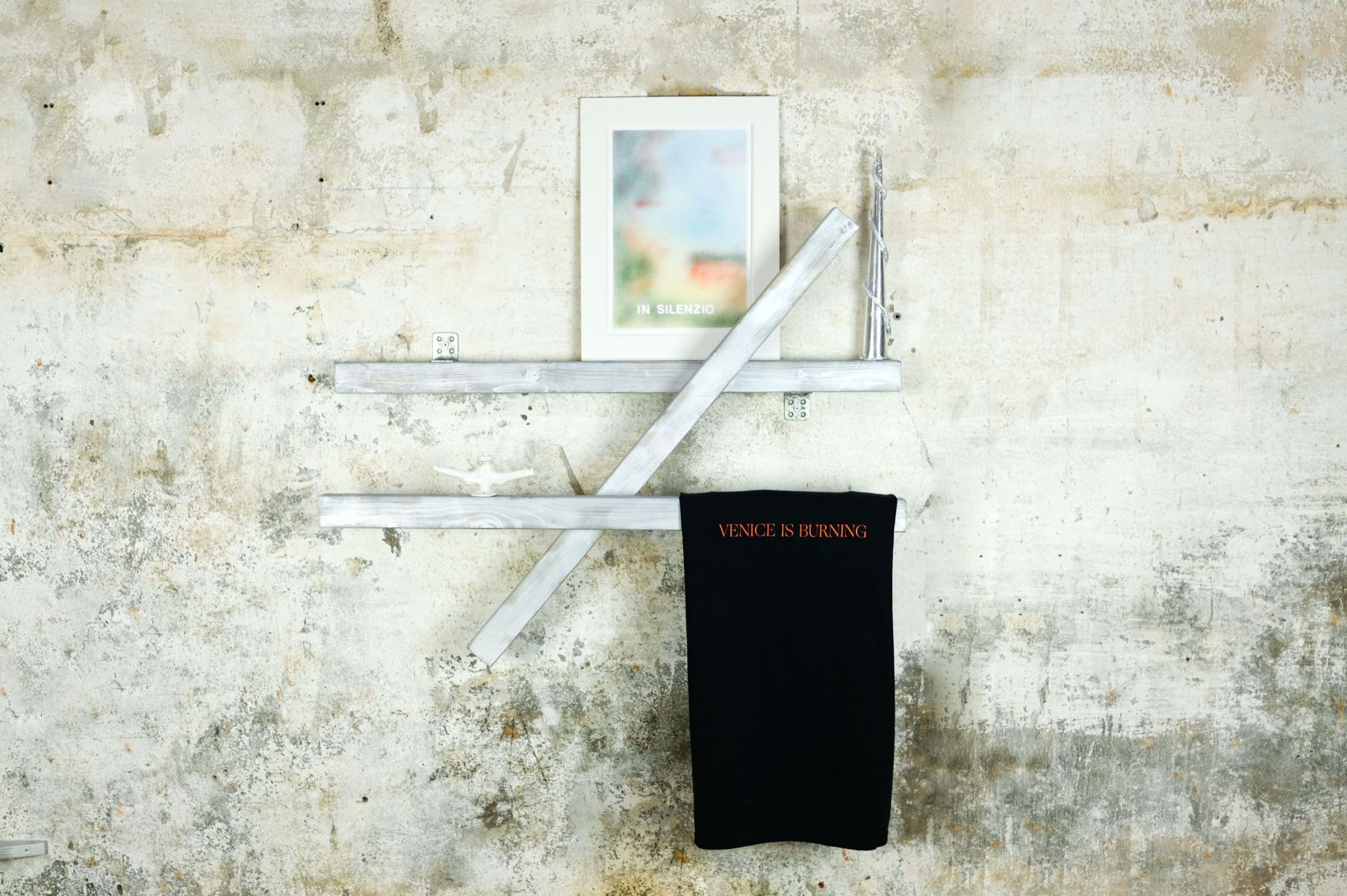
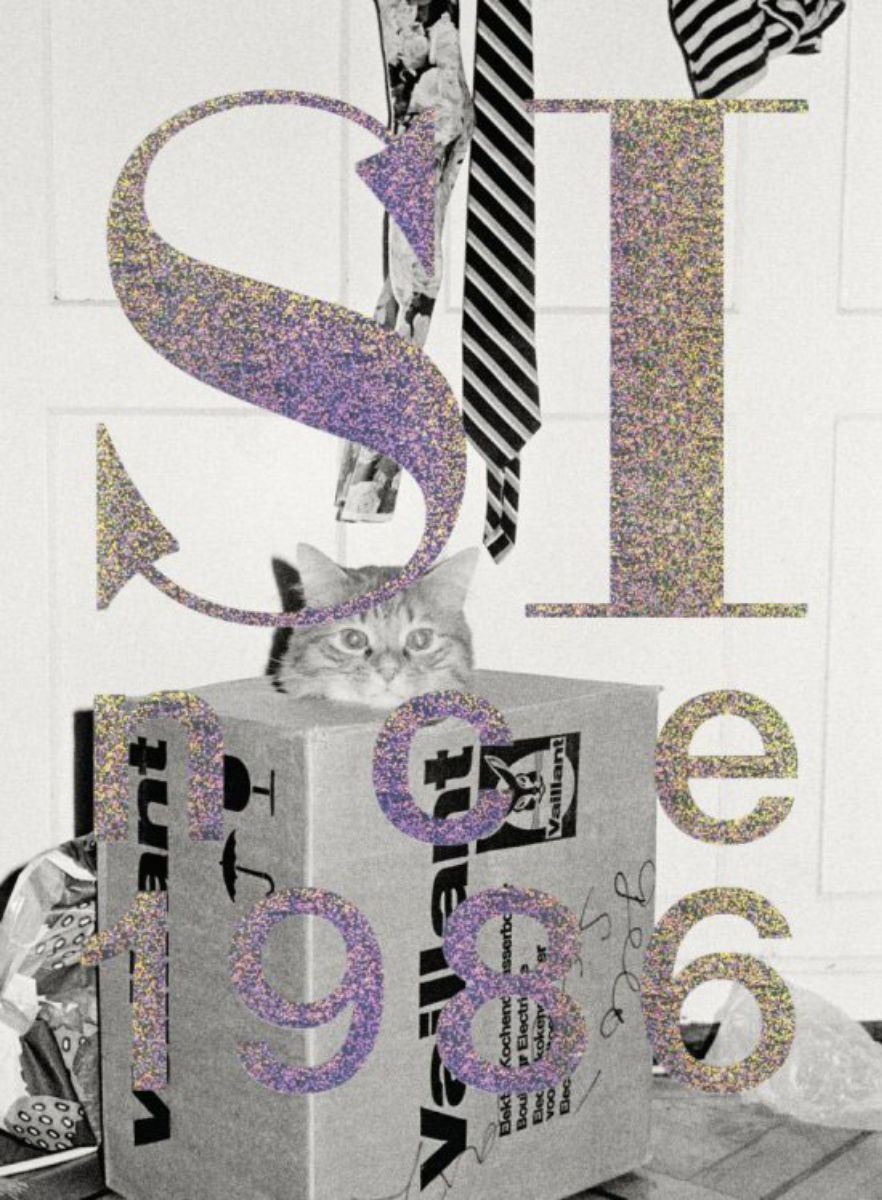
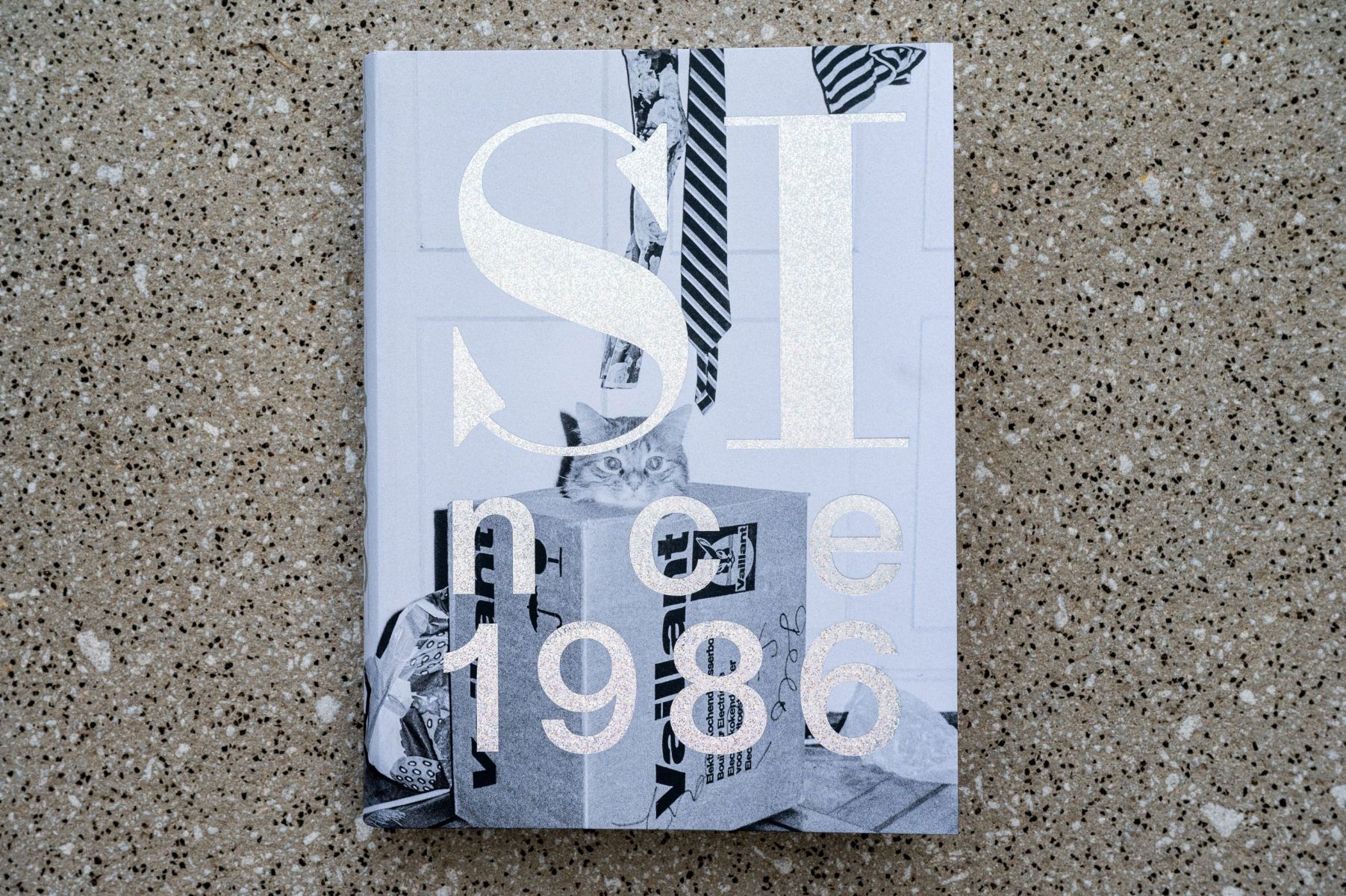
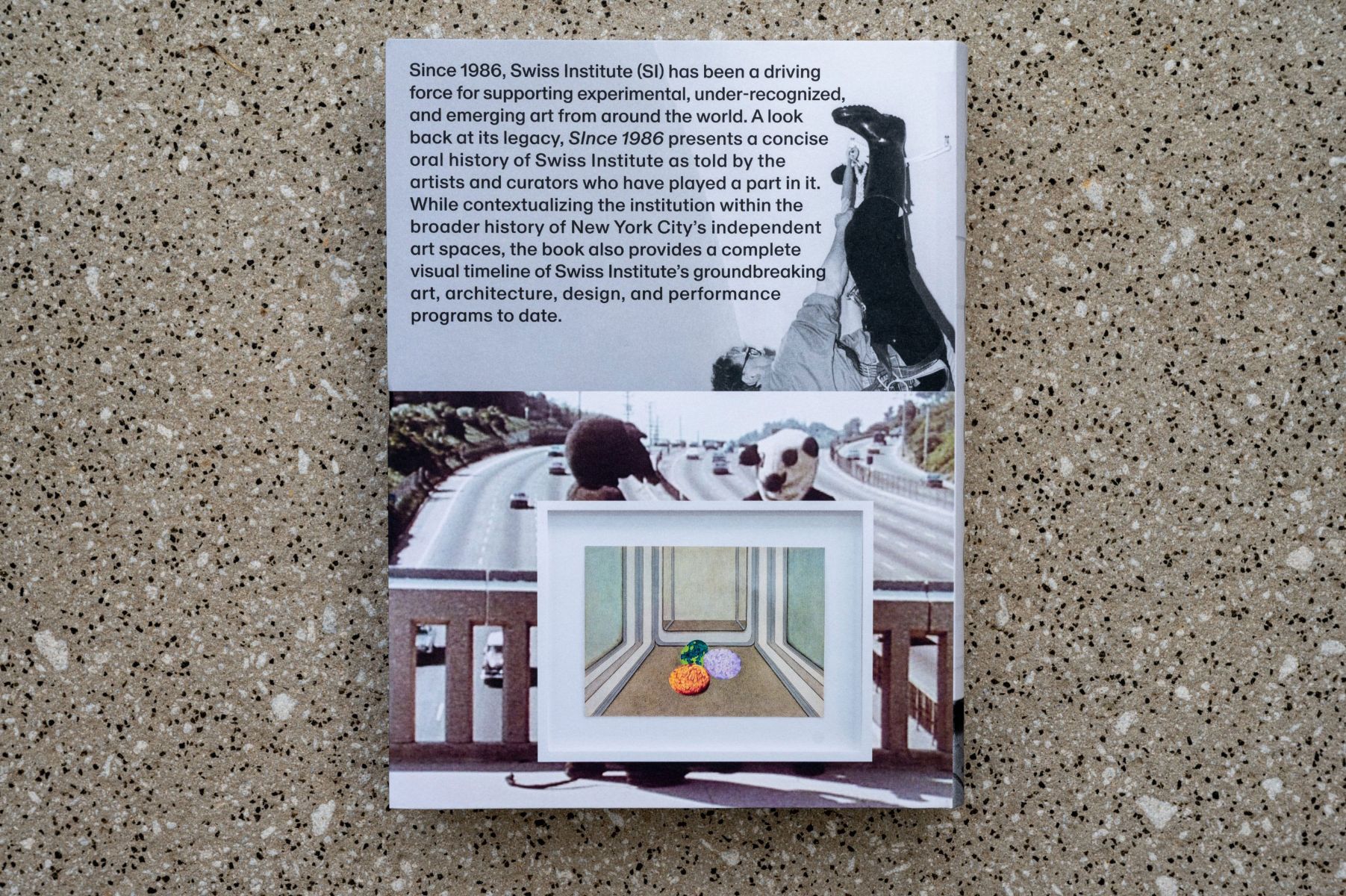
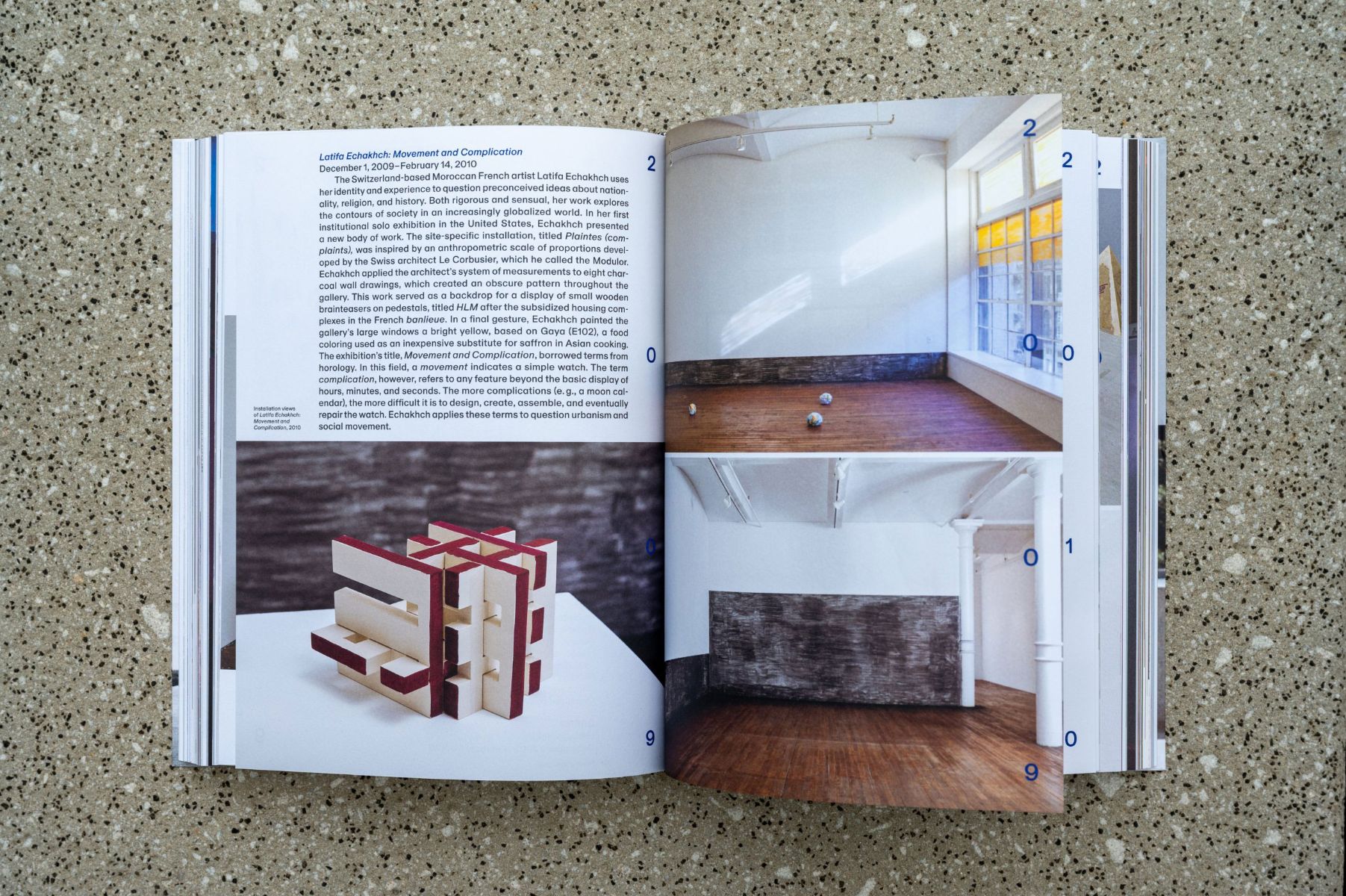
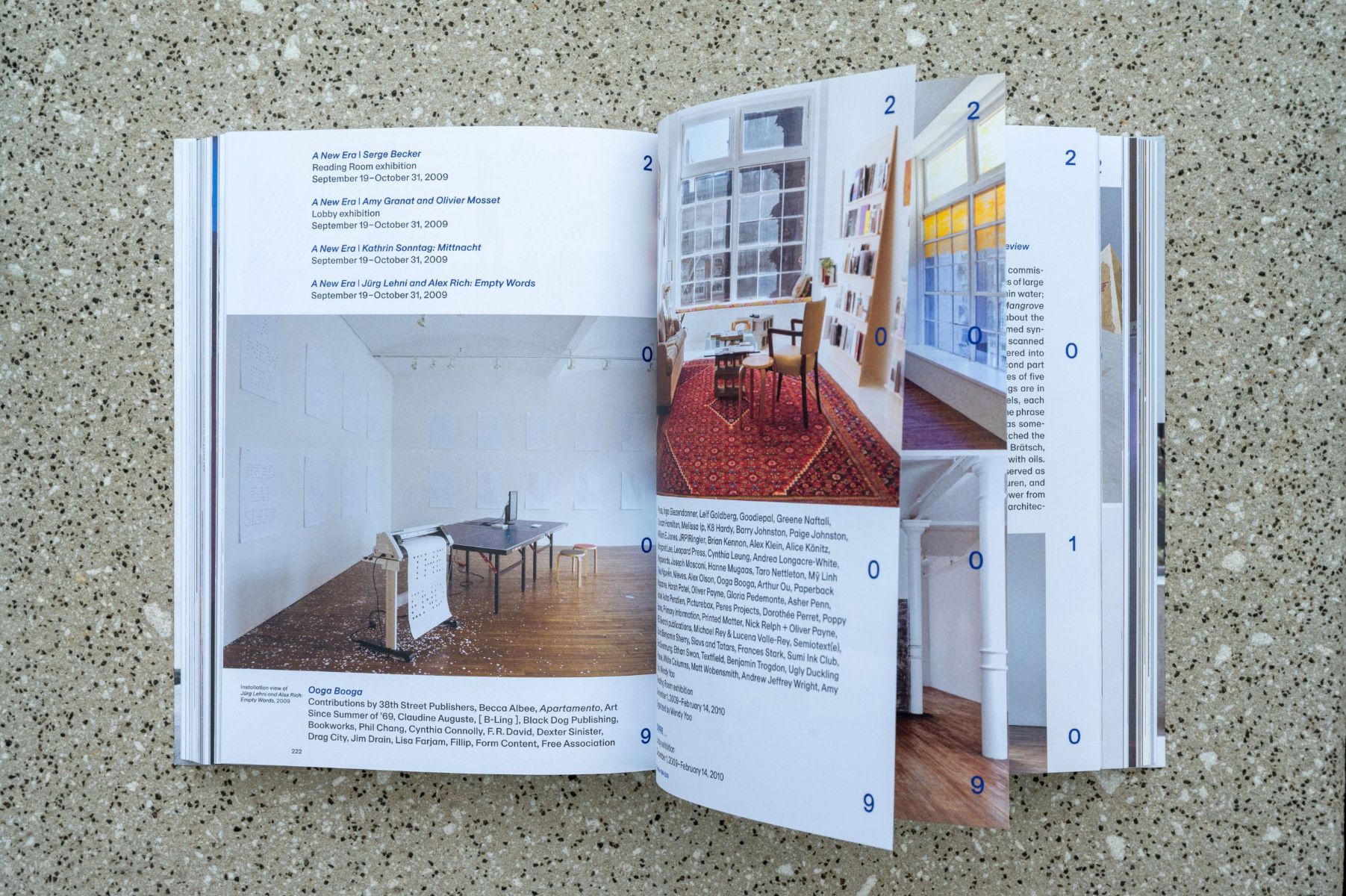
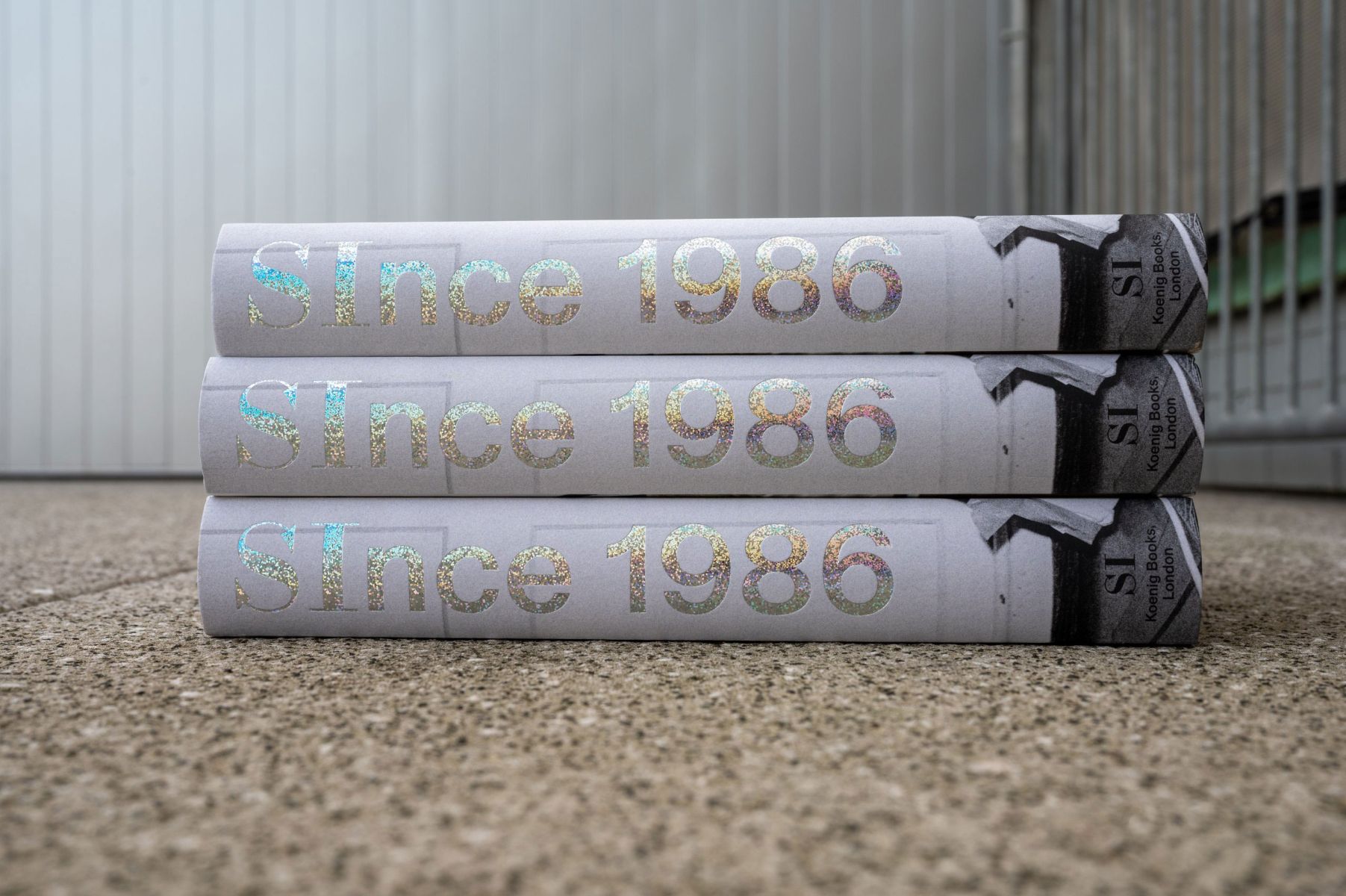
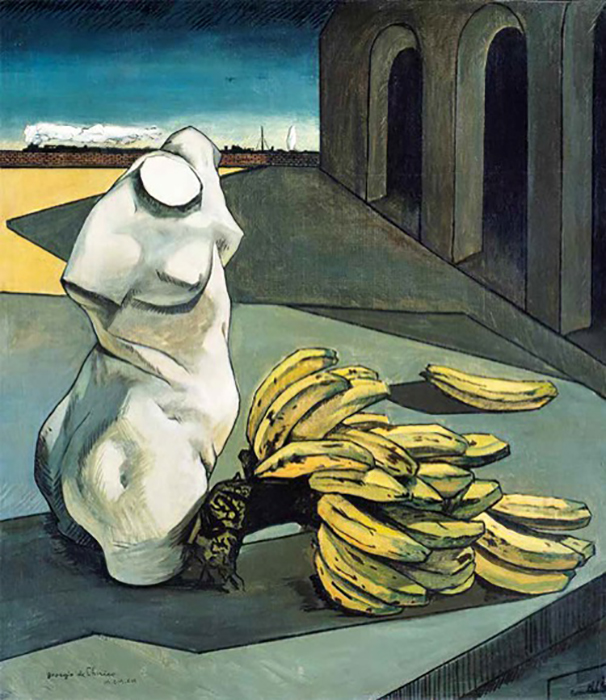
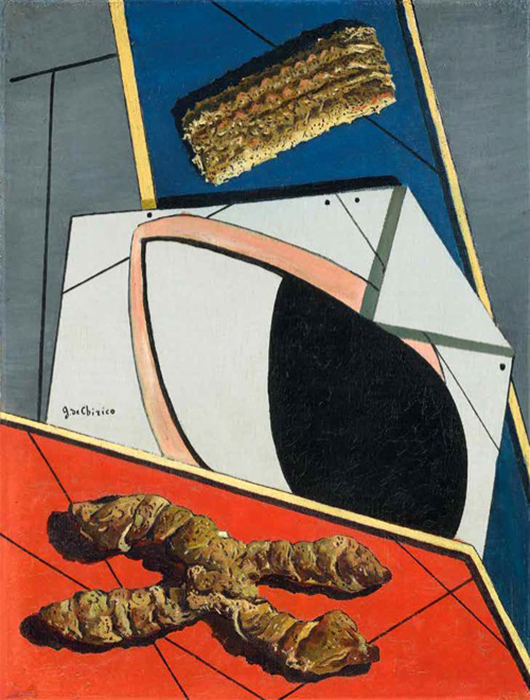
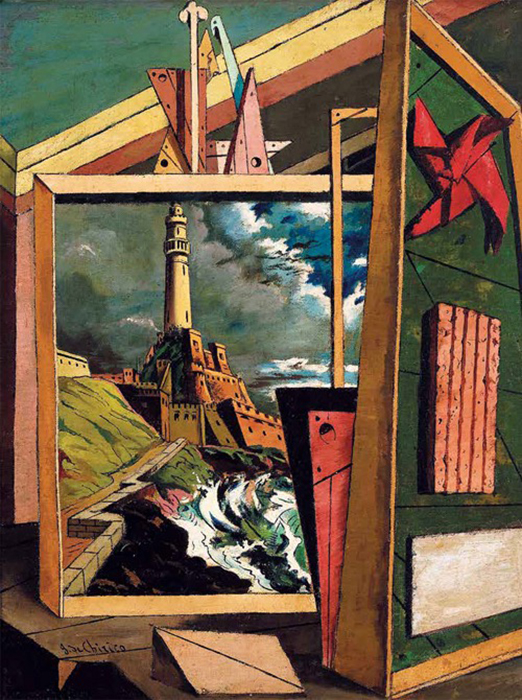
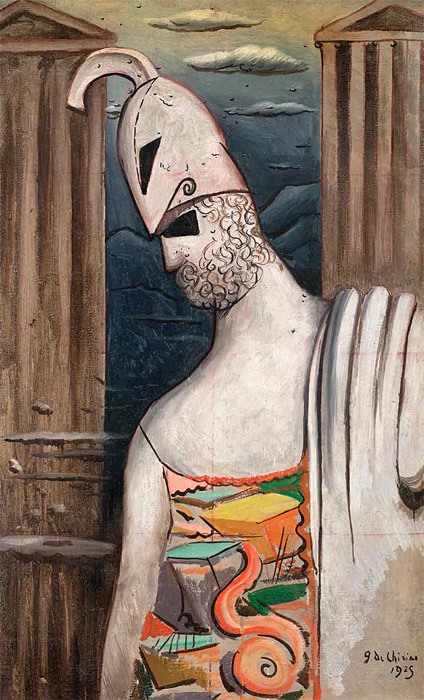
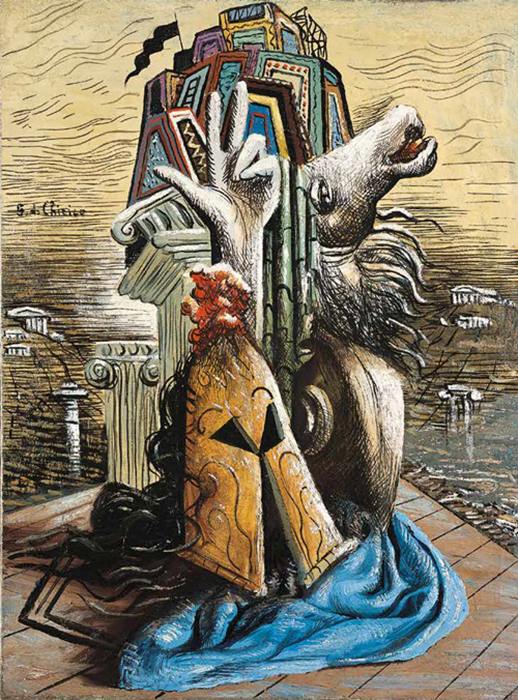
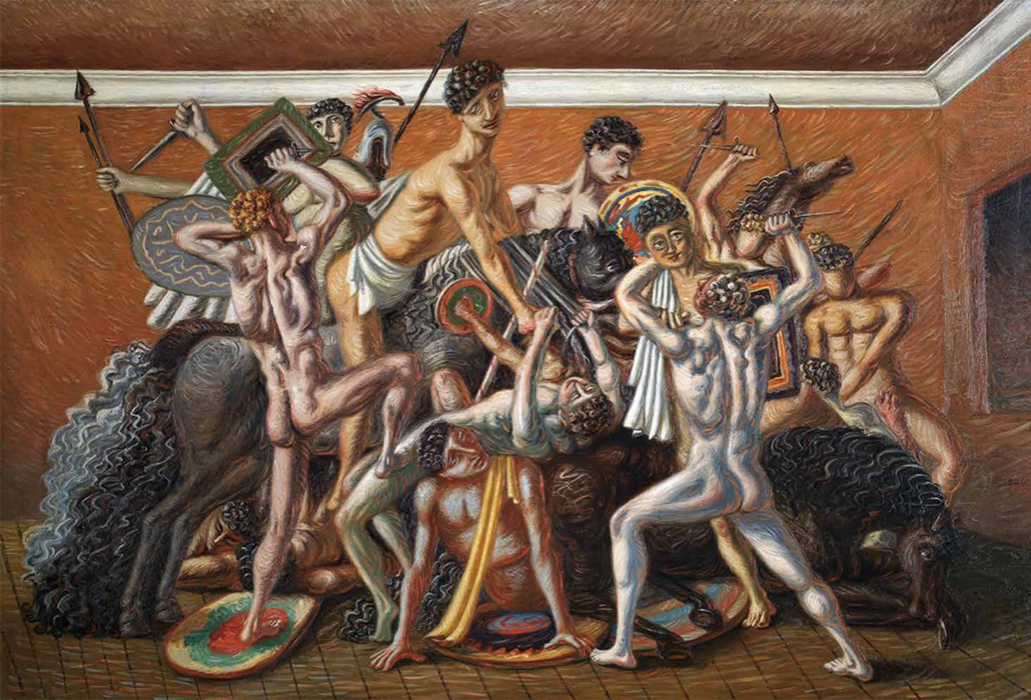
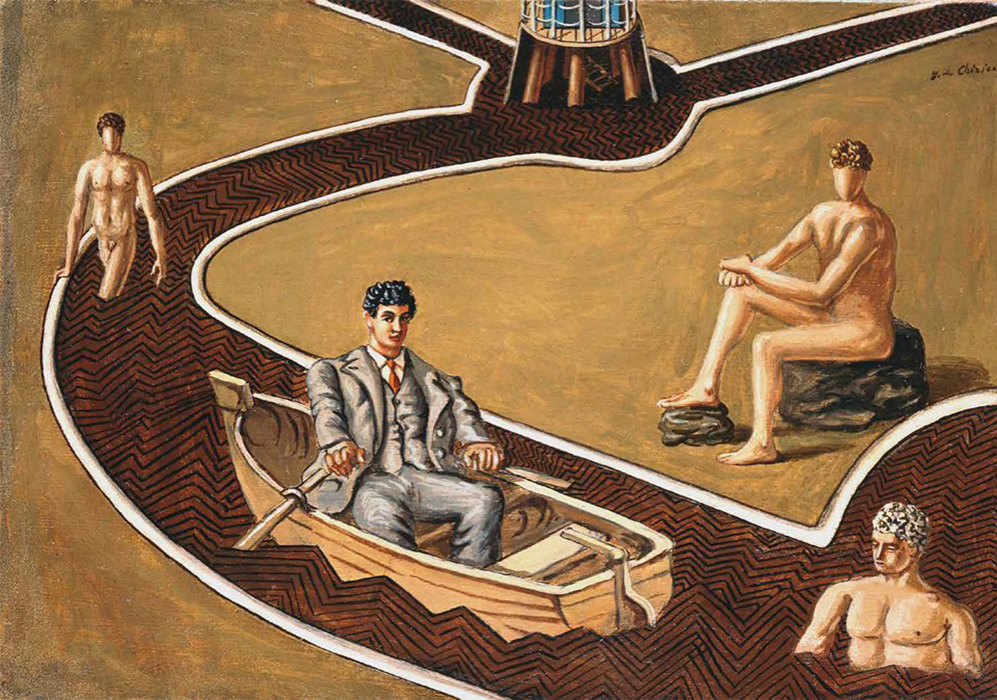
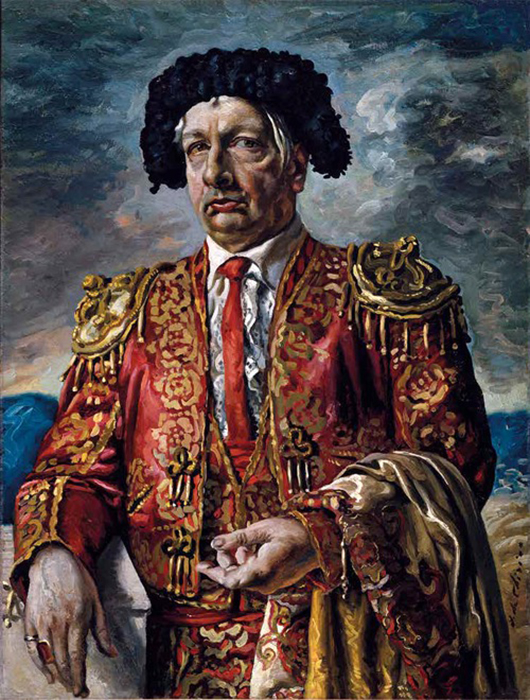
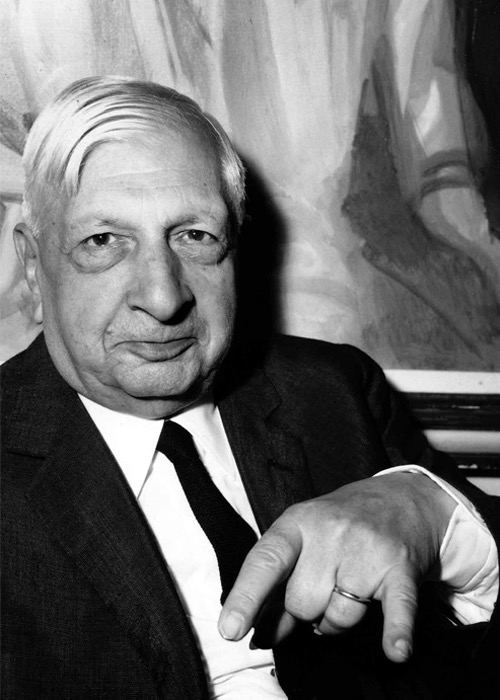
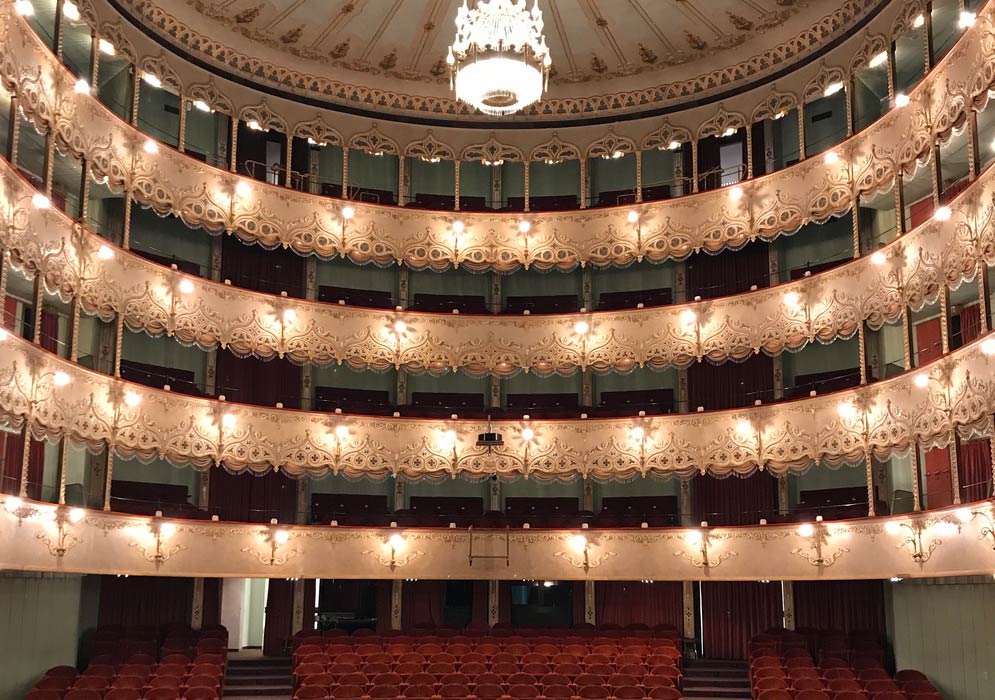
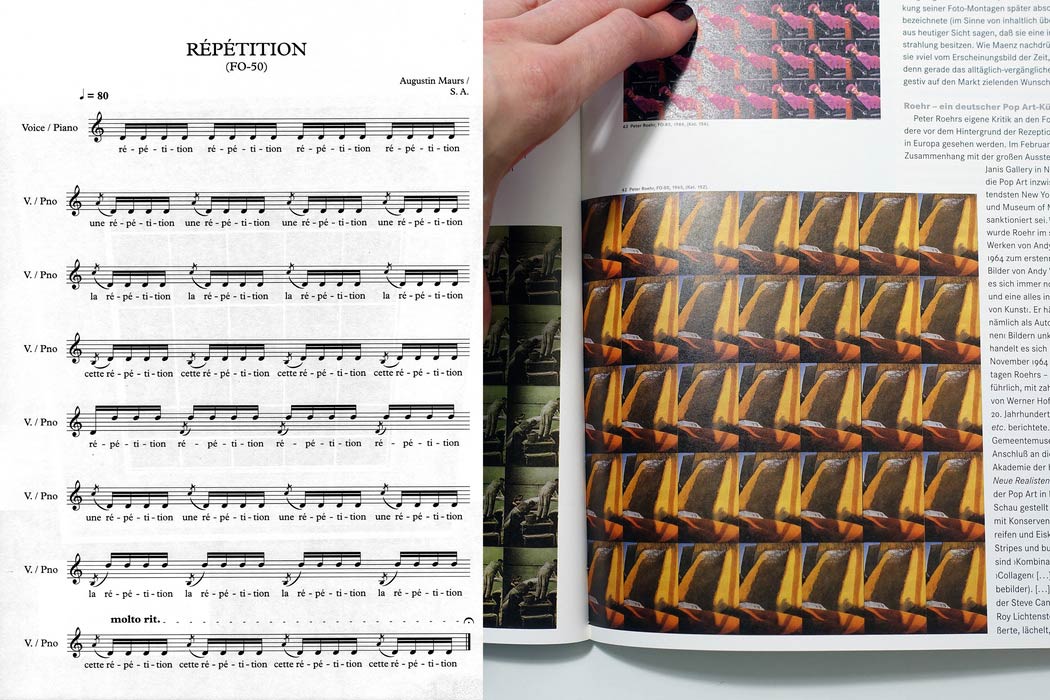
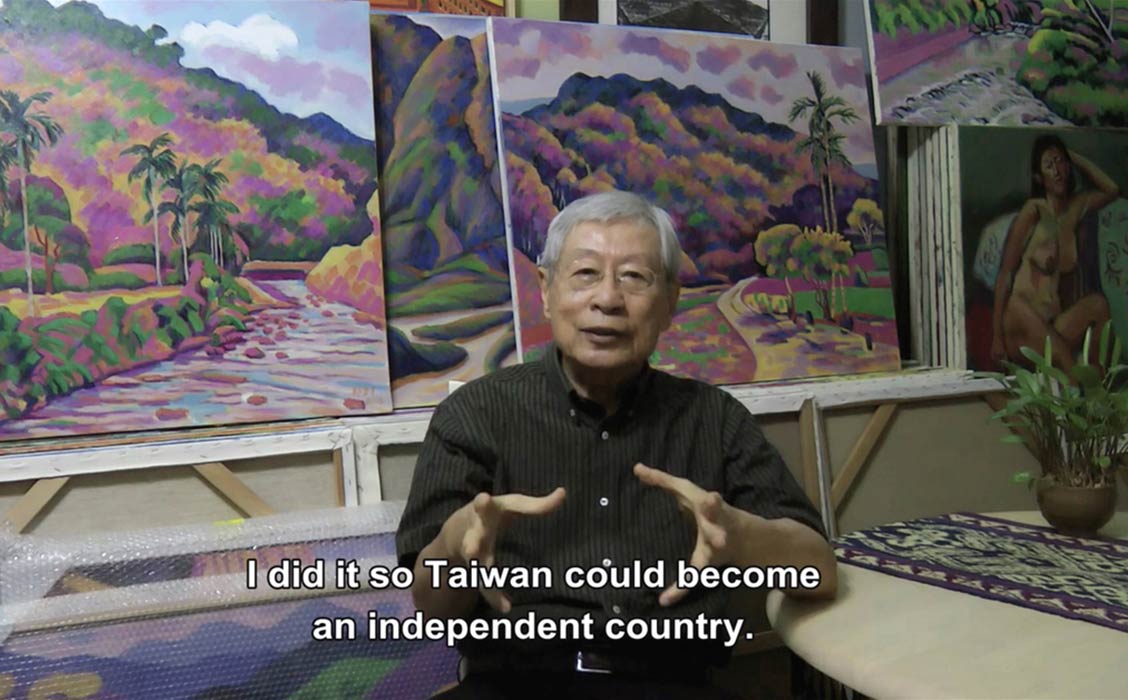
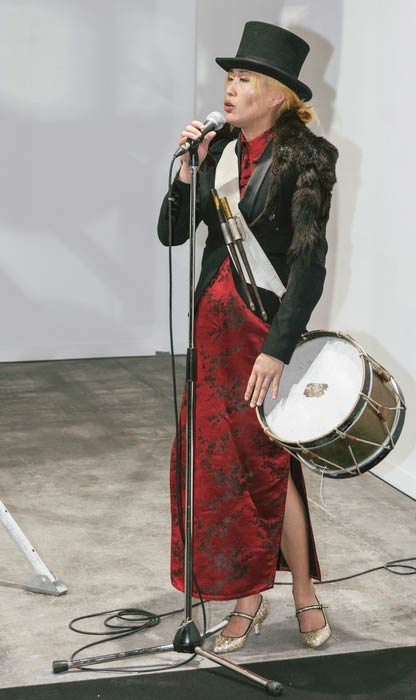
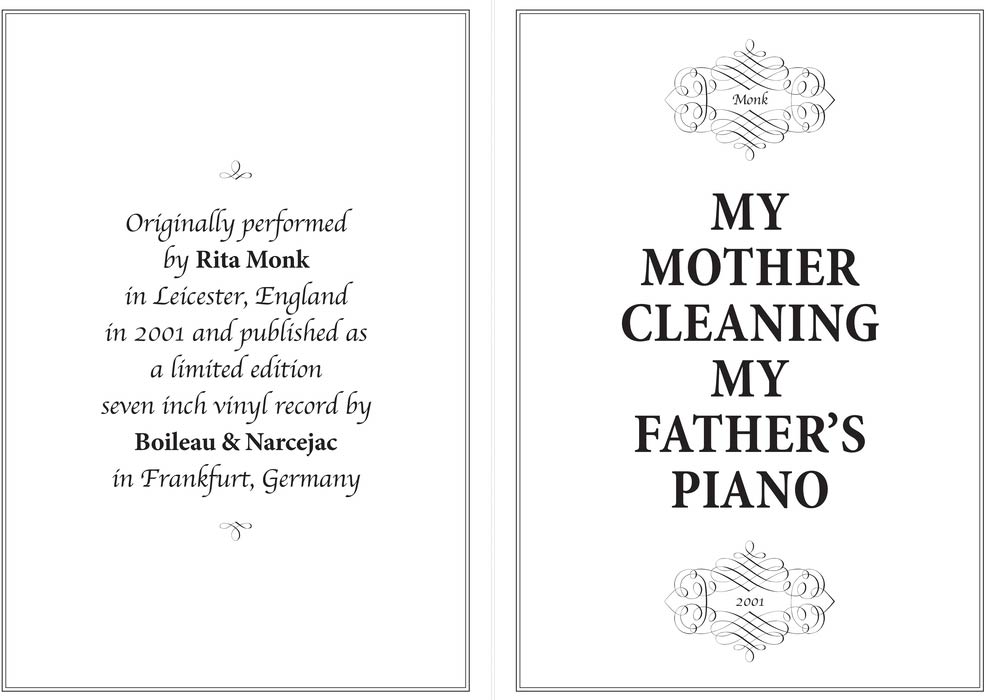
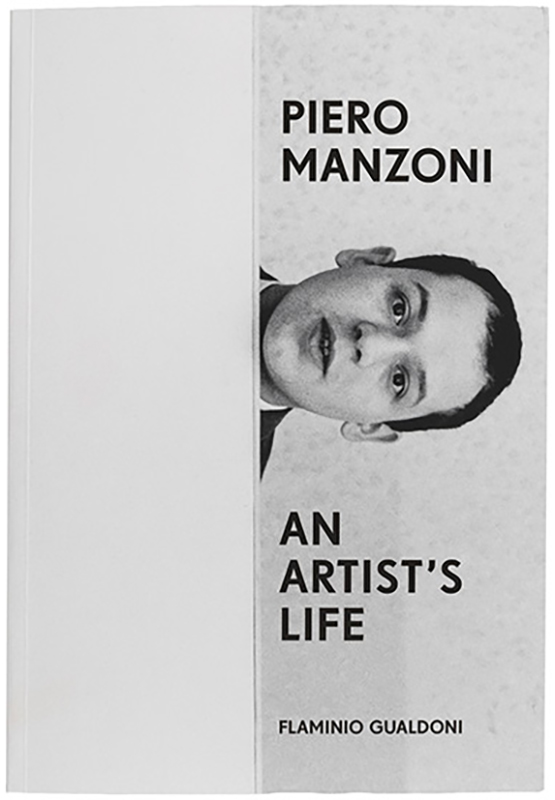
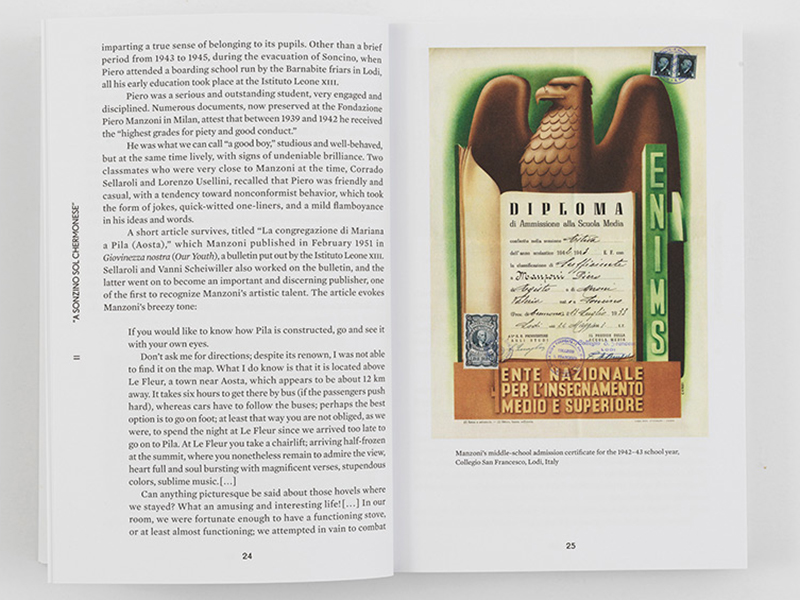
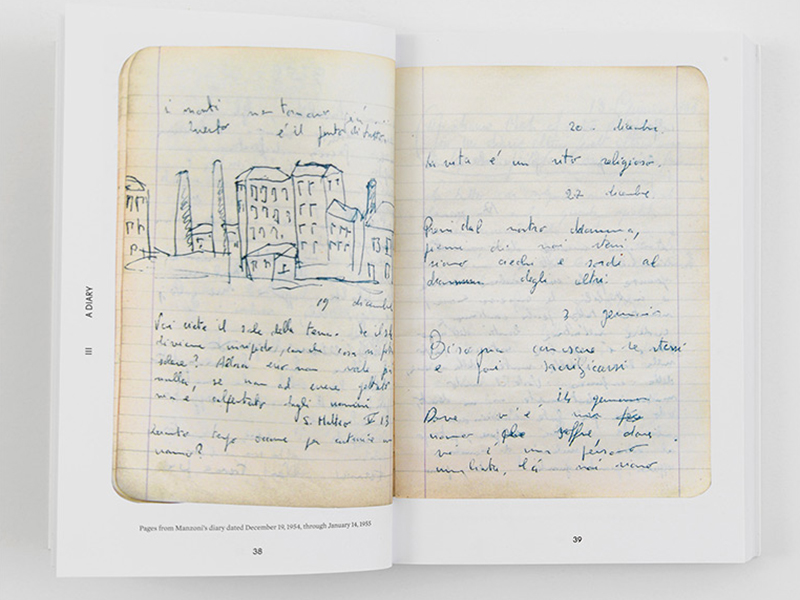
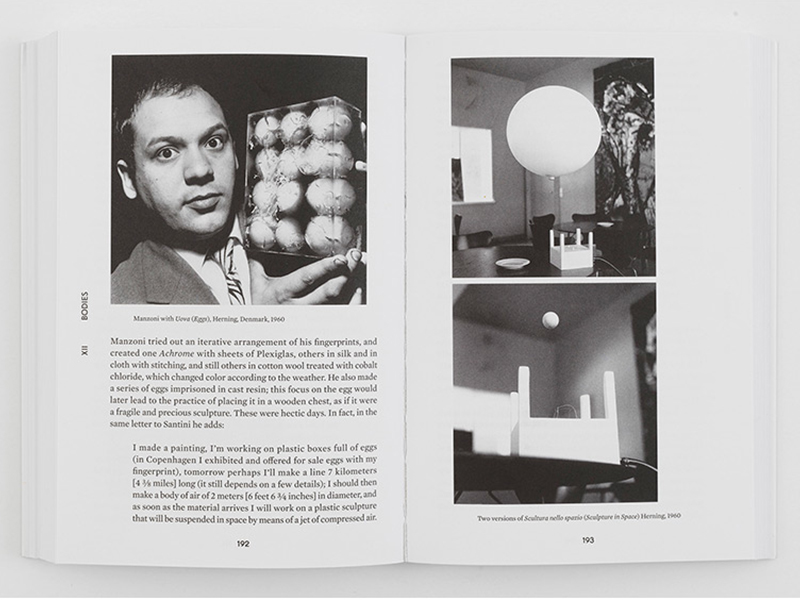
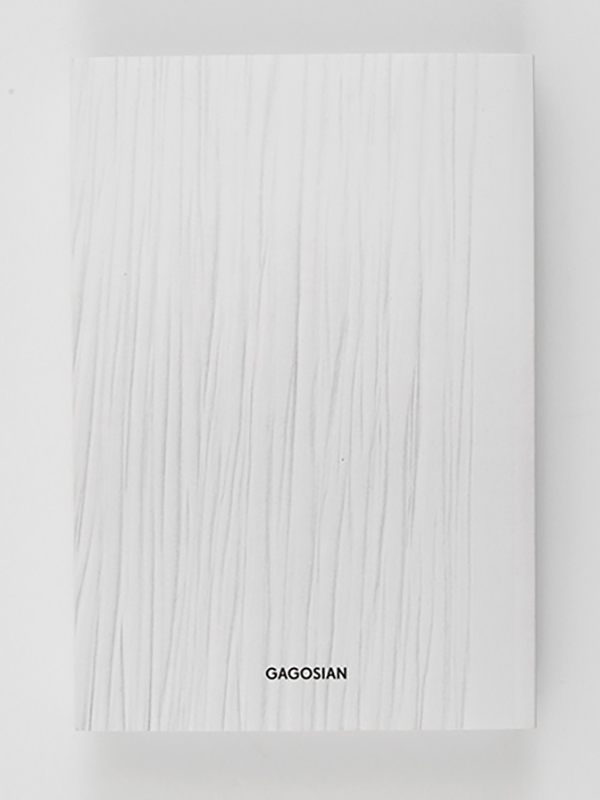
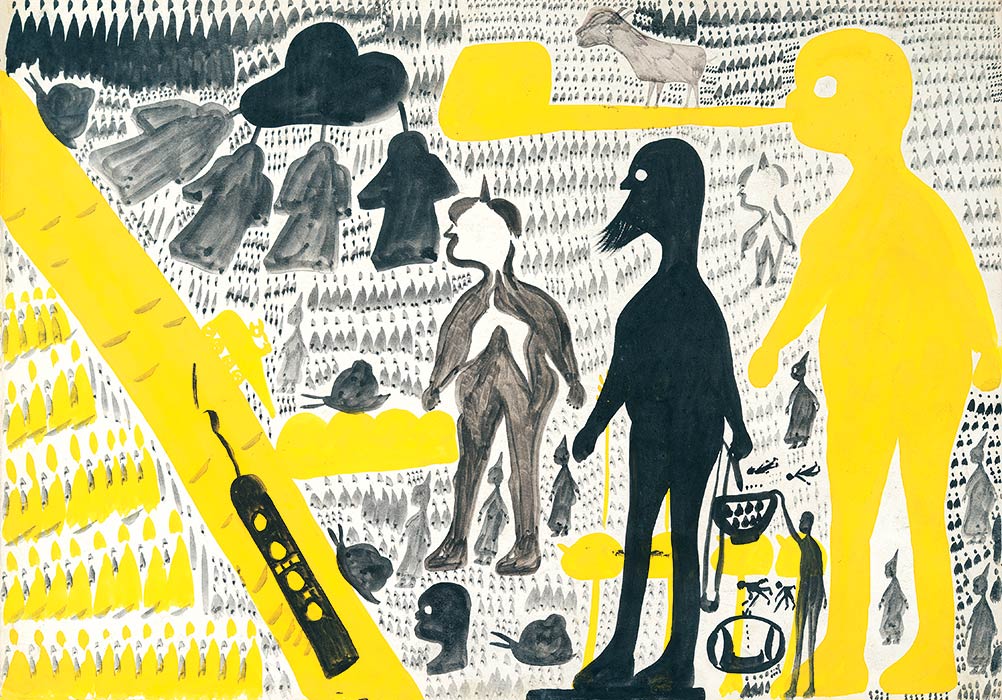
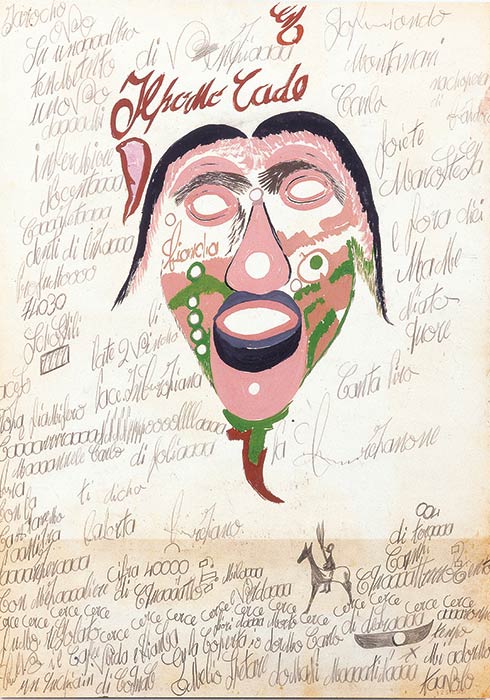
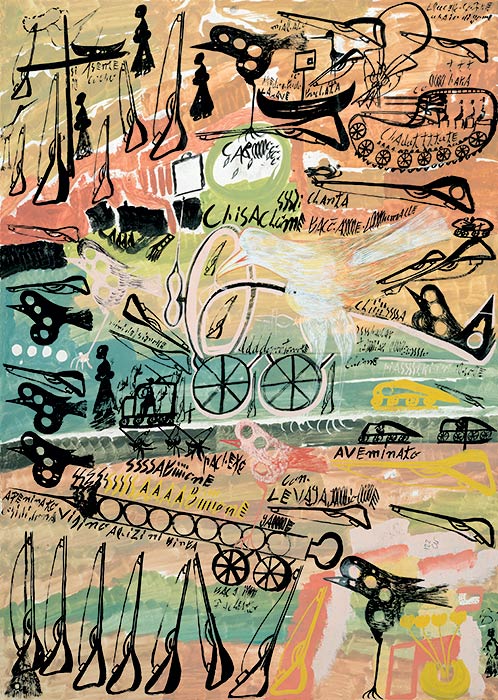
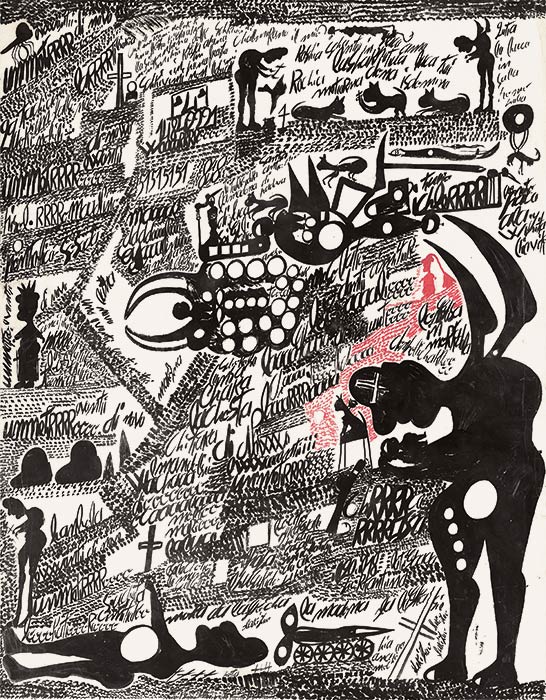
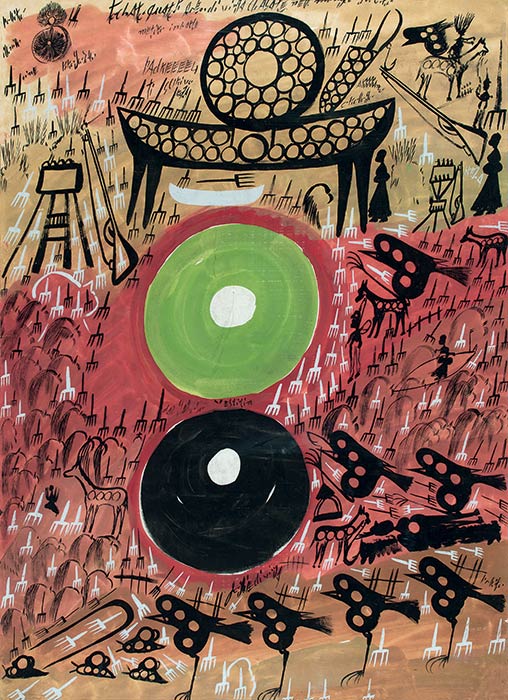
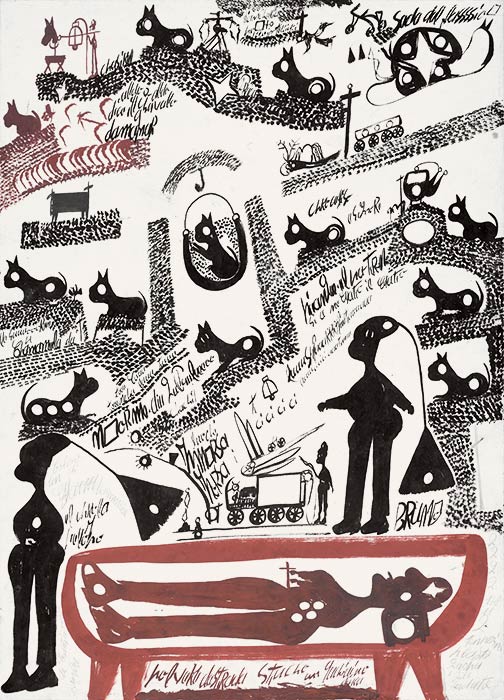
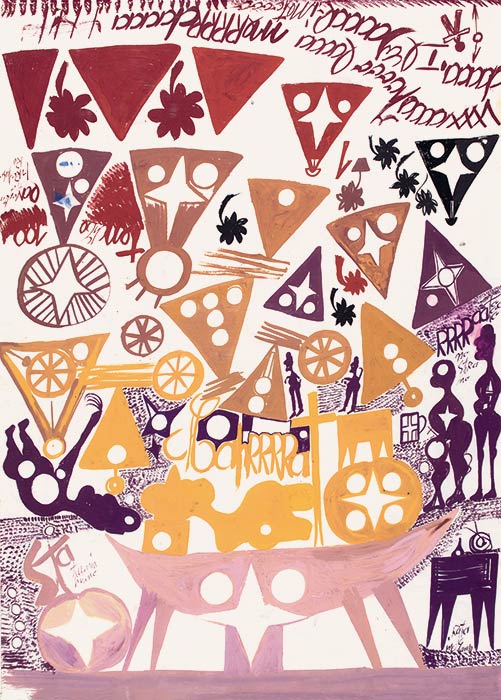
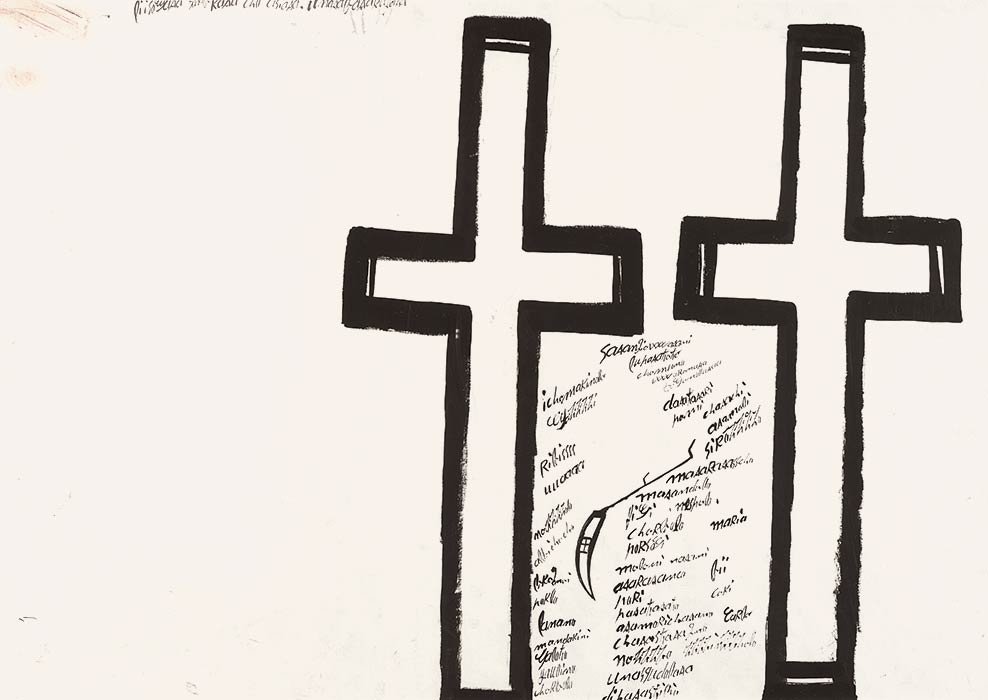
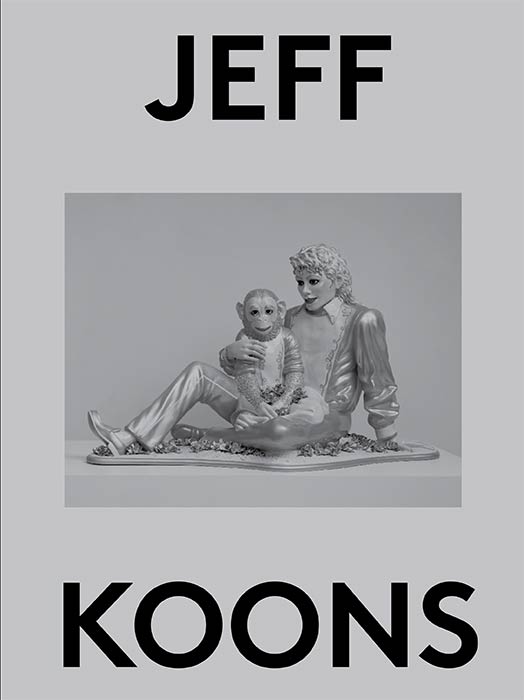
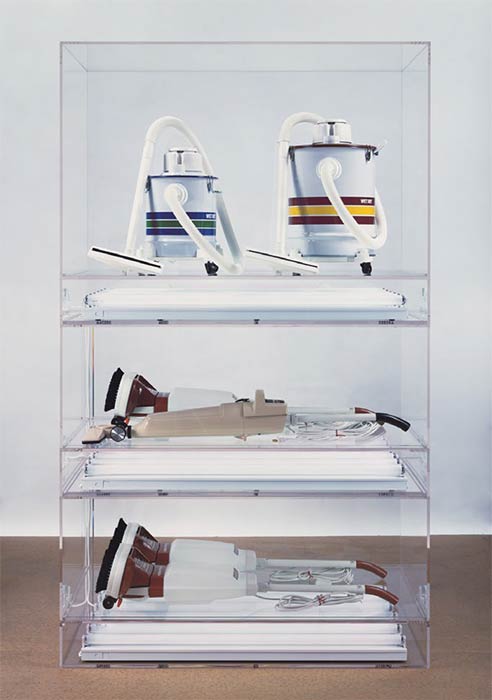
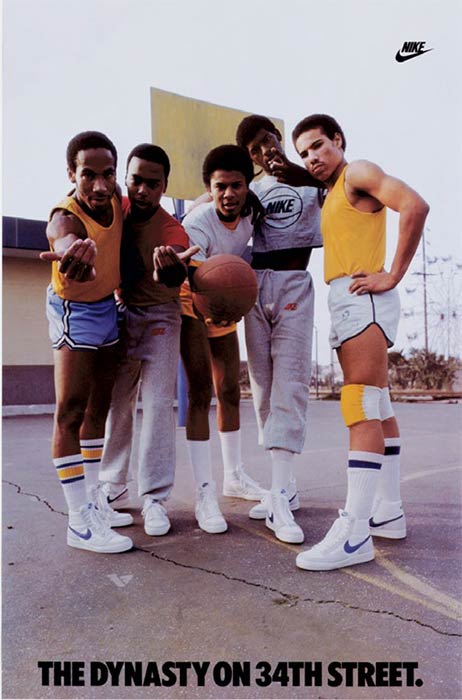
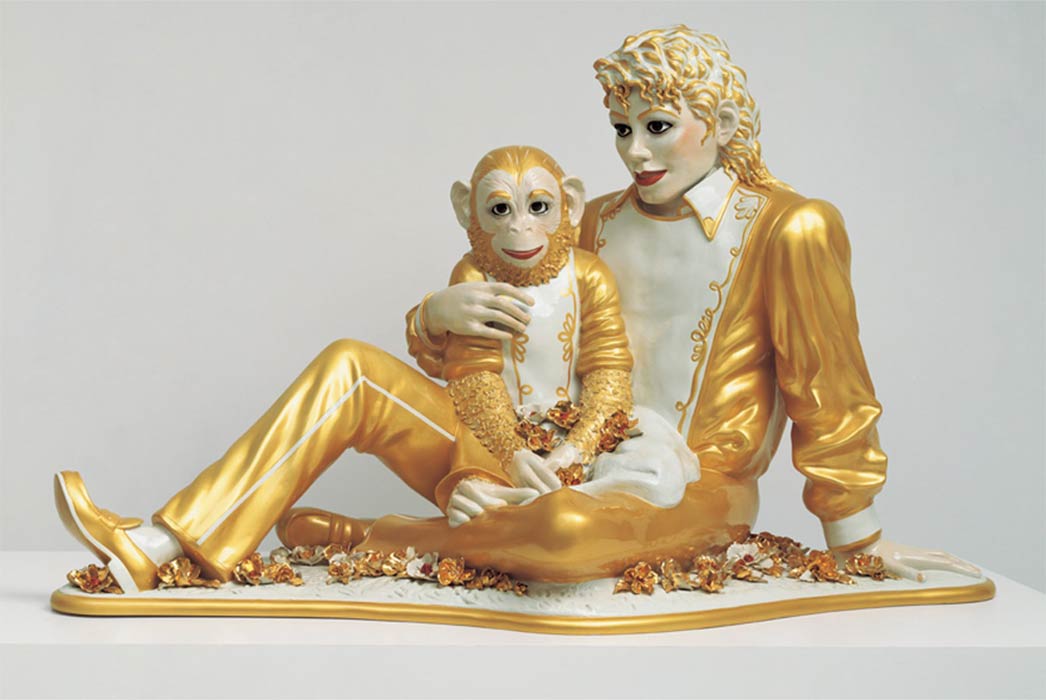
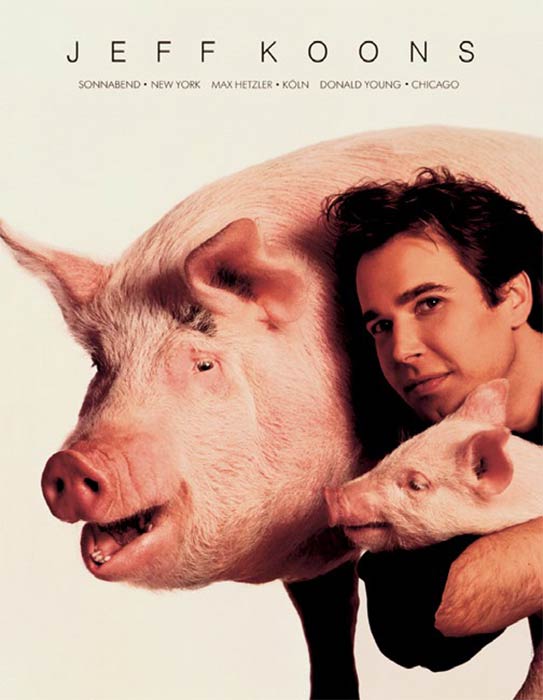
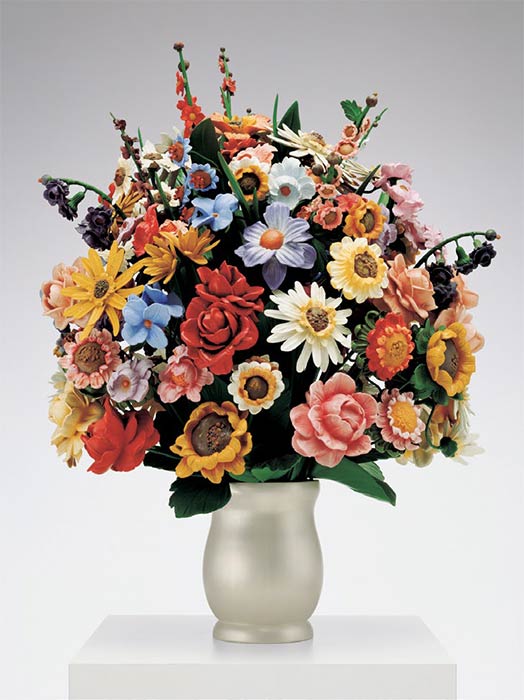
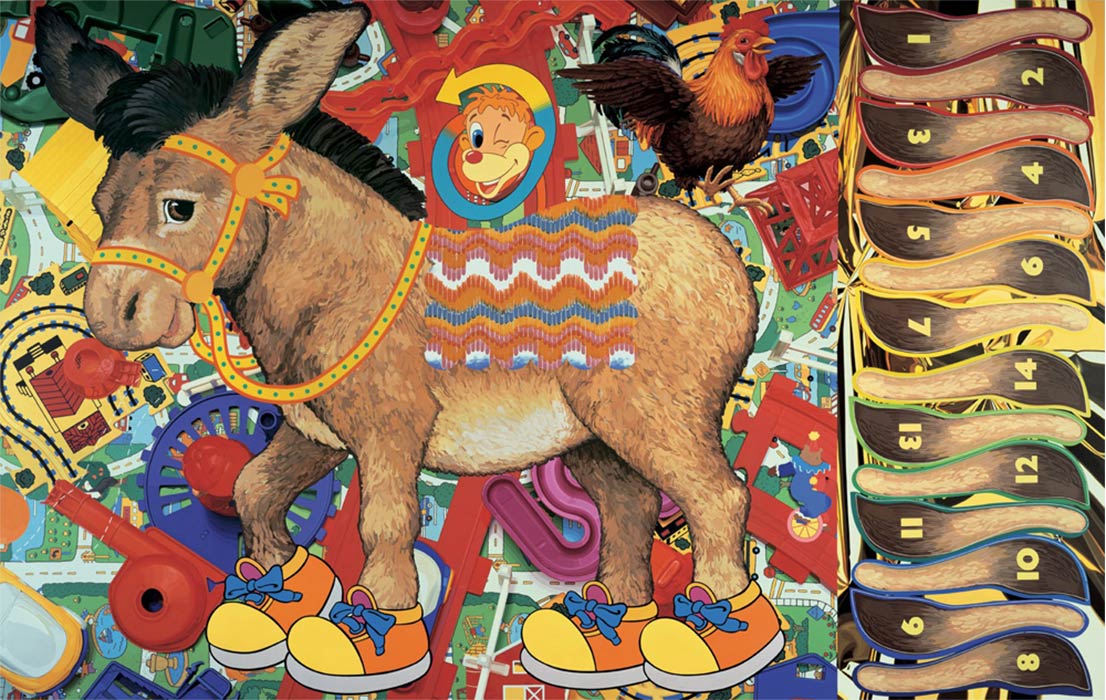
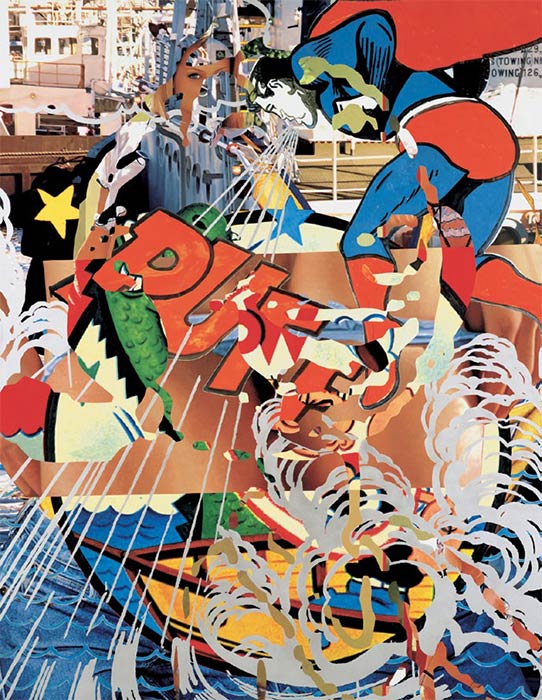
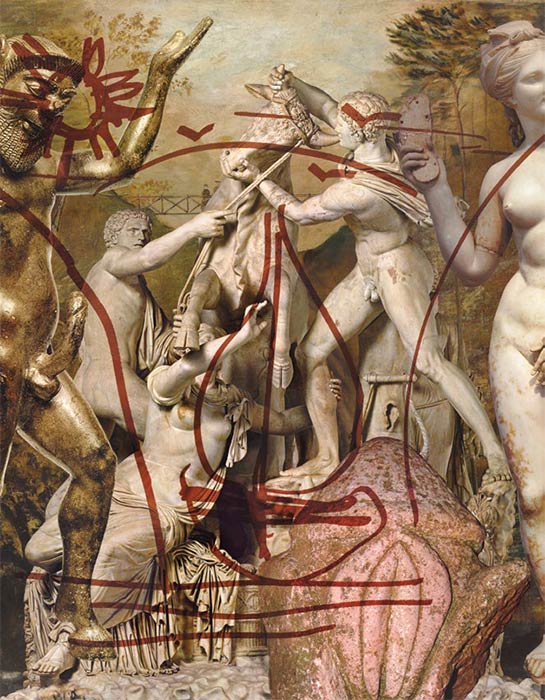
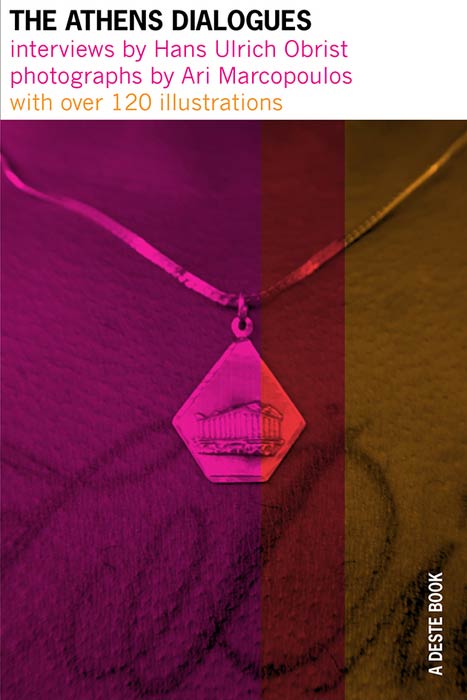
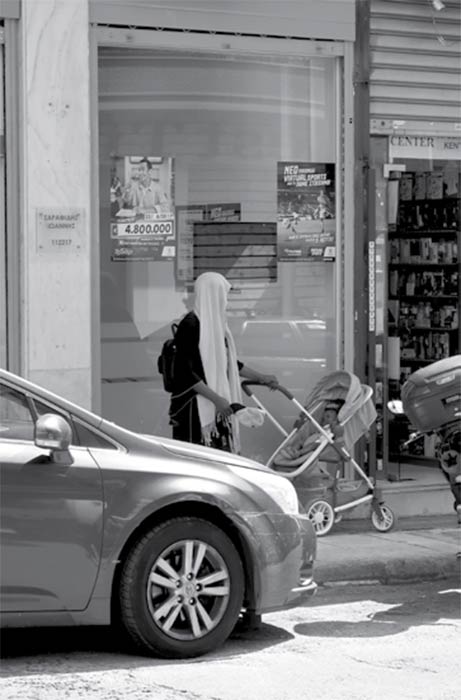
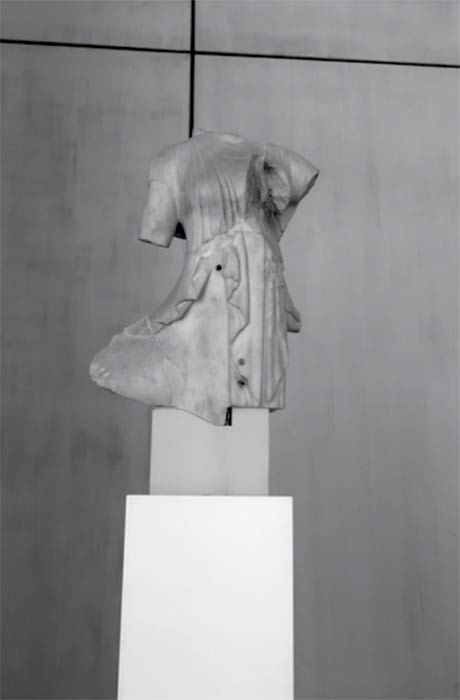
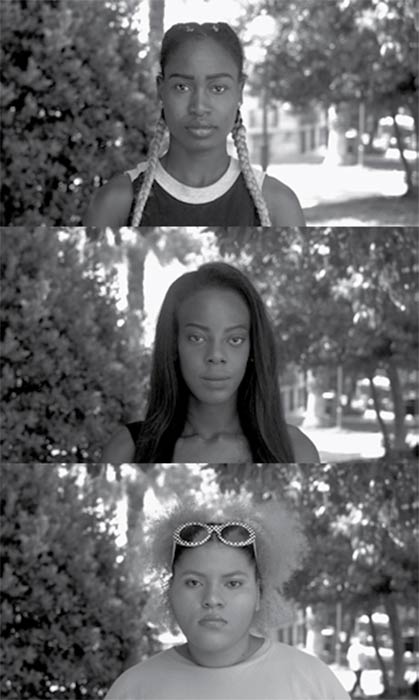
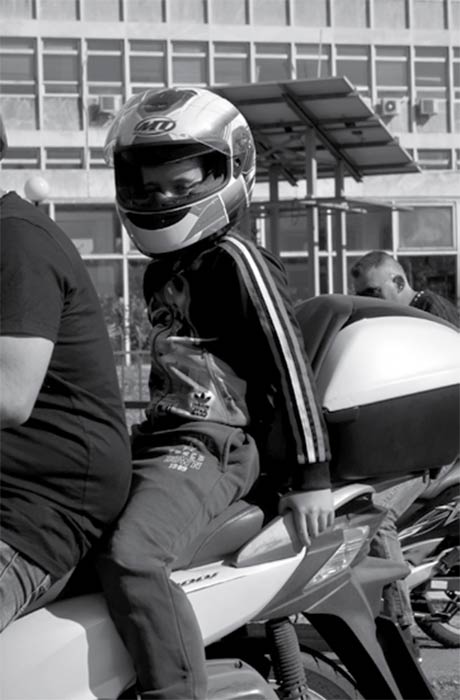

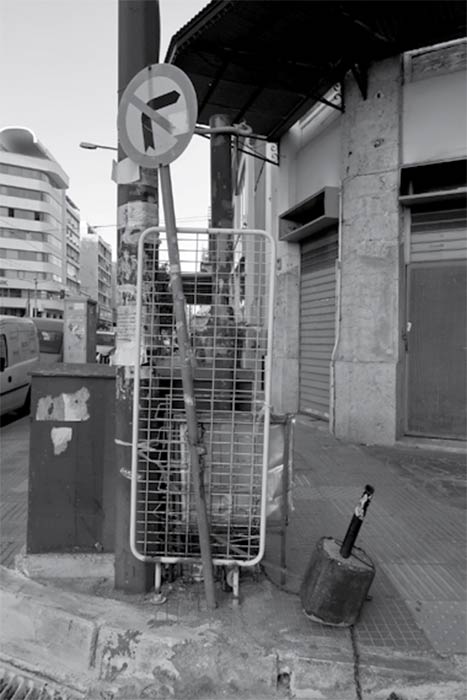
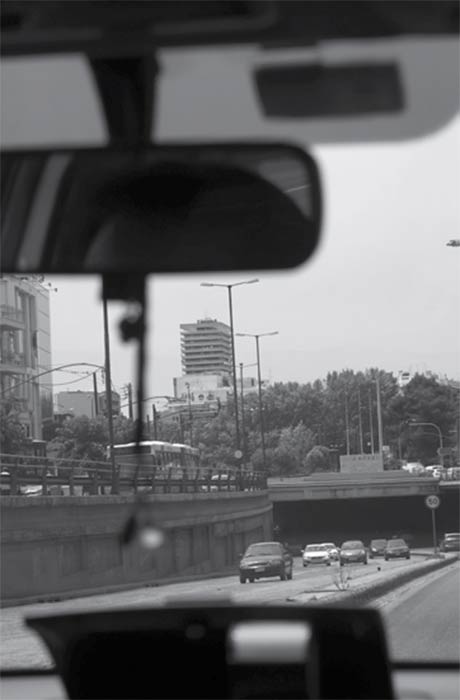
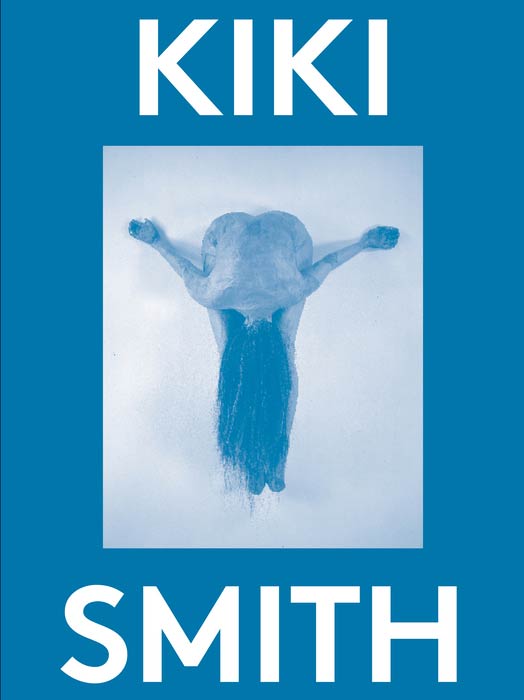
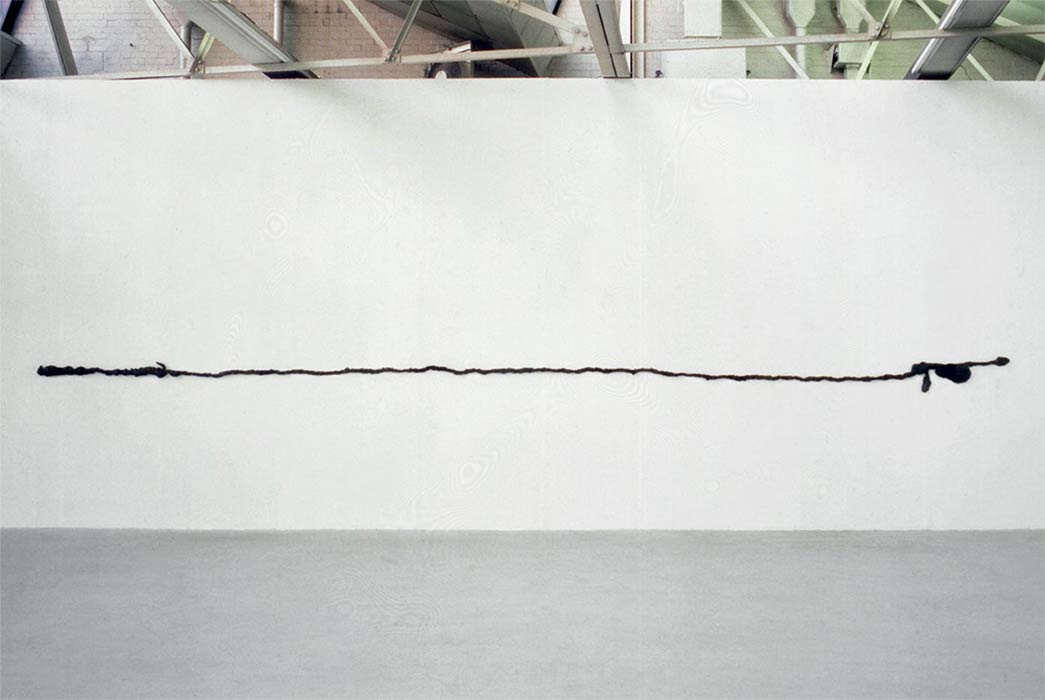
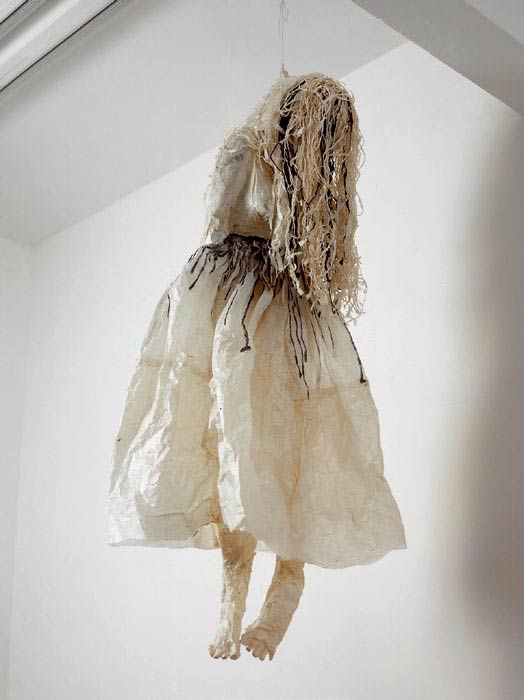
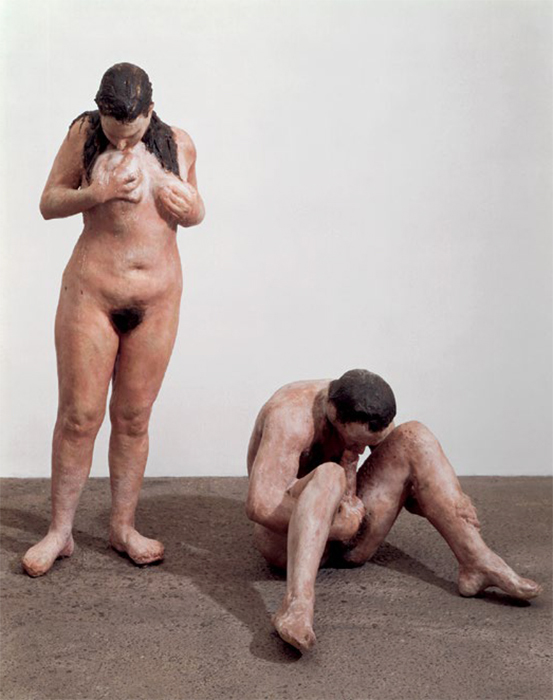
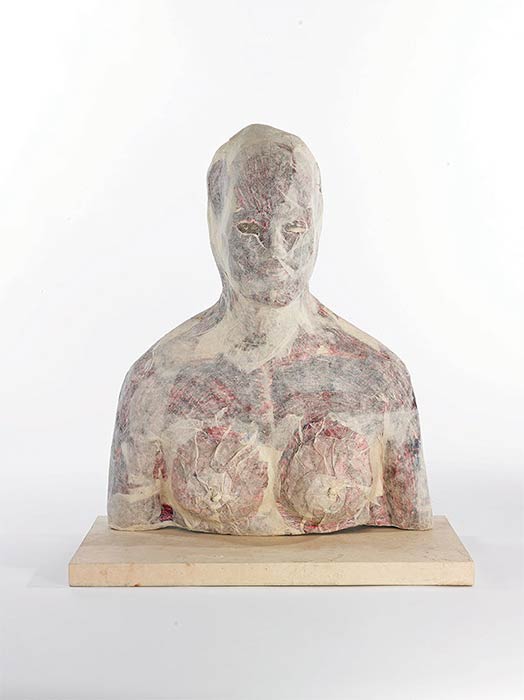
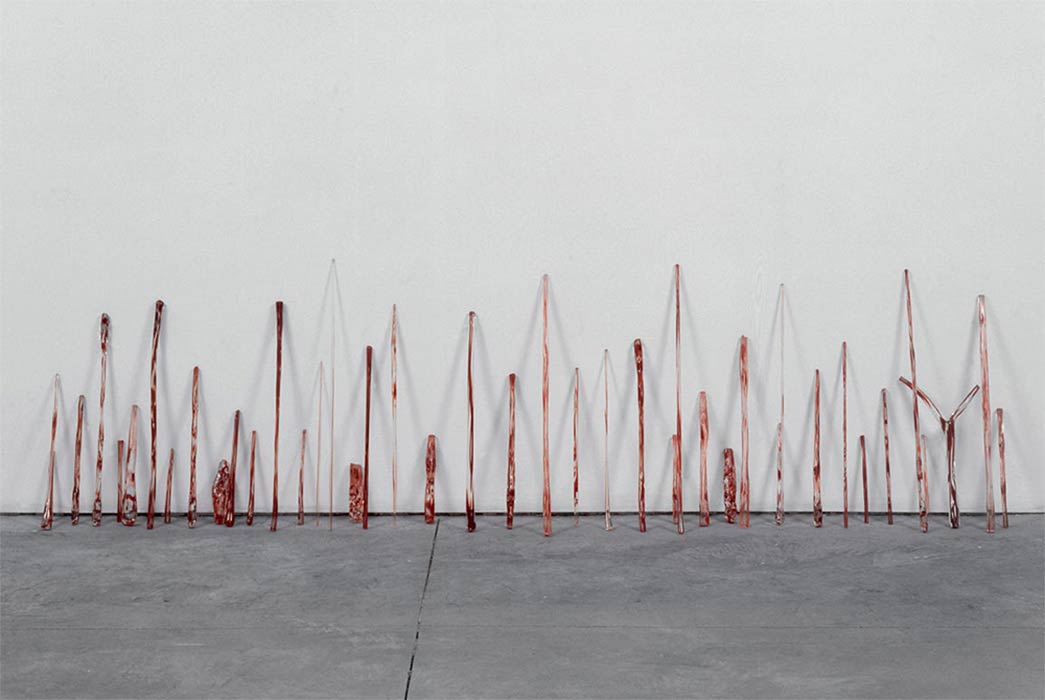
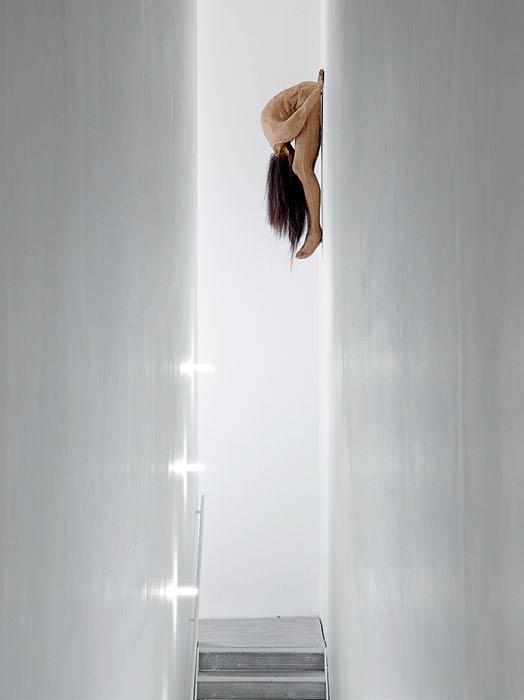
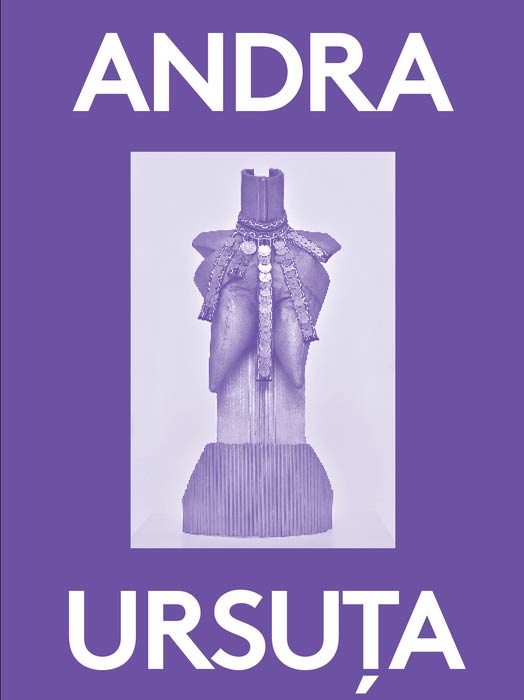
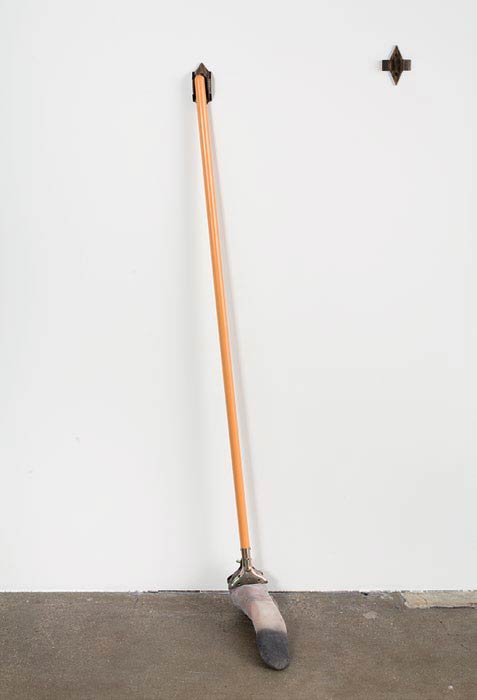
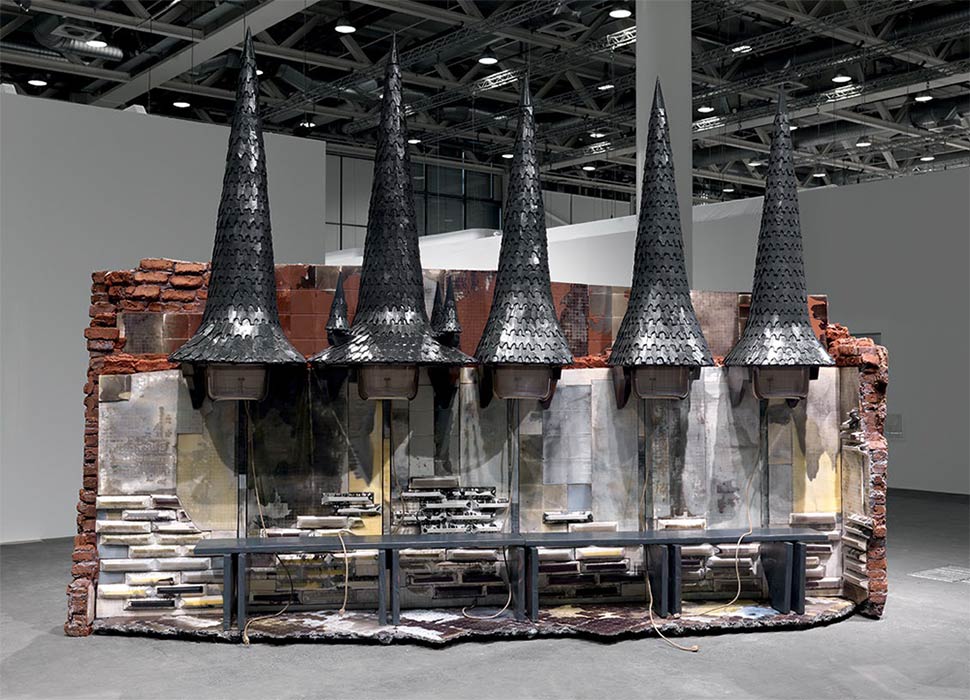
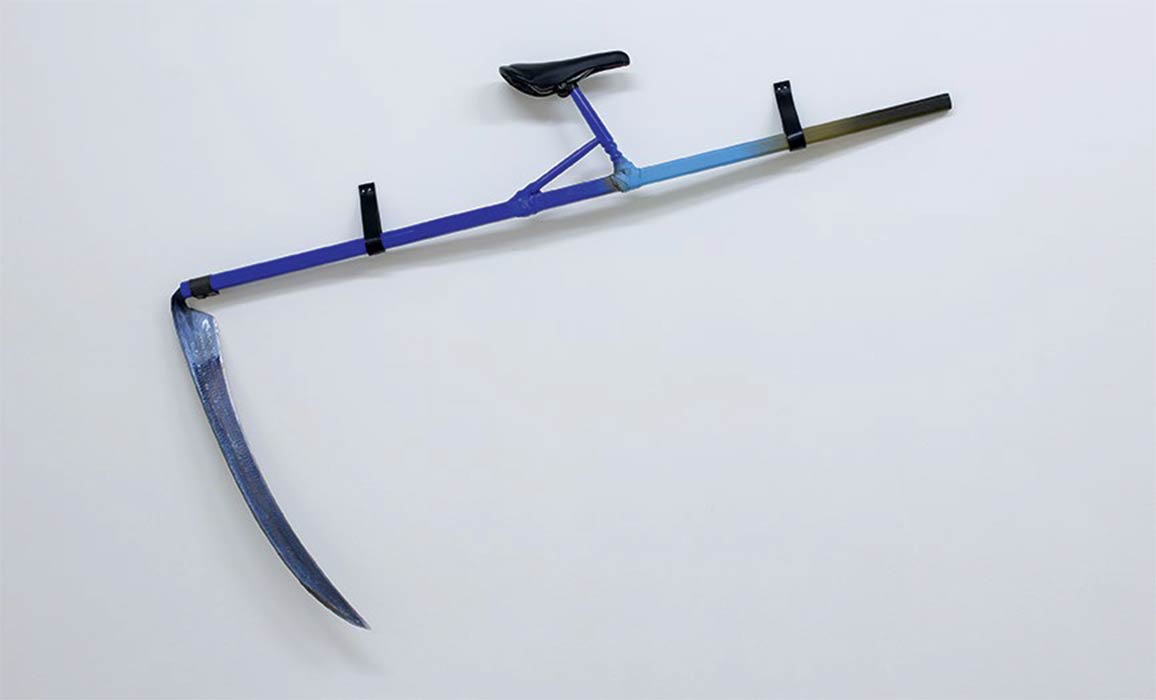
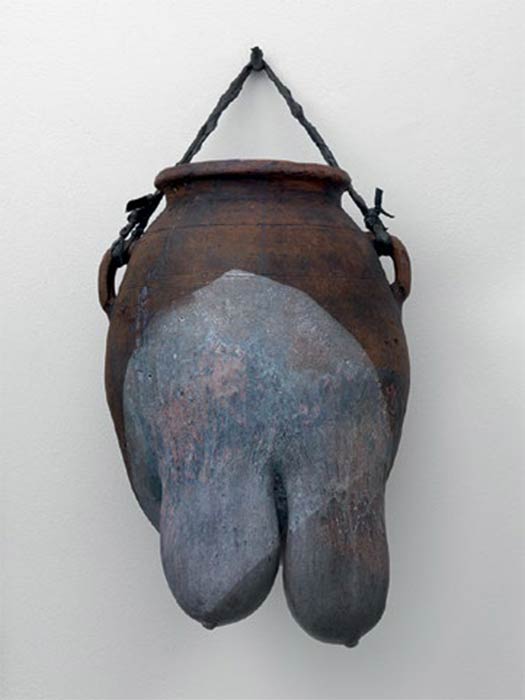
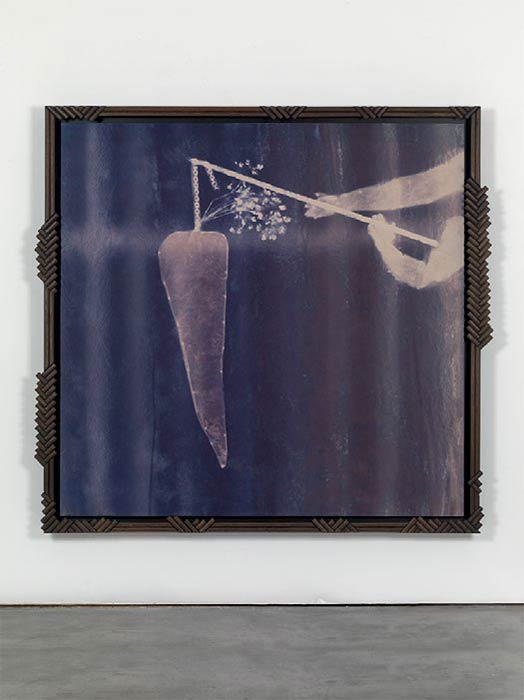
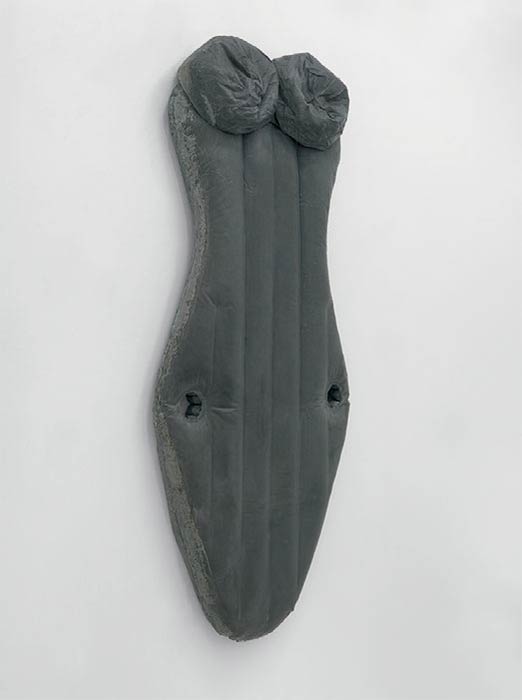
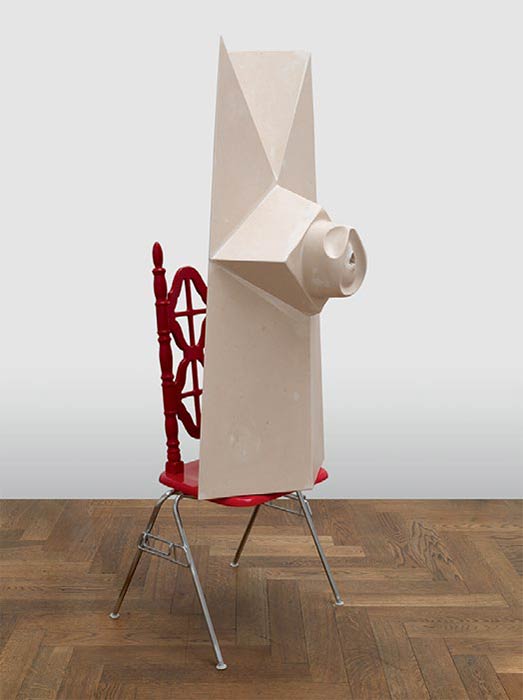
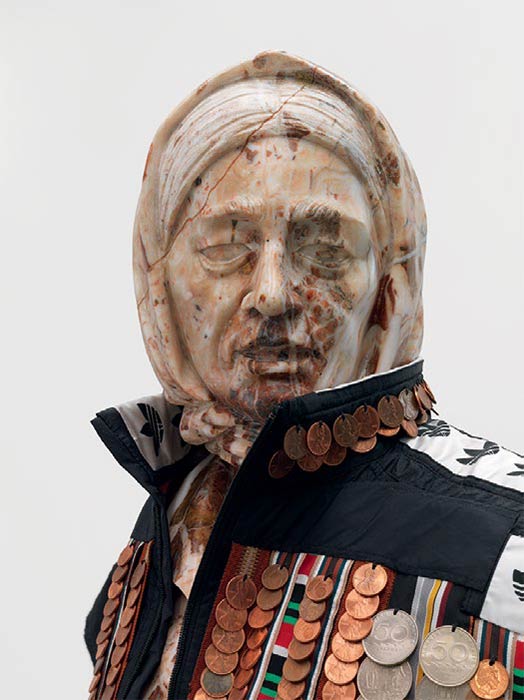
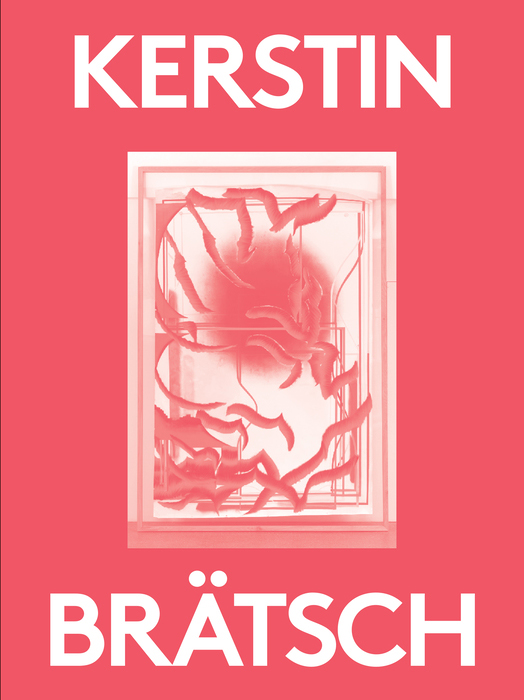
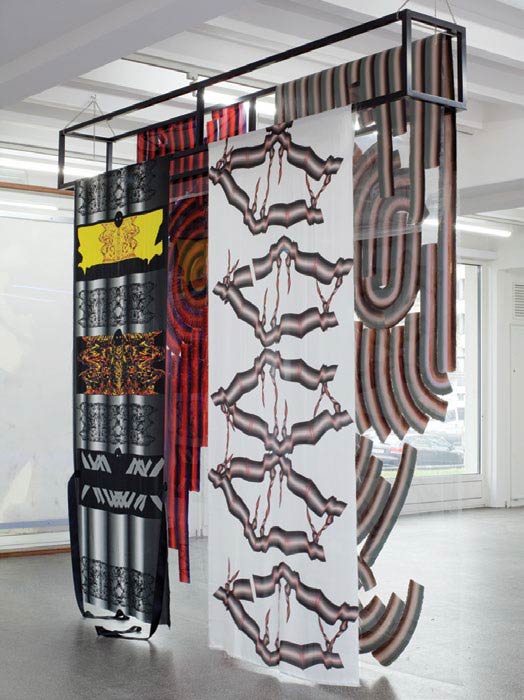
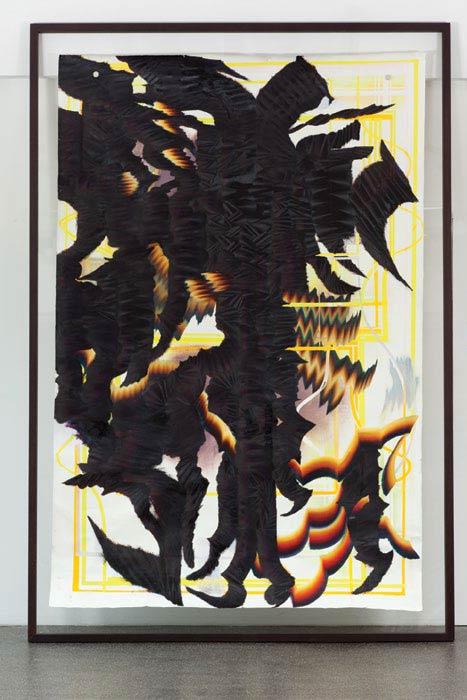
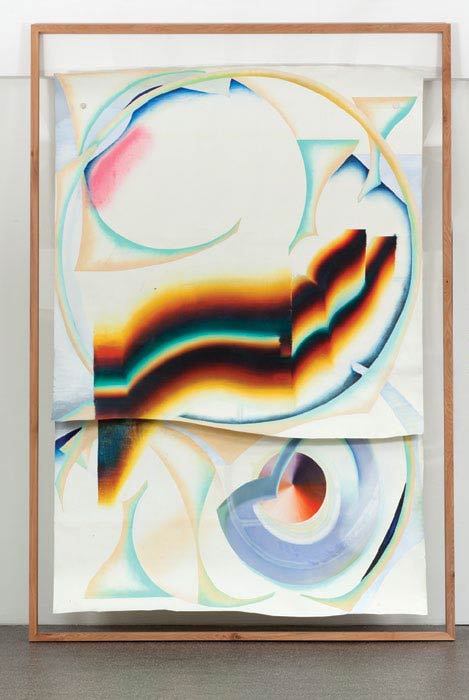
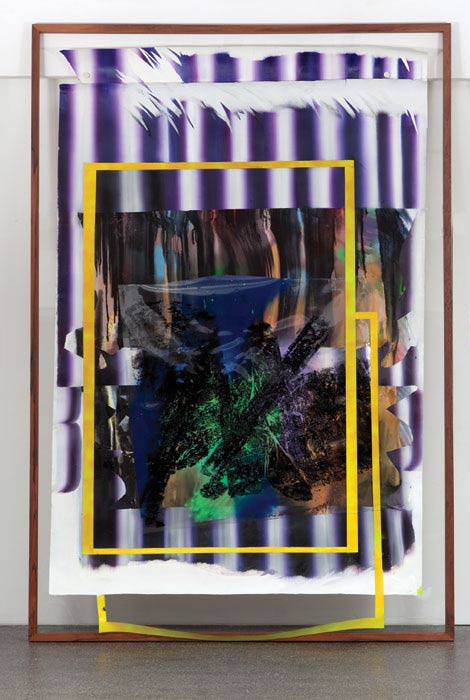
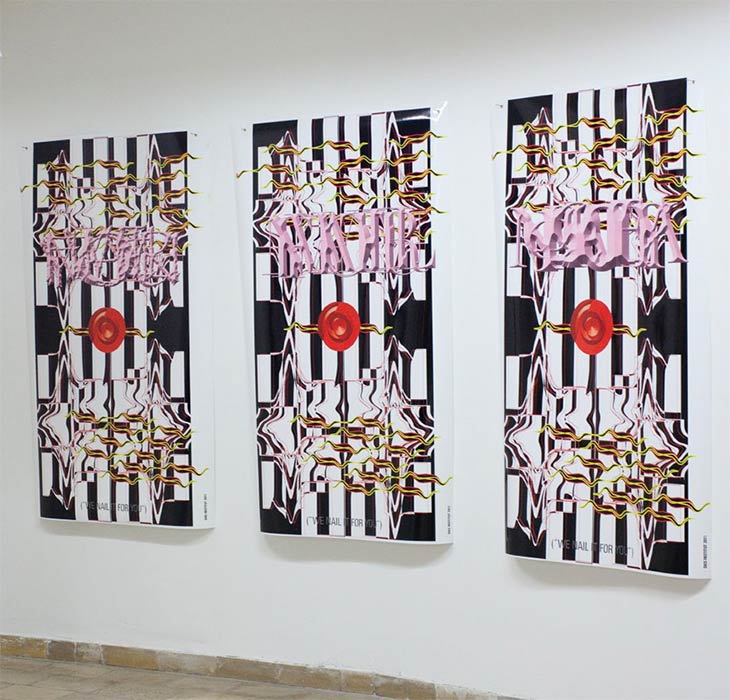
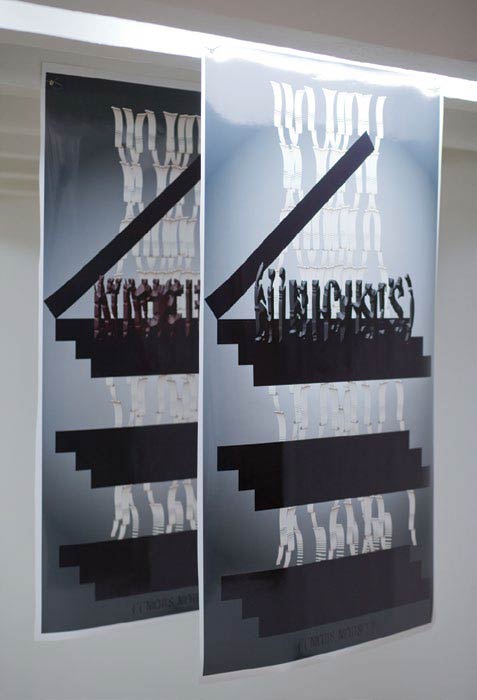
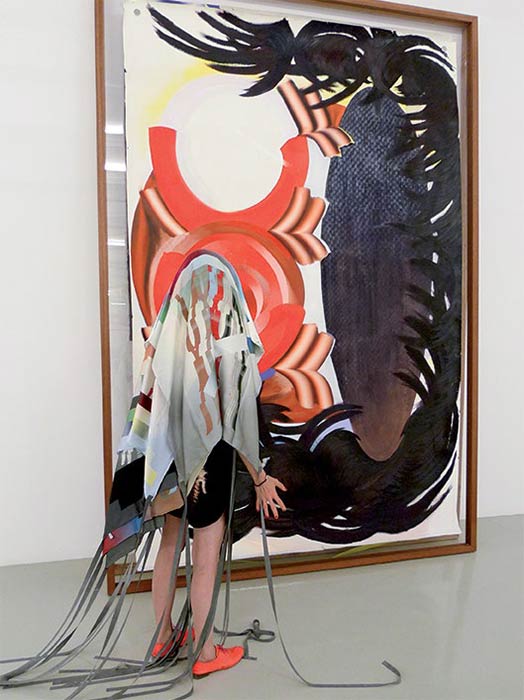
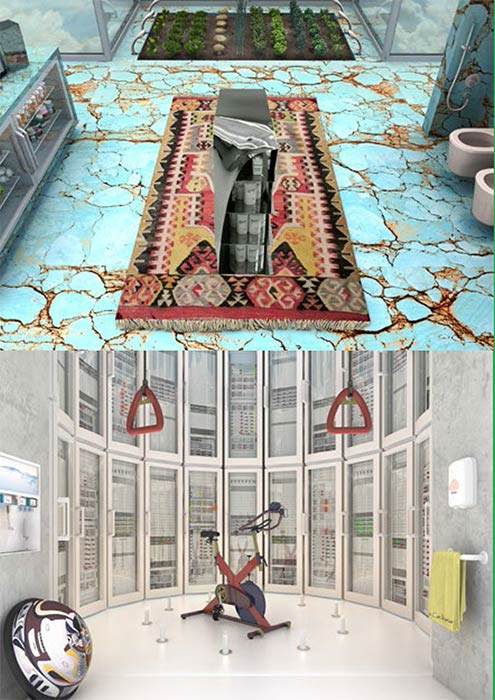
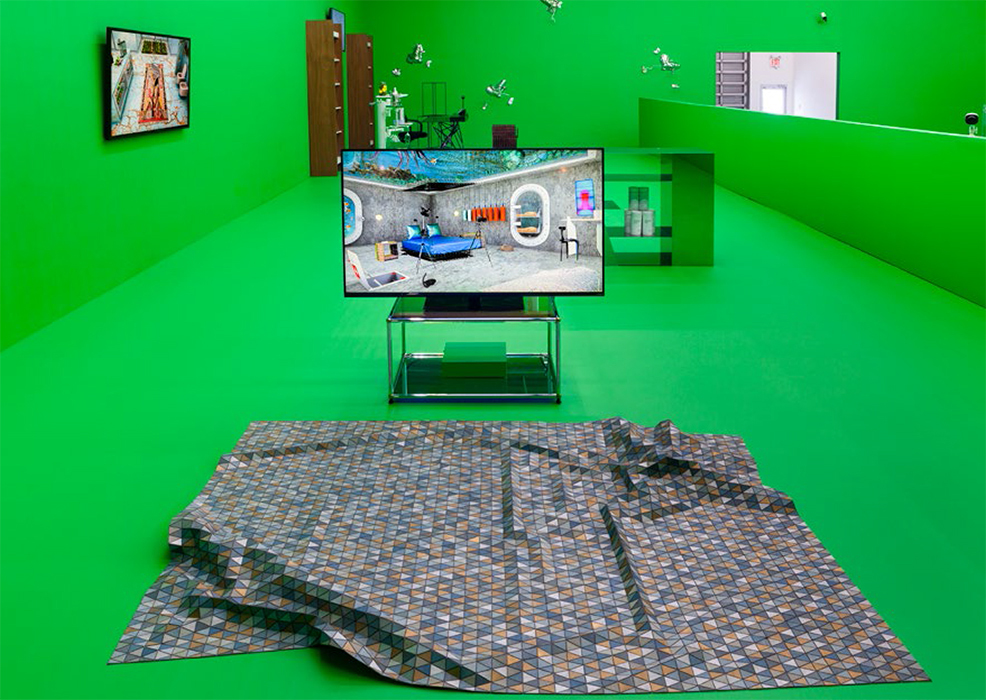
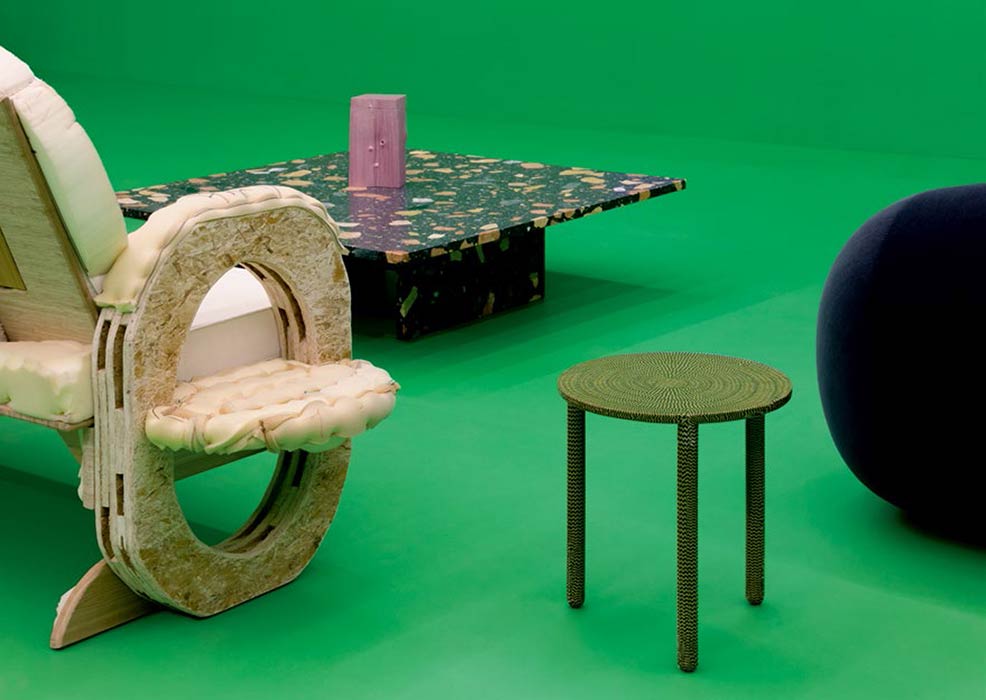
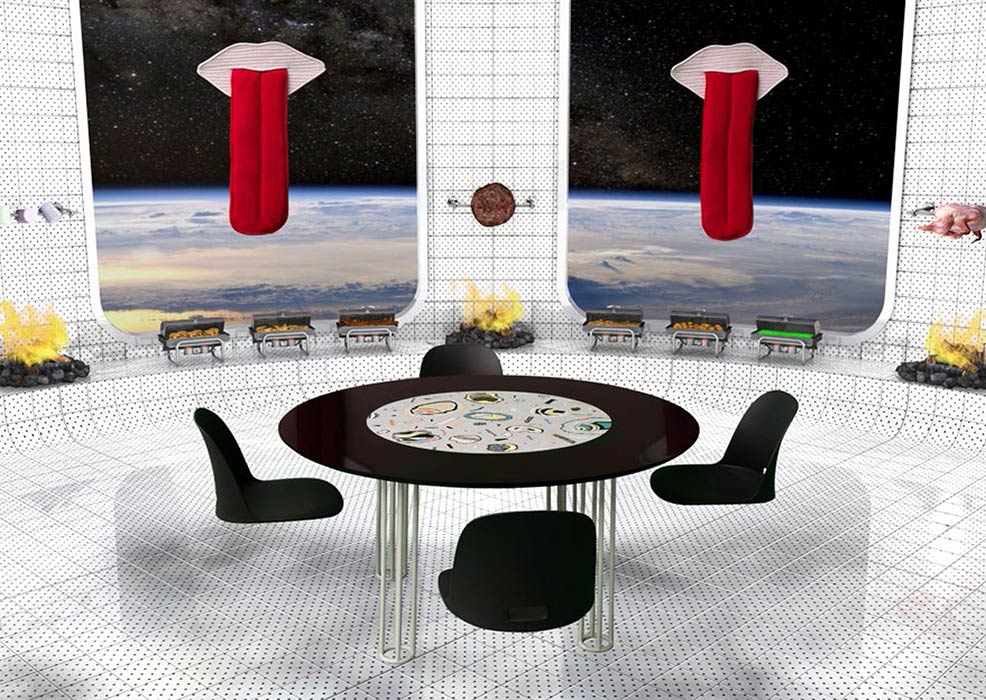
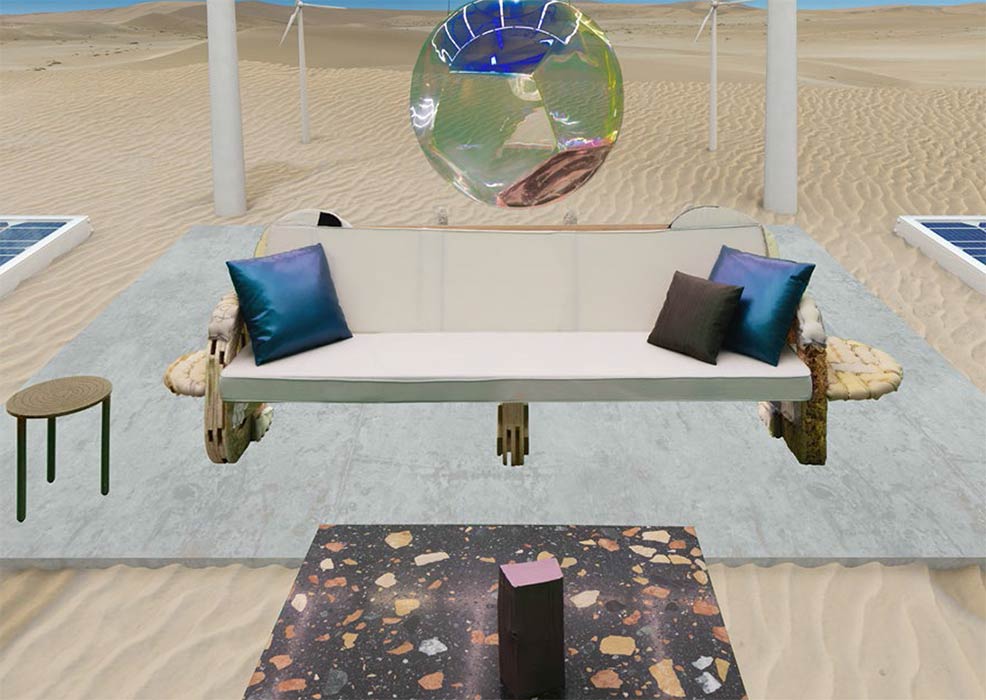
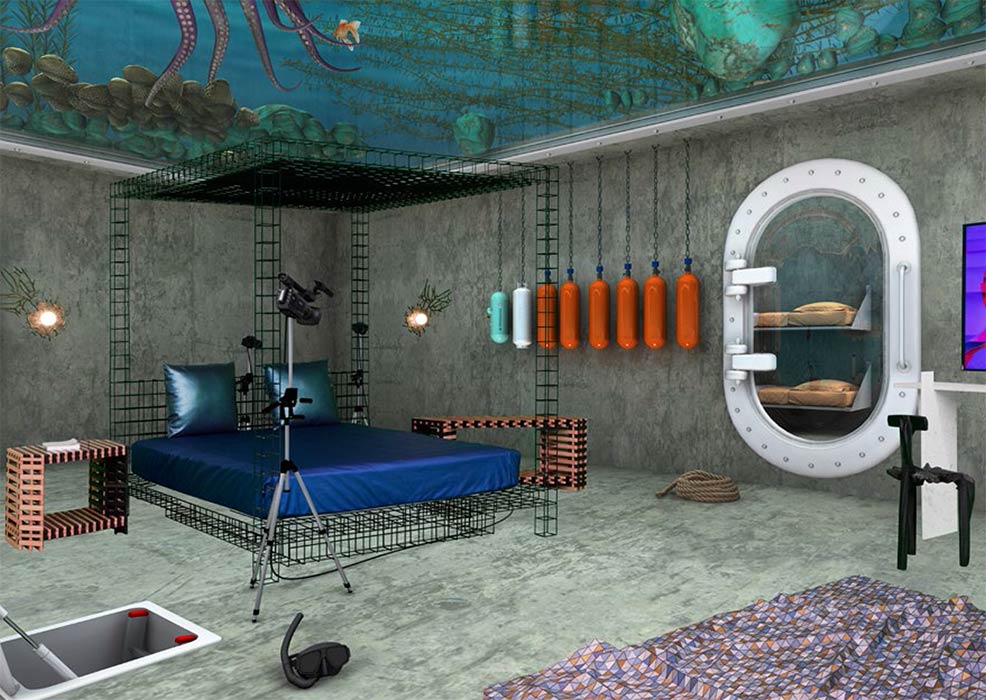
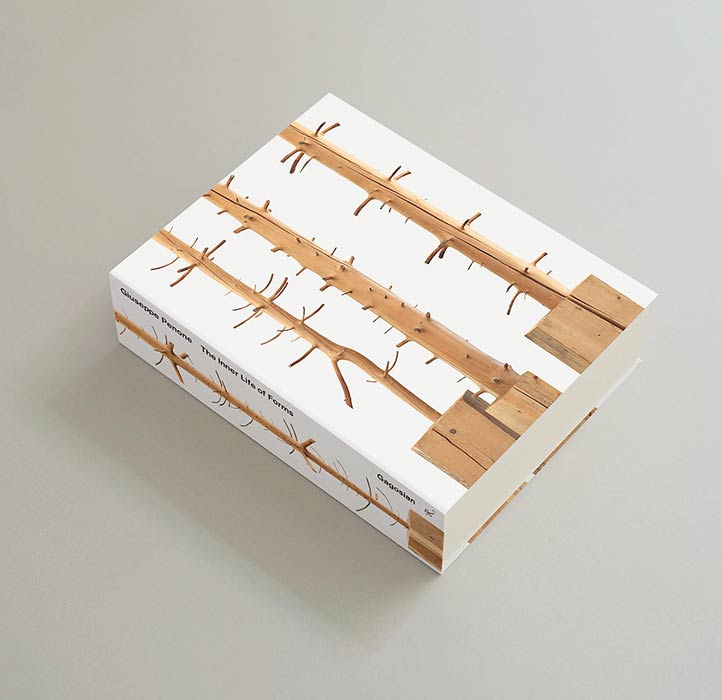
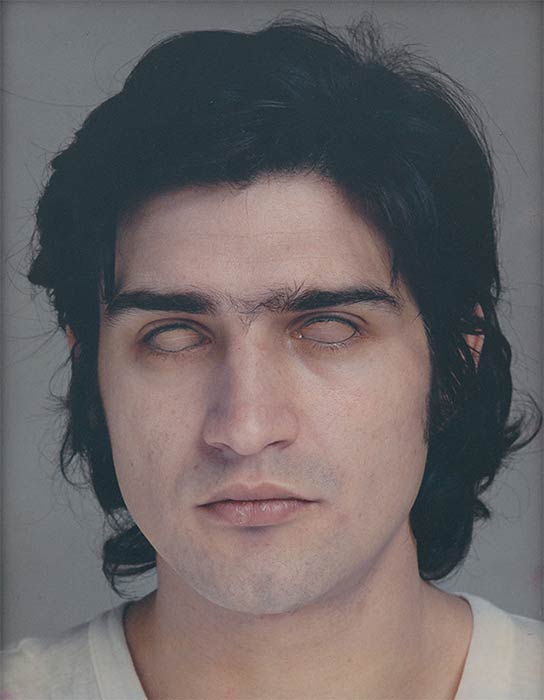
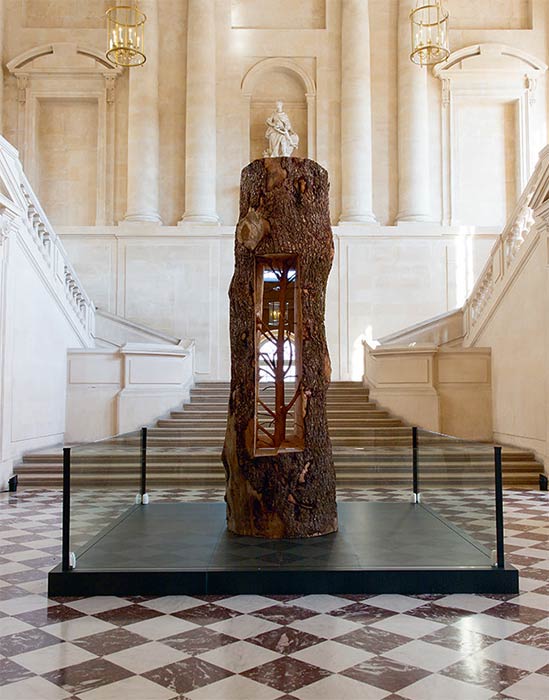
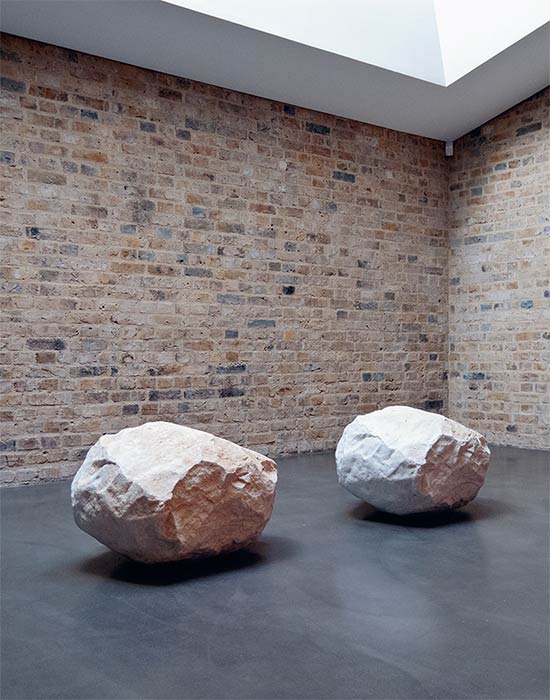
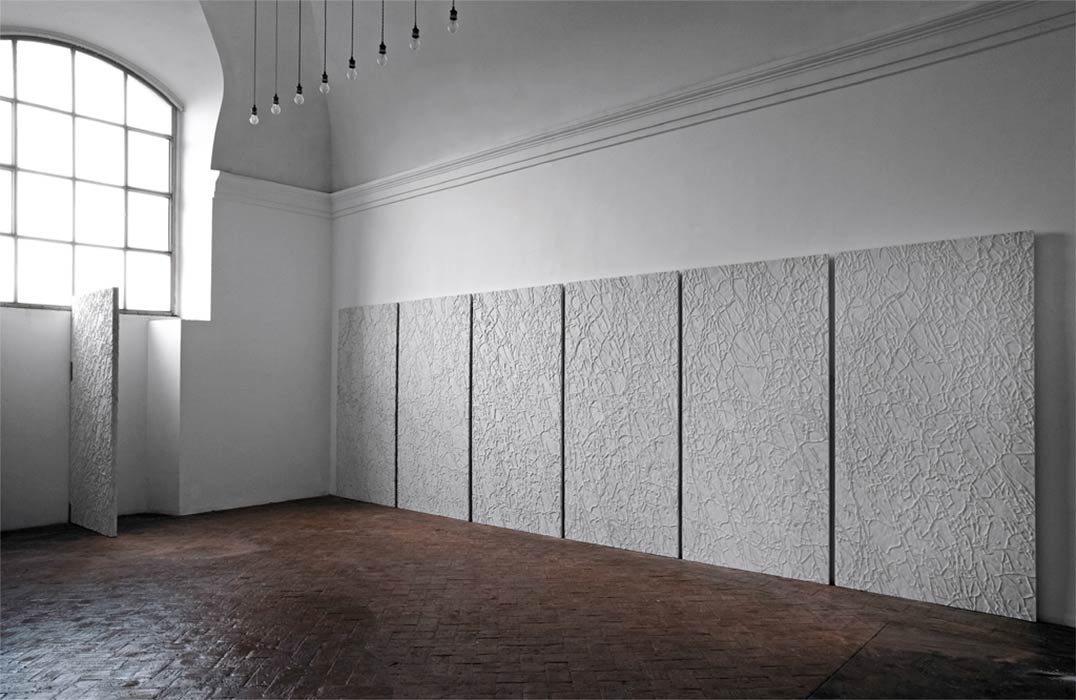
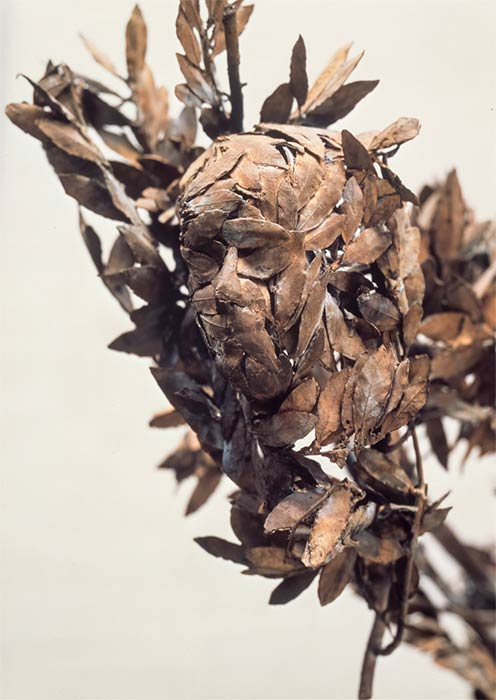
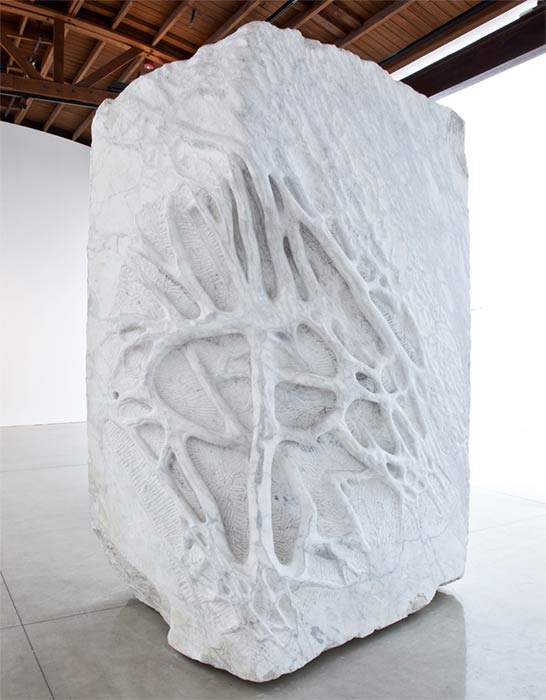

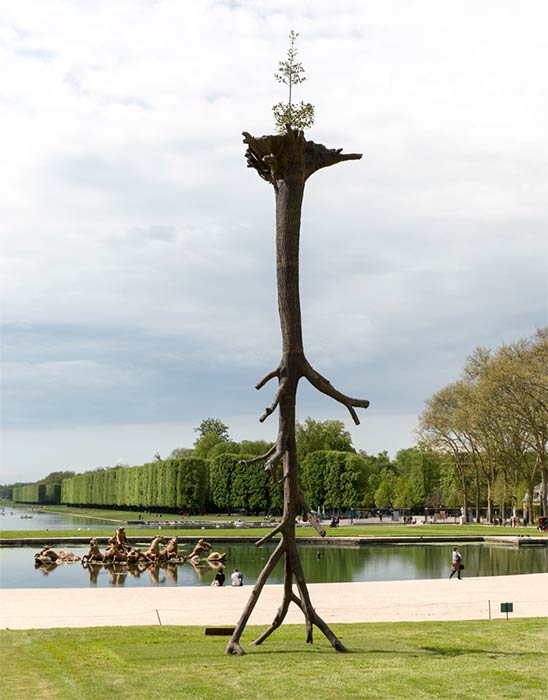
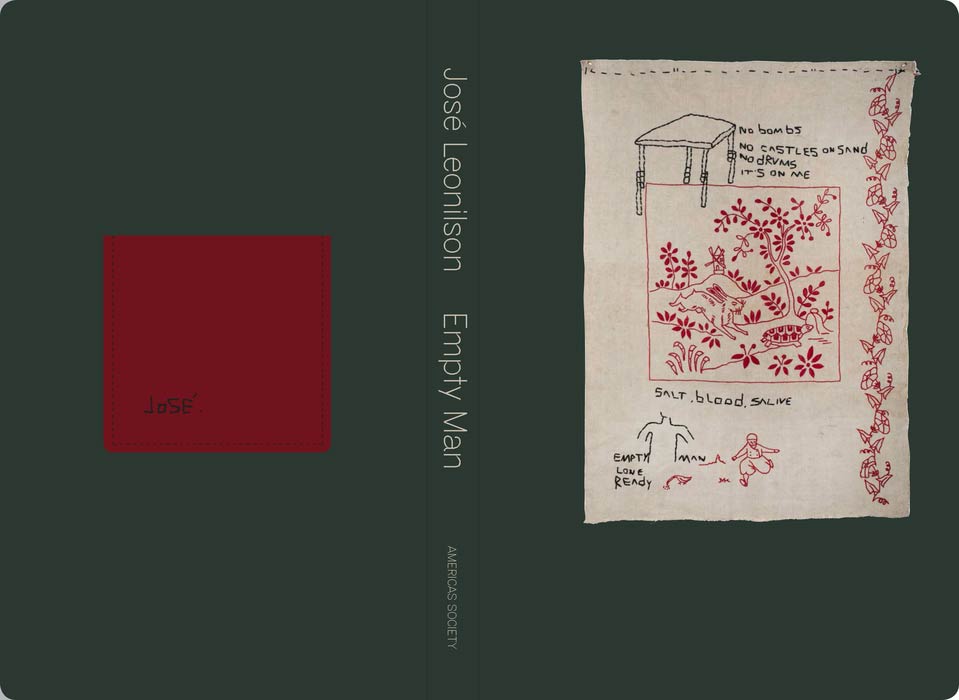
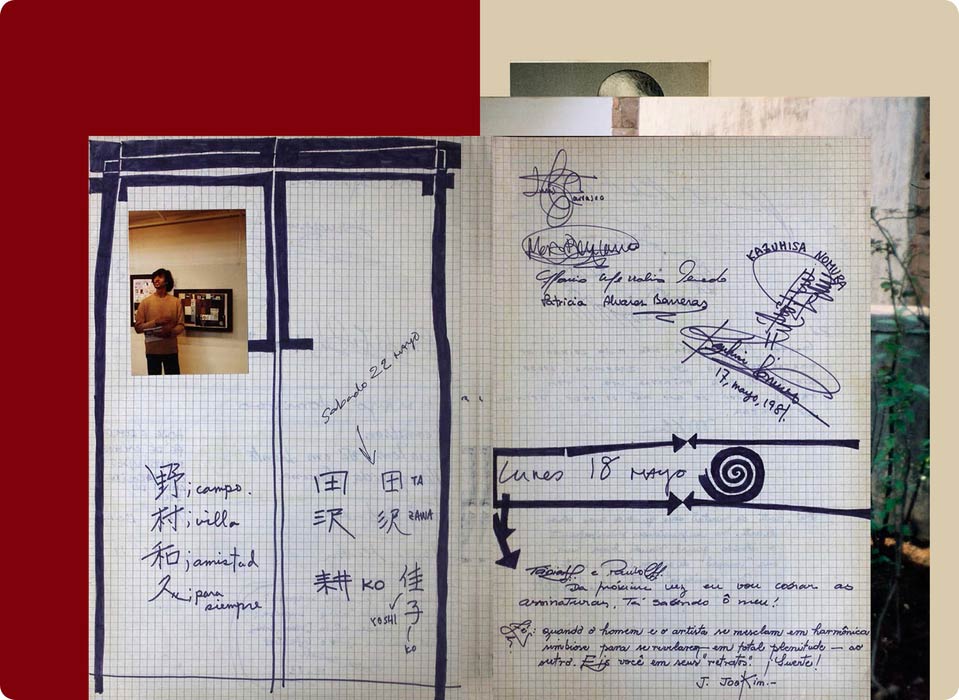
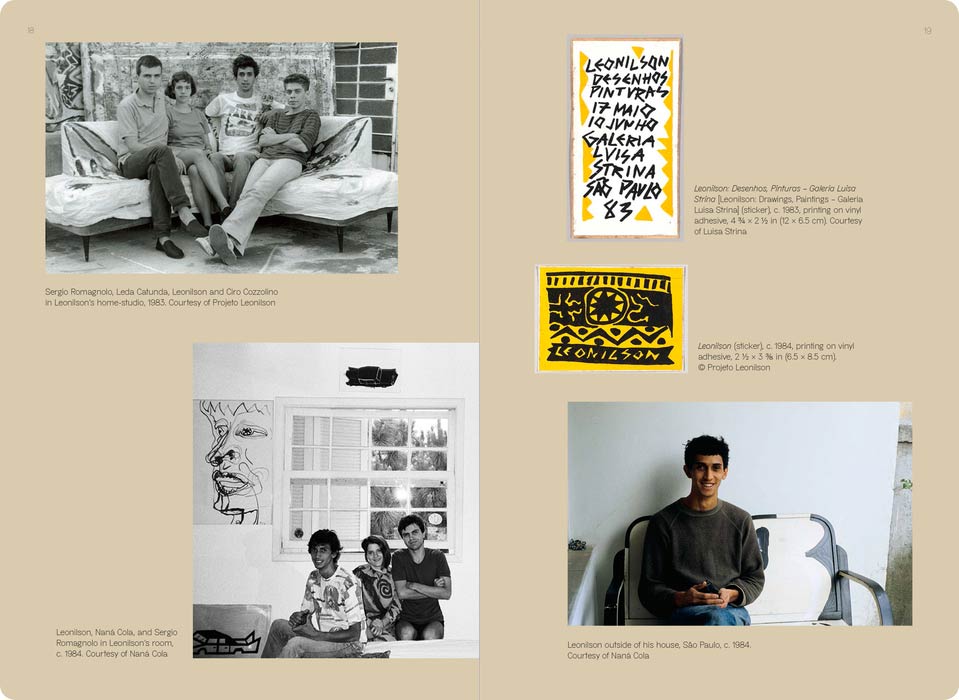
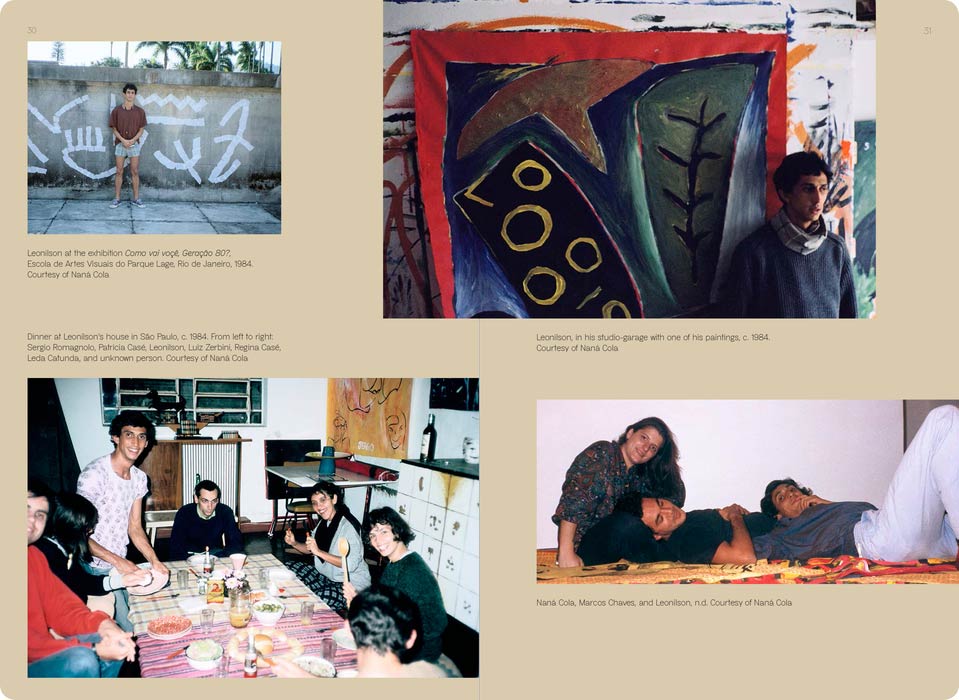
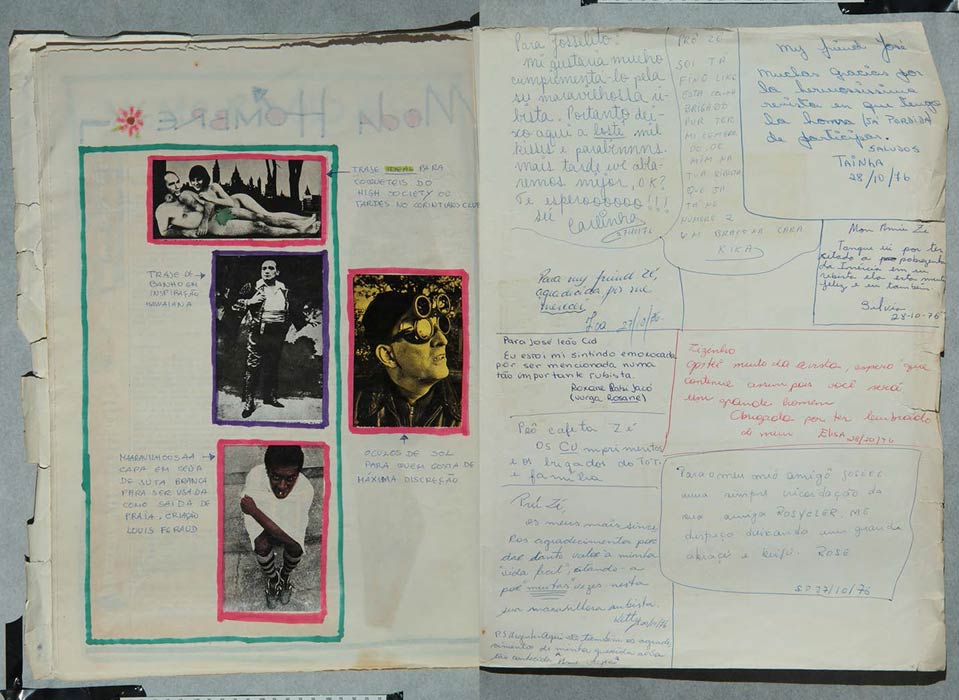
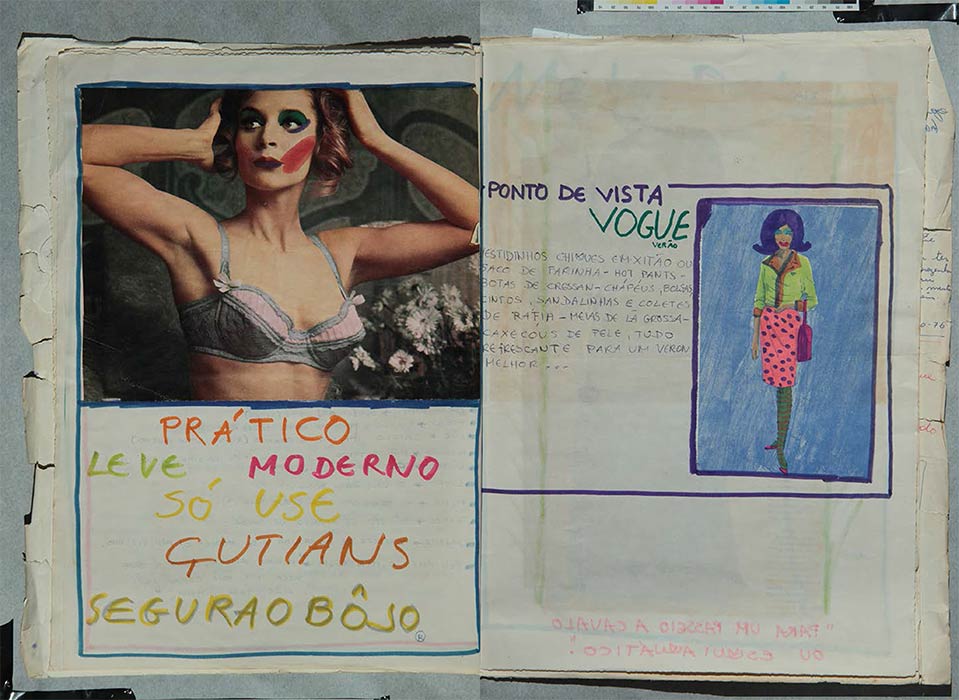
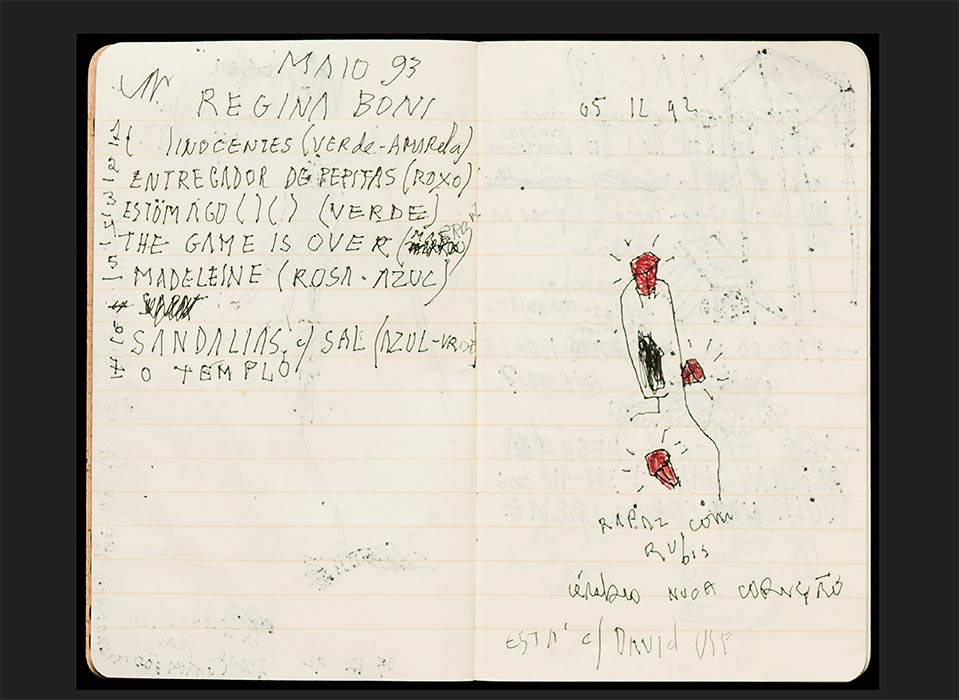
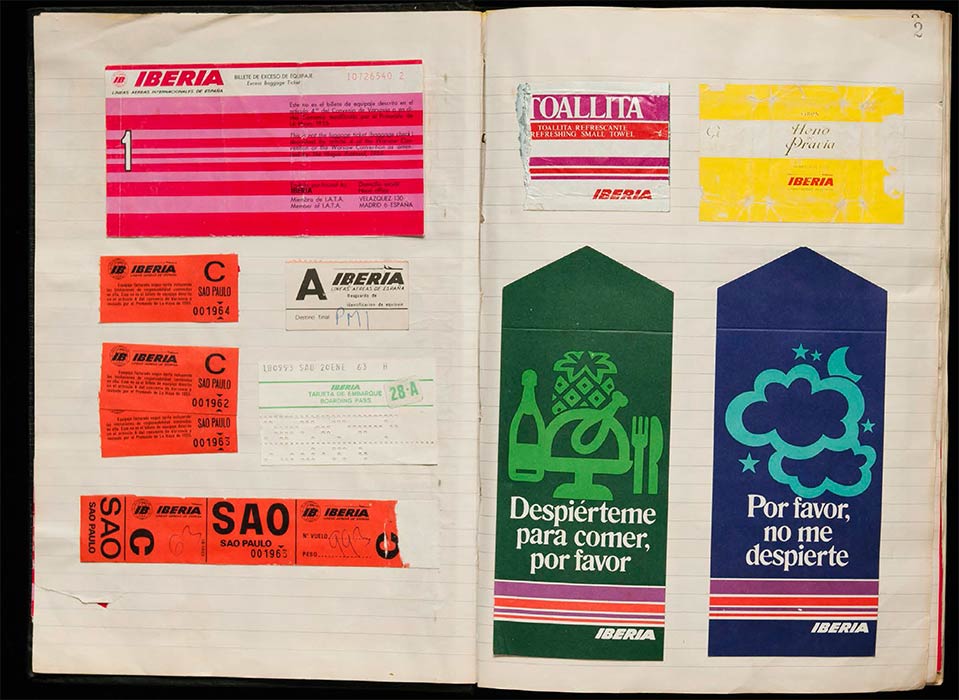
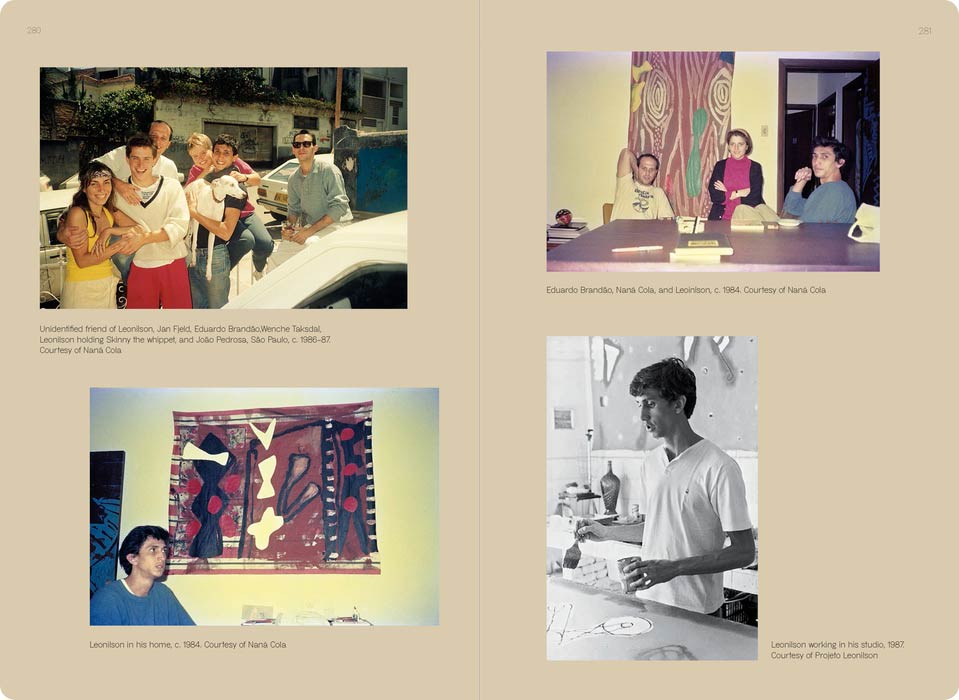
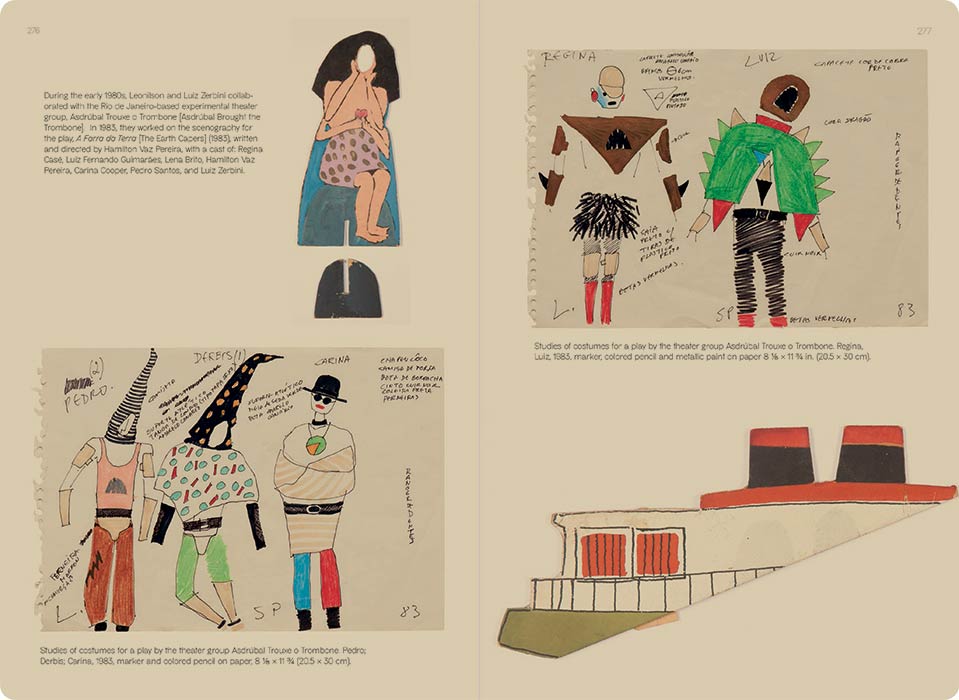
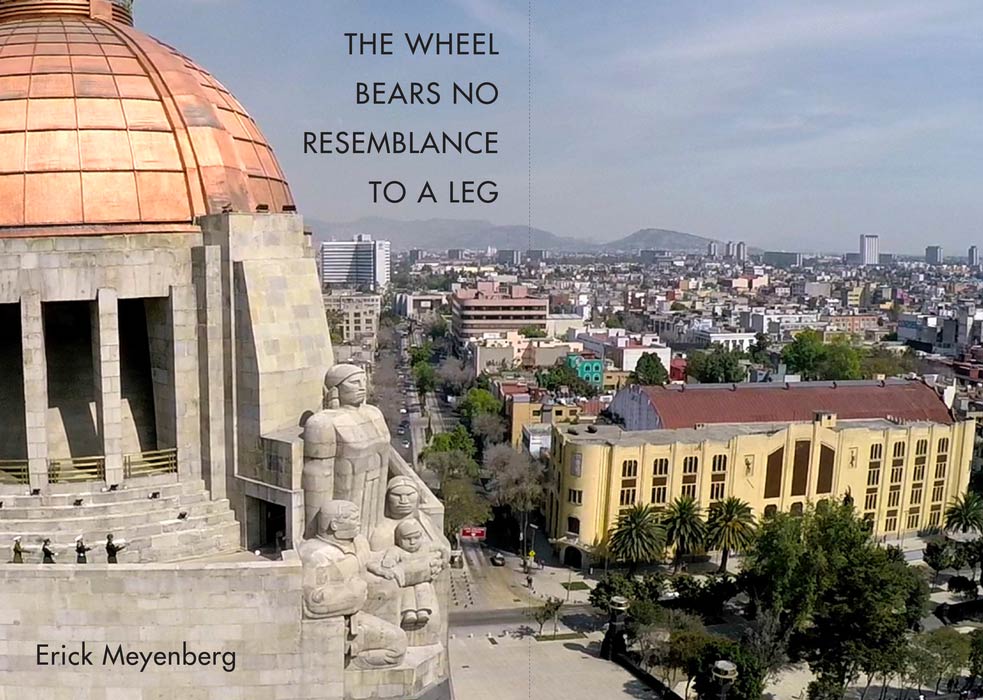
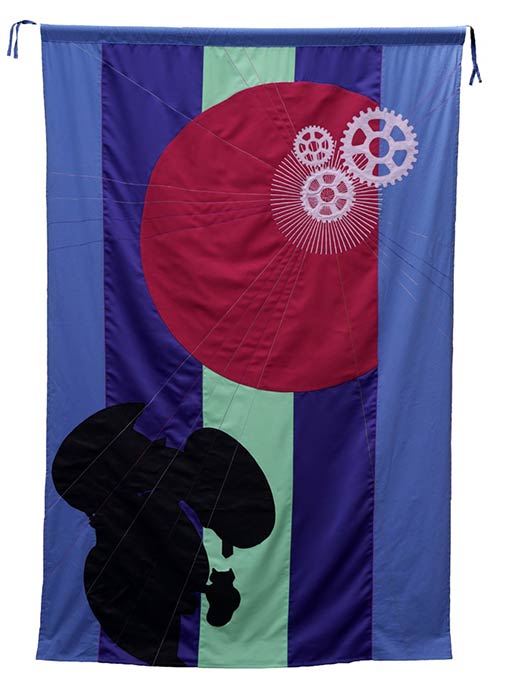
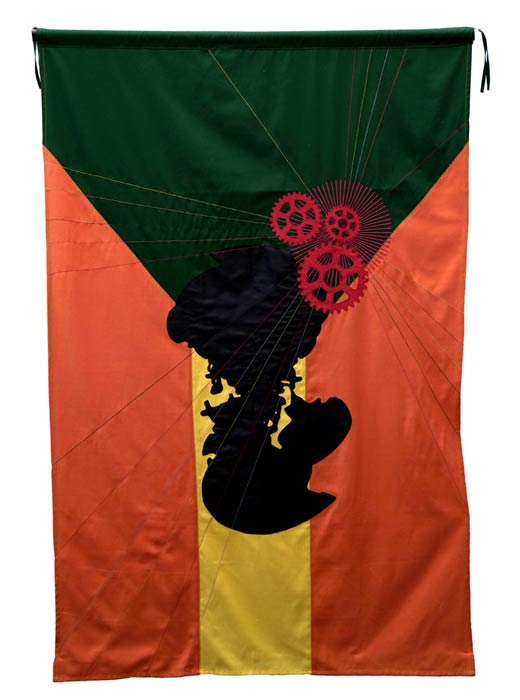
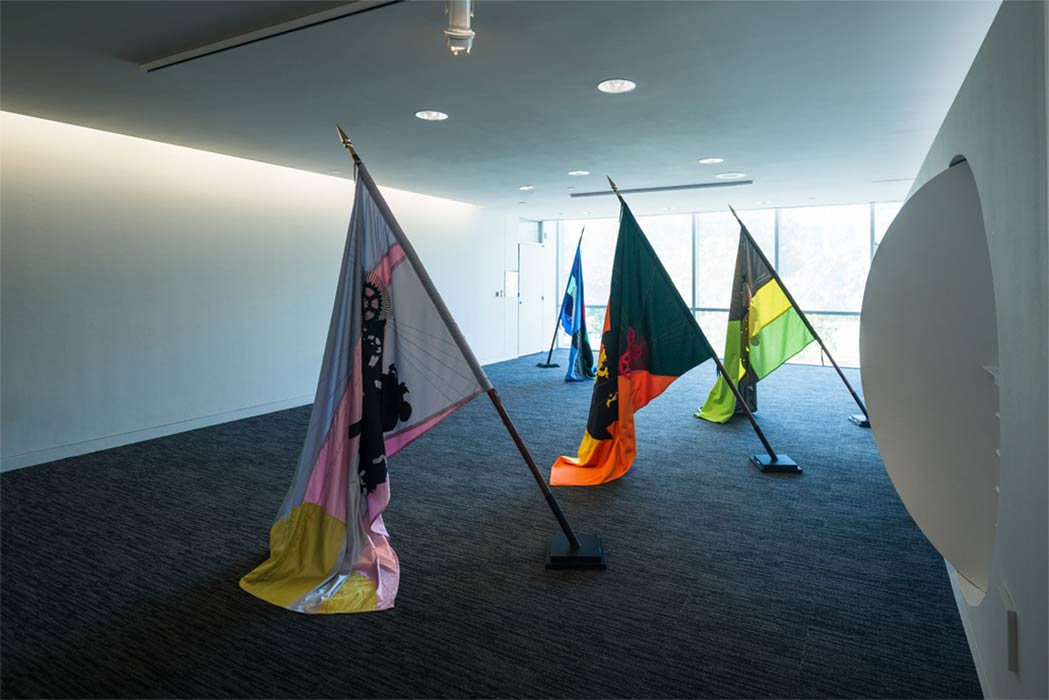
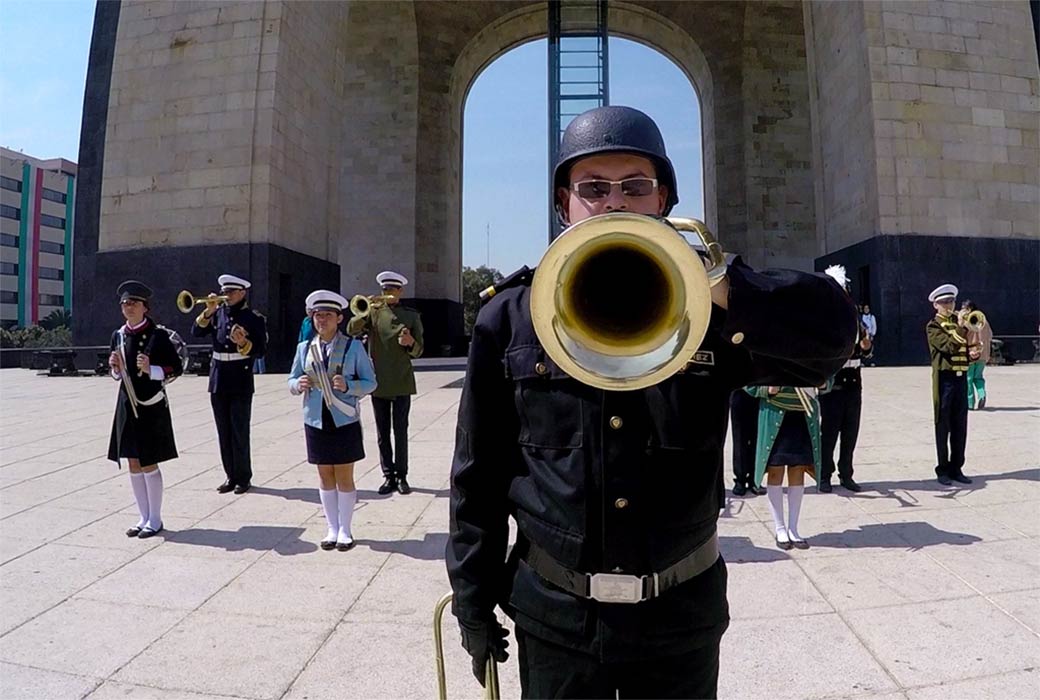
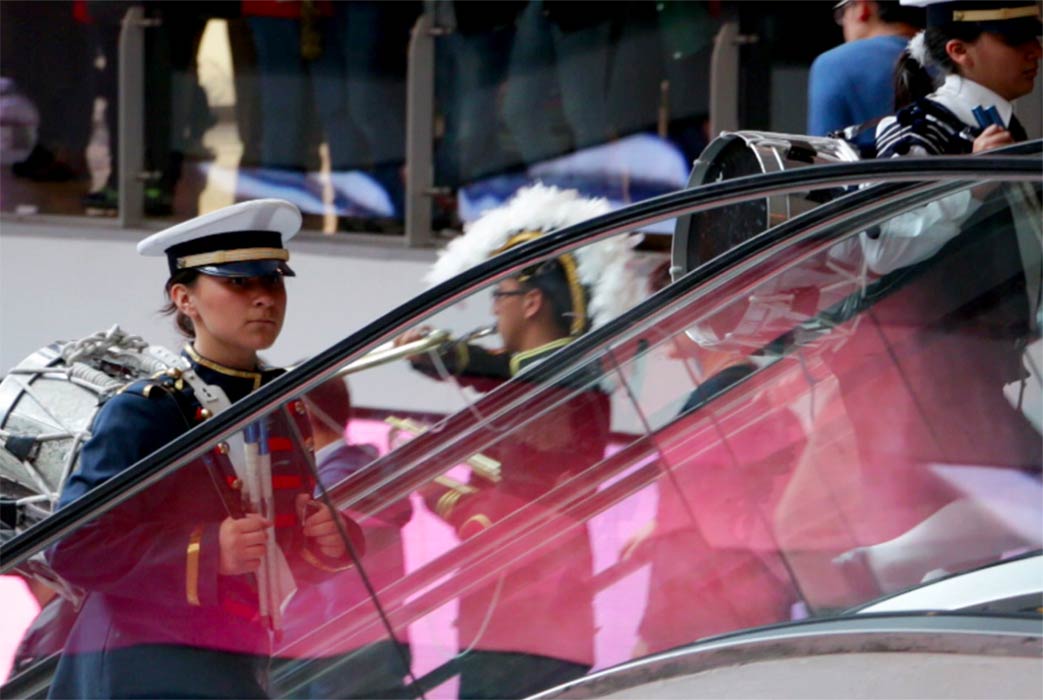



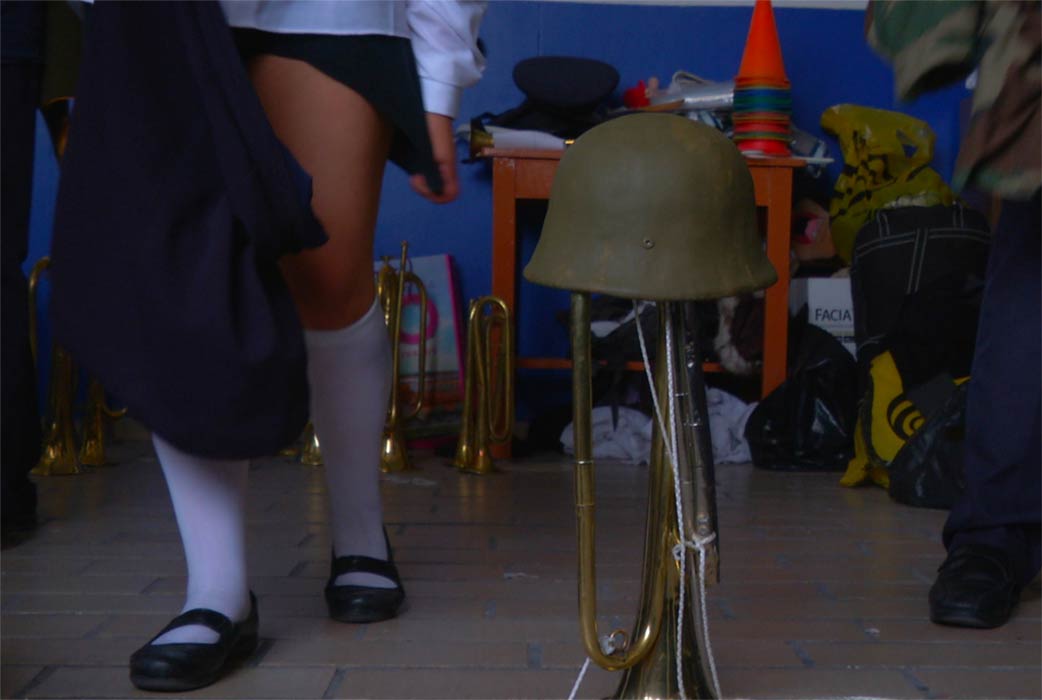
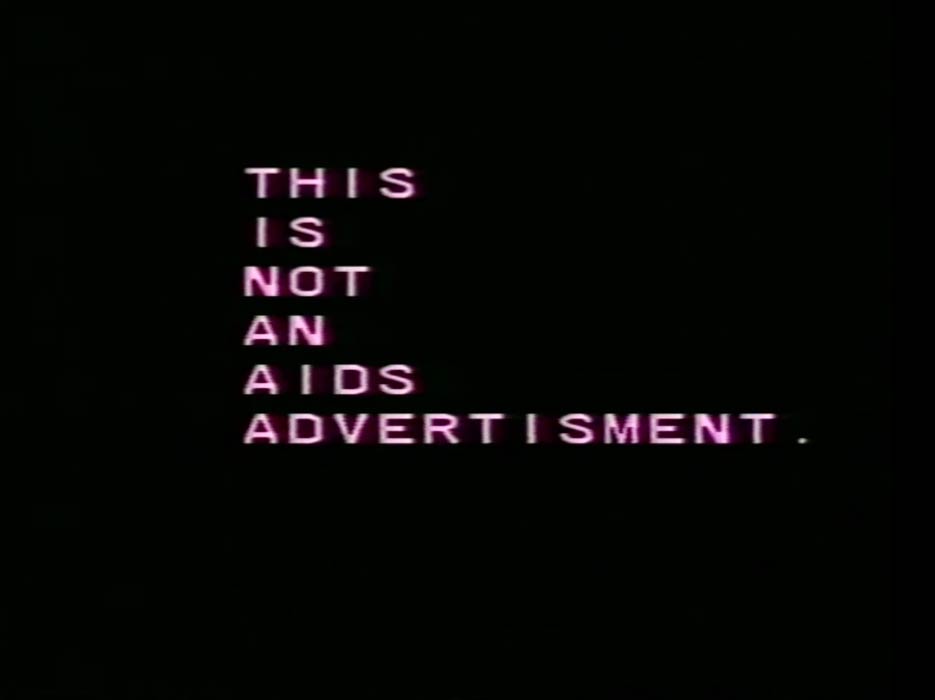
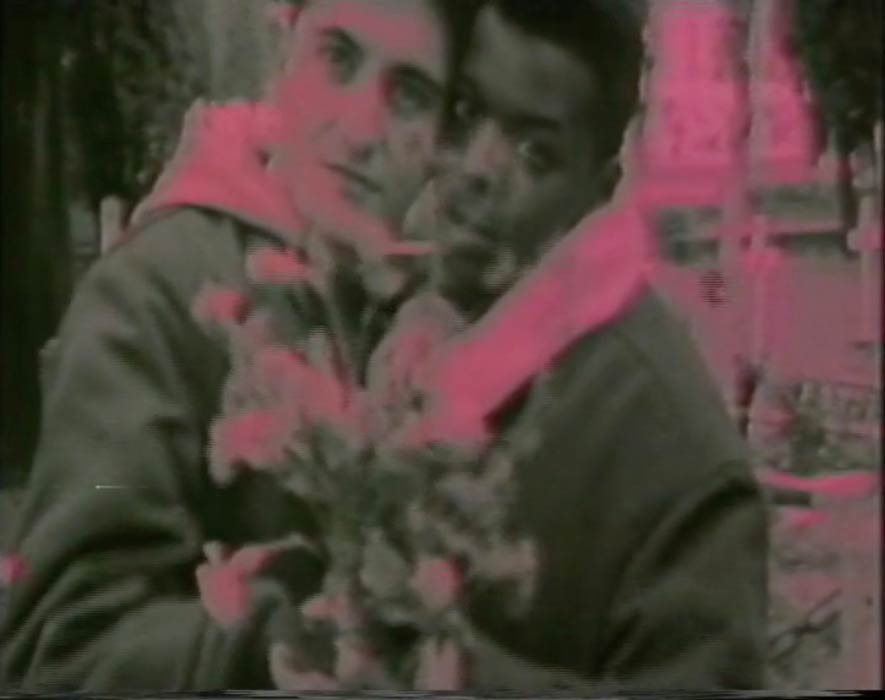
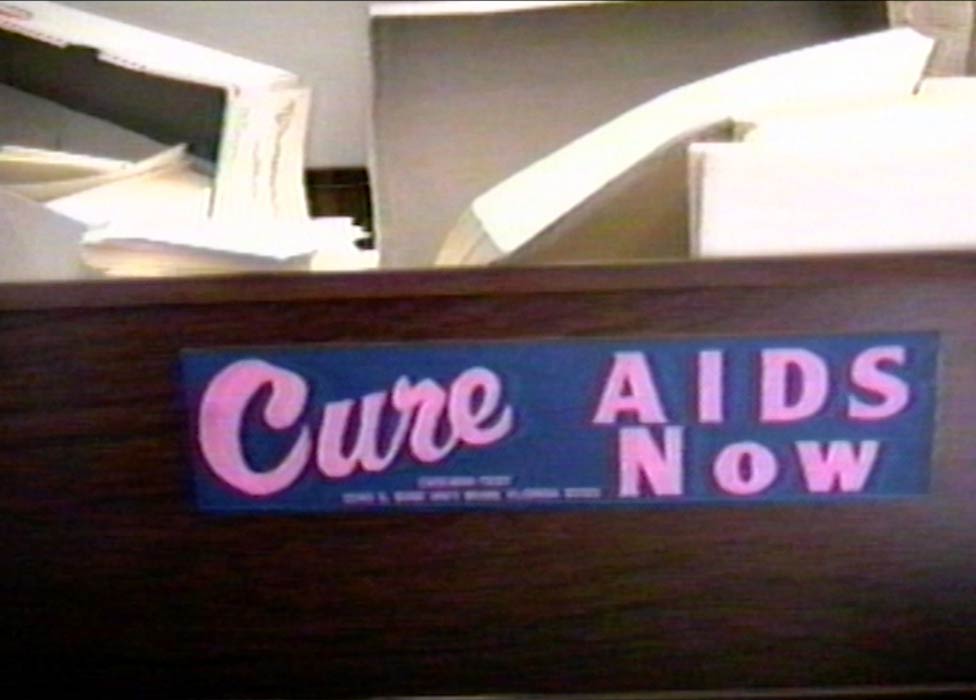
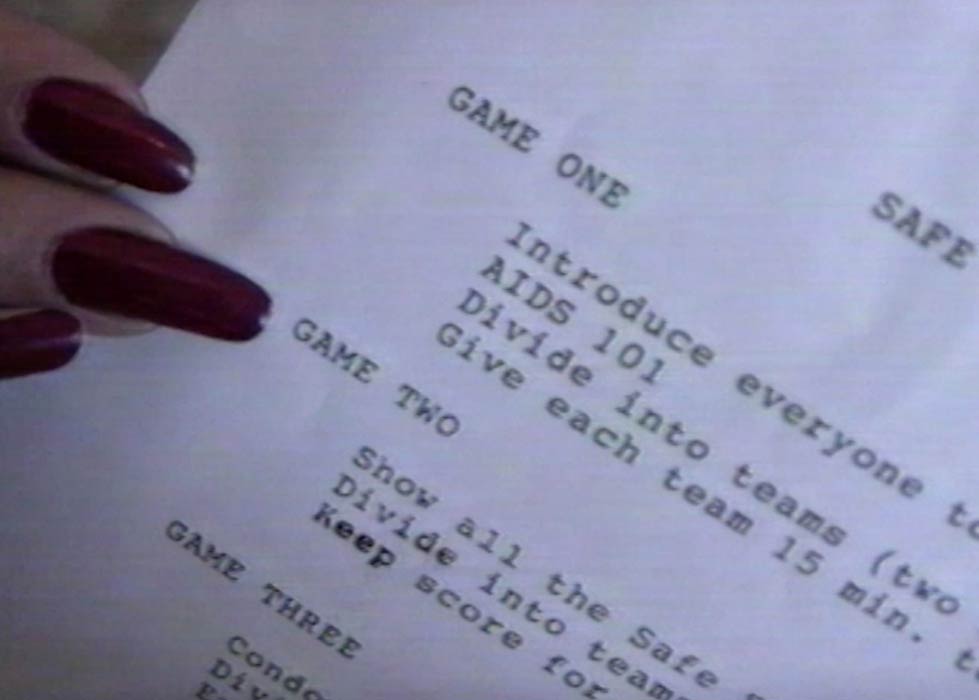


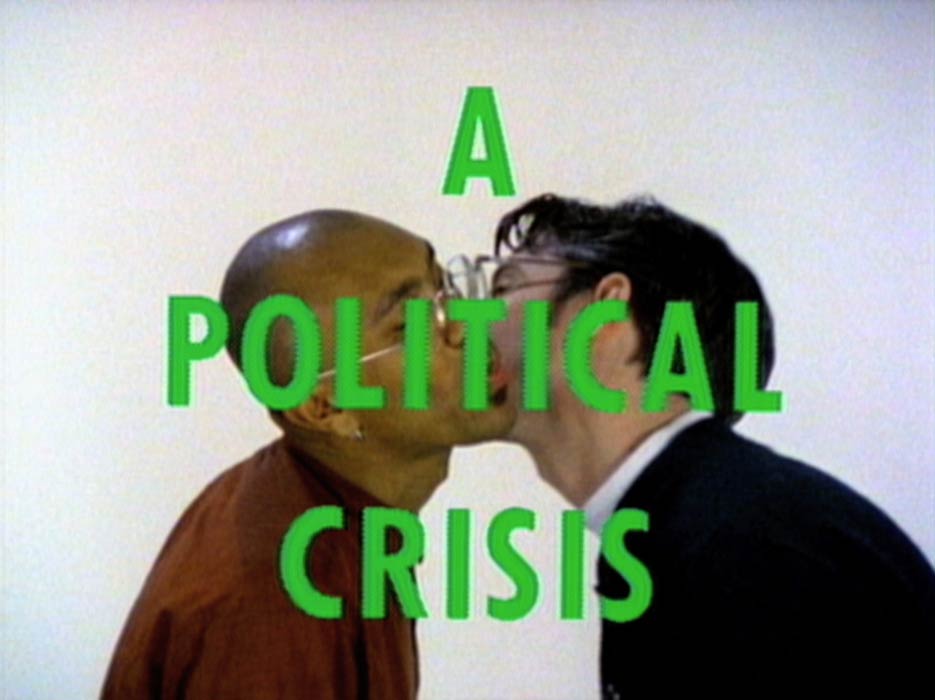
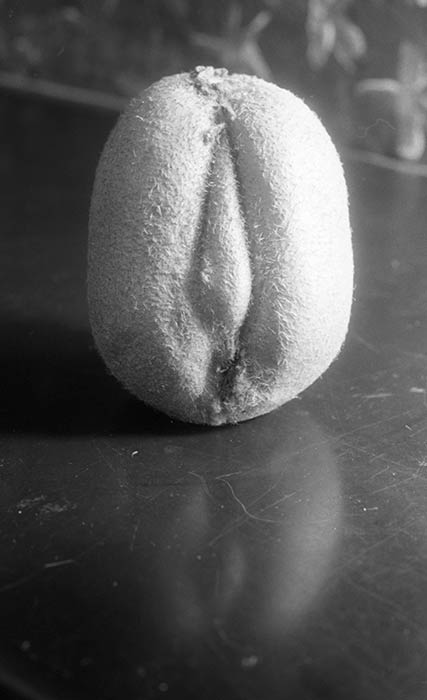
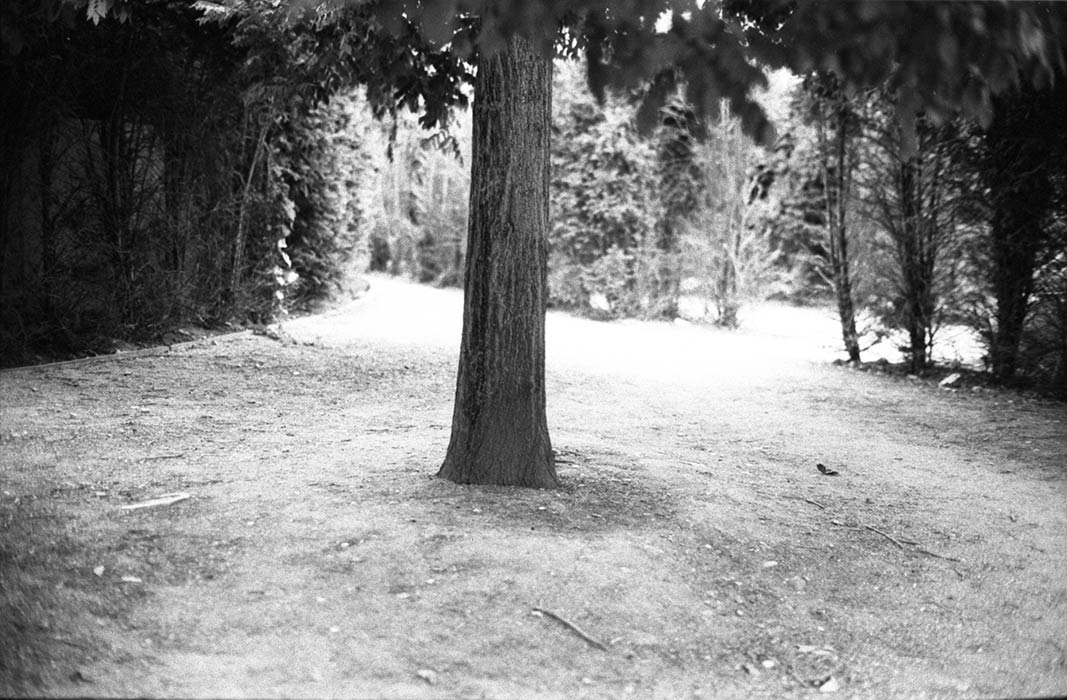
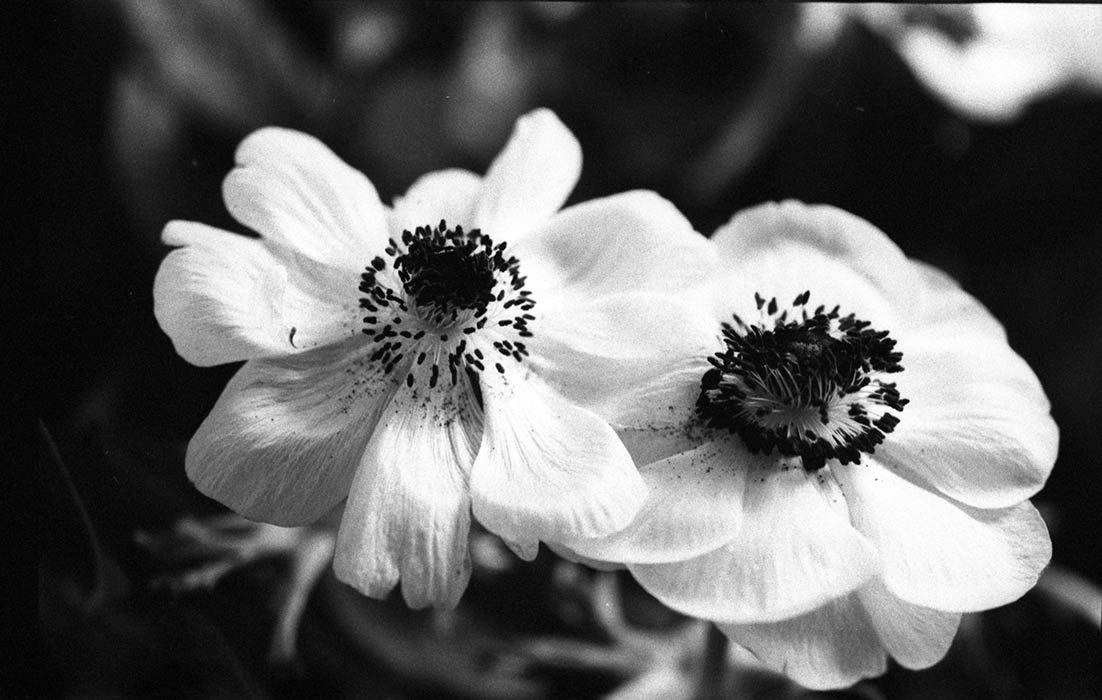
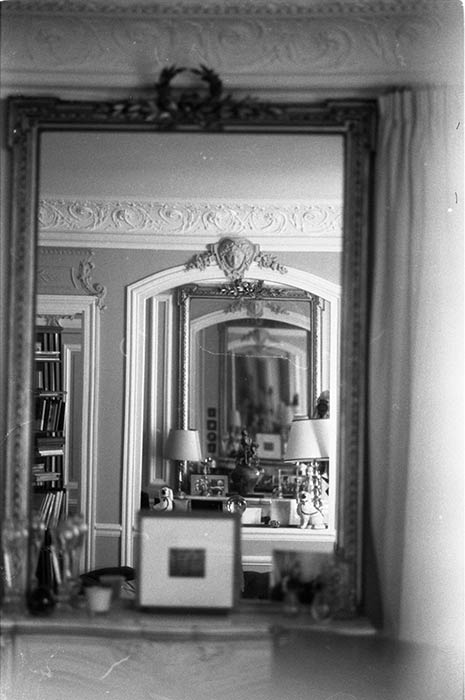
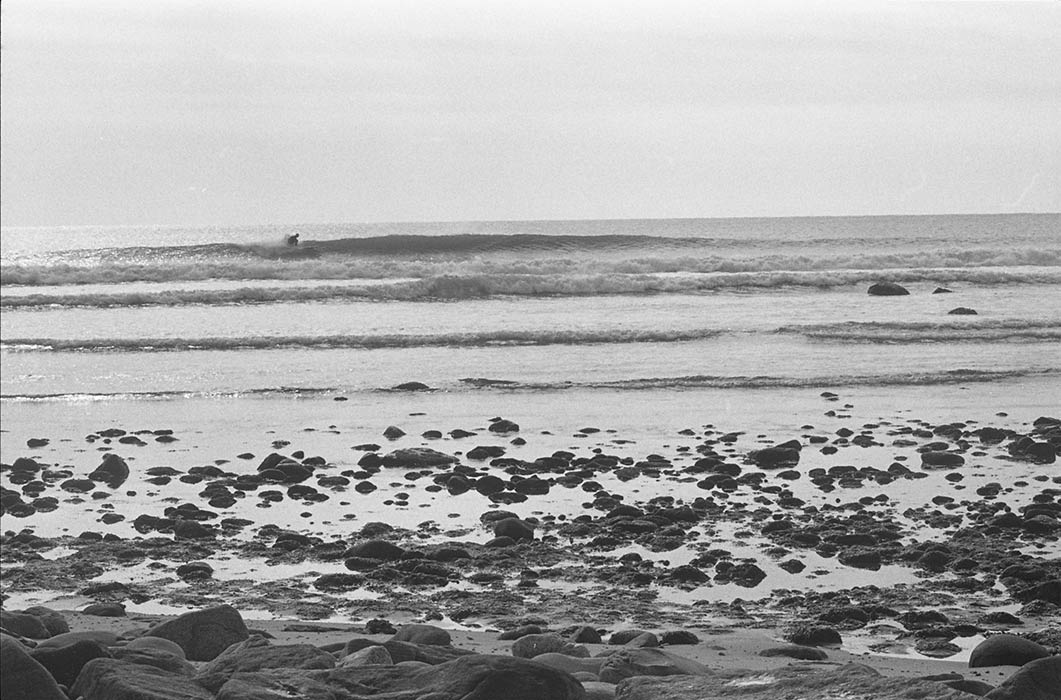
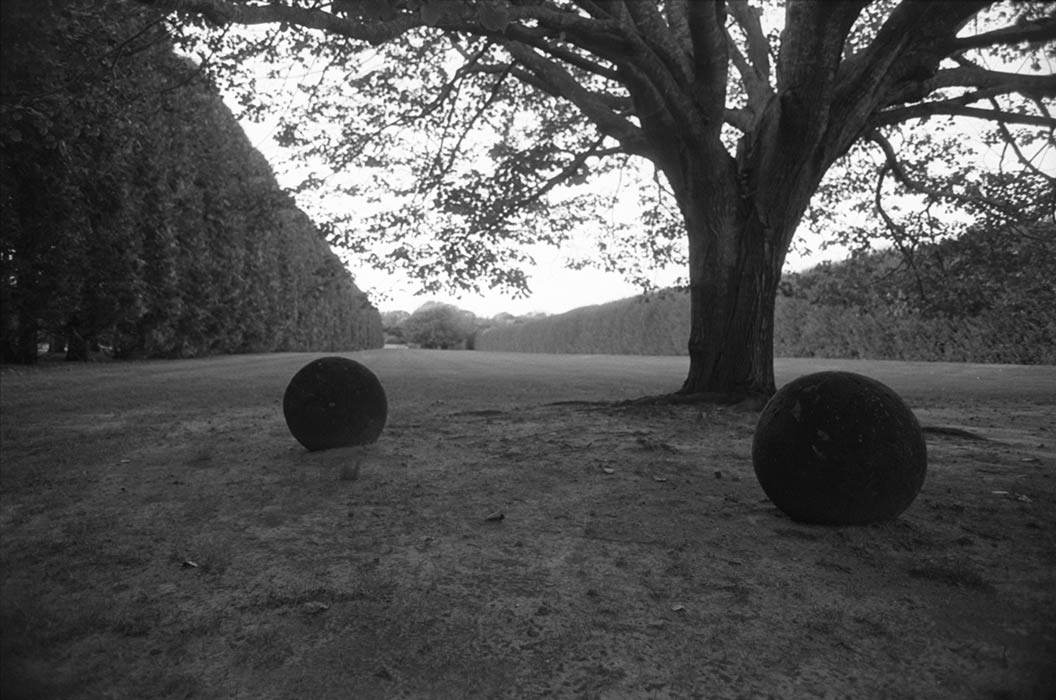
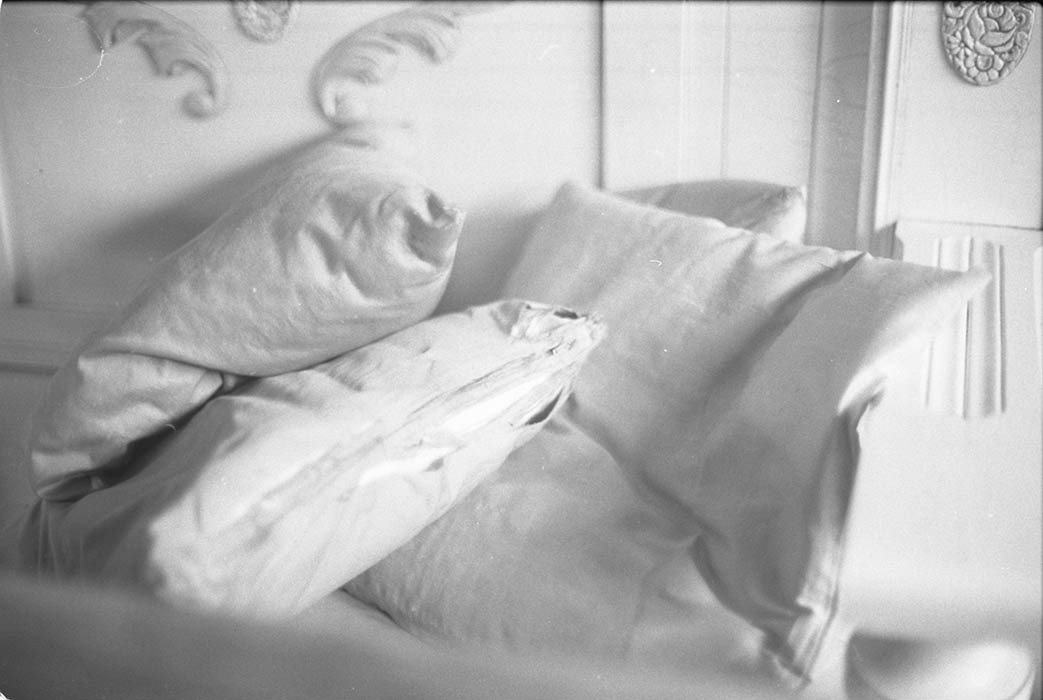
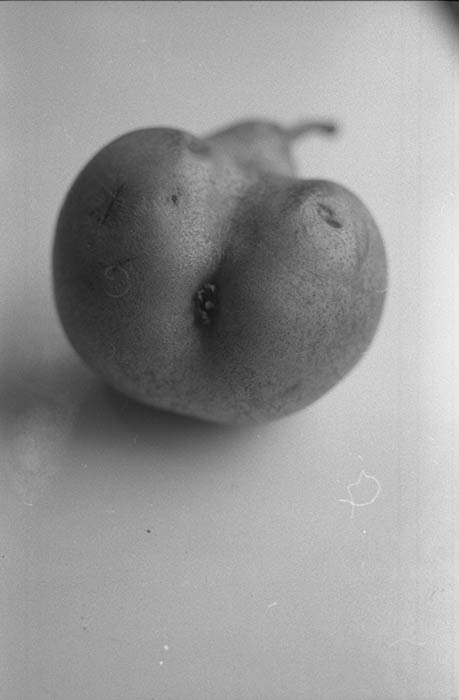

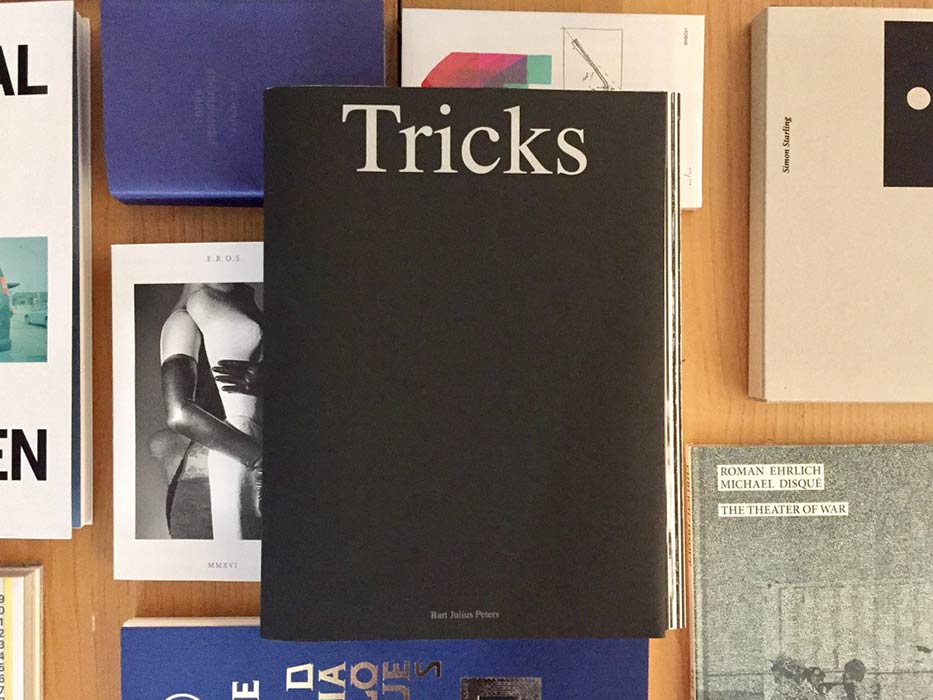
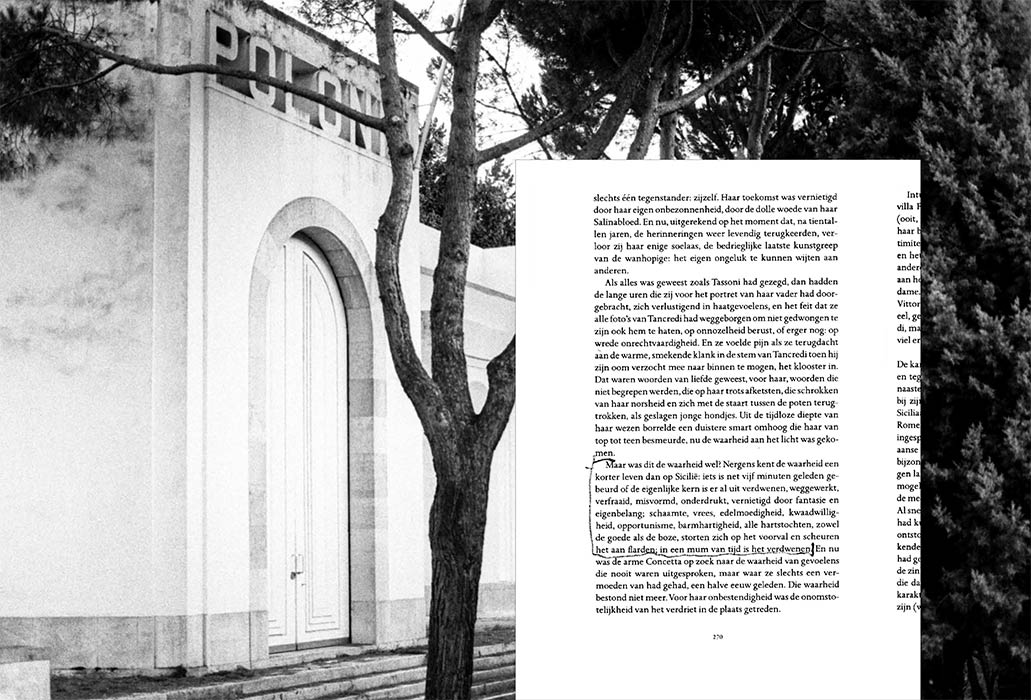
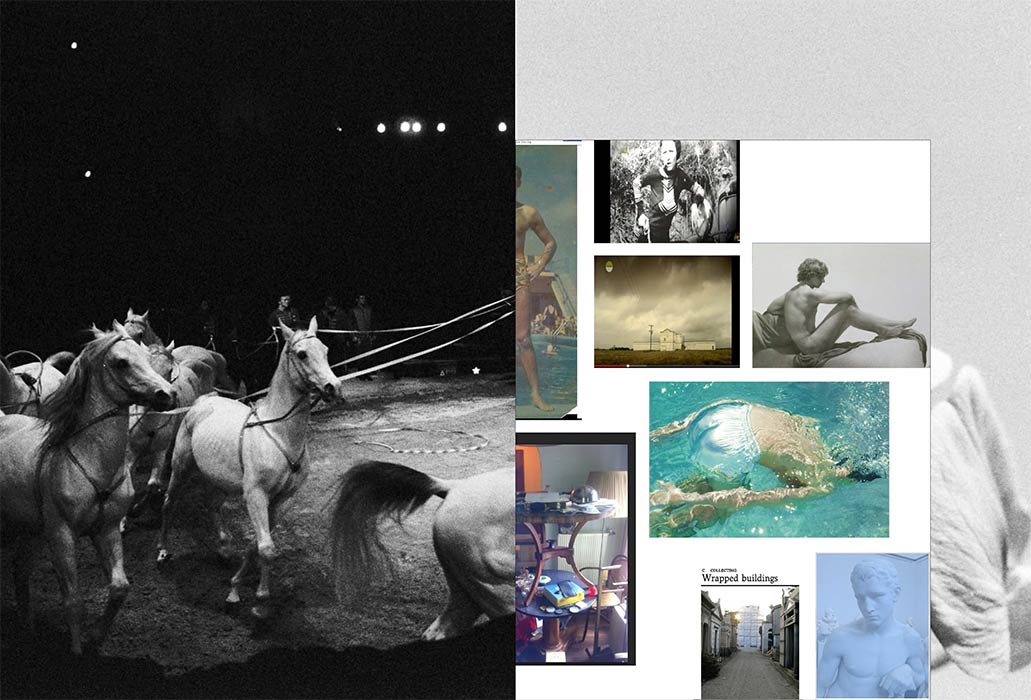
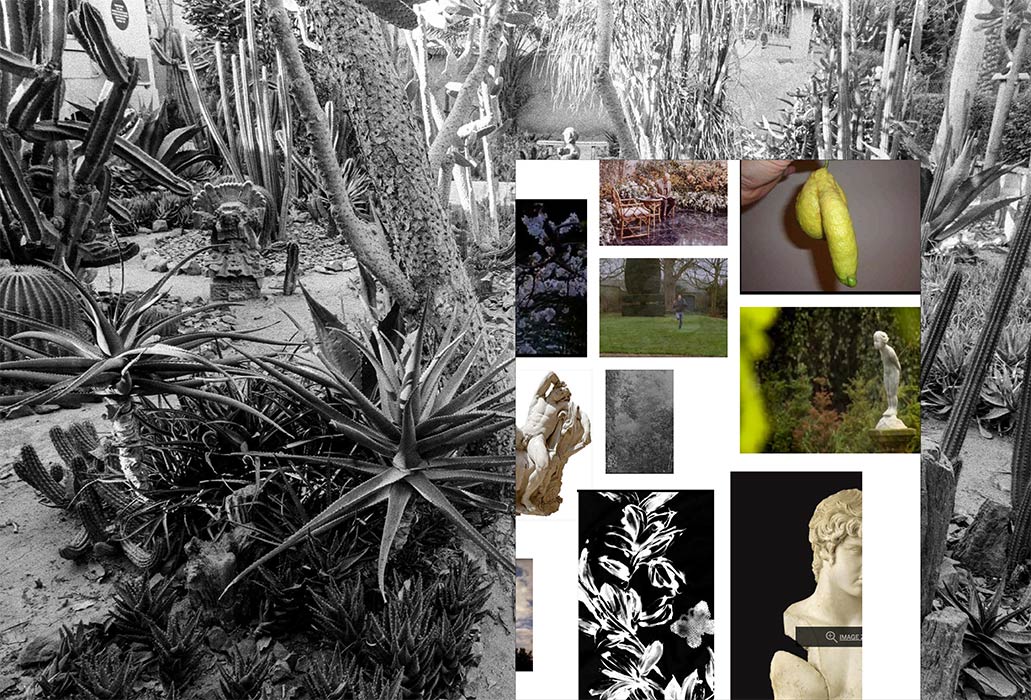
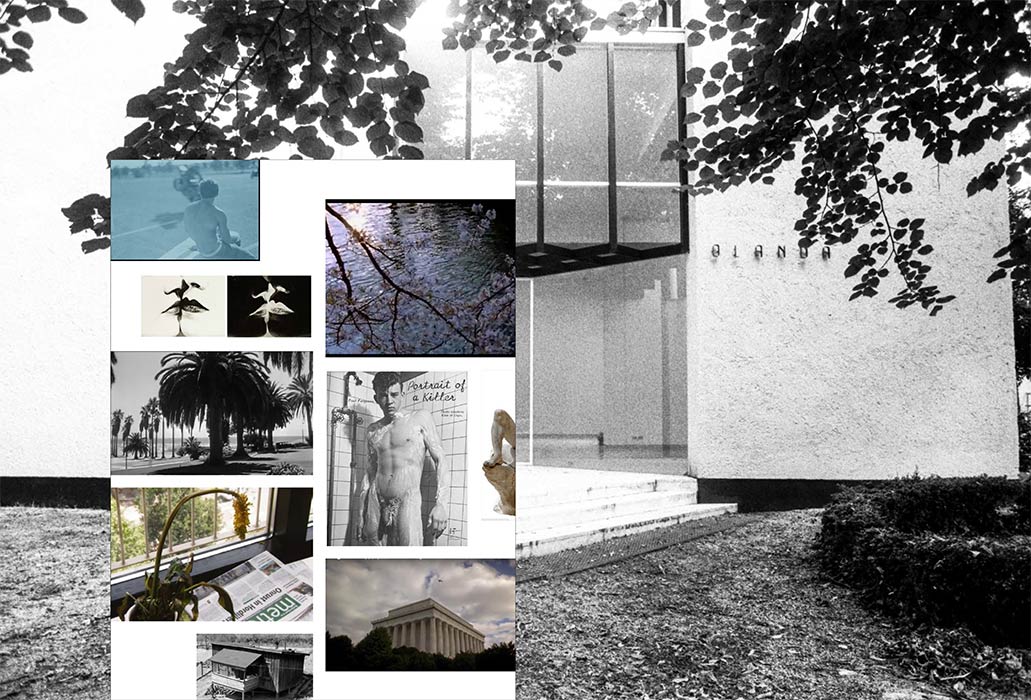
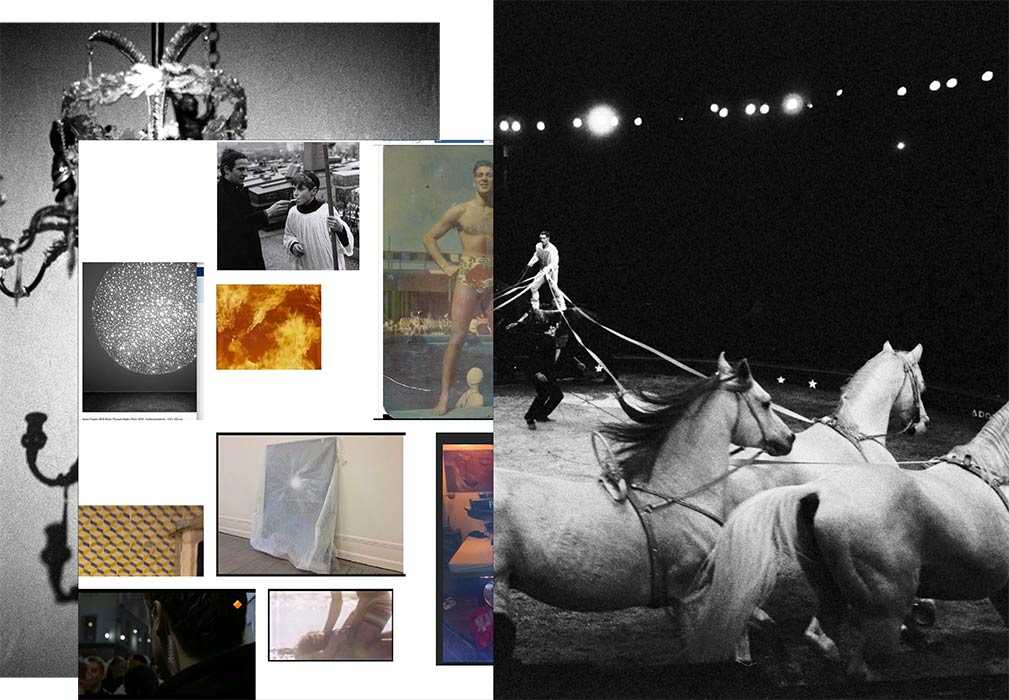
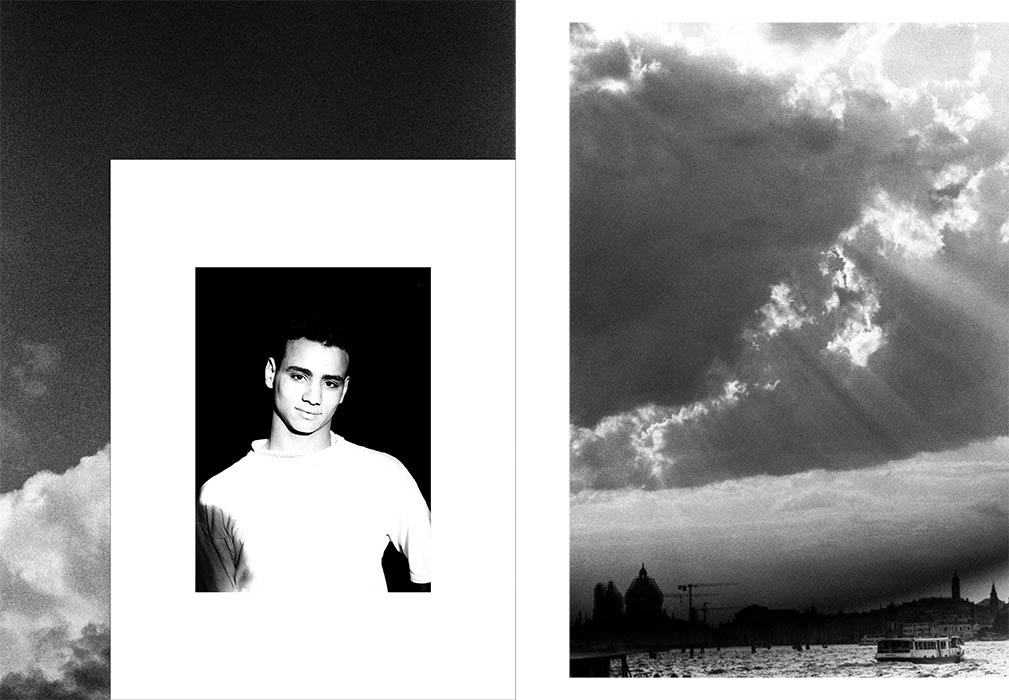
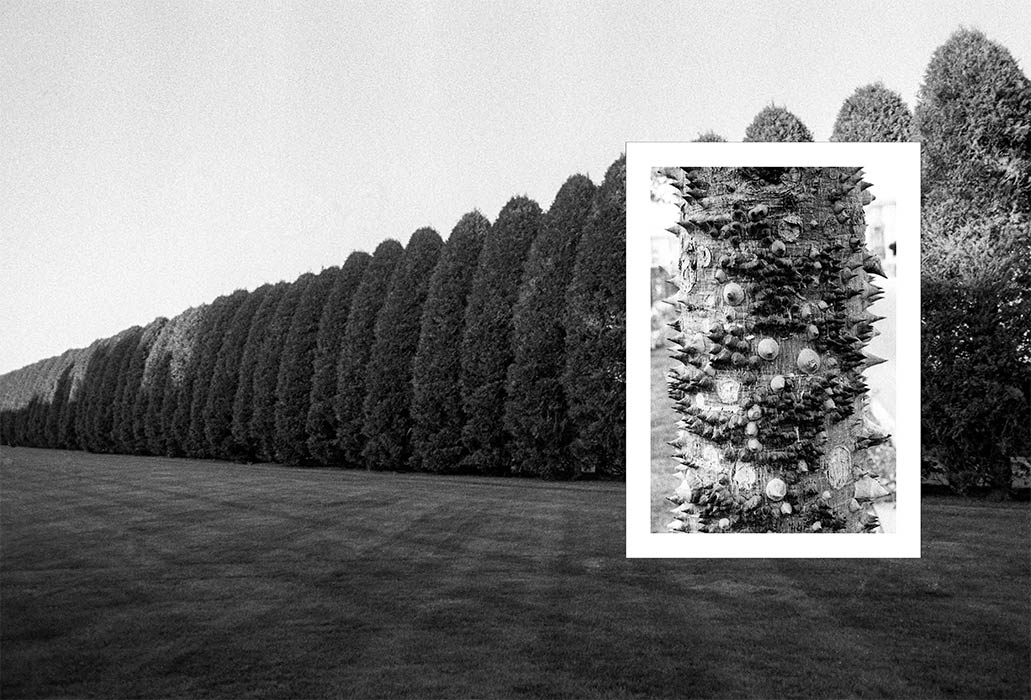
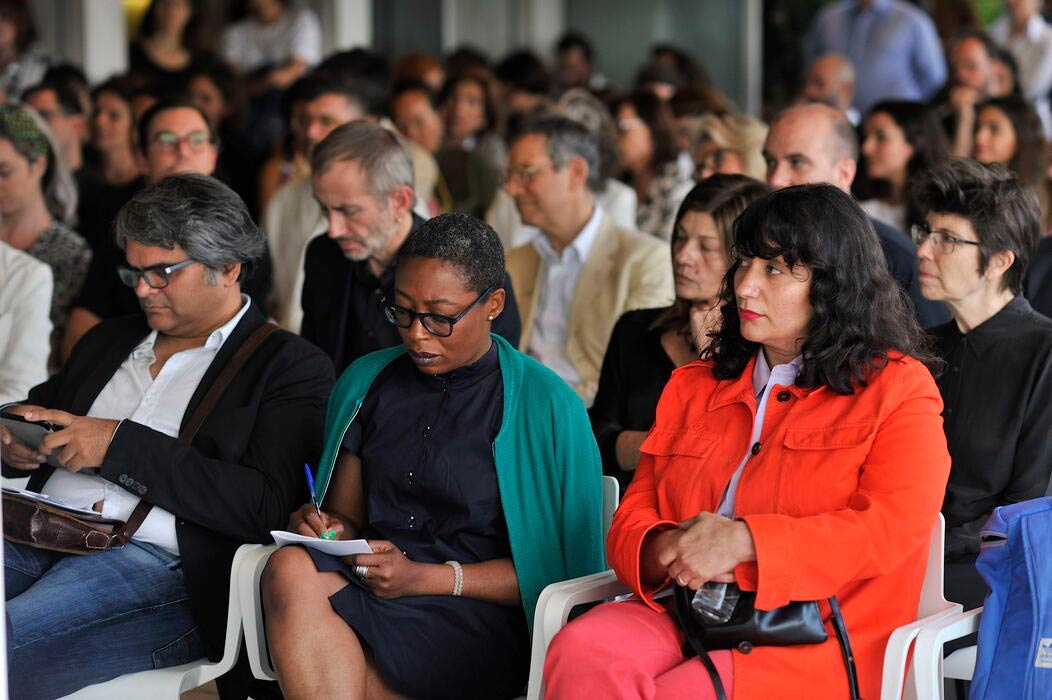
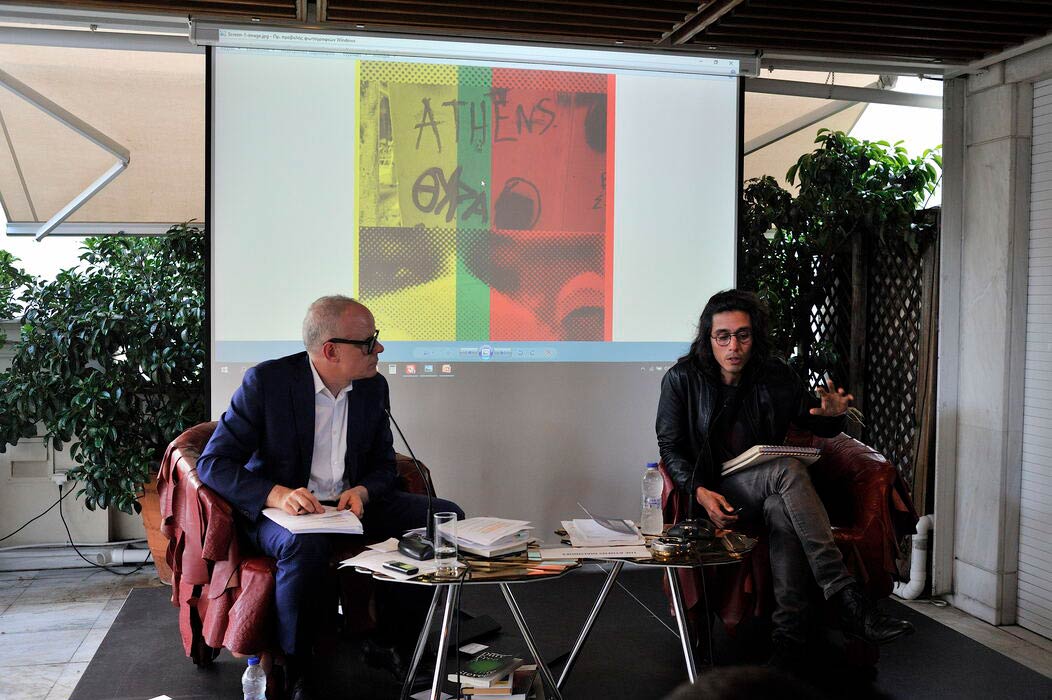
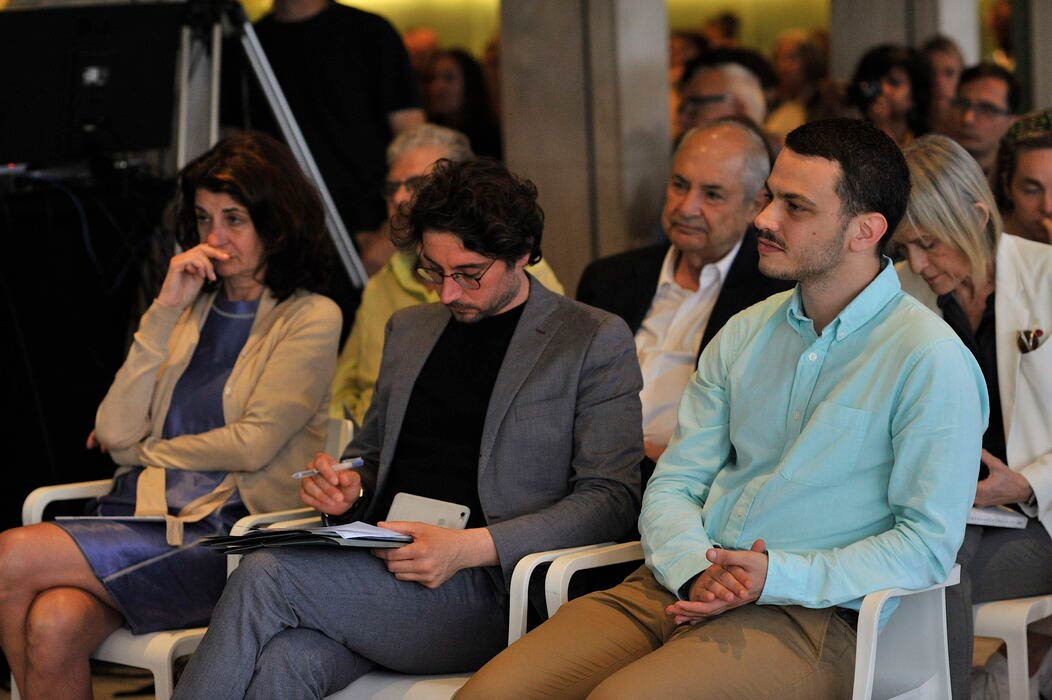
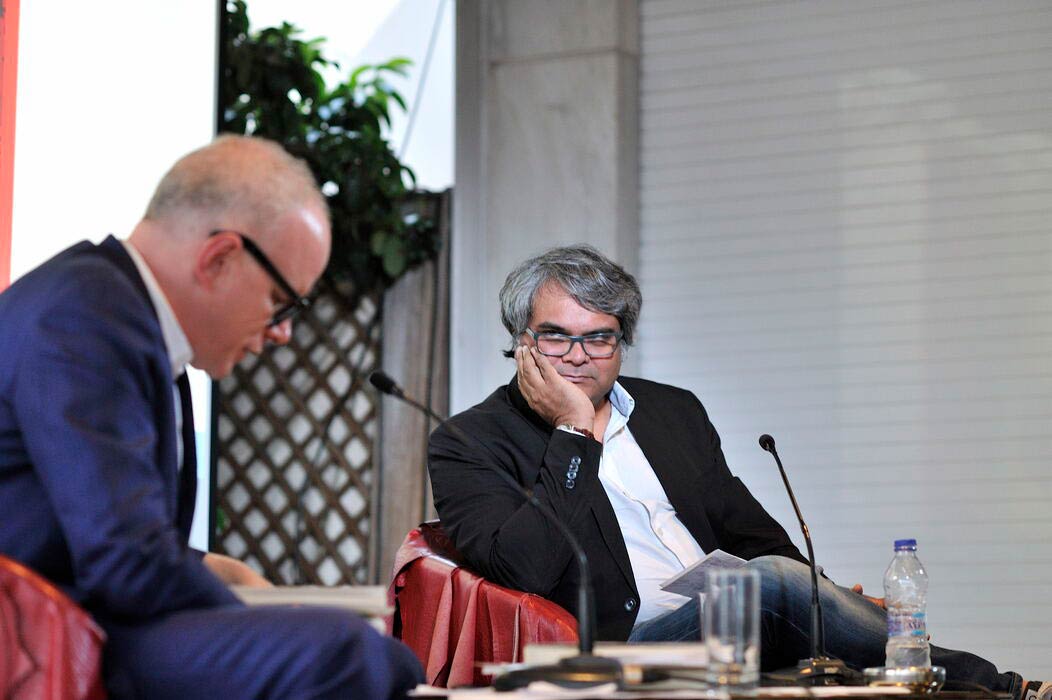
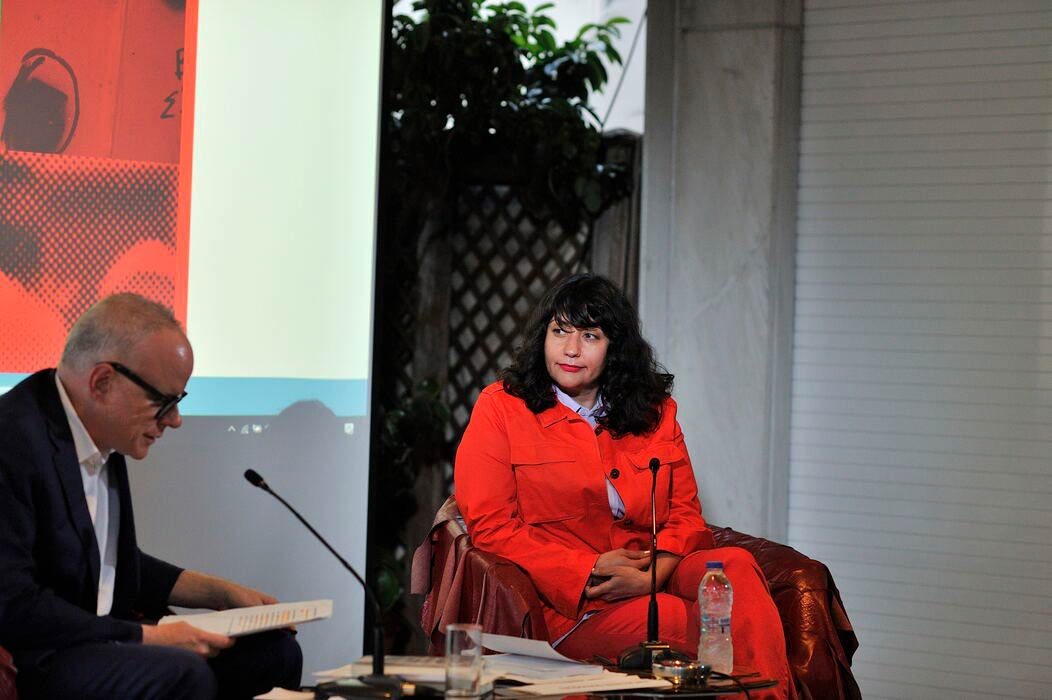
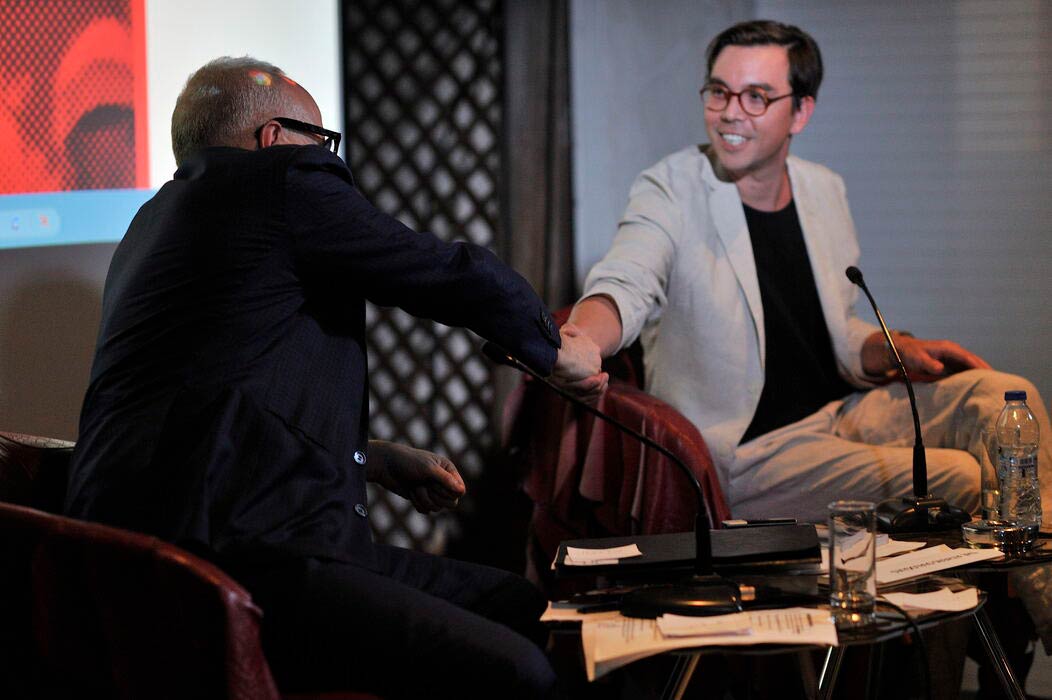
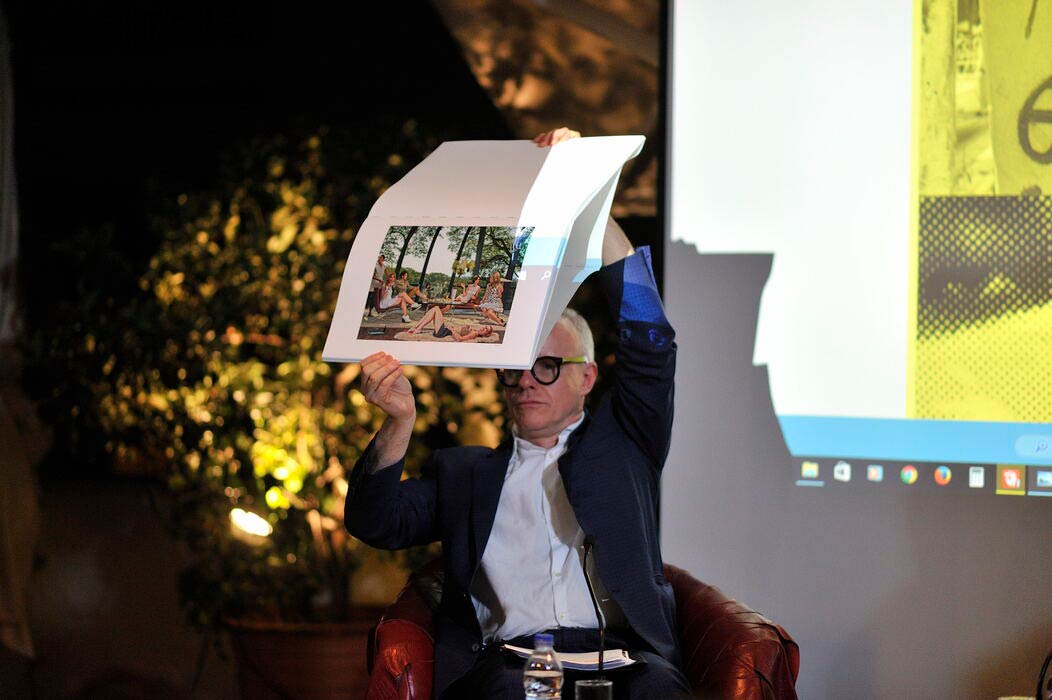
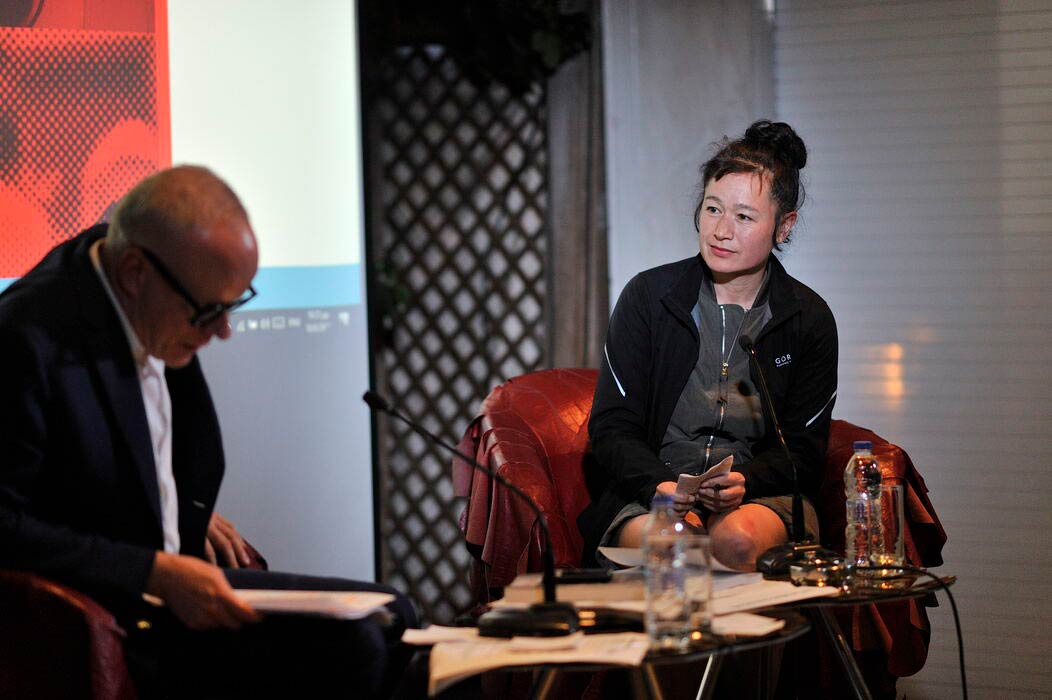
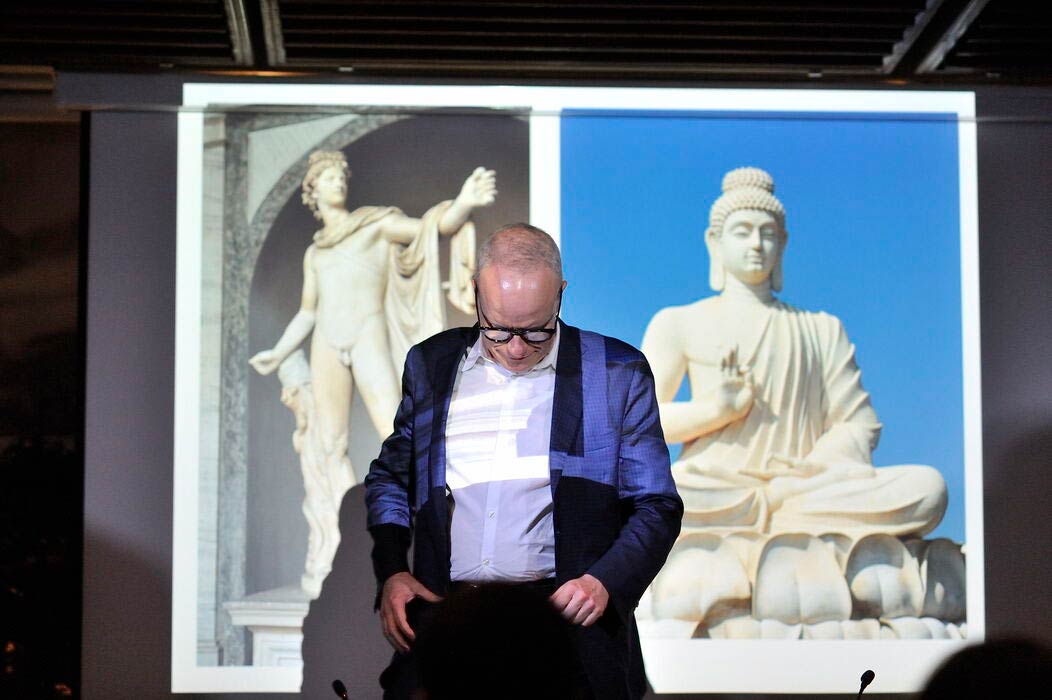
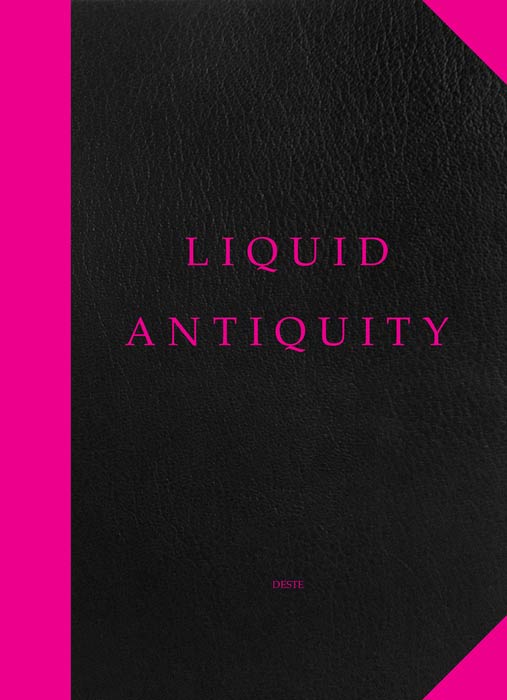
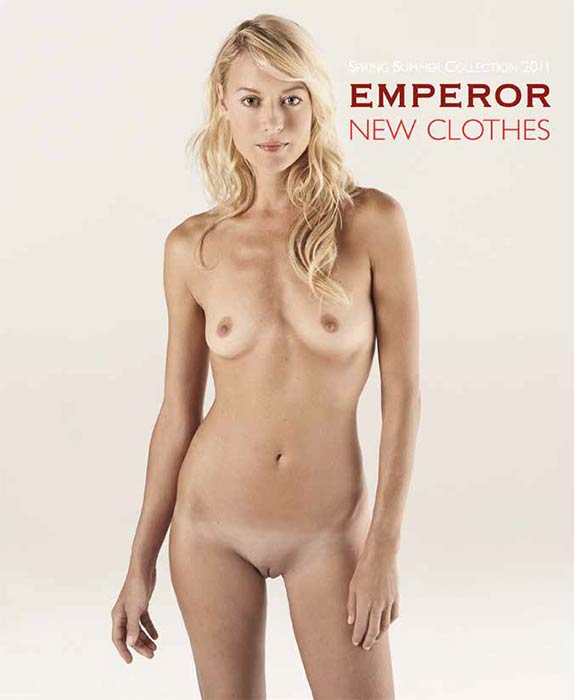
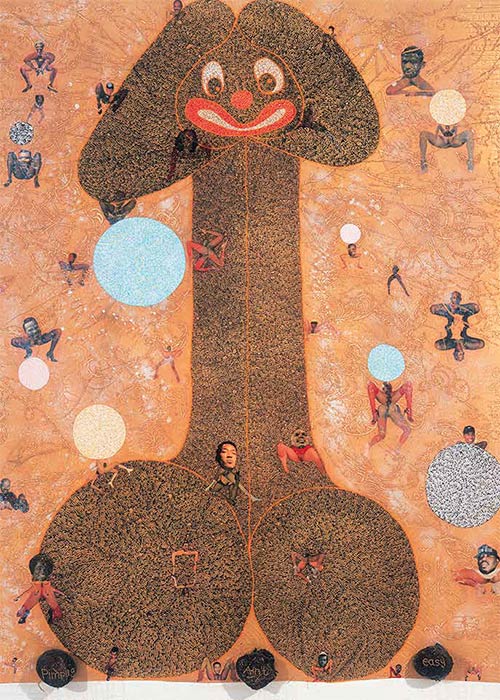
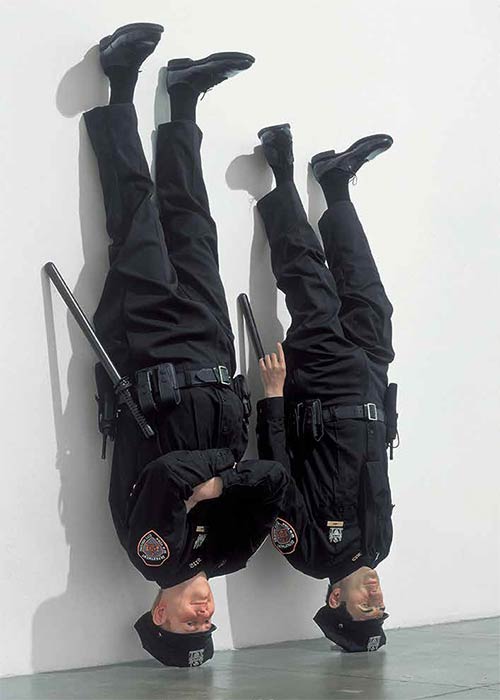
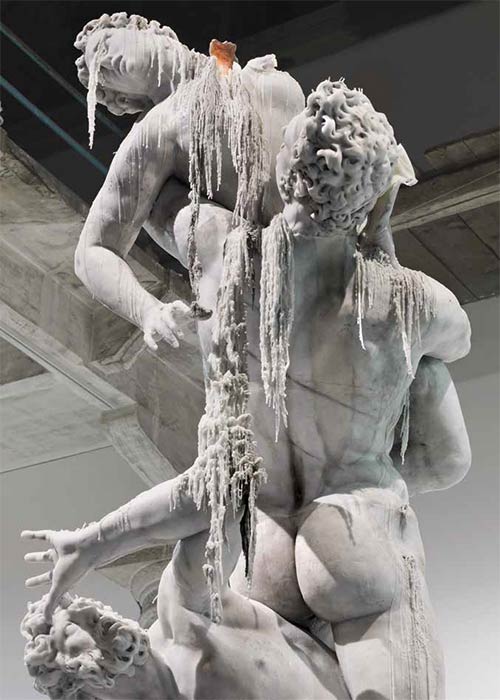
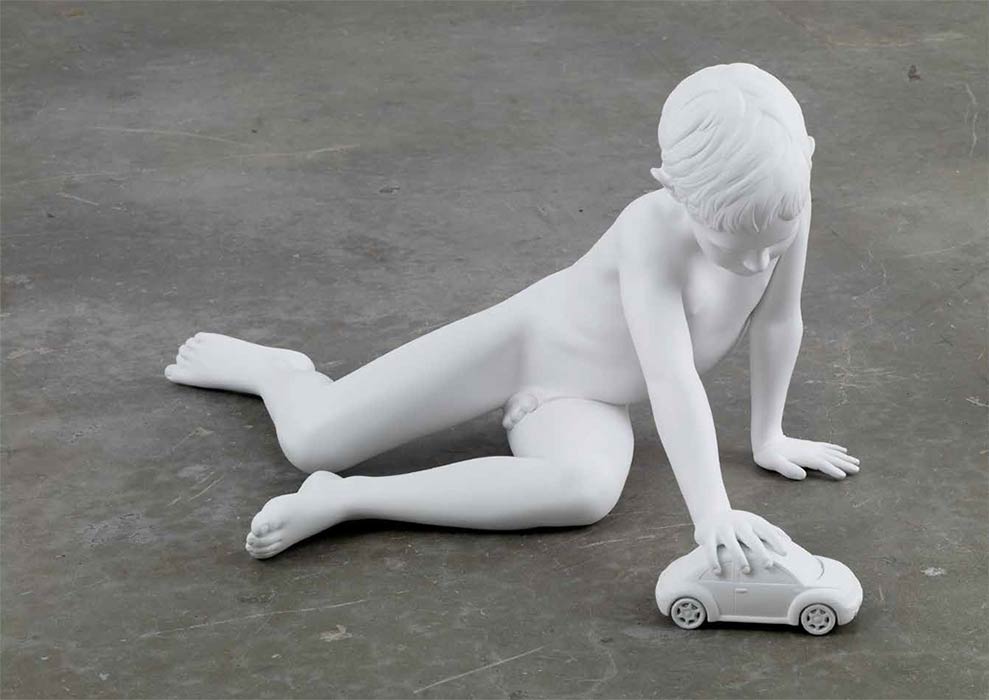
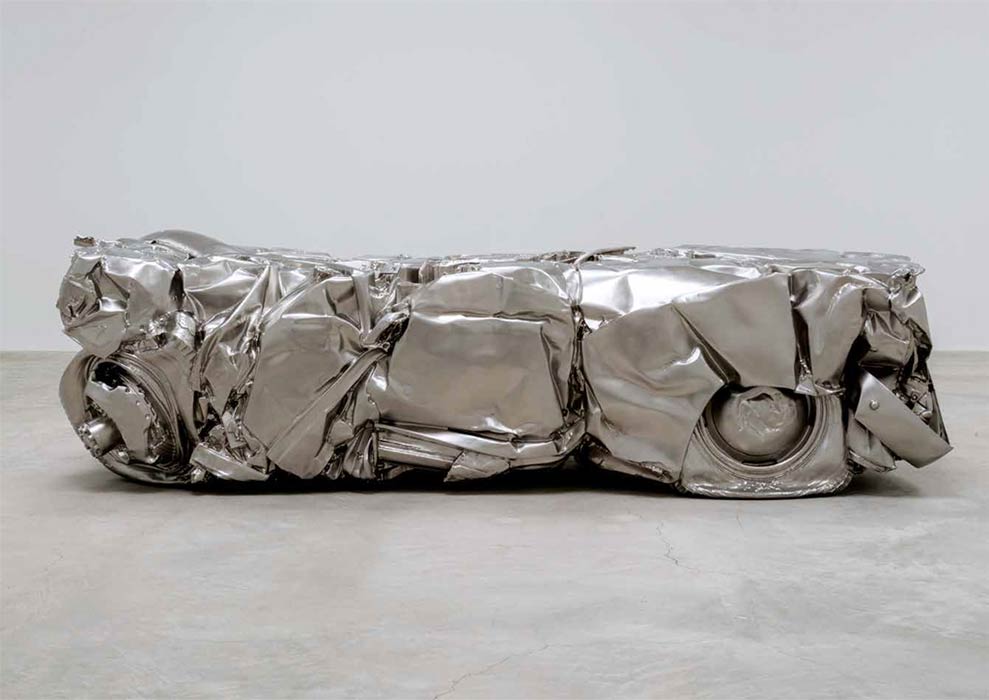
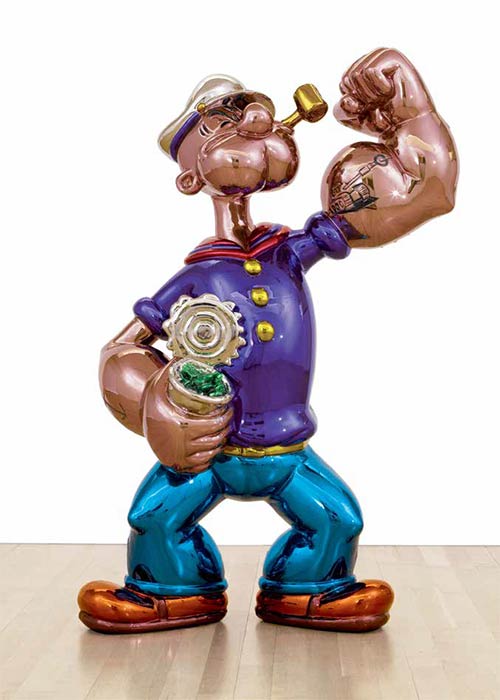
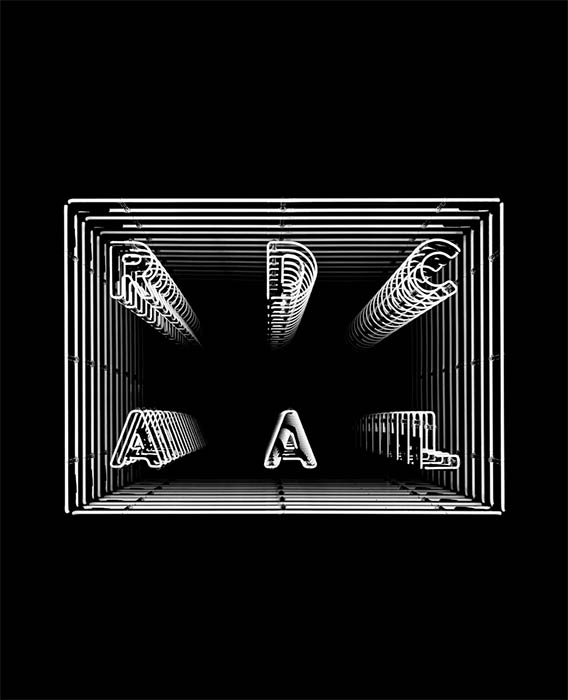
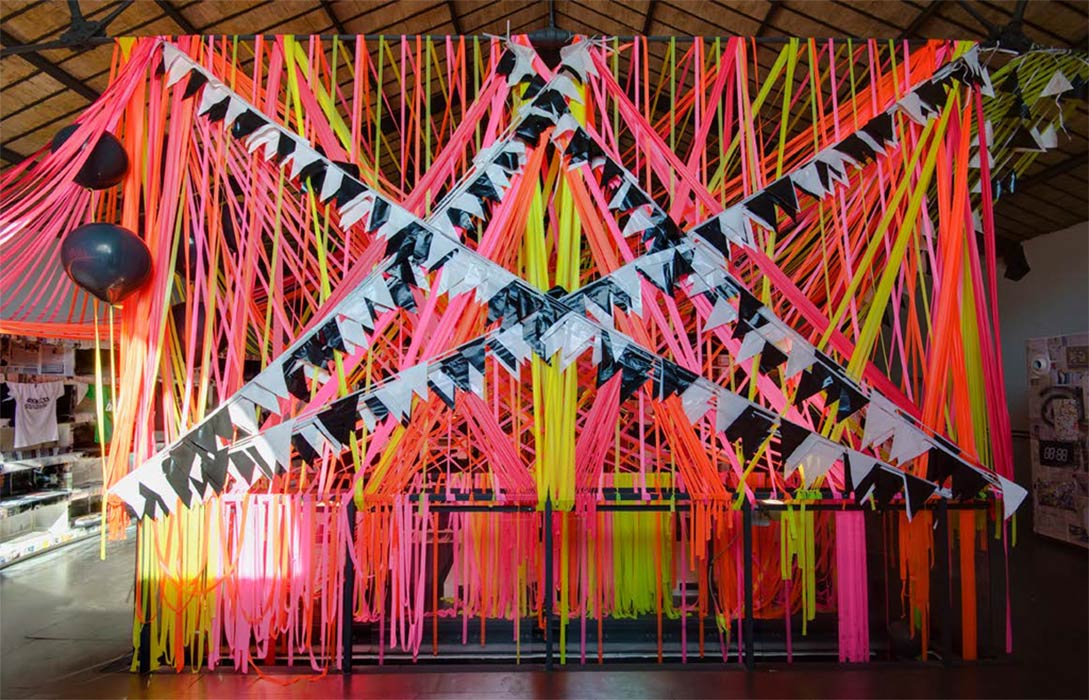
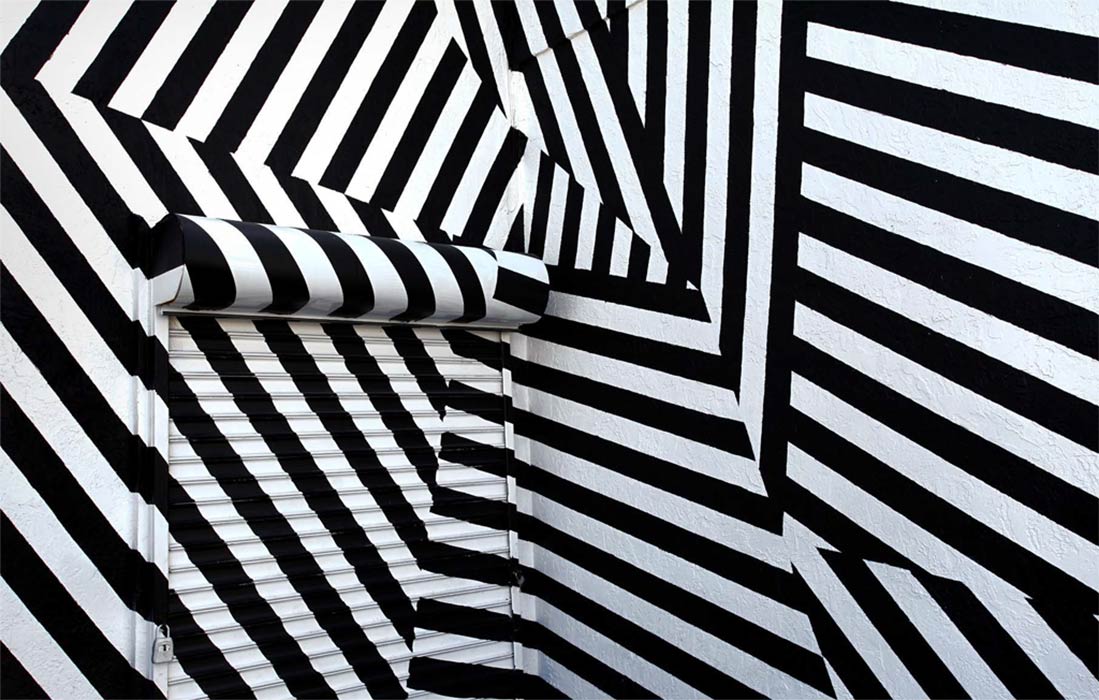
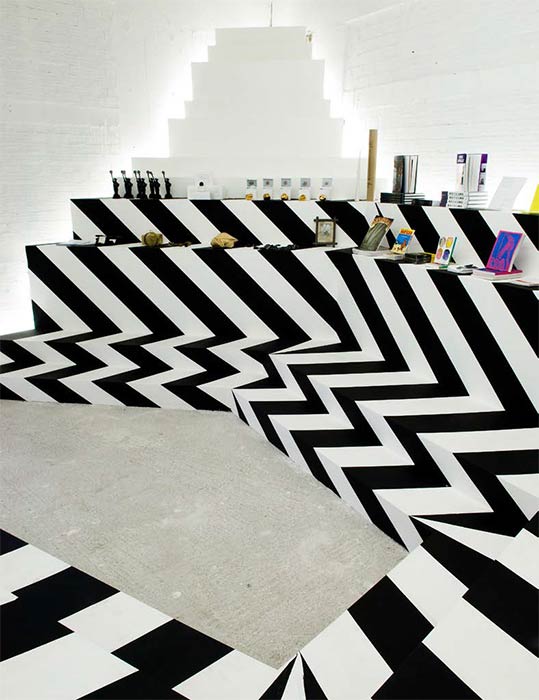
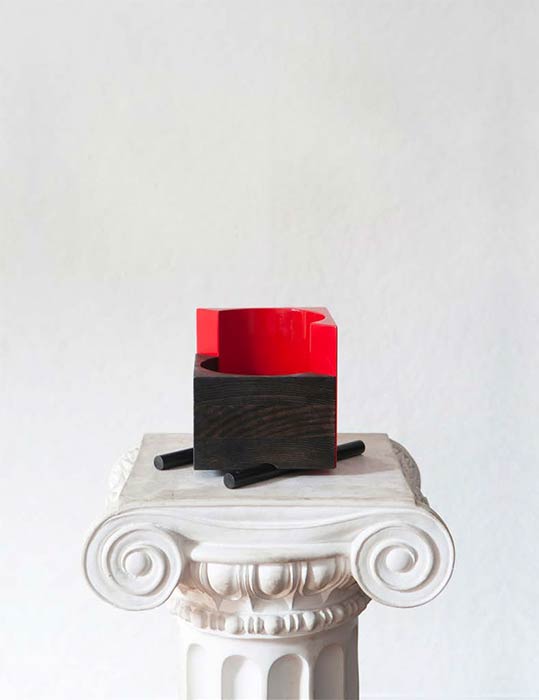
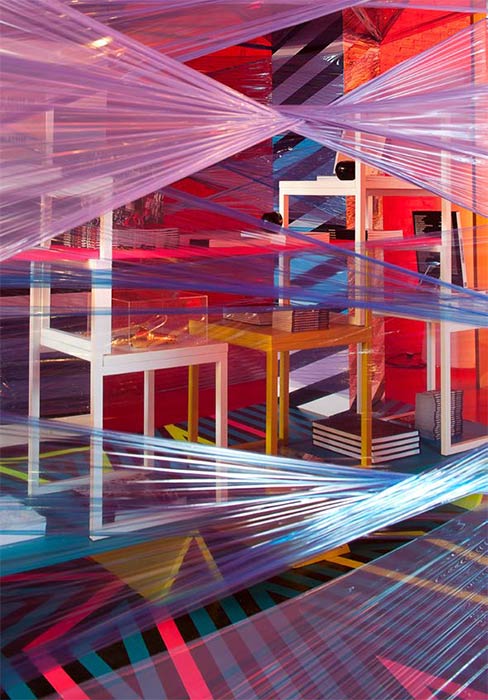
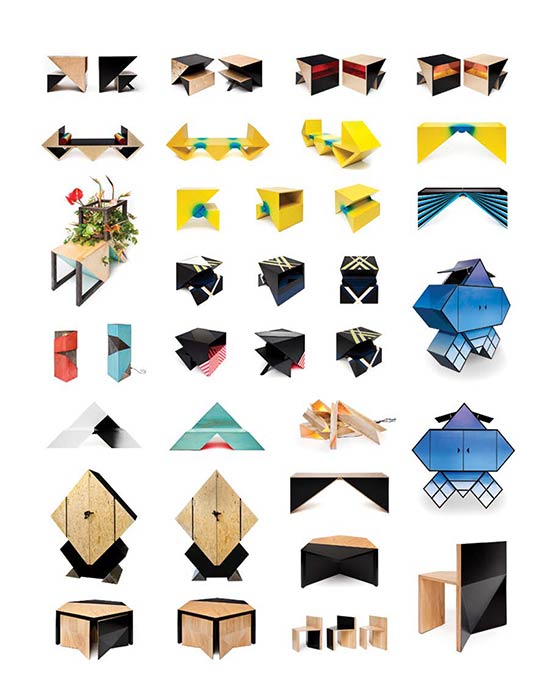
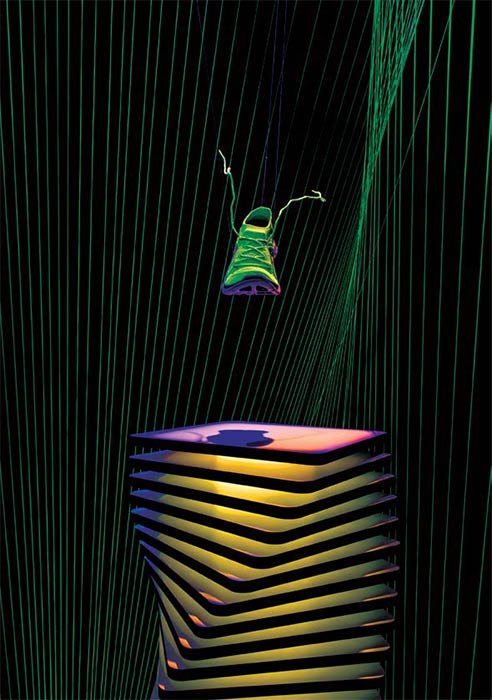
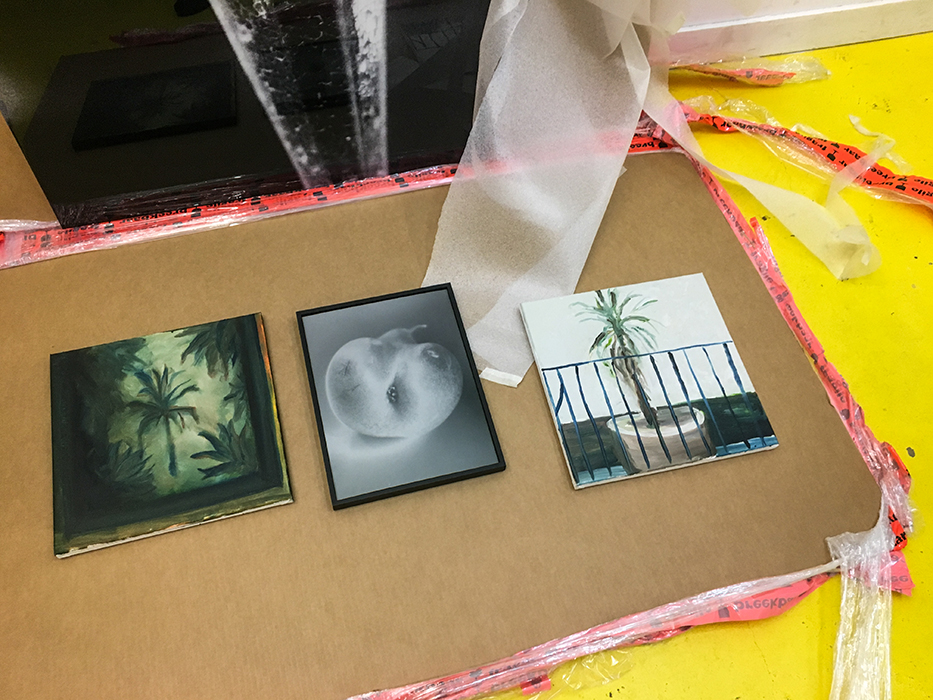
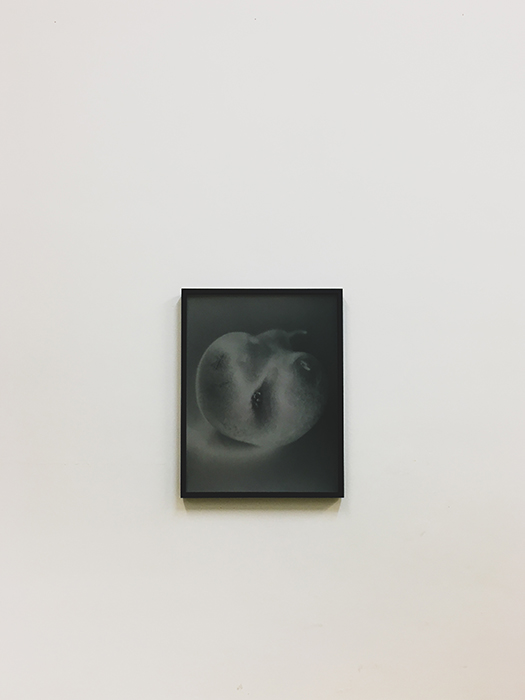
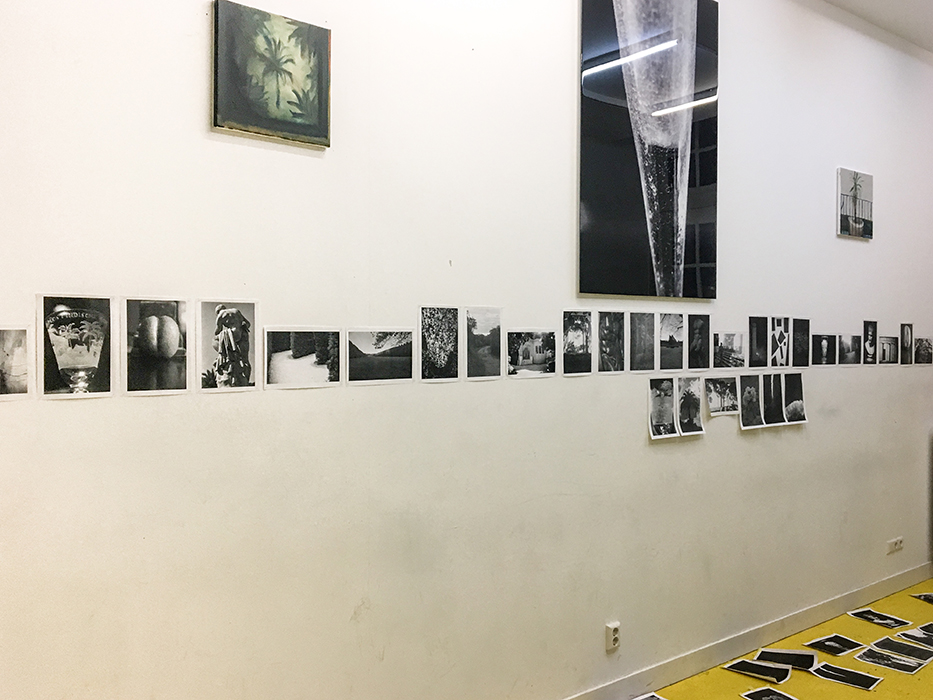
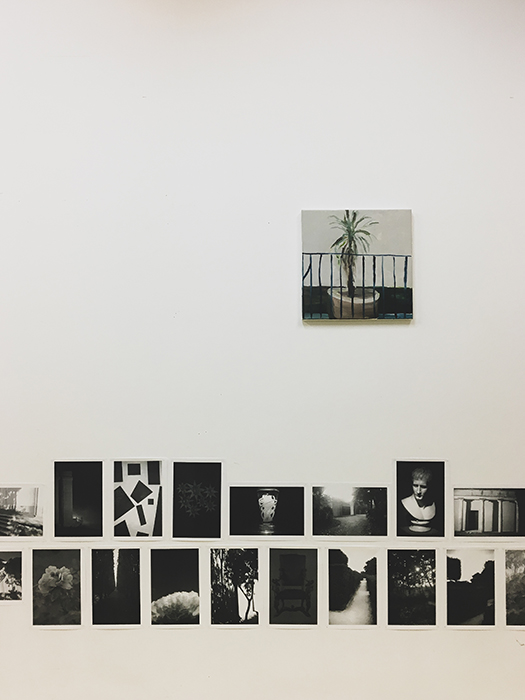
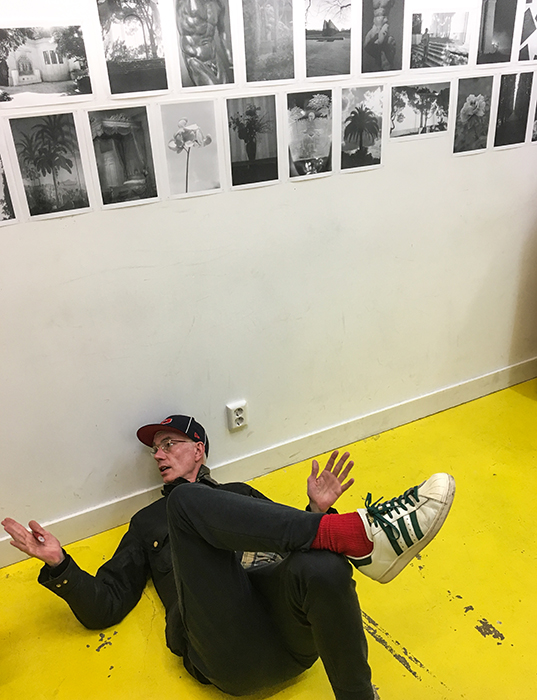
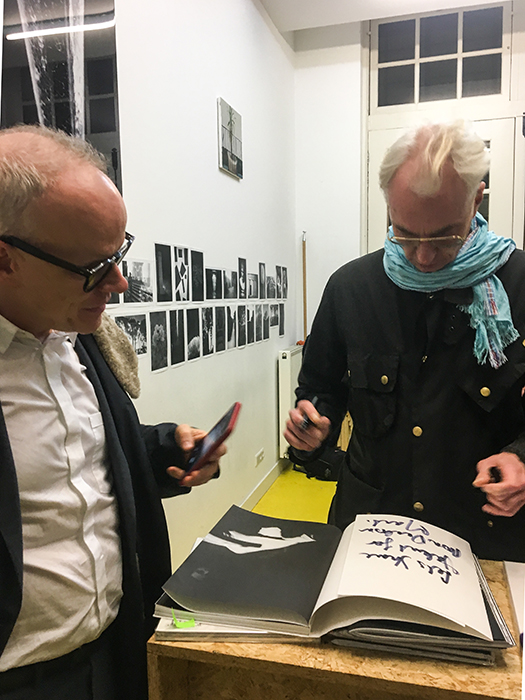
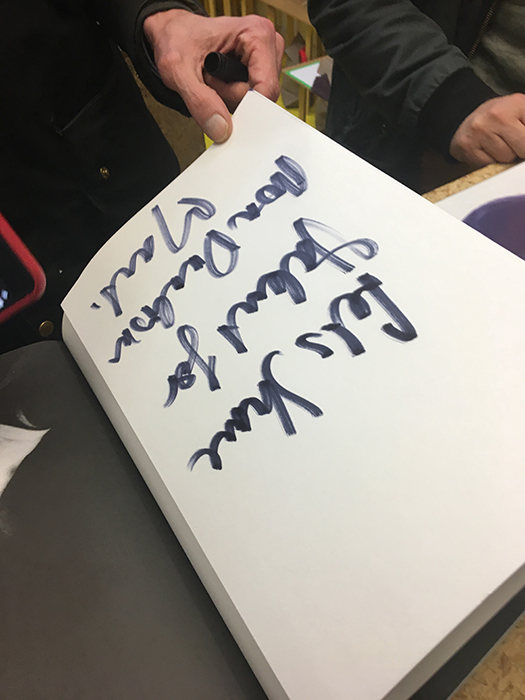
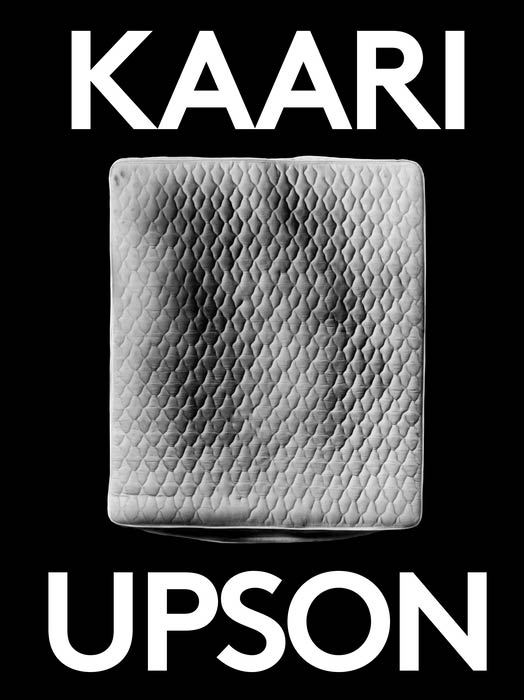
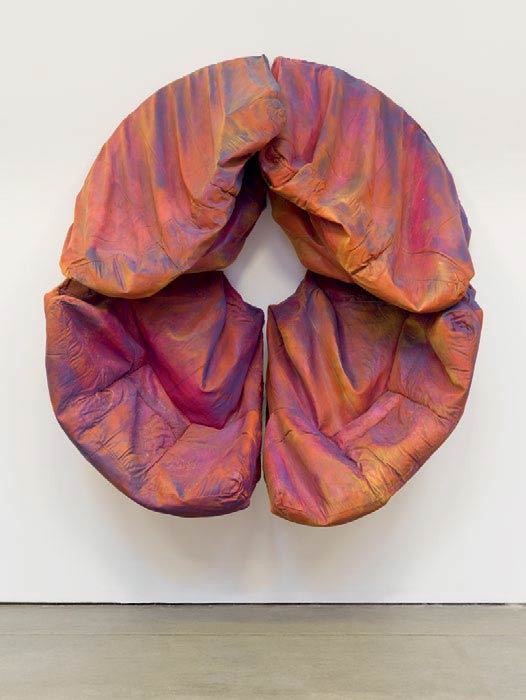
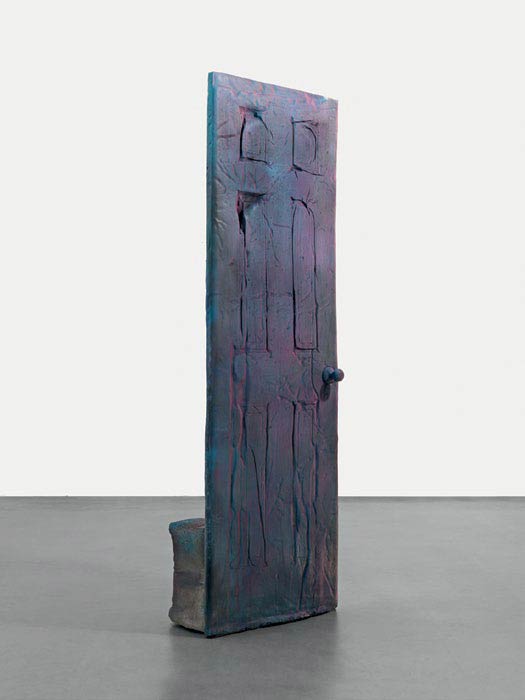
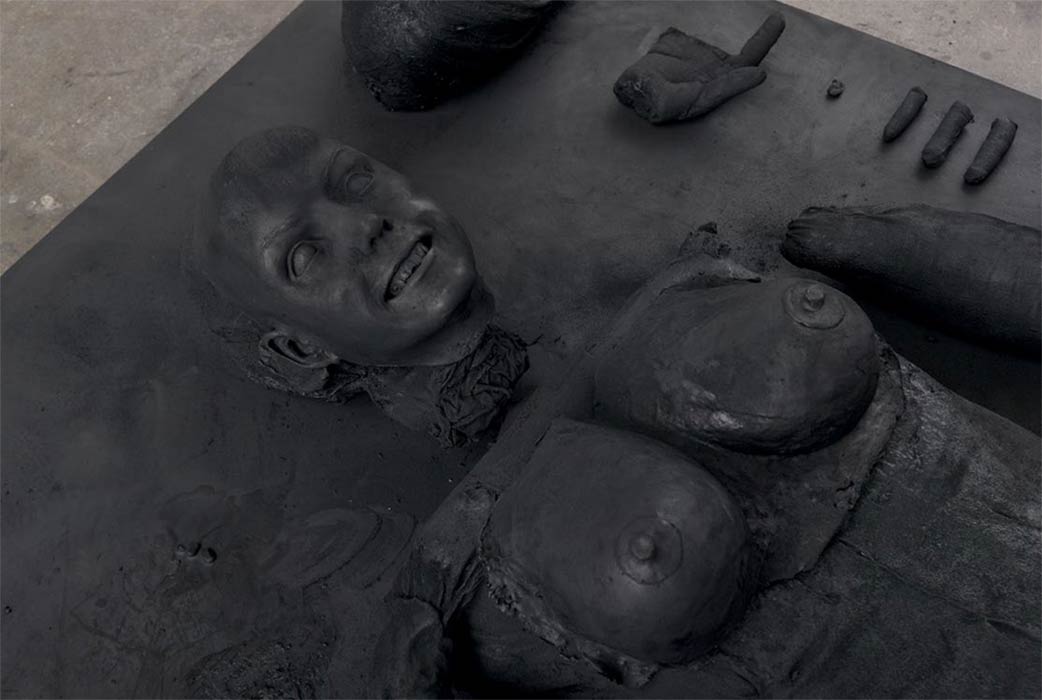
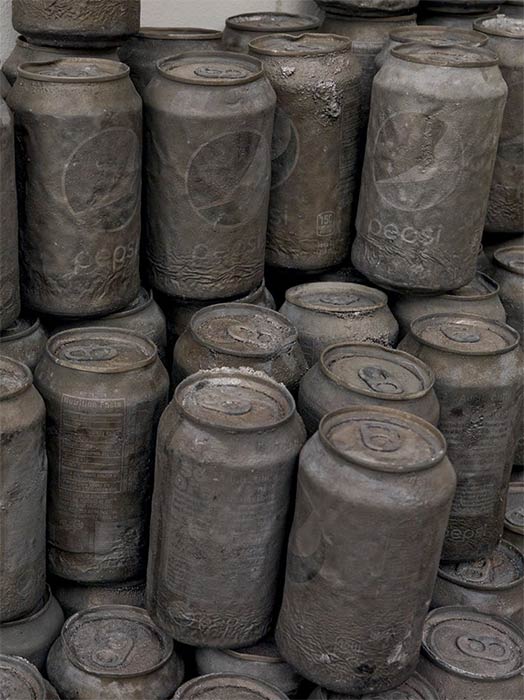

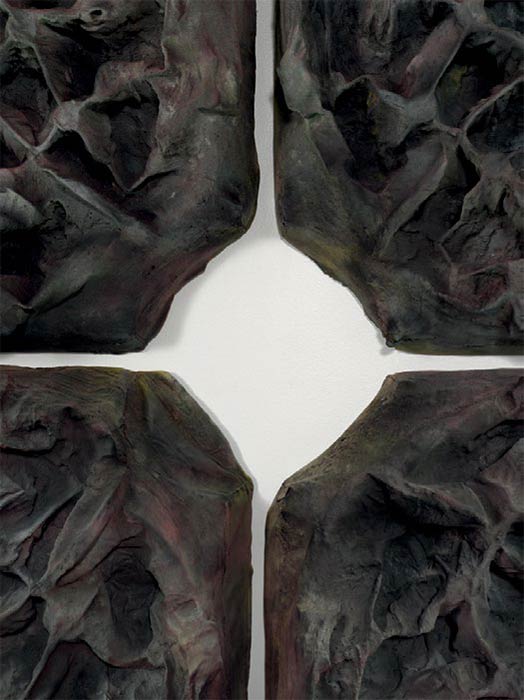
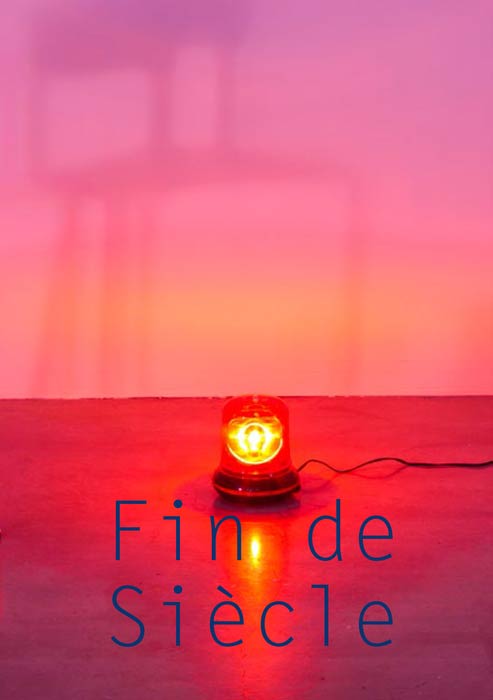
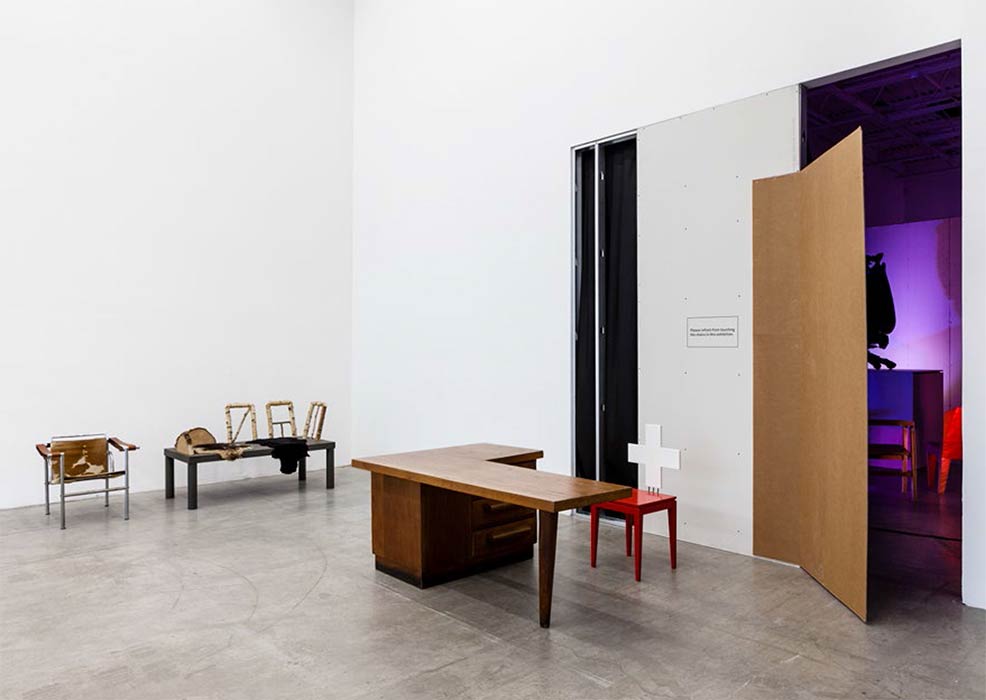
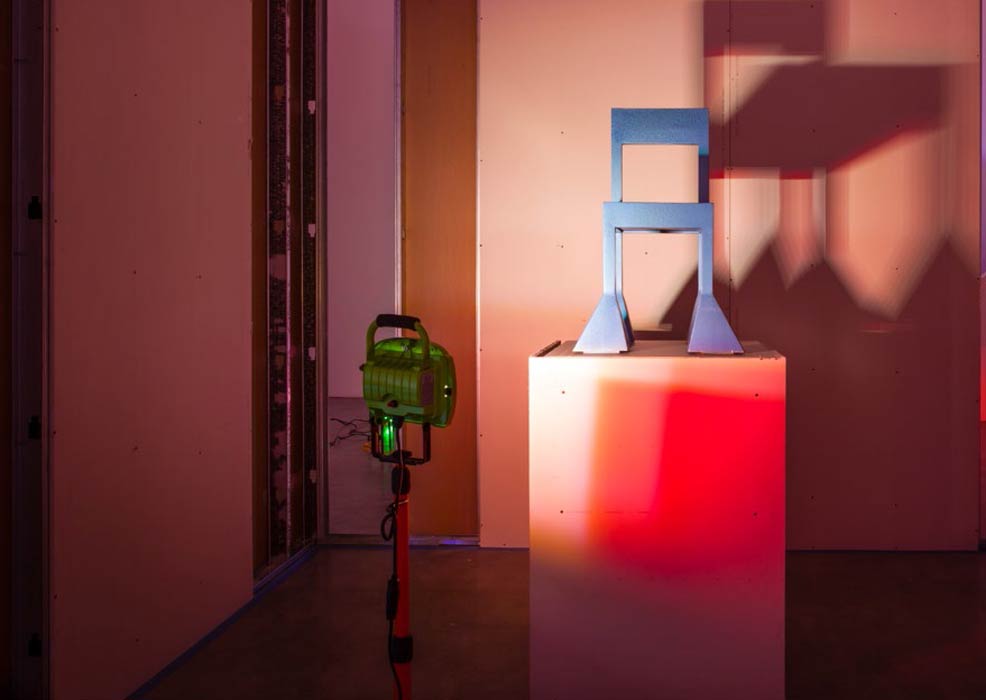
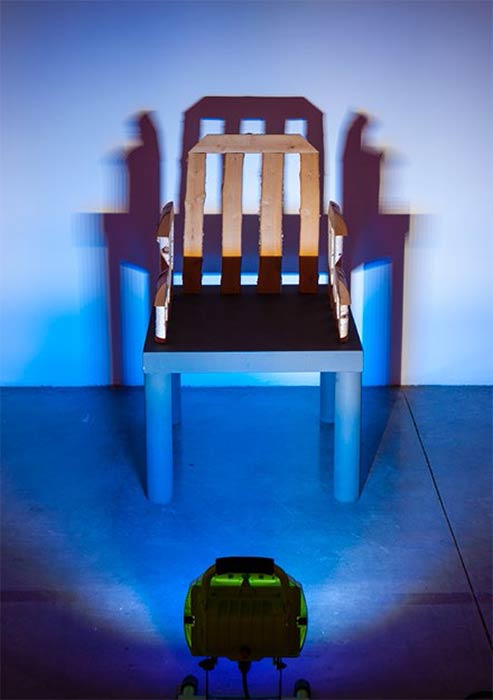
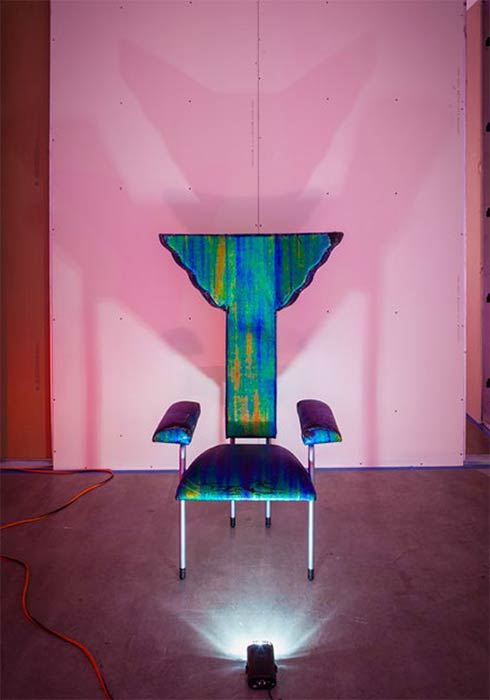
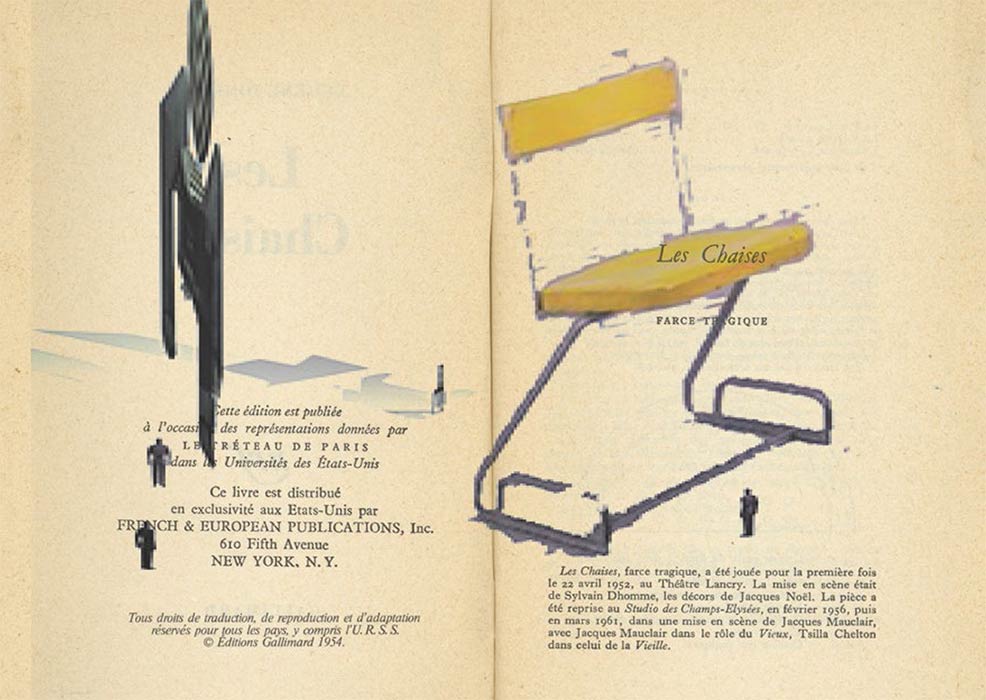
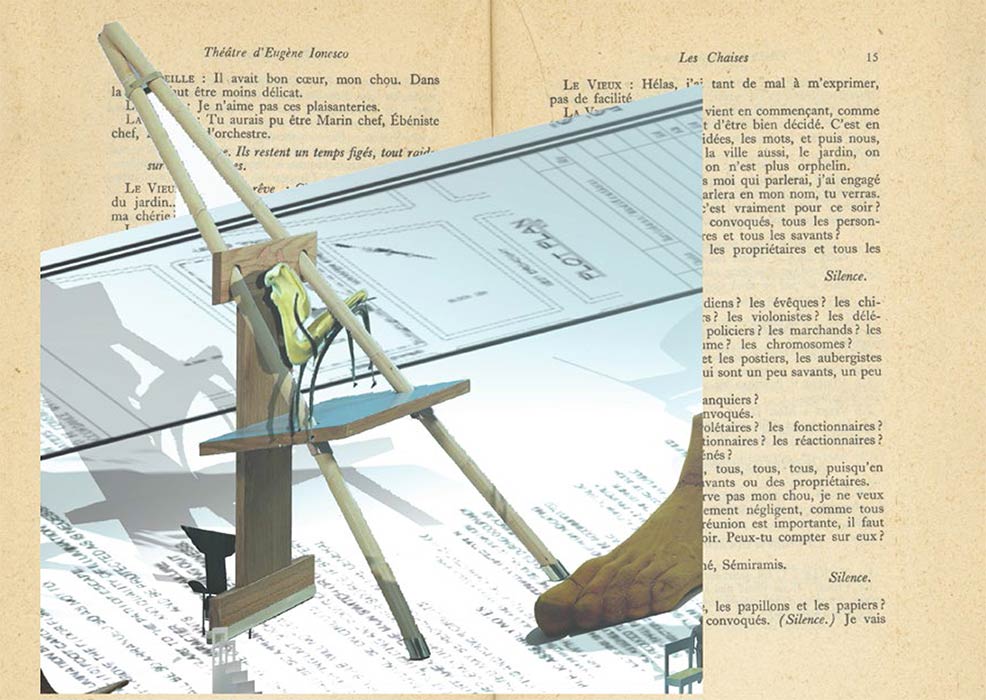
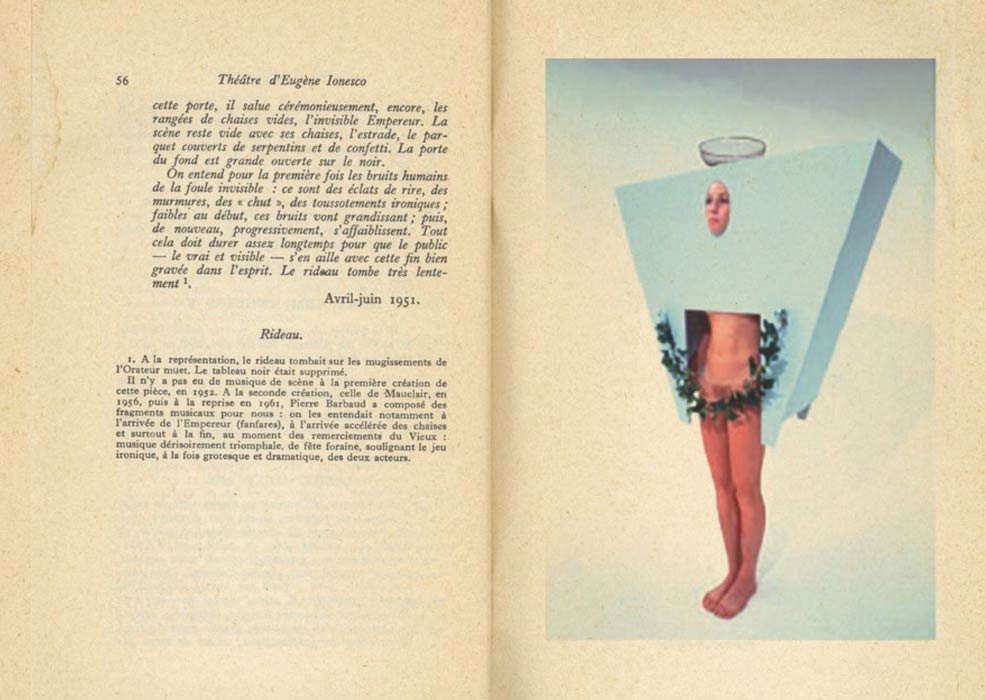
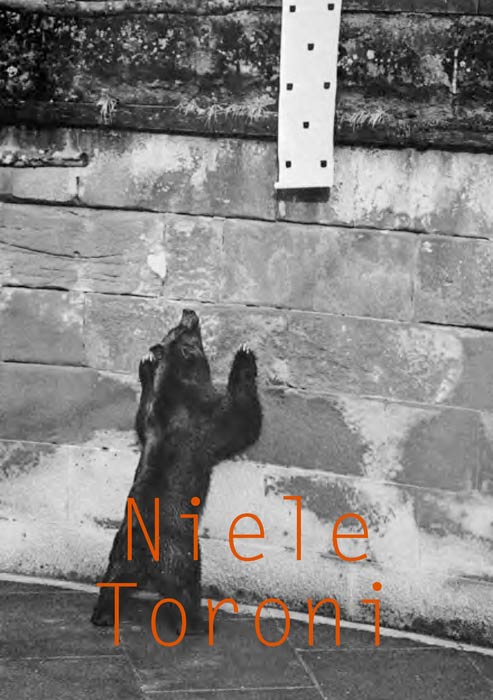
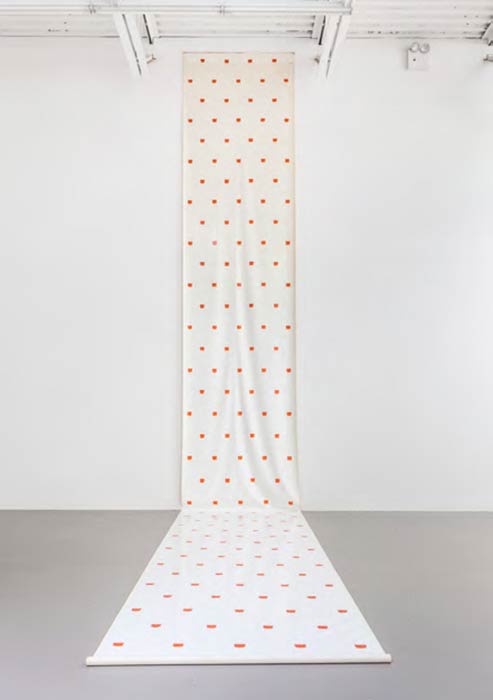
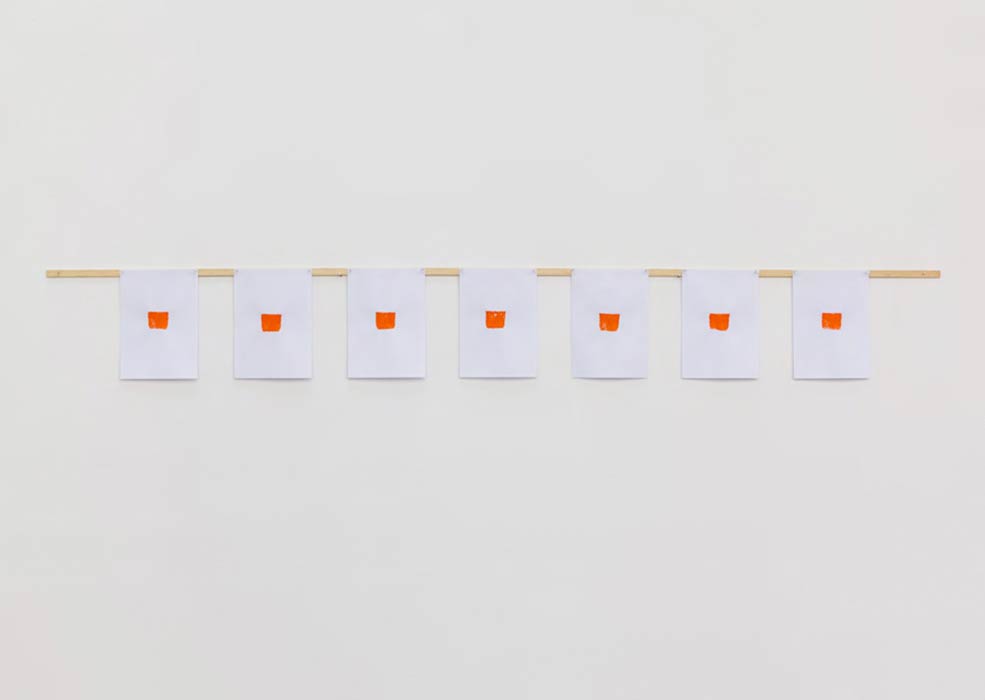
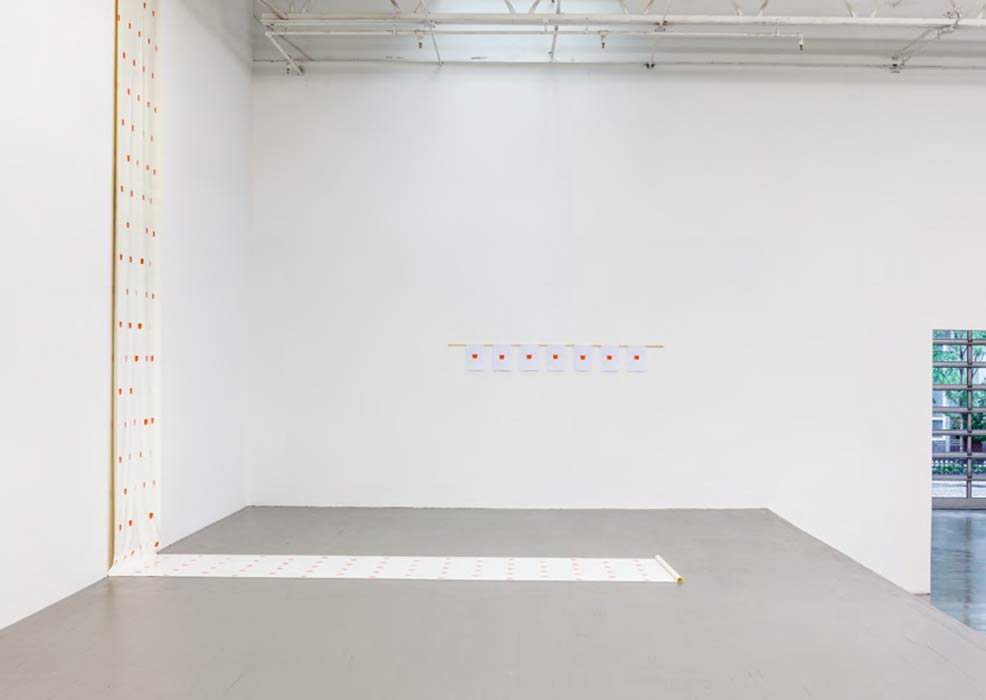
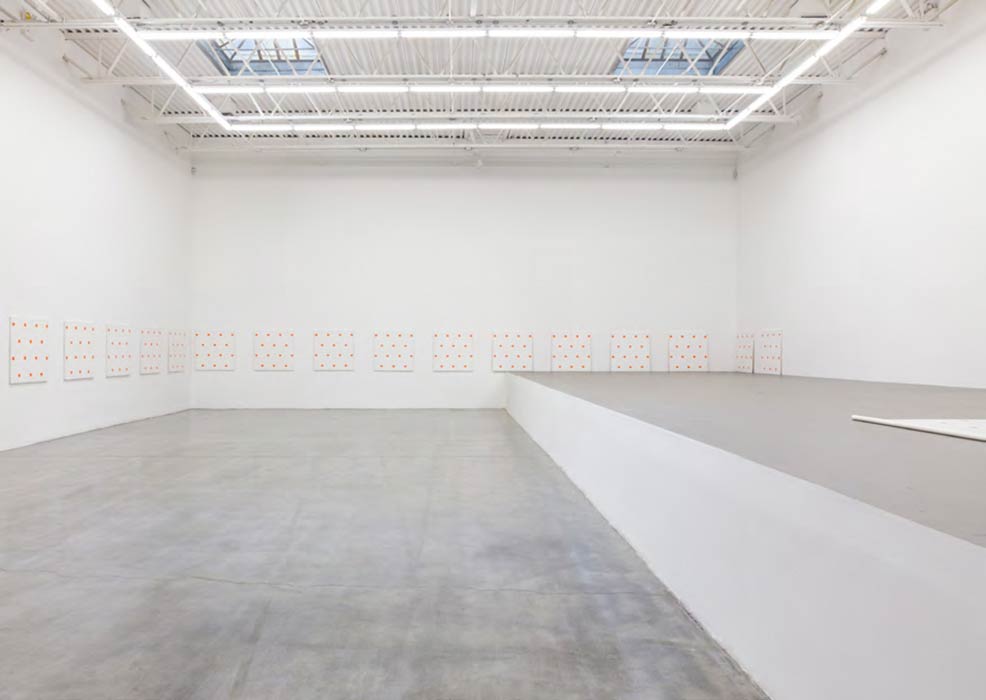
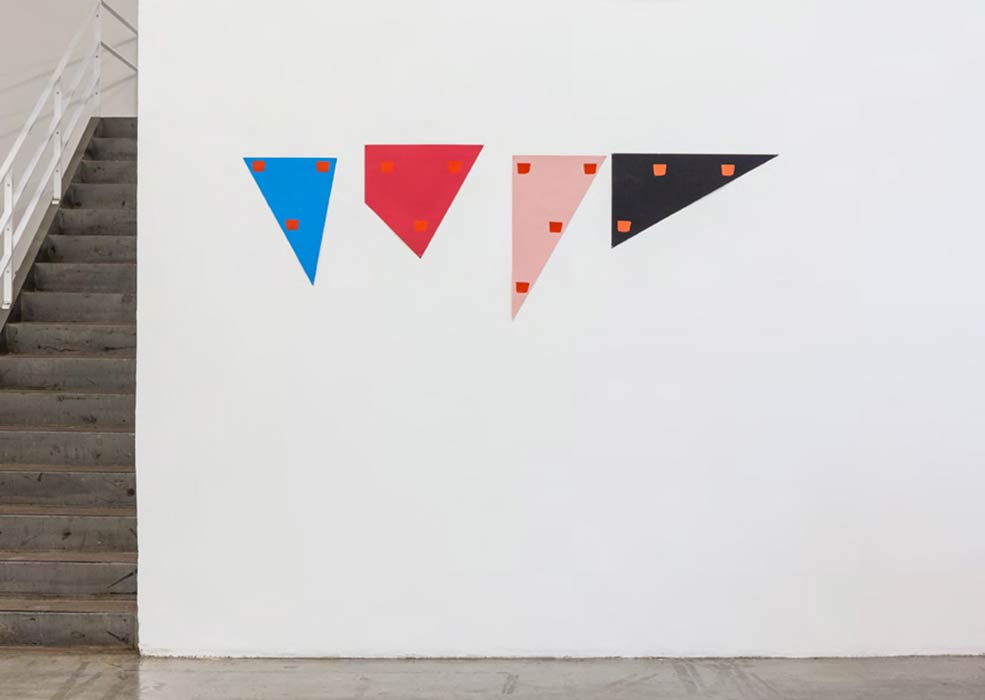
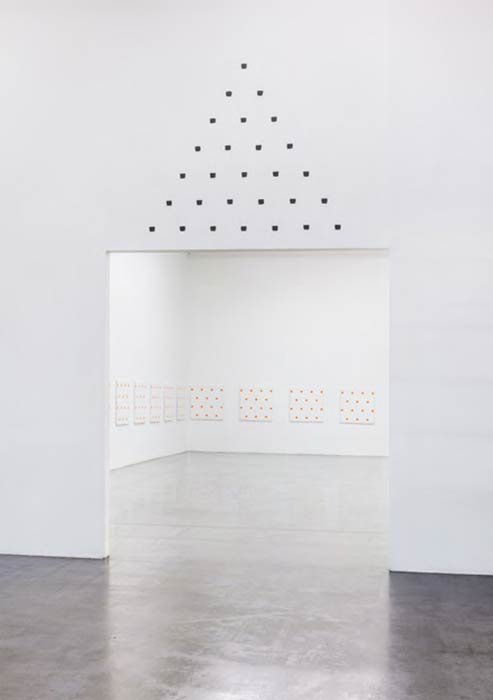
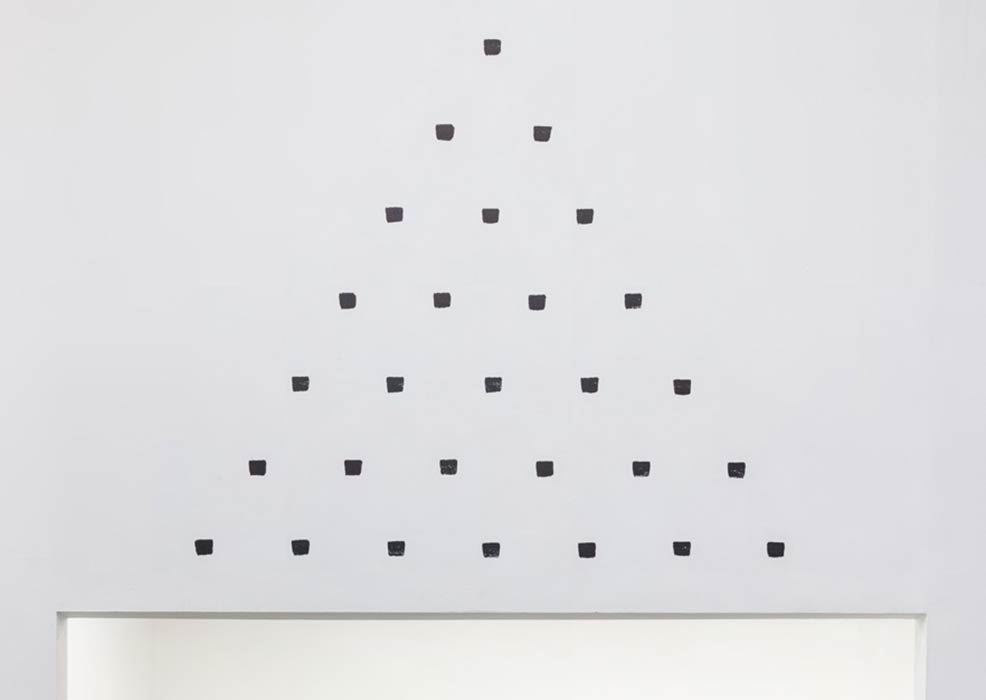
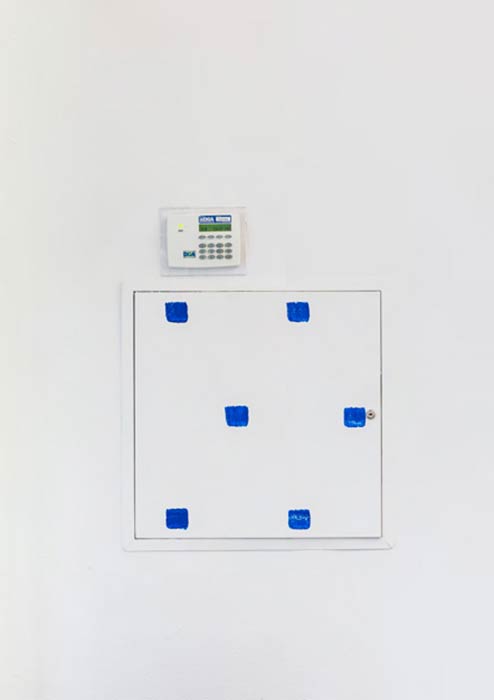
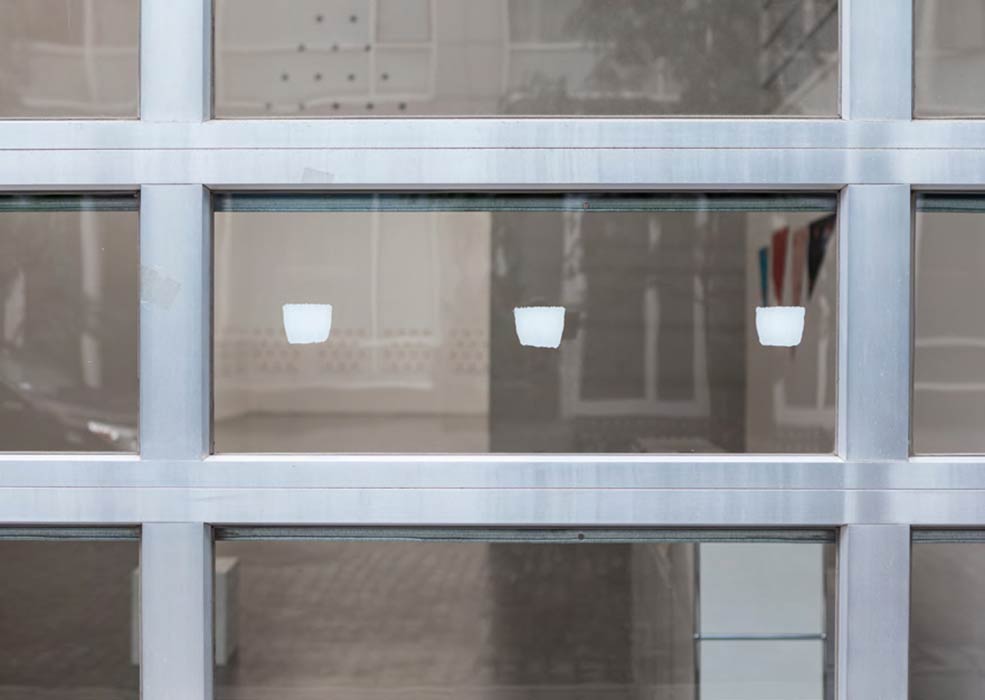
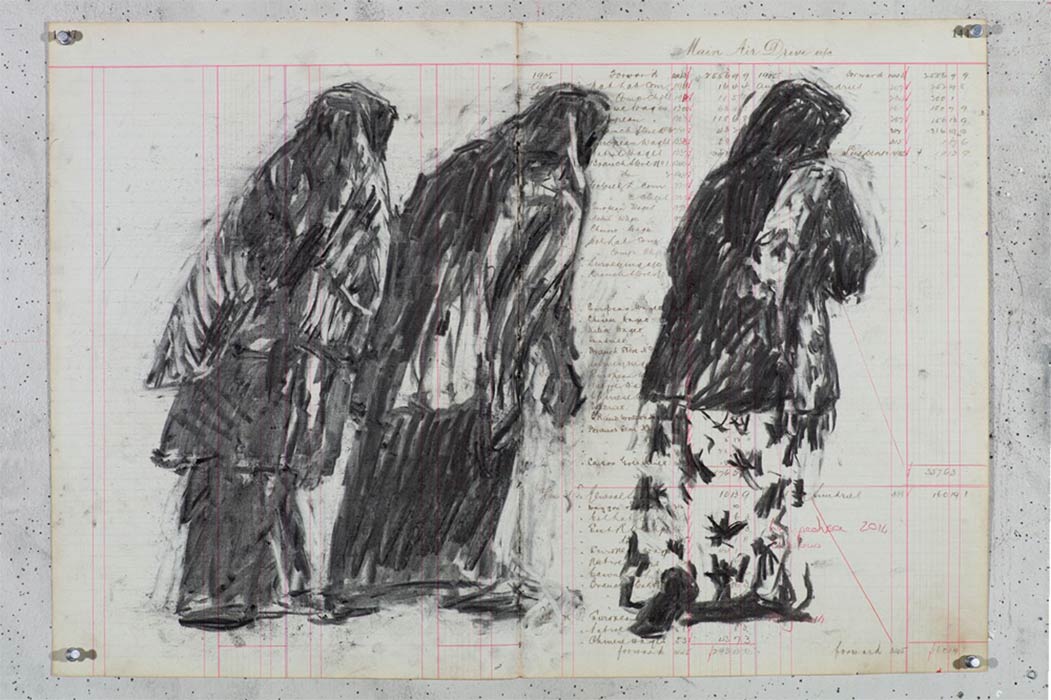
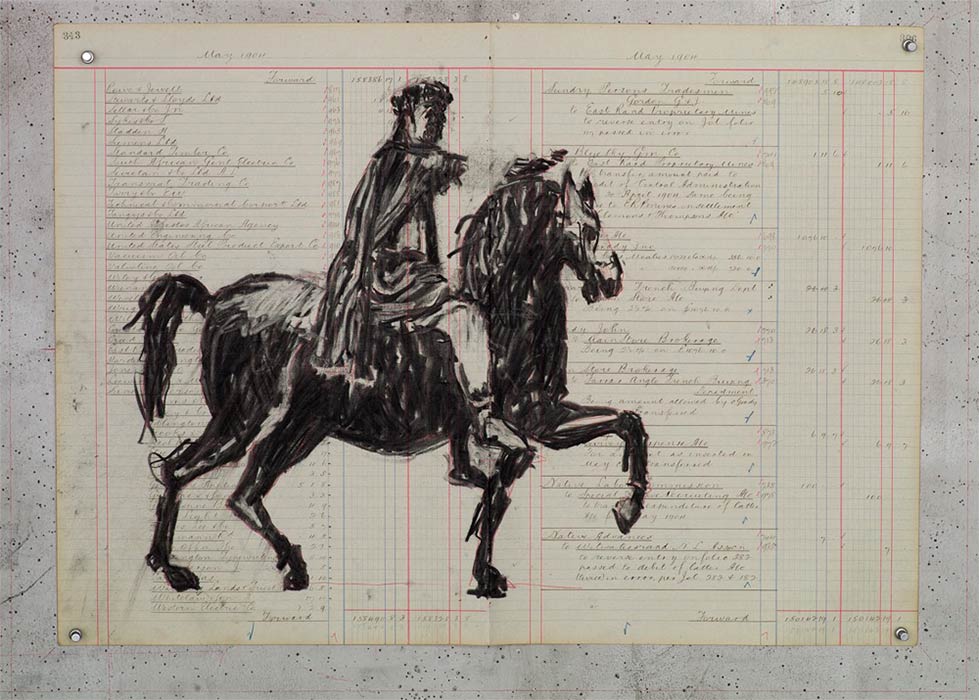
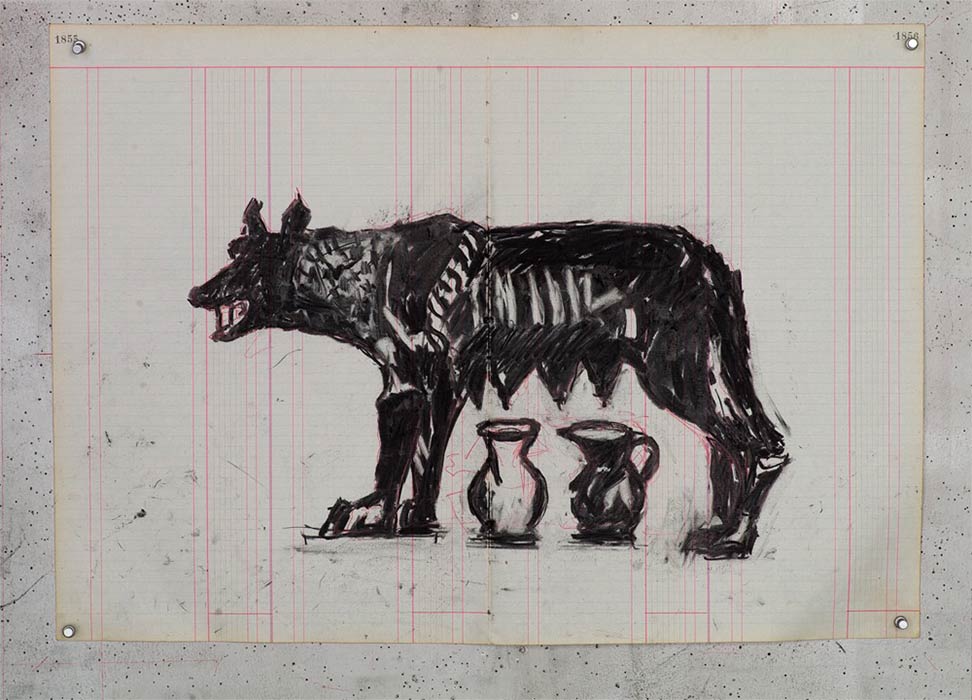
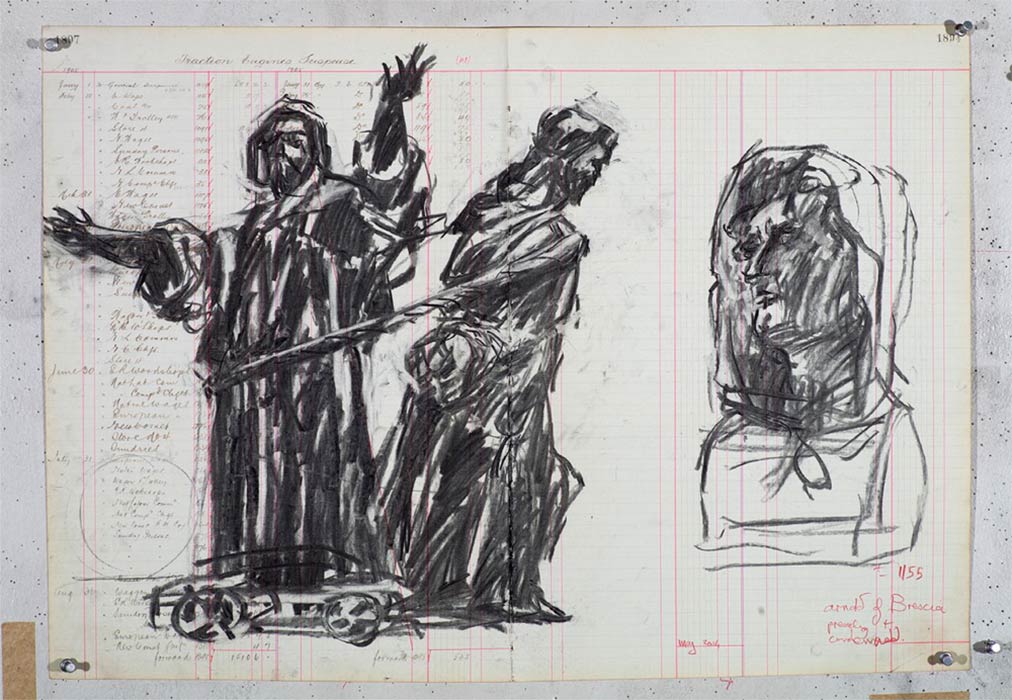
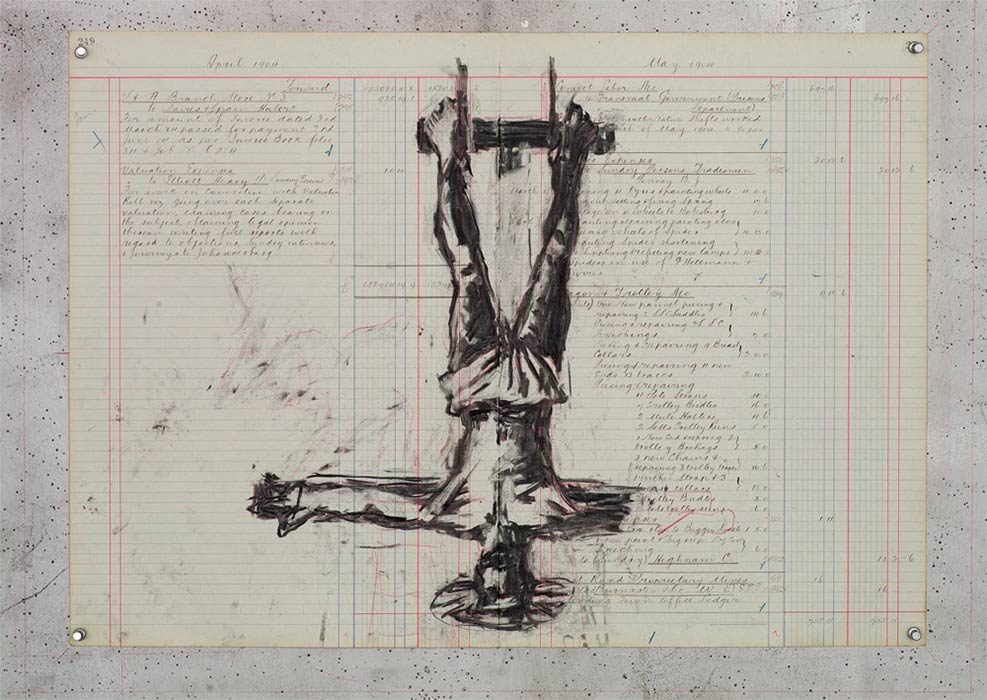
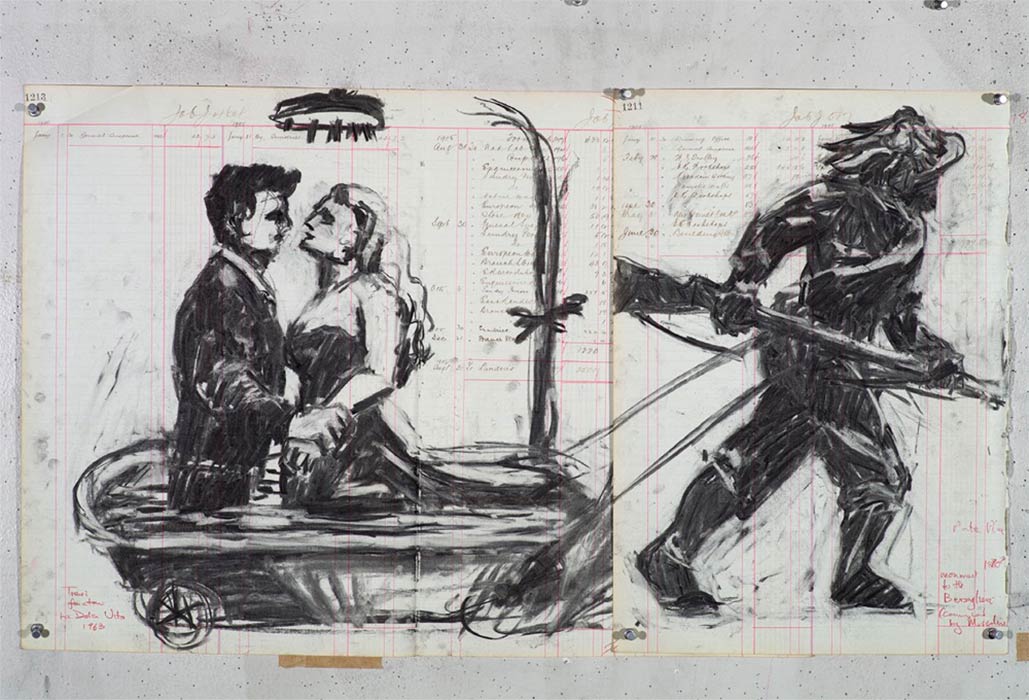
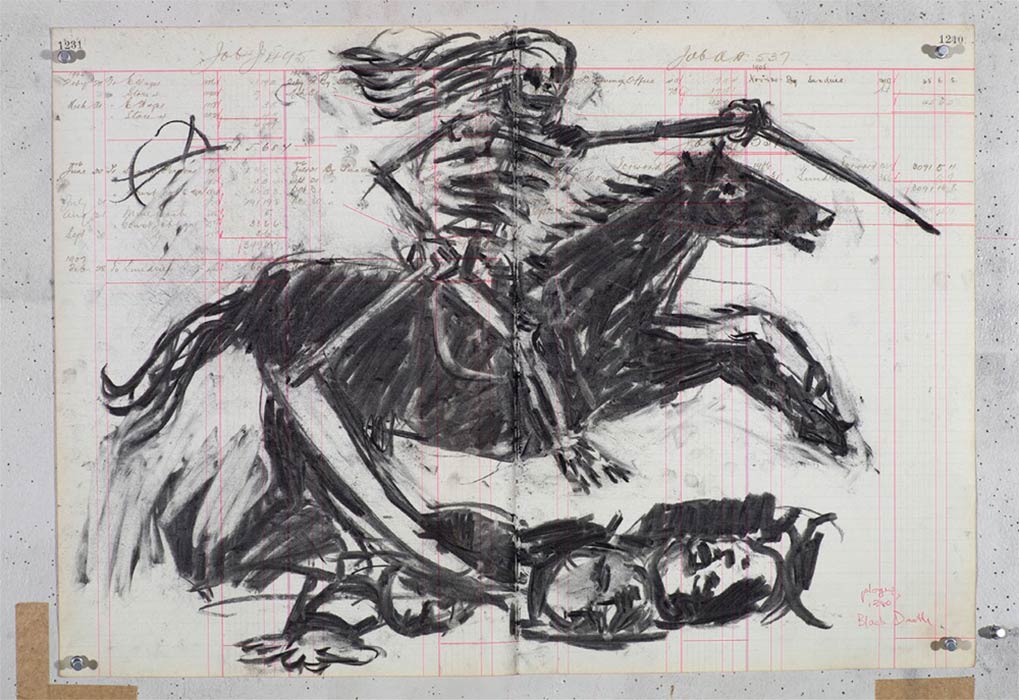
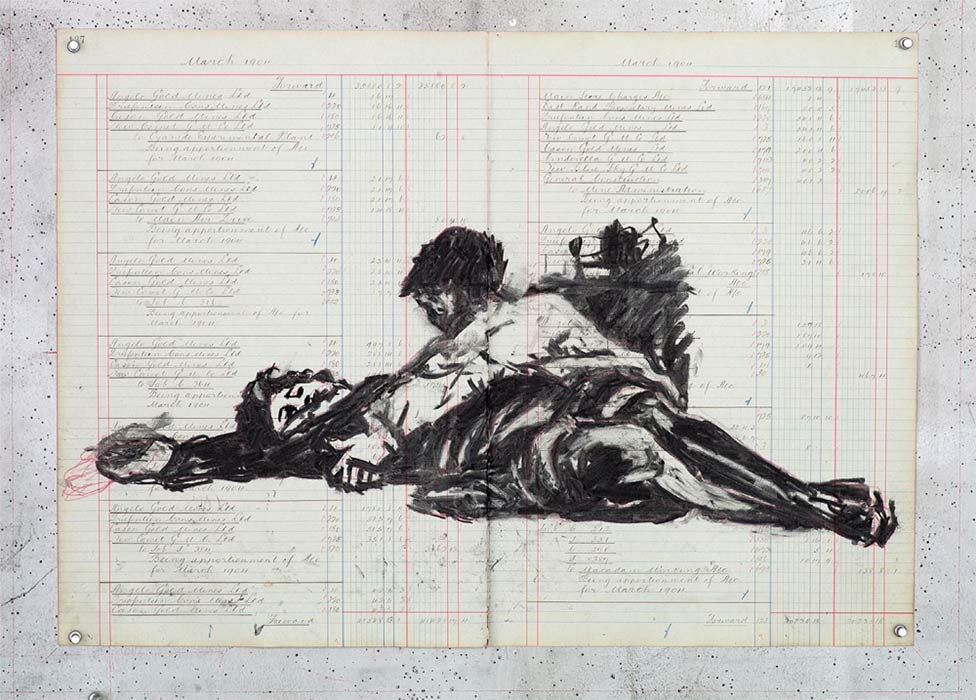
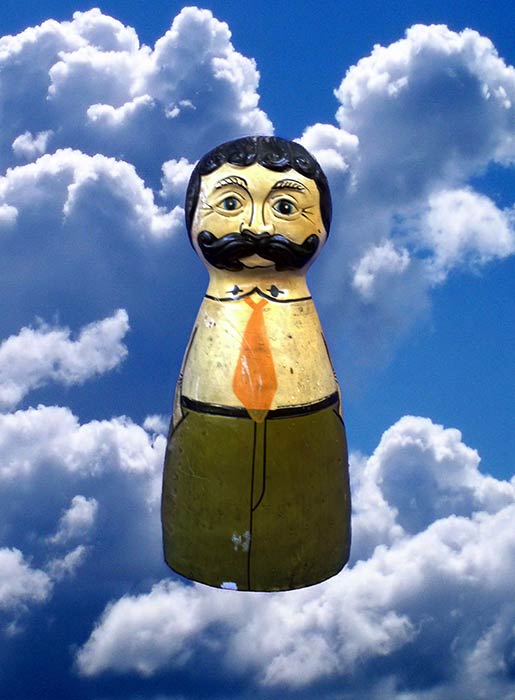
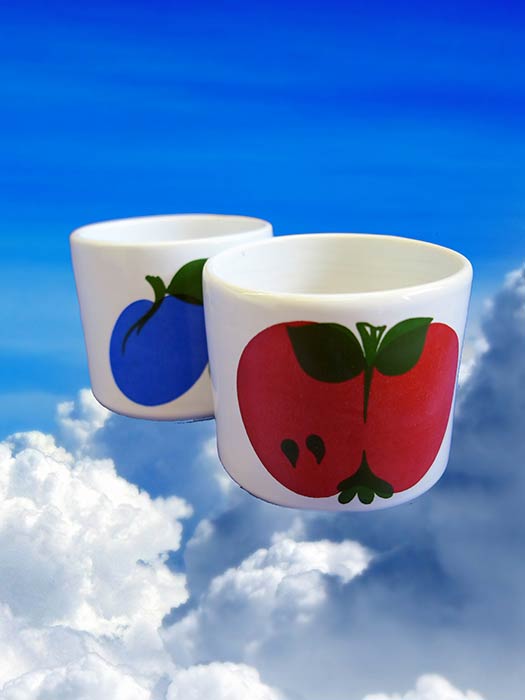
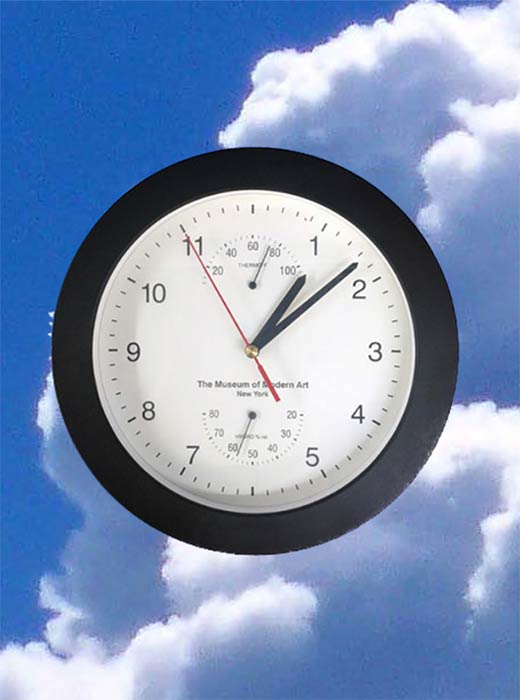
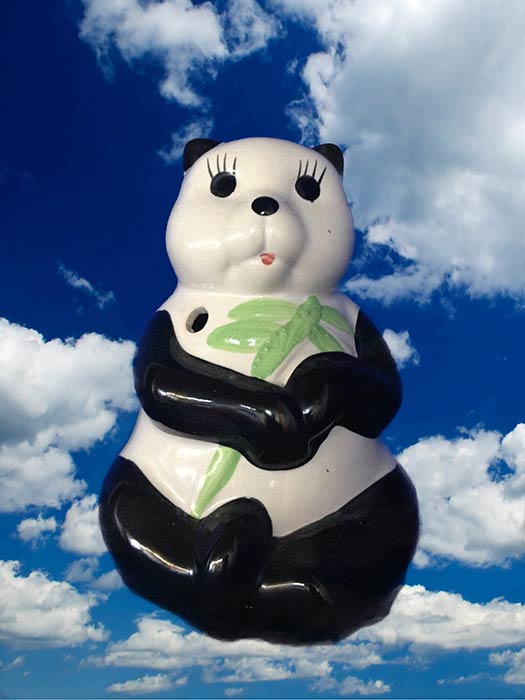
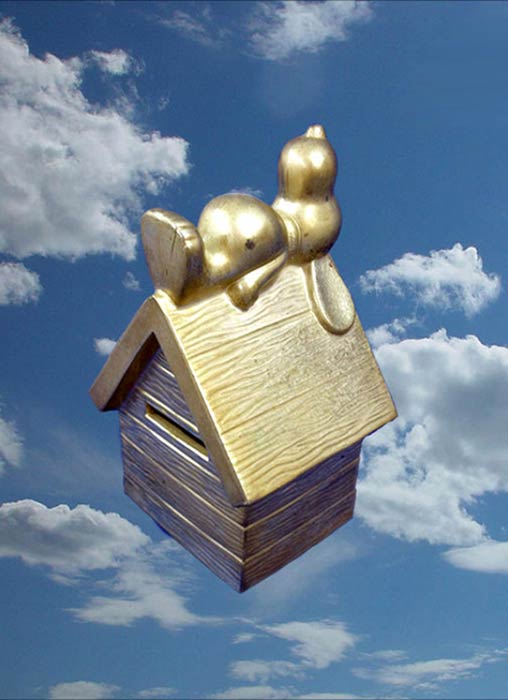

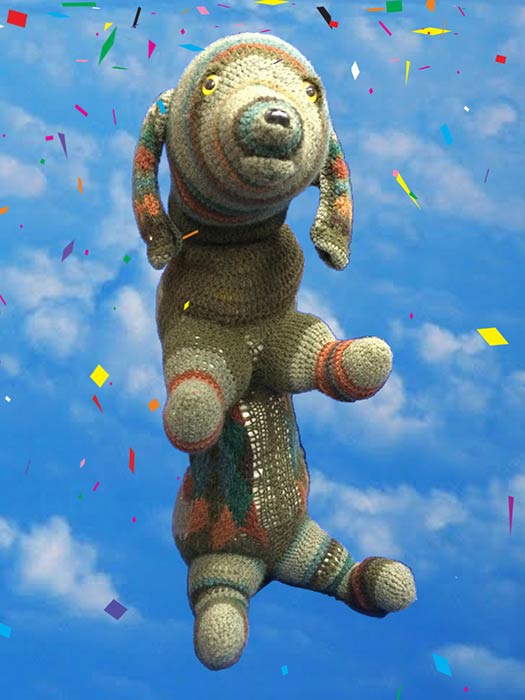

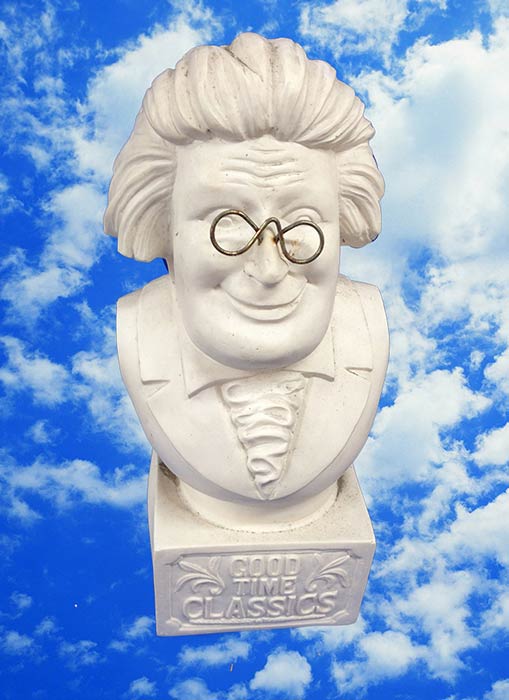
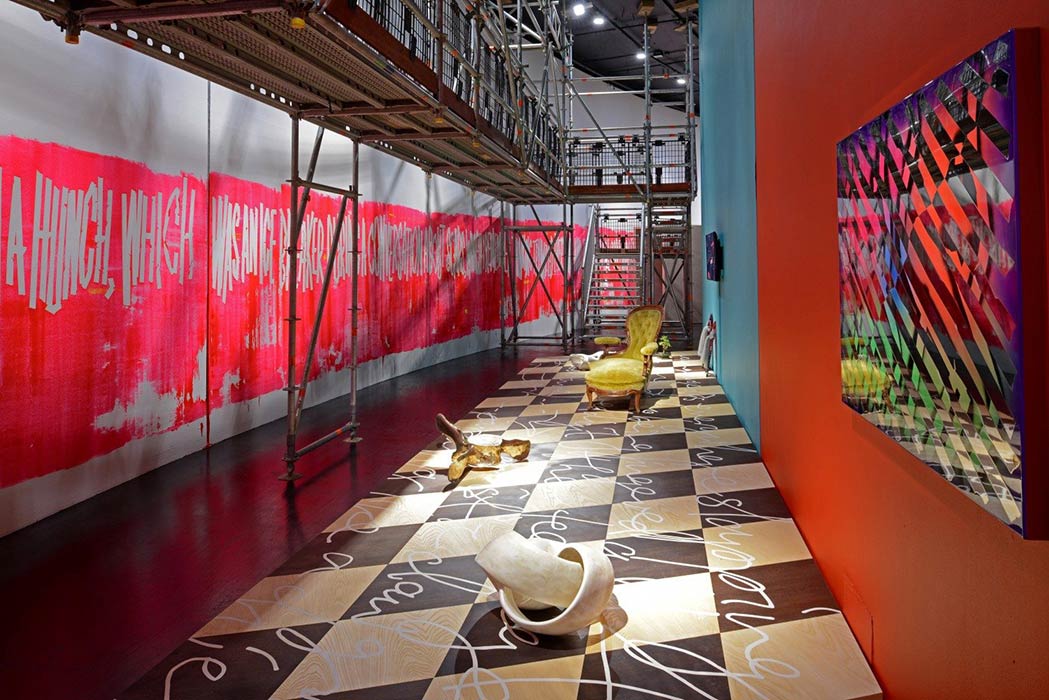
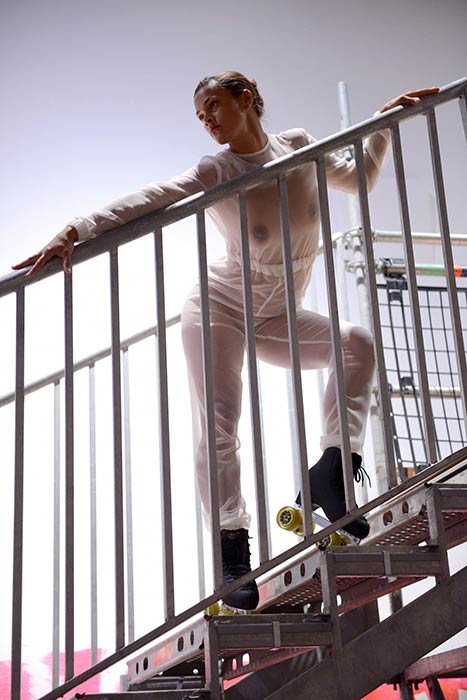
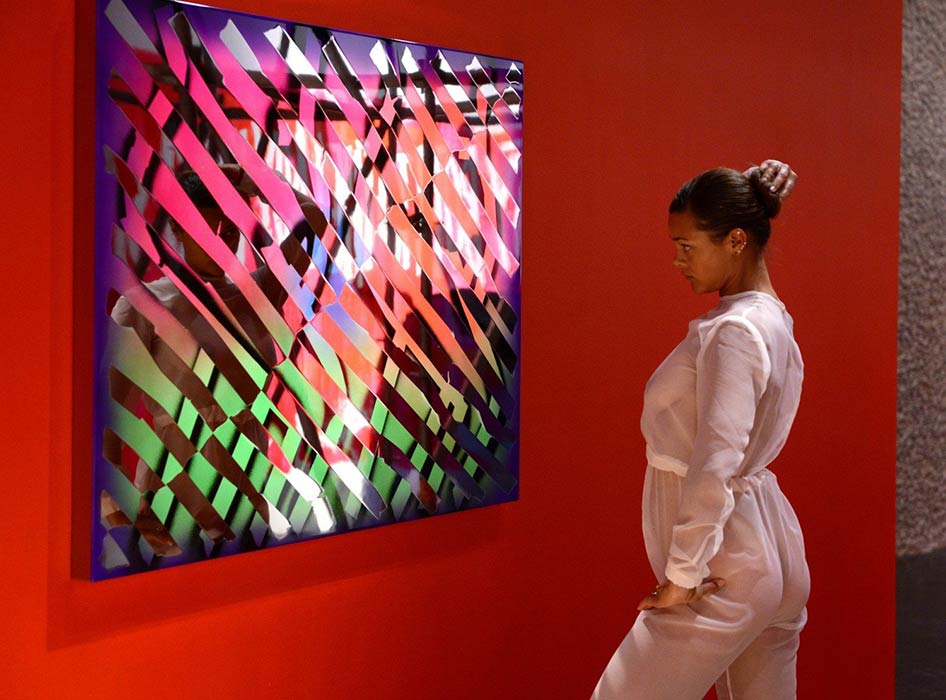
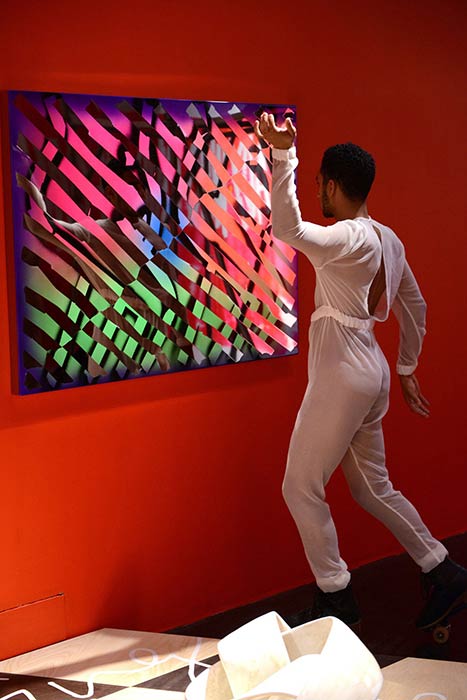
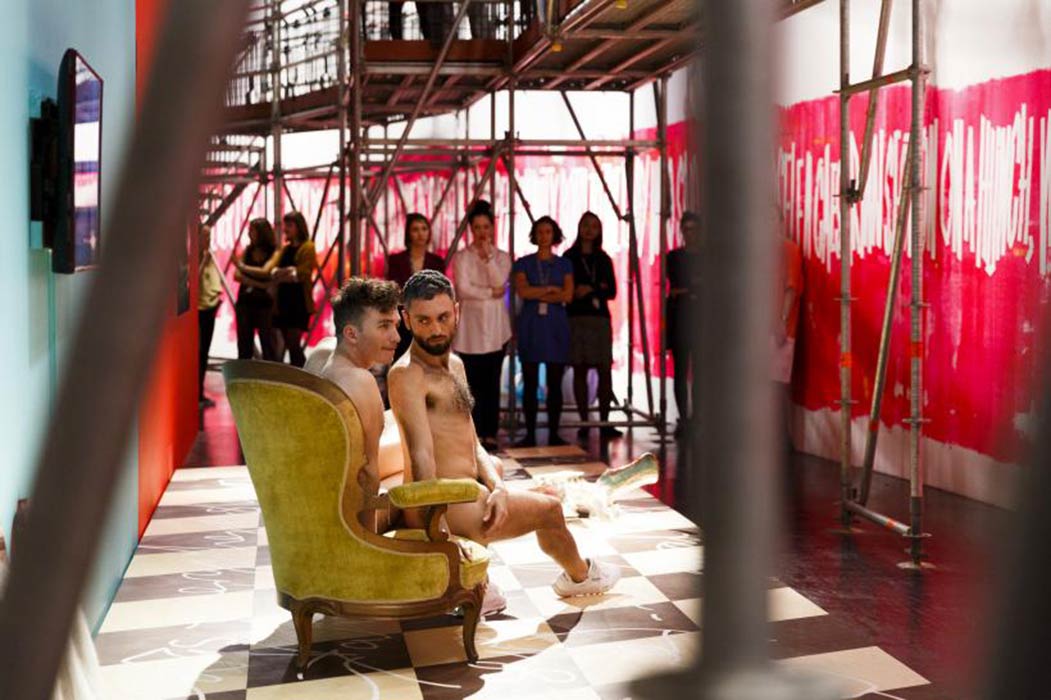
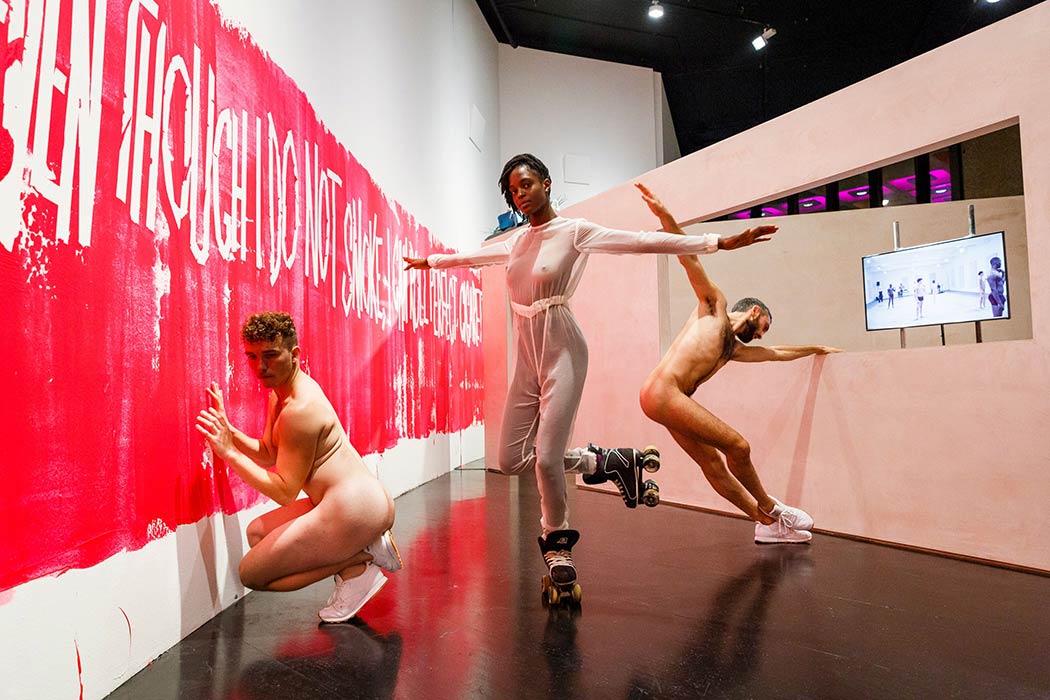
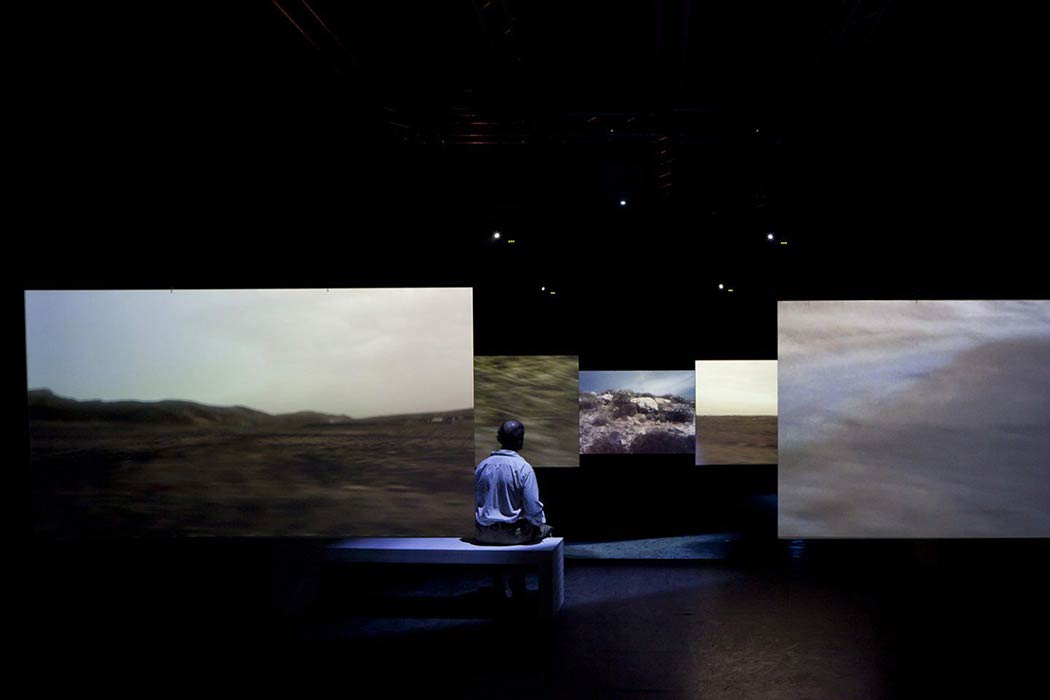
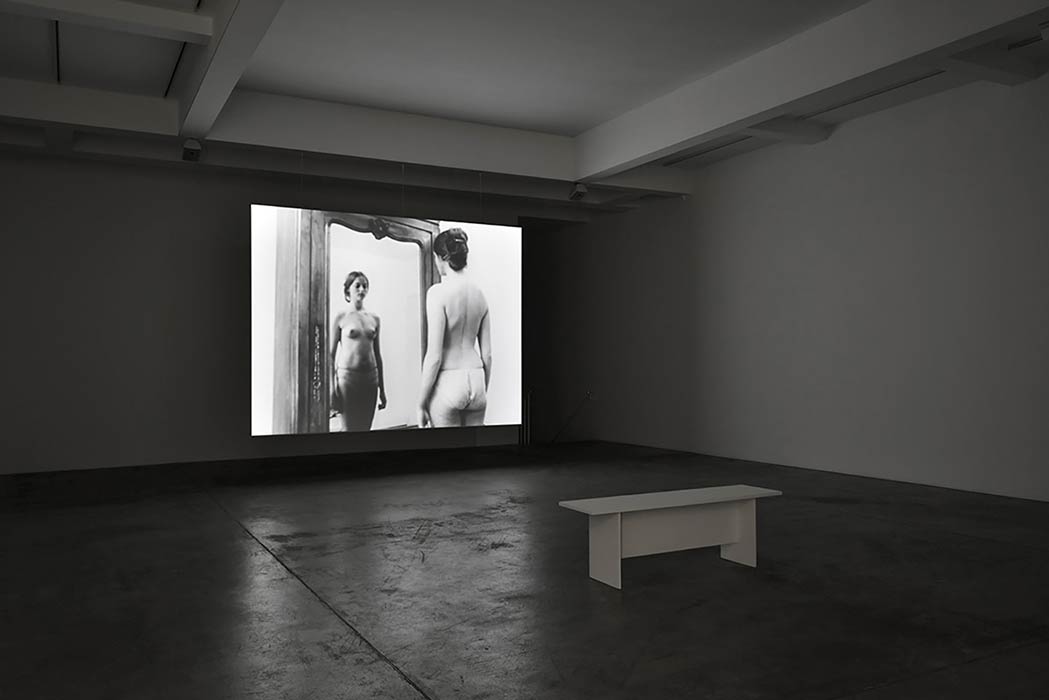
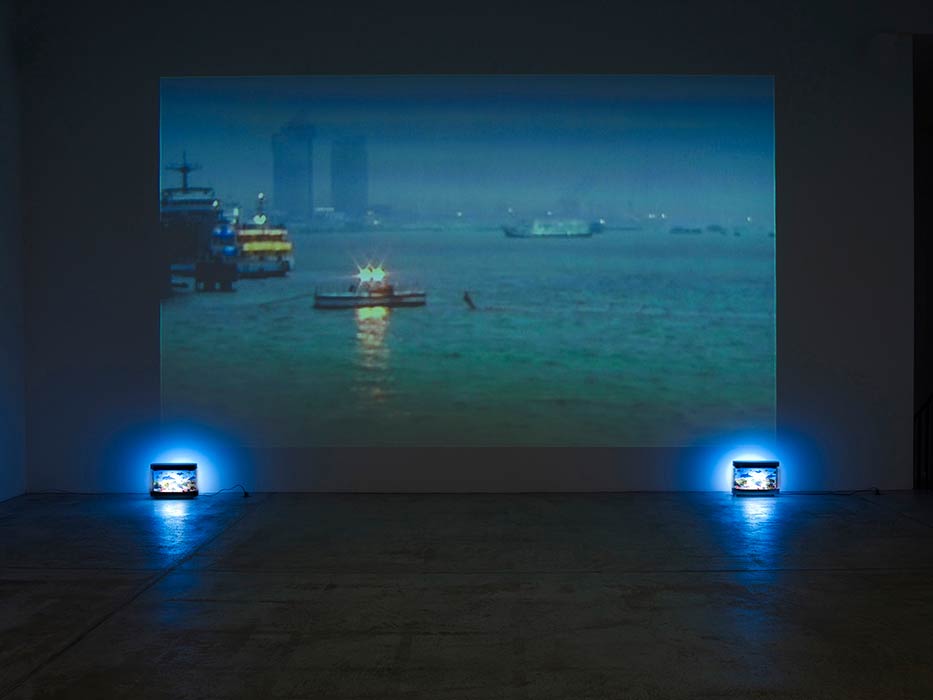
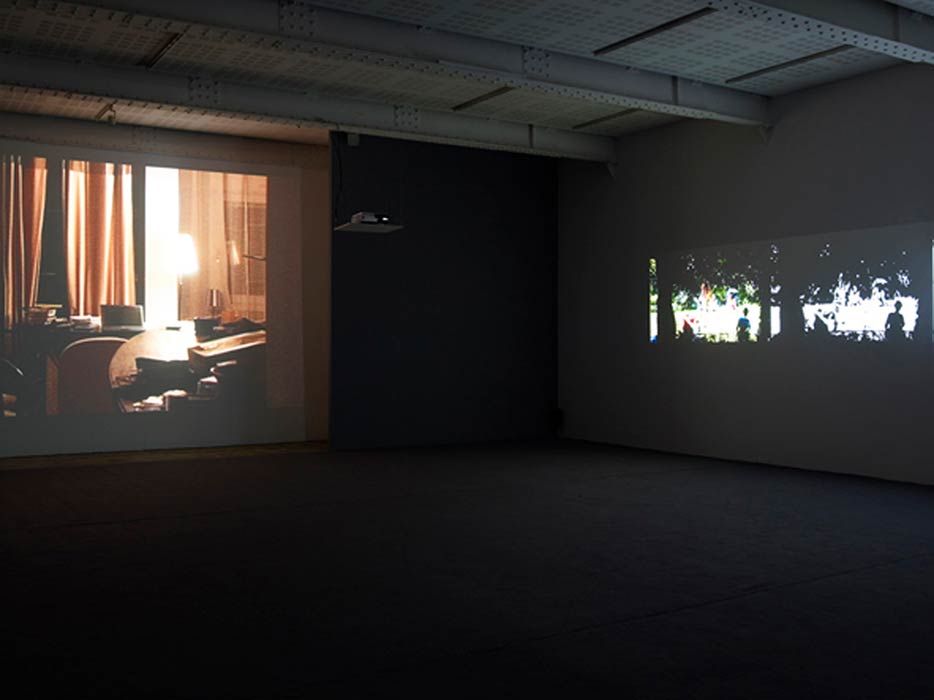
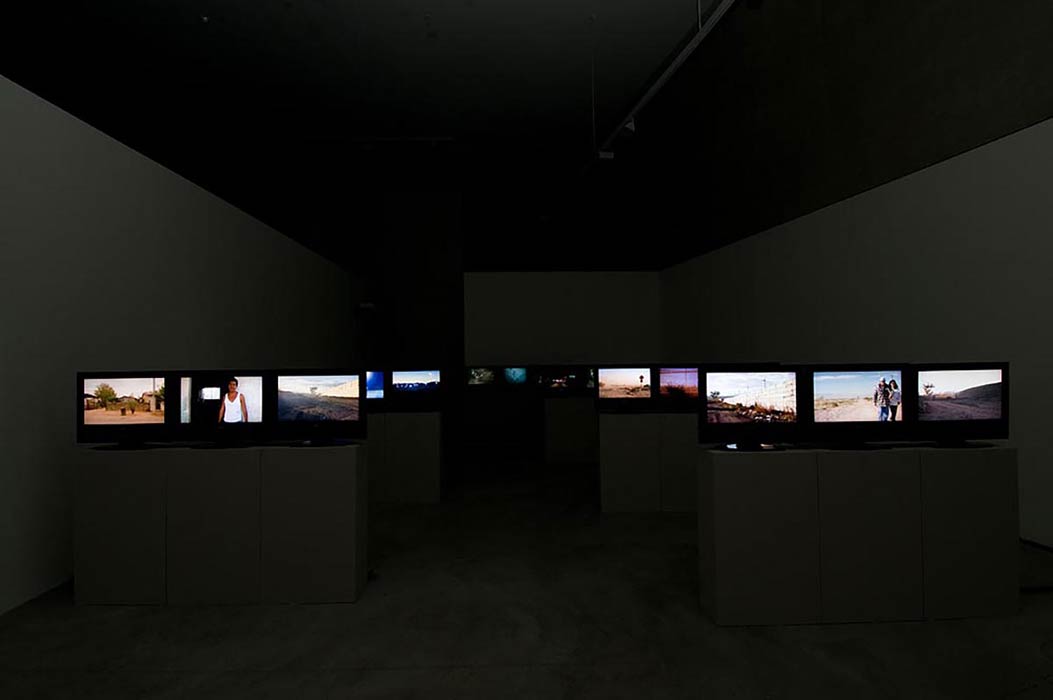
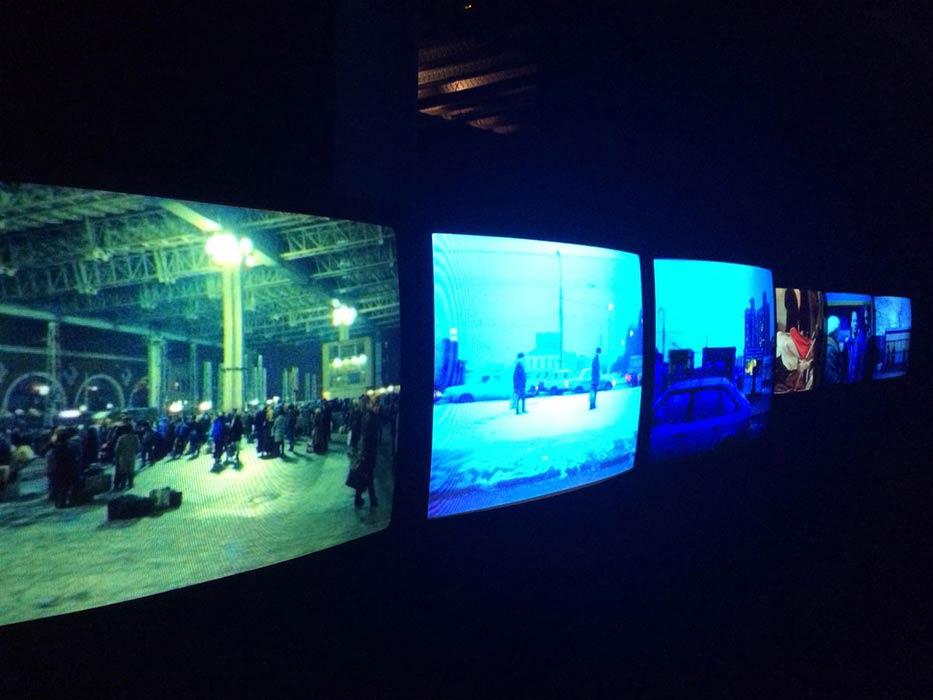
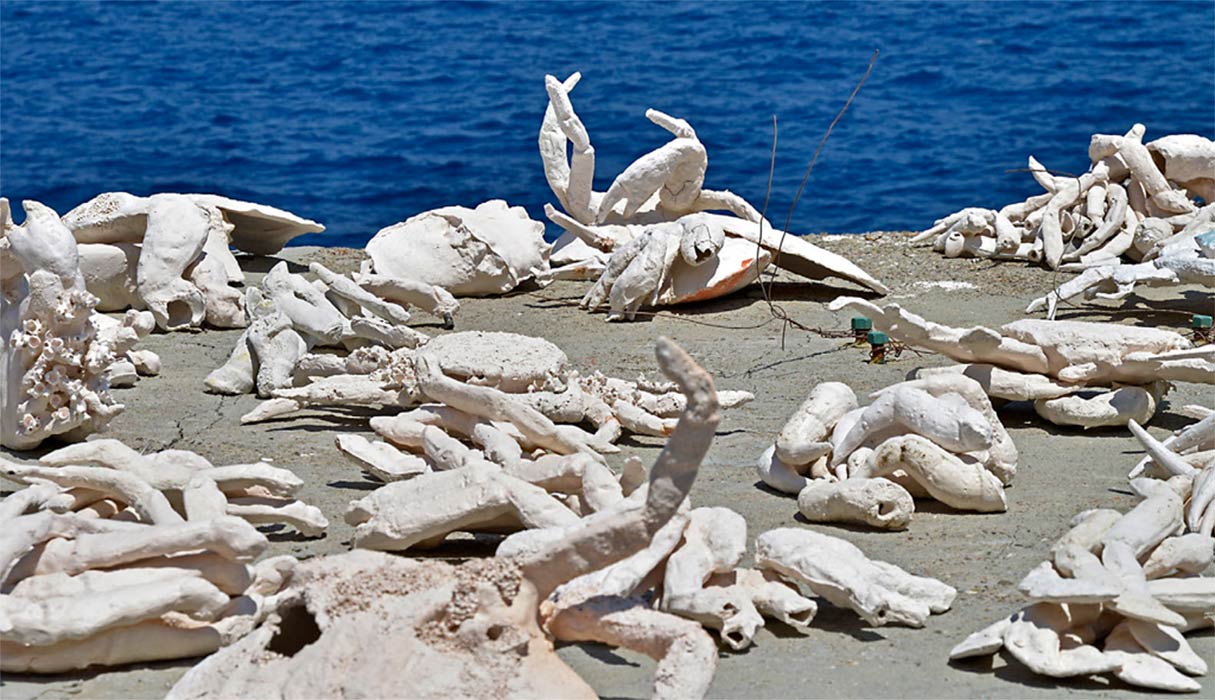
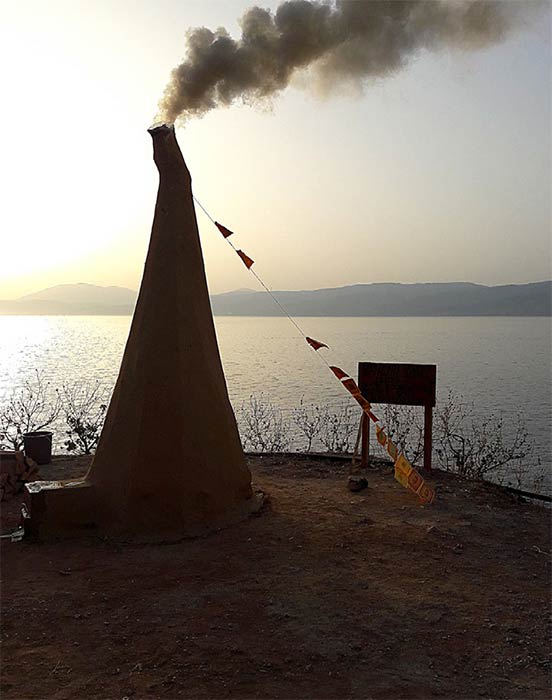
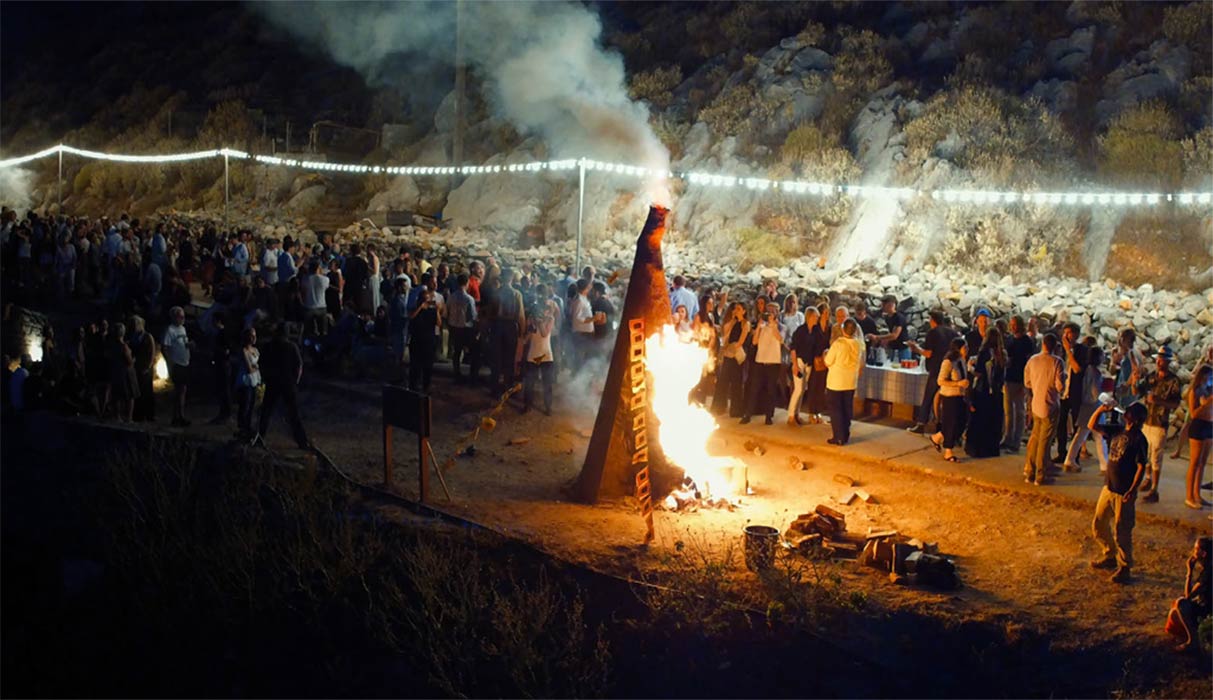
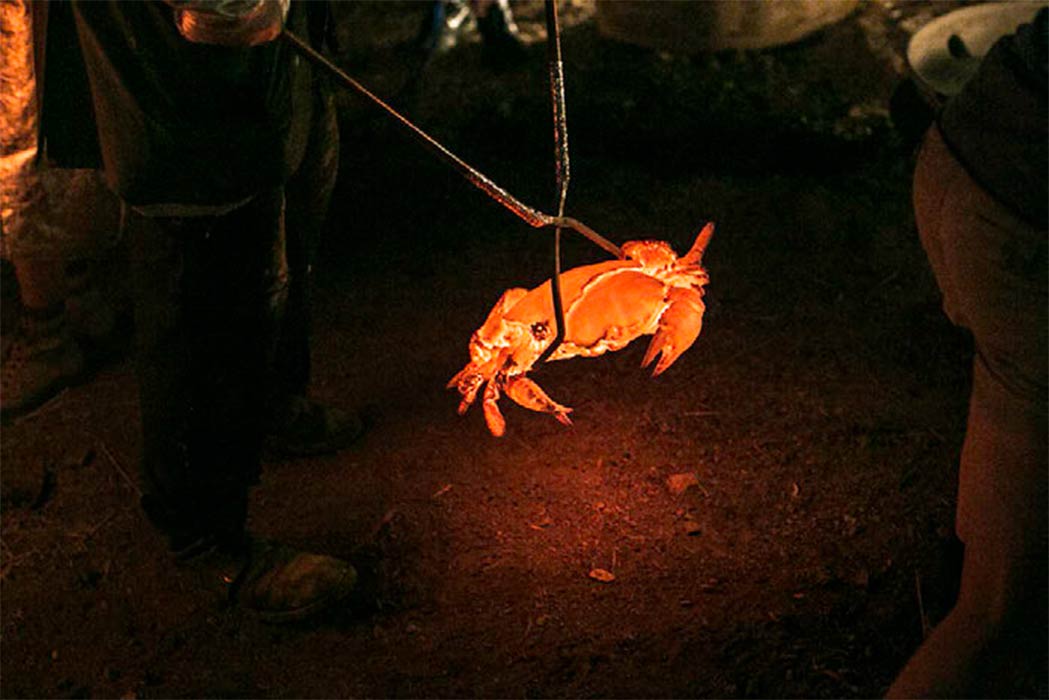
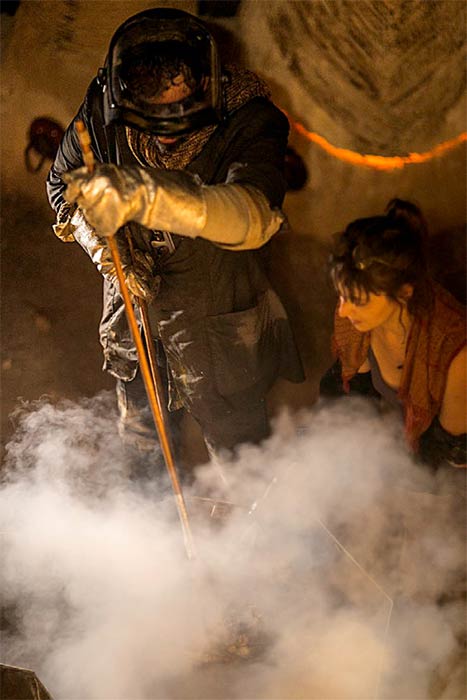

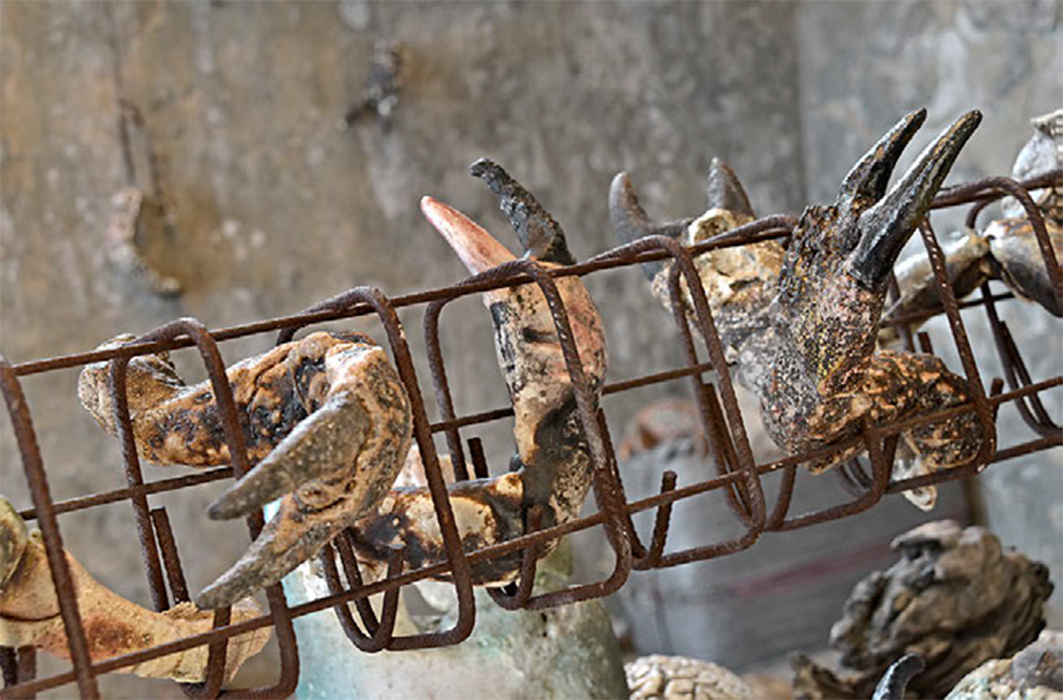
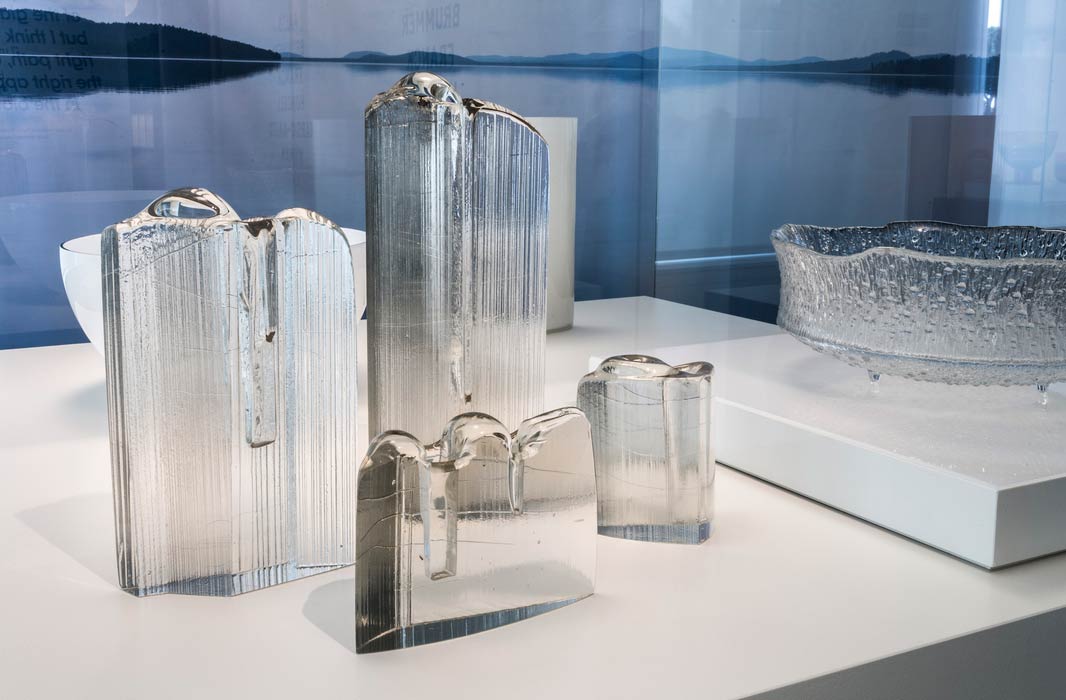
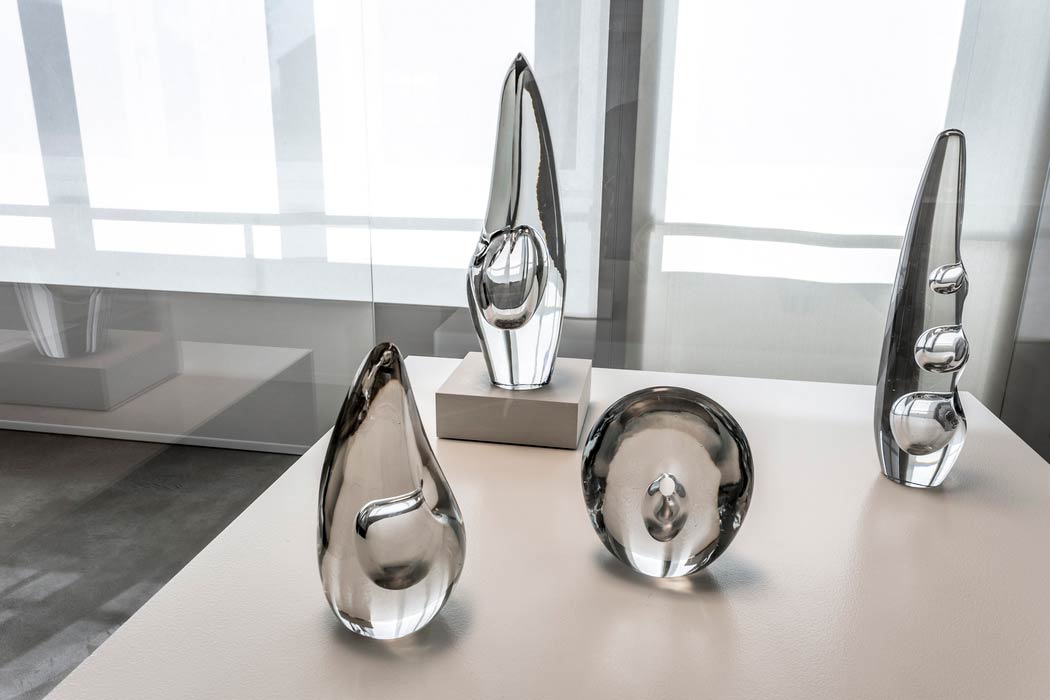
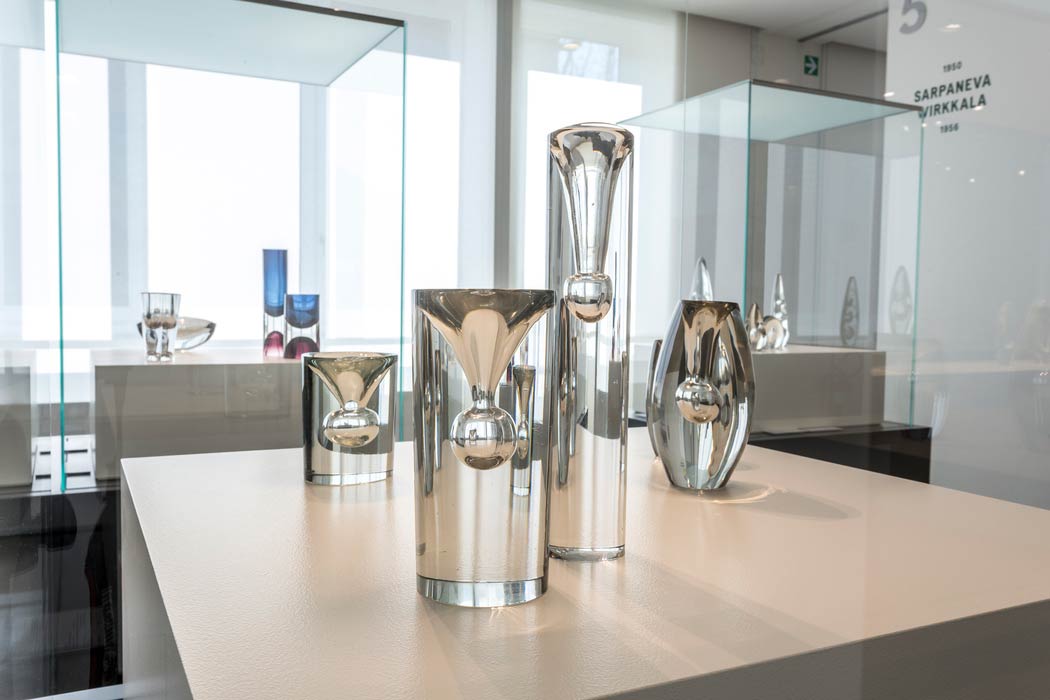
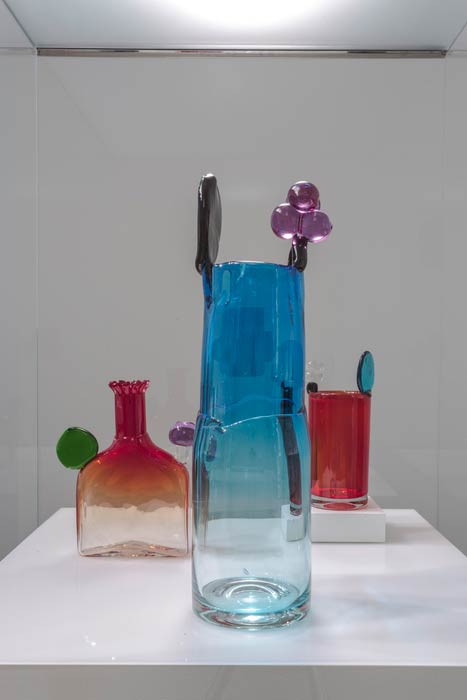
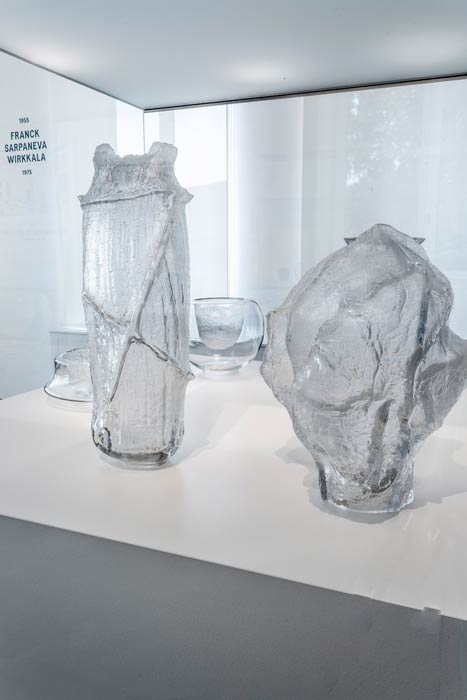
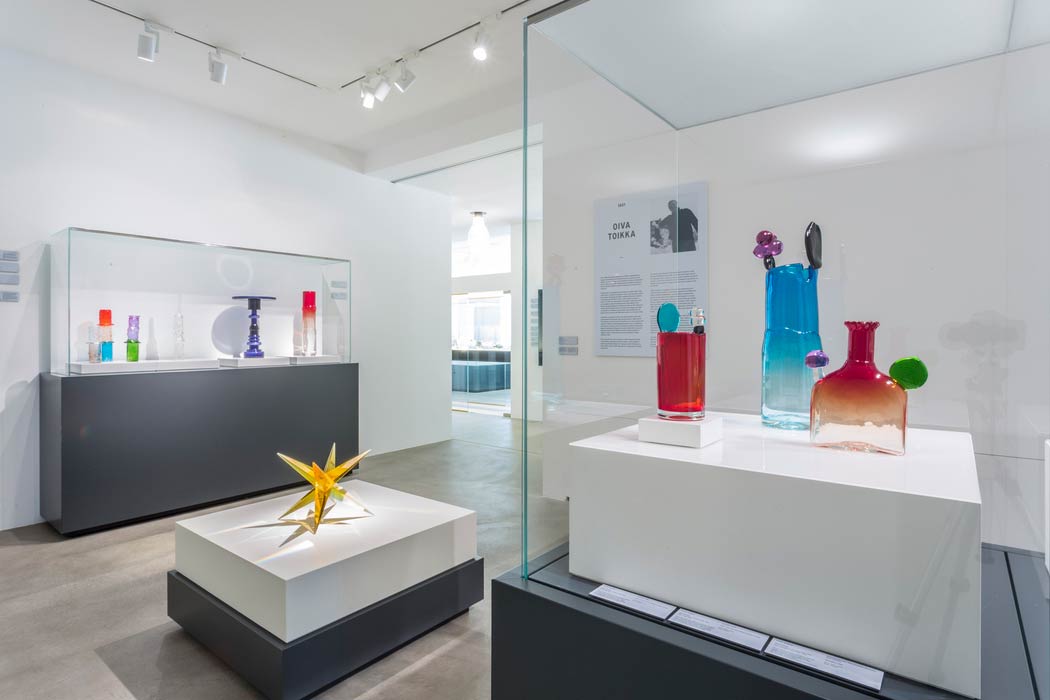
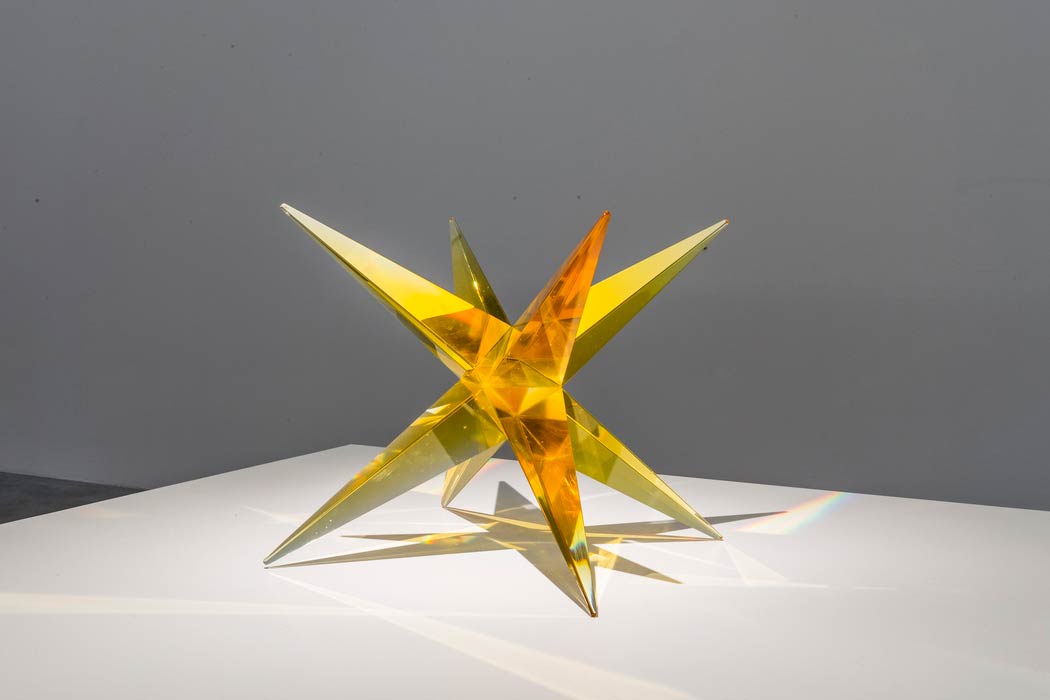
 © the artists and YSP. Photo © Jonty Wilde.jpg)
 © the artists and YSP. Photo © Jonty Wilde.jpg)
 © the artists and YSP. Photo © Jonty Wilde.jpg)
